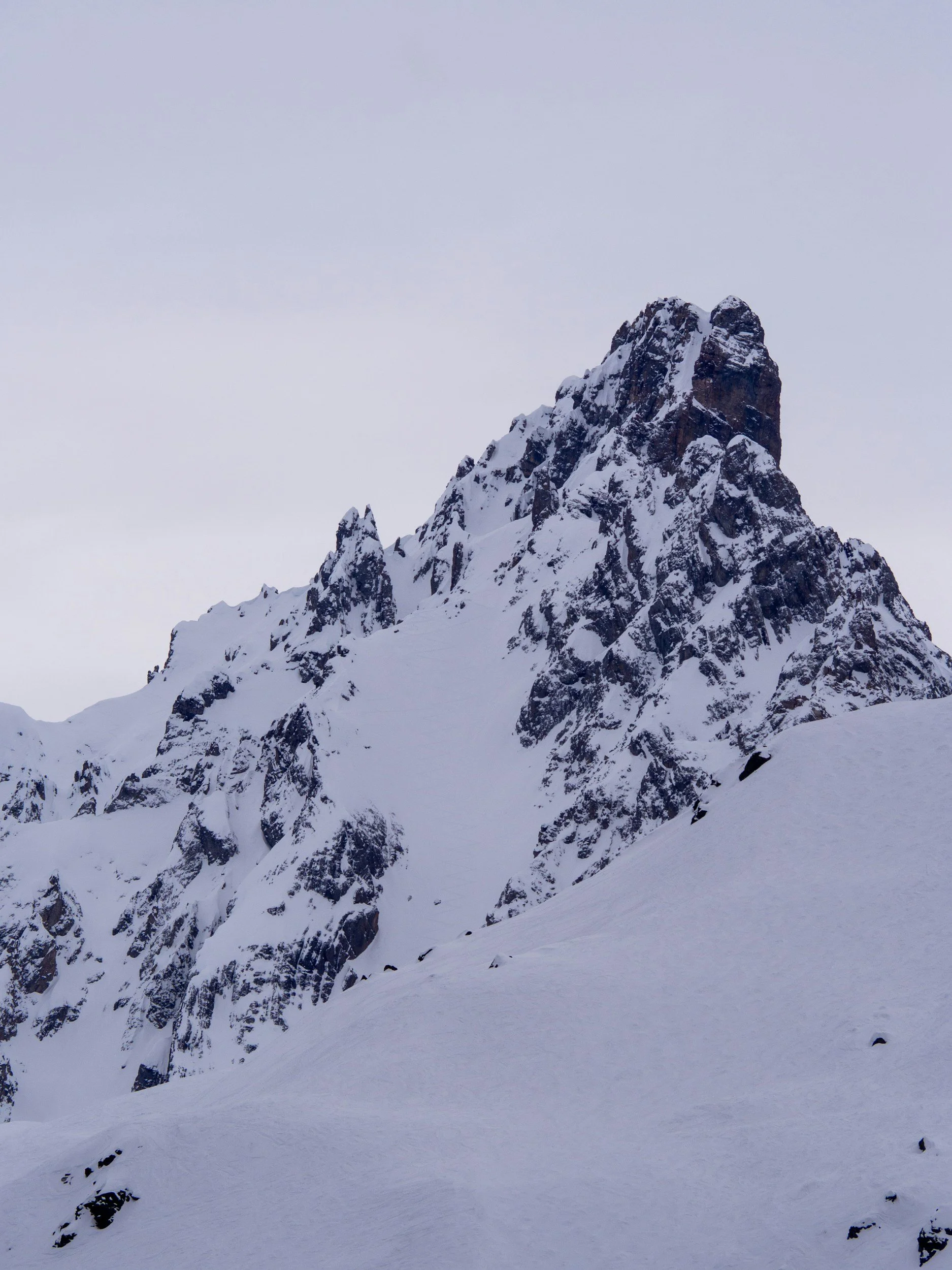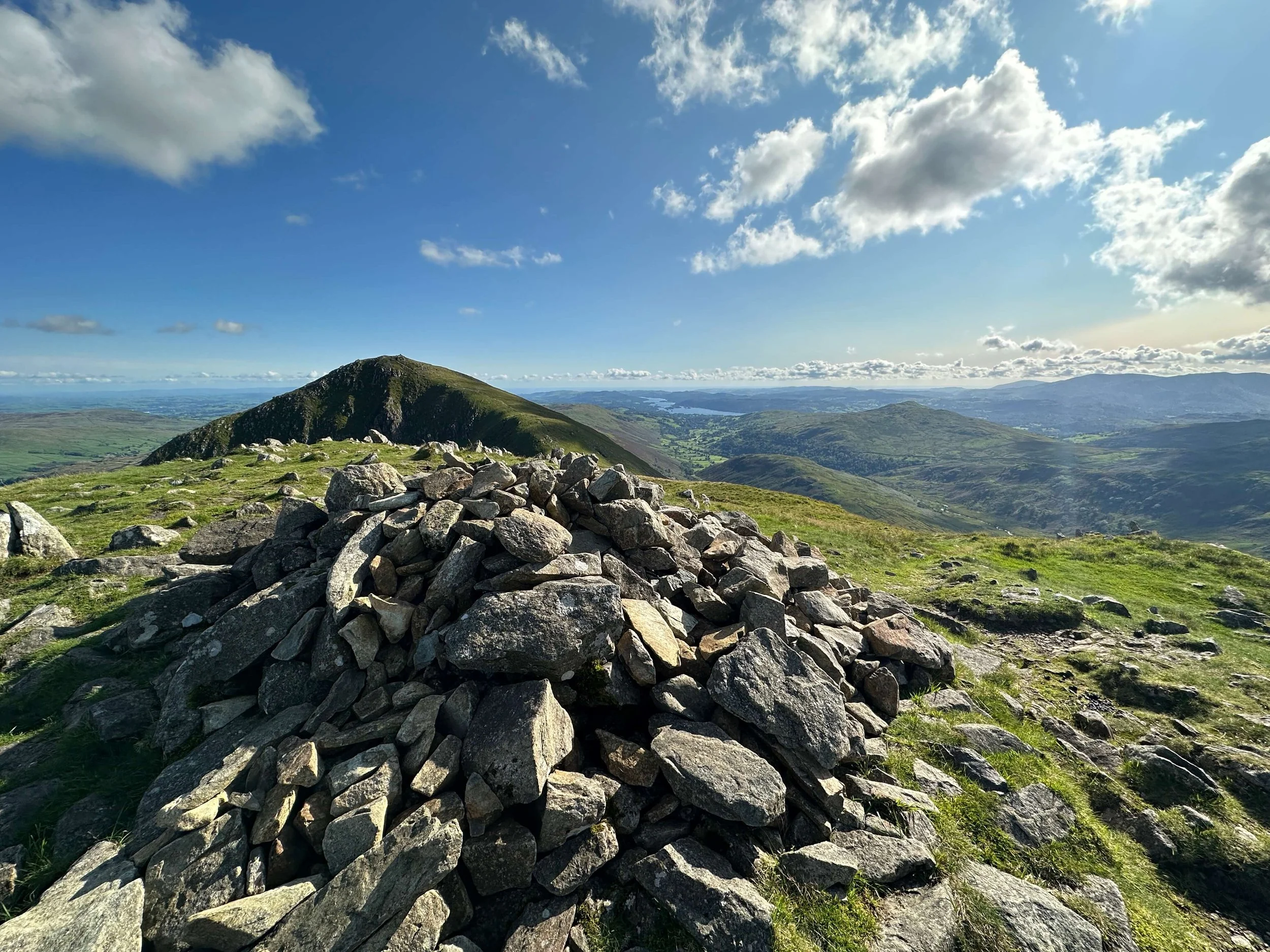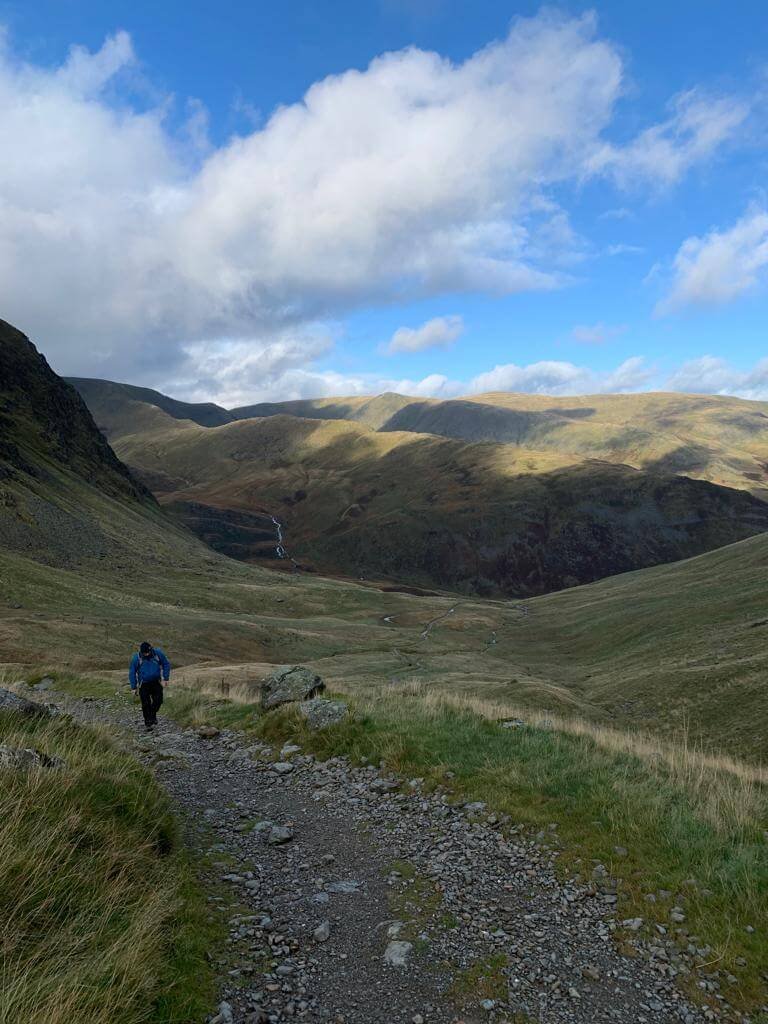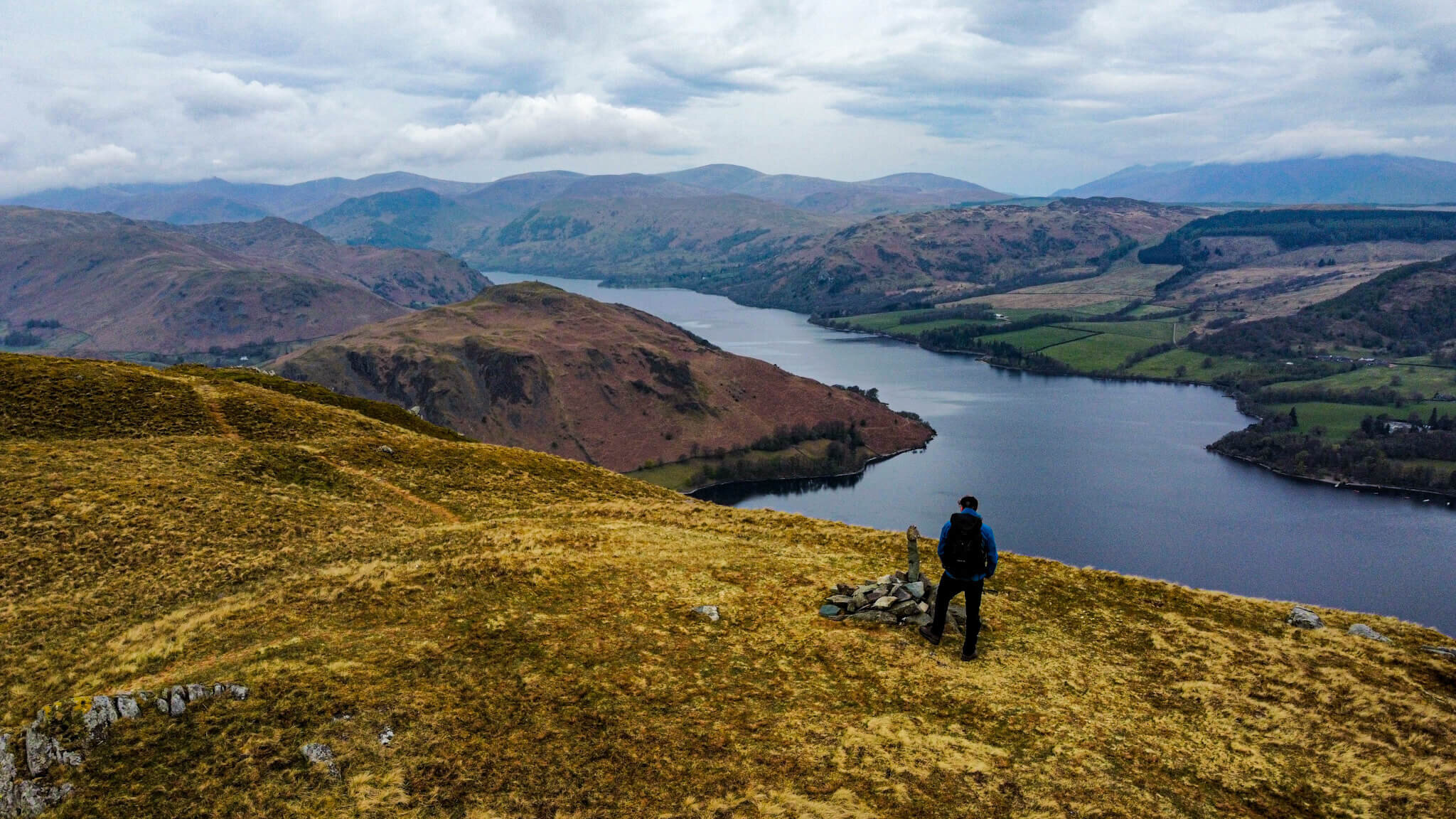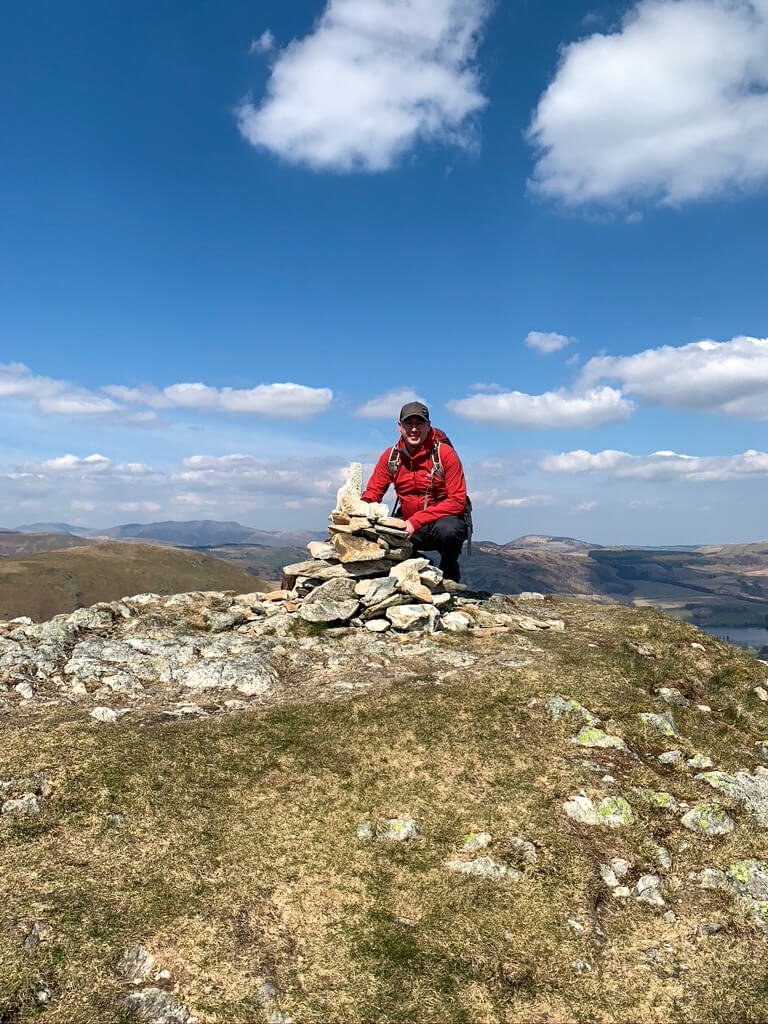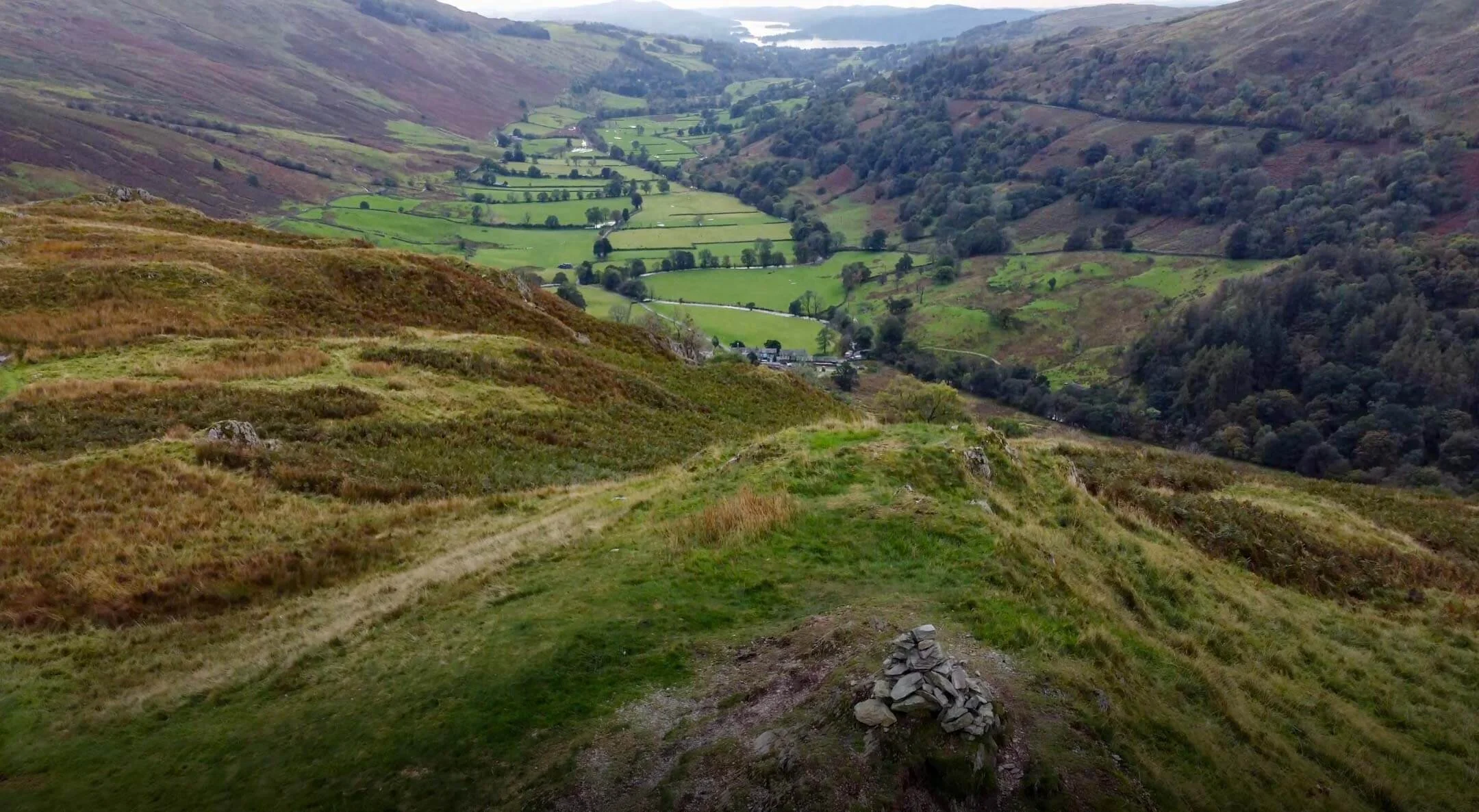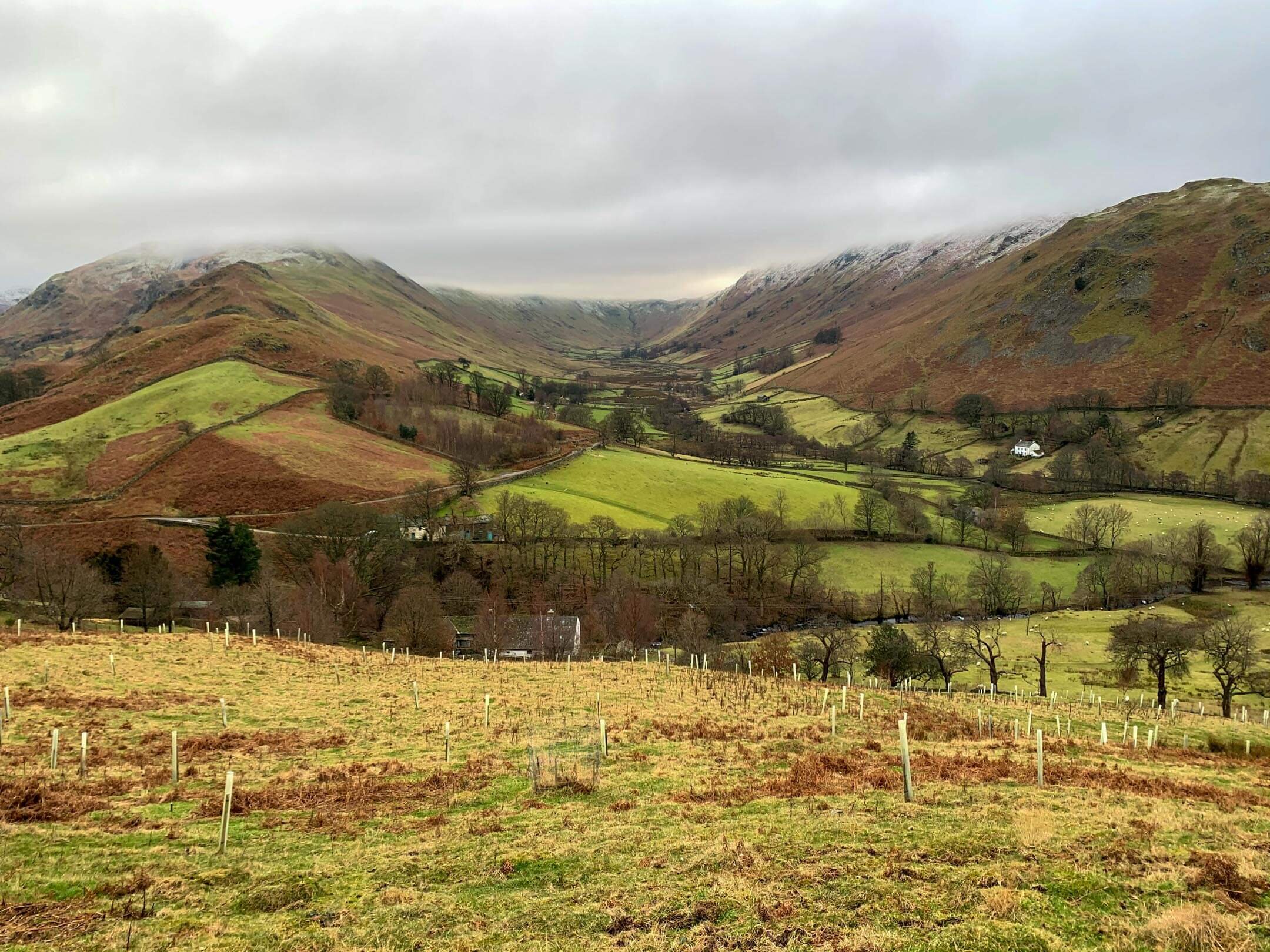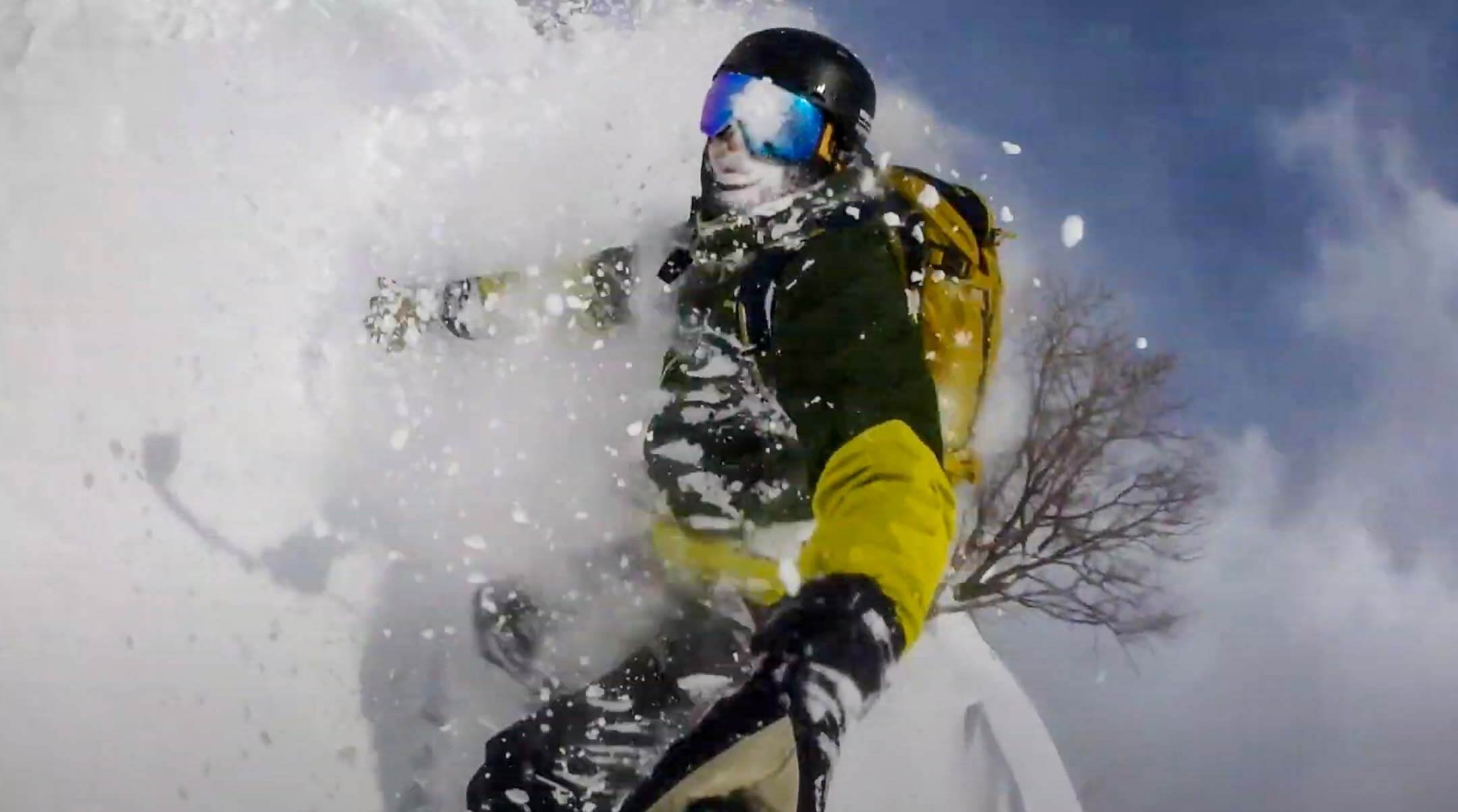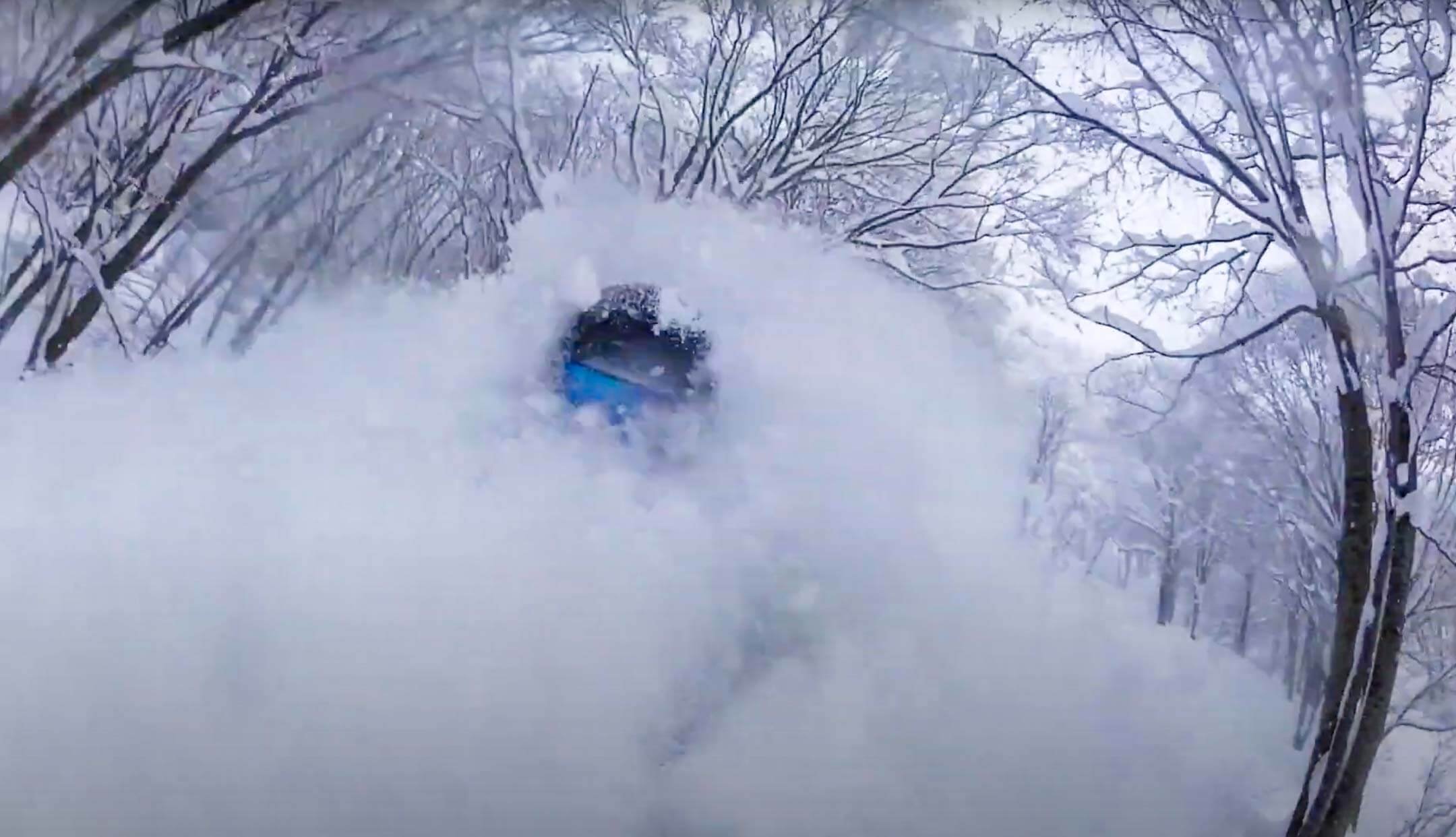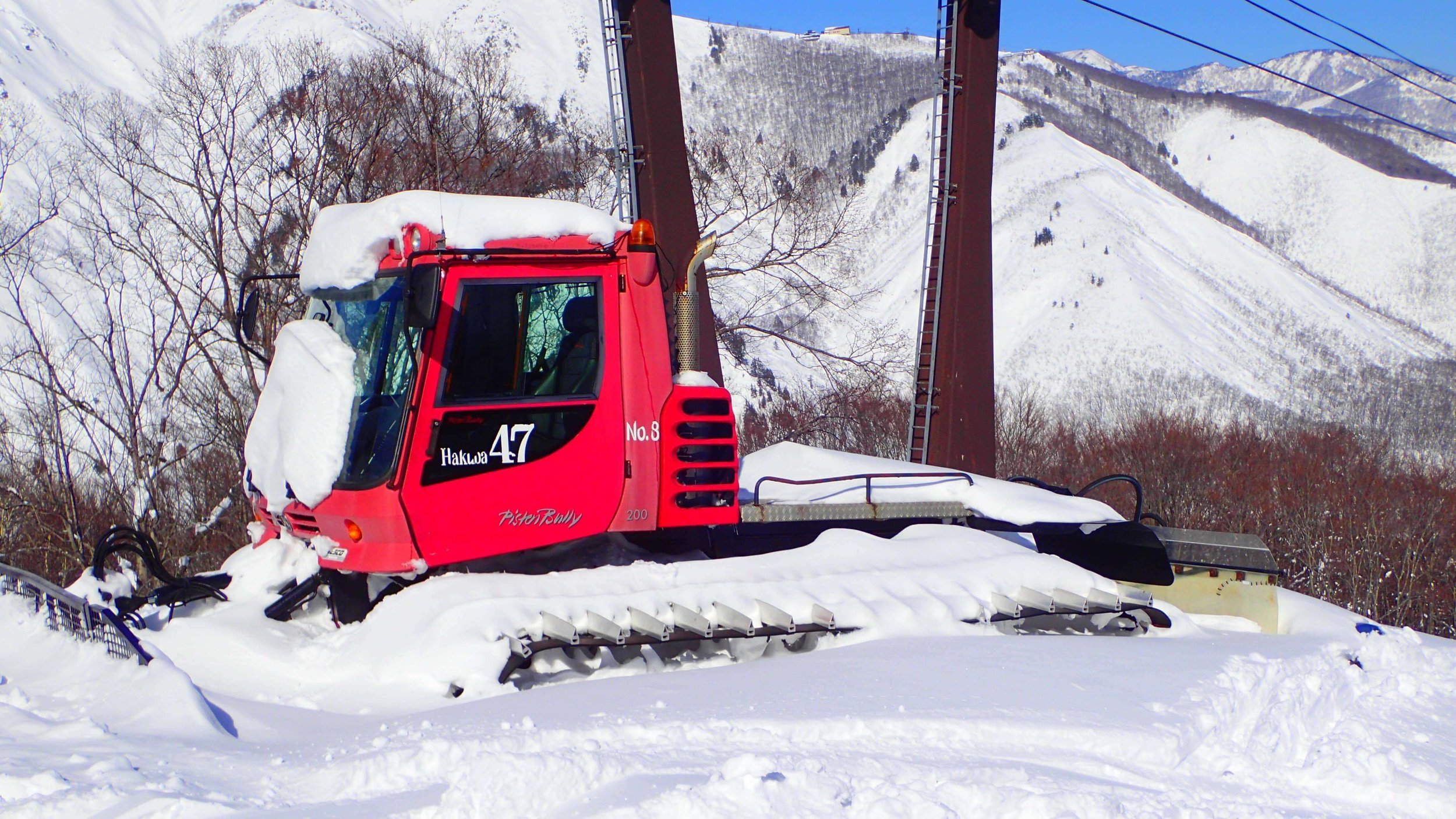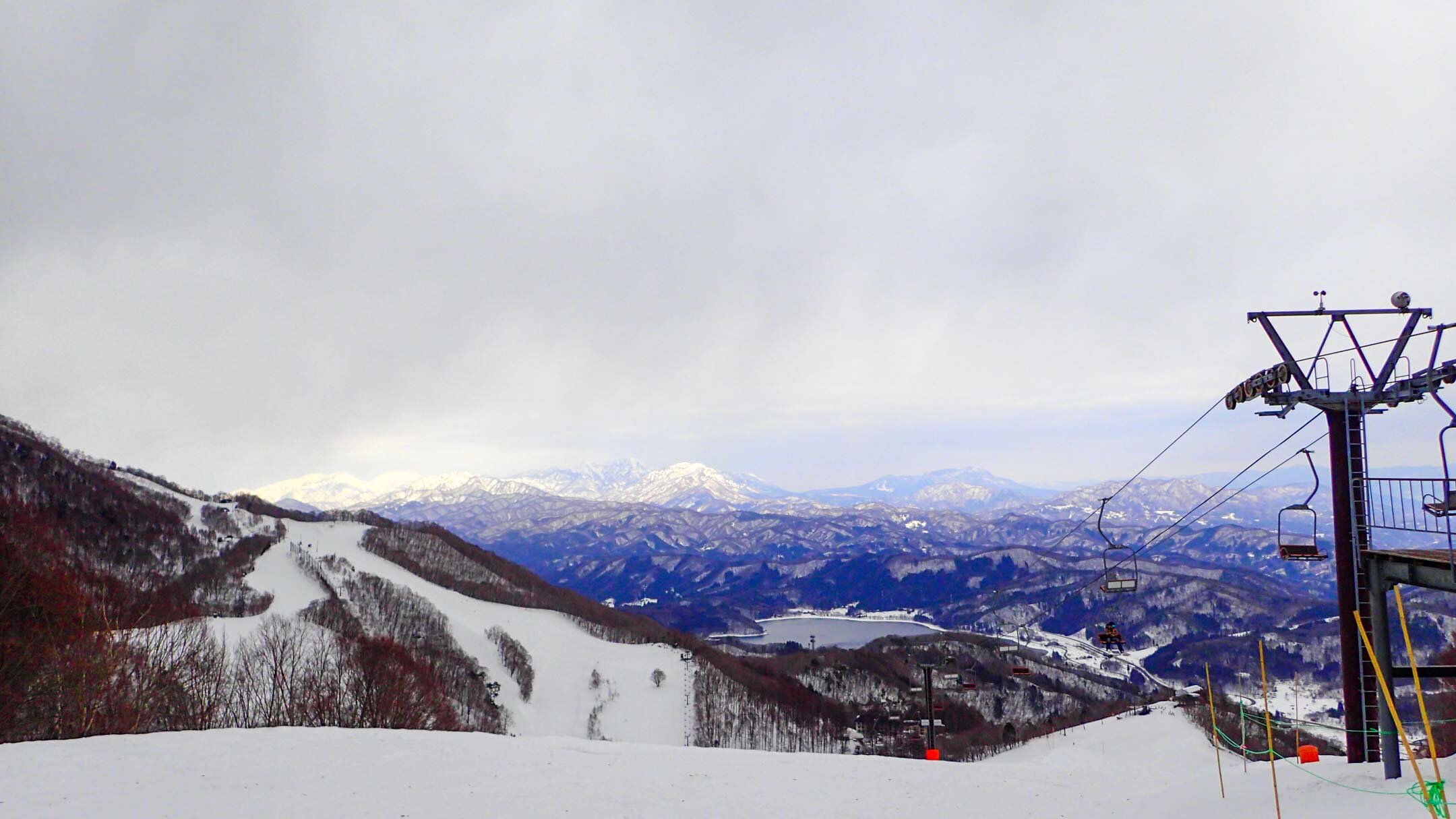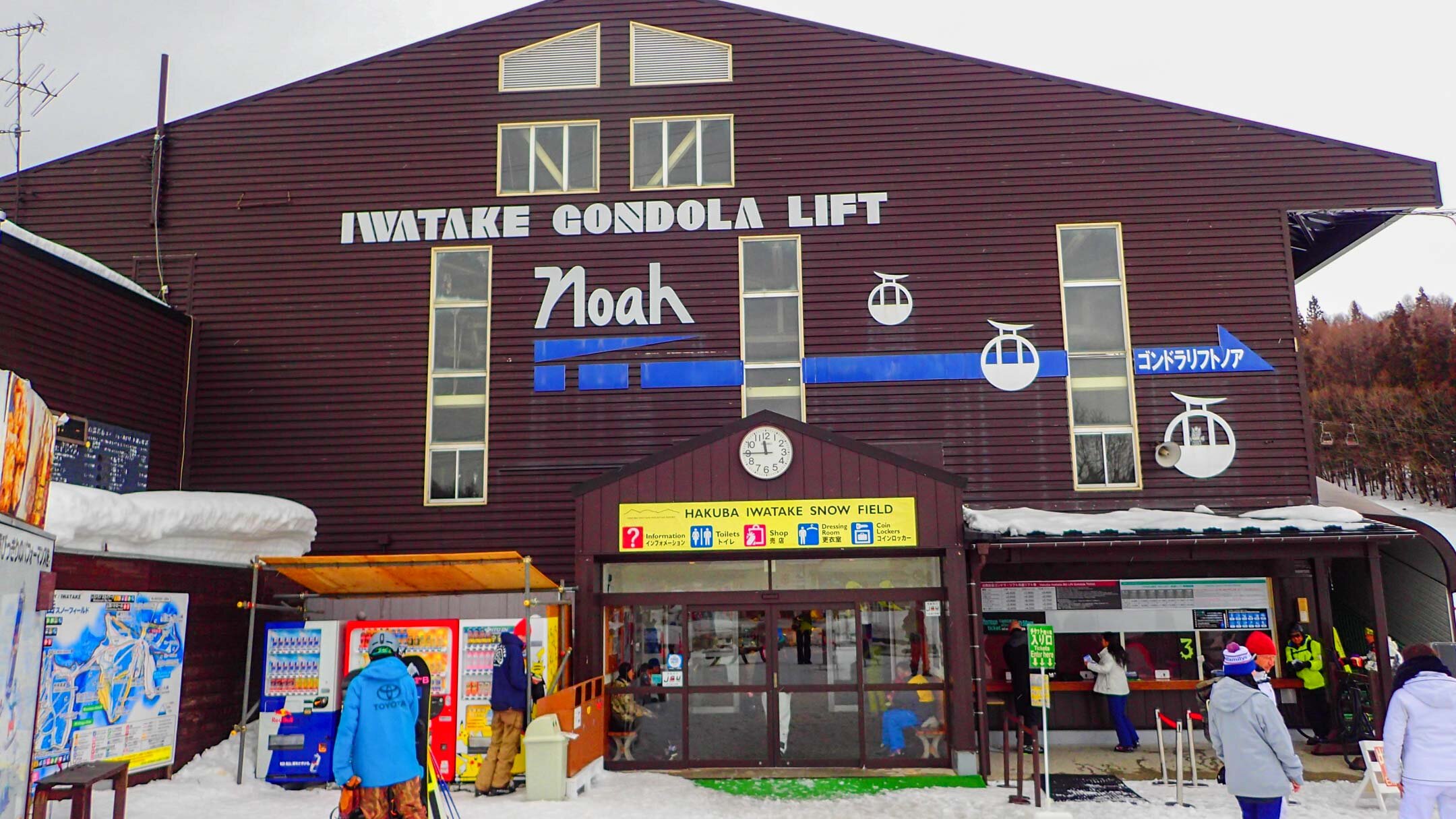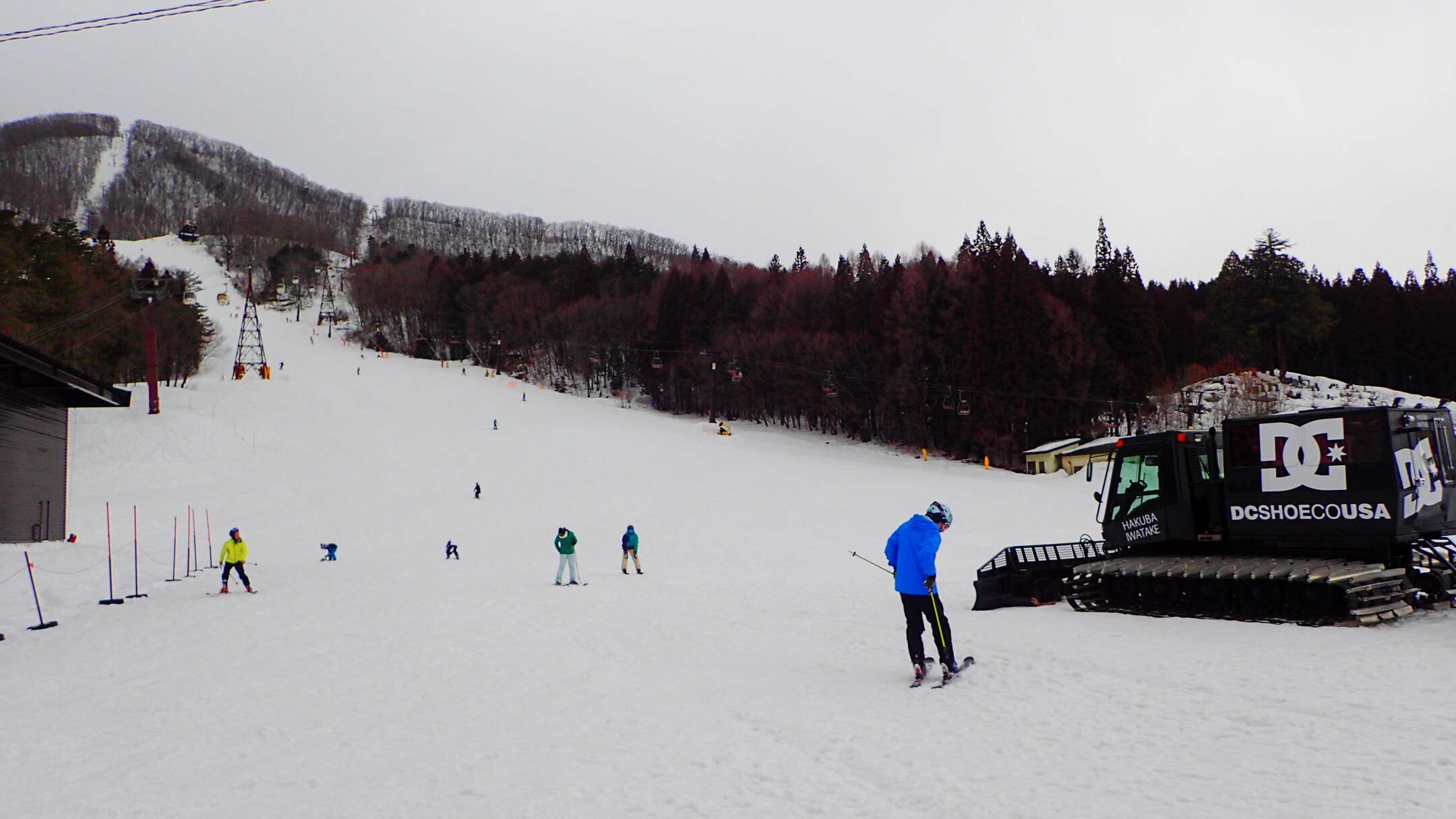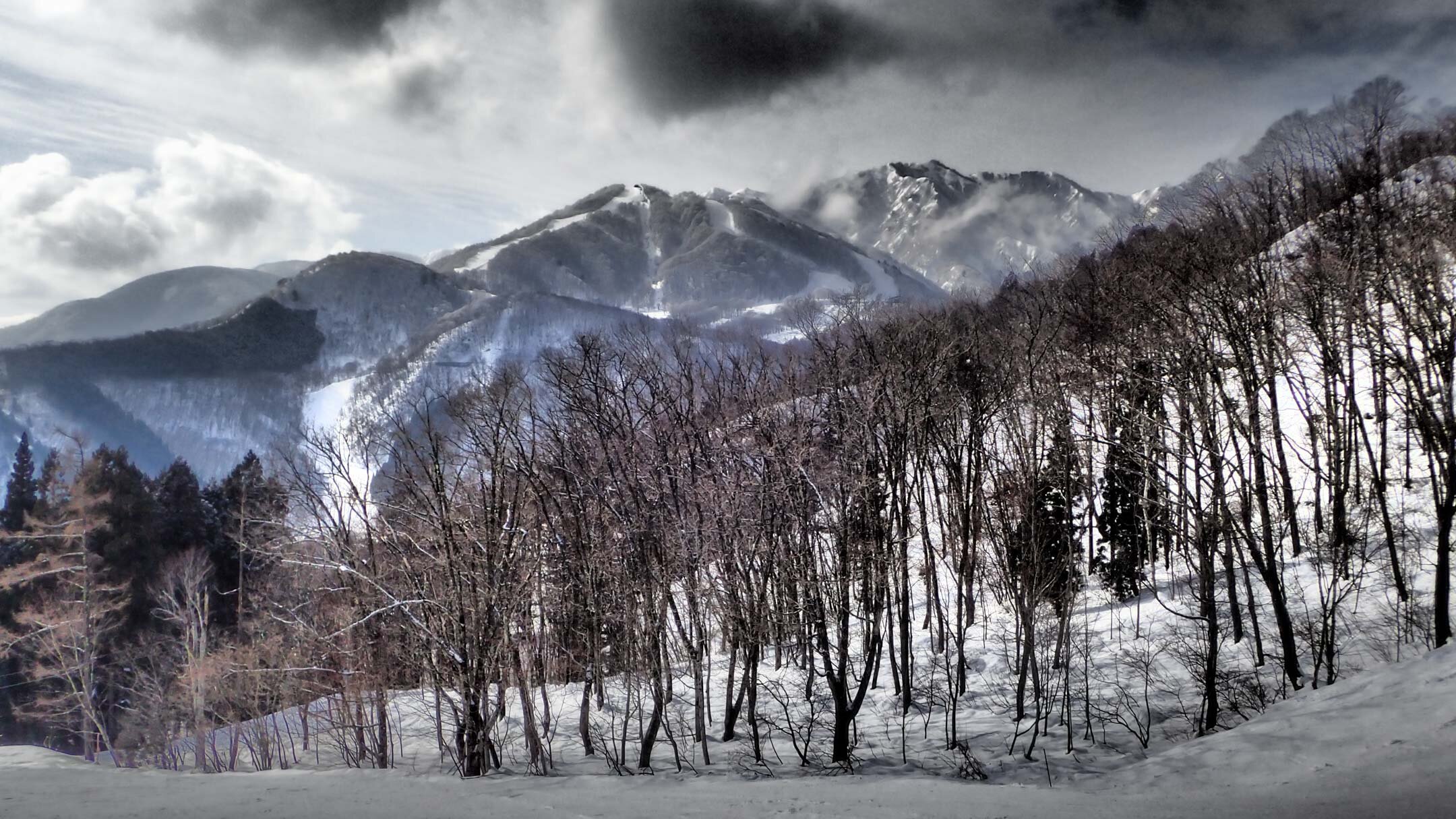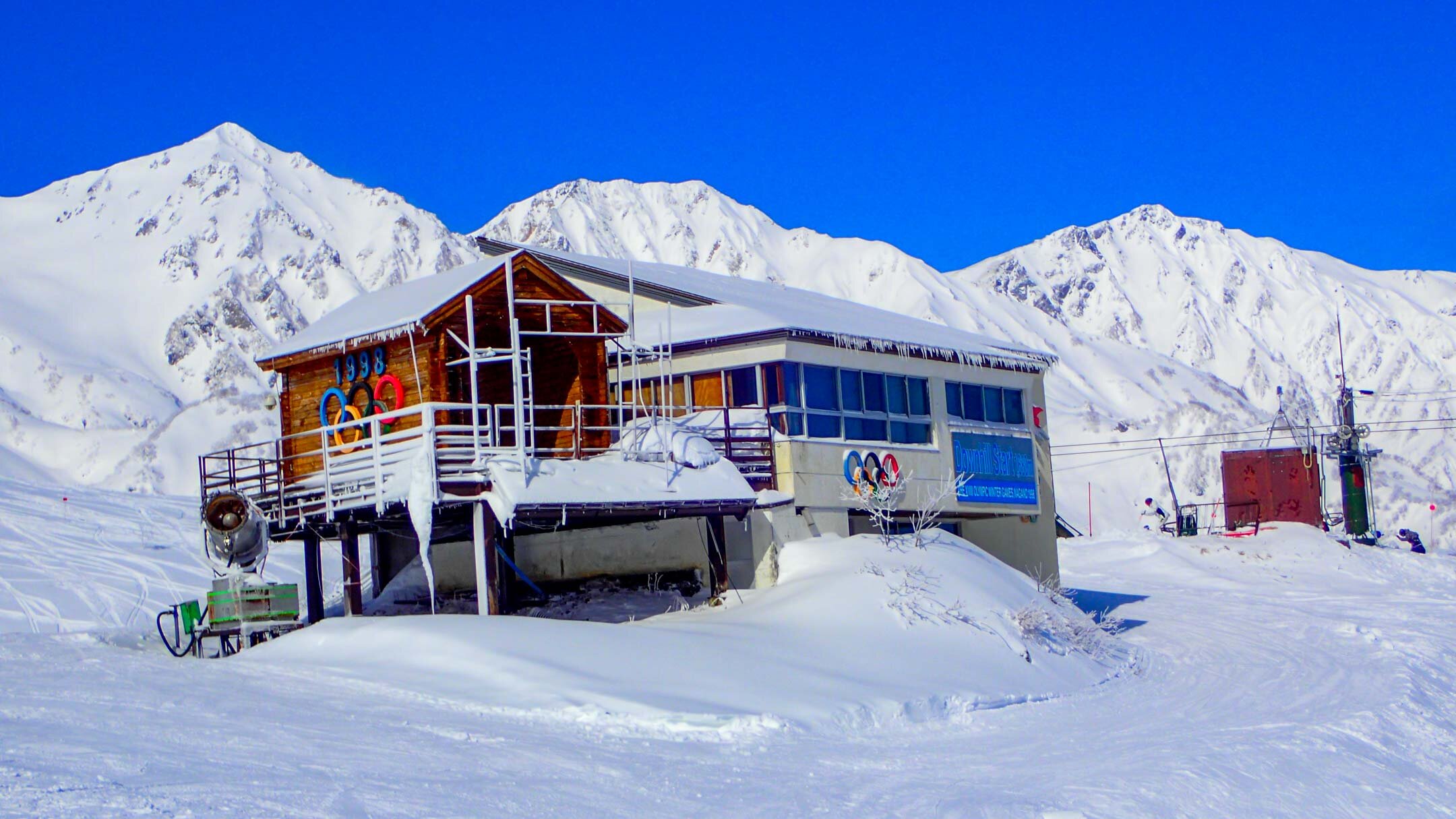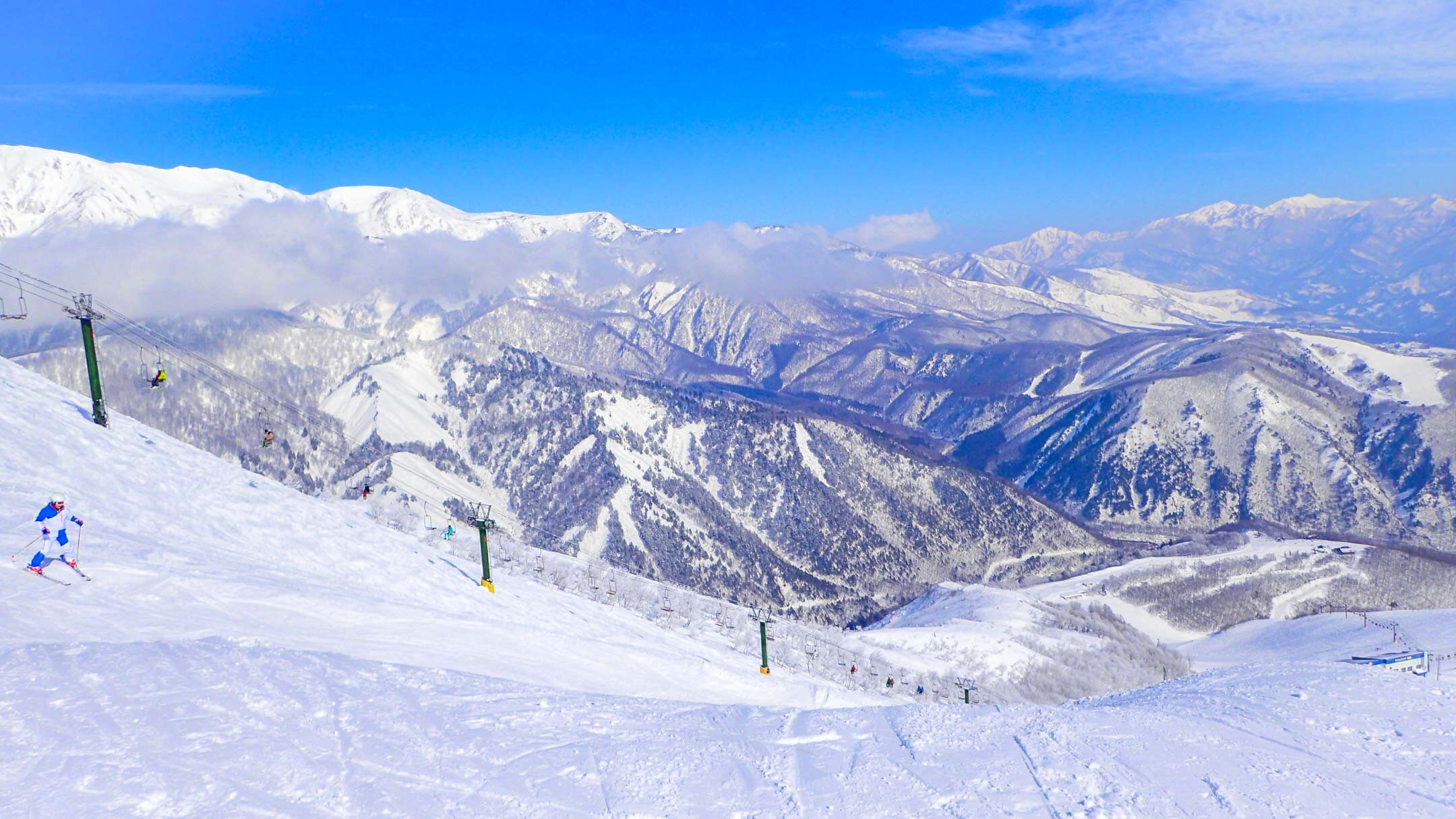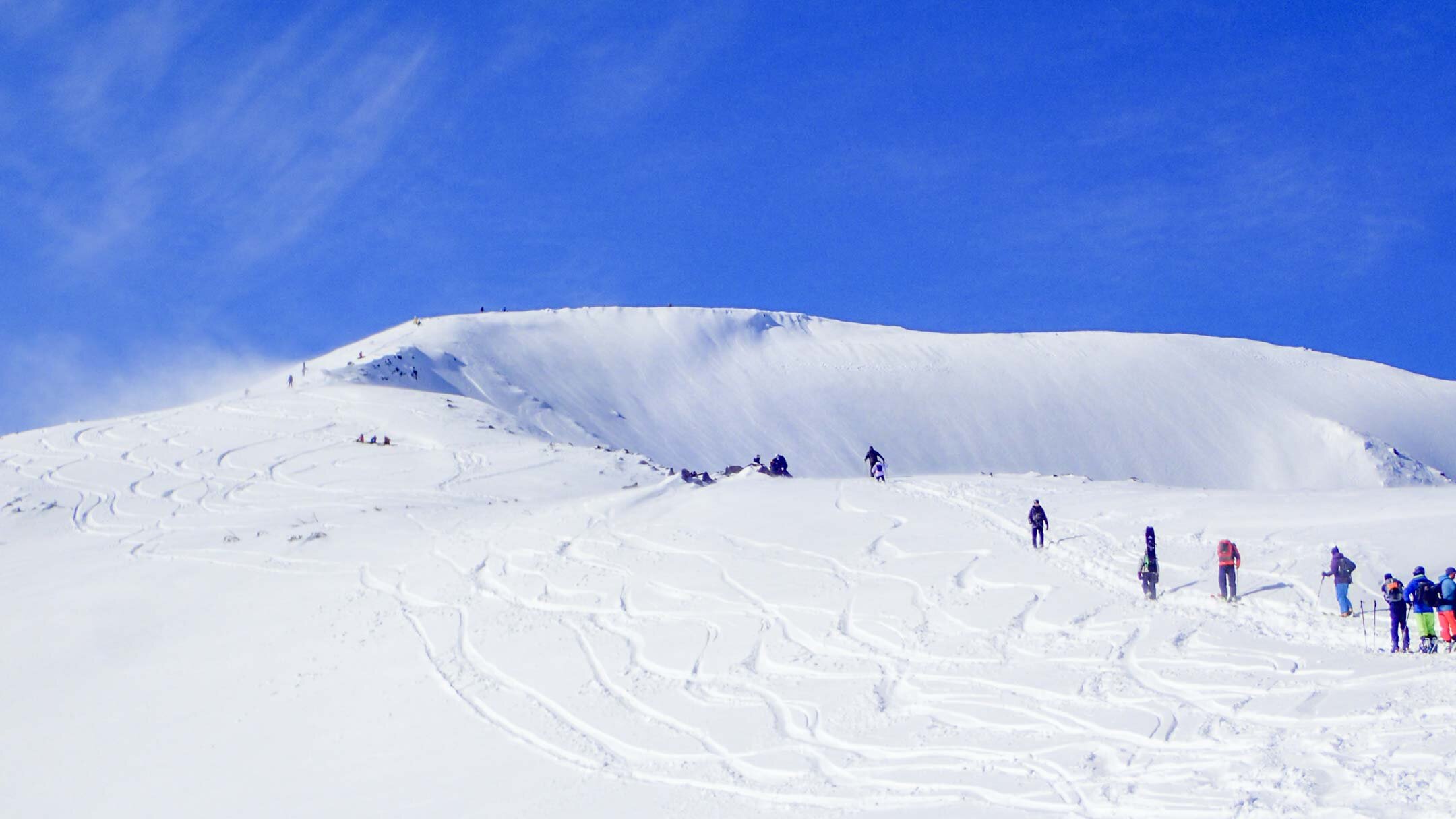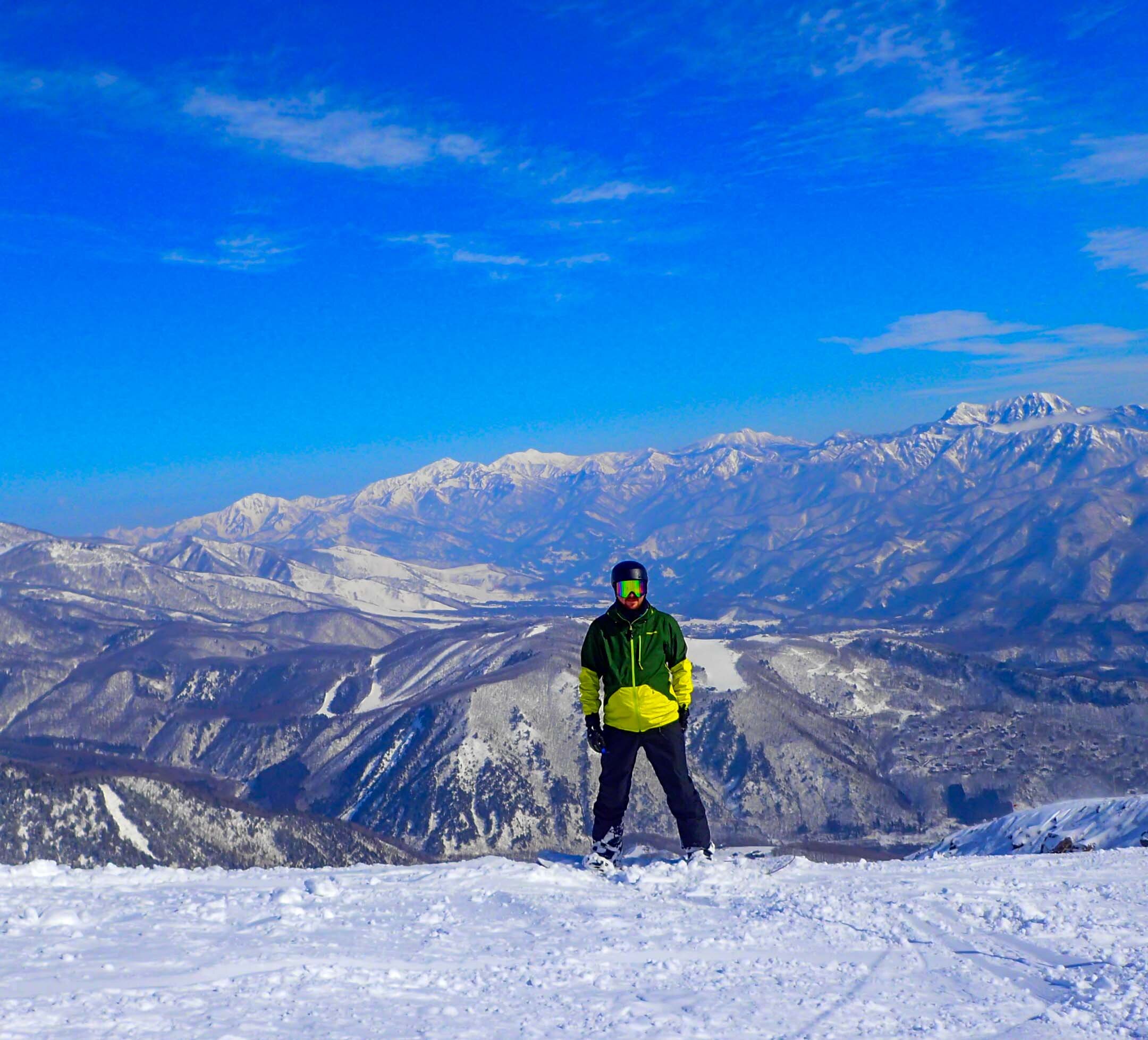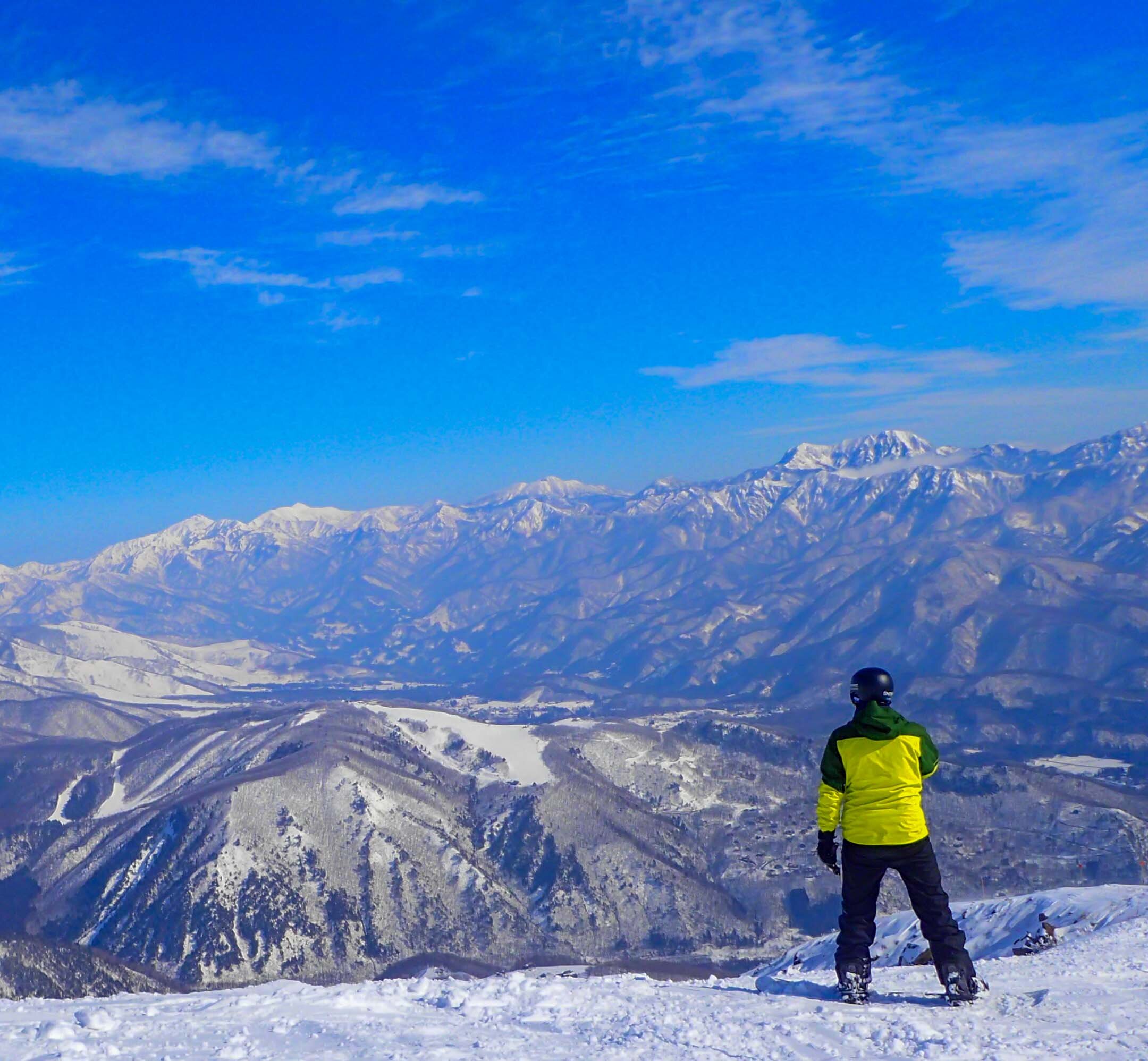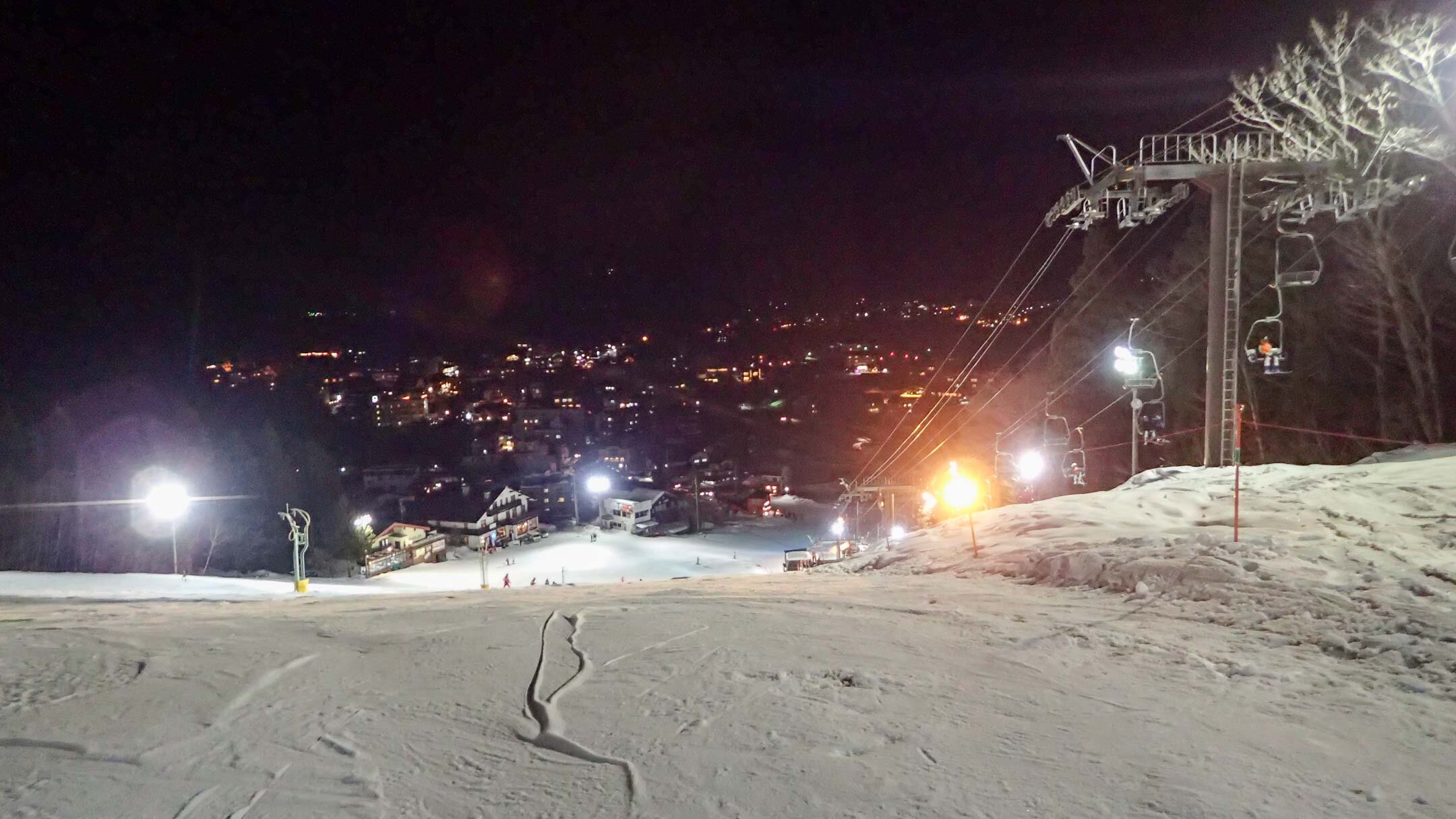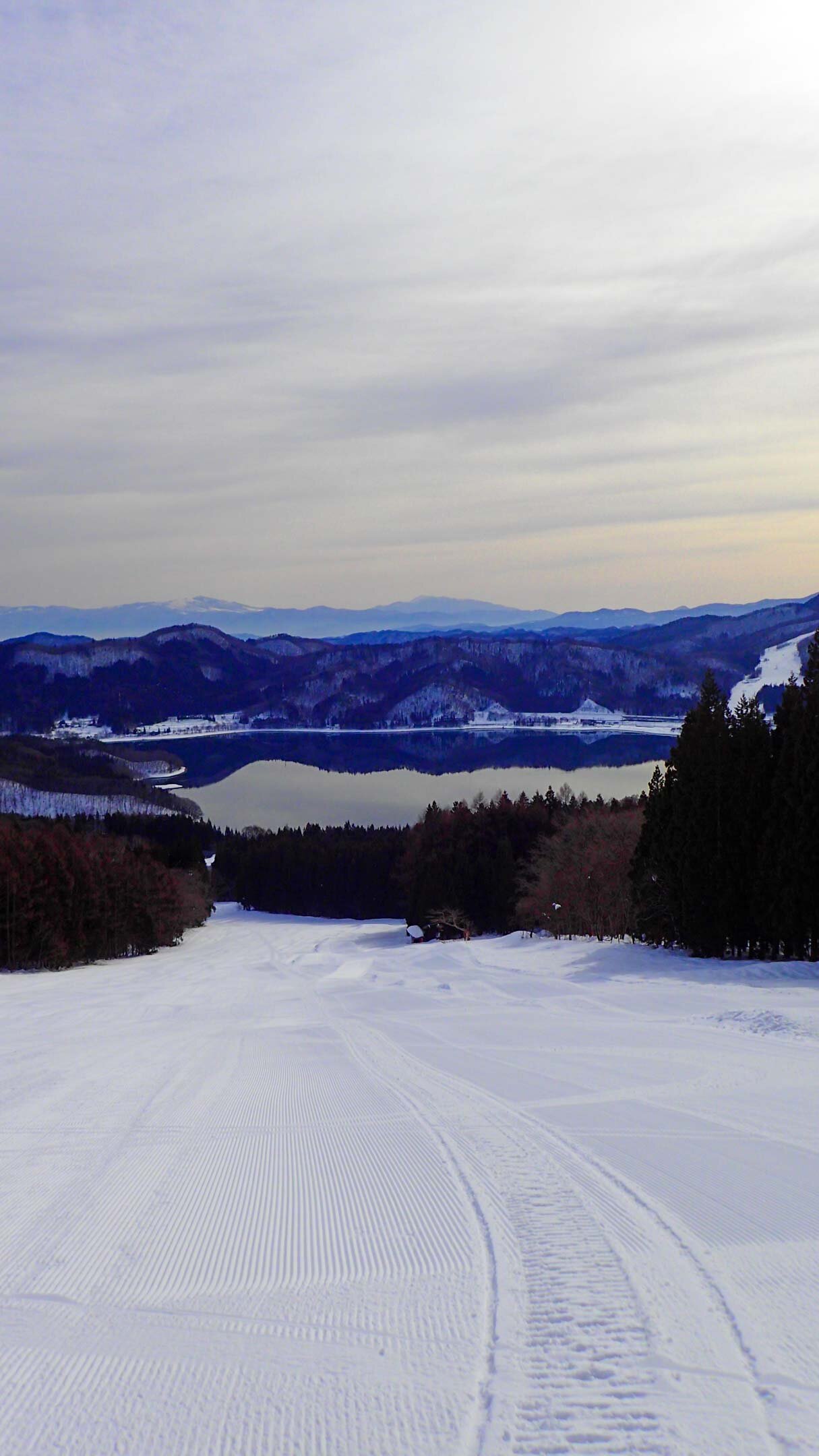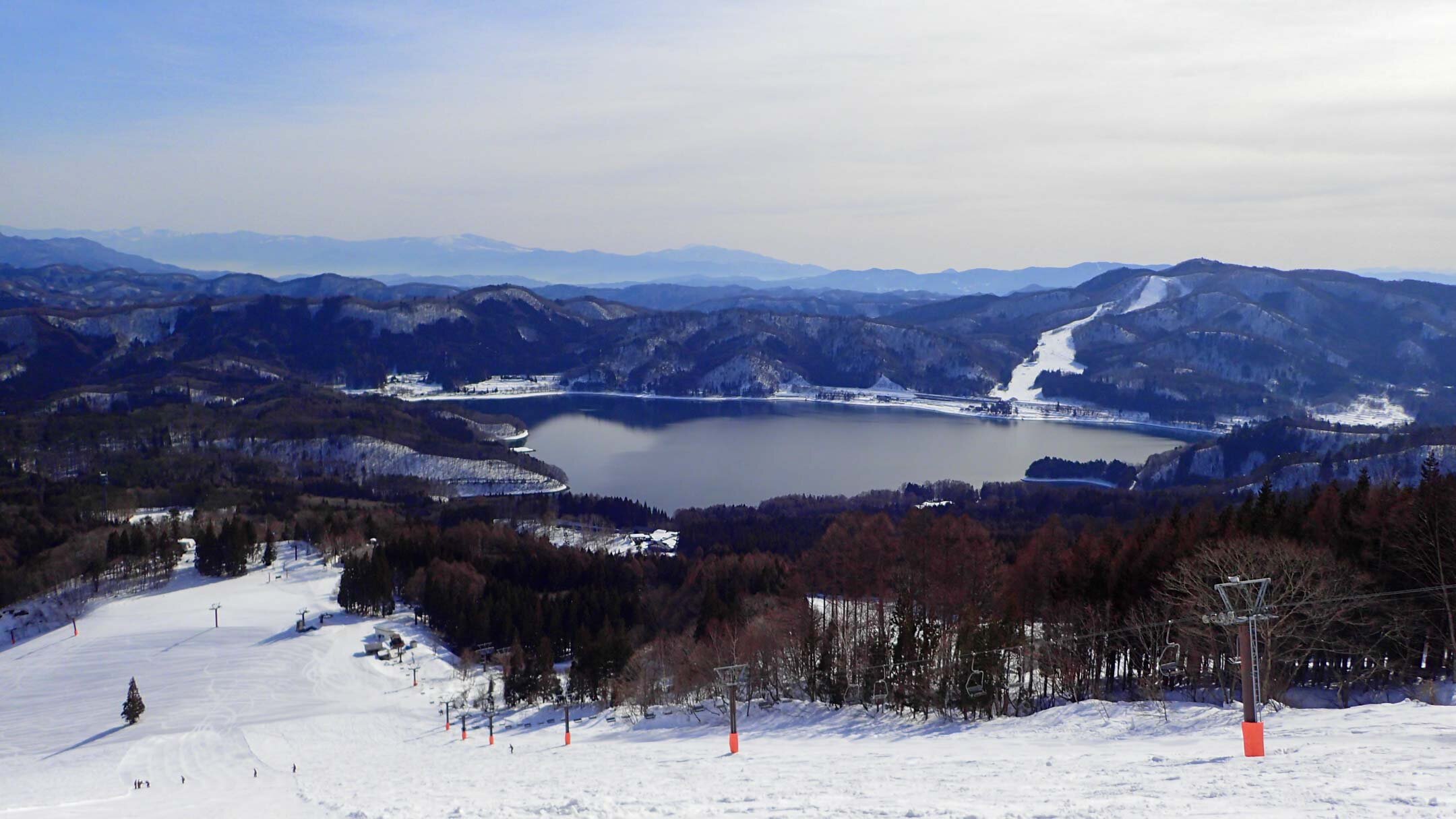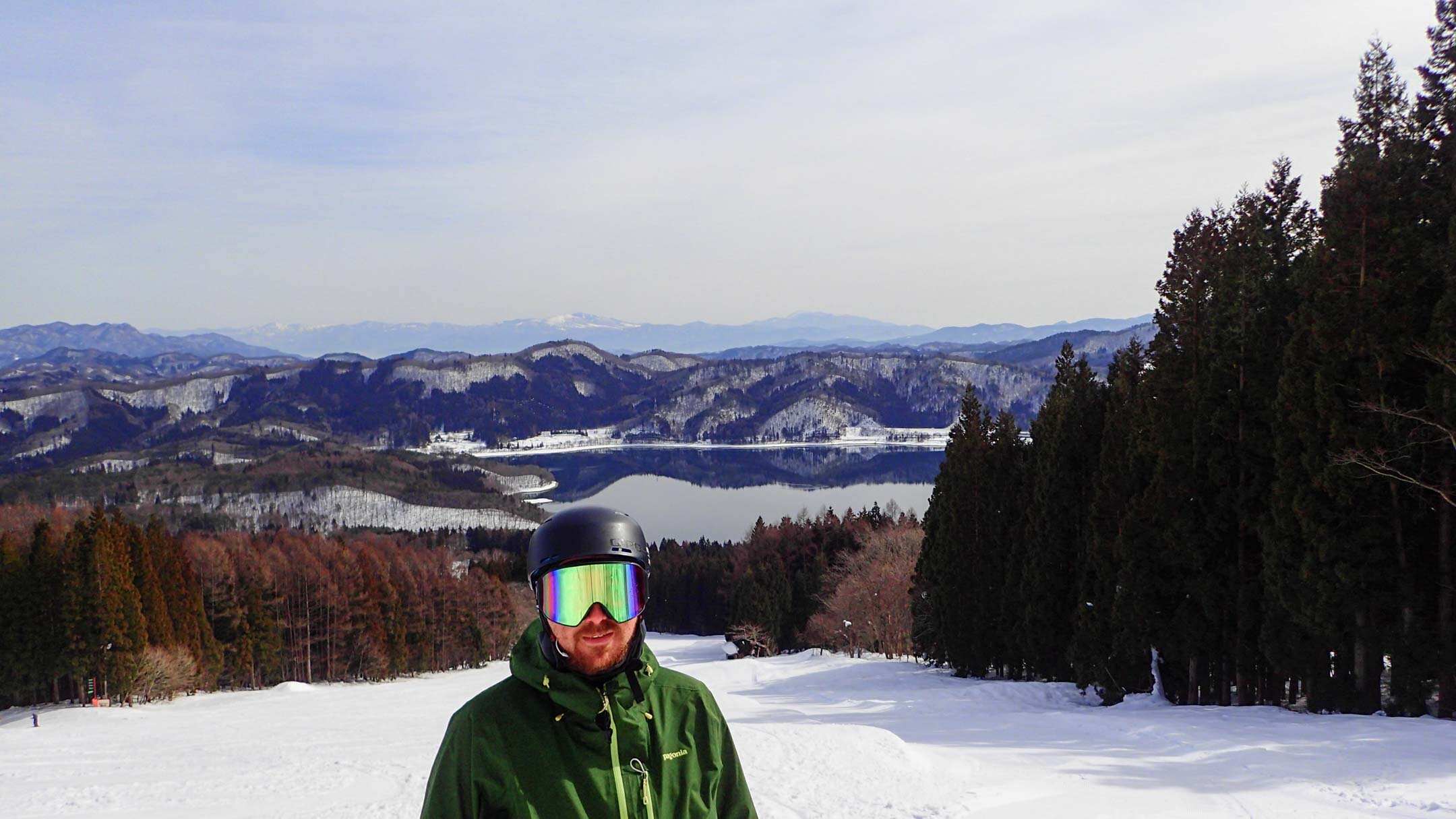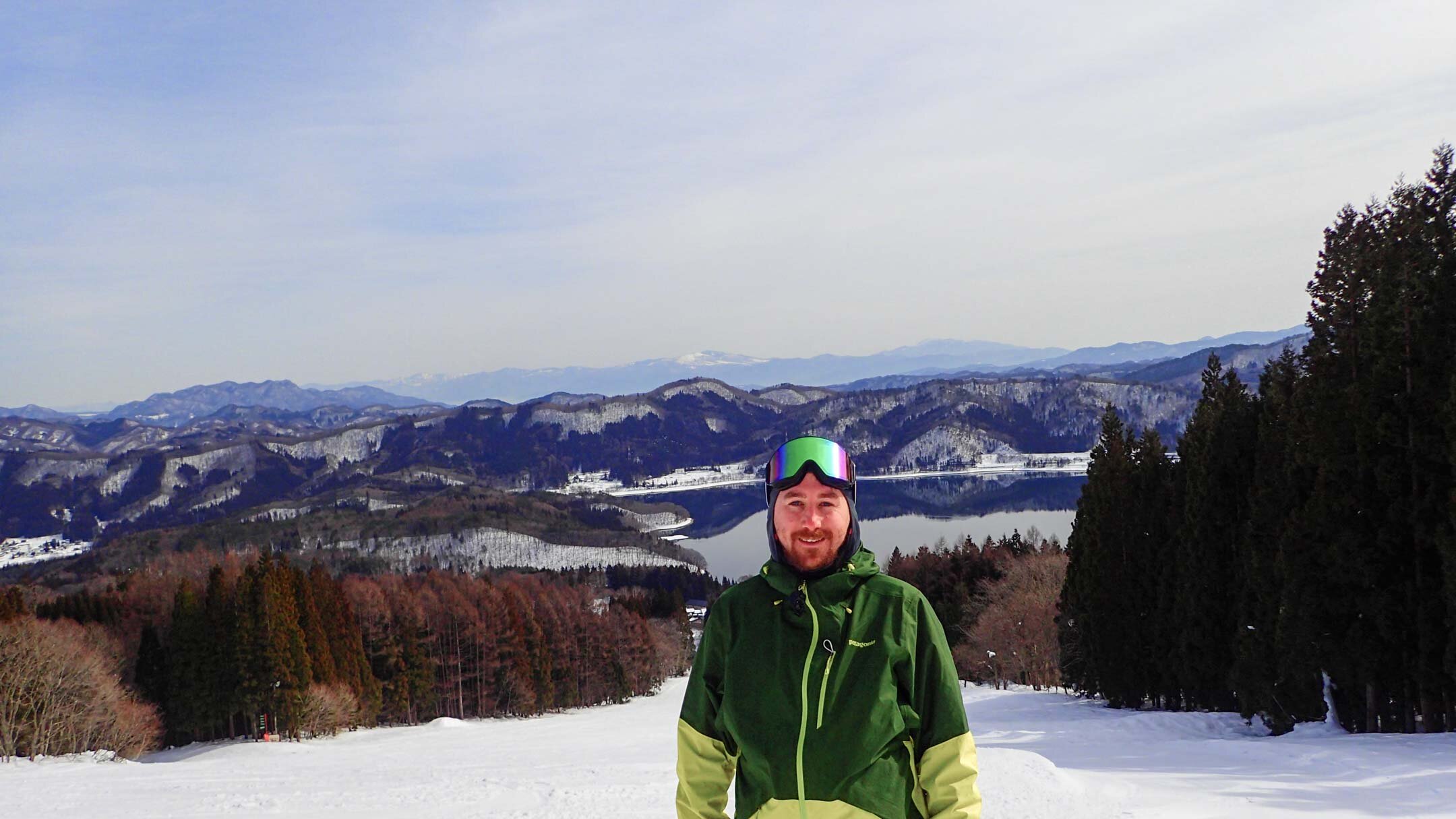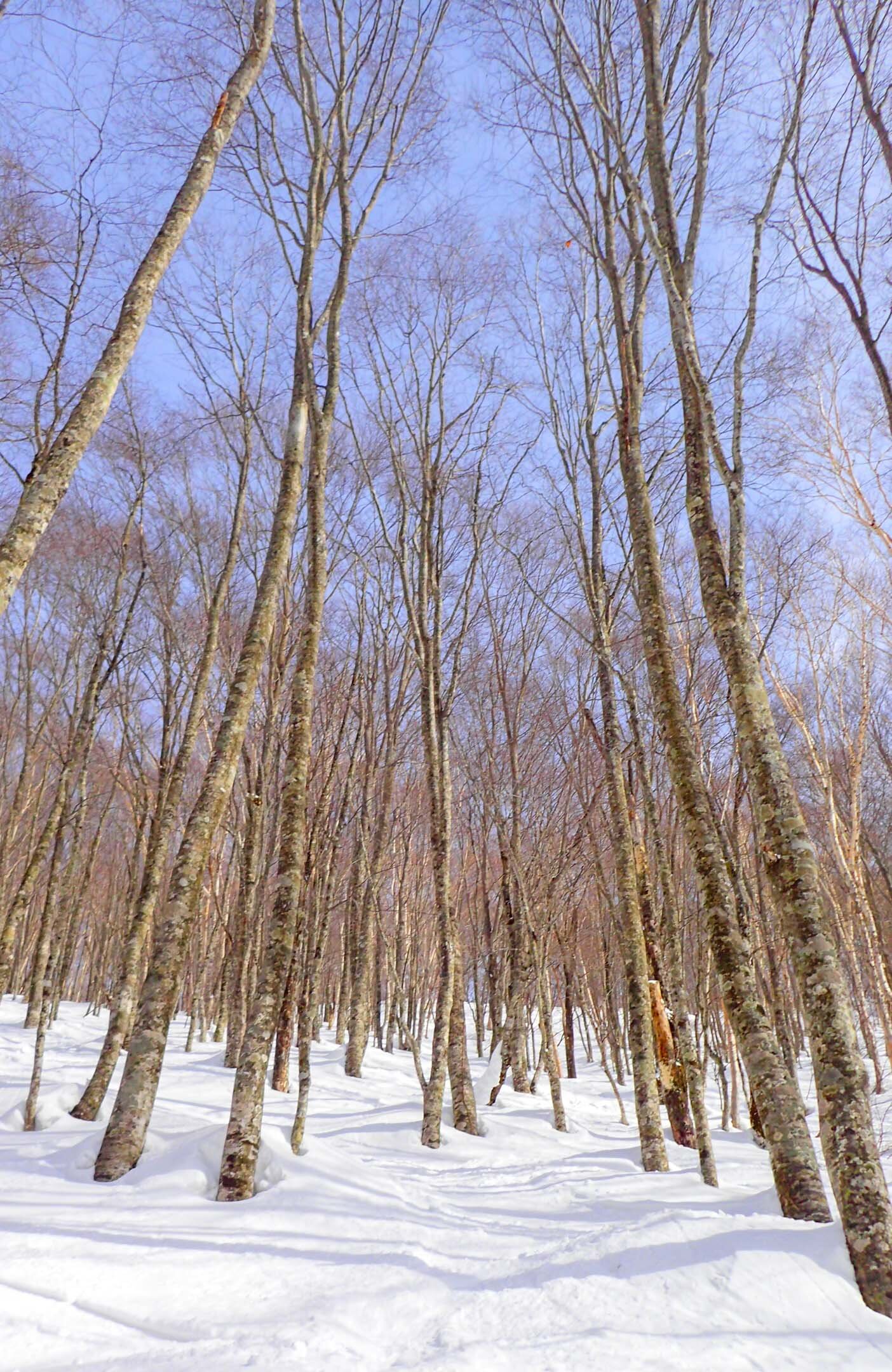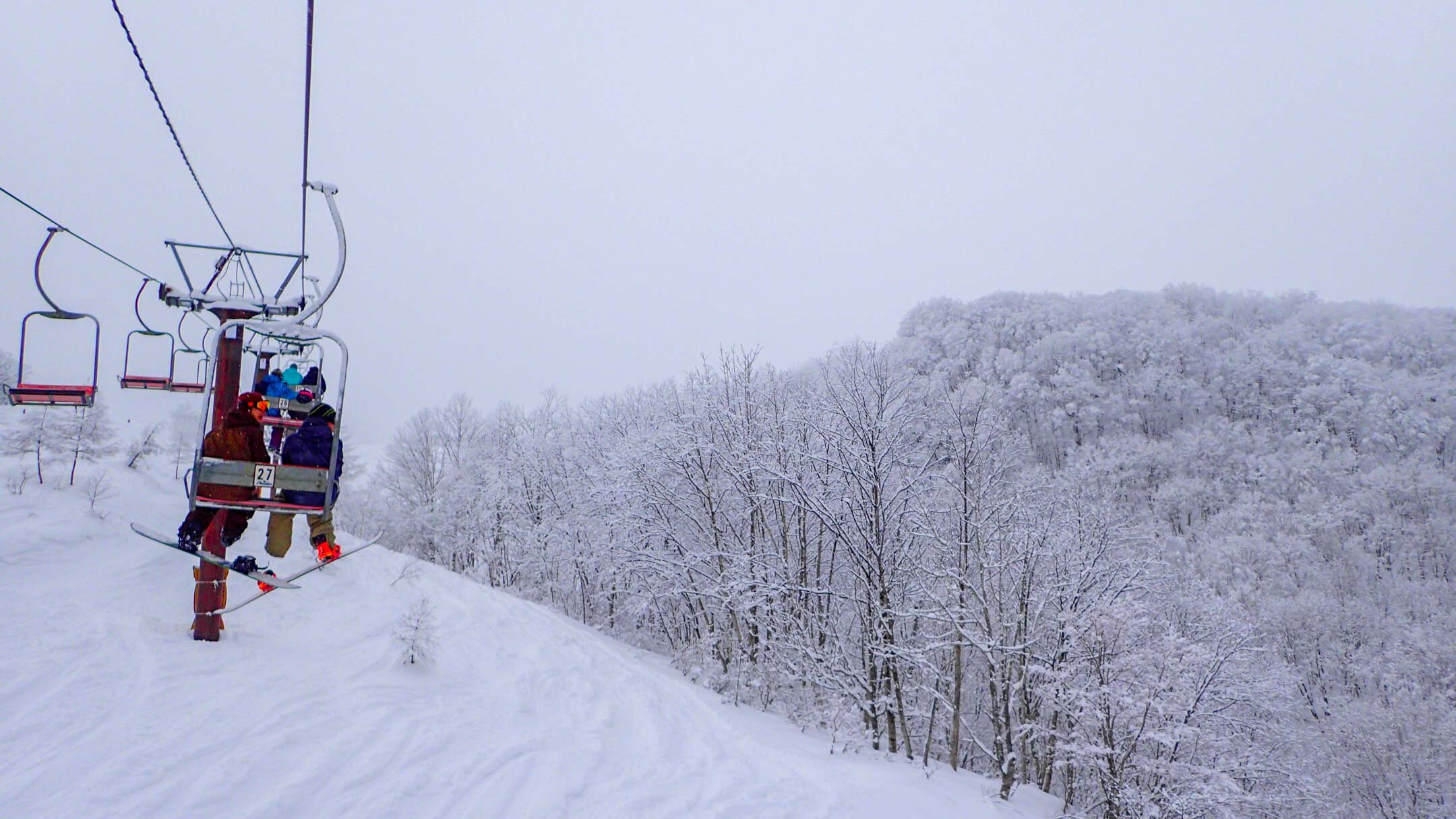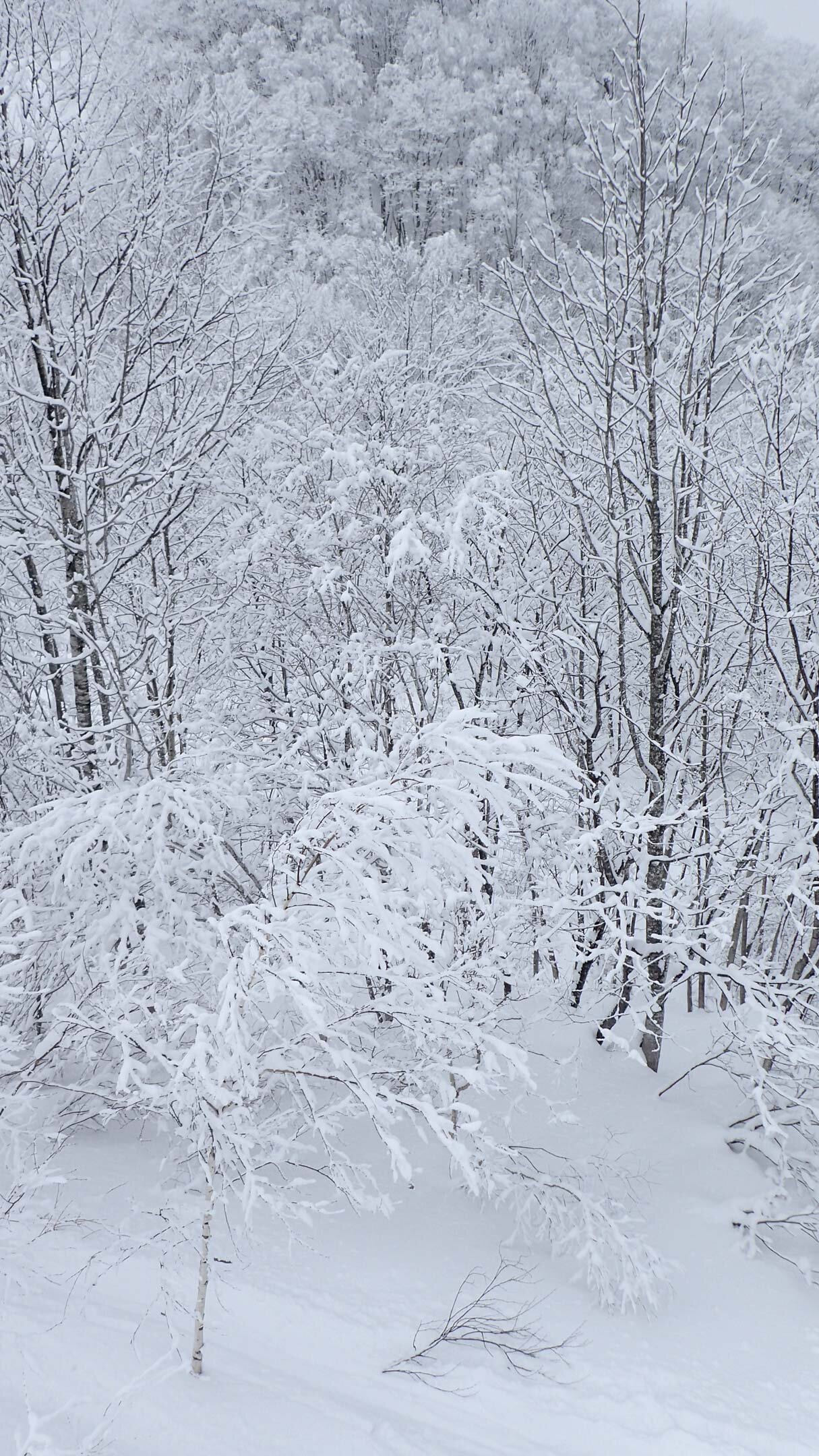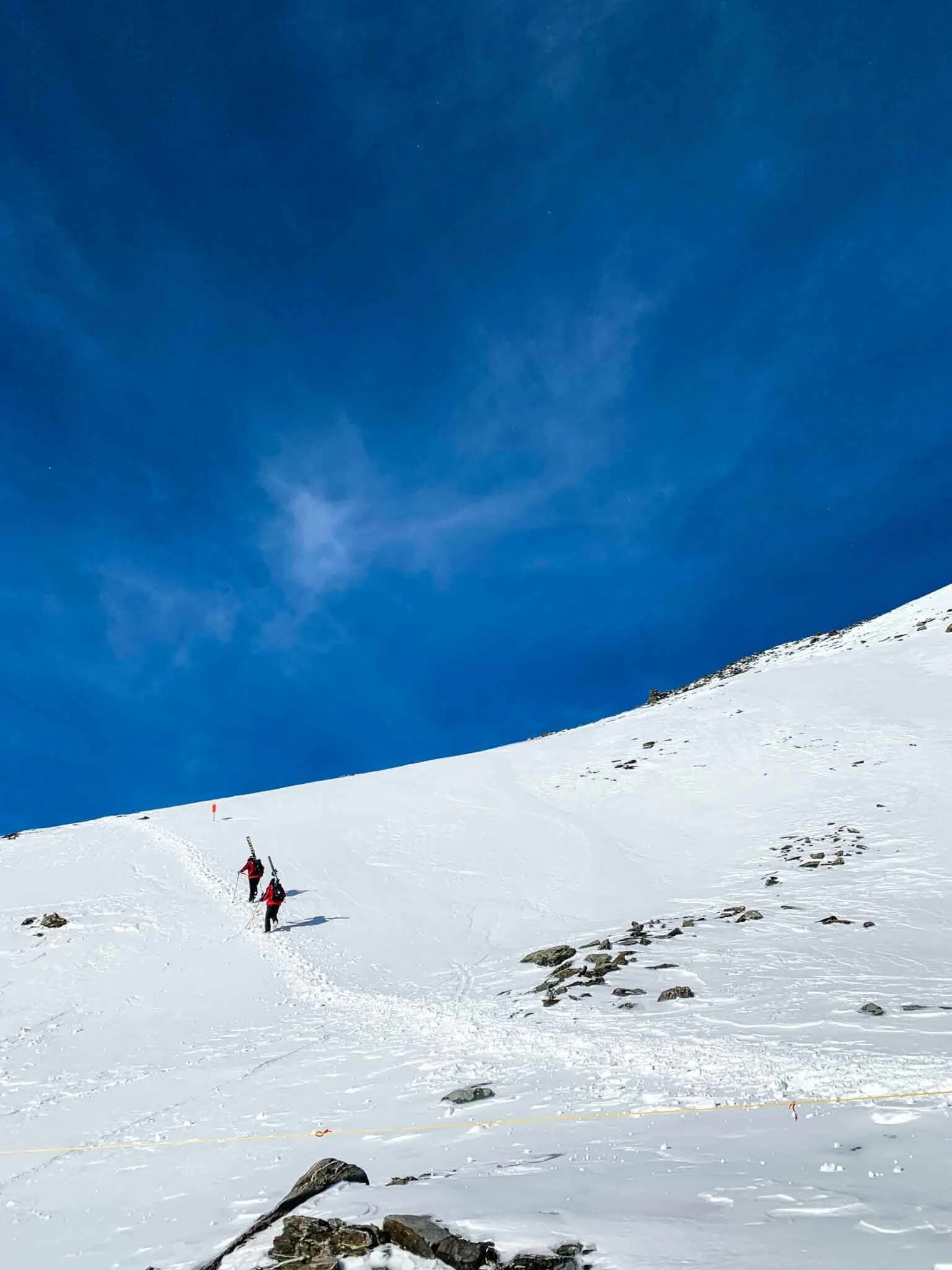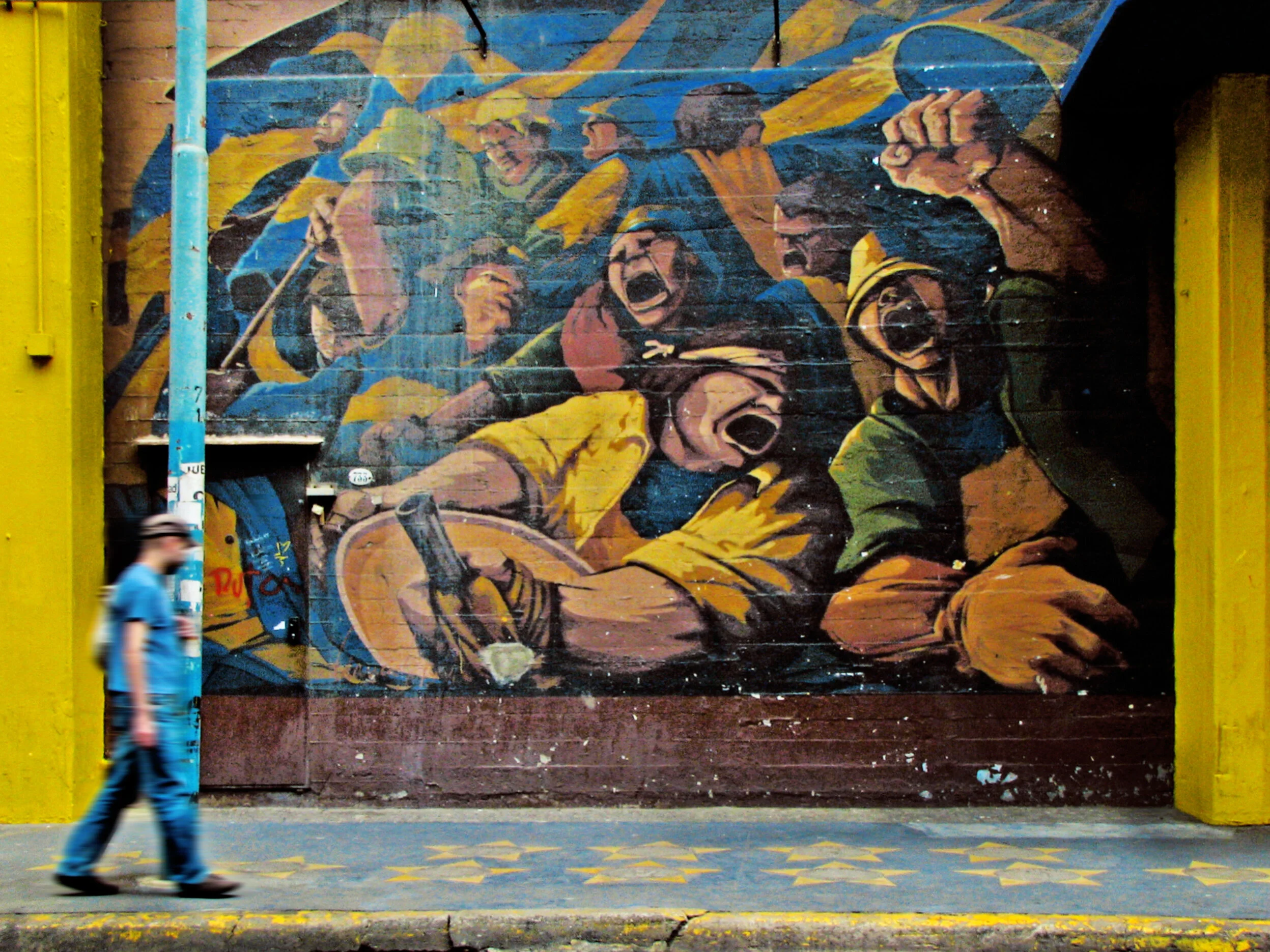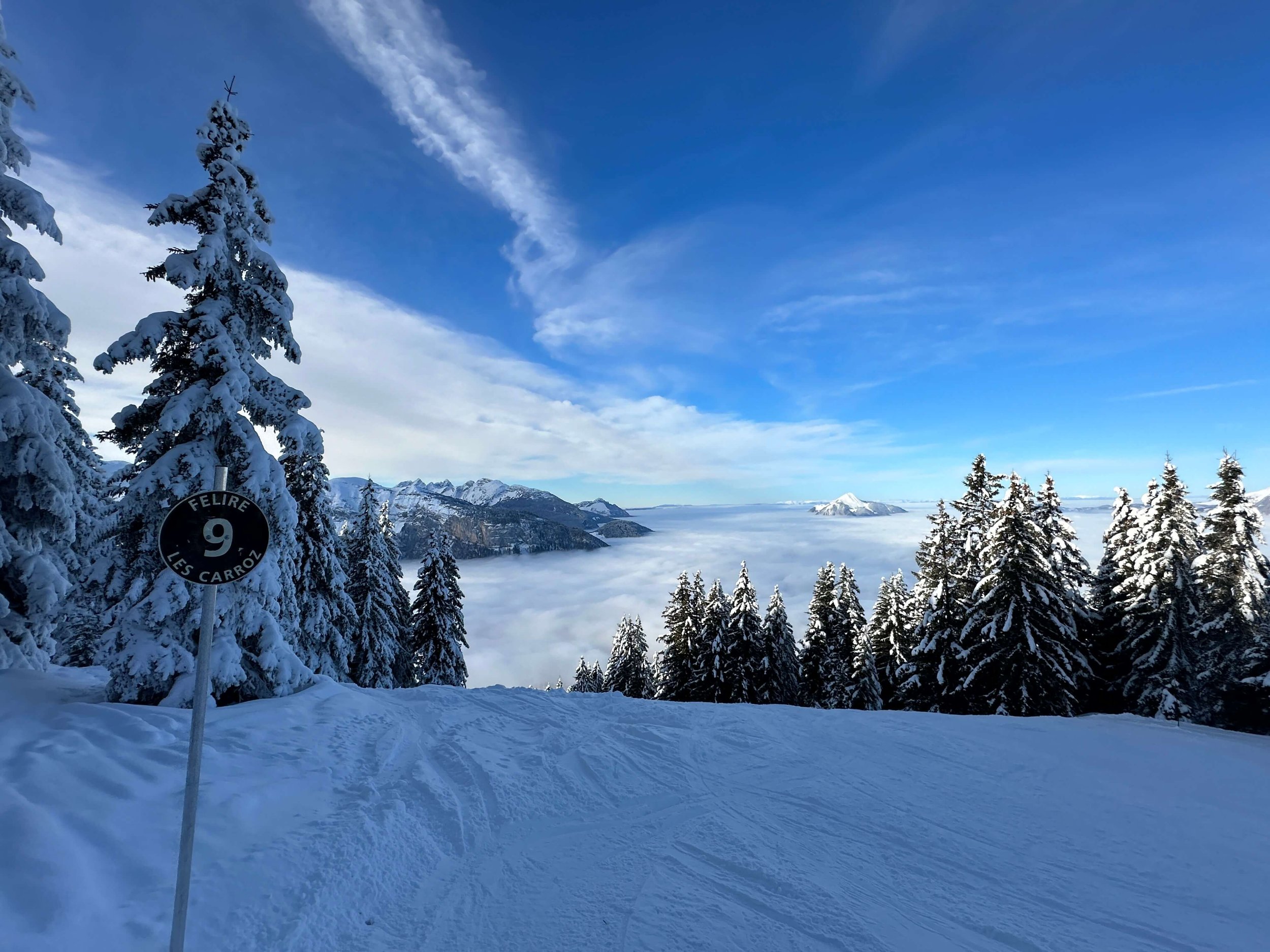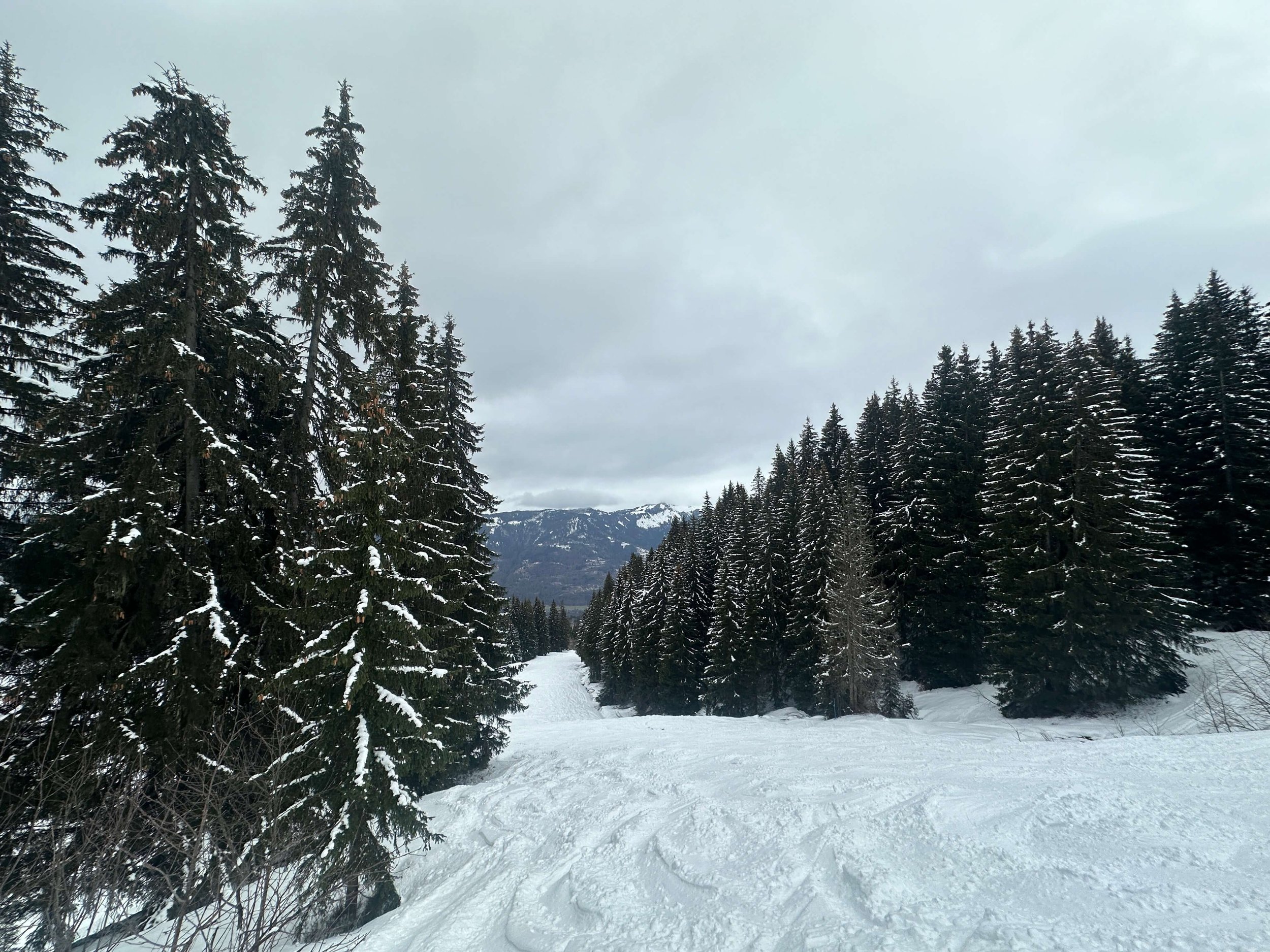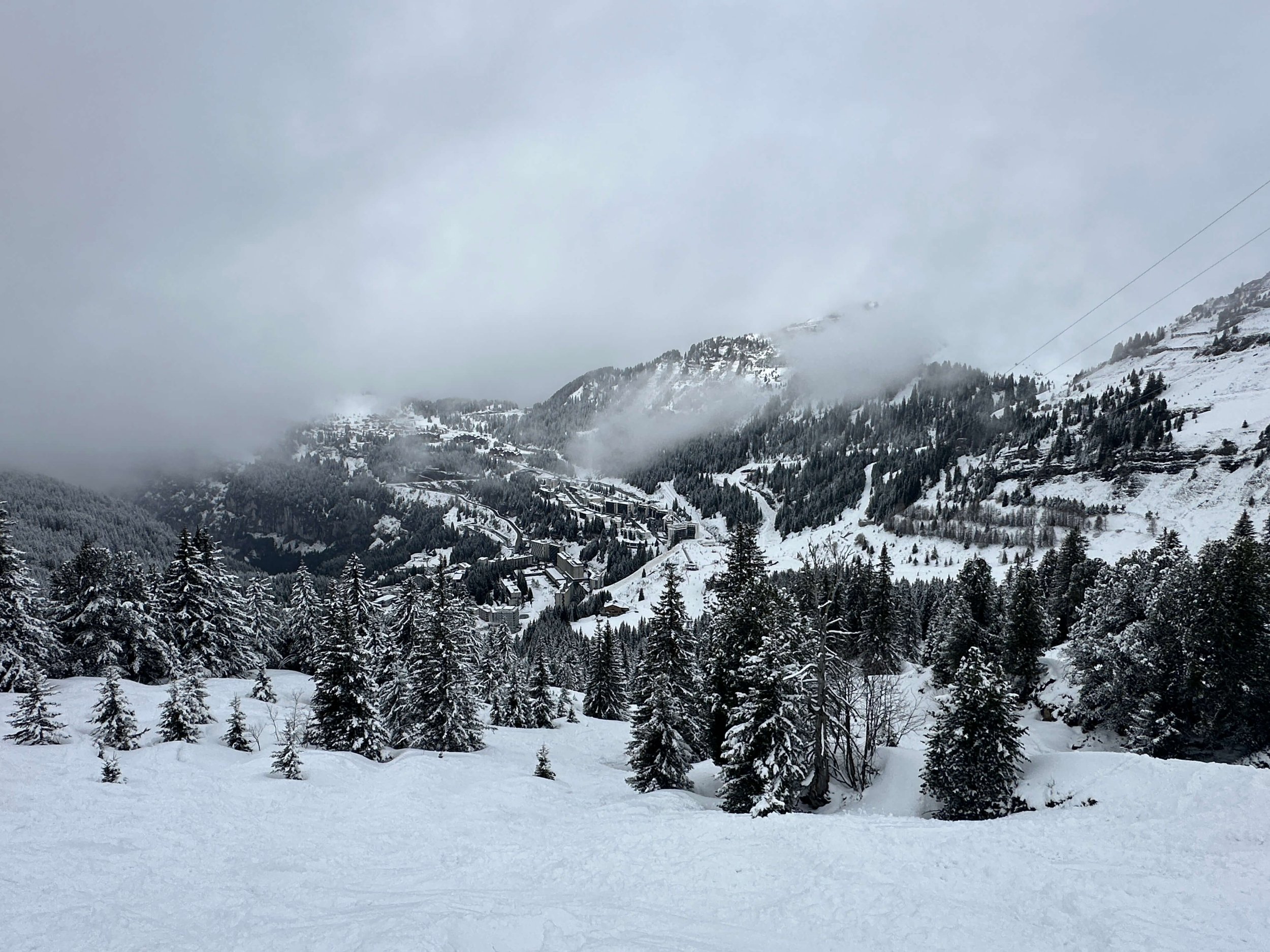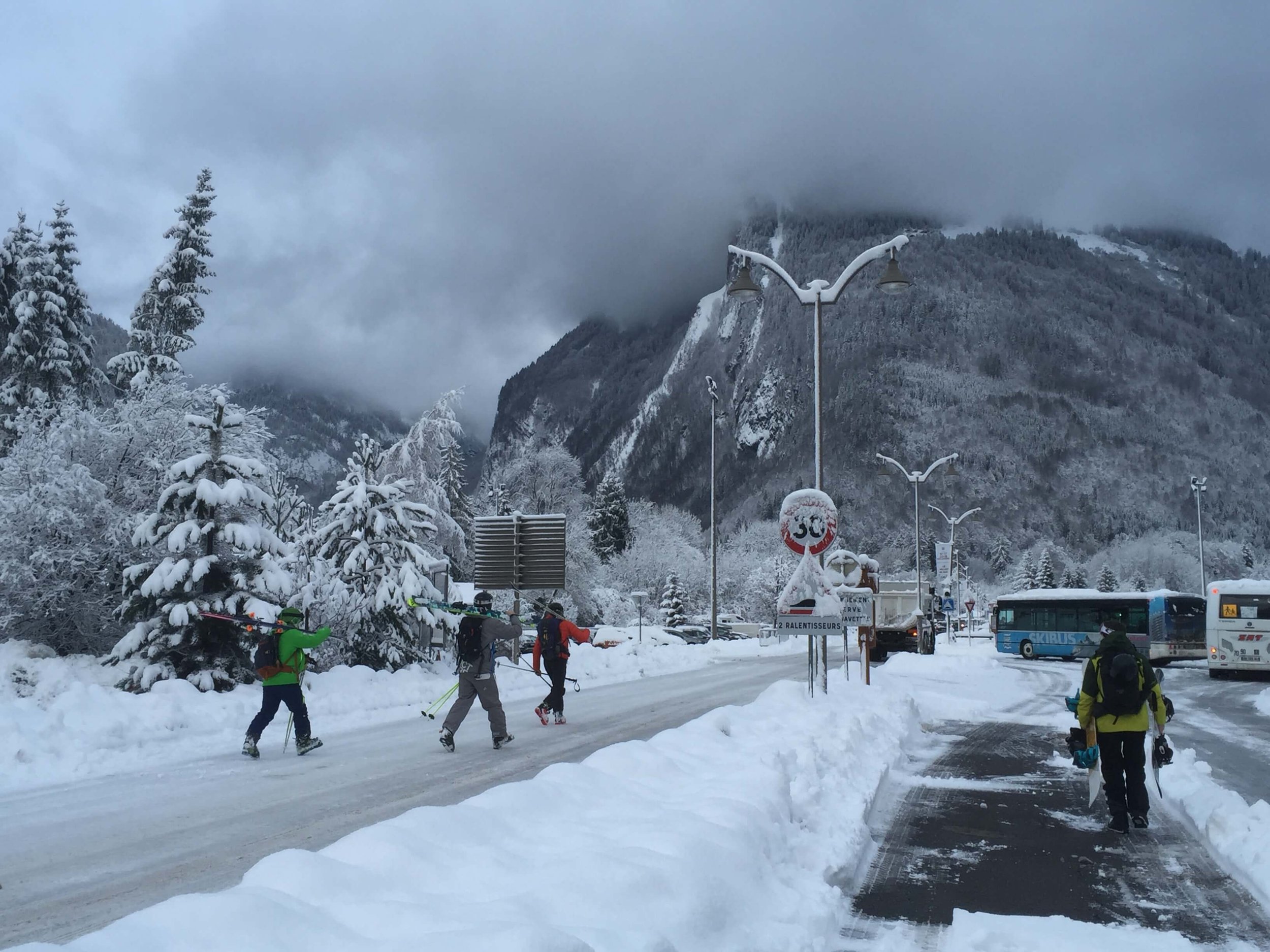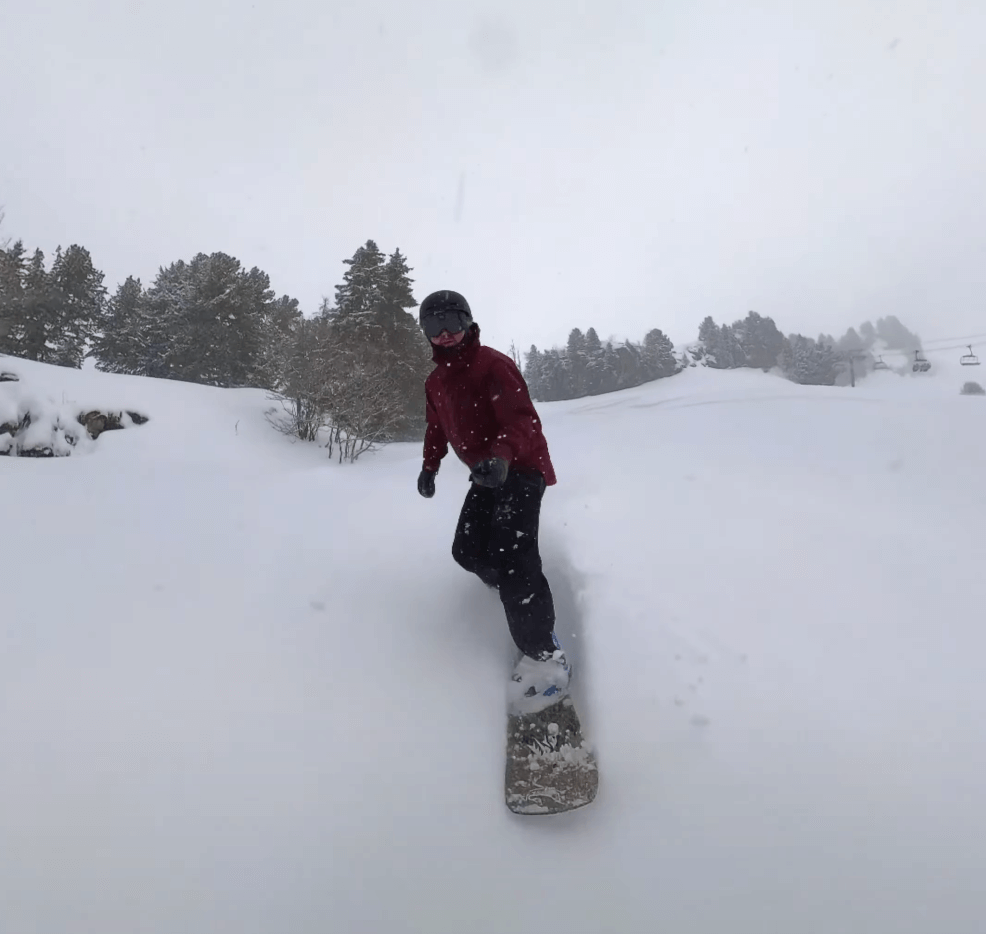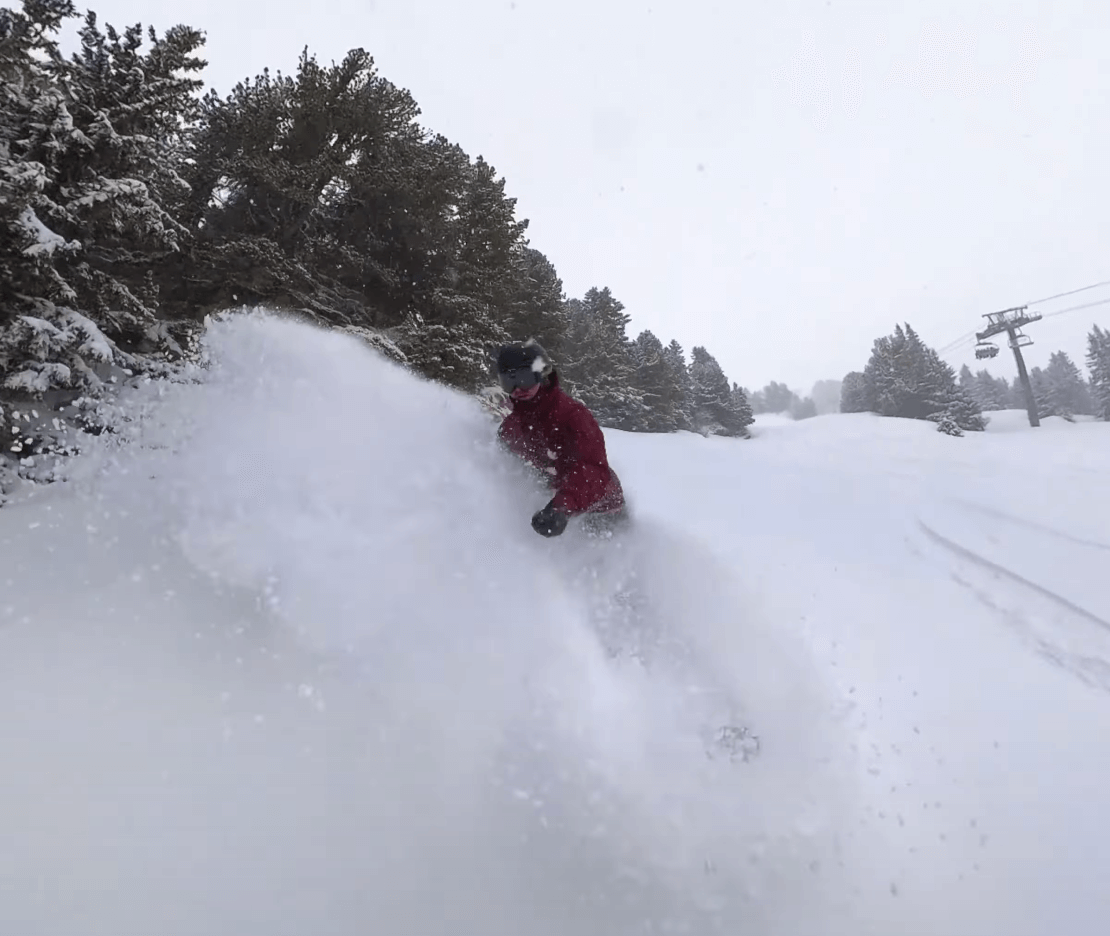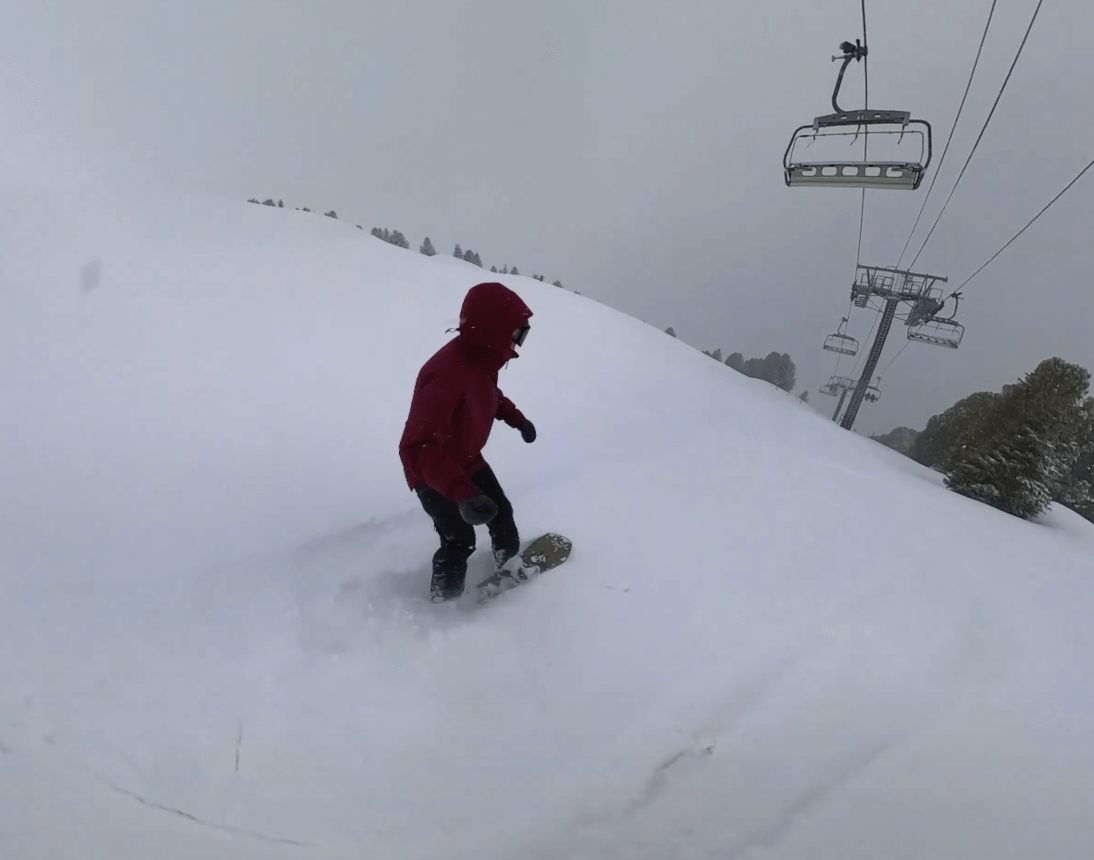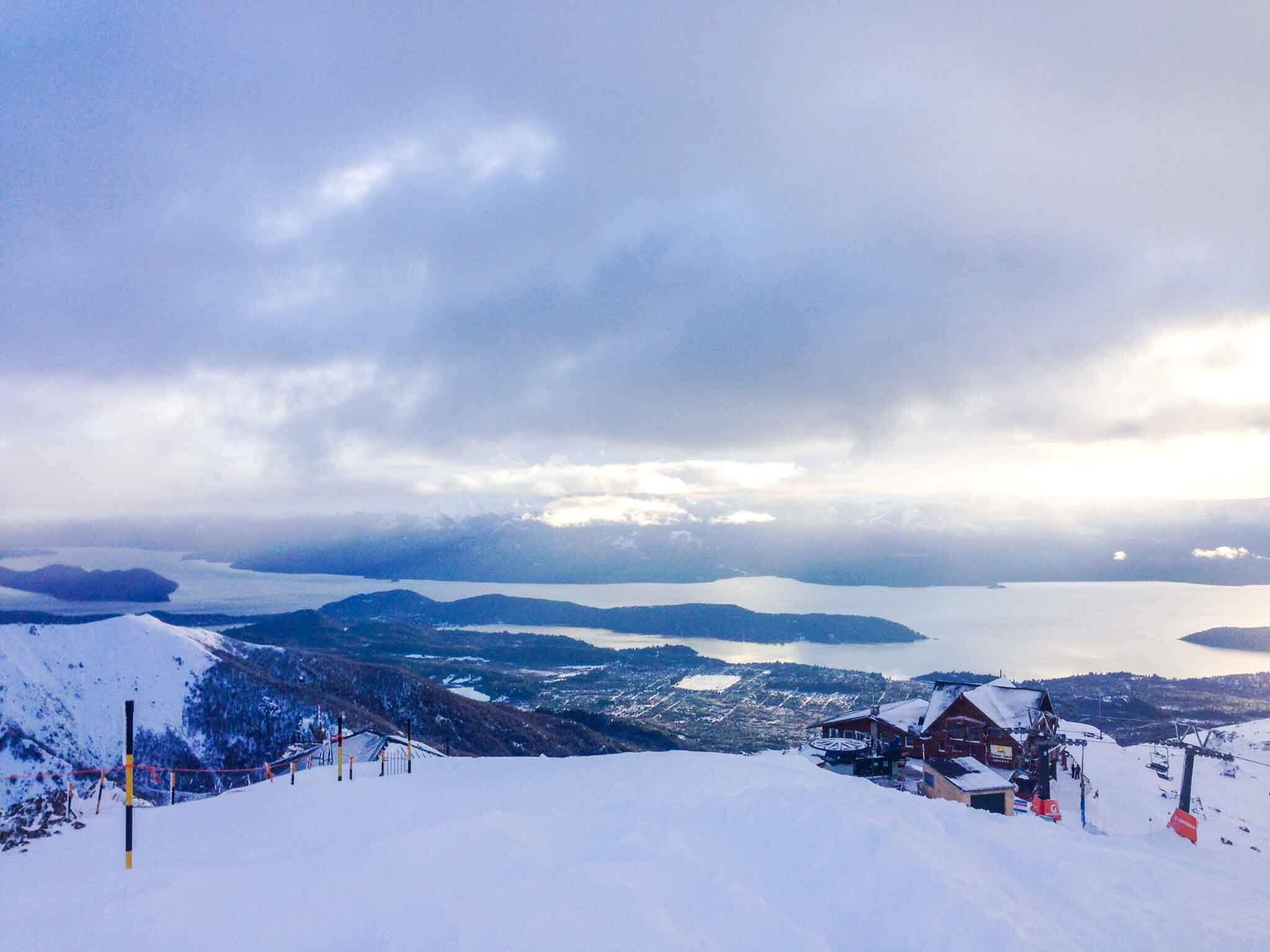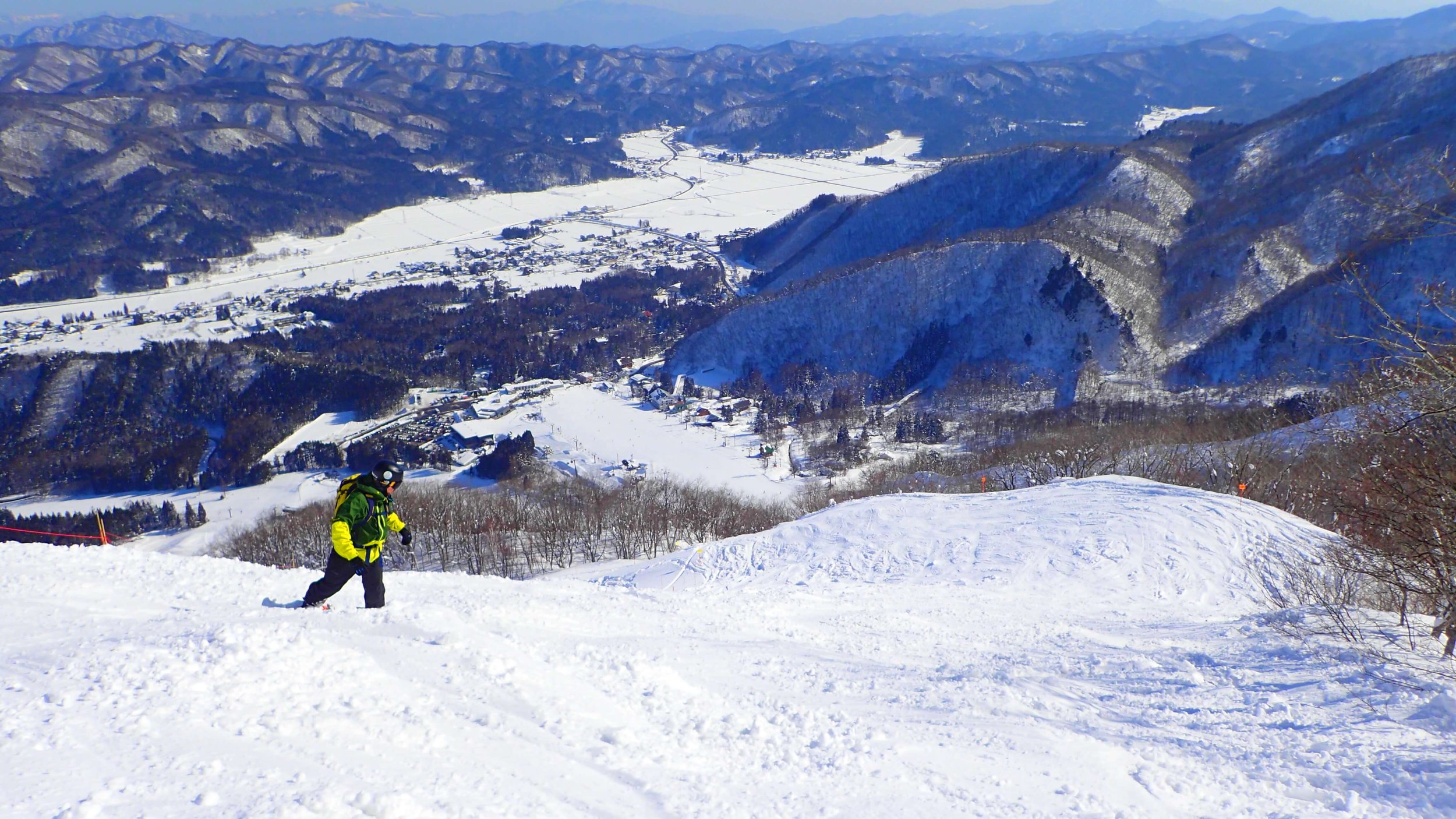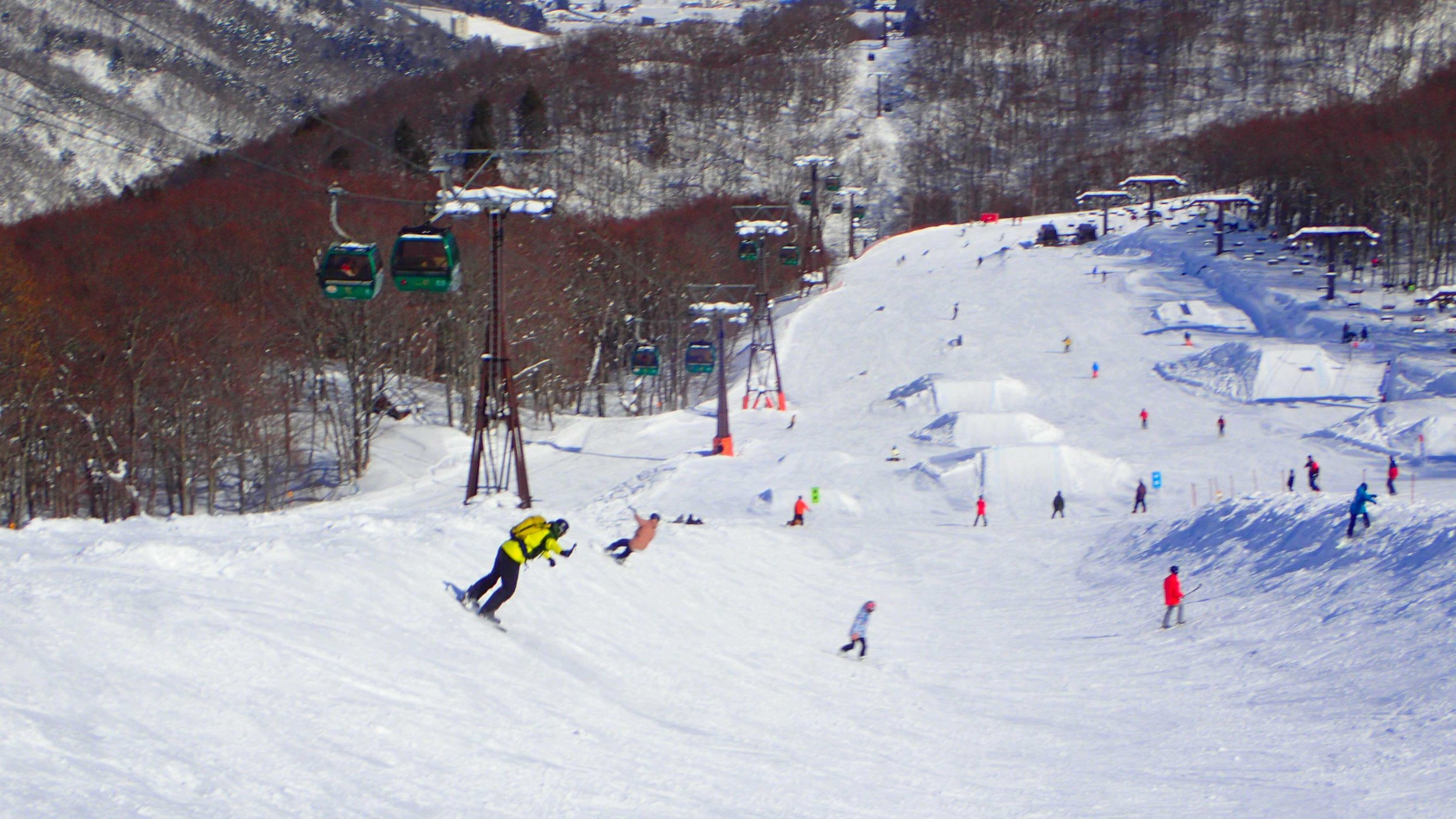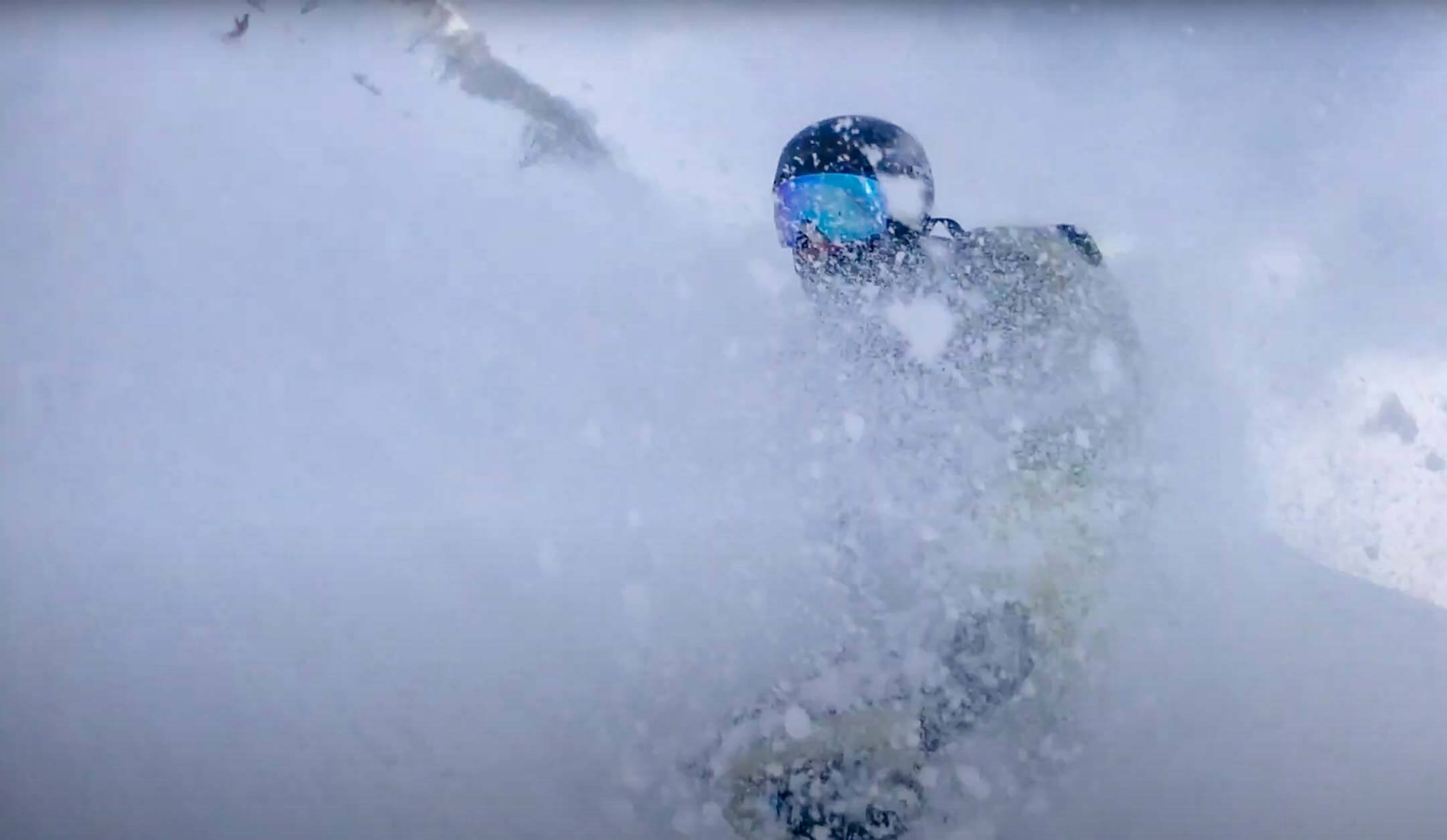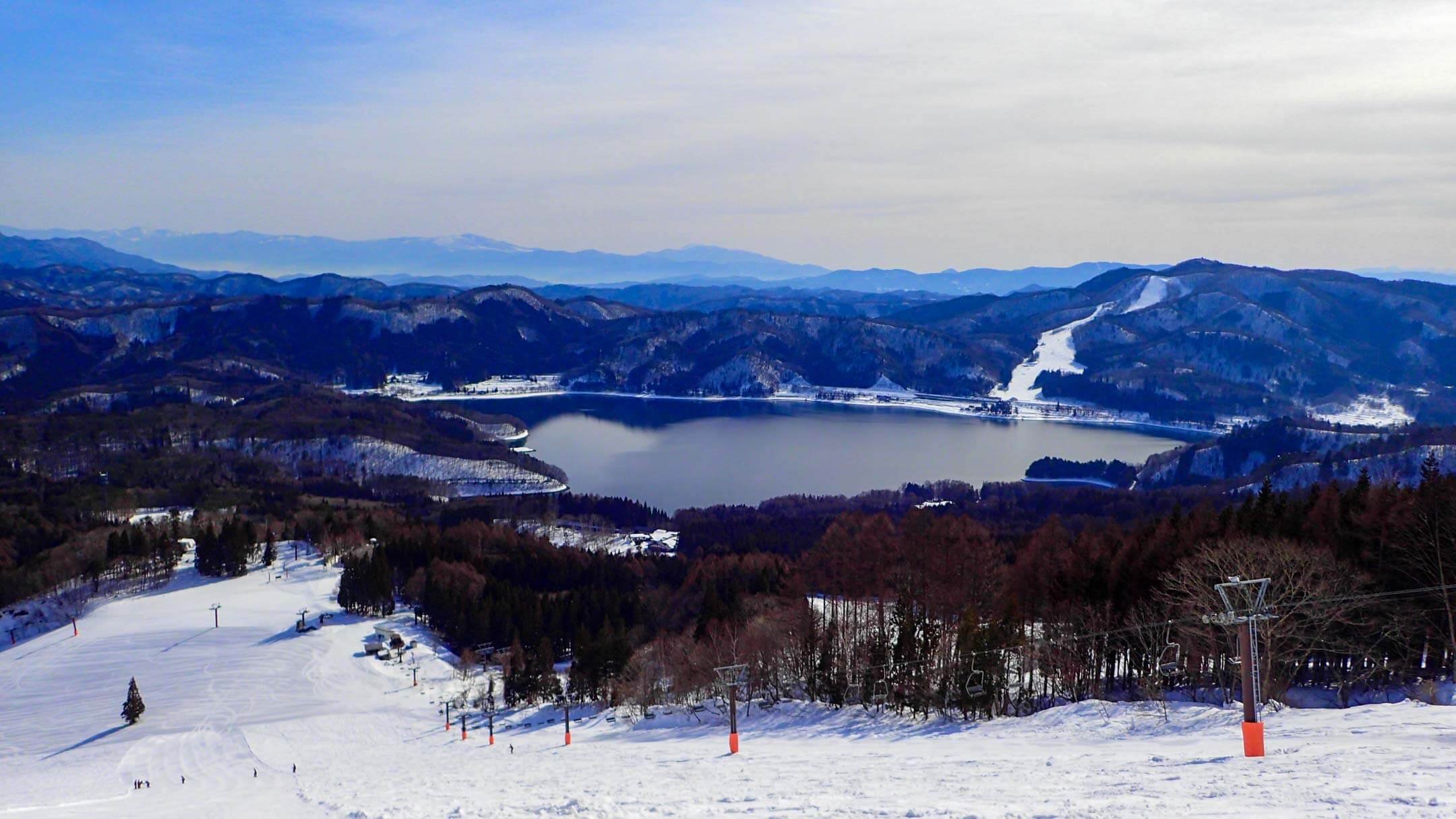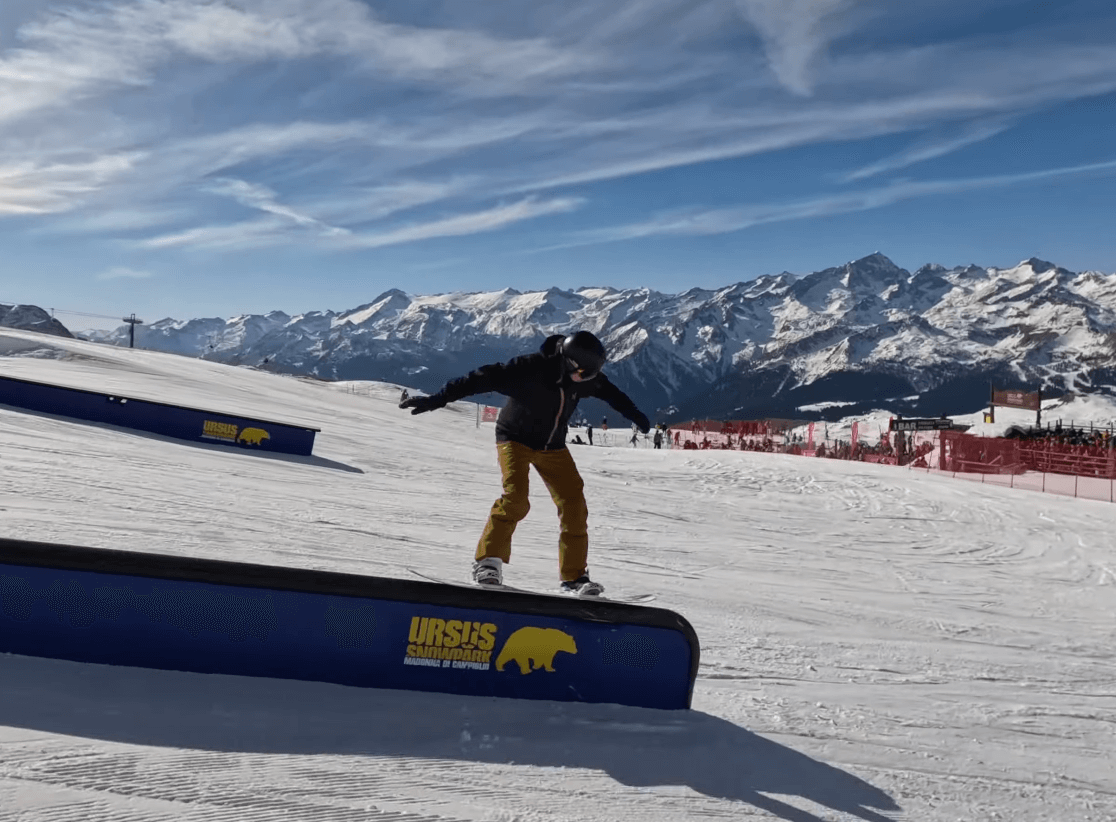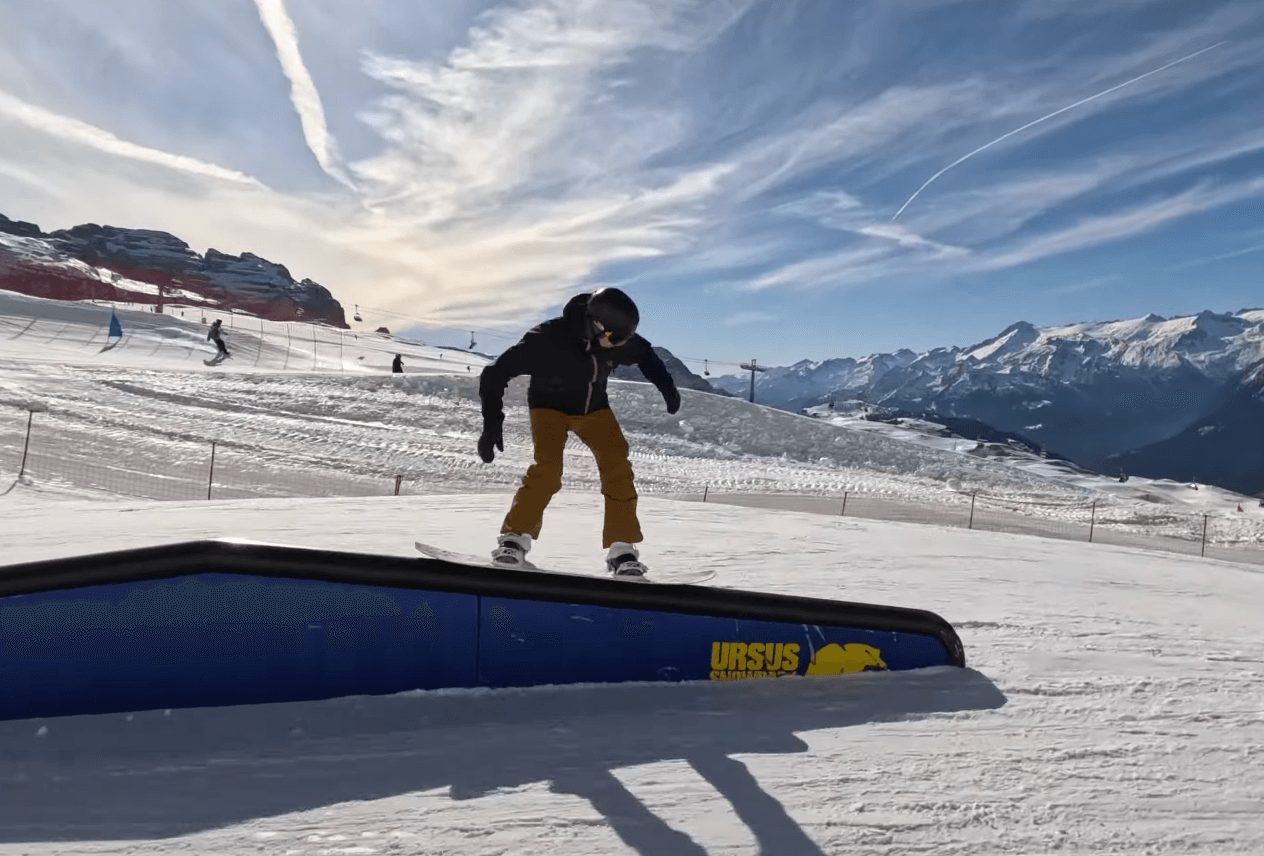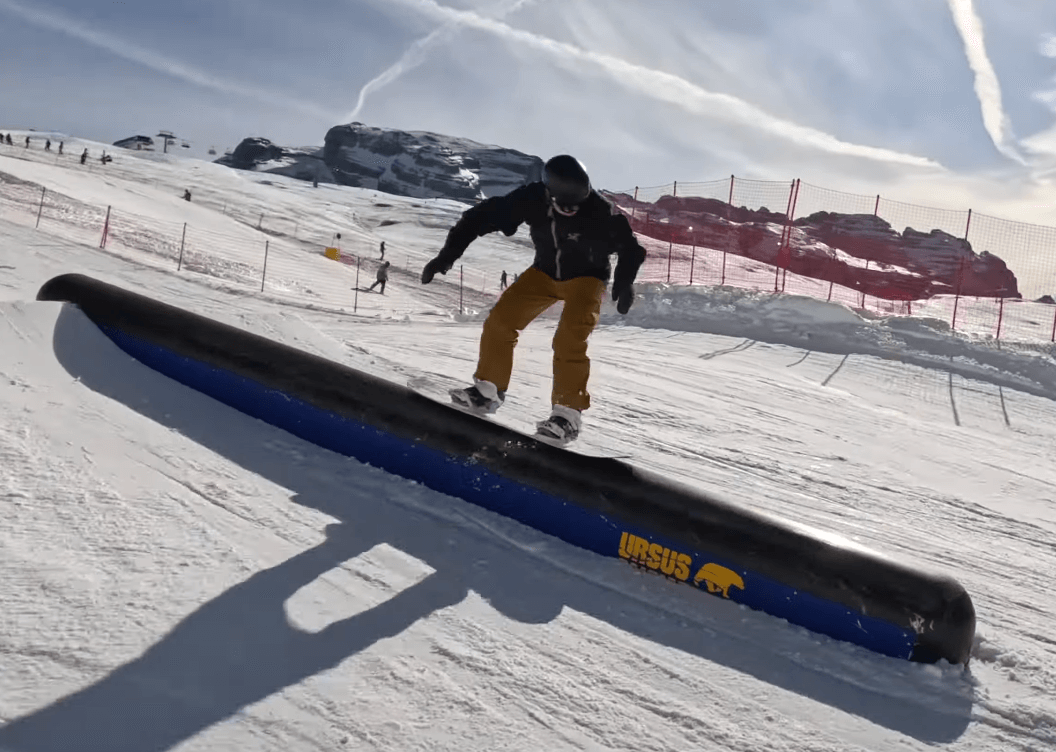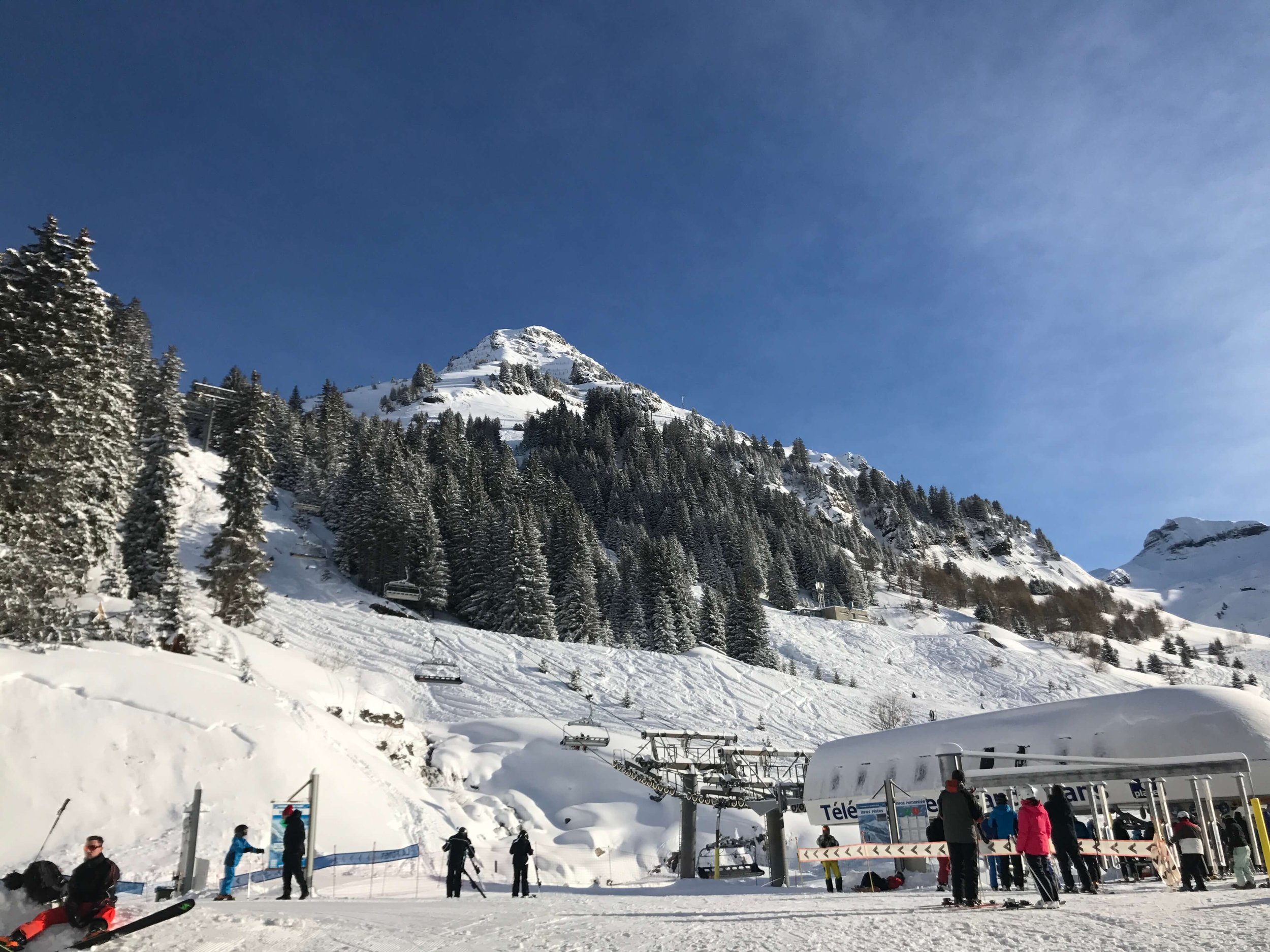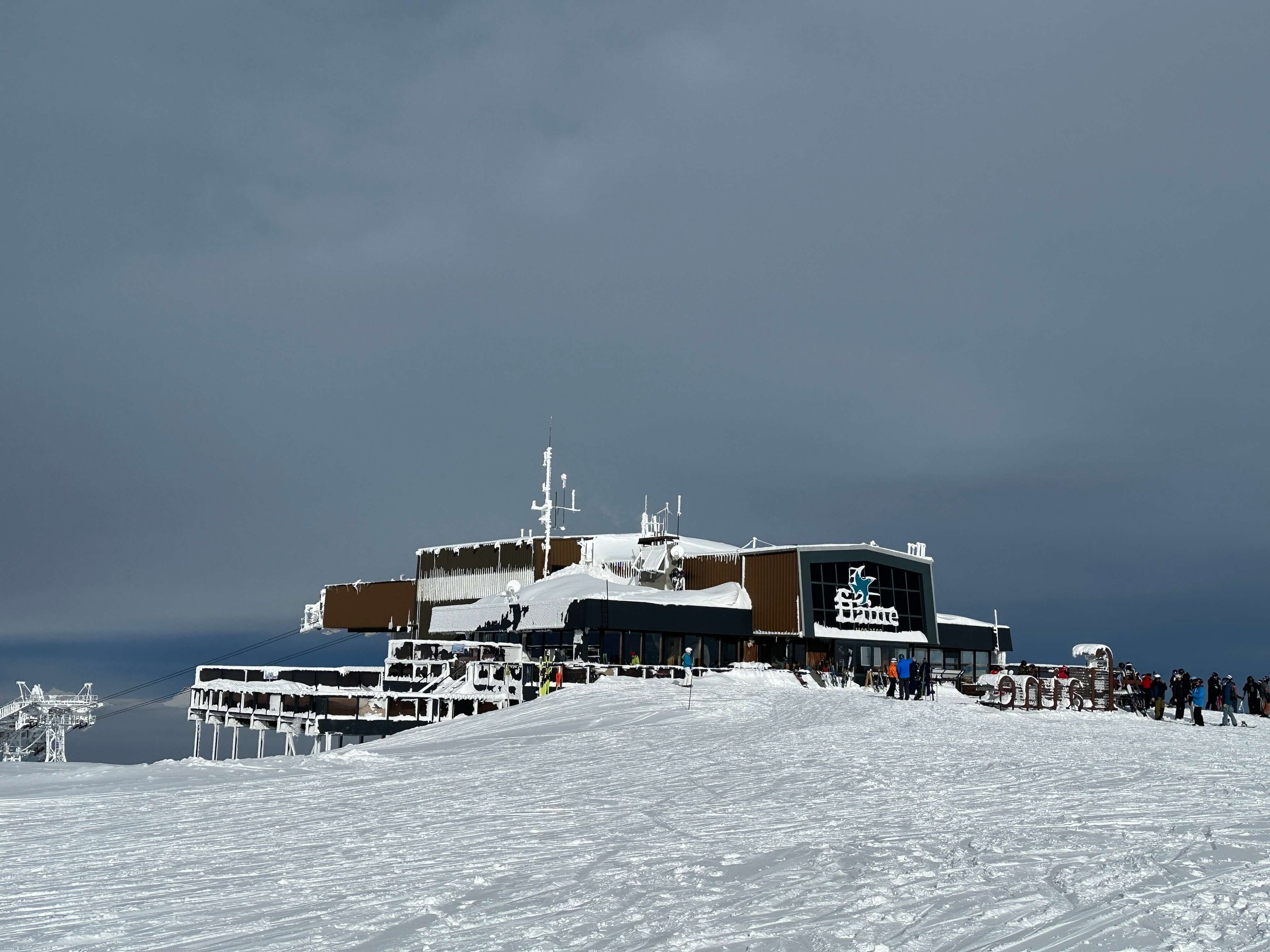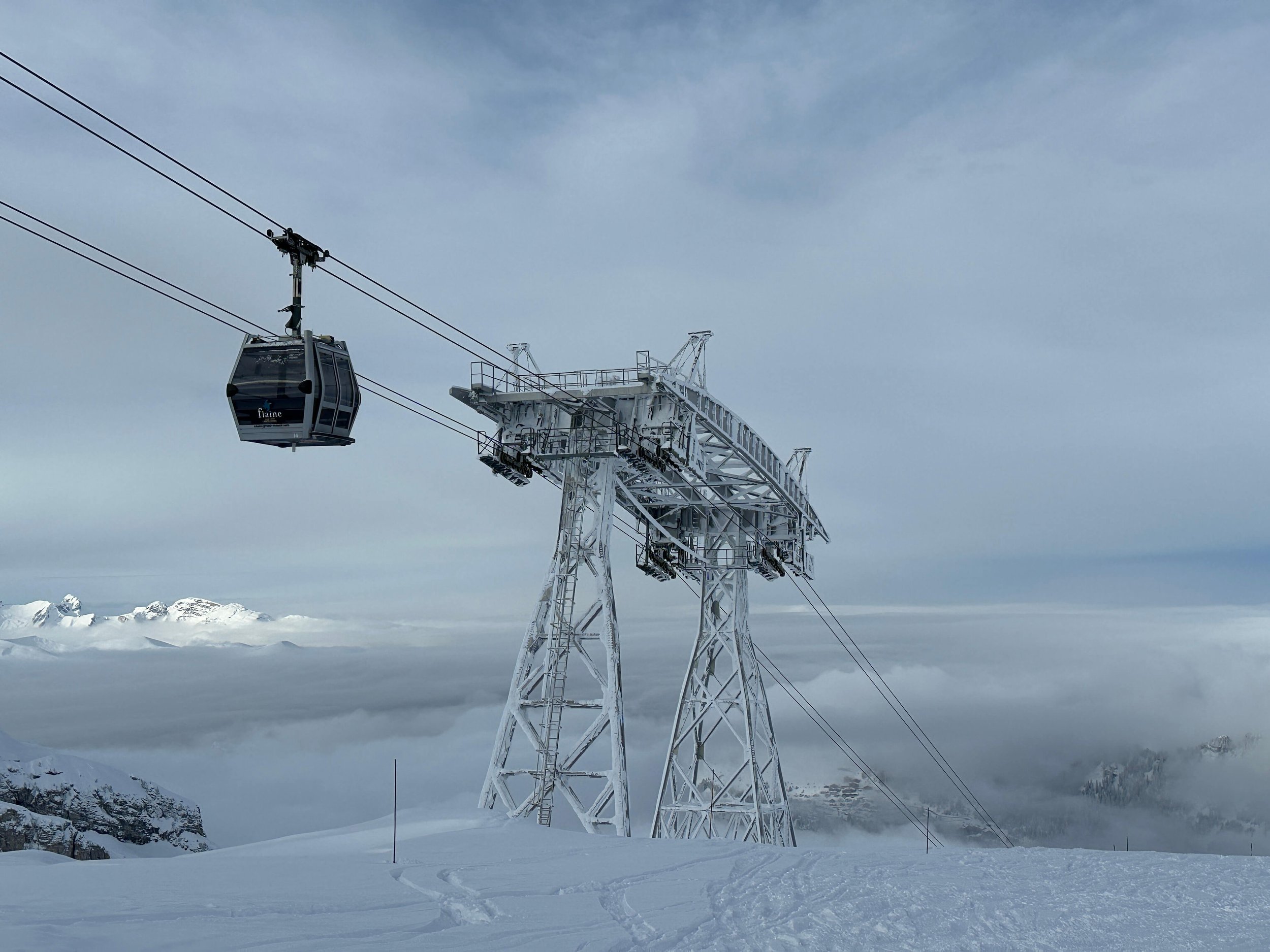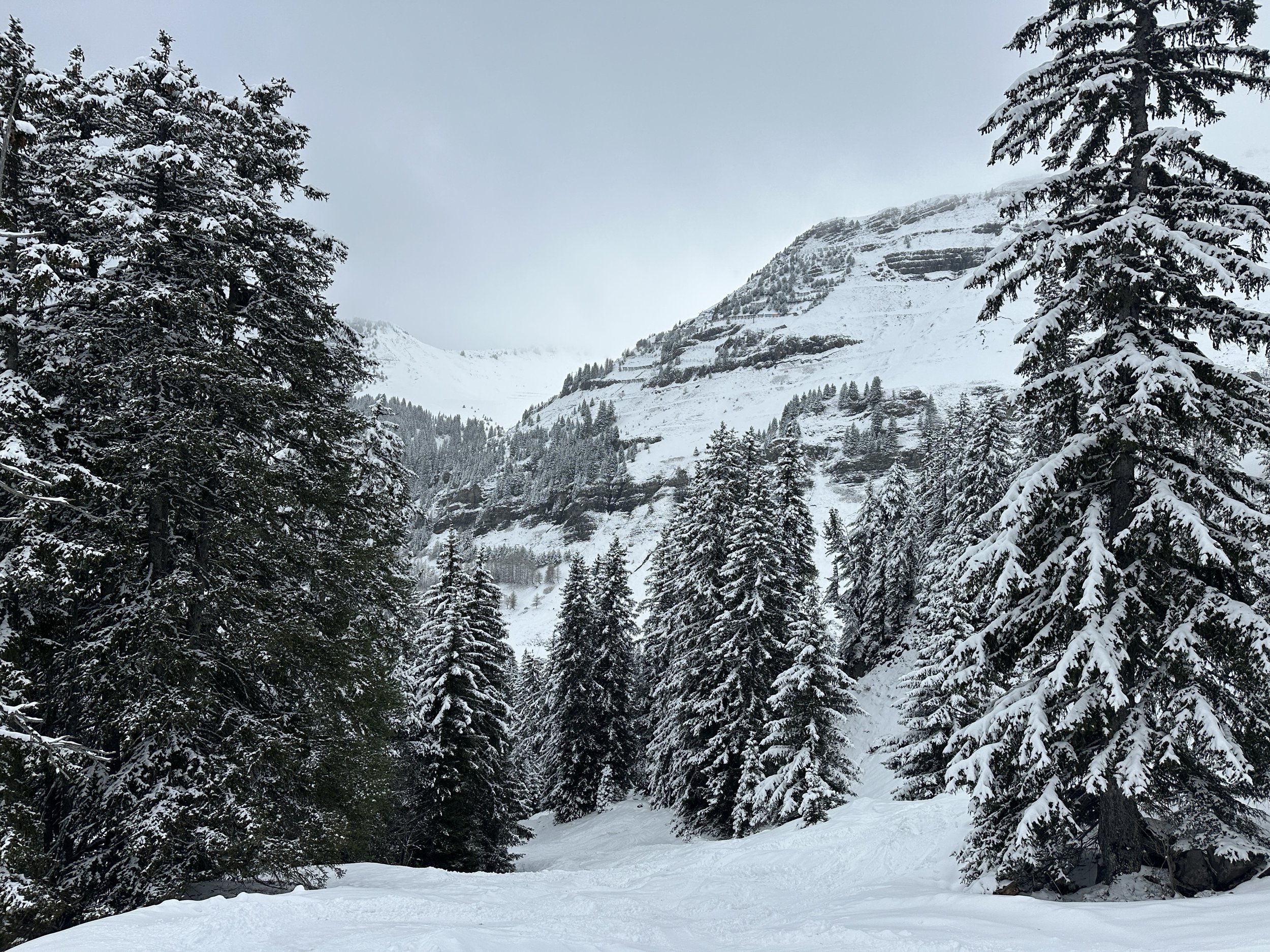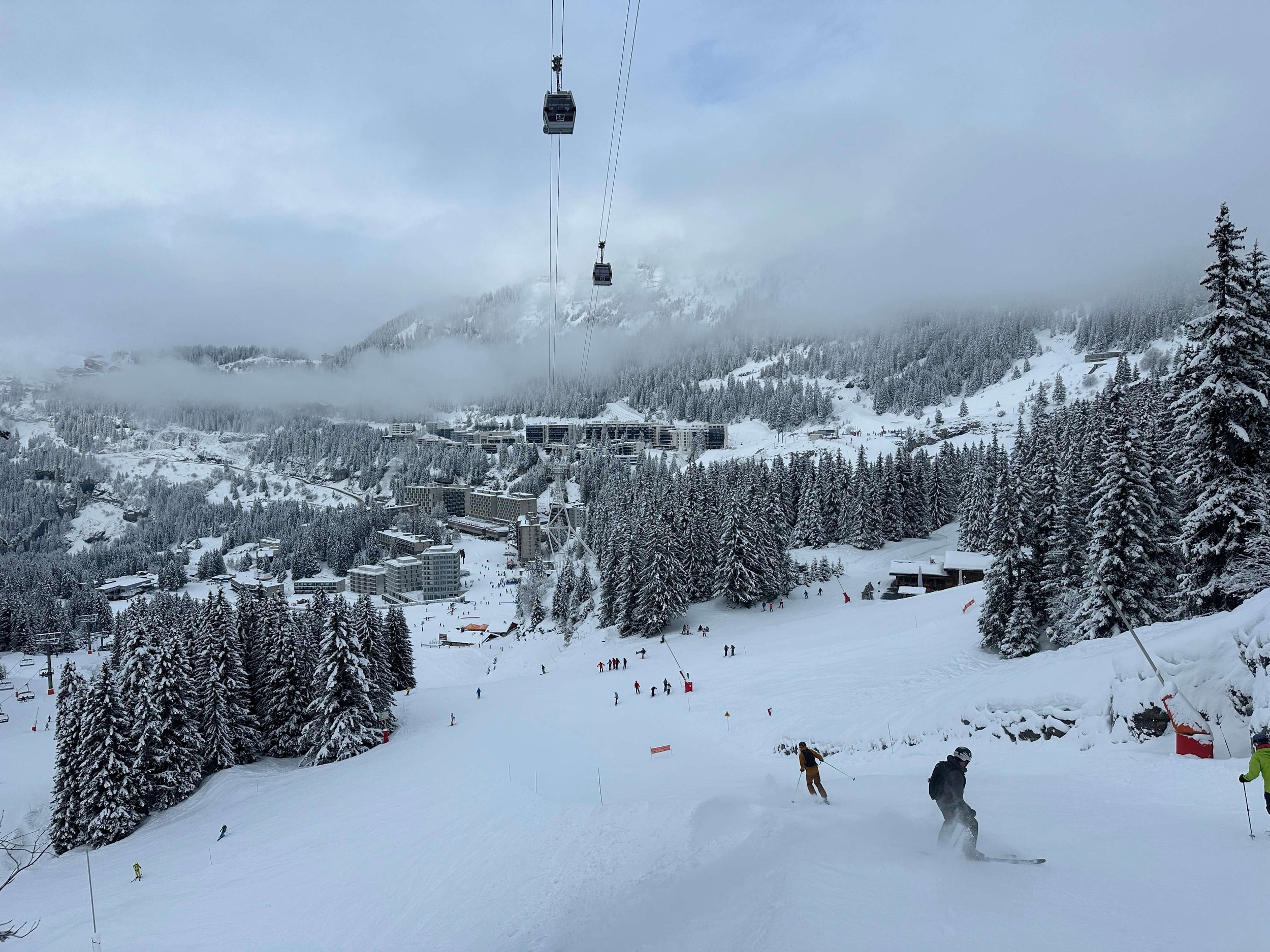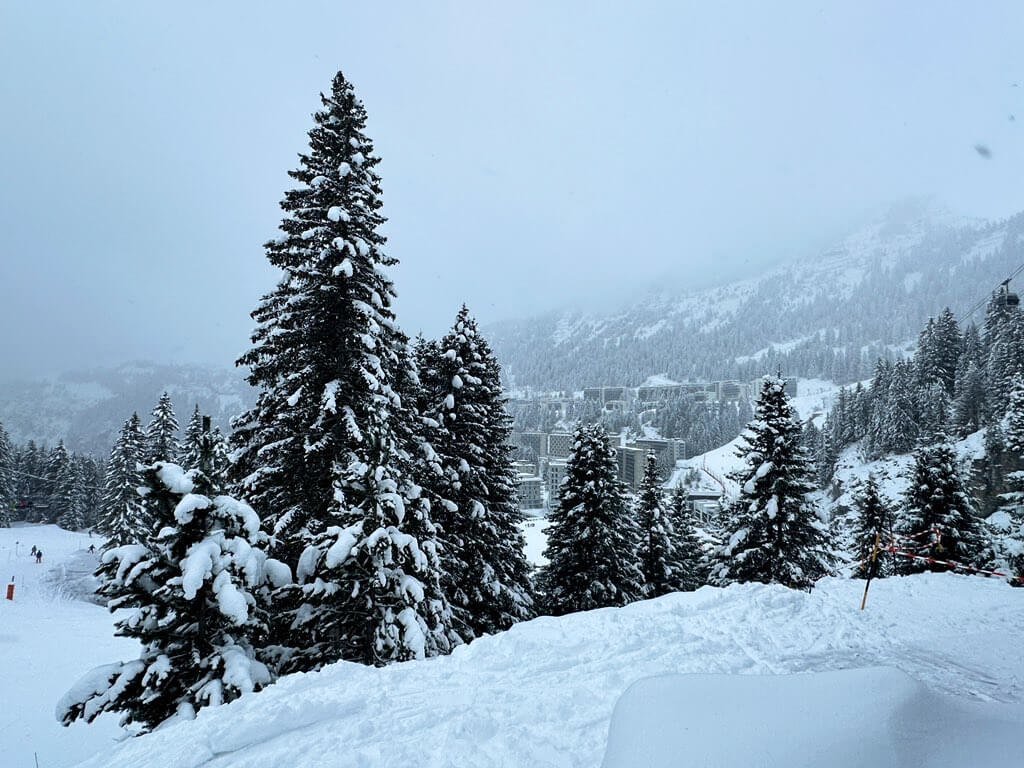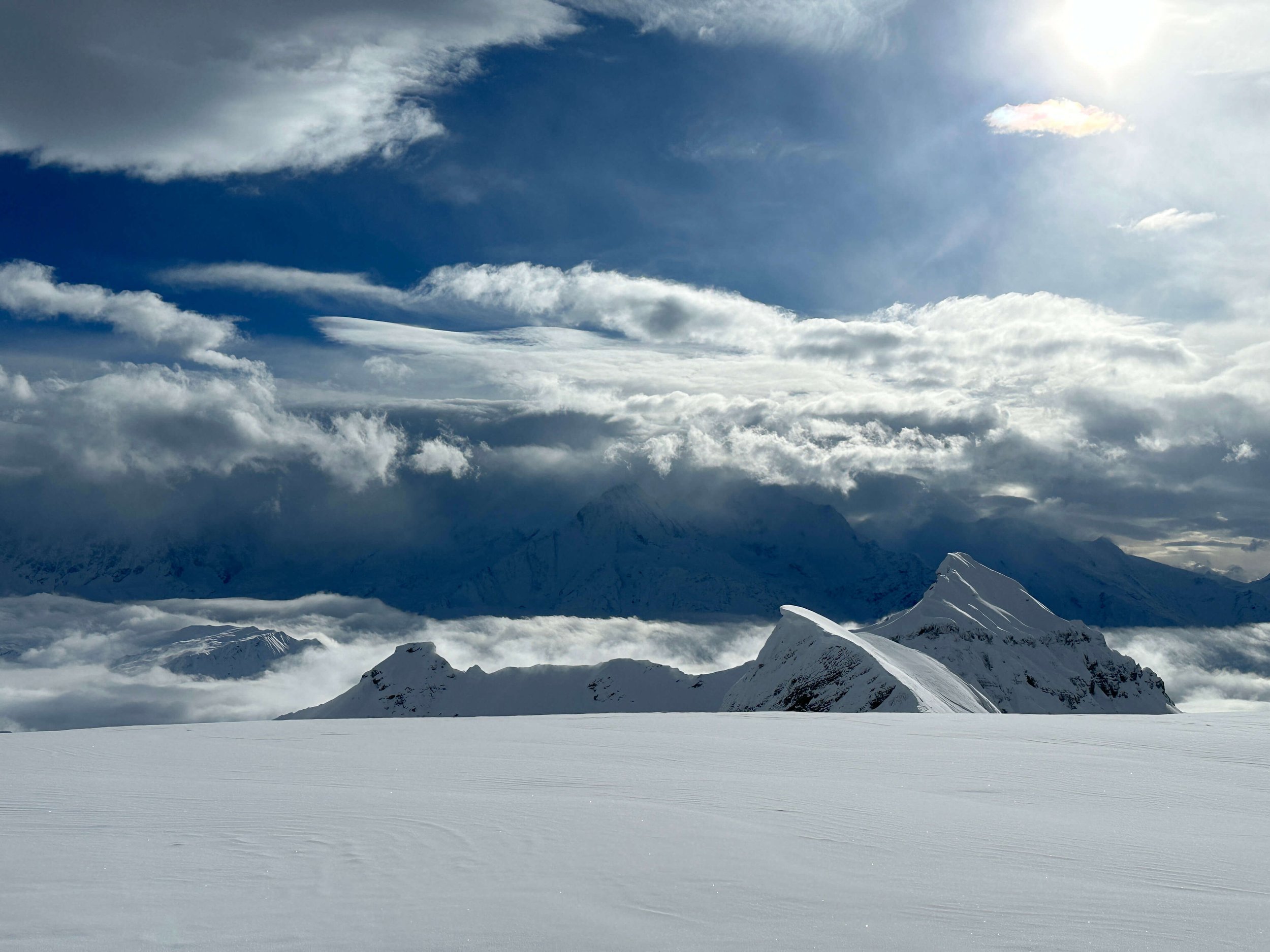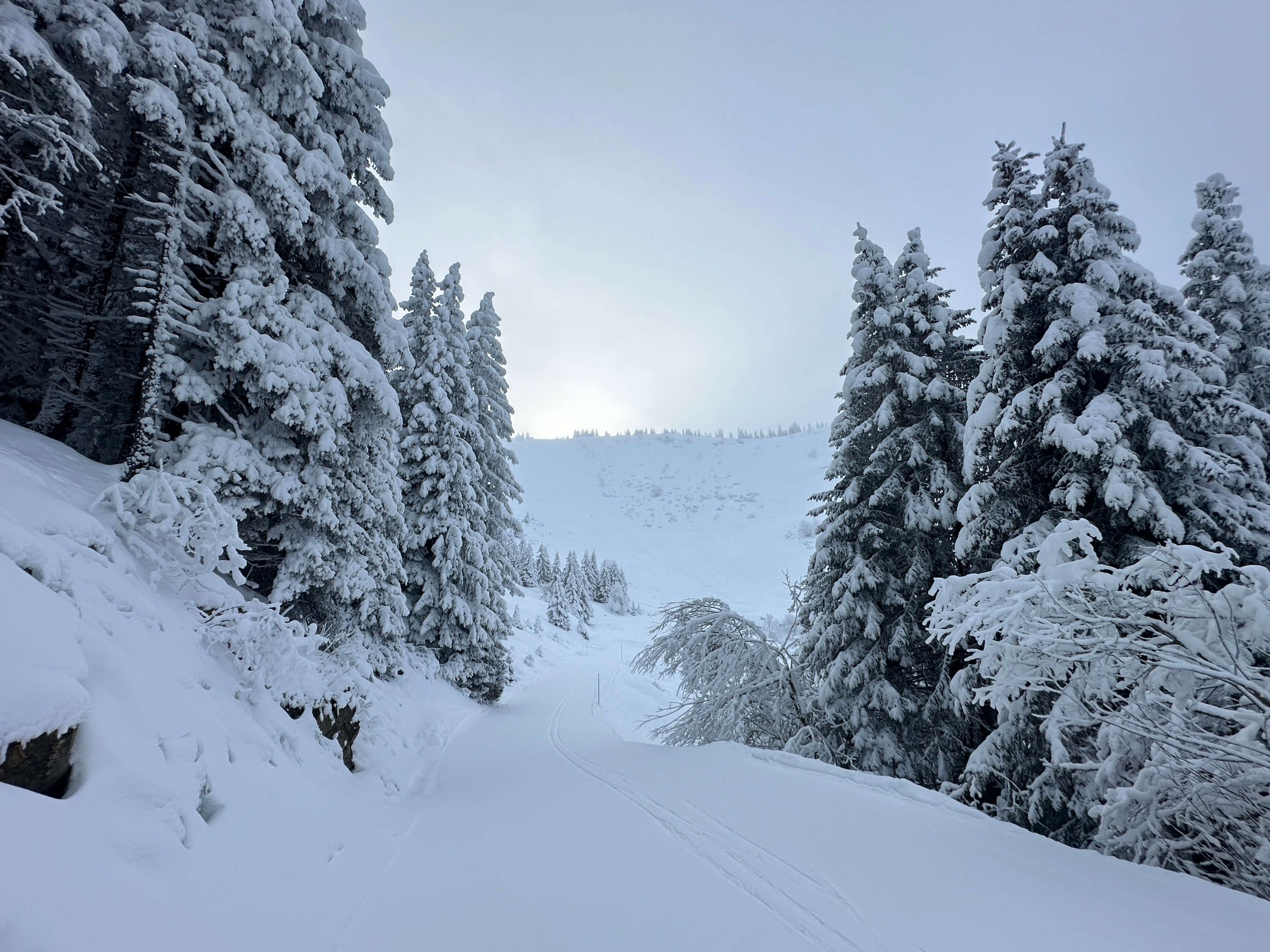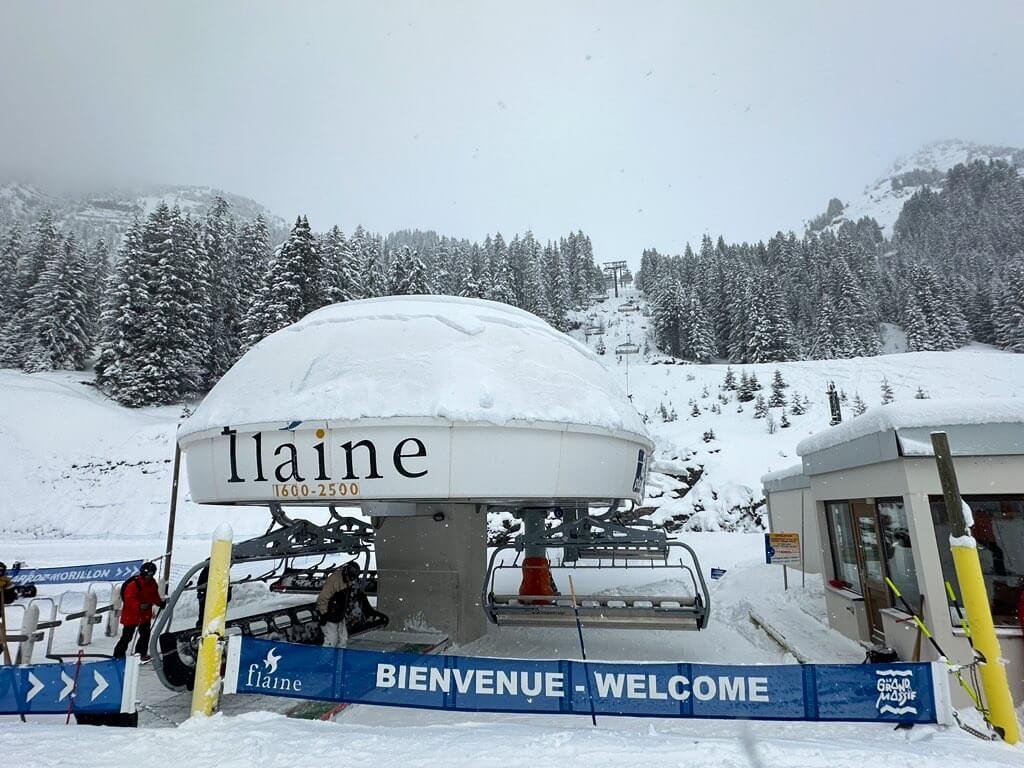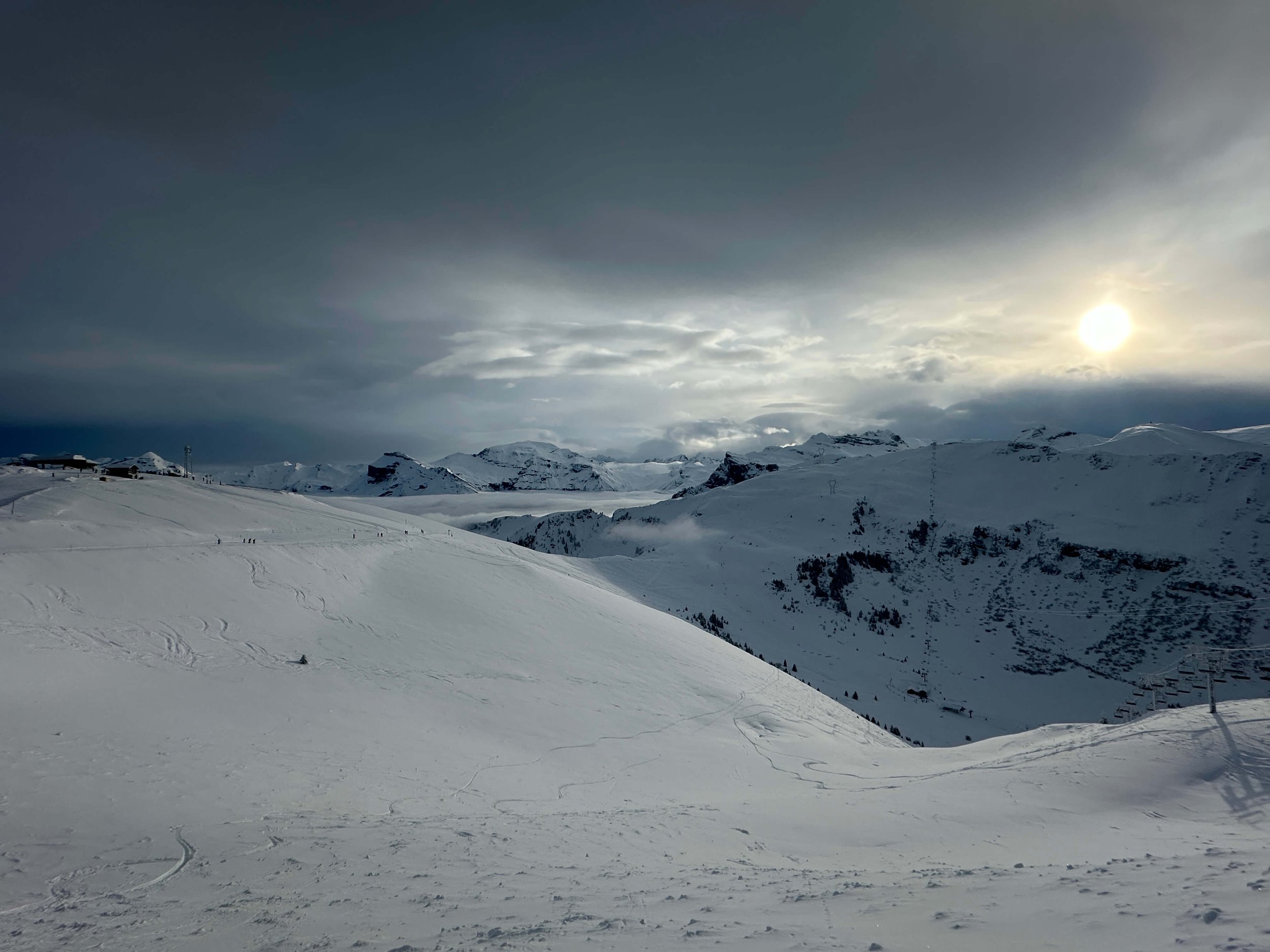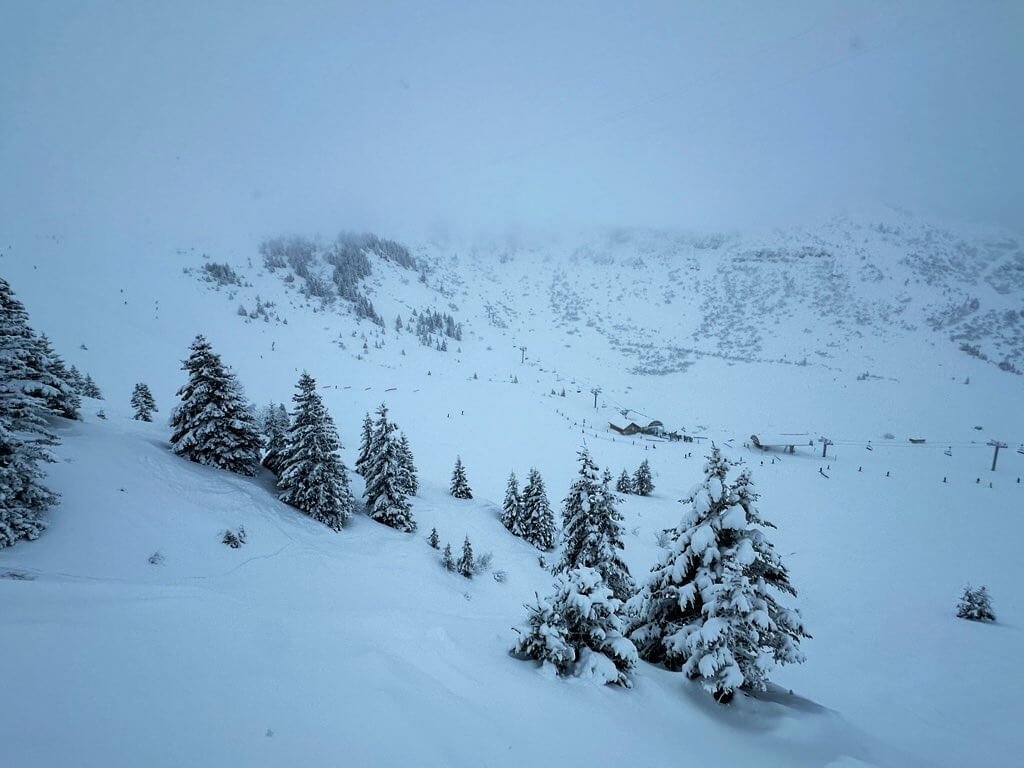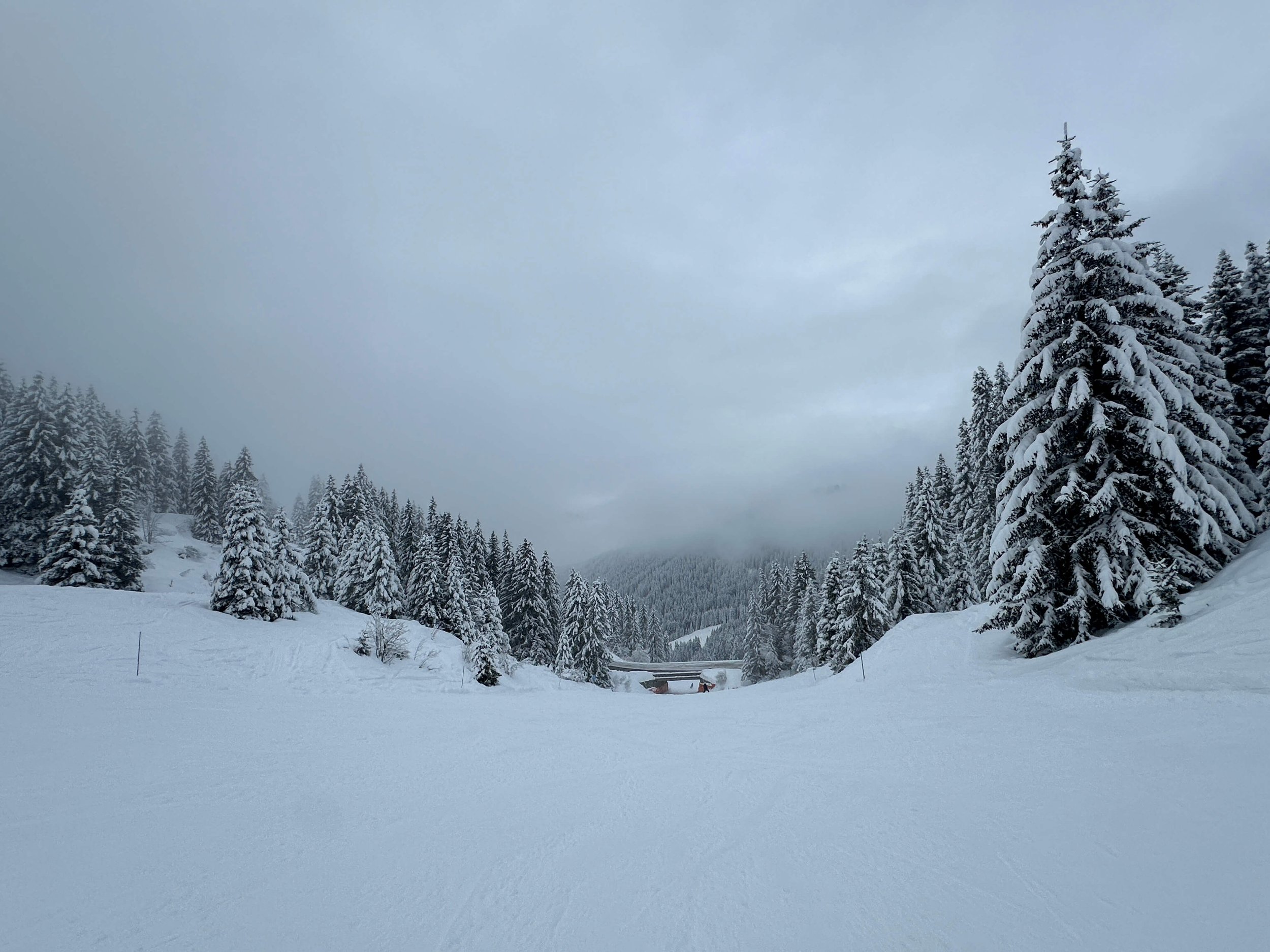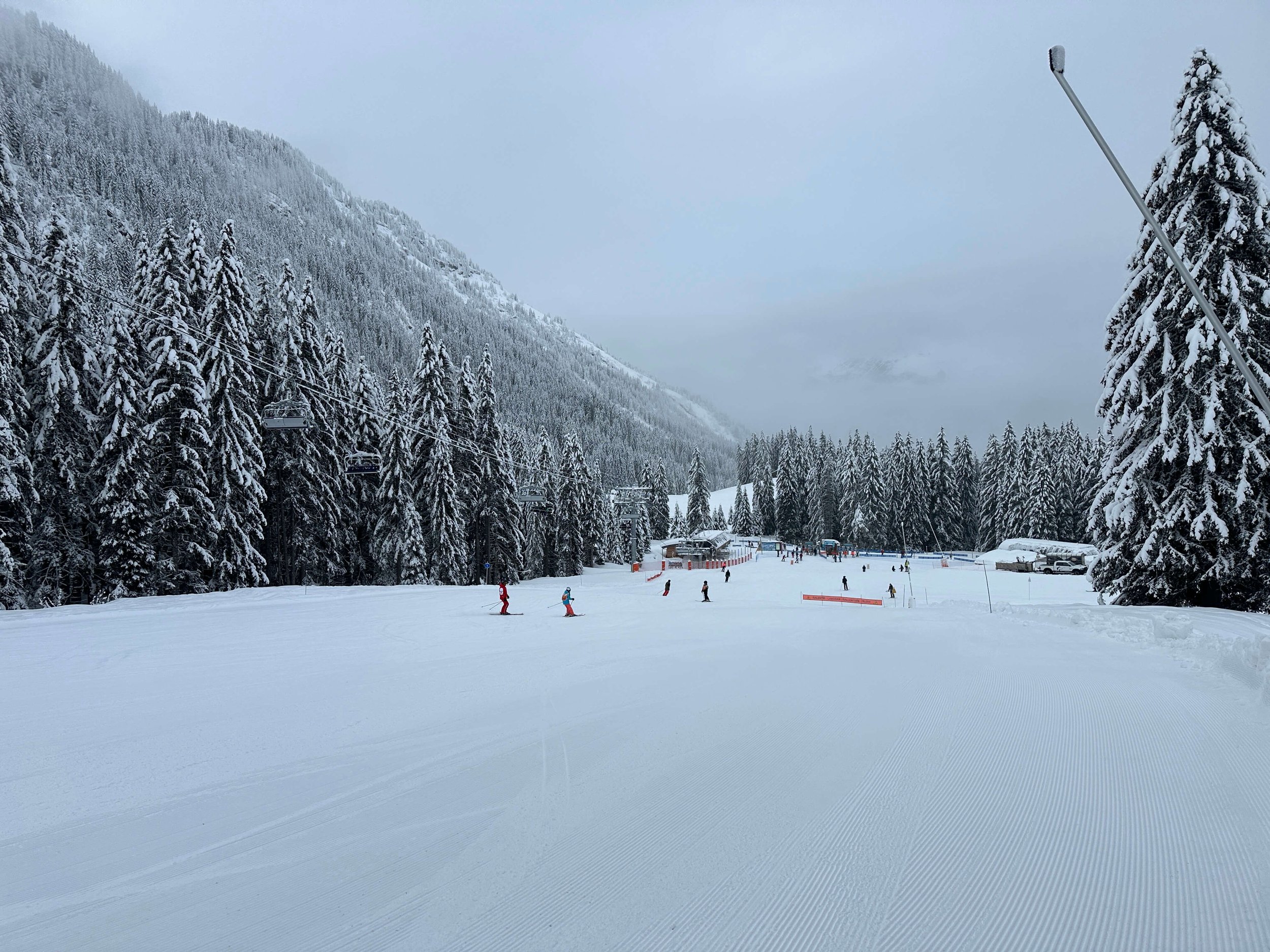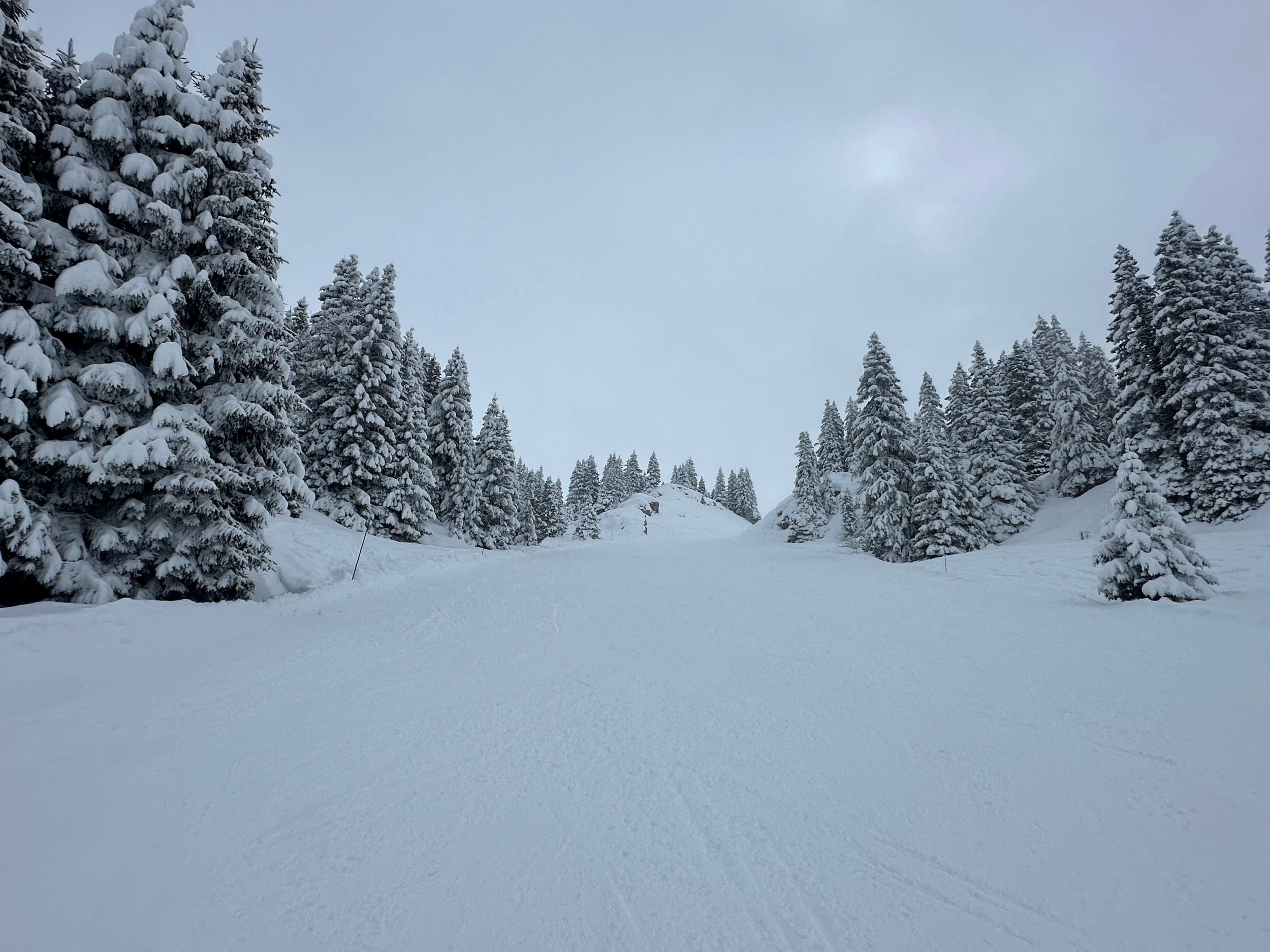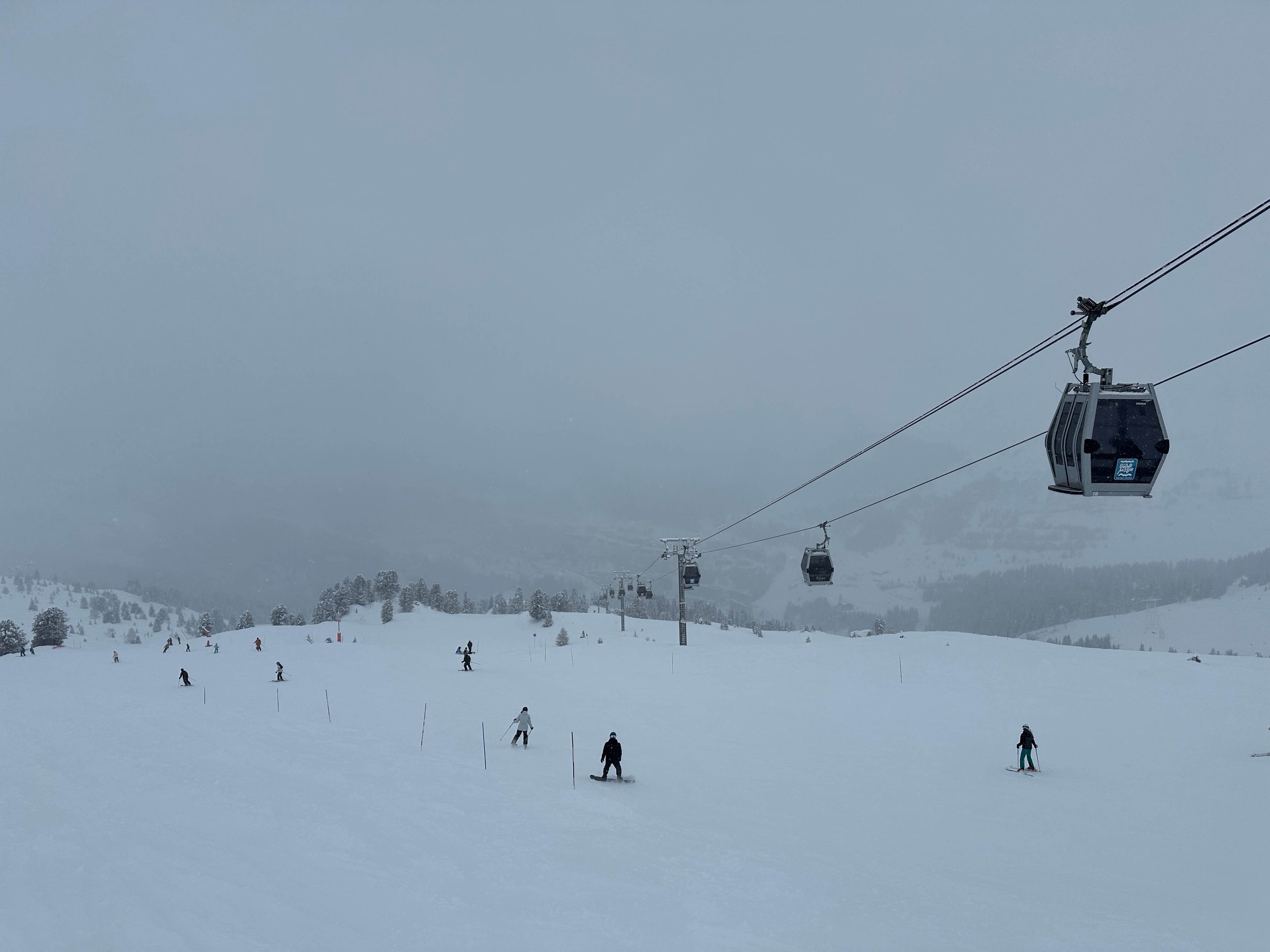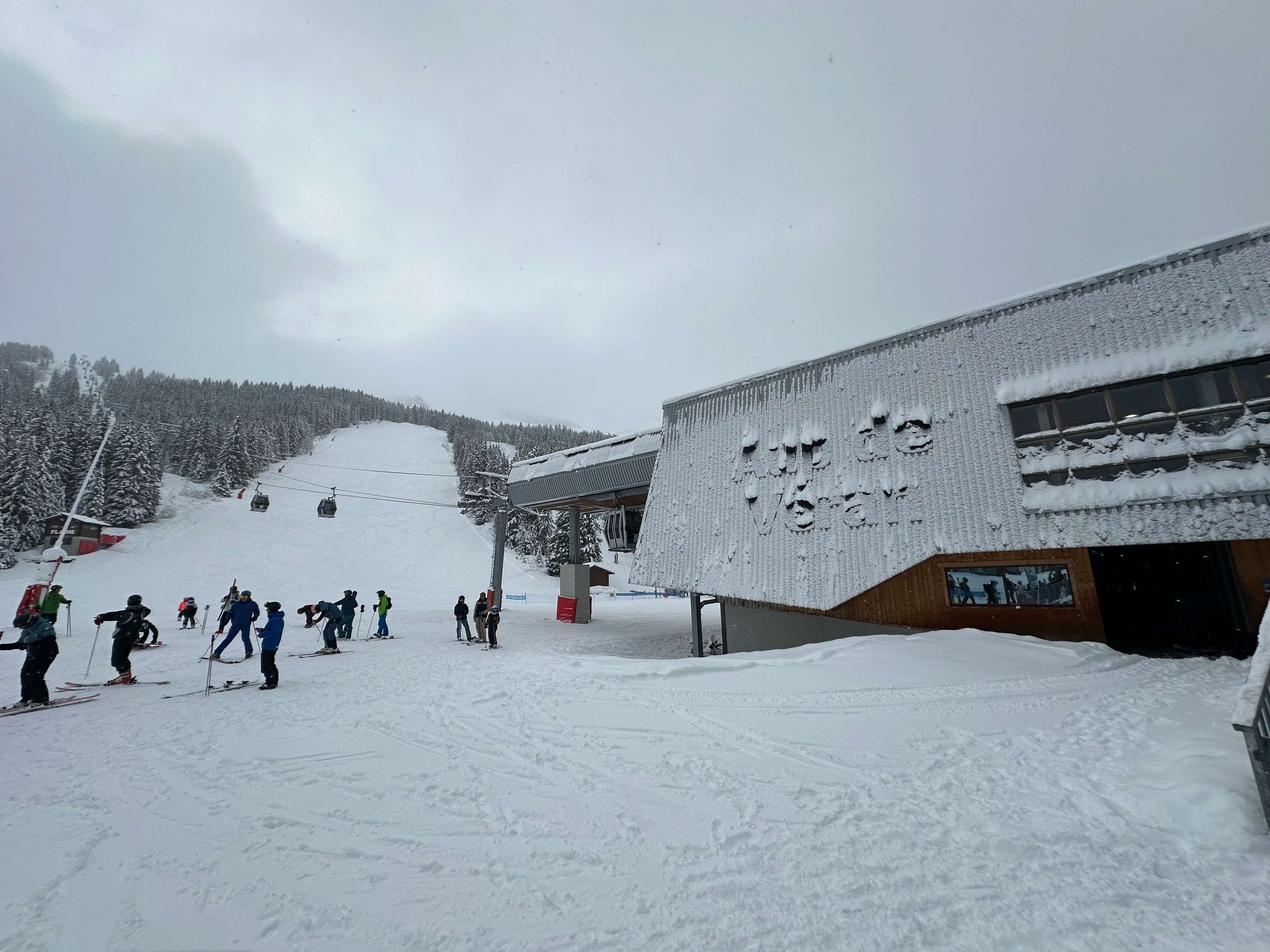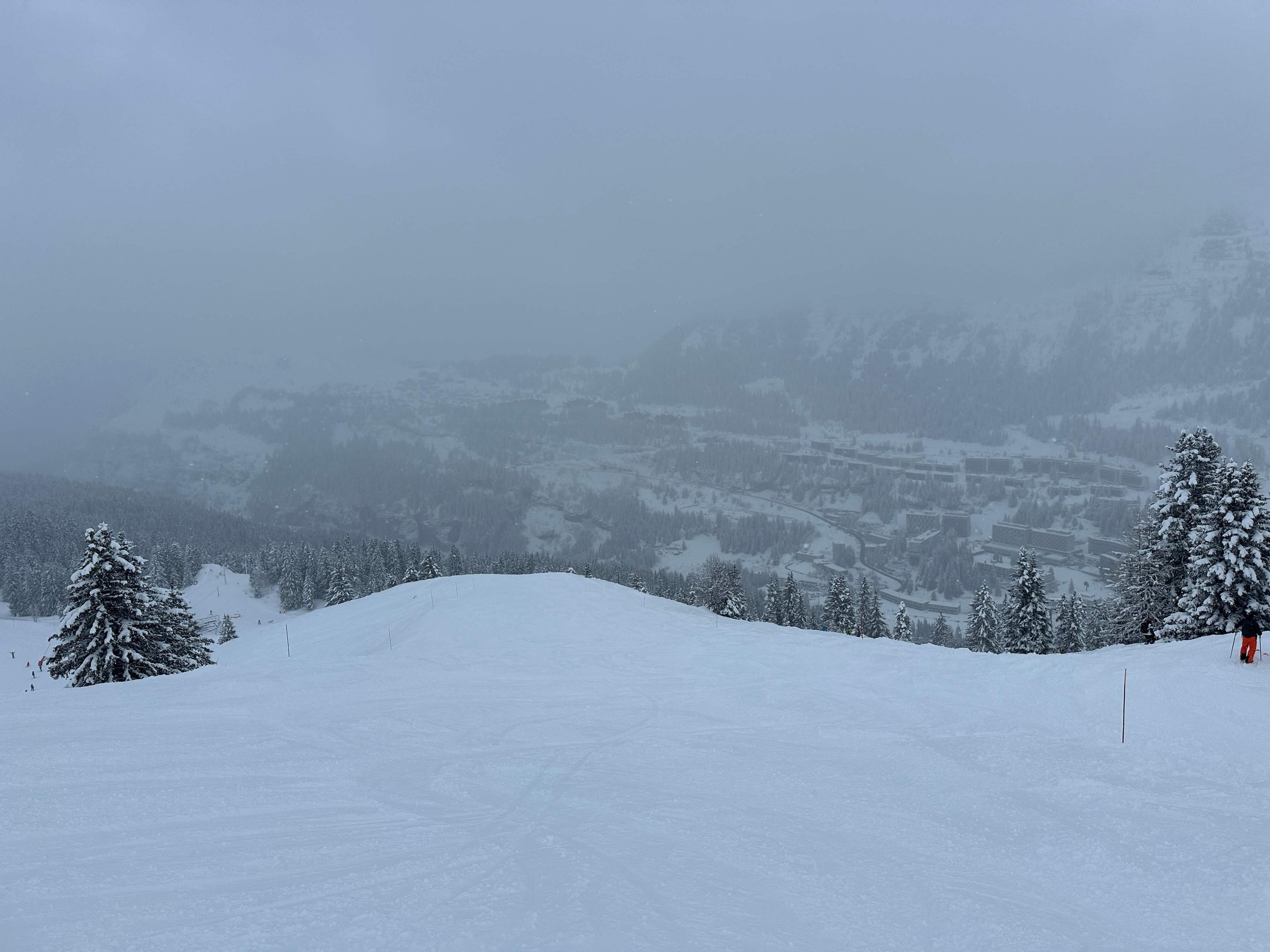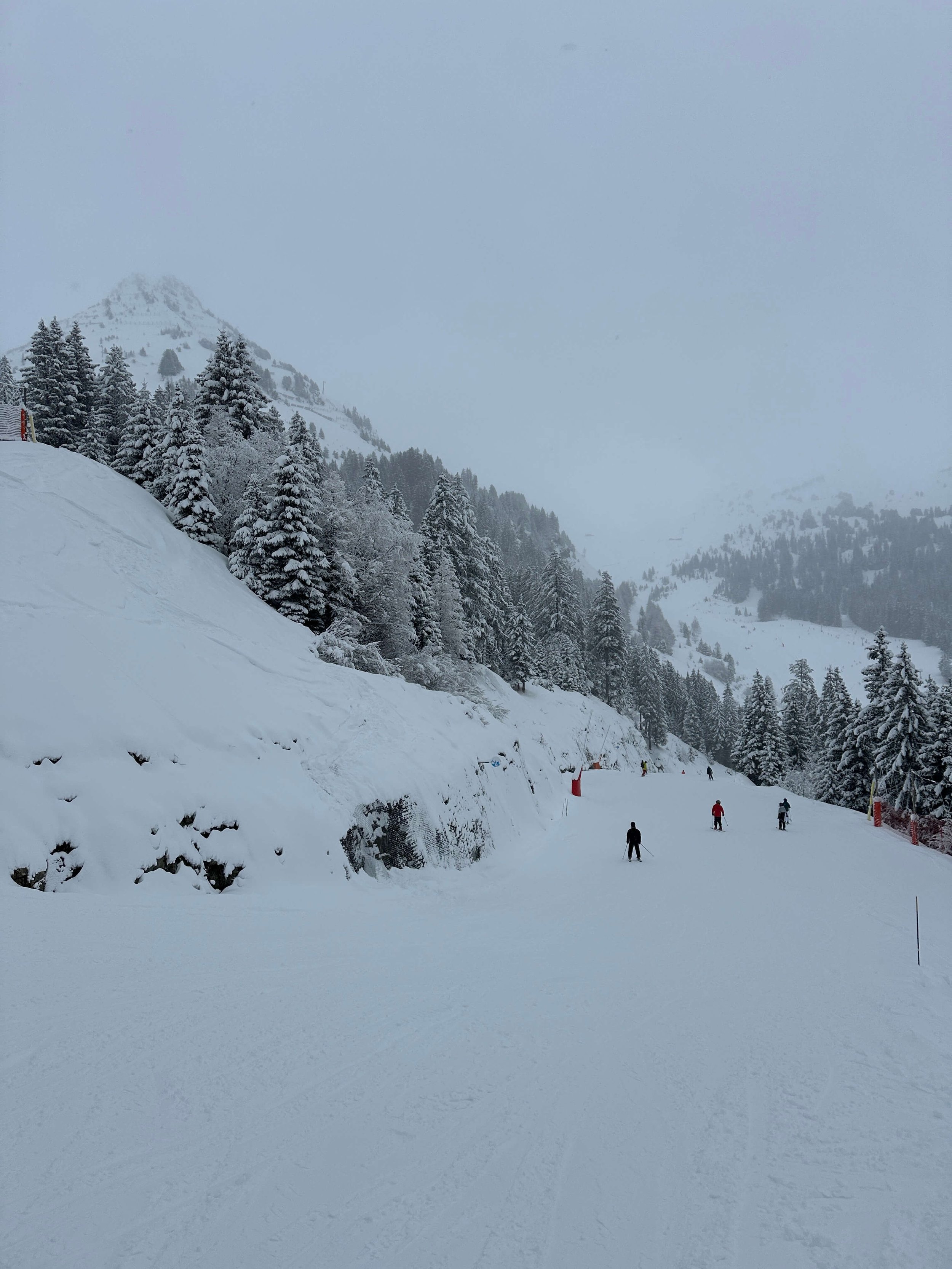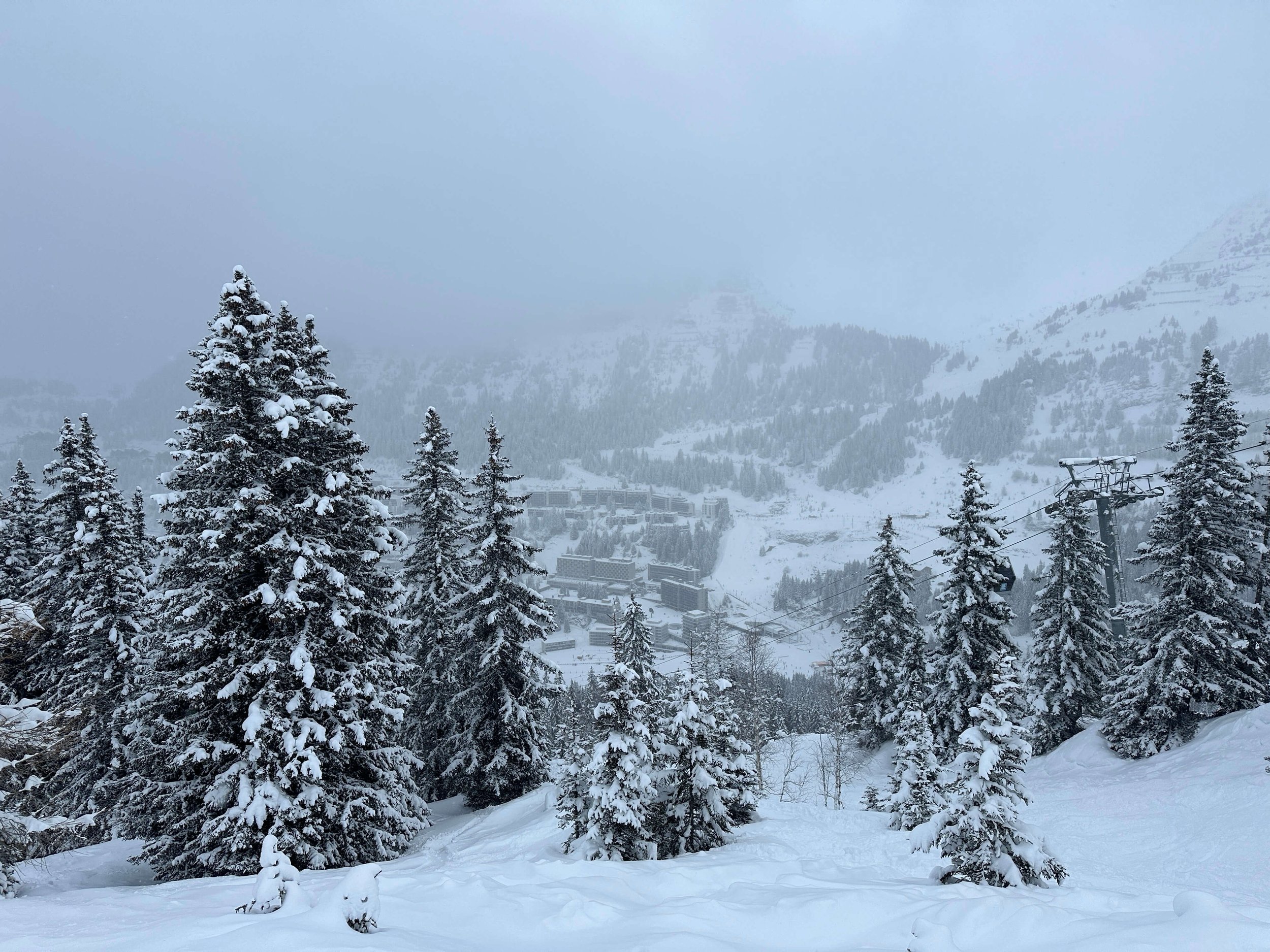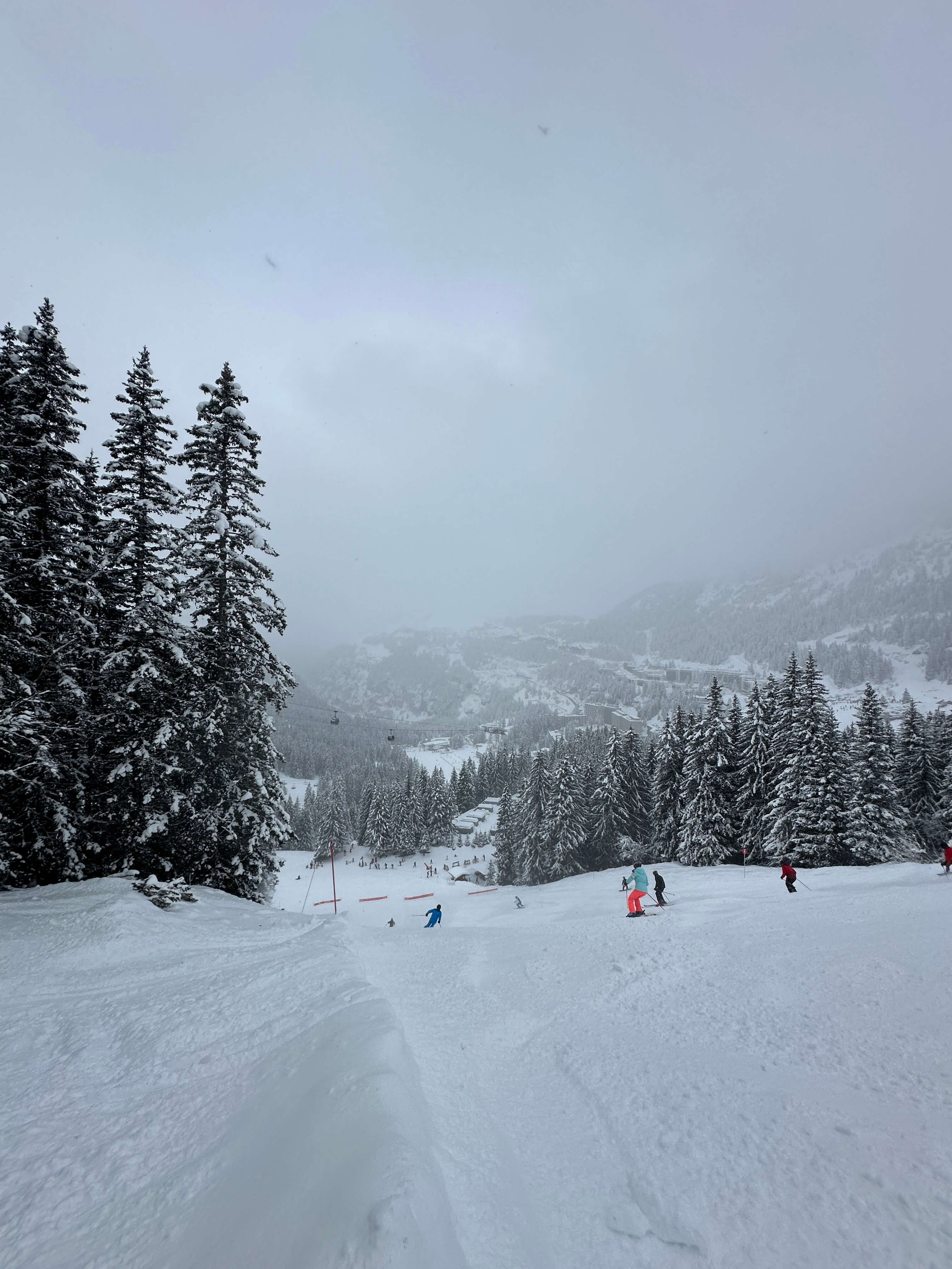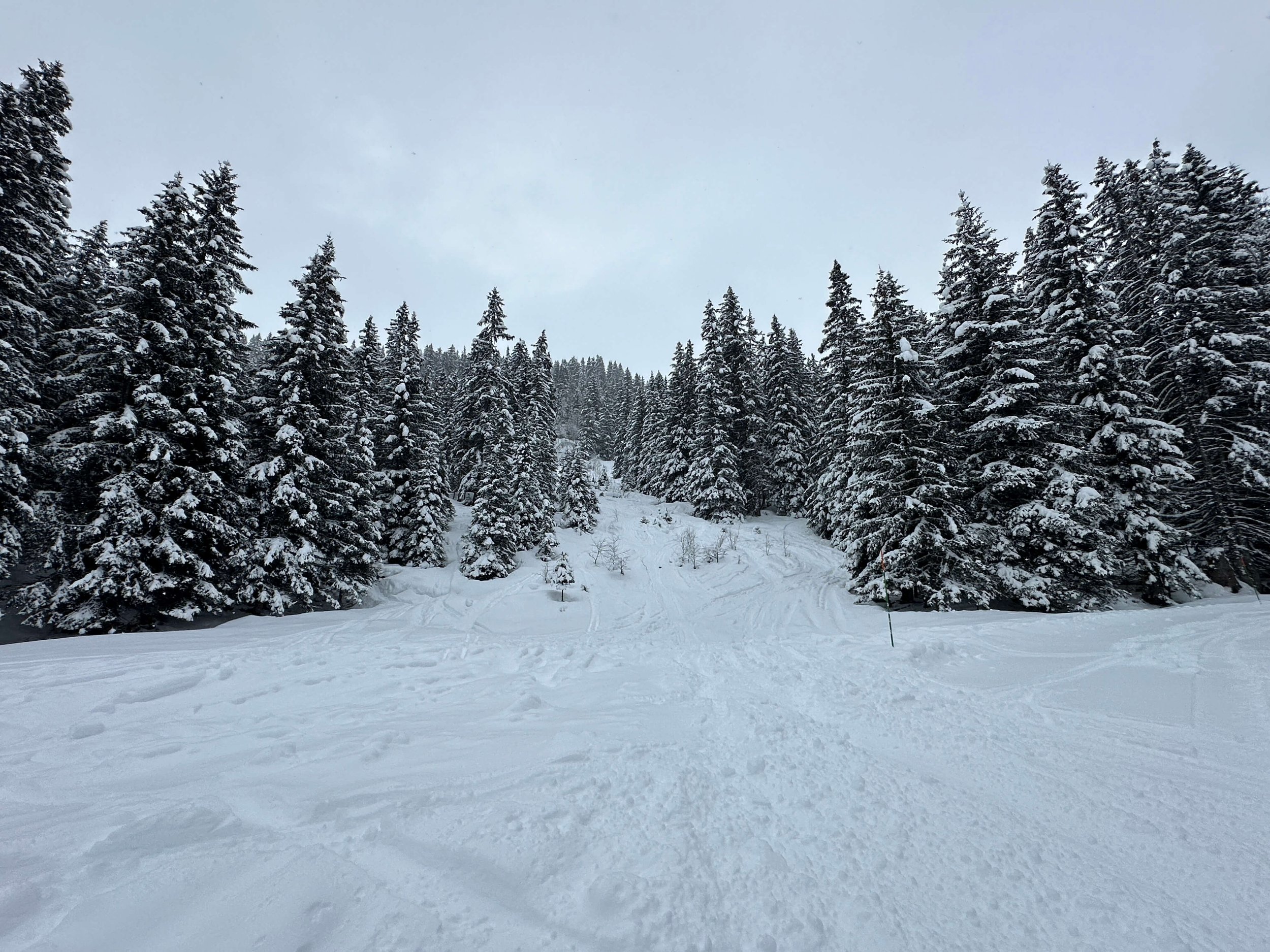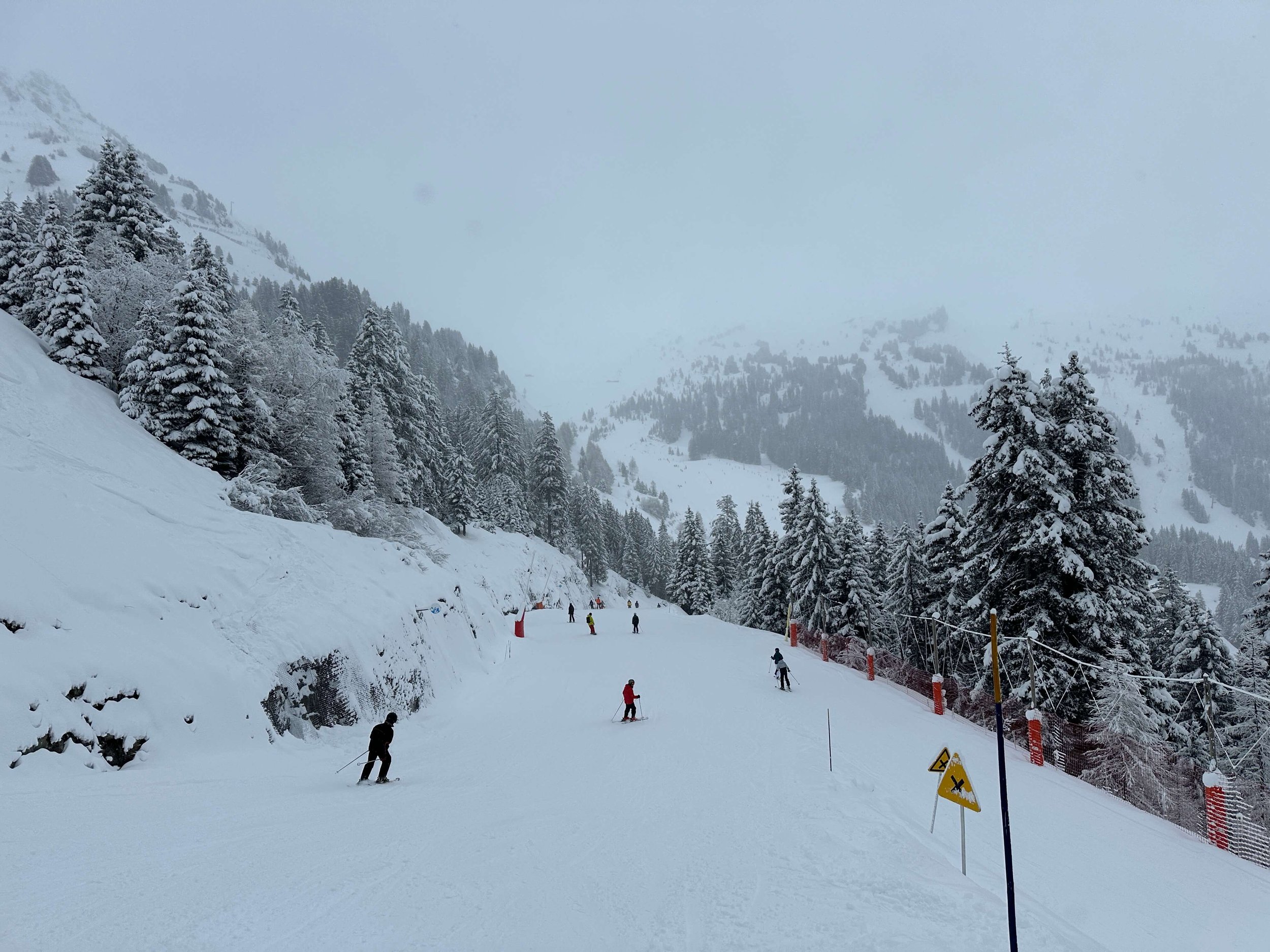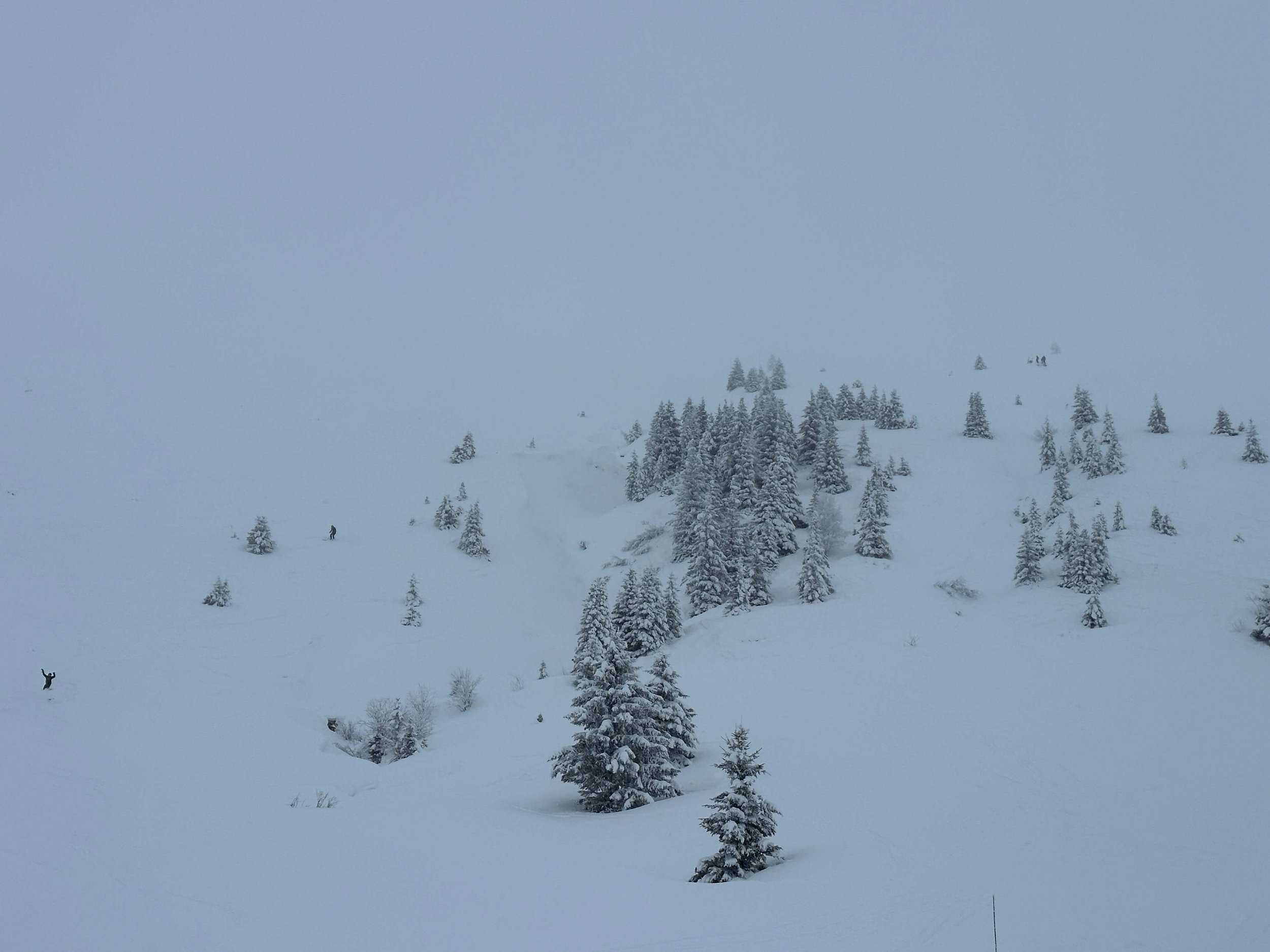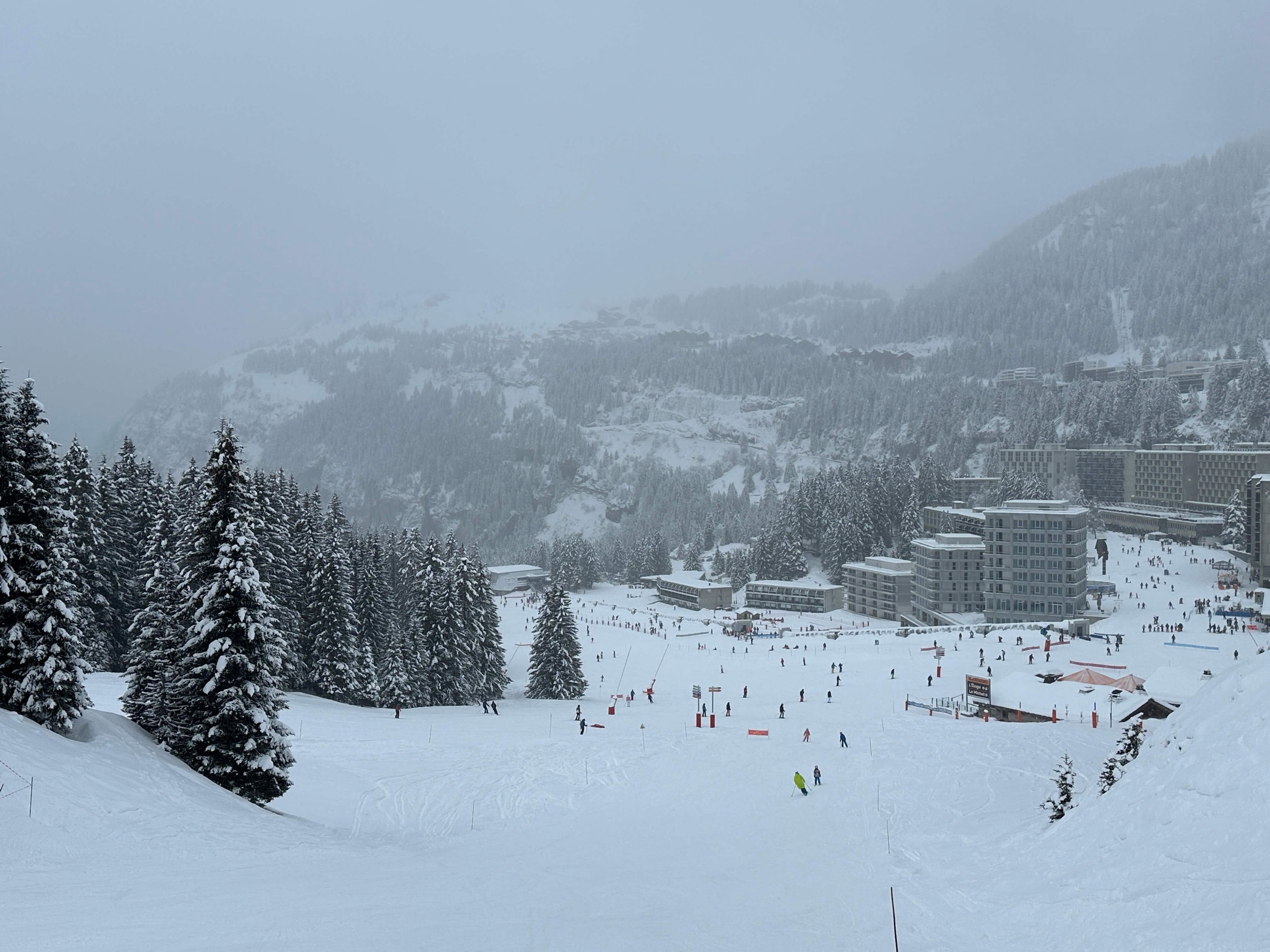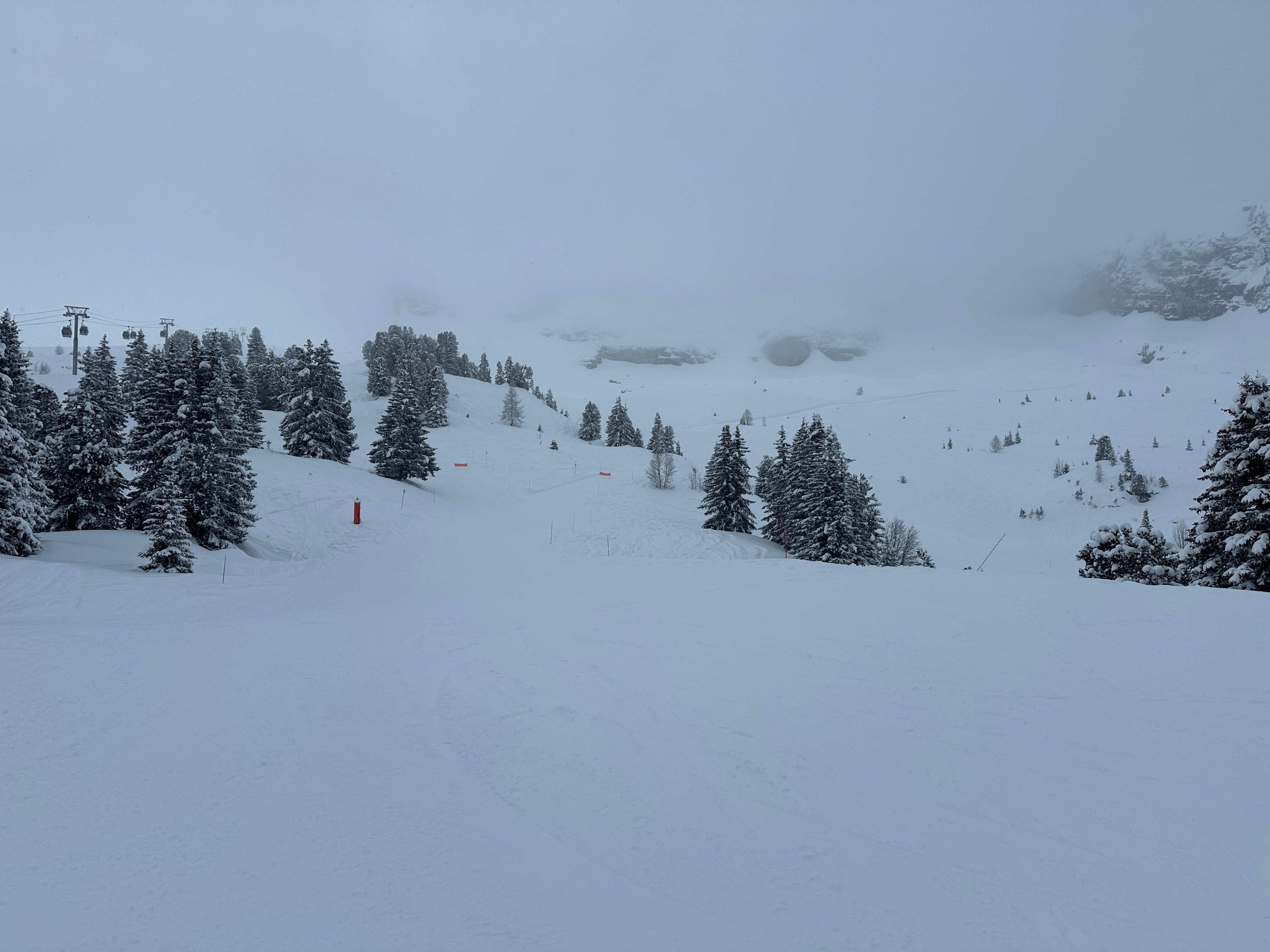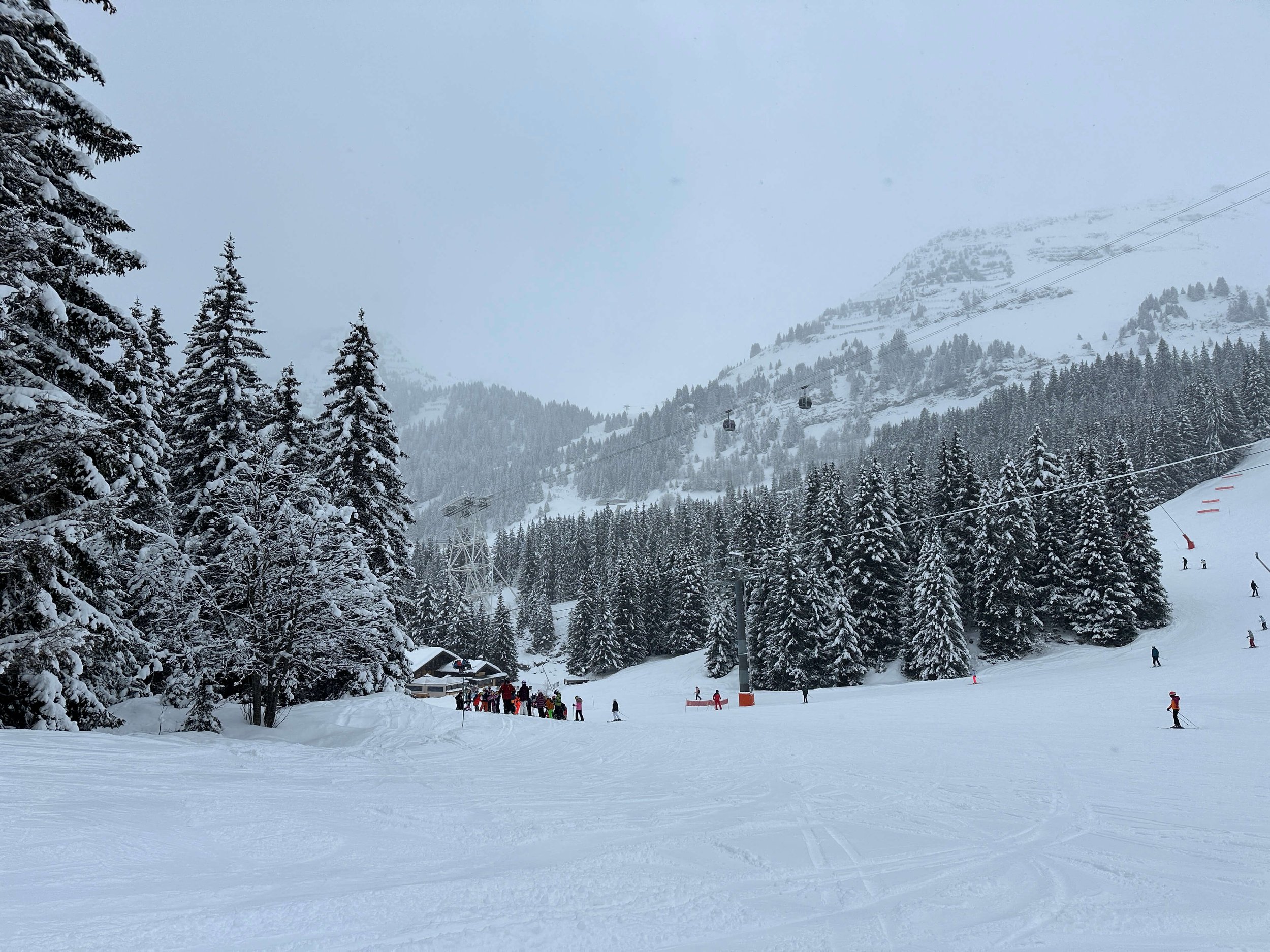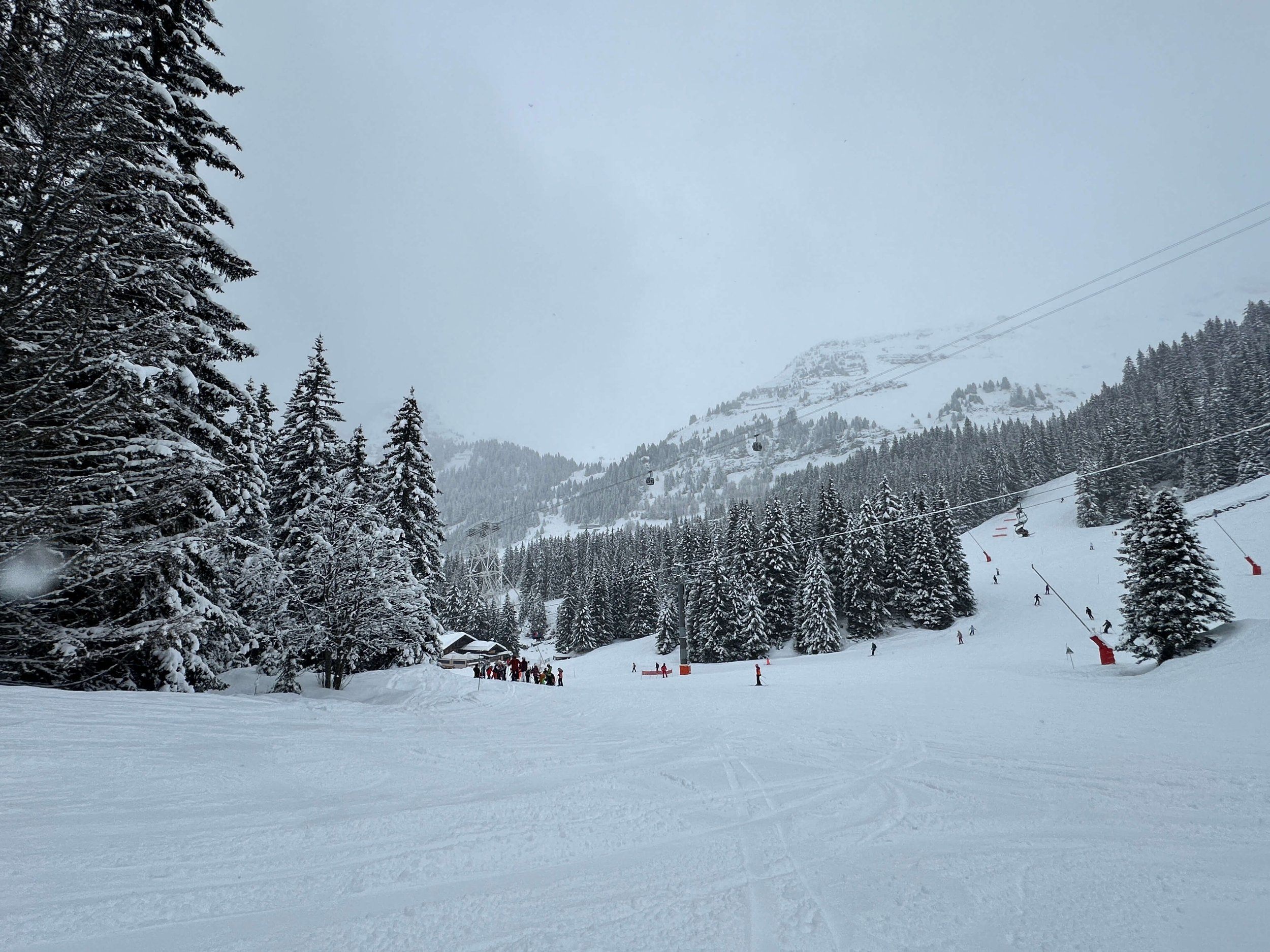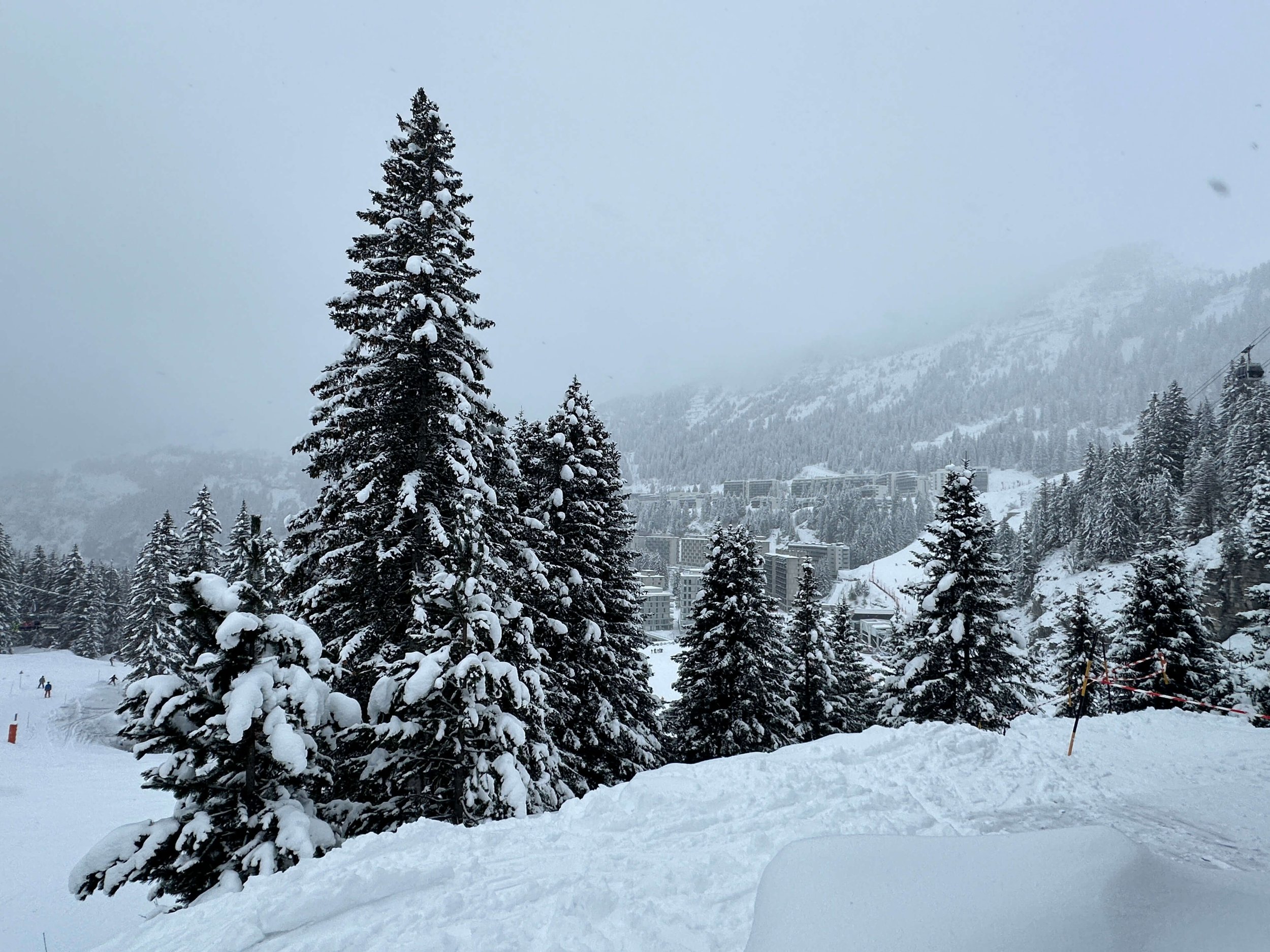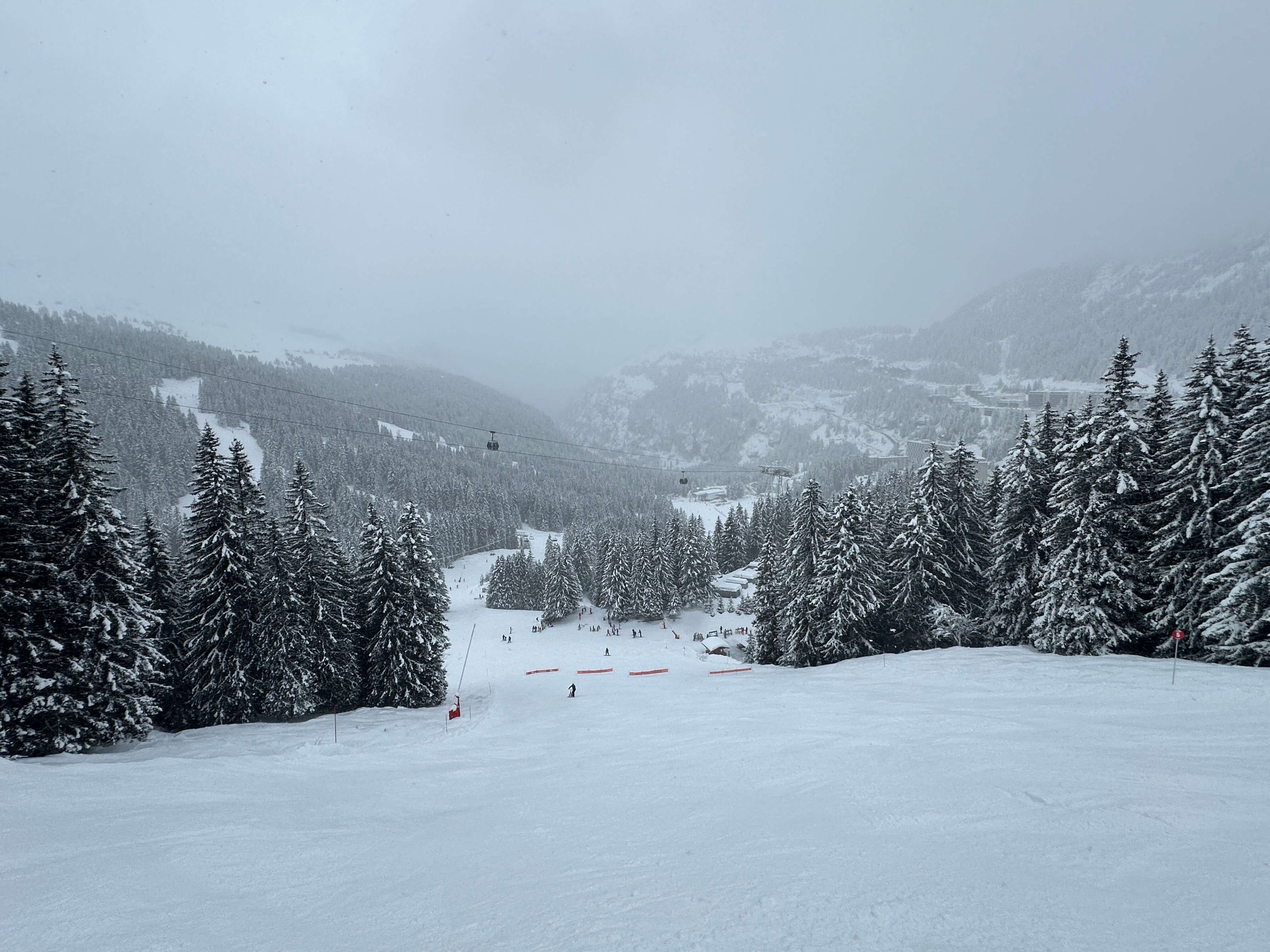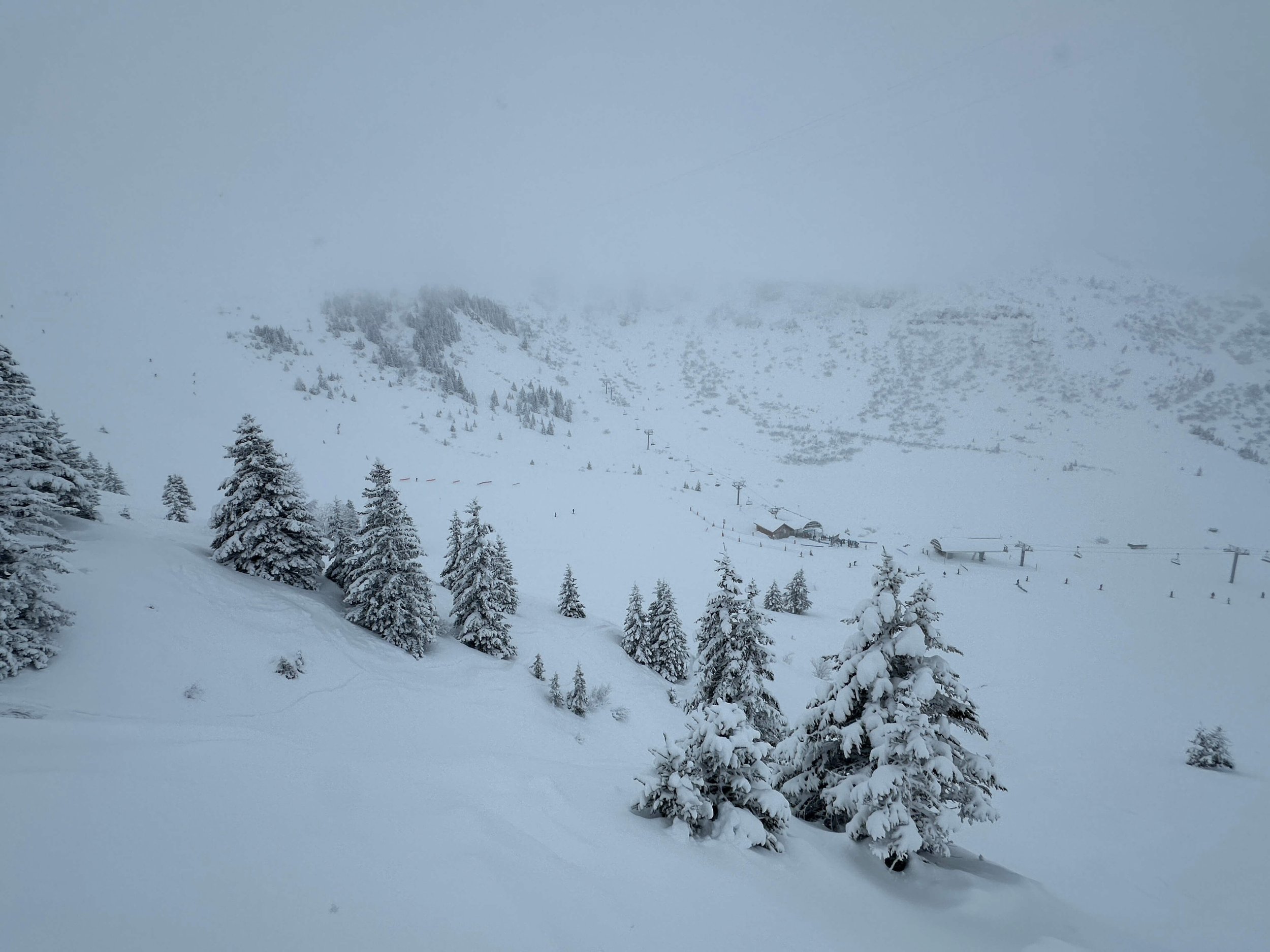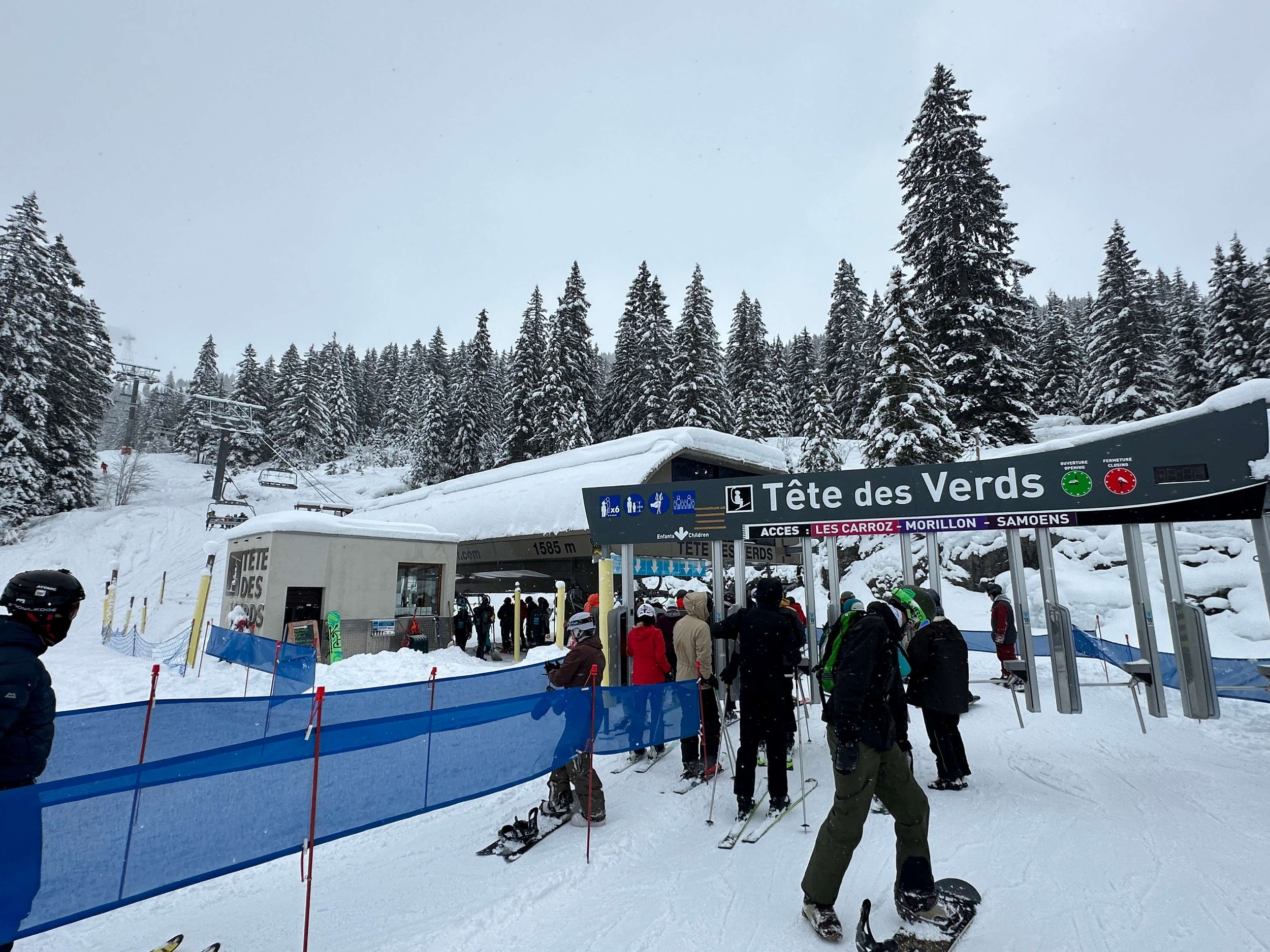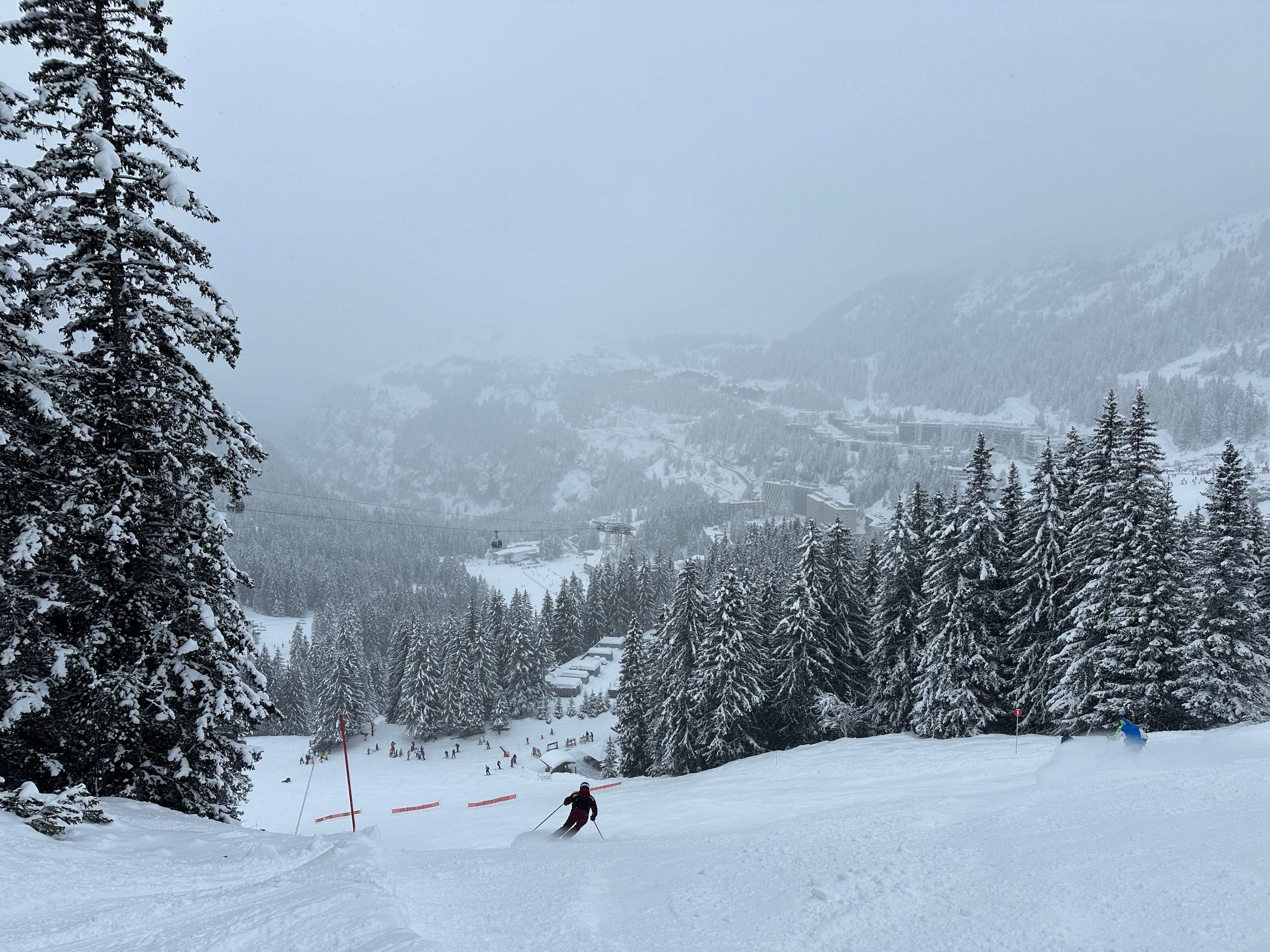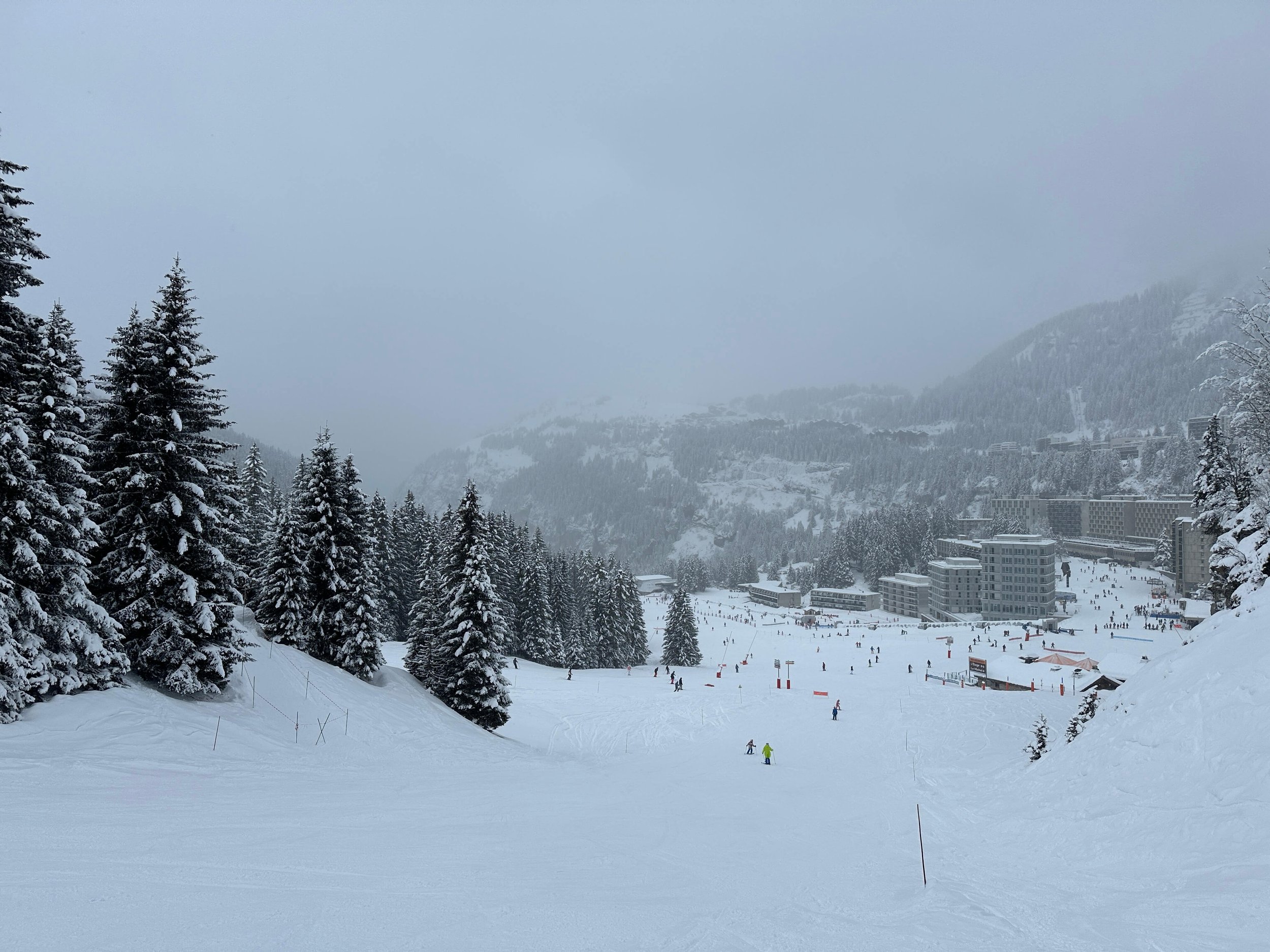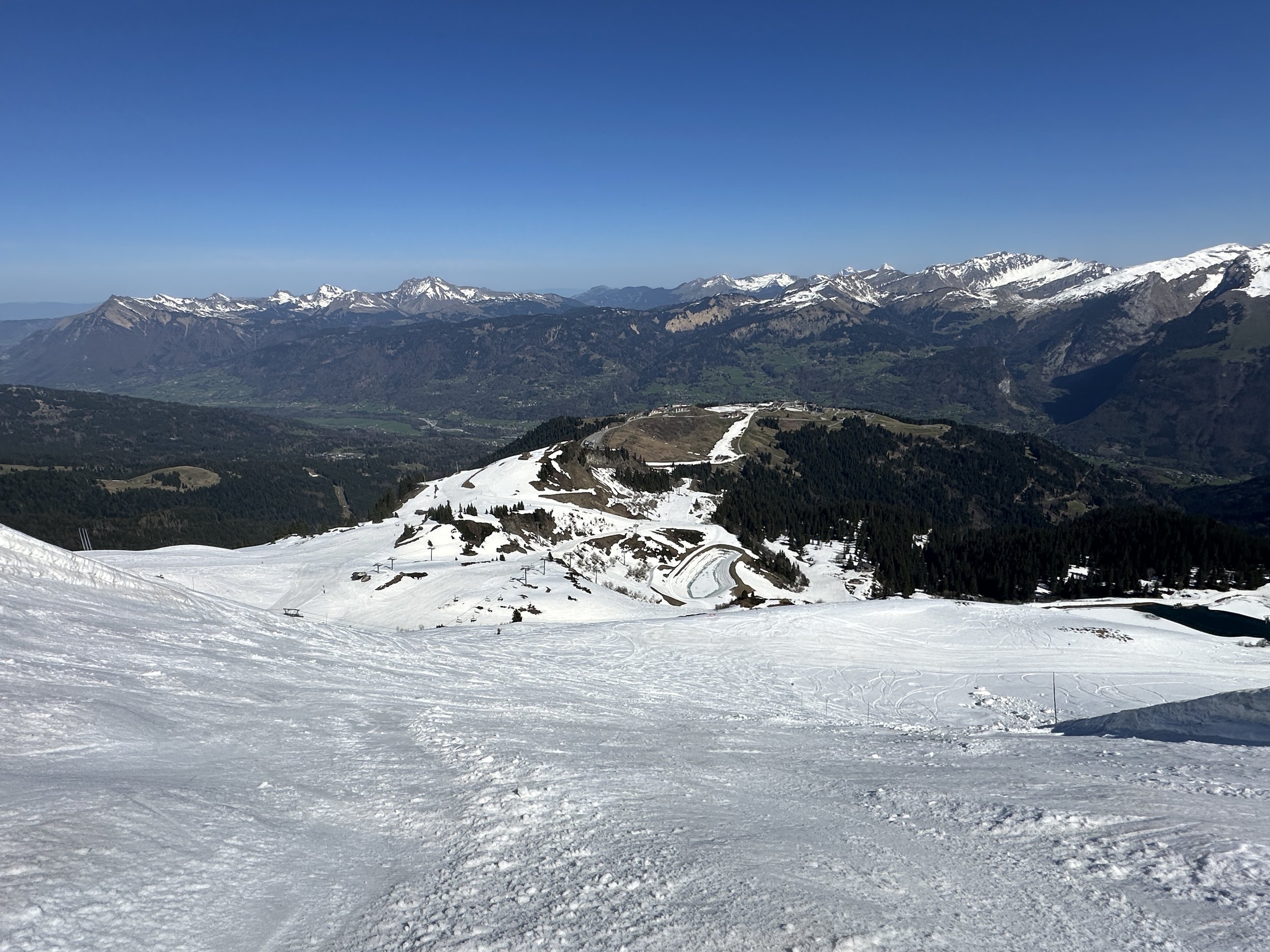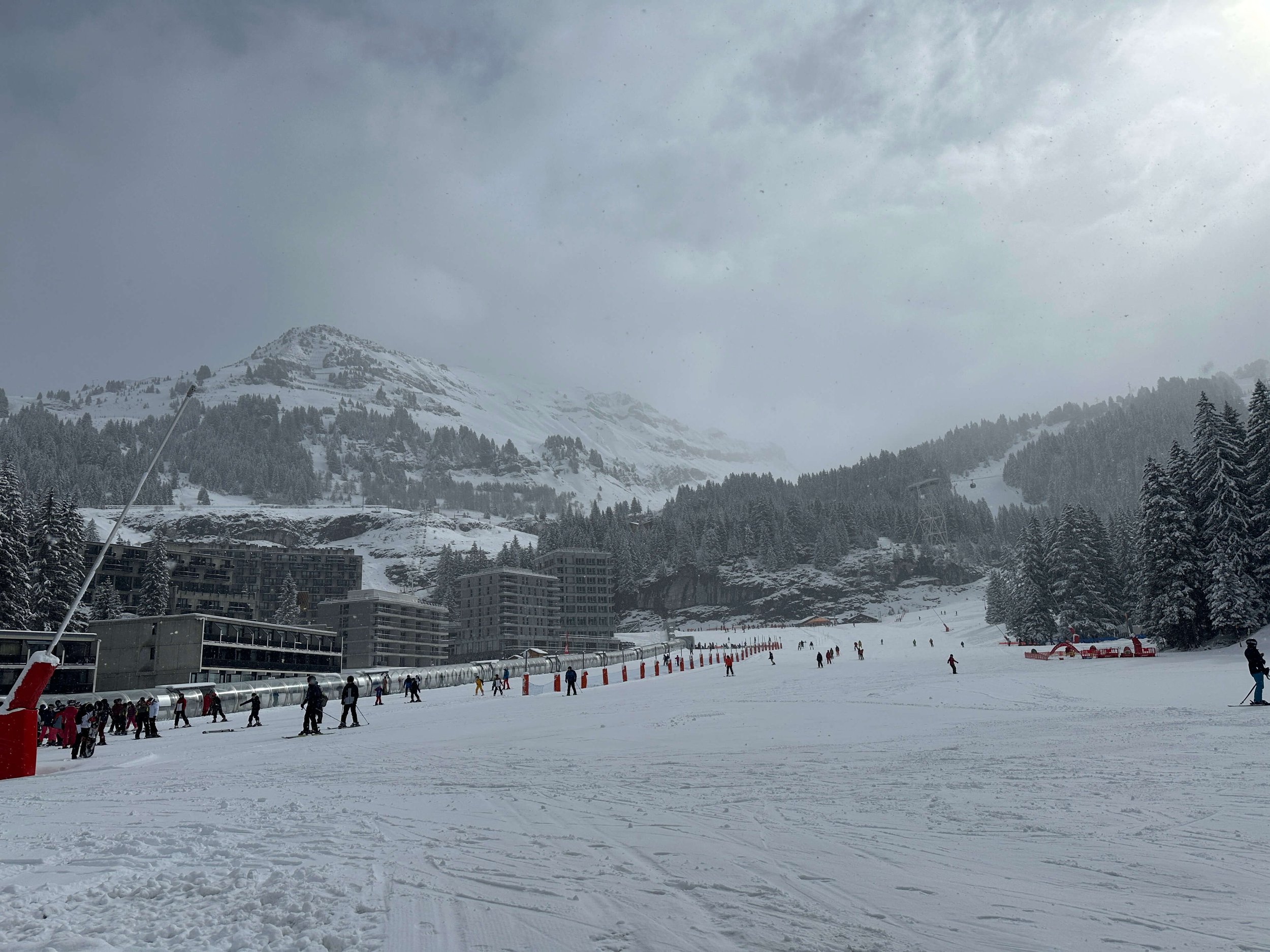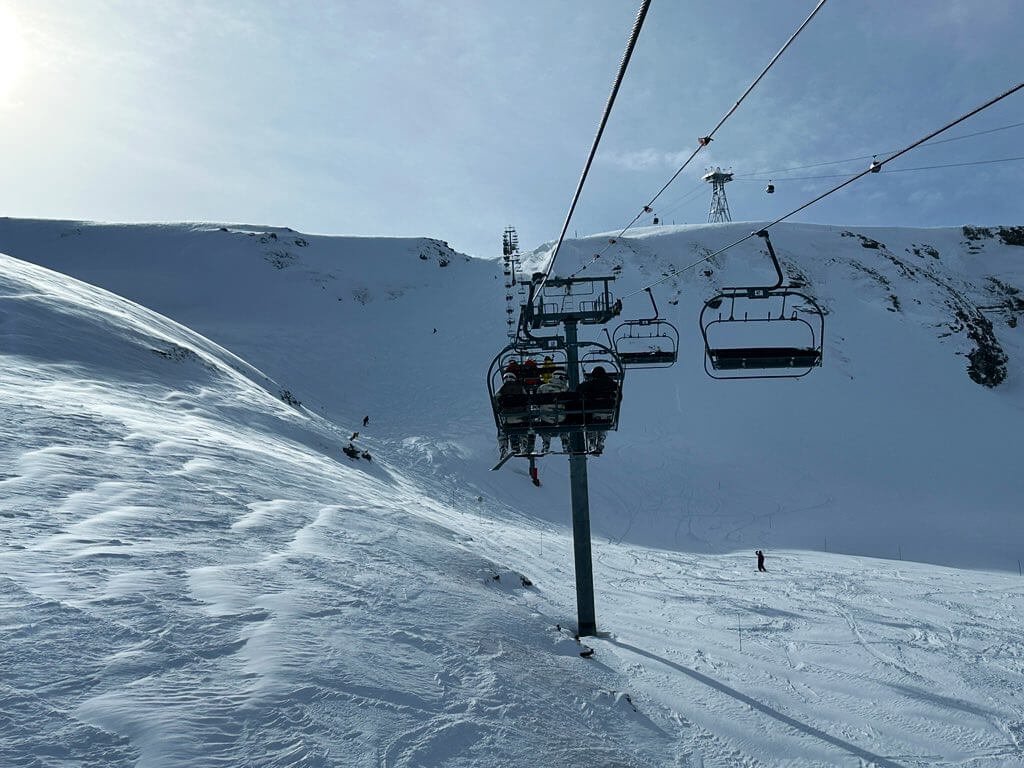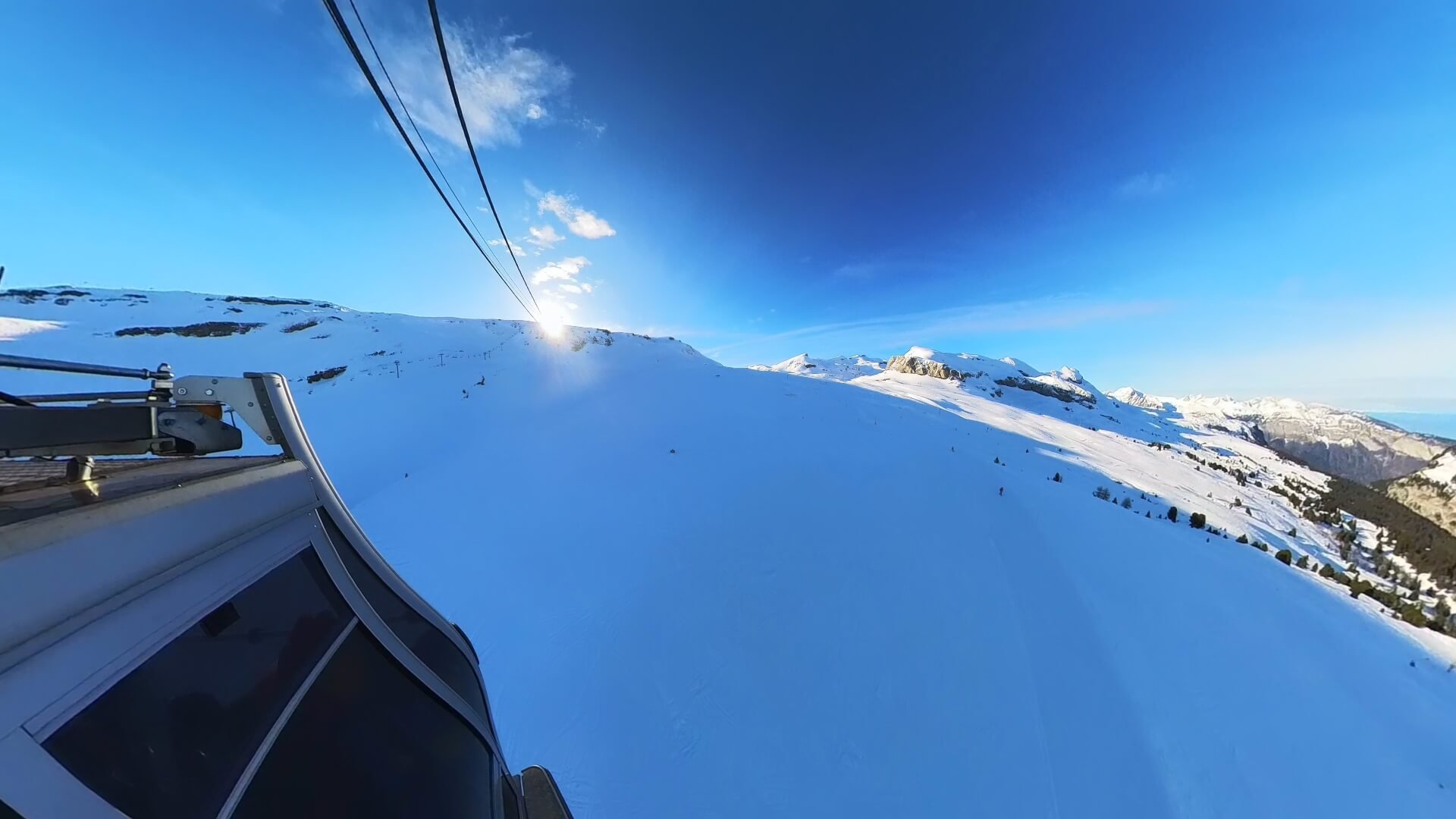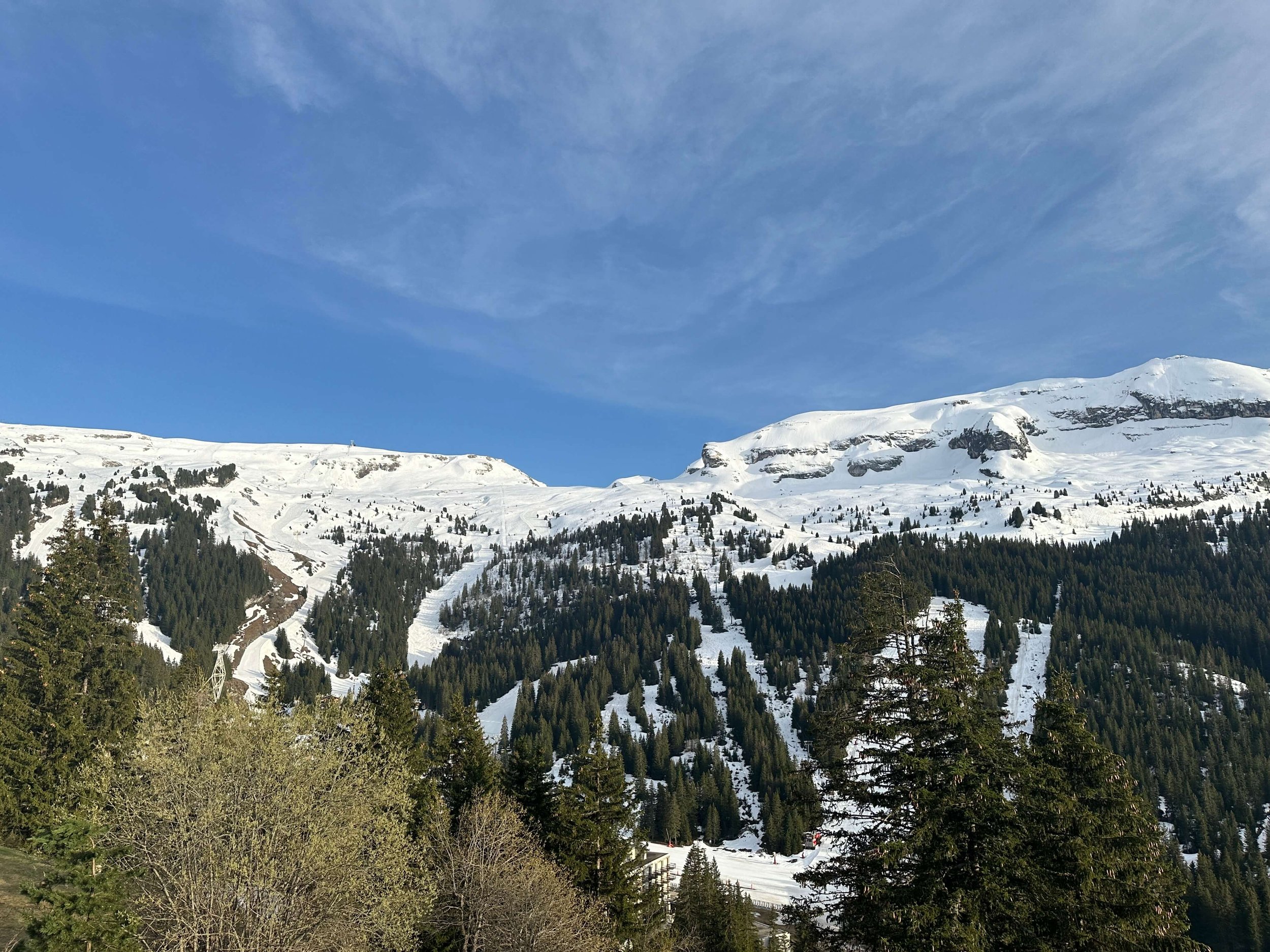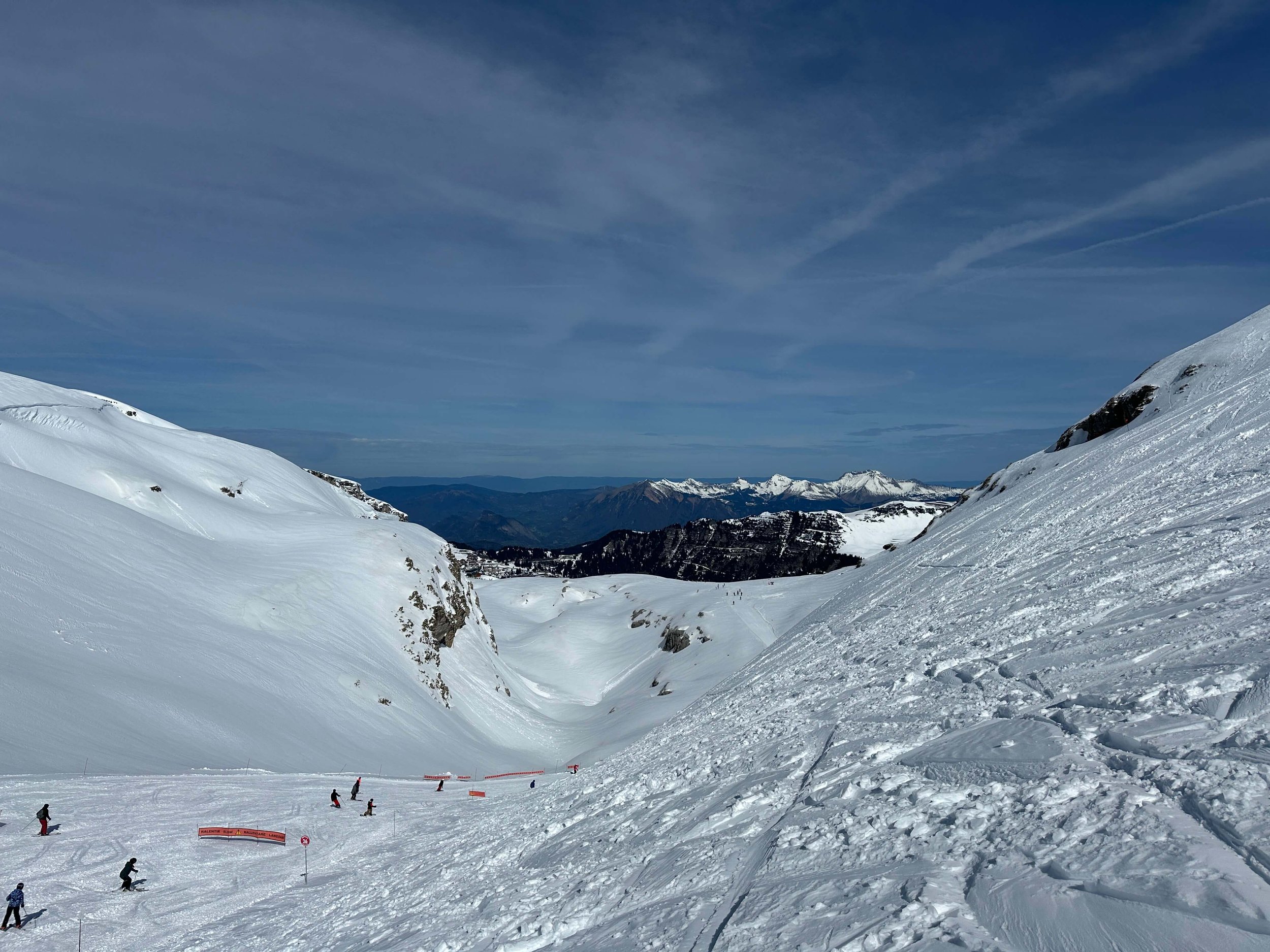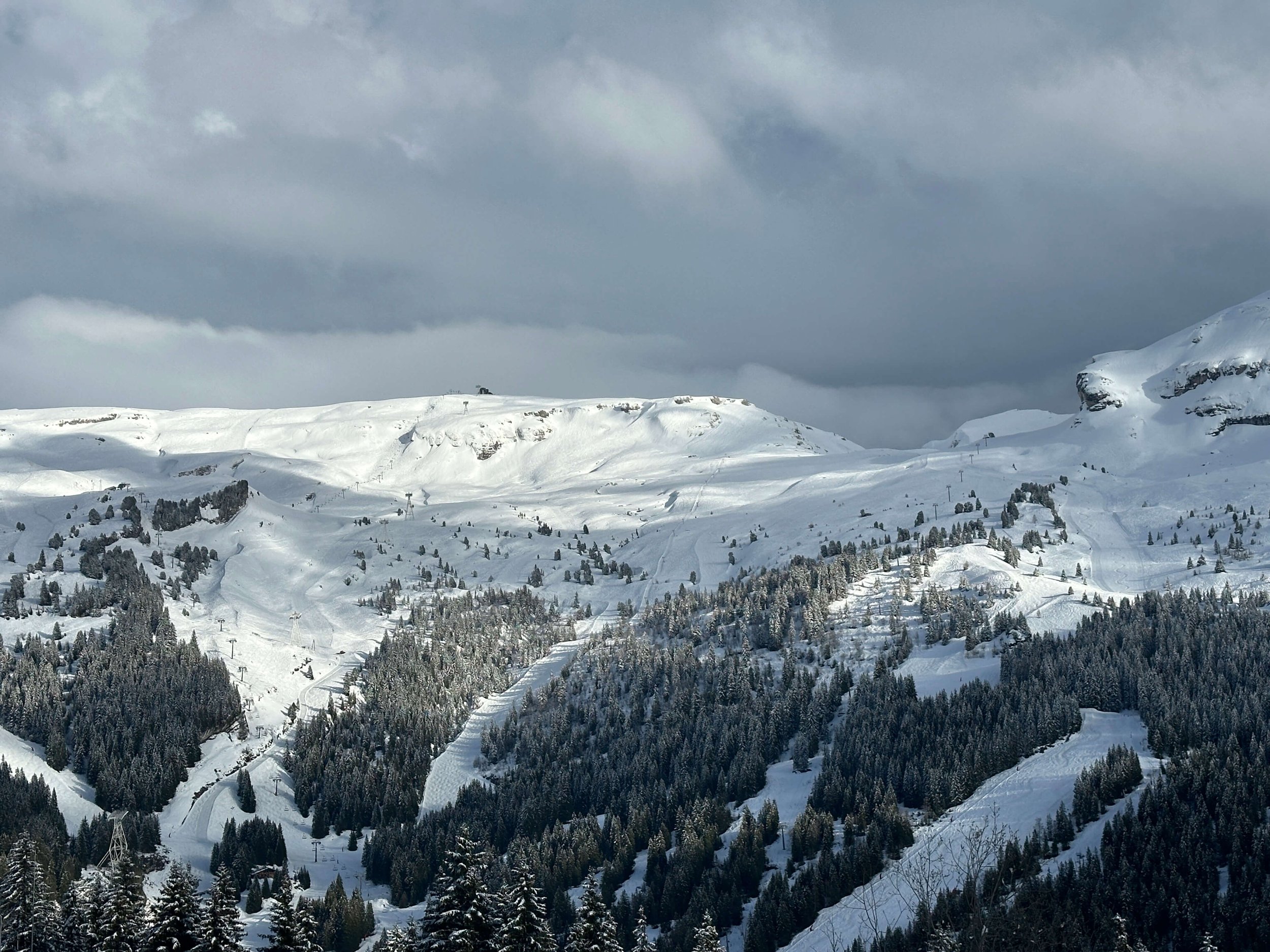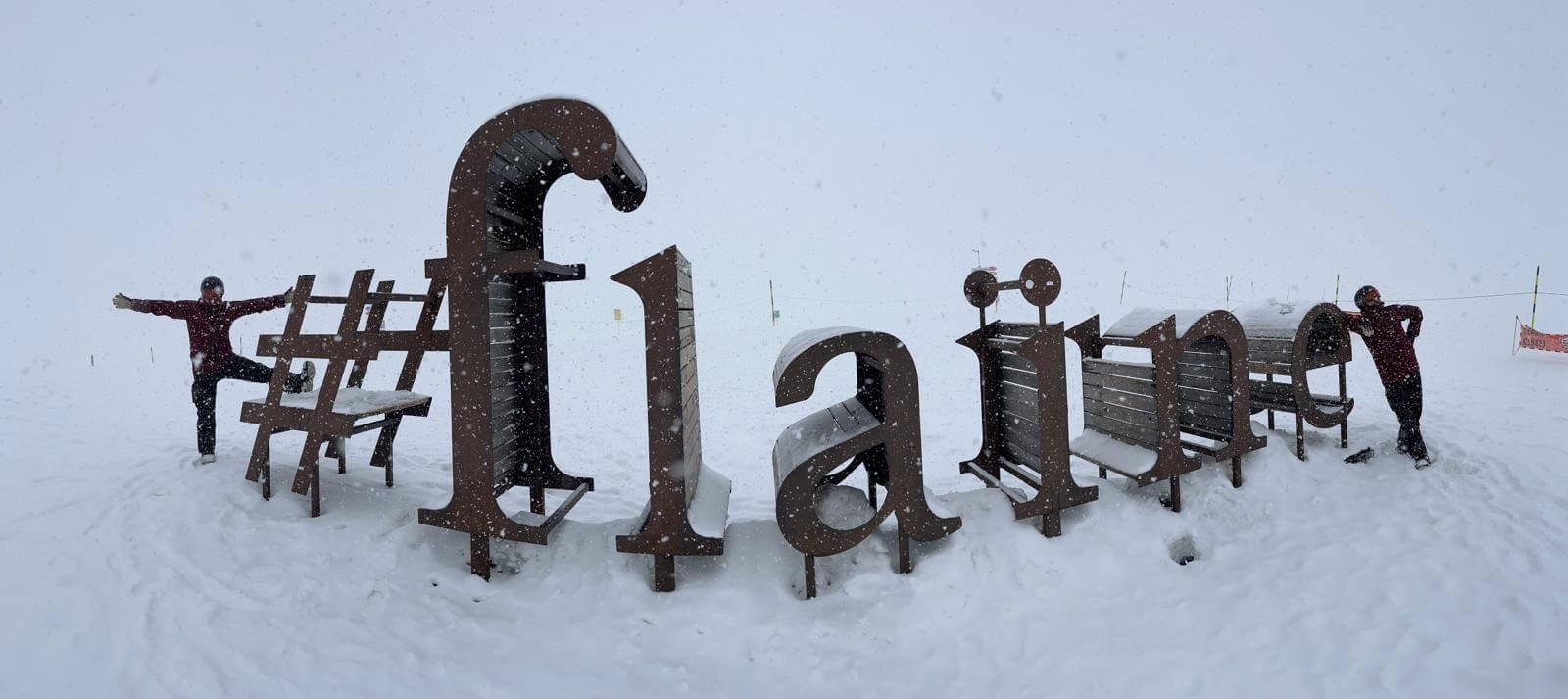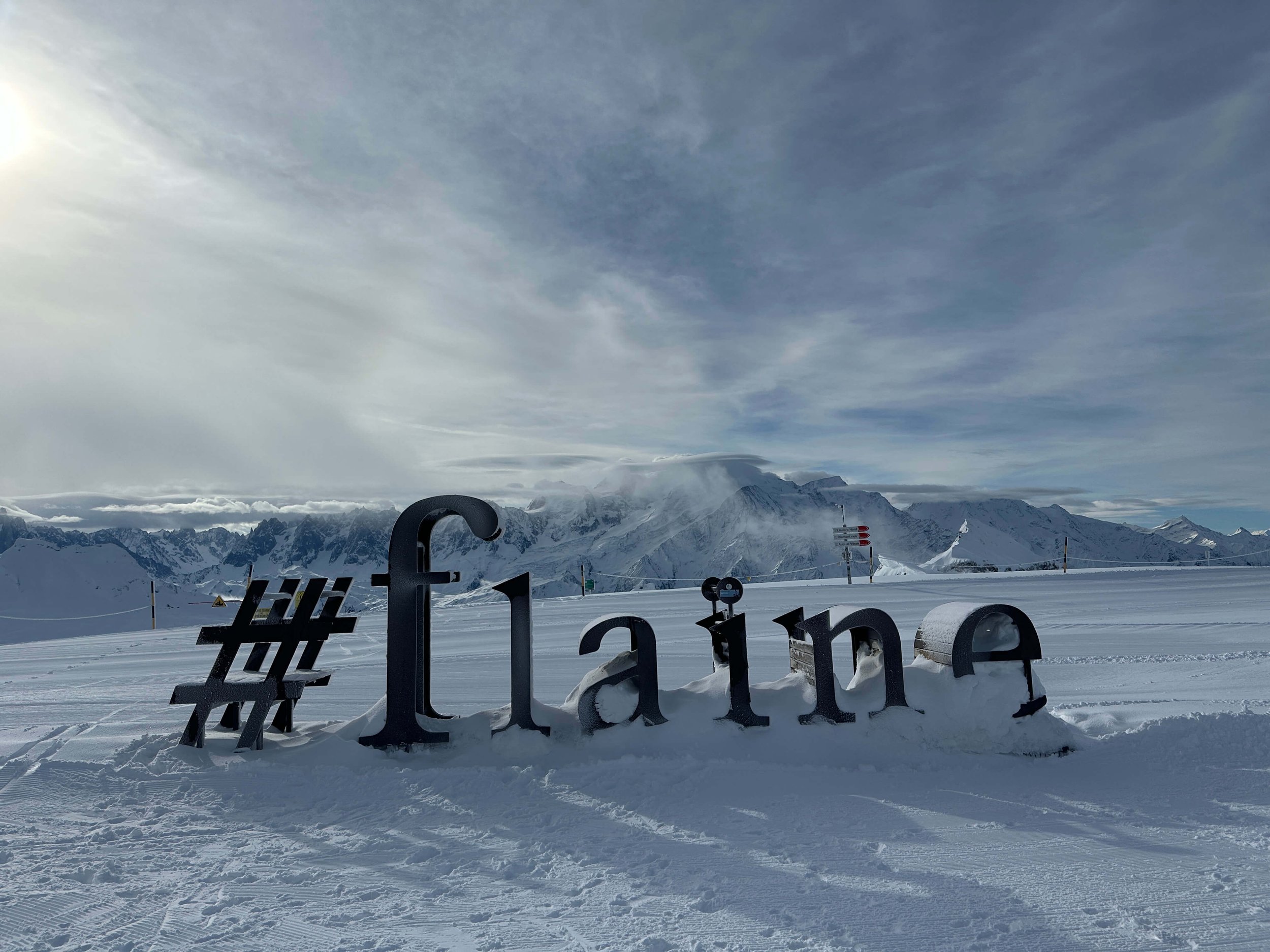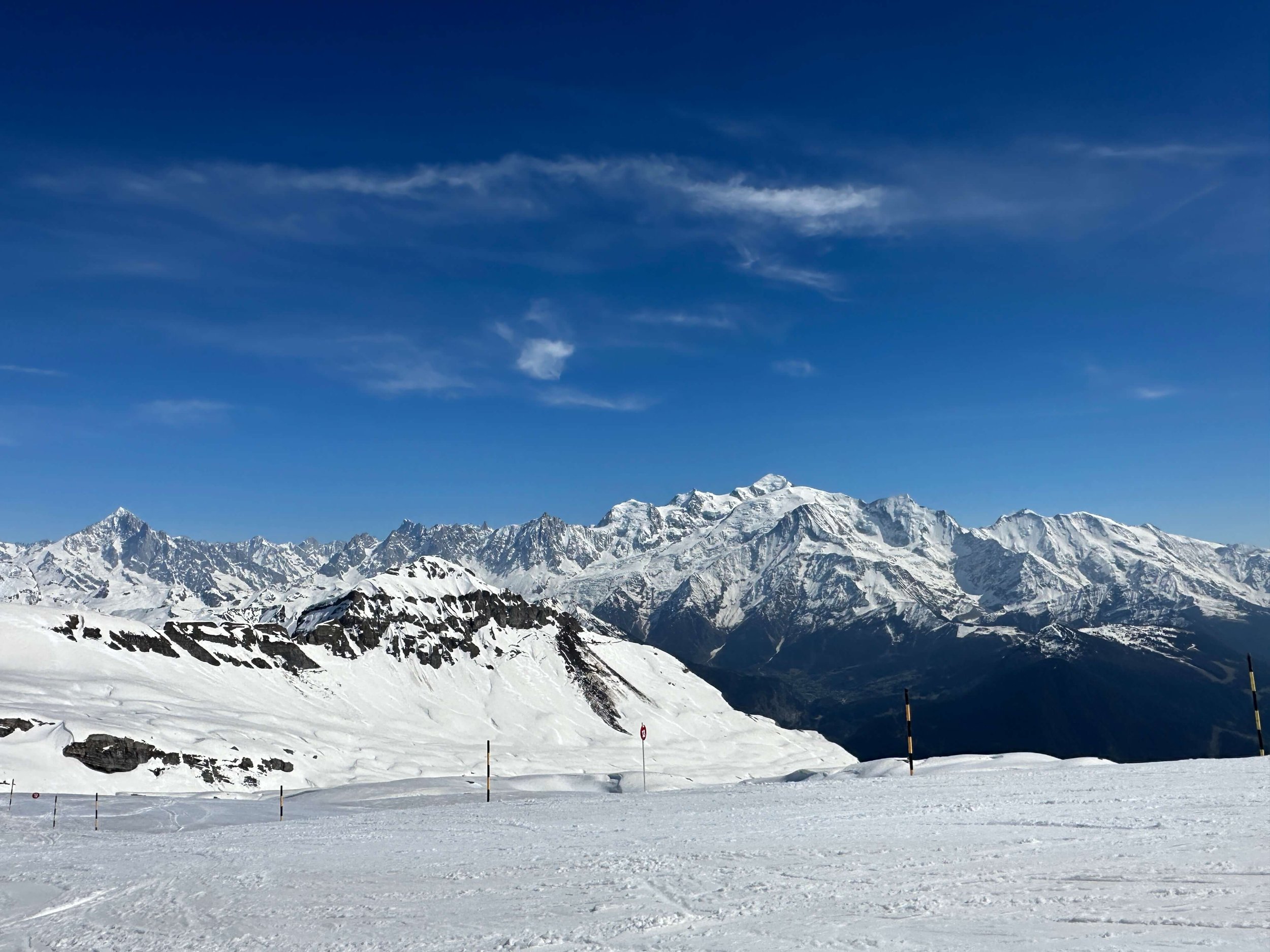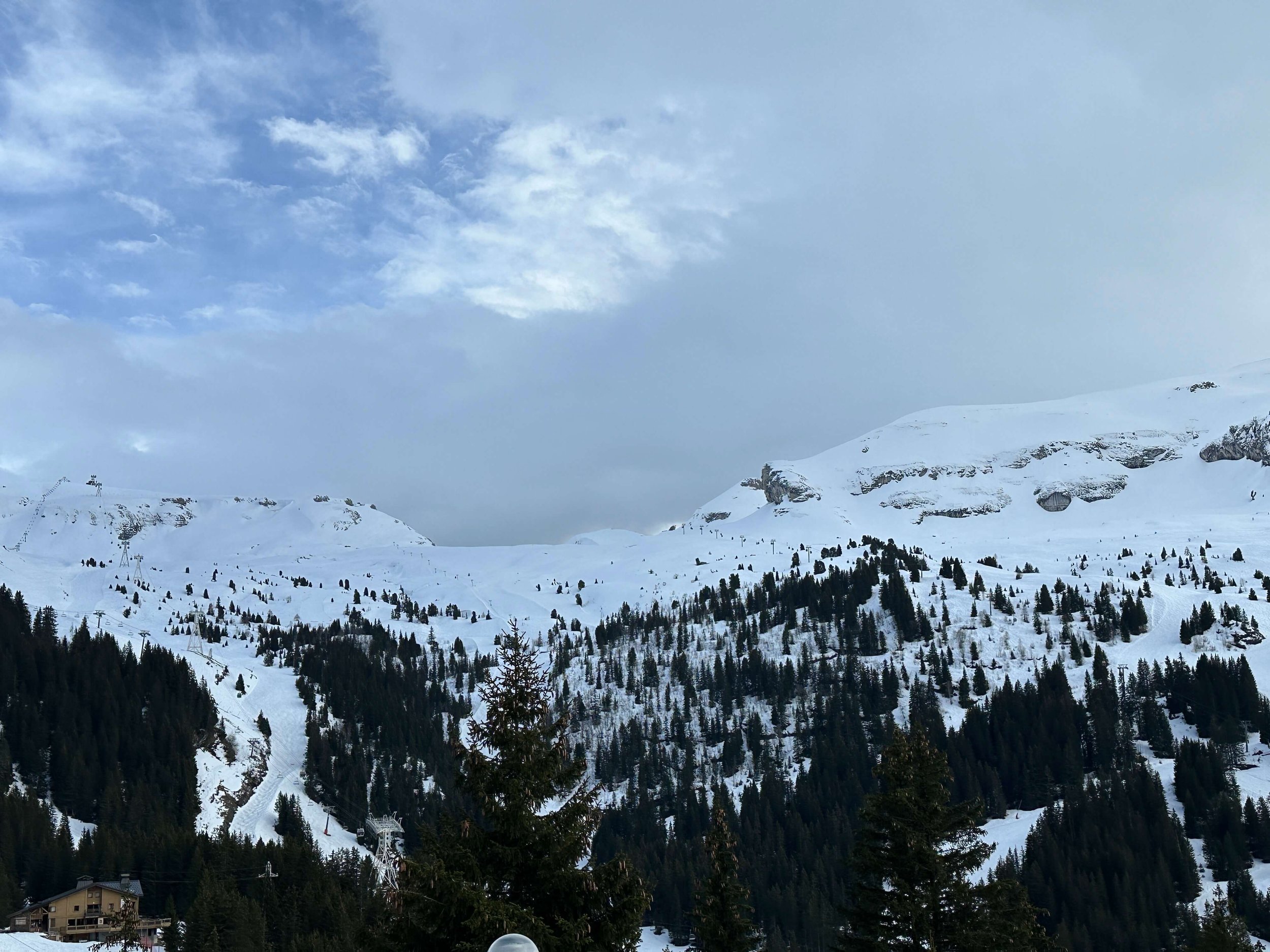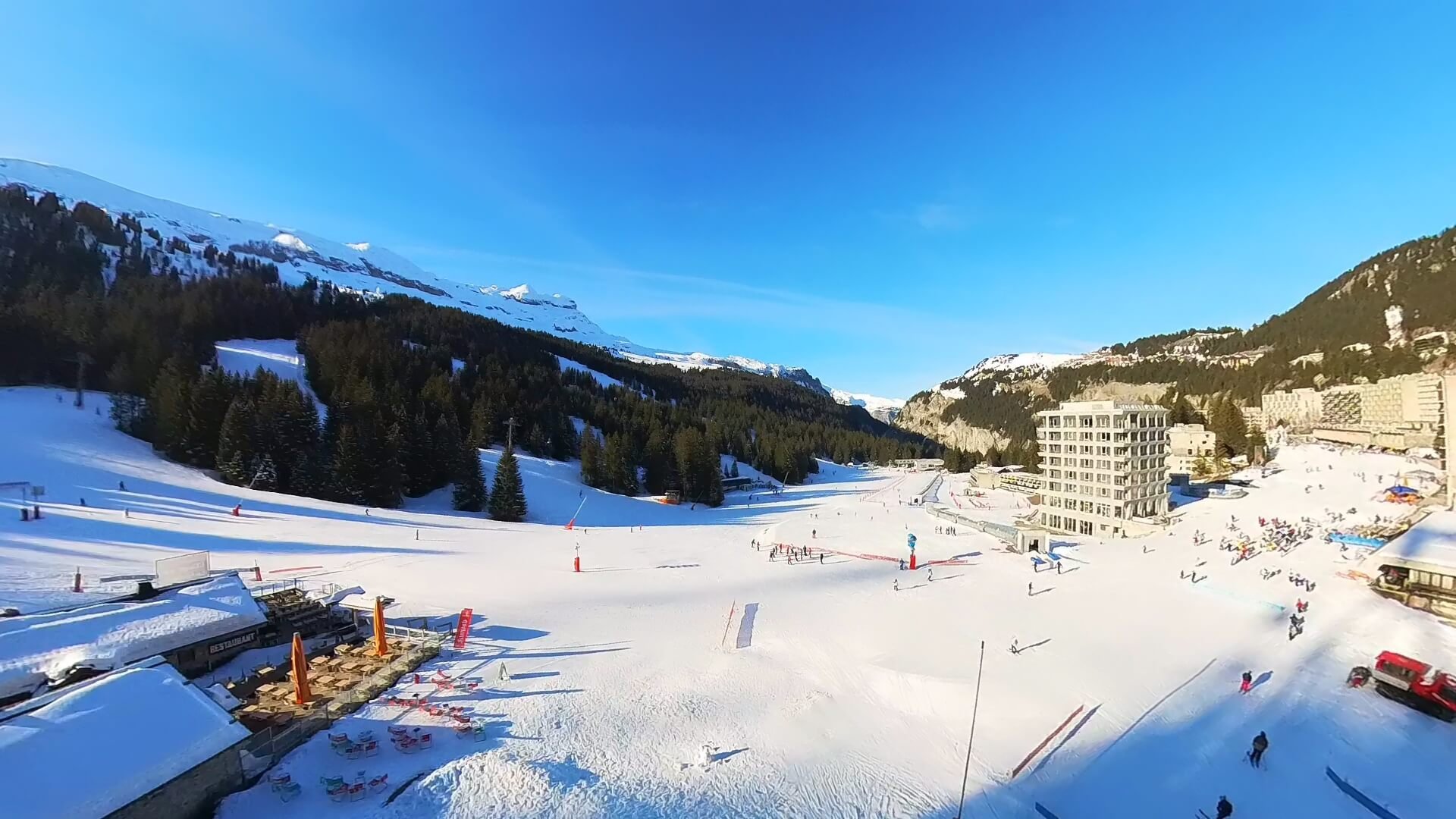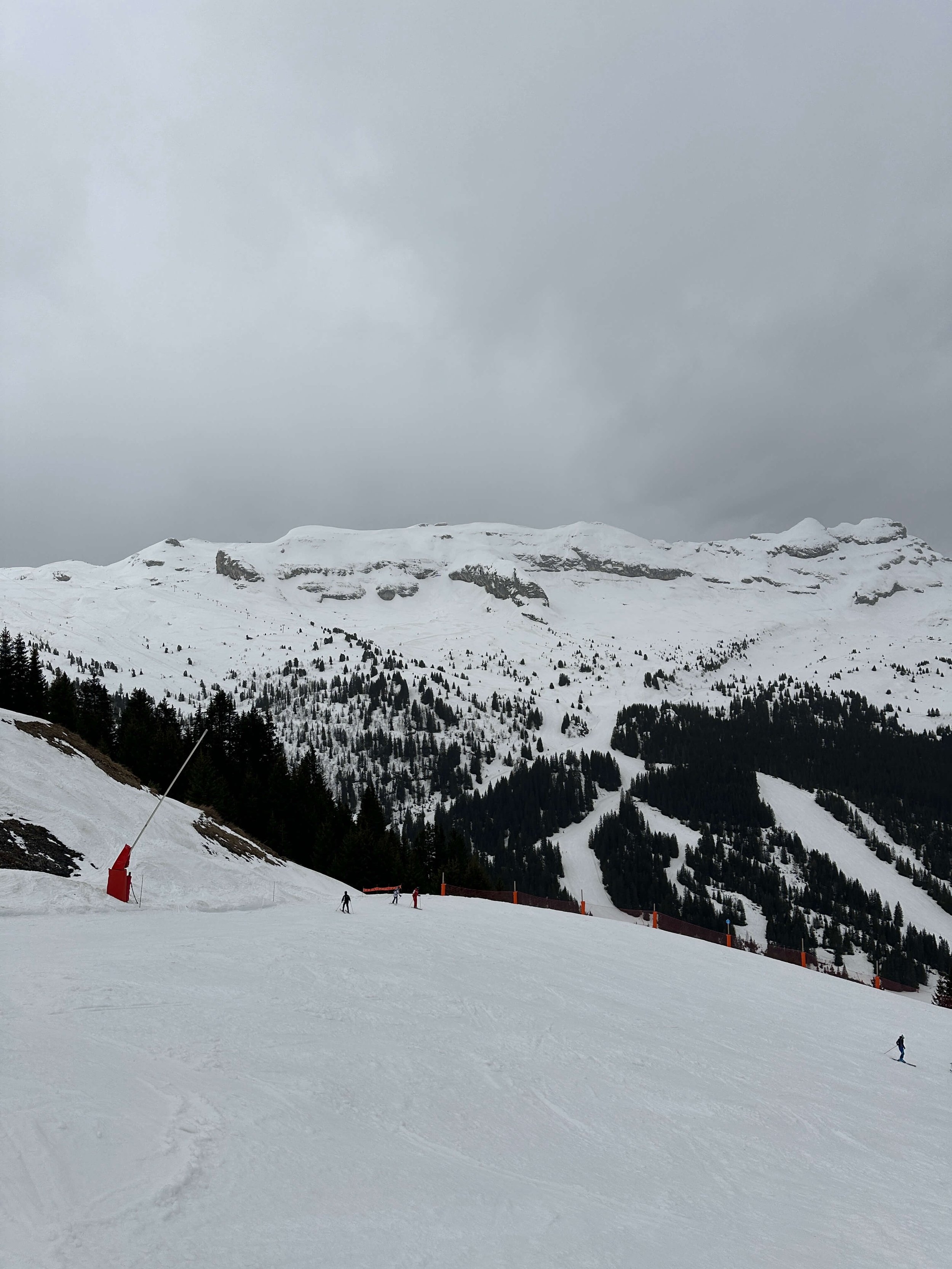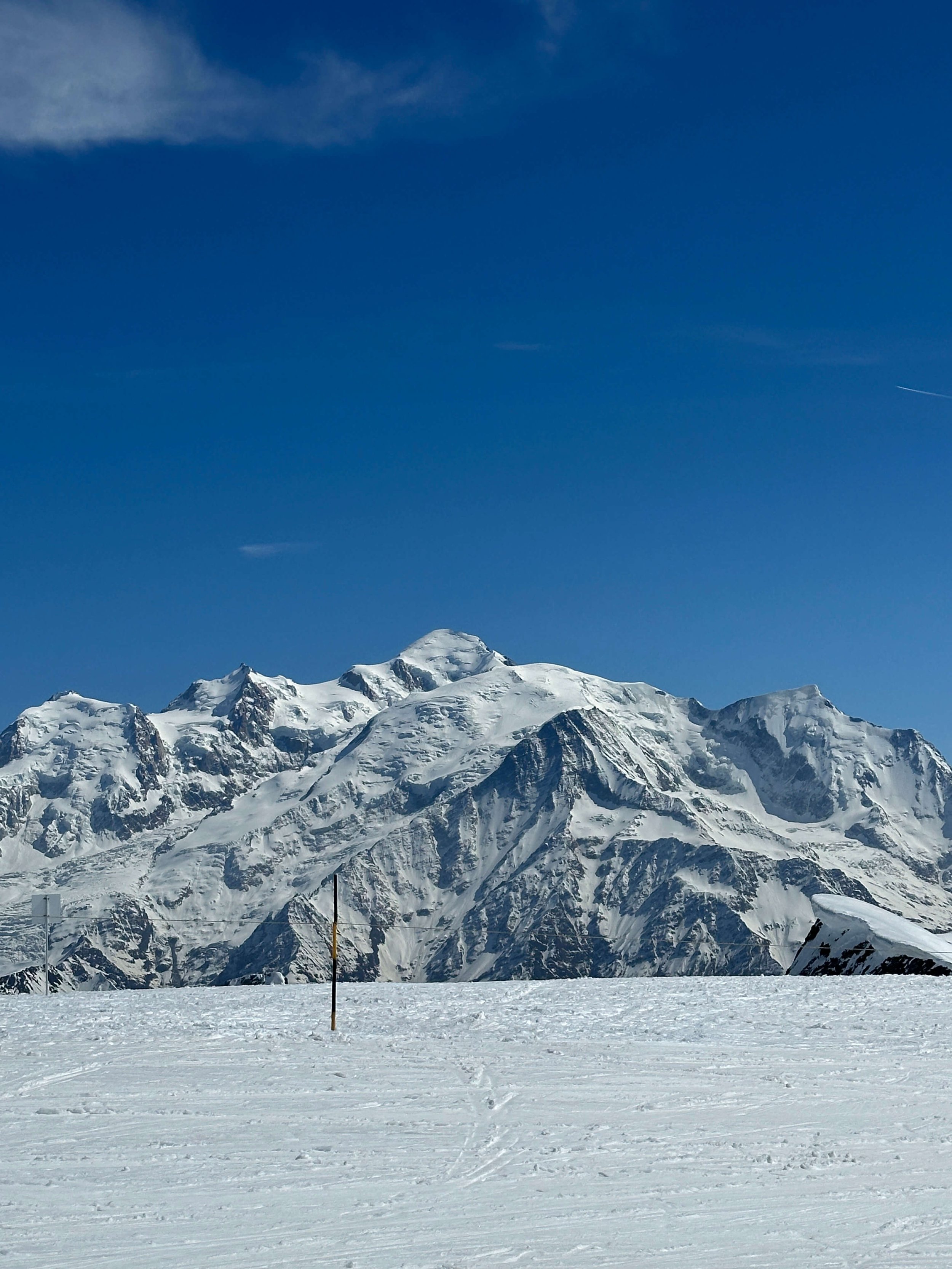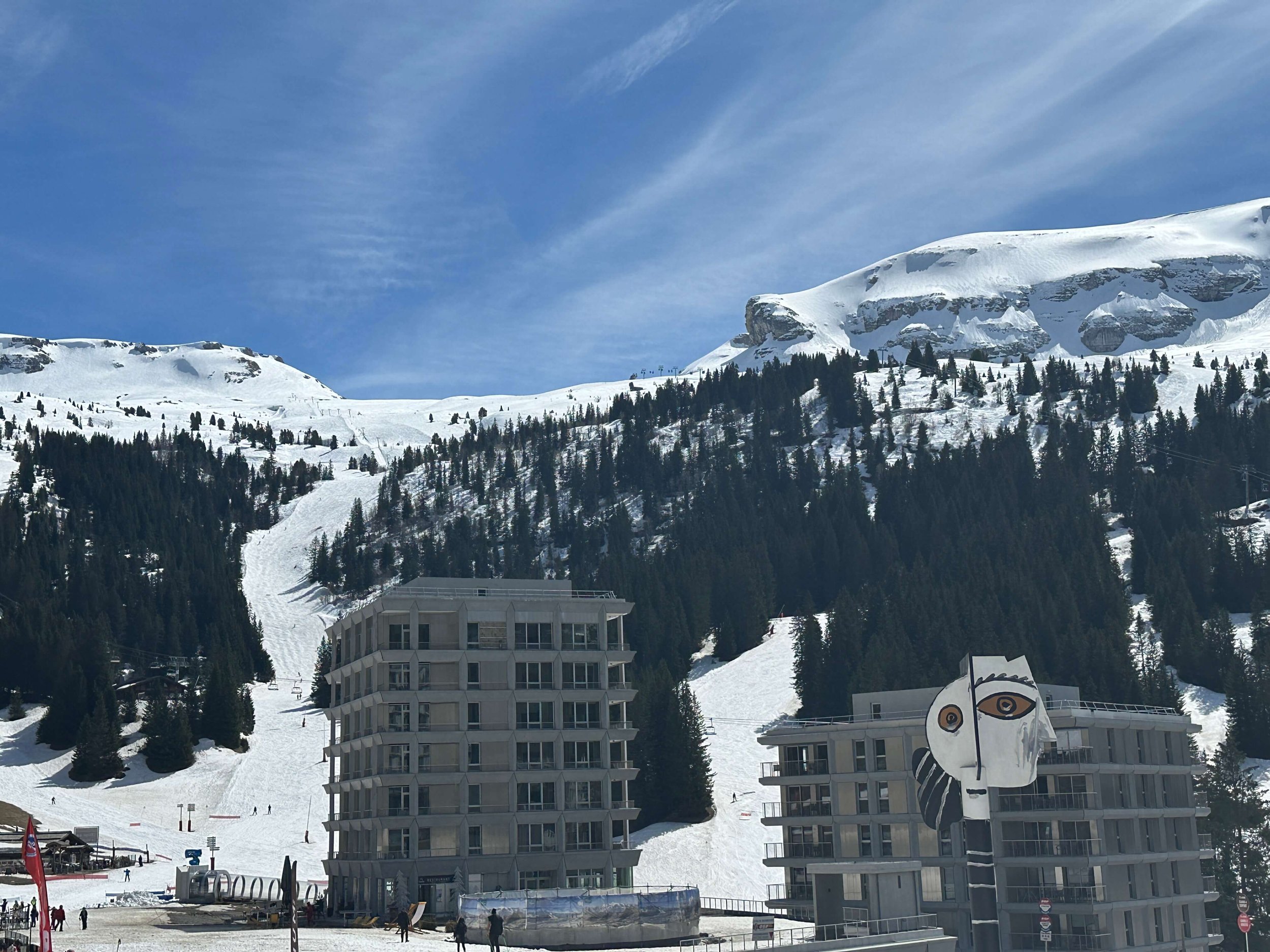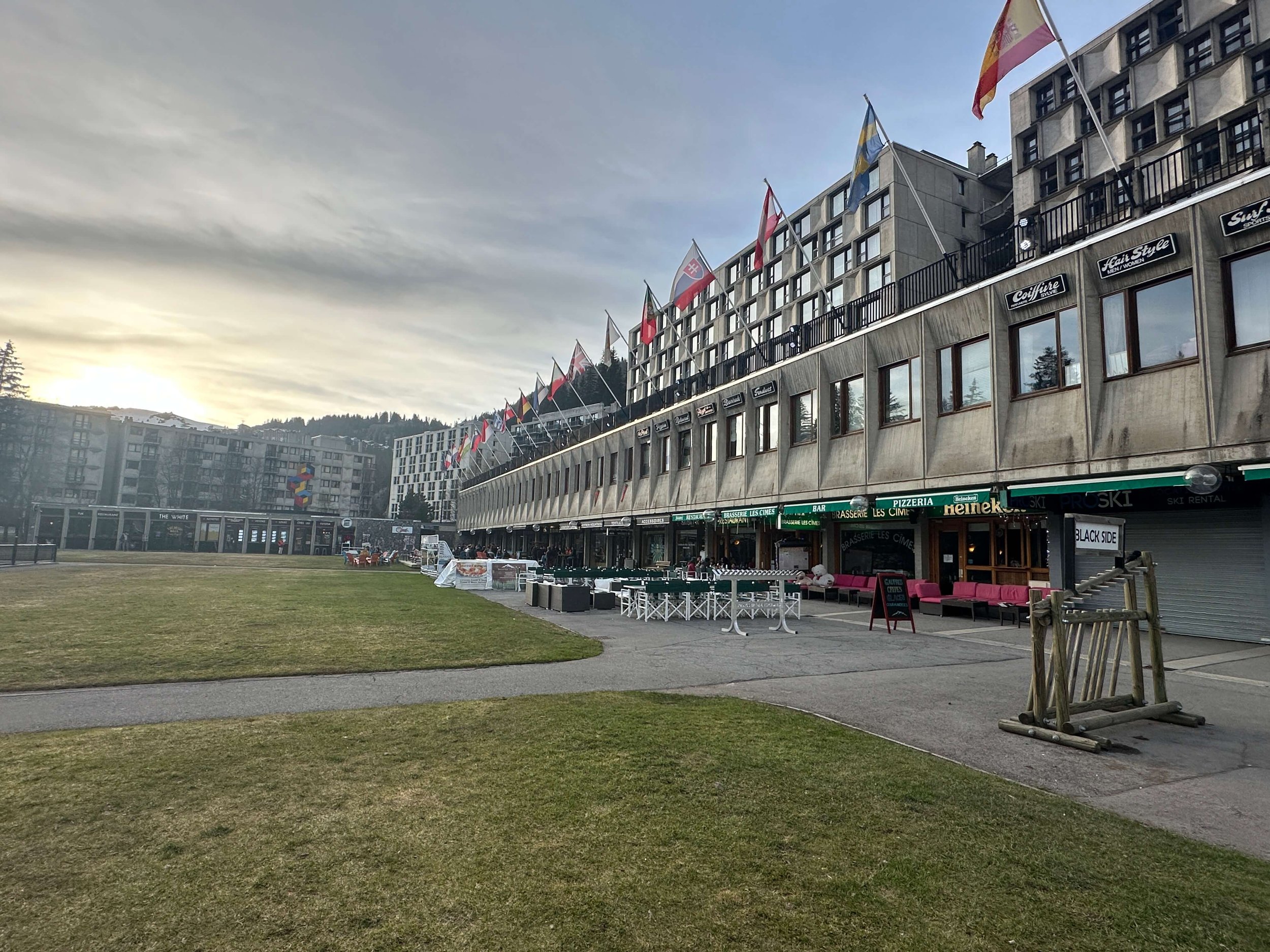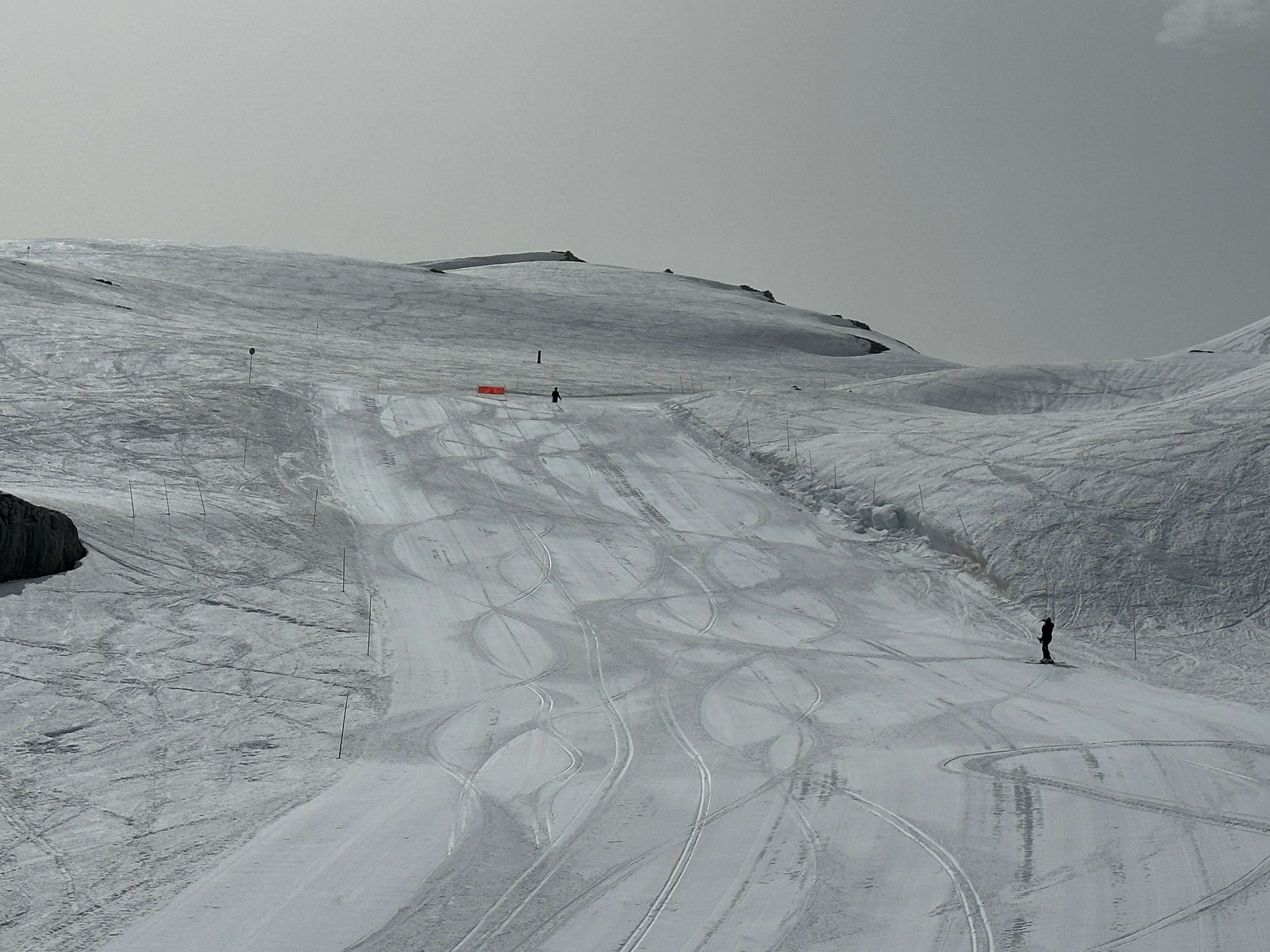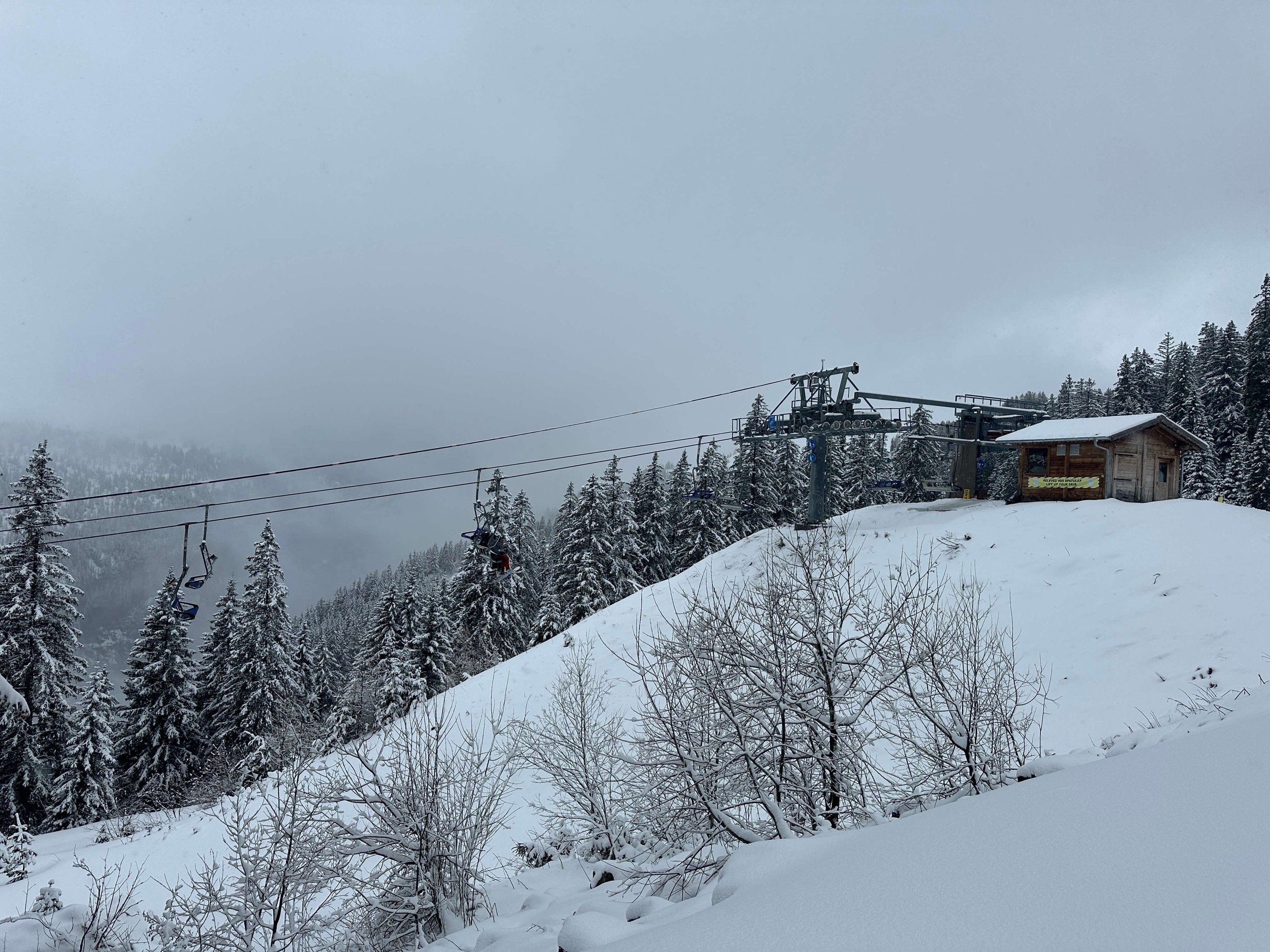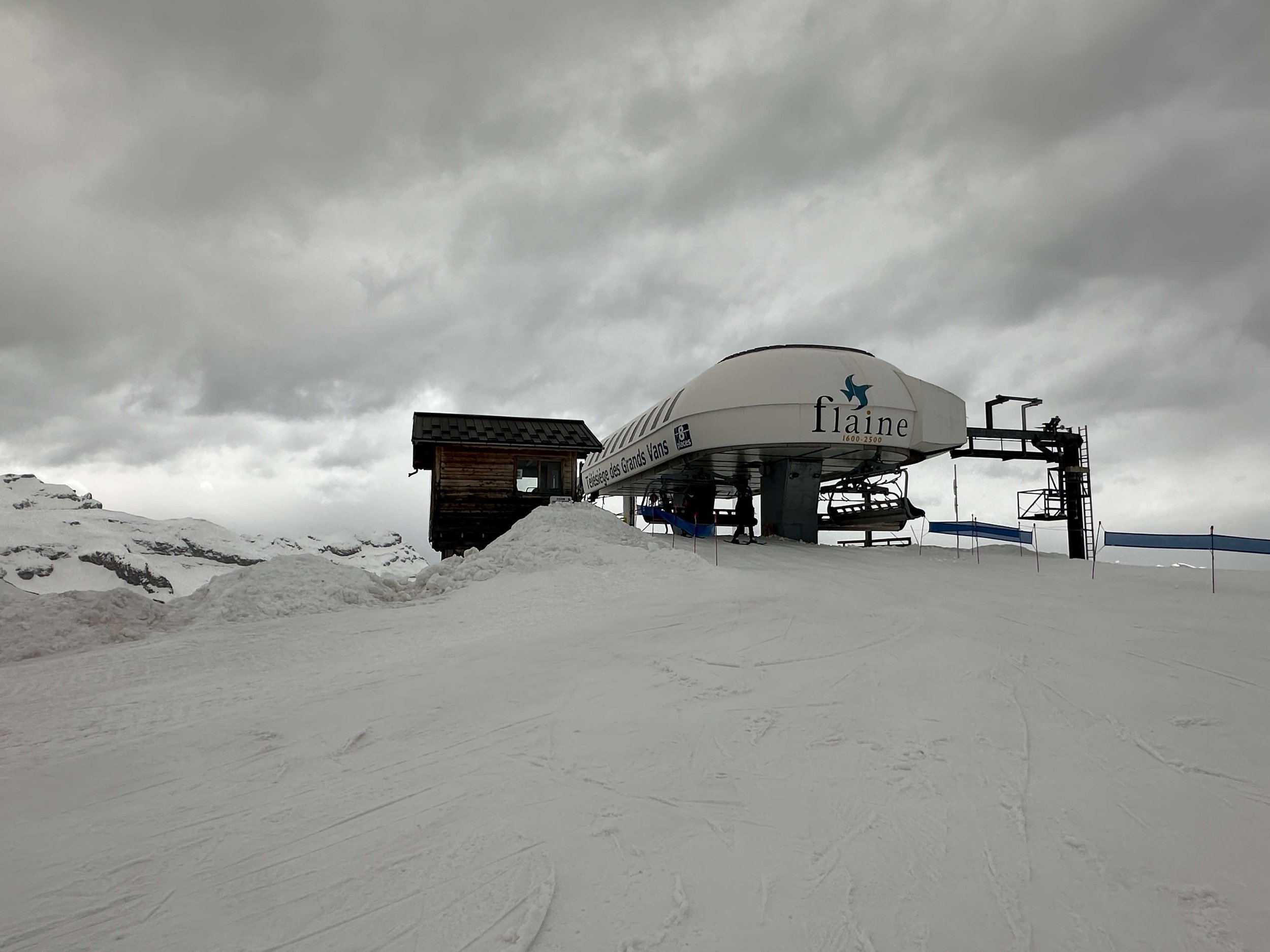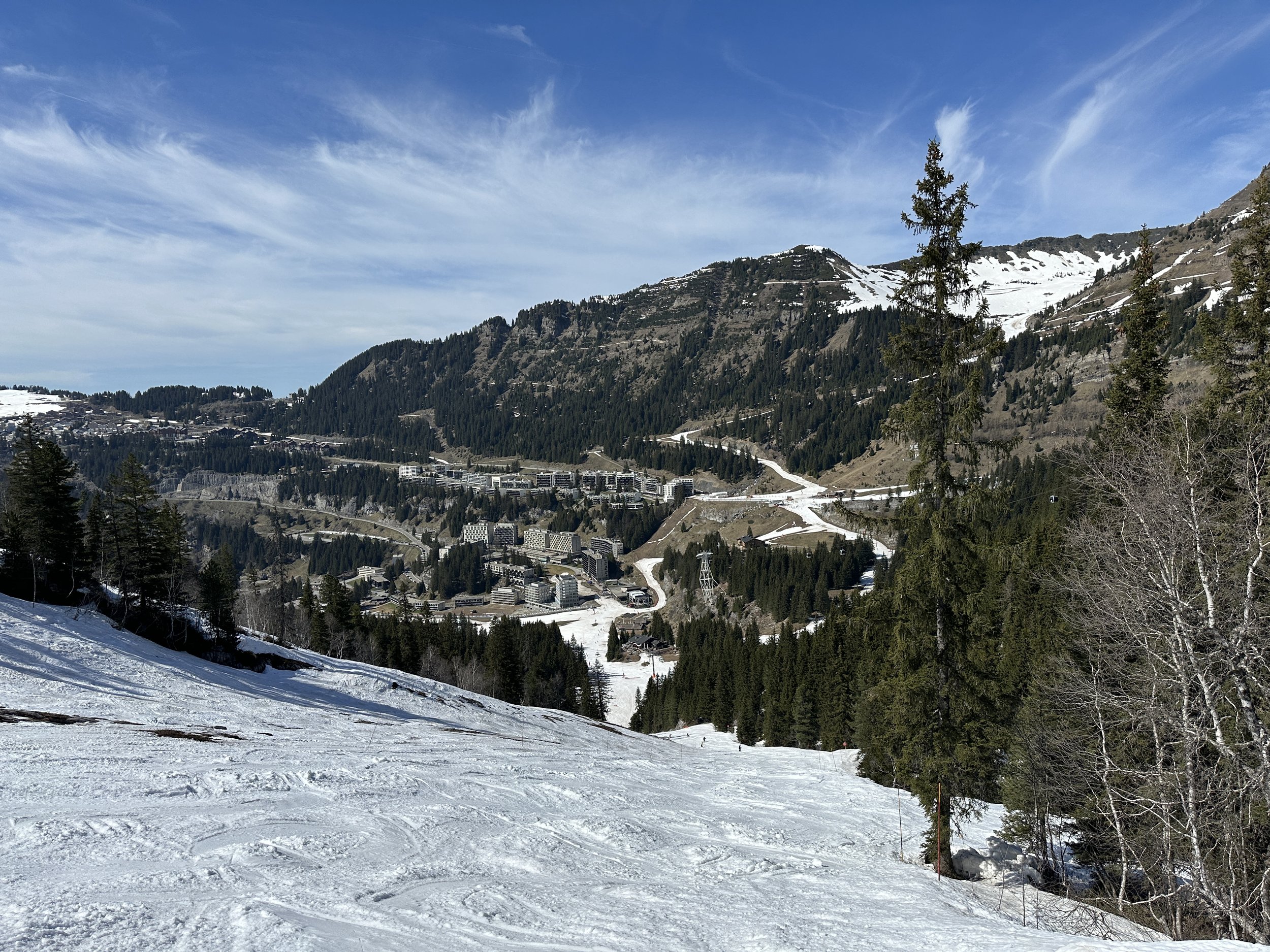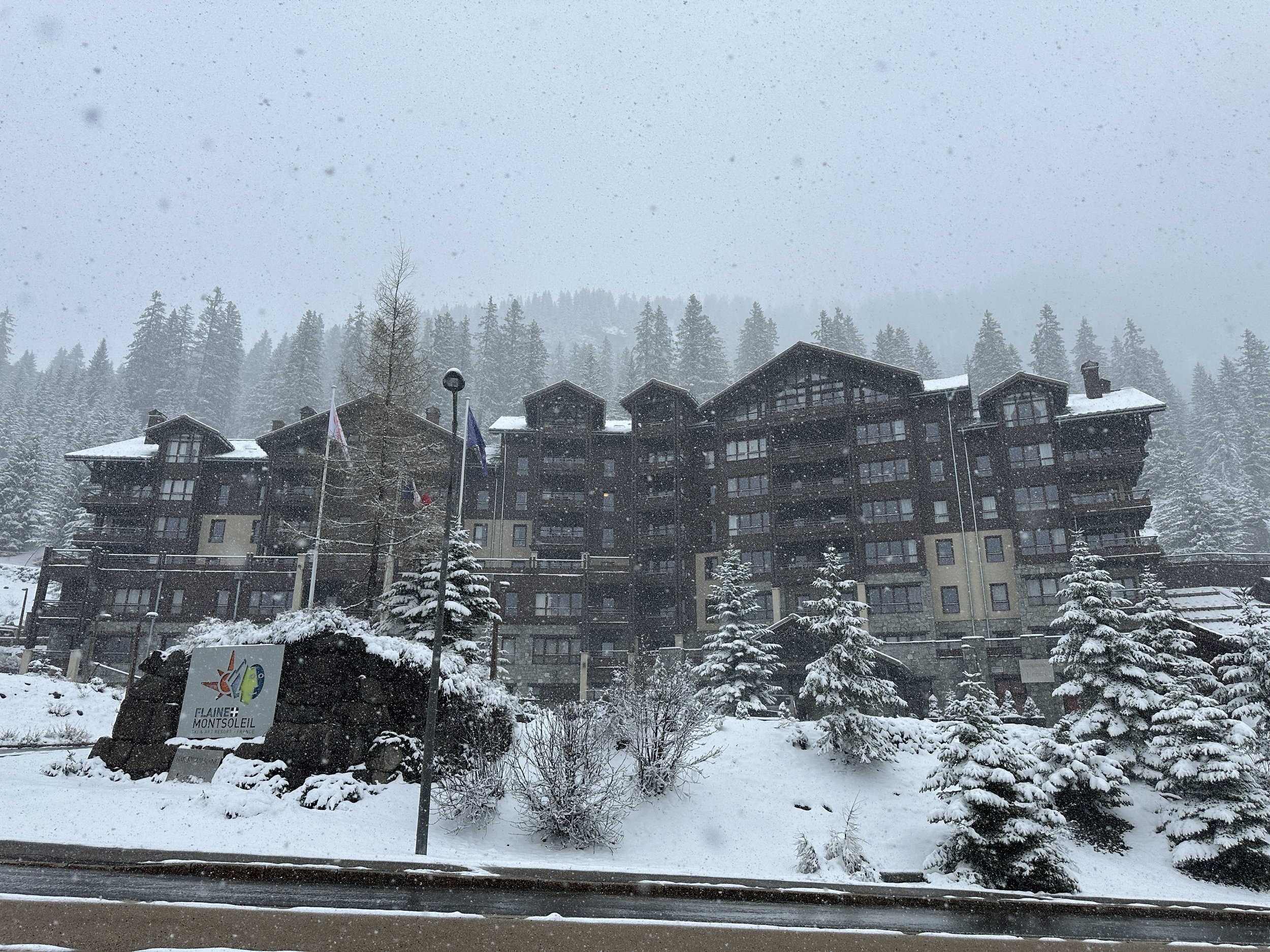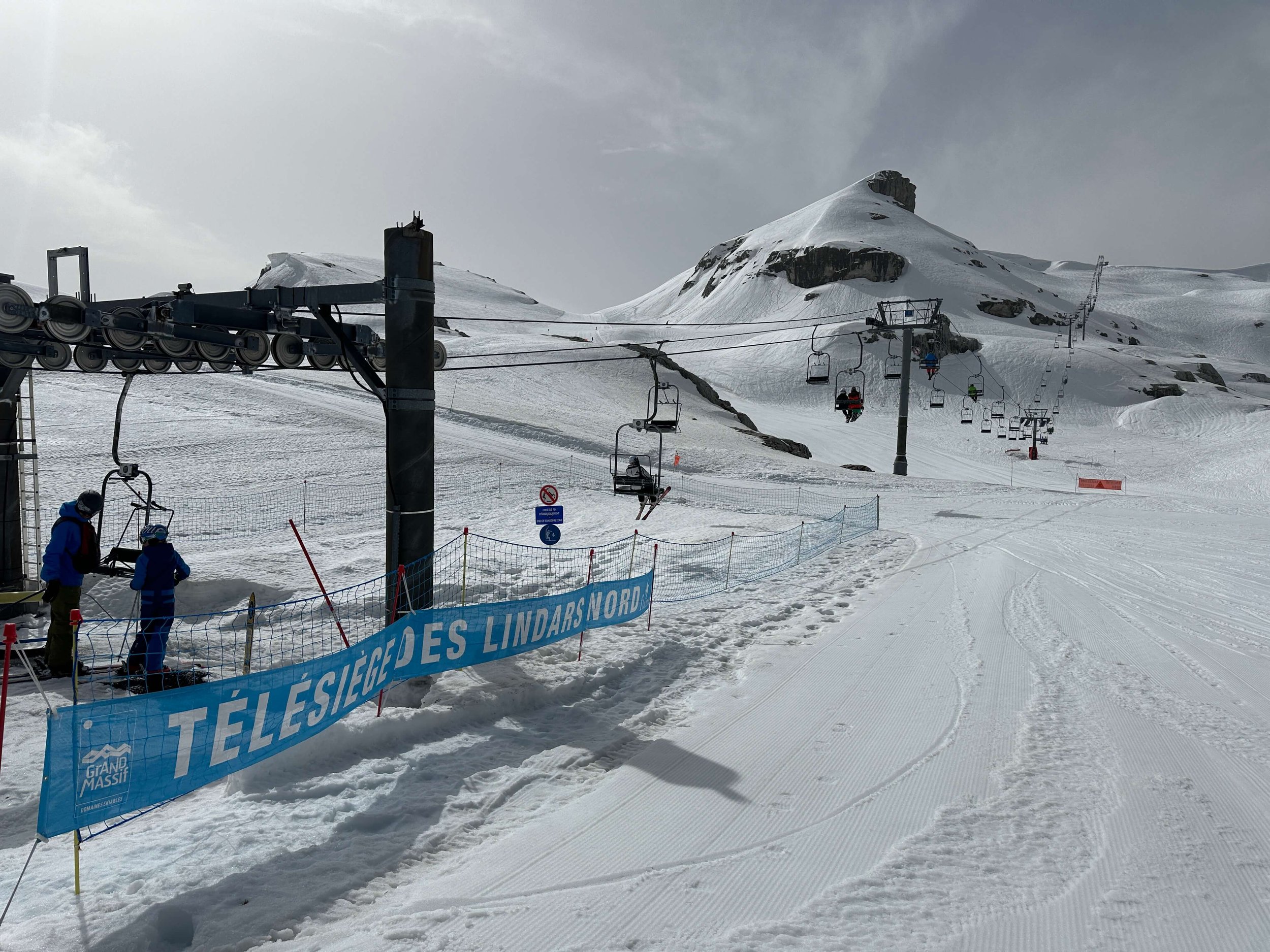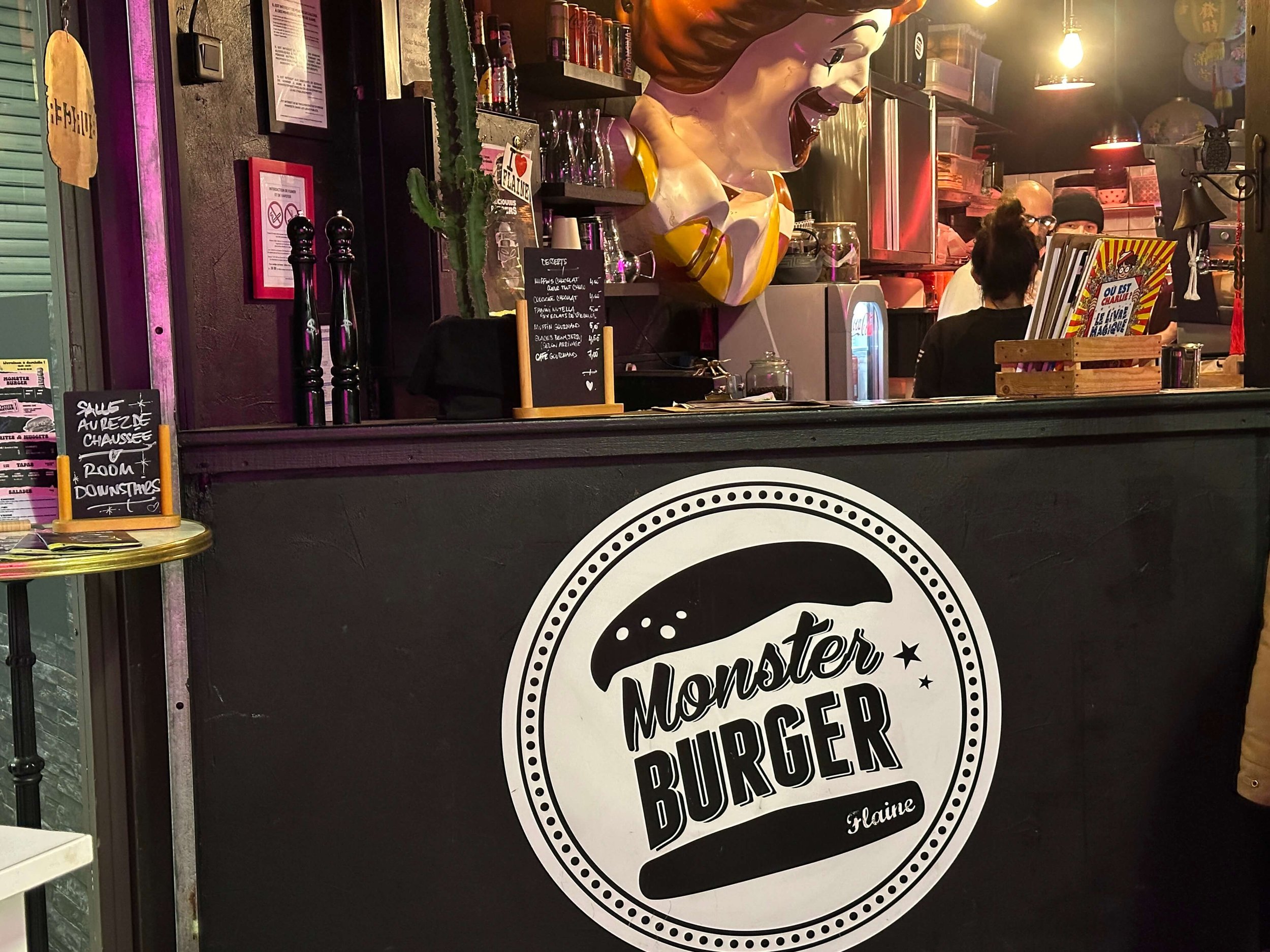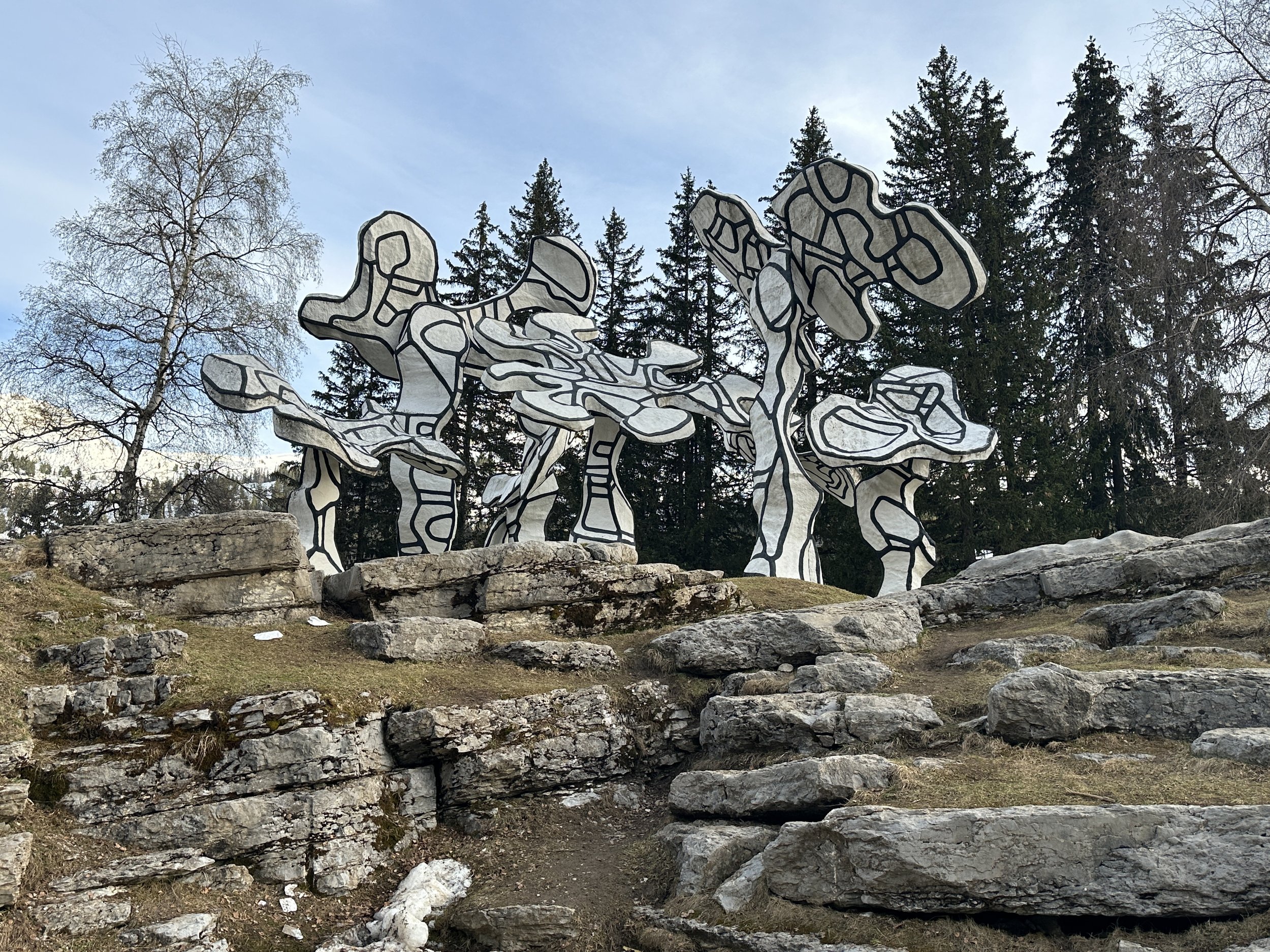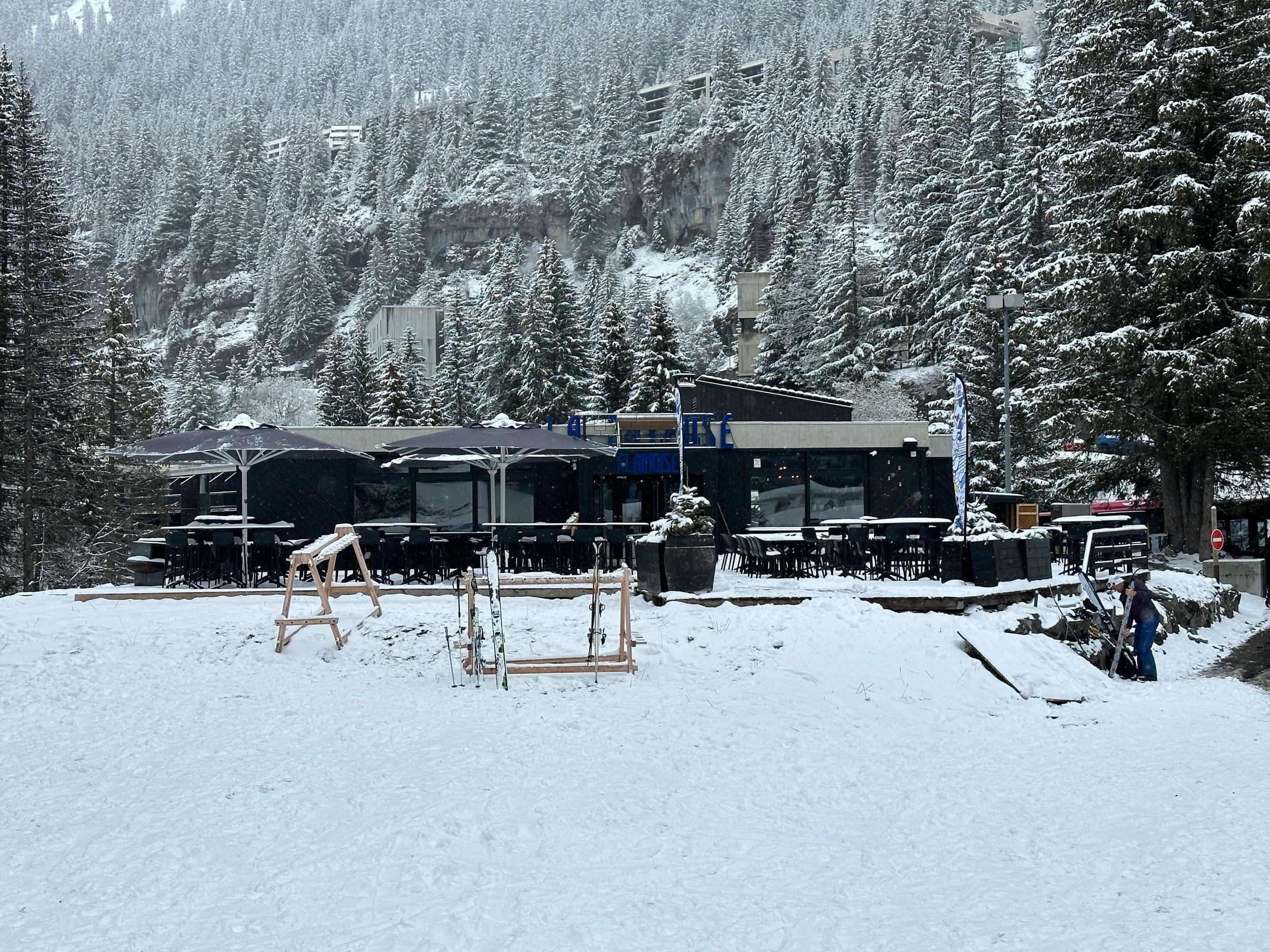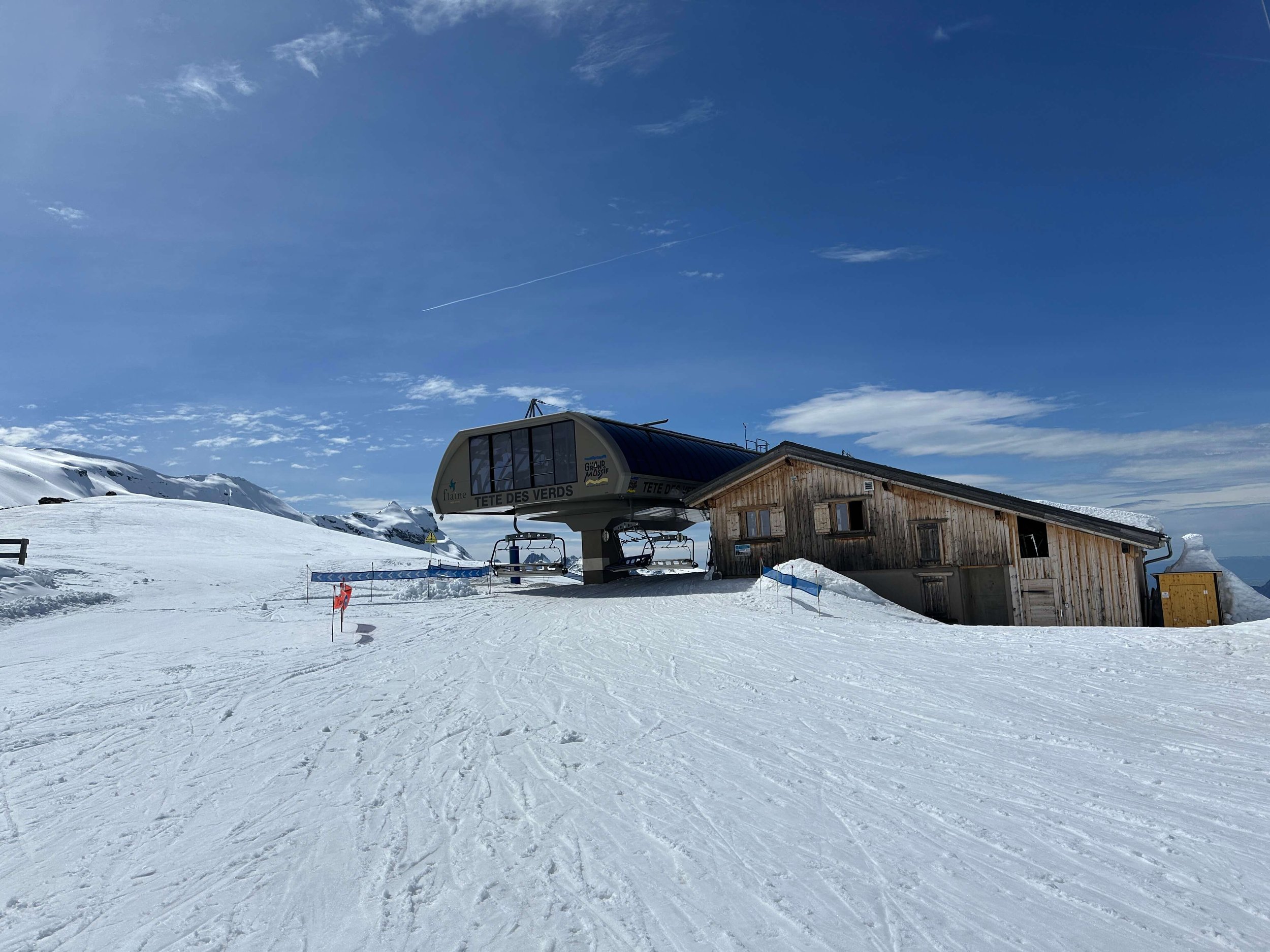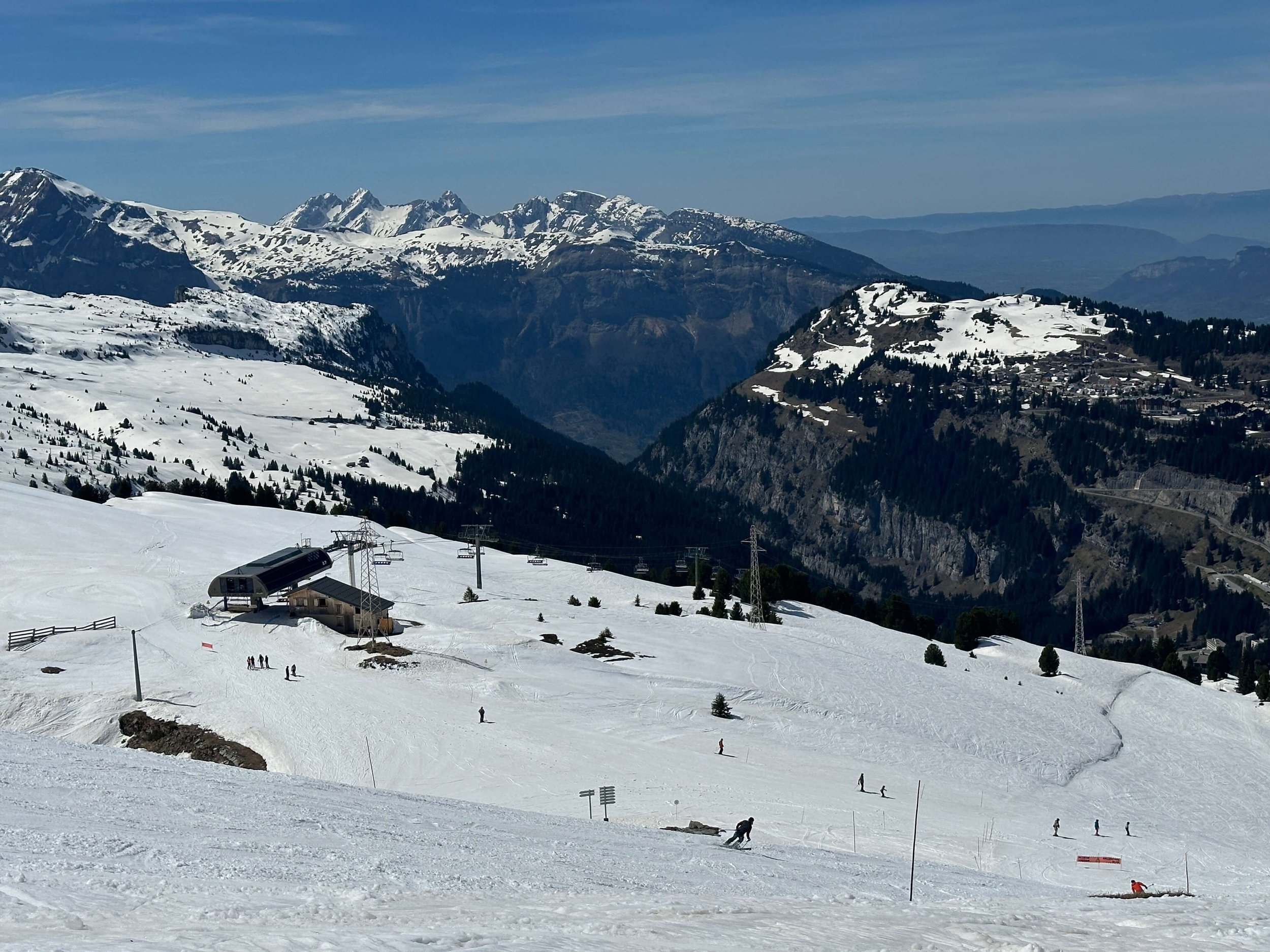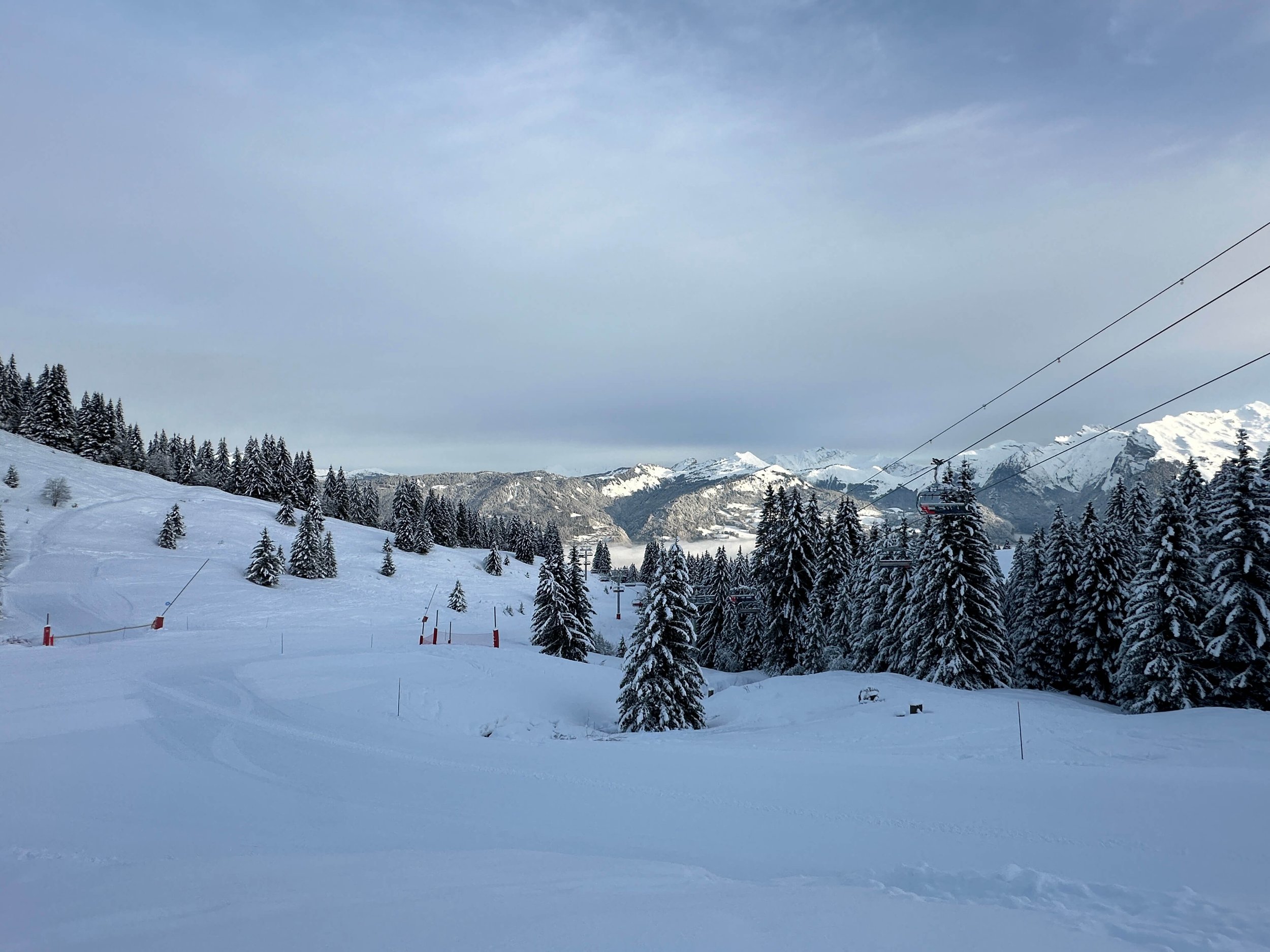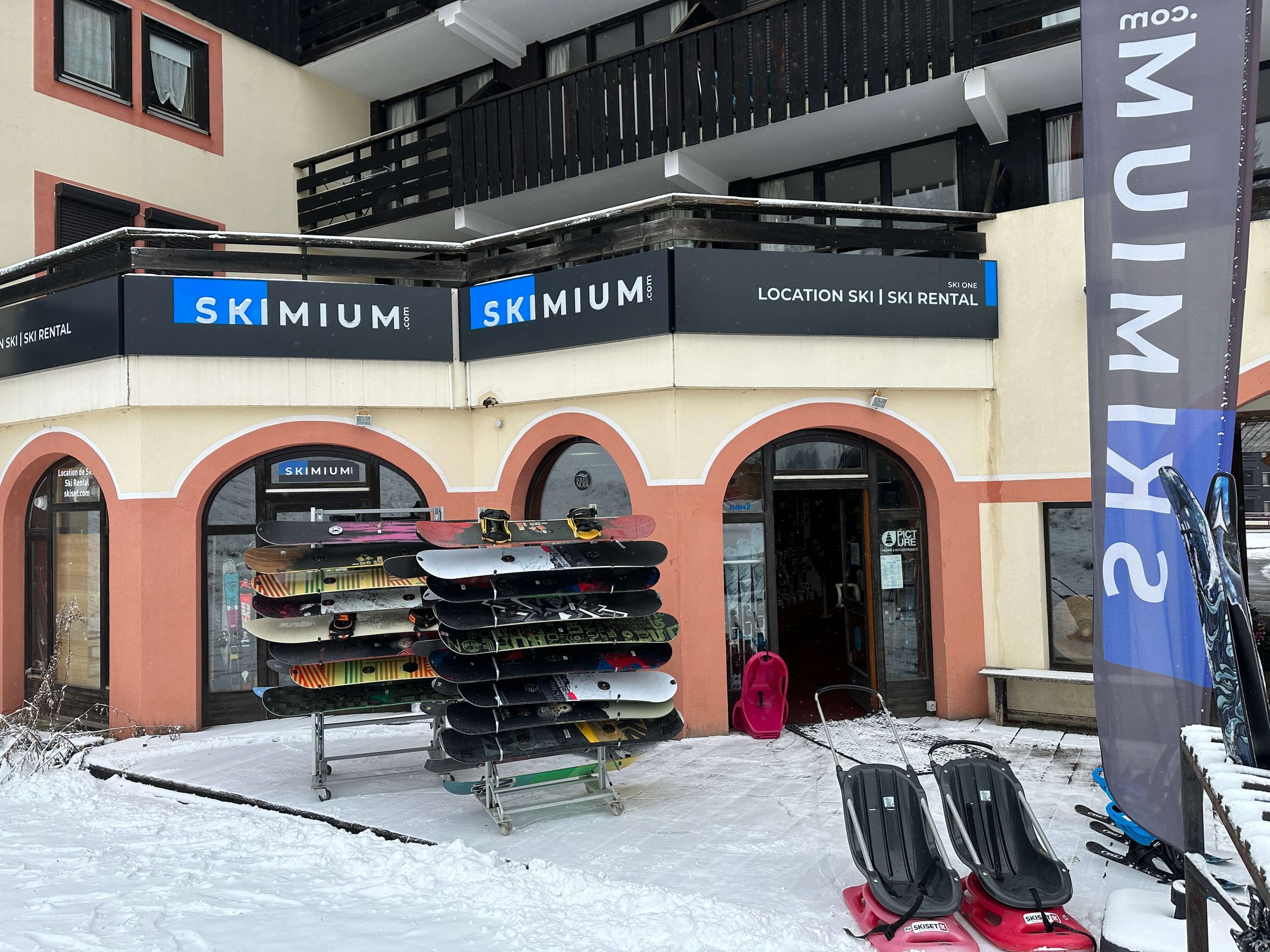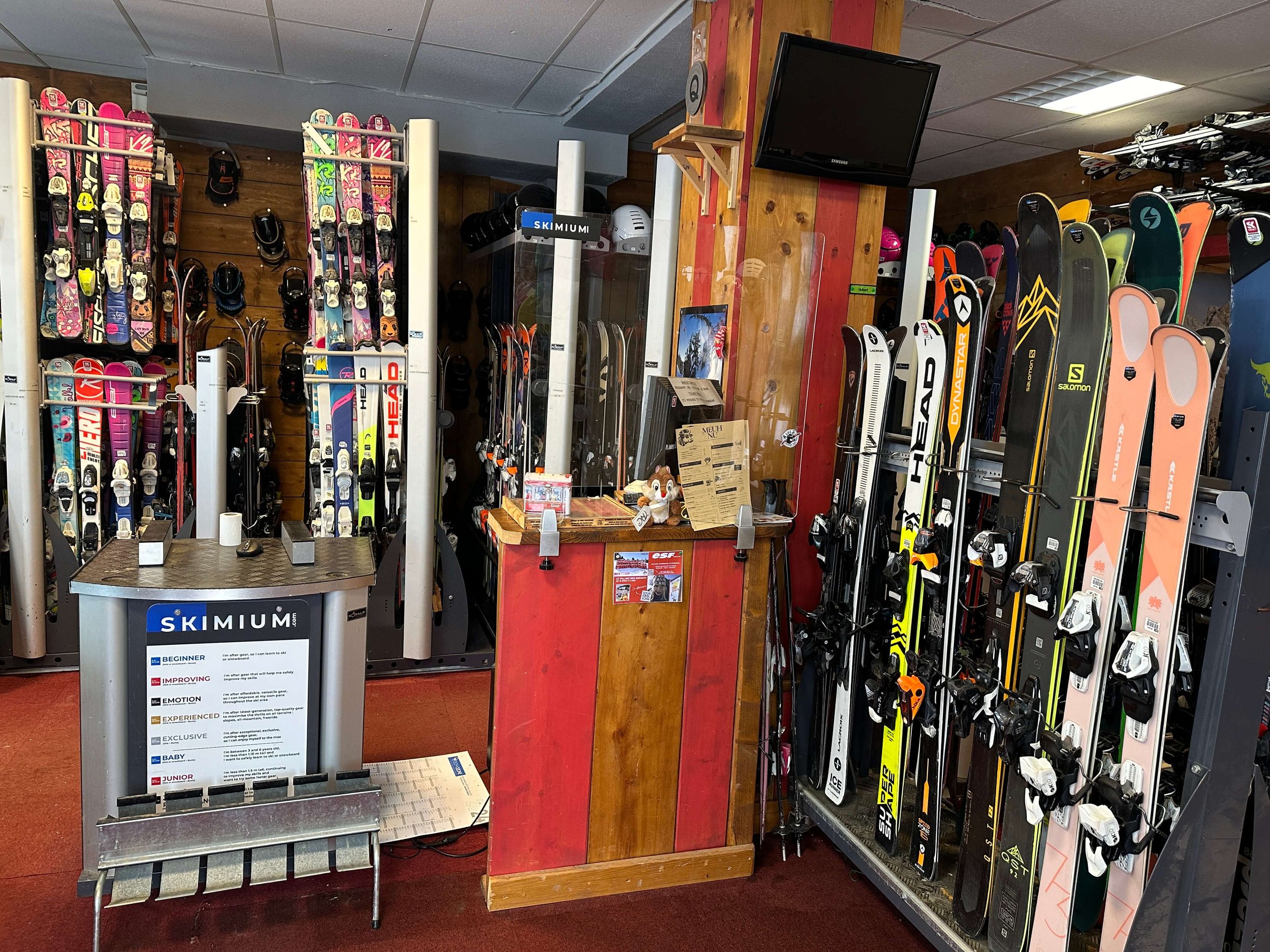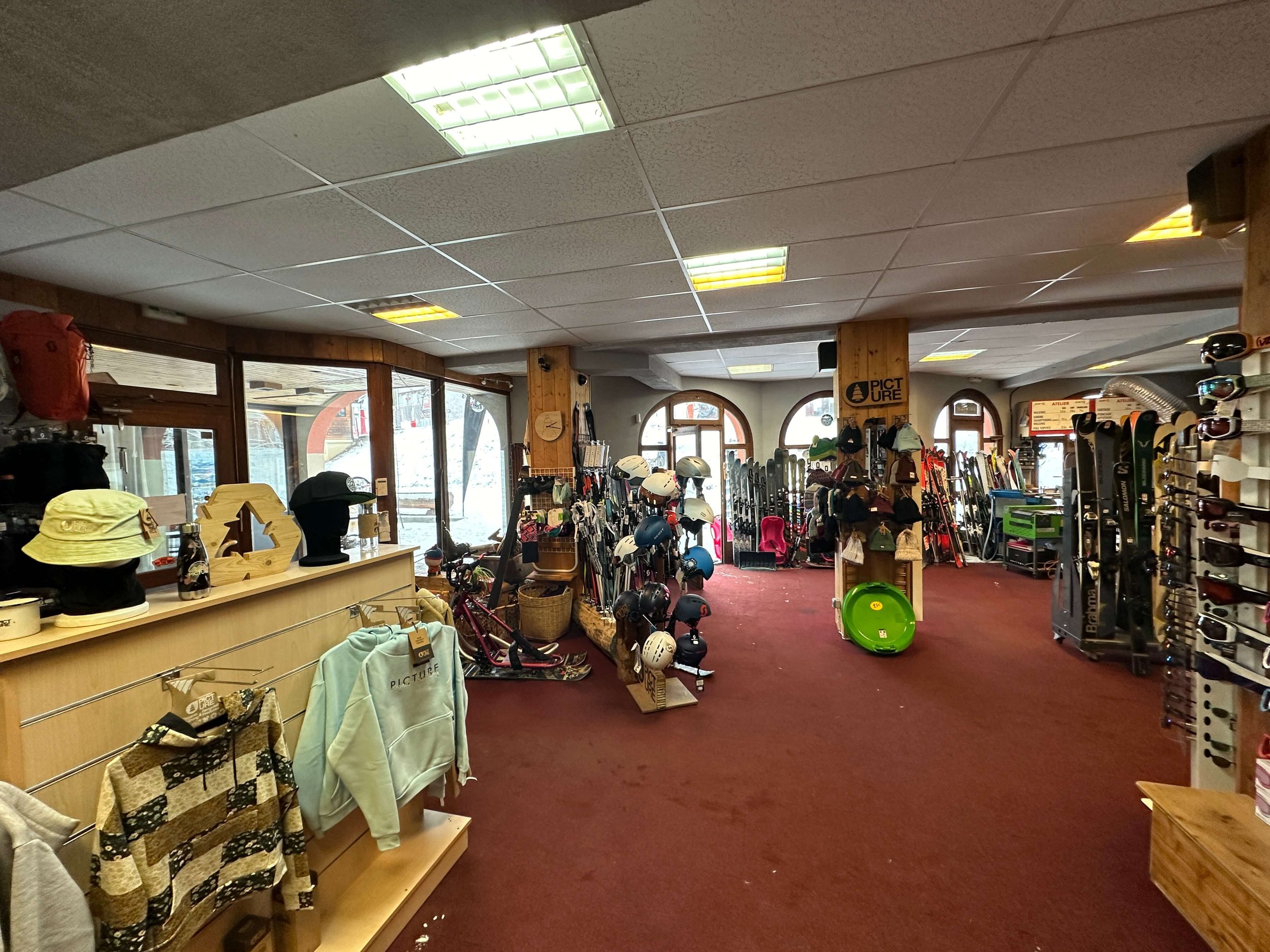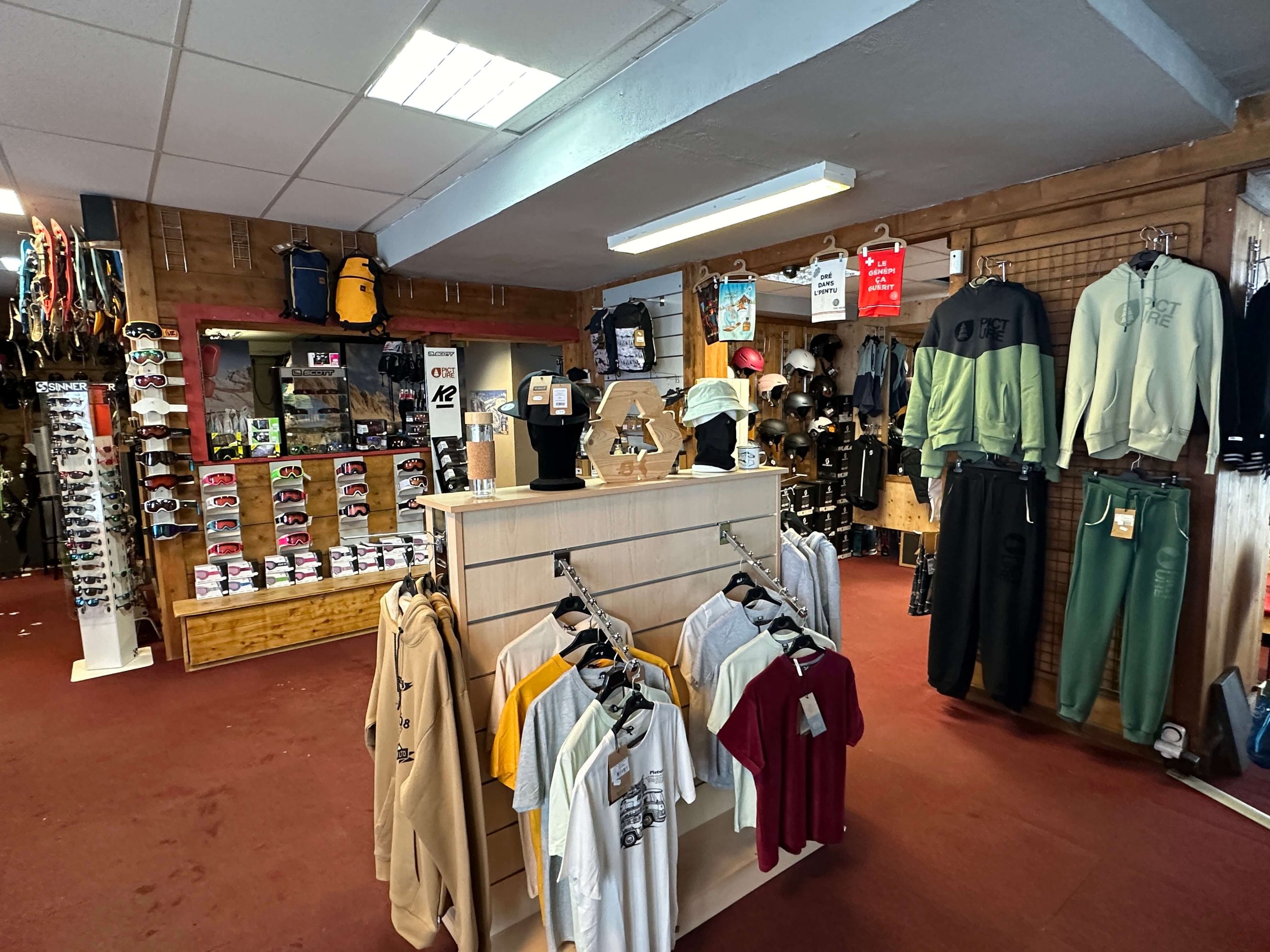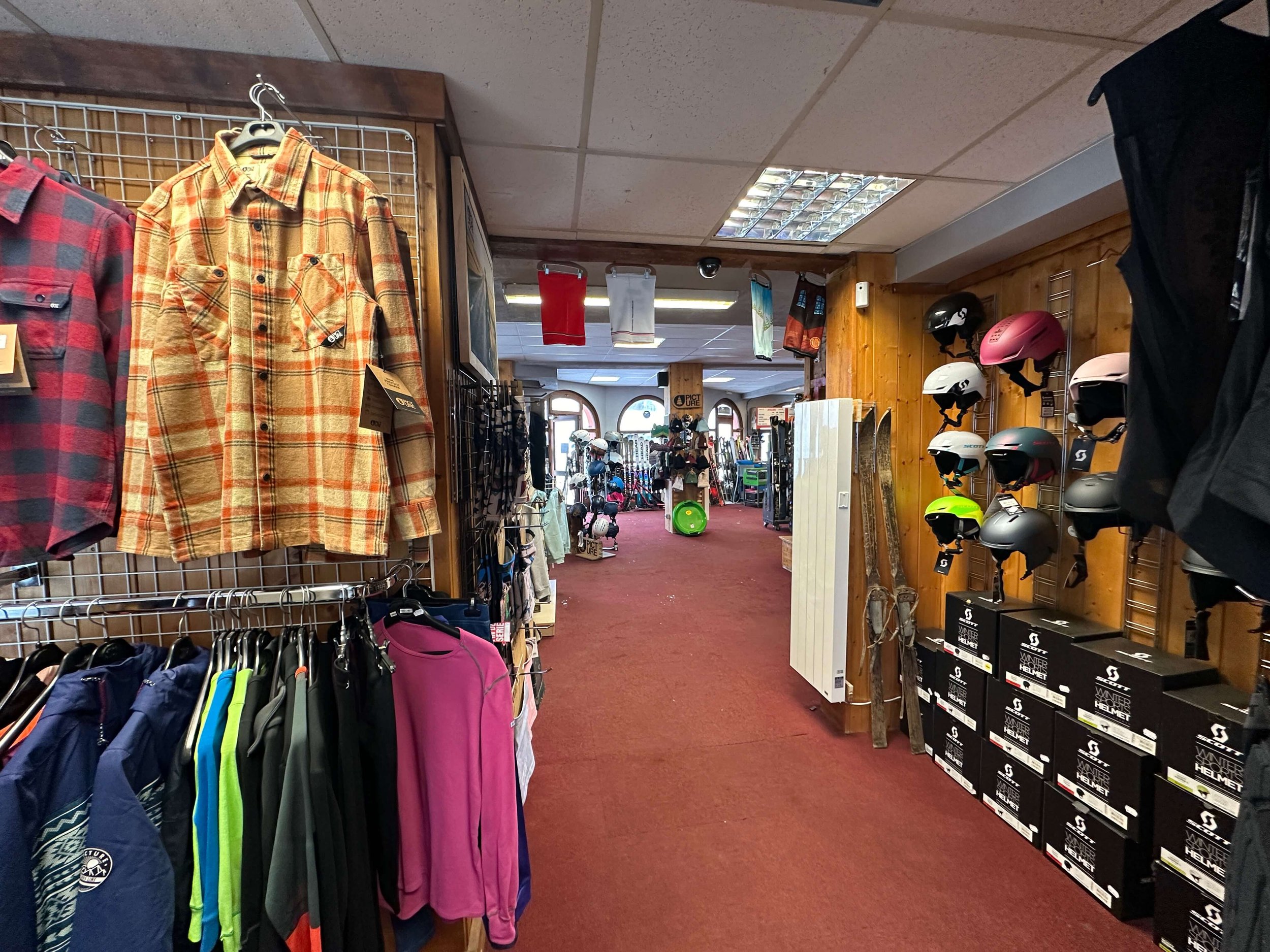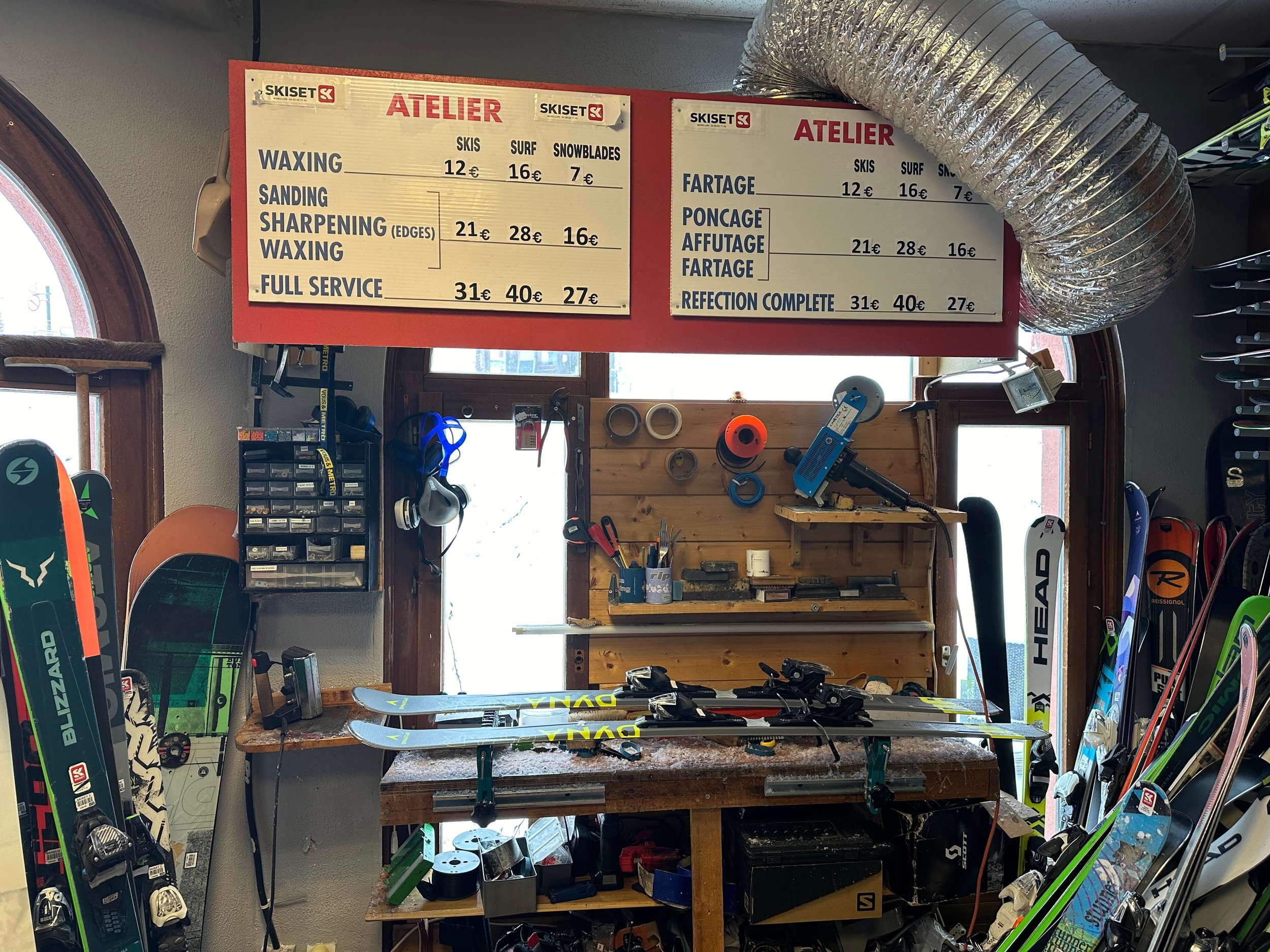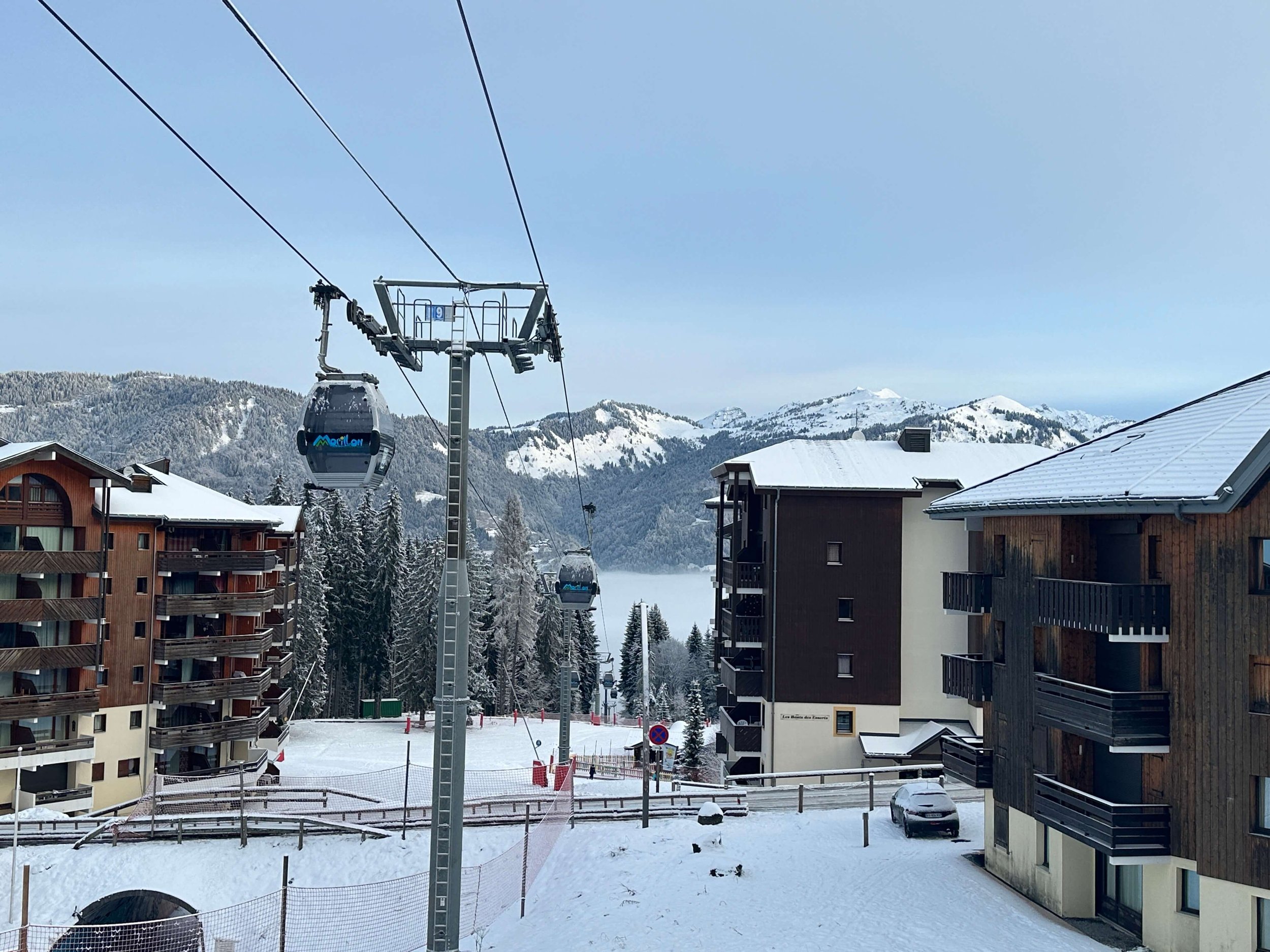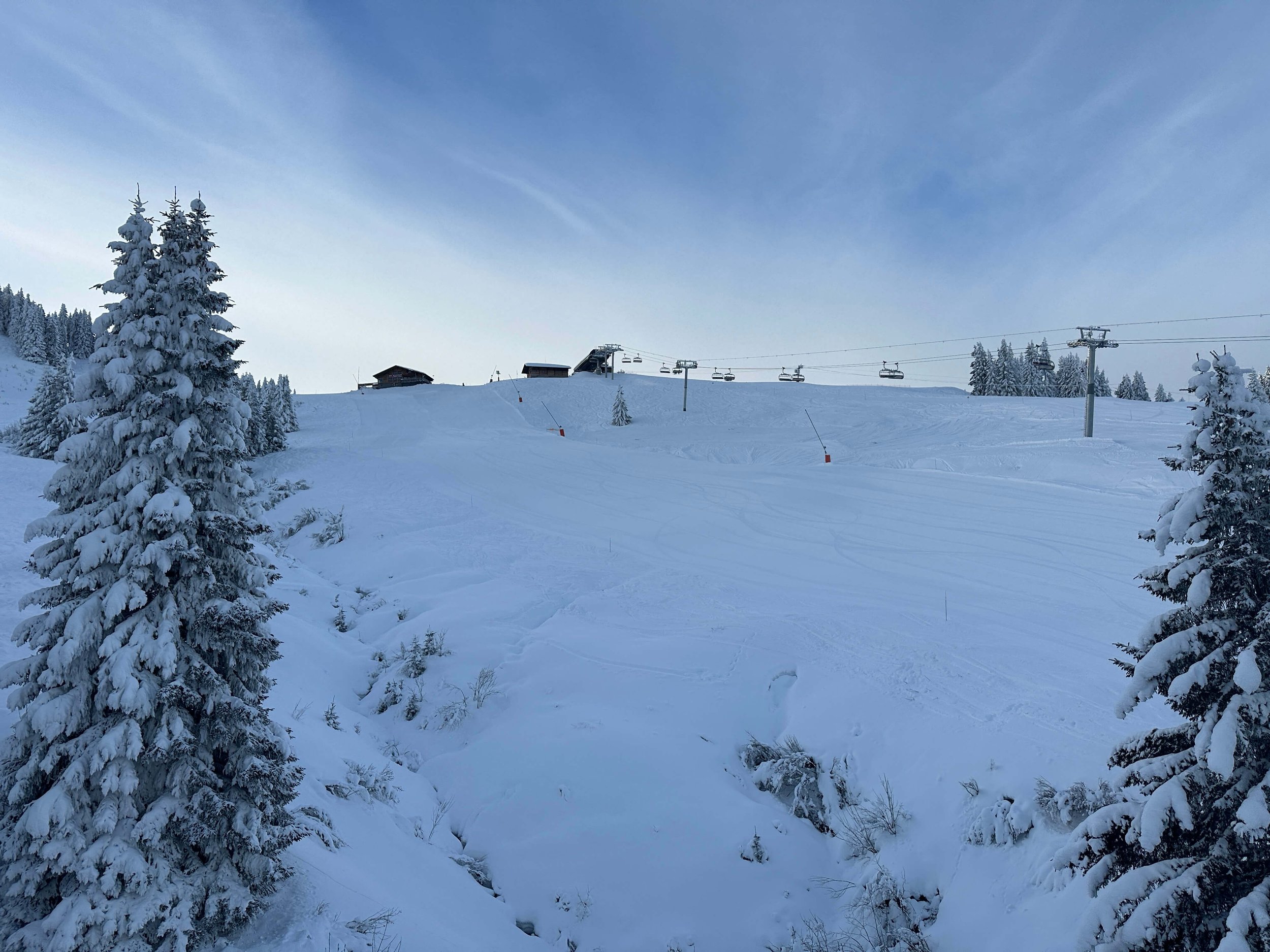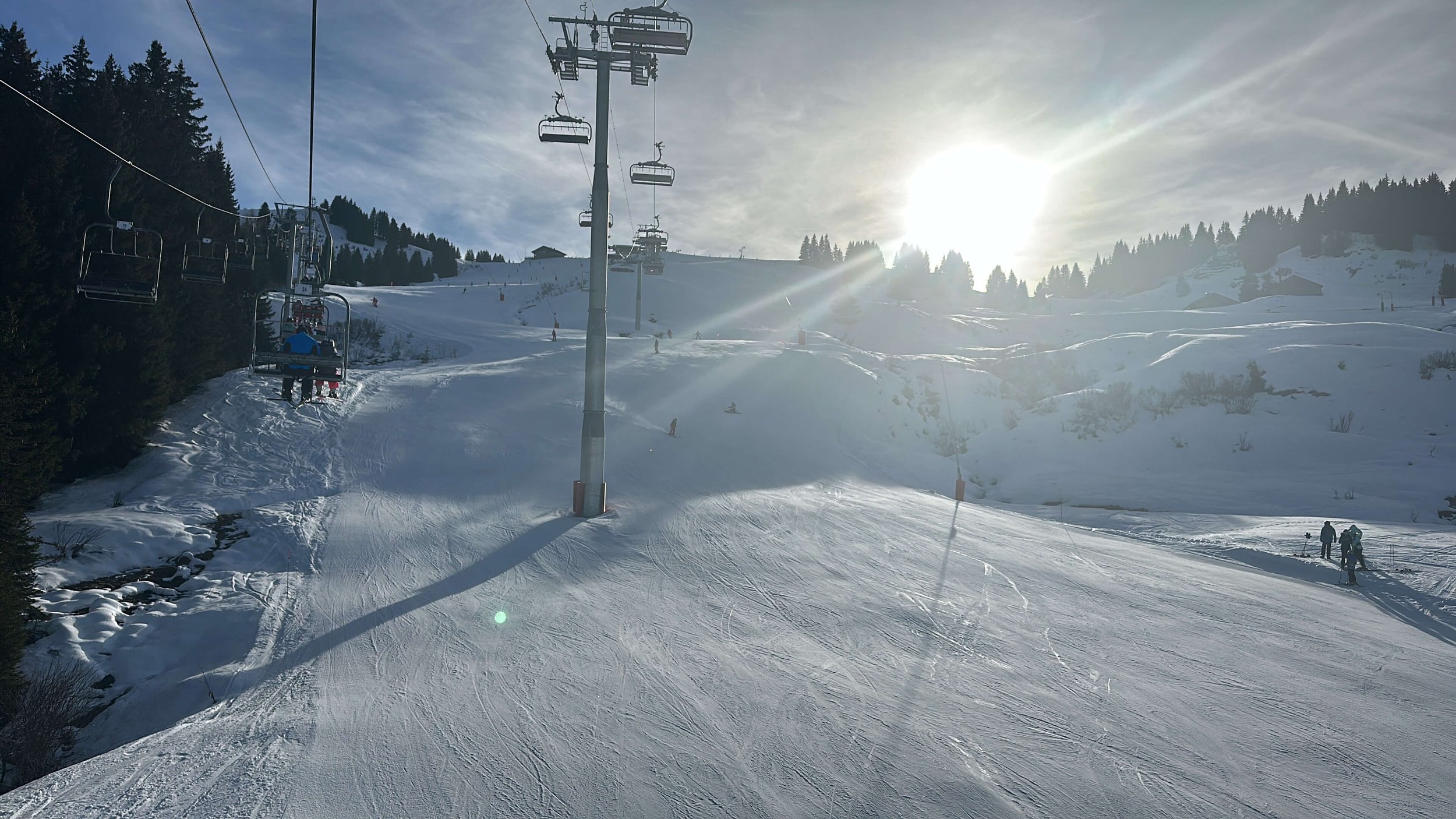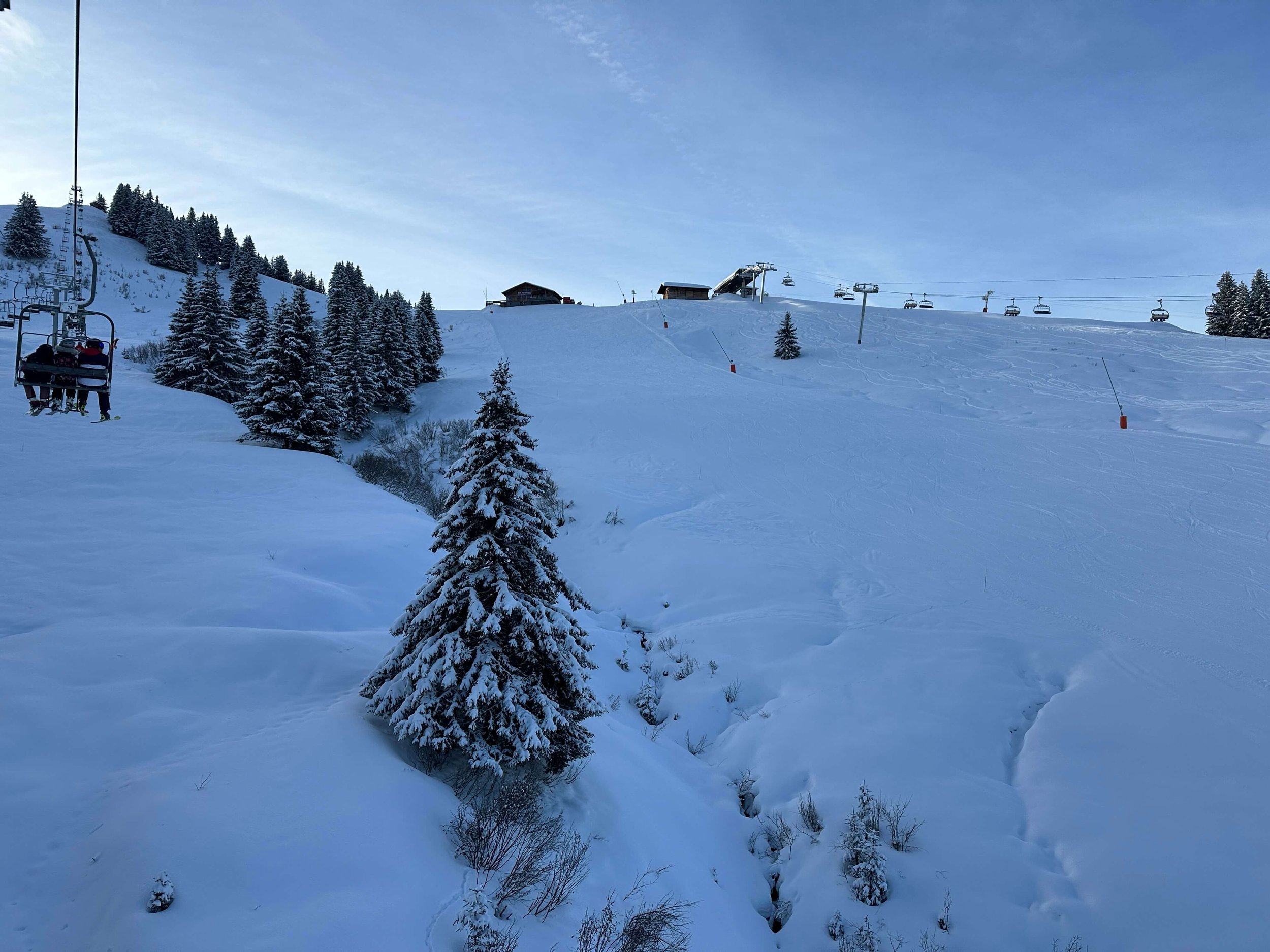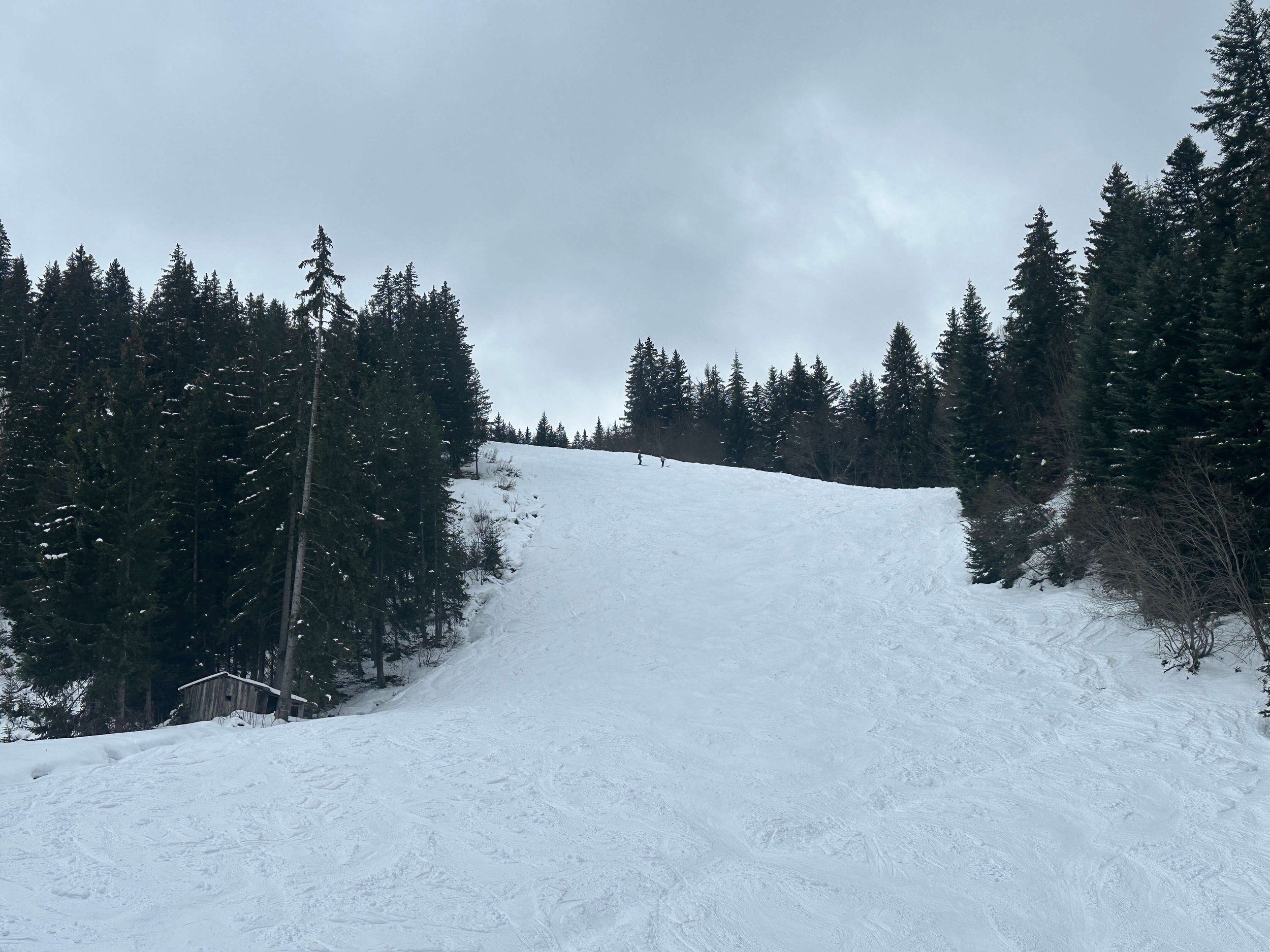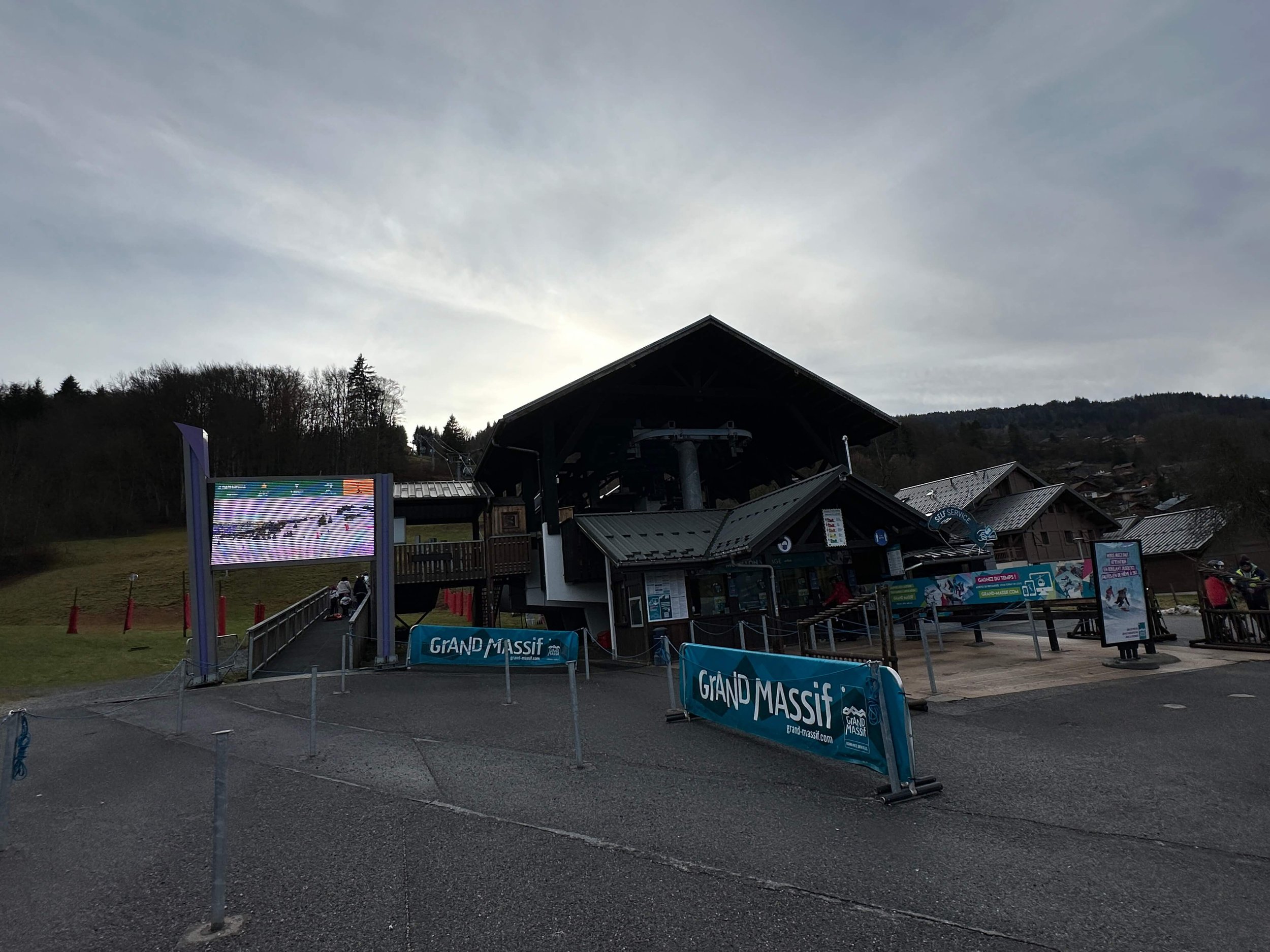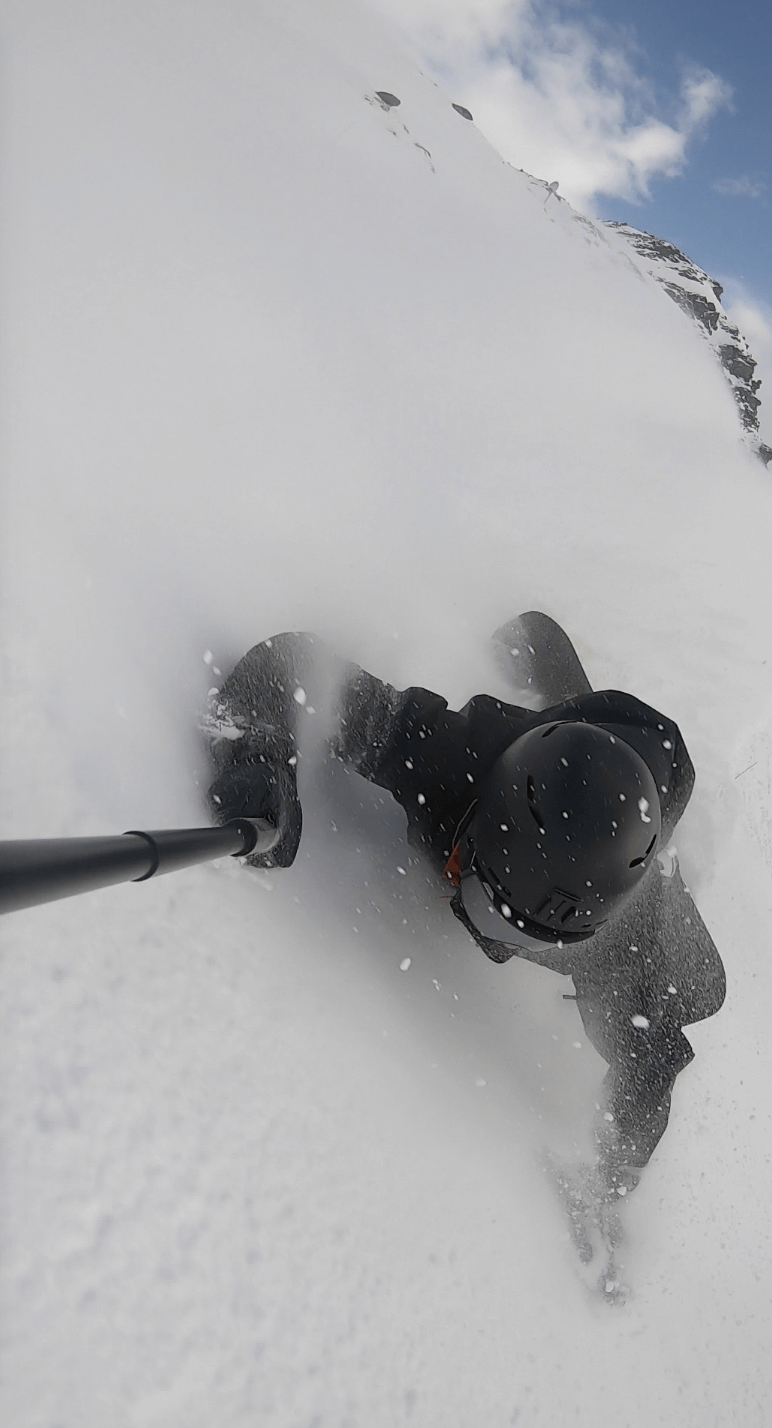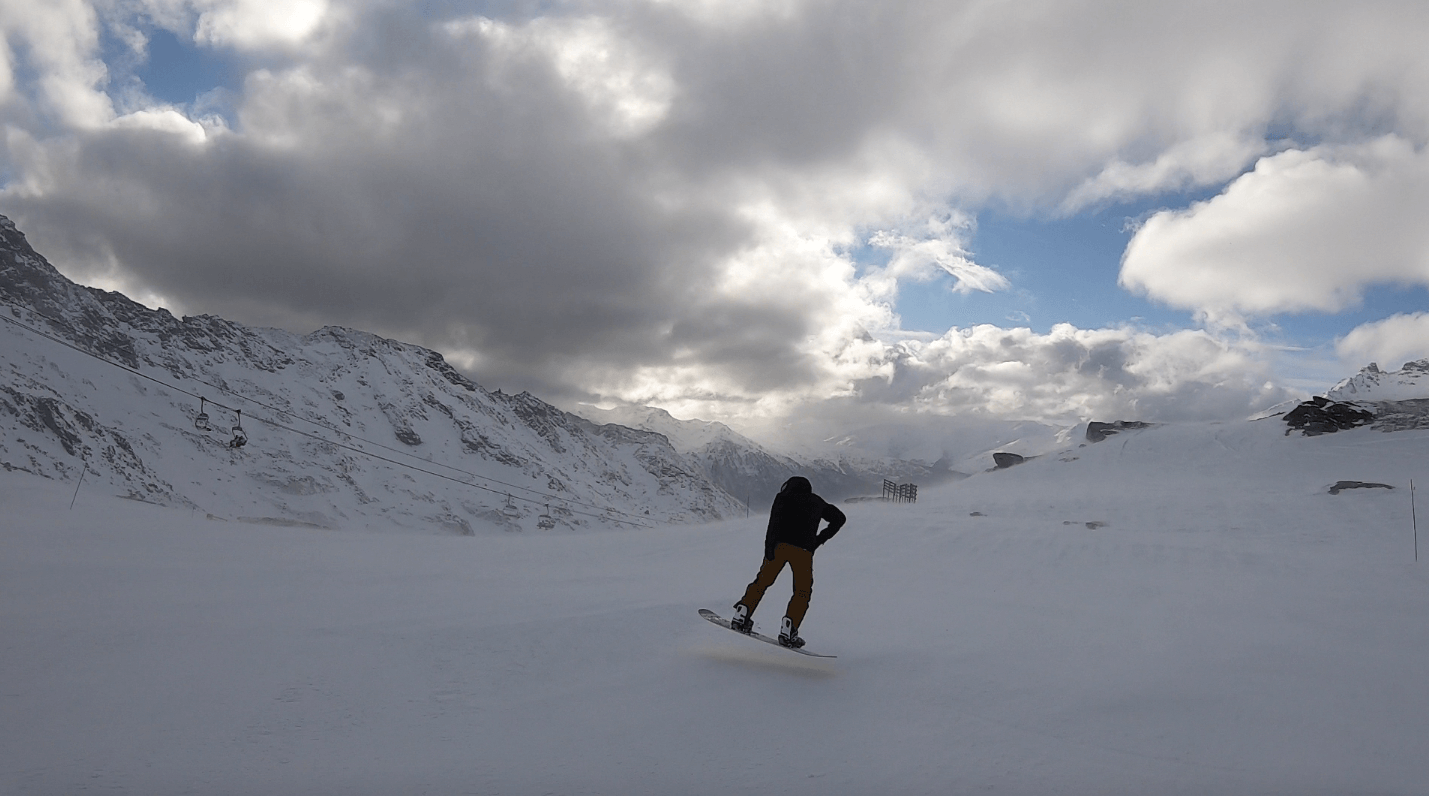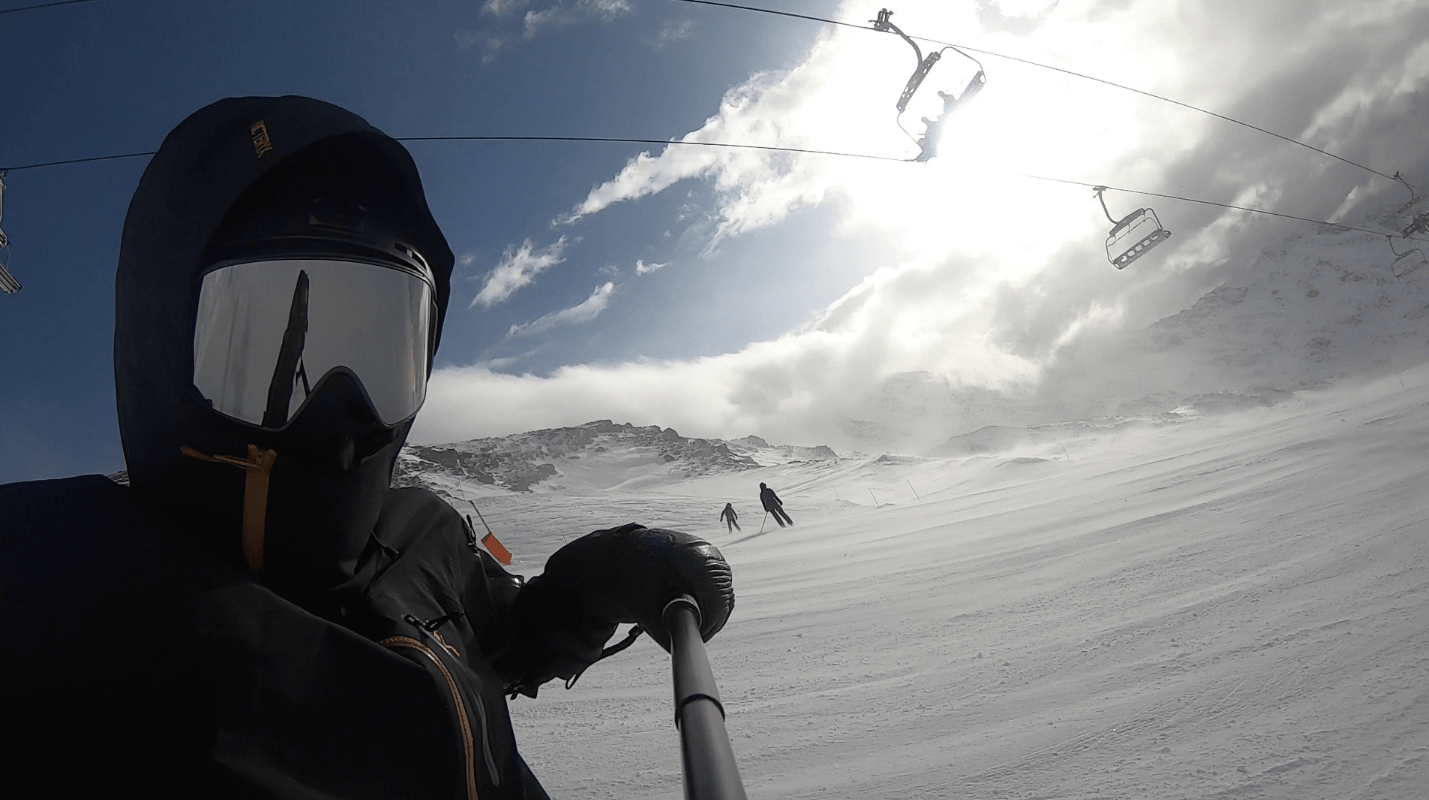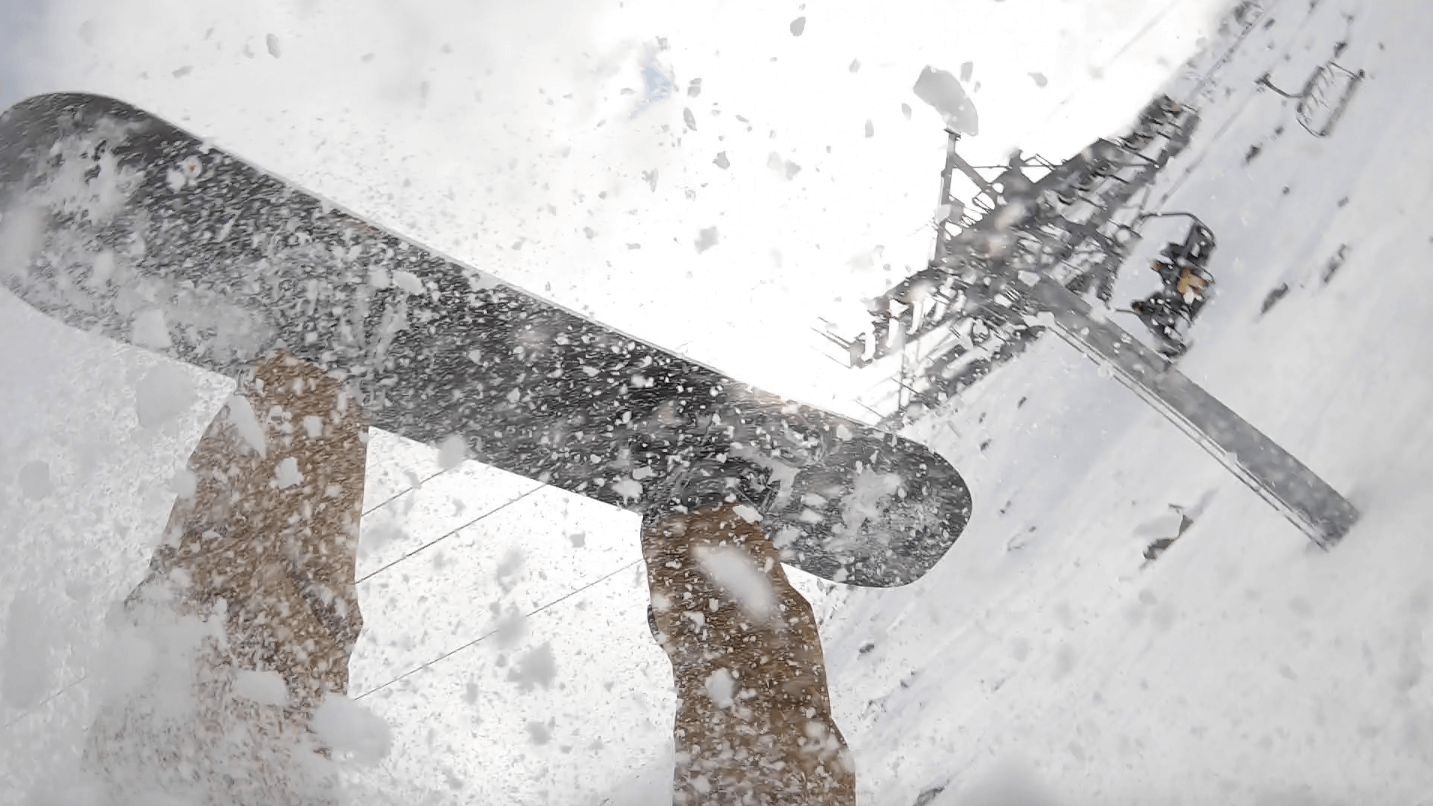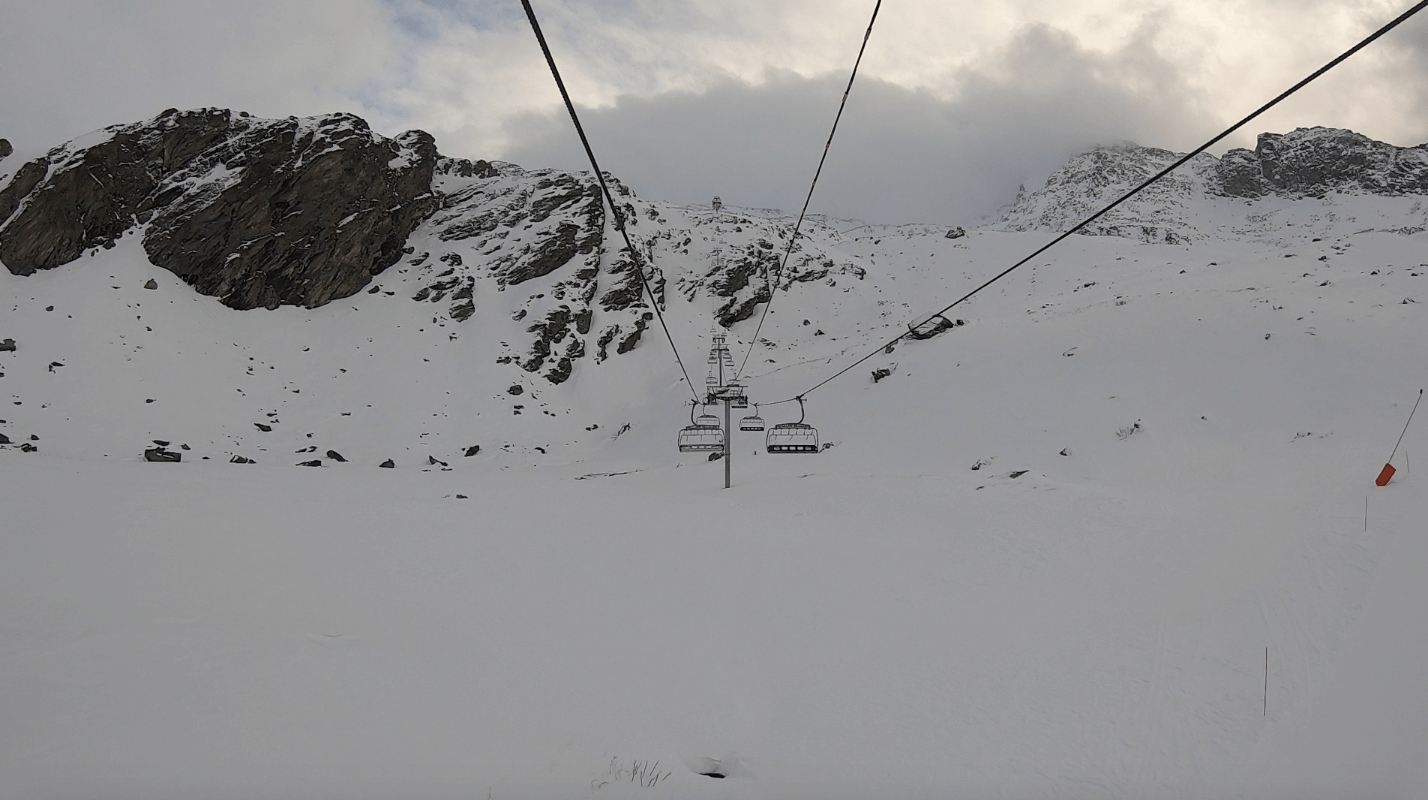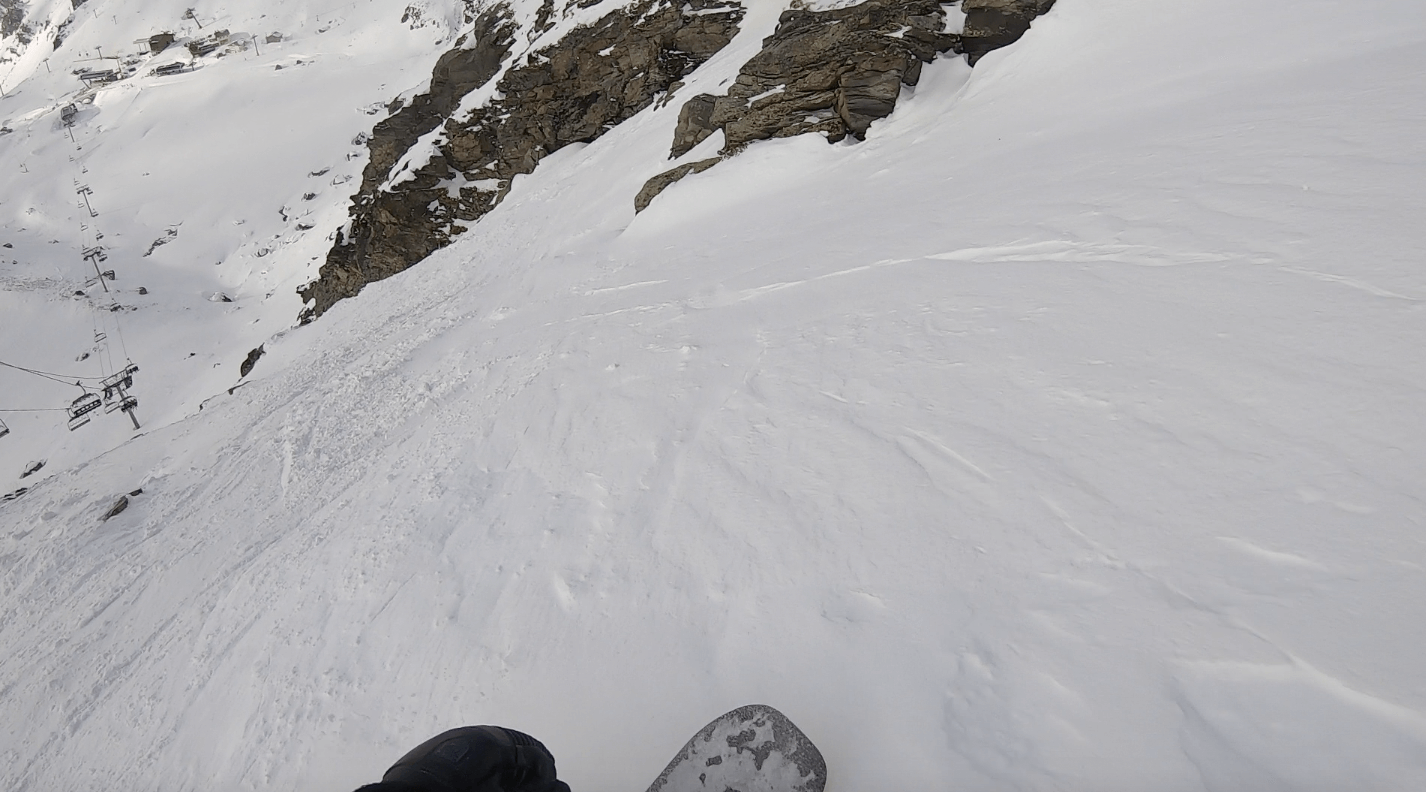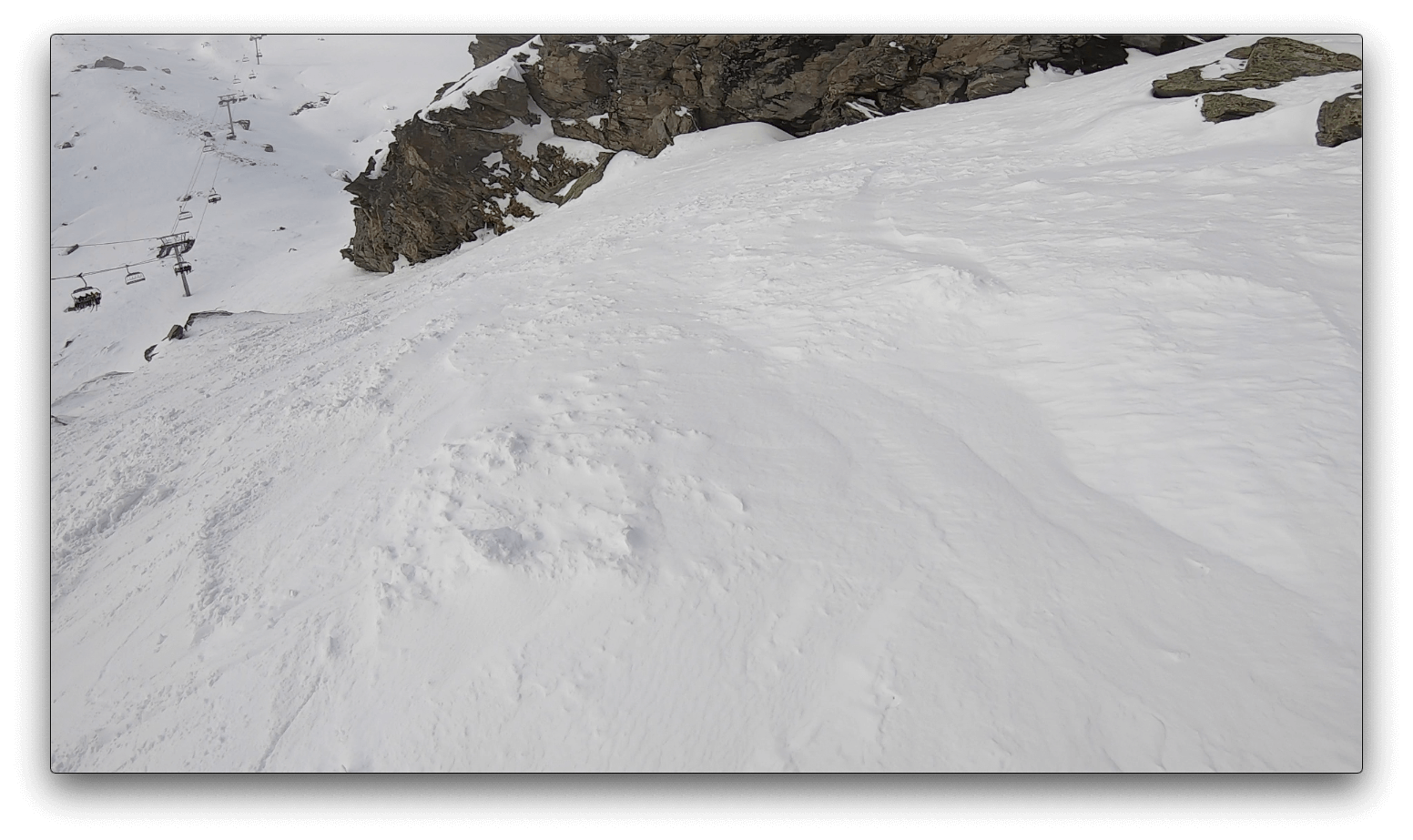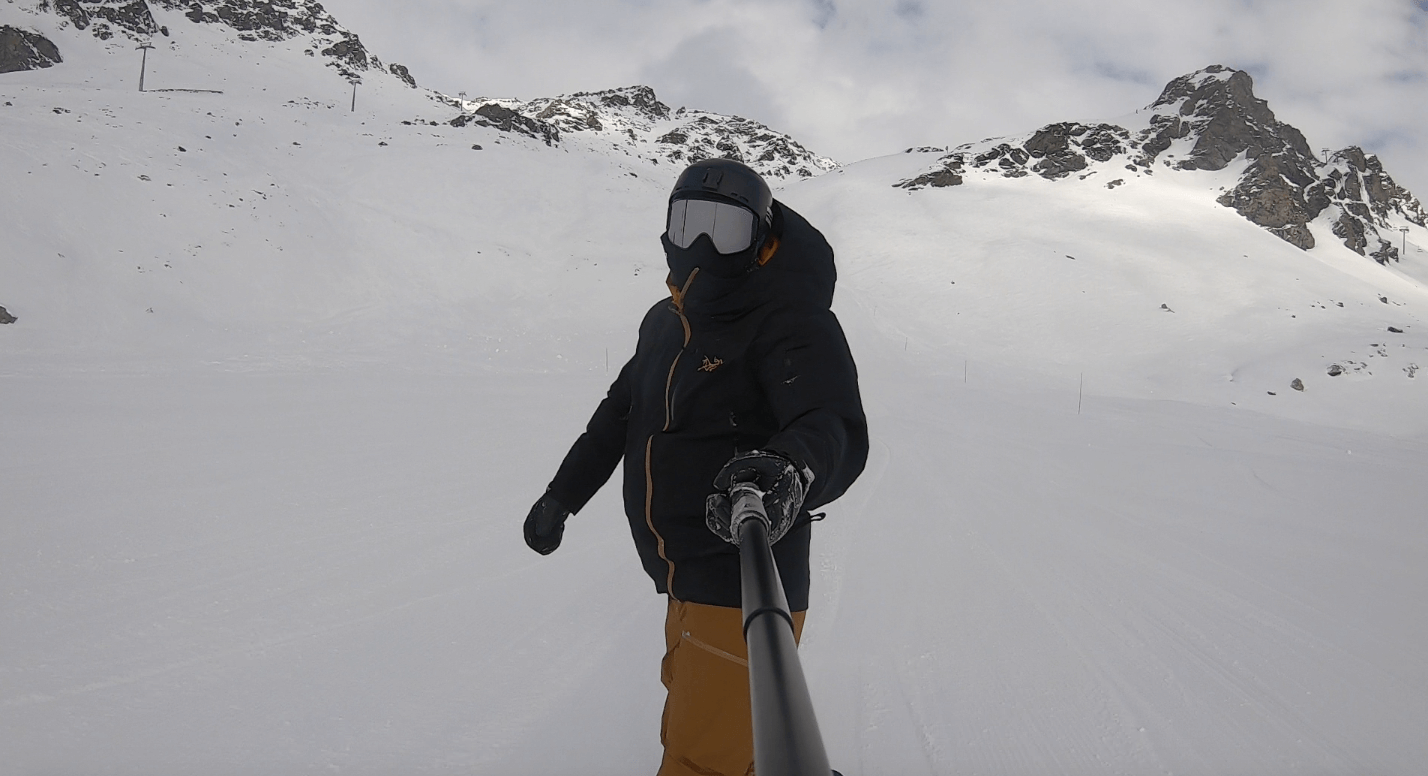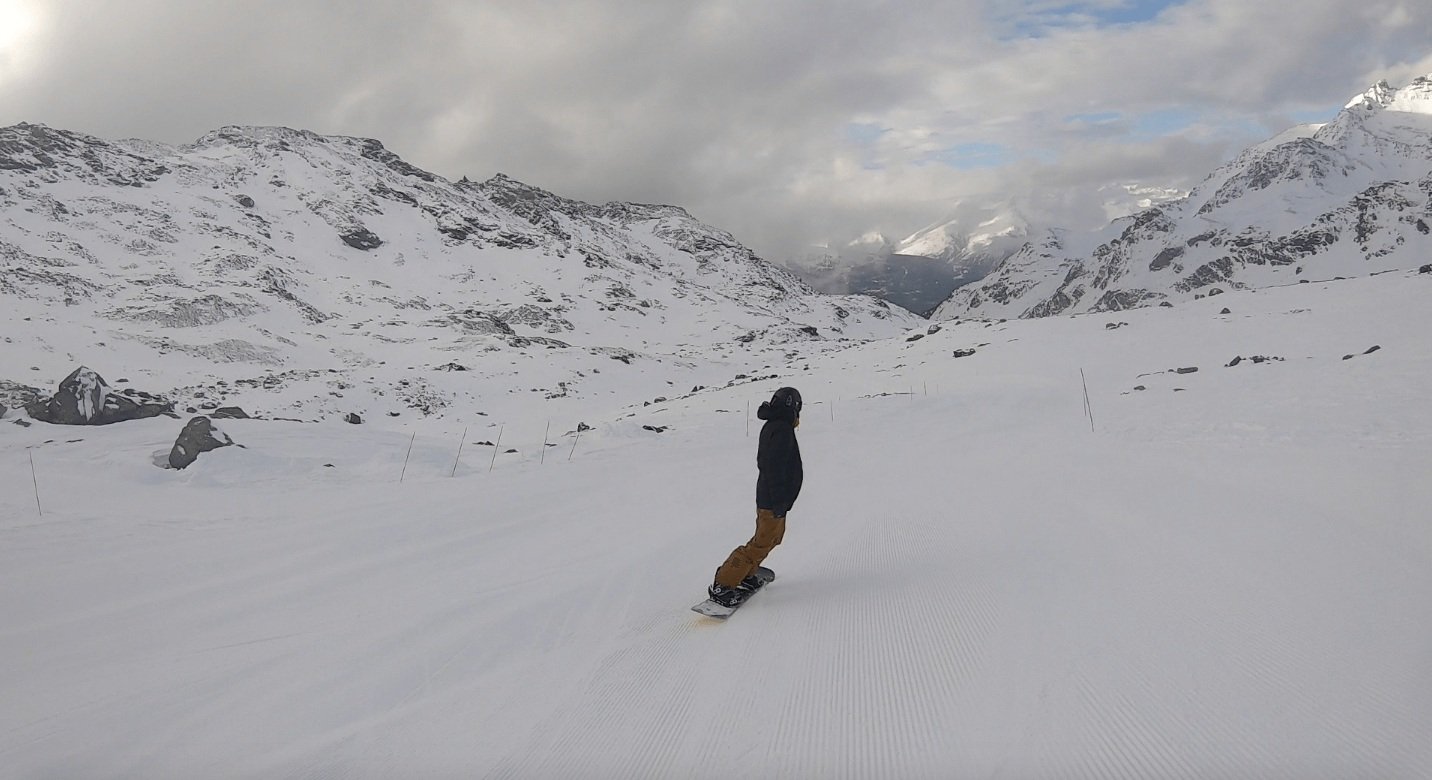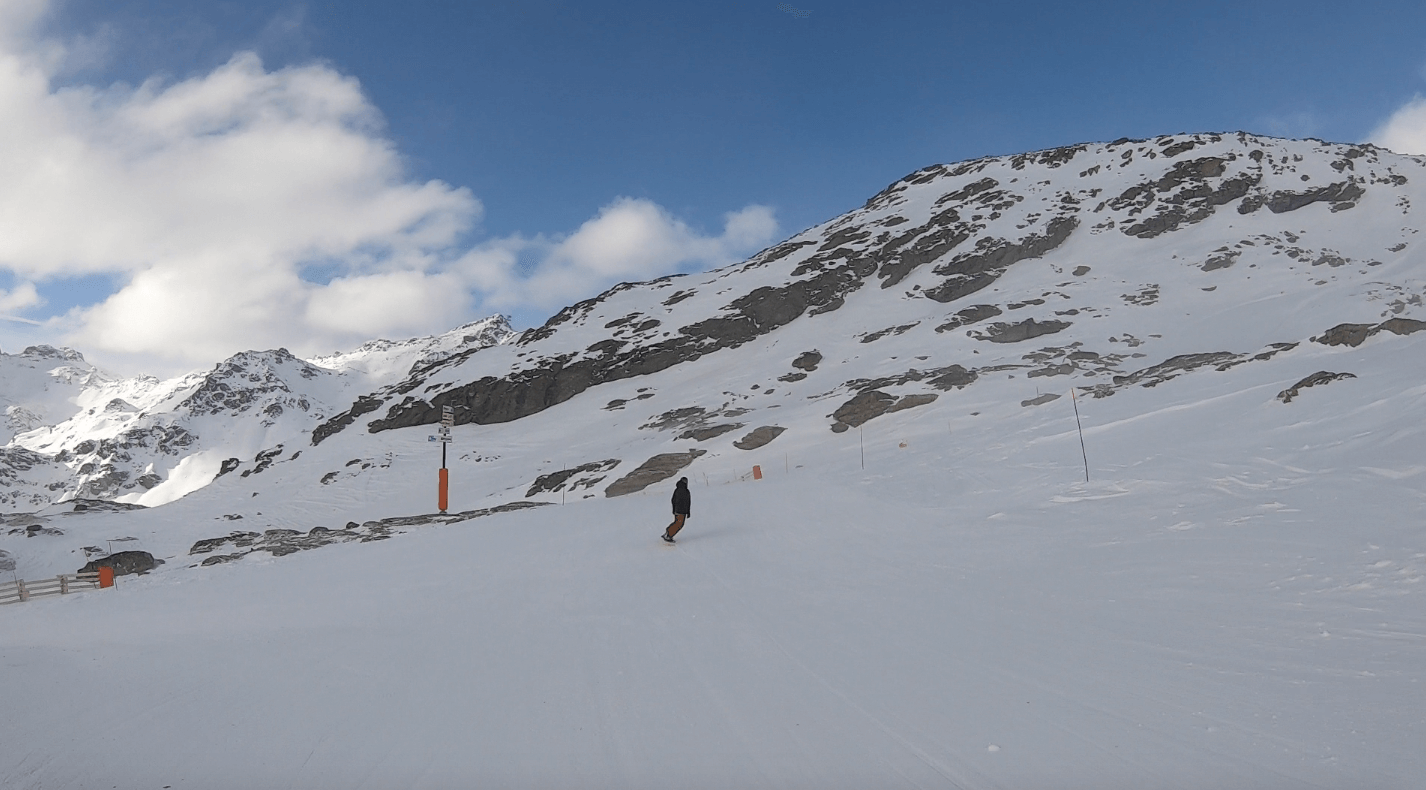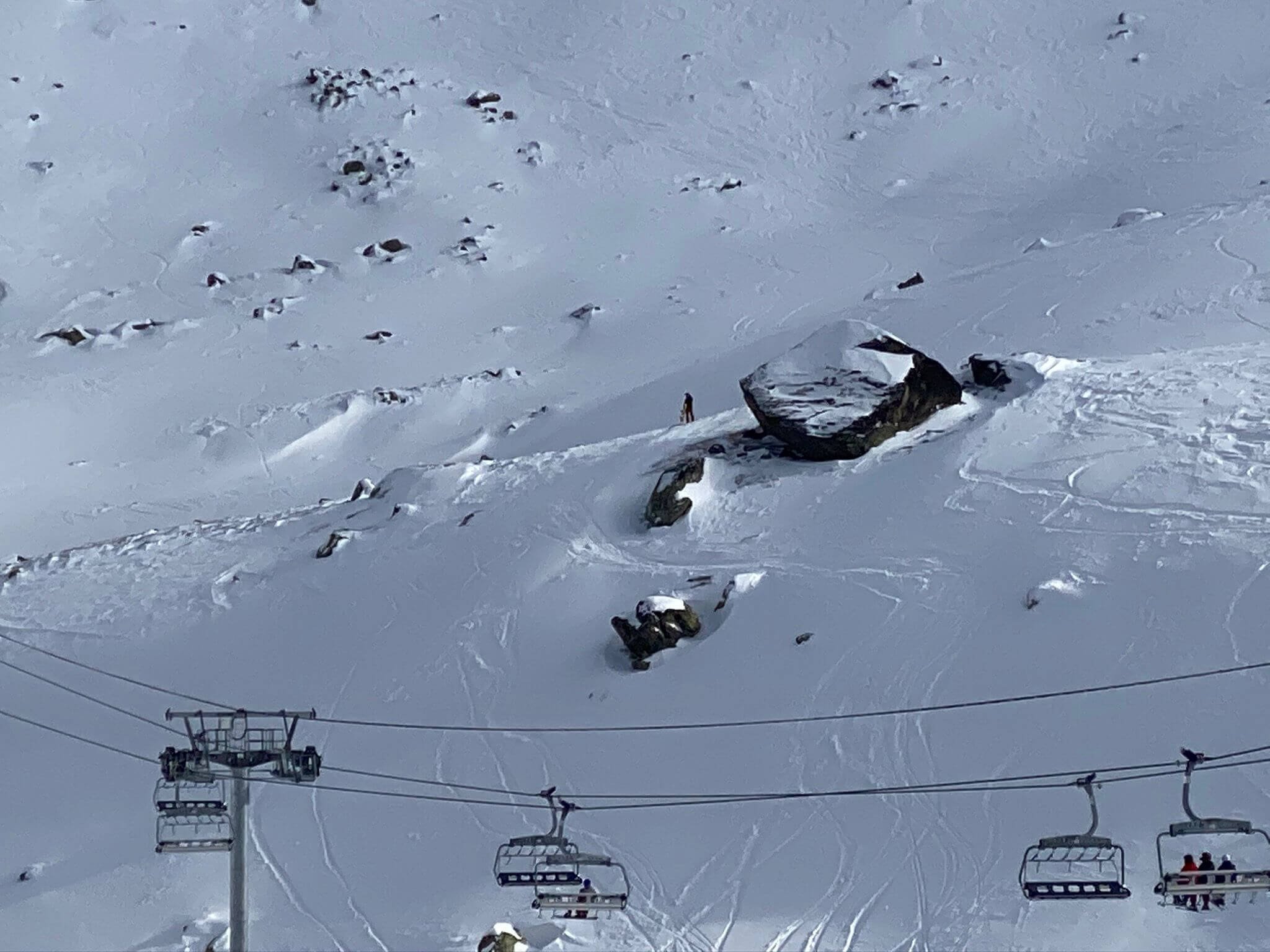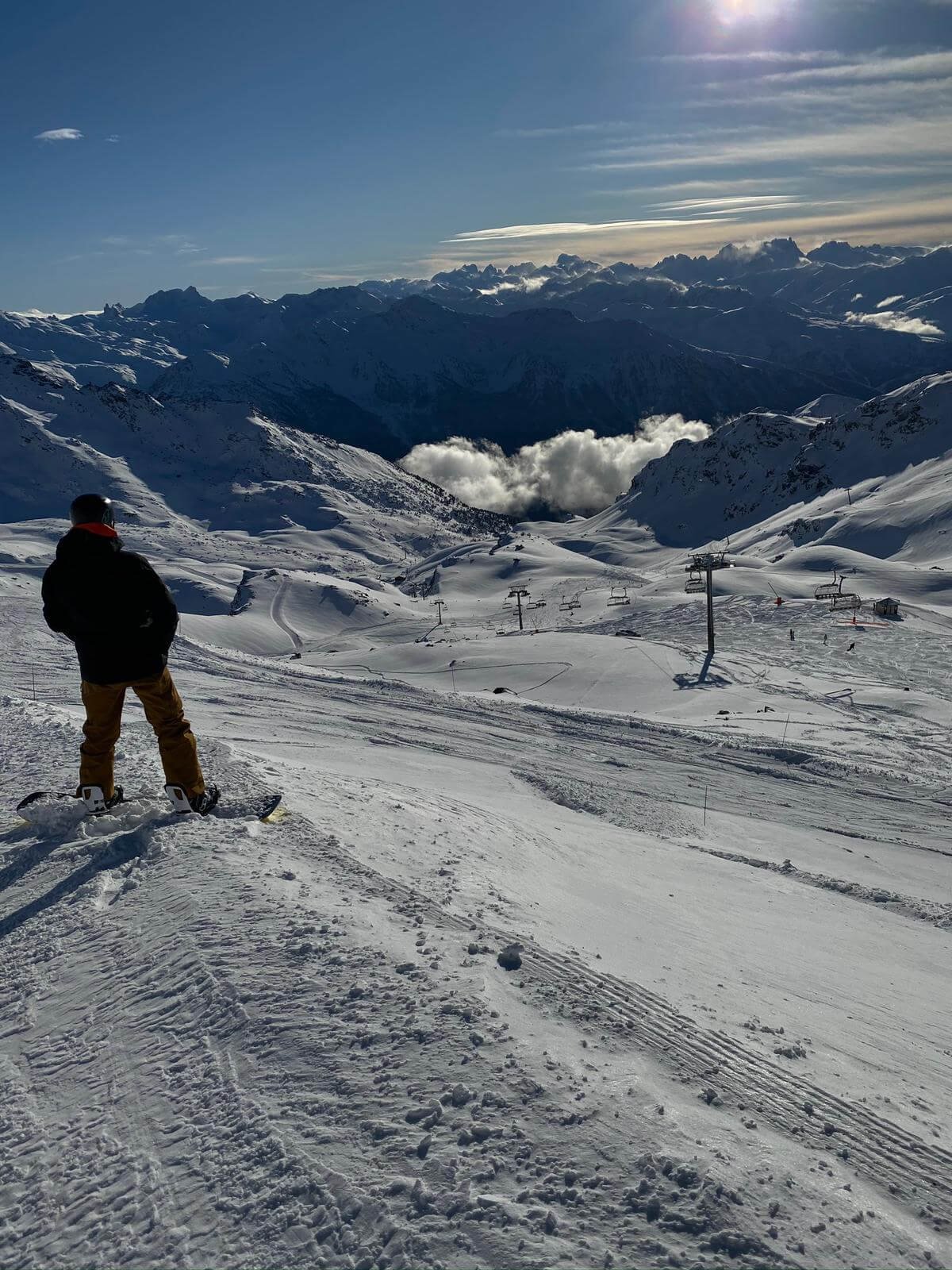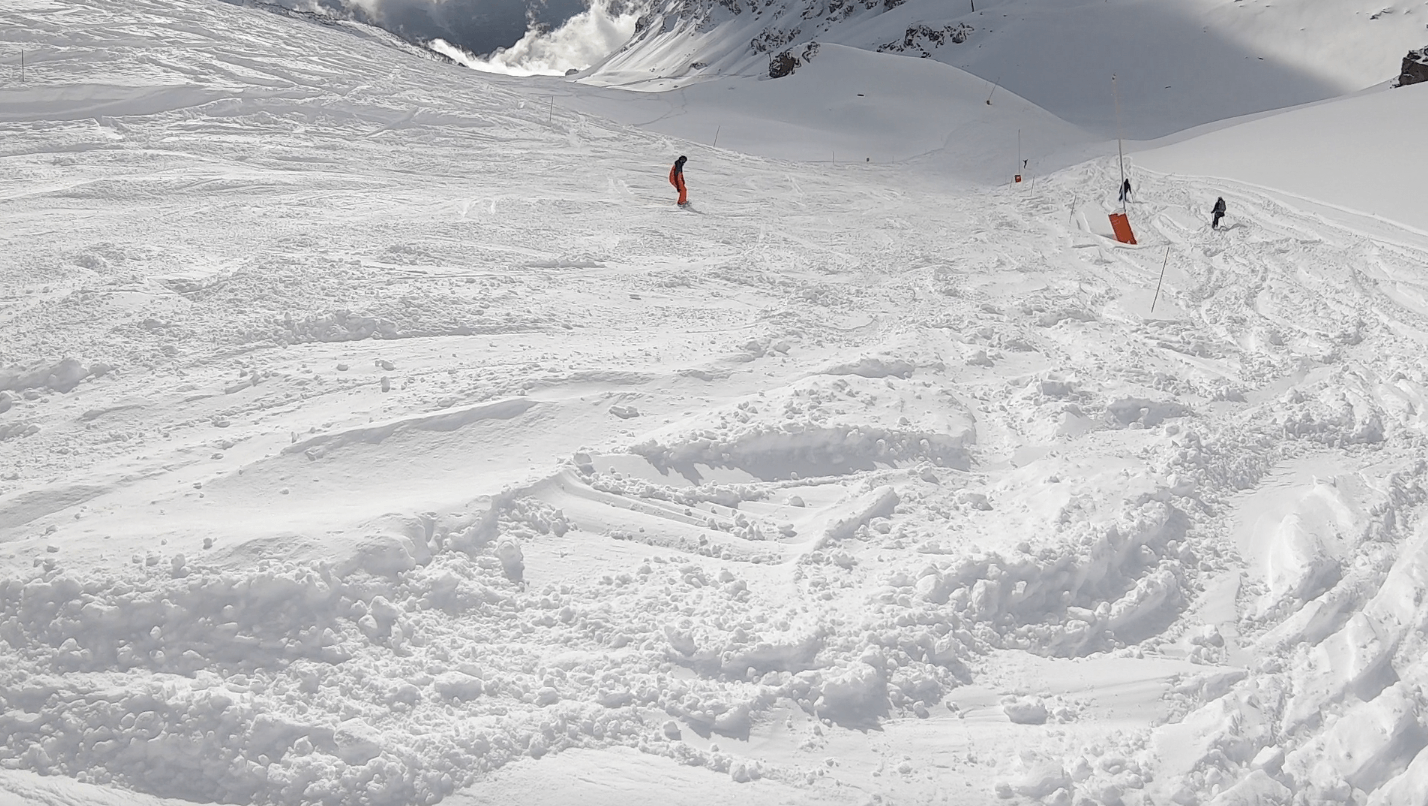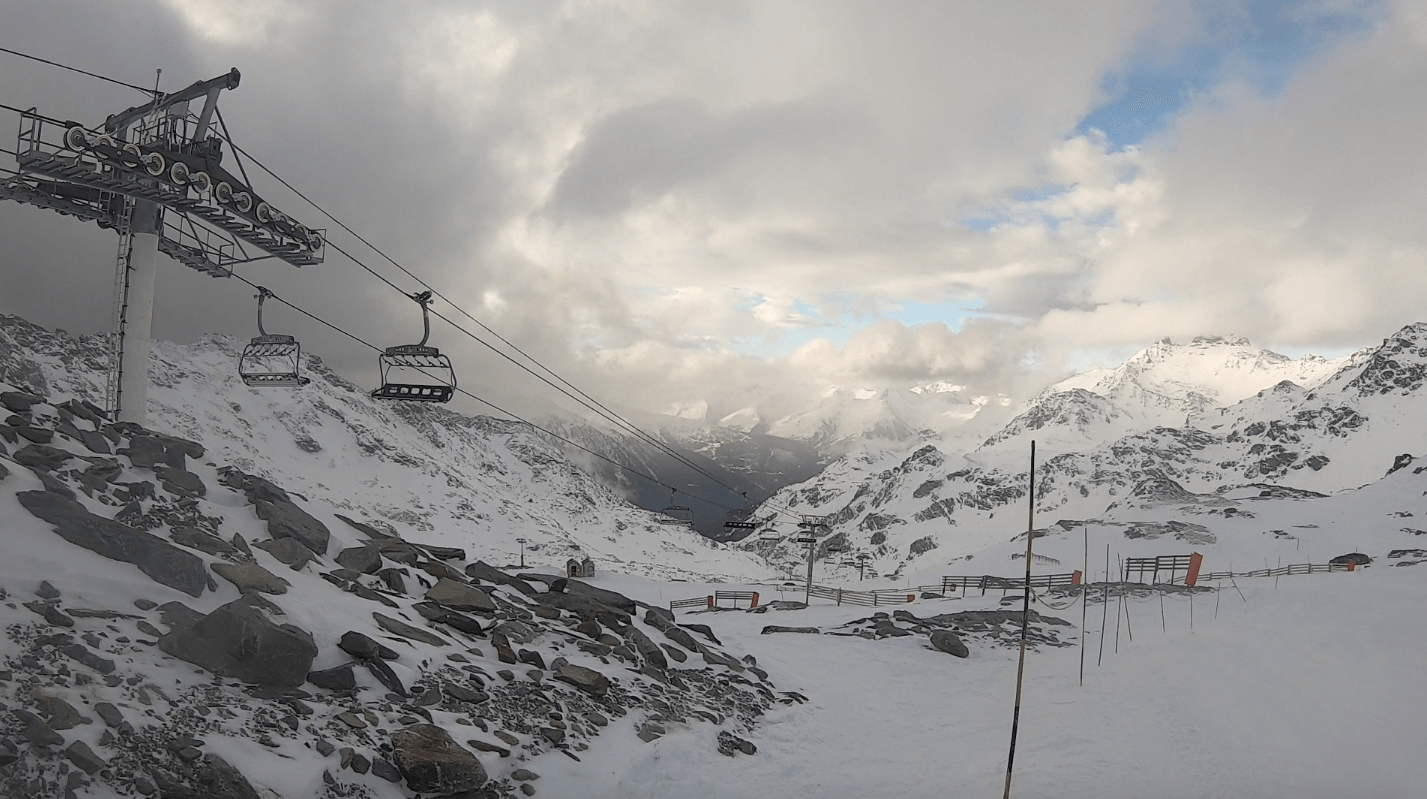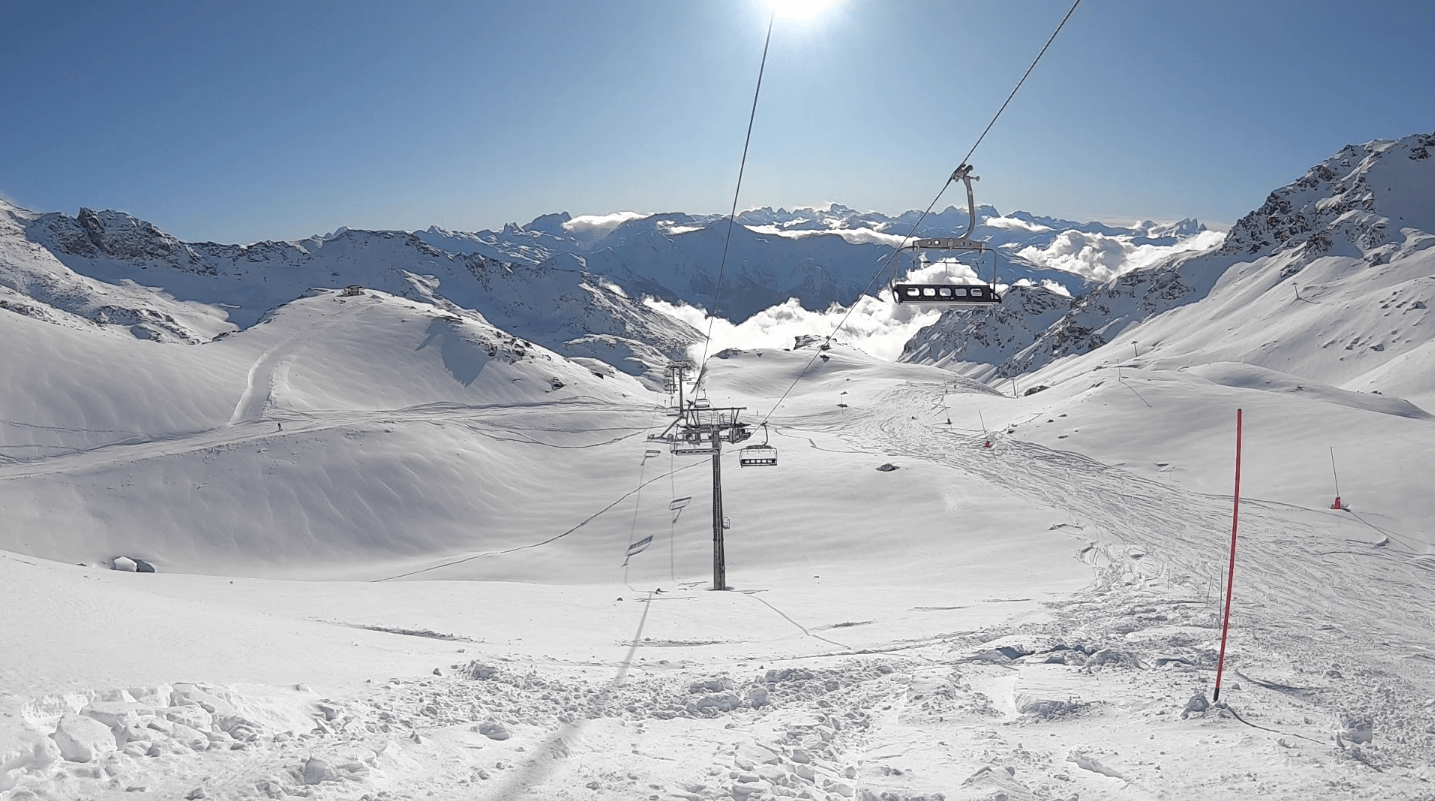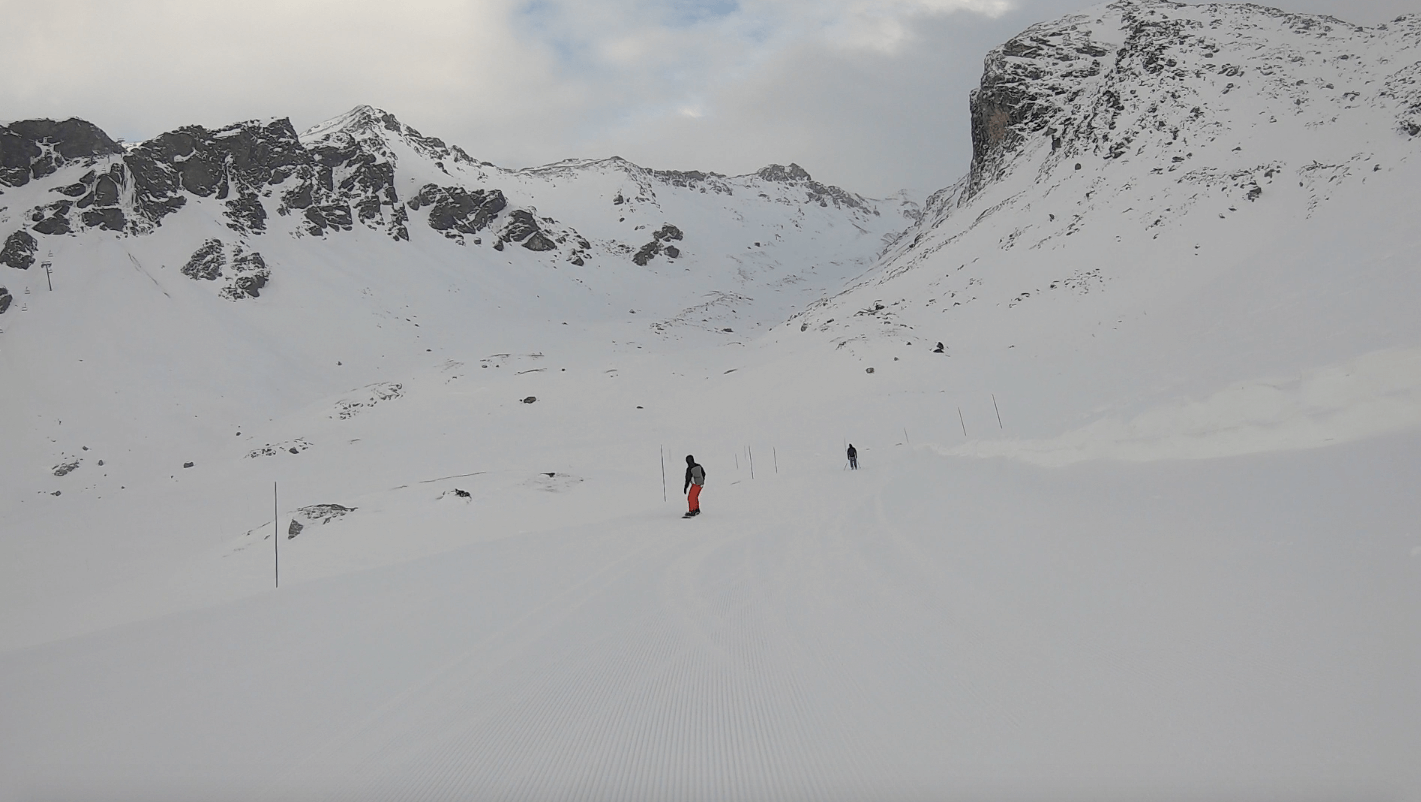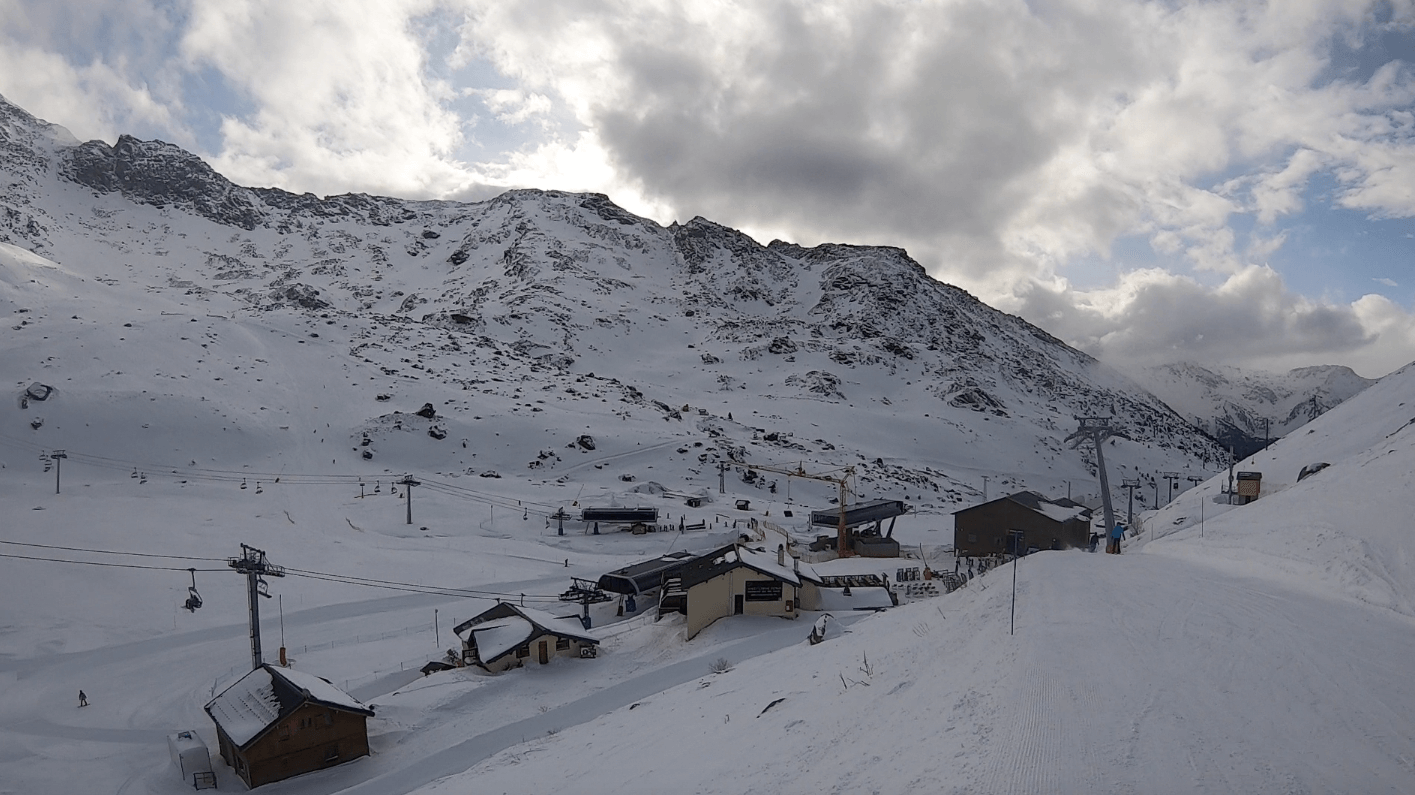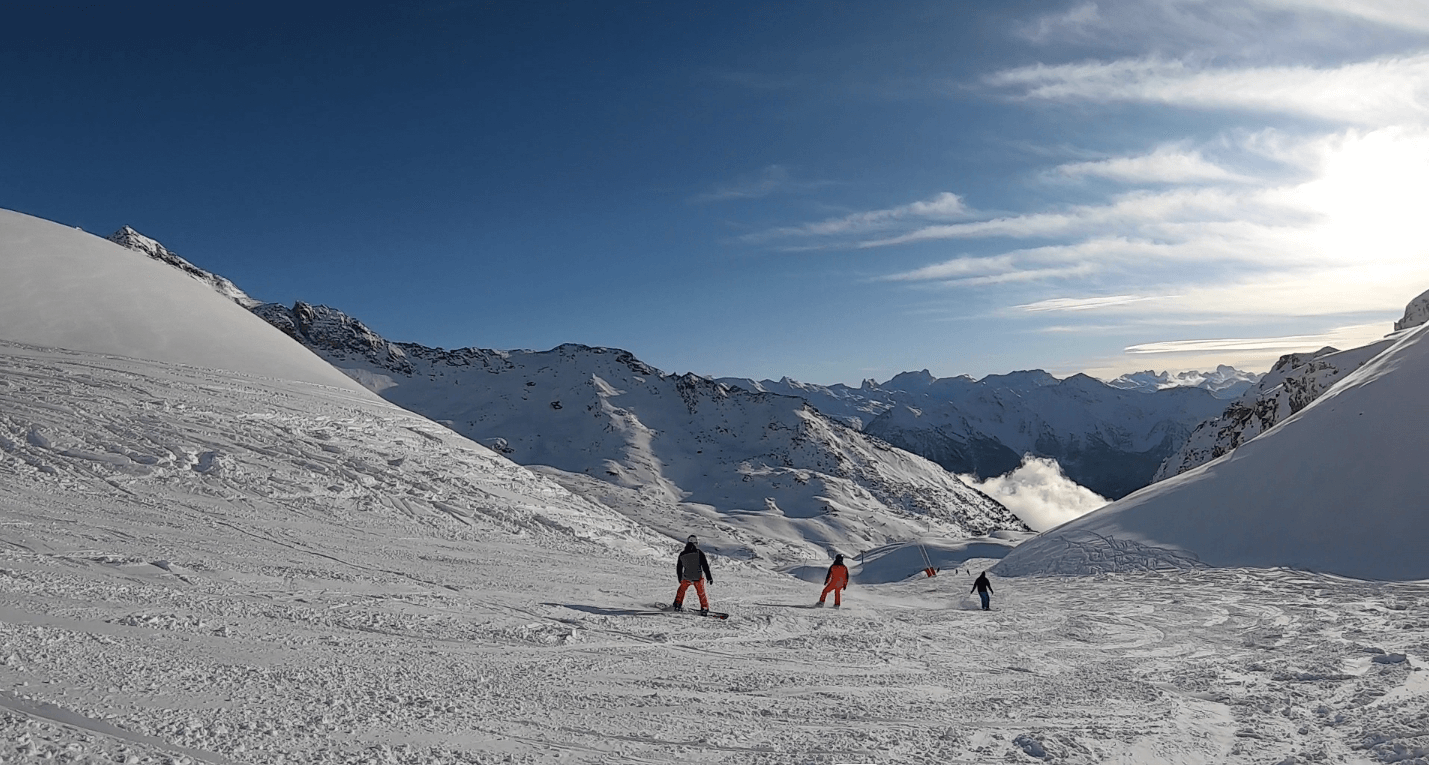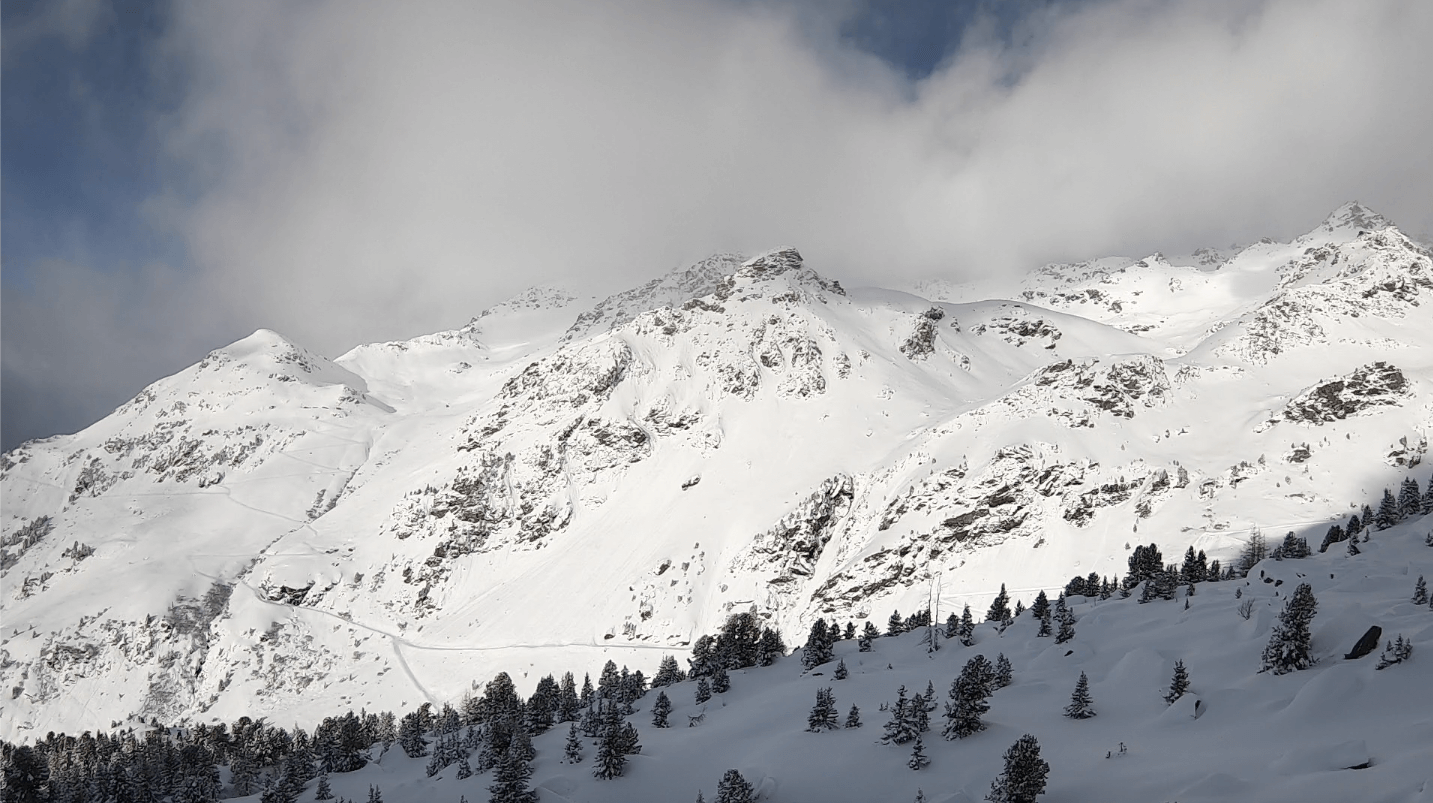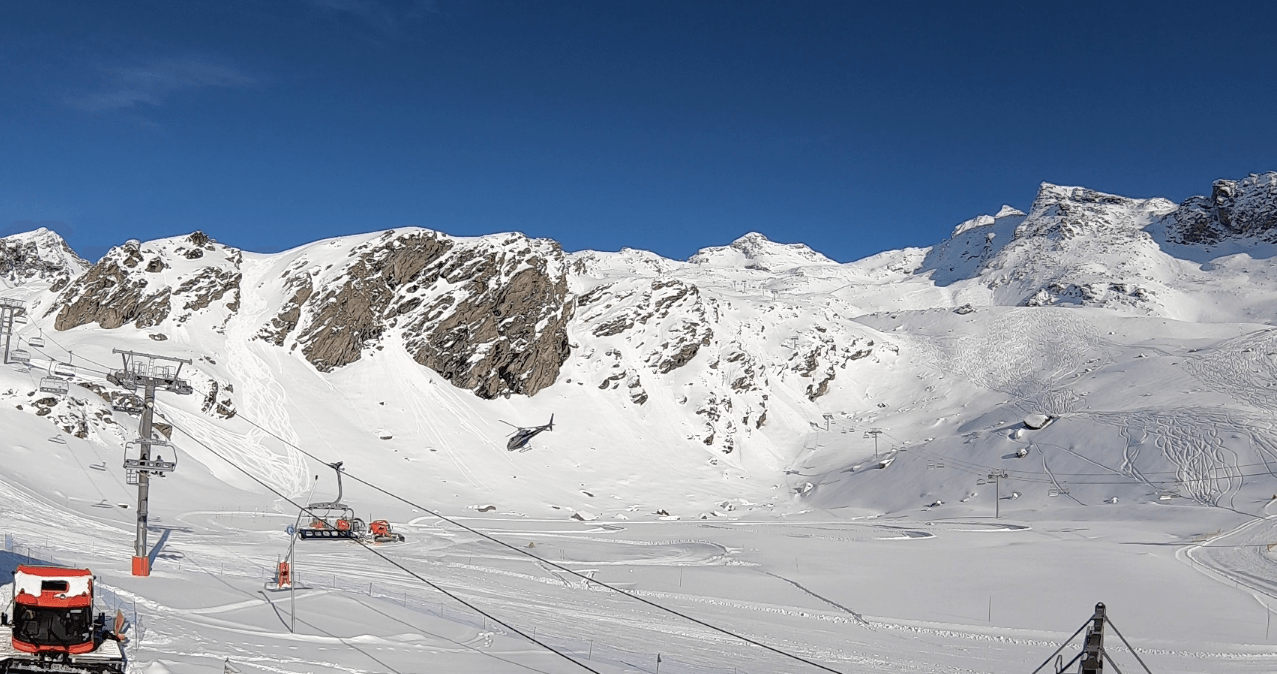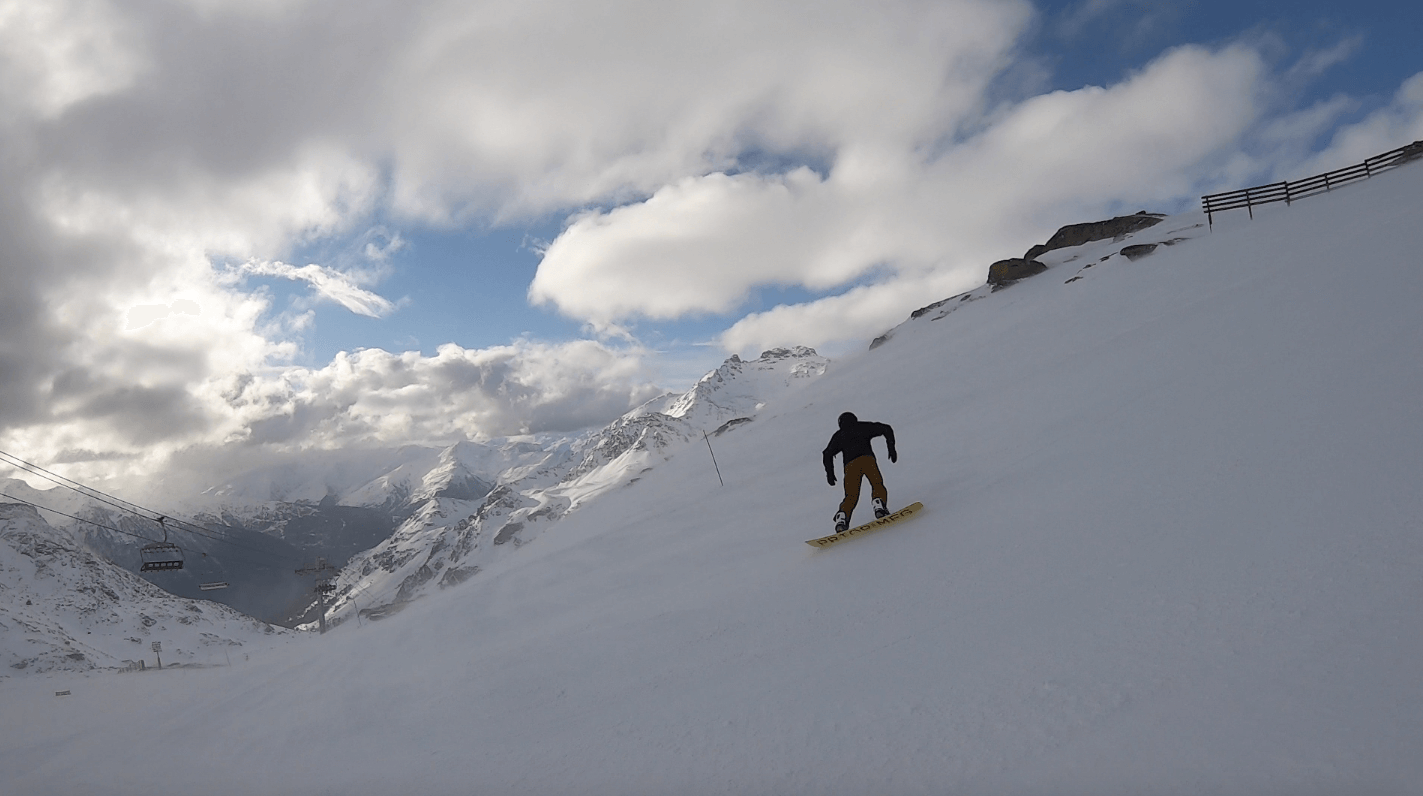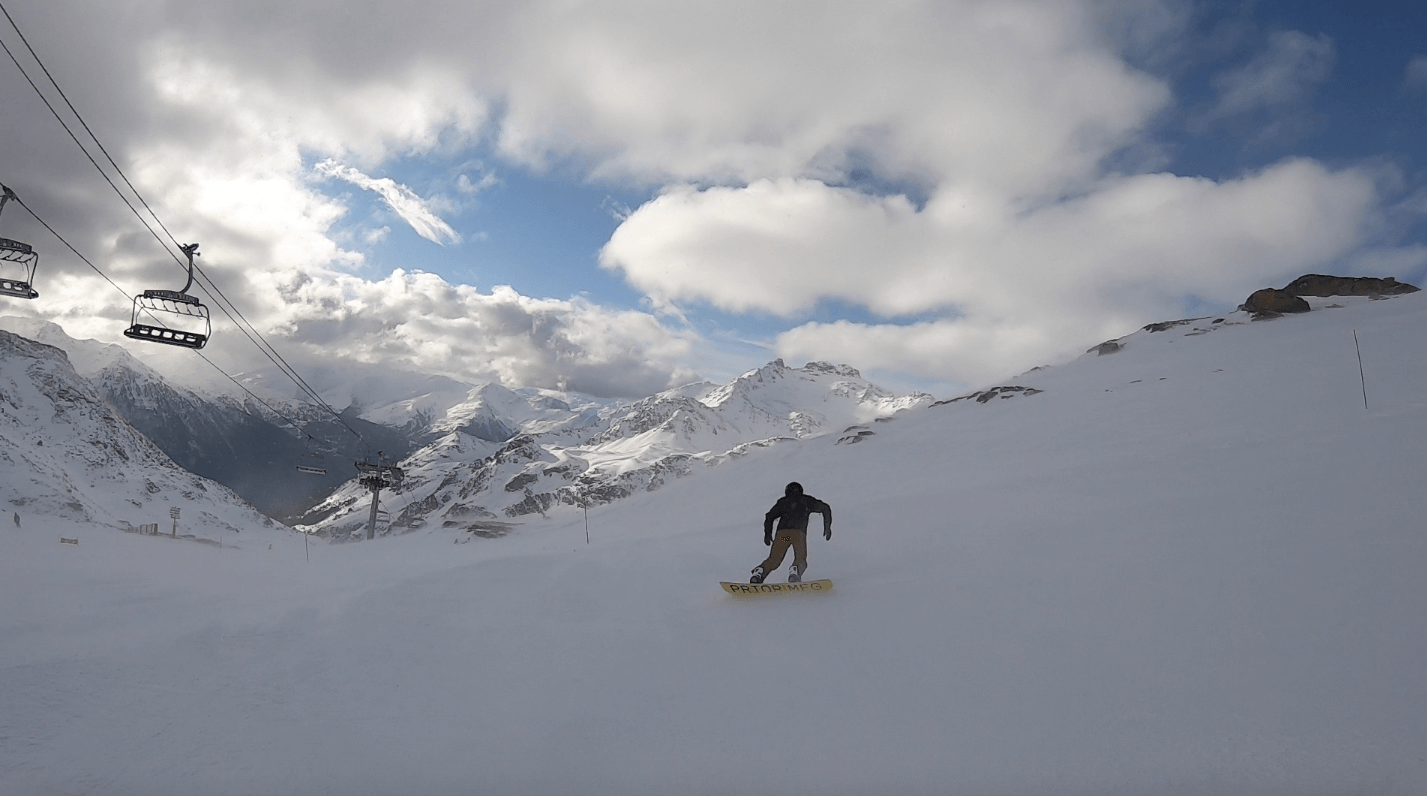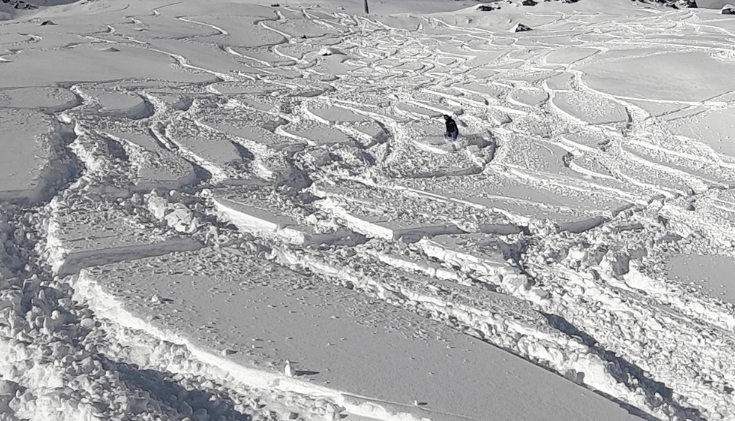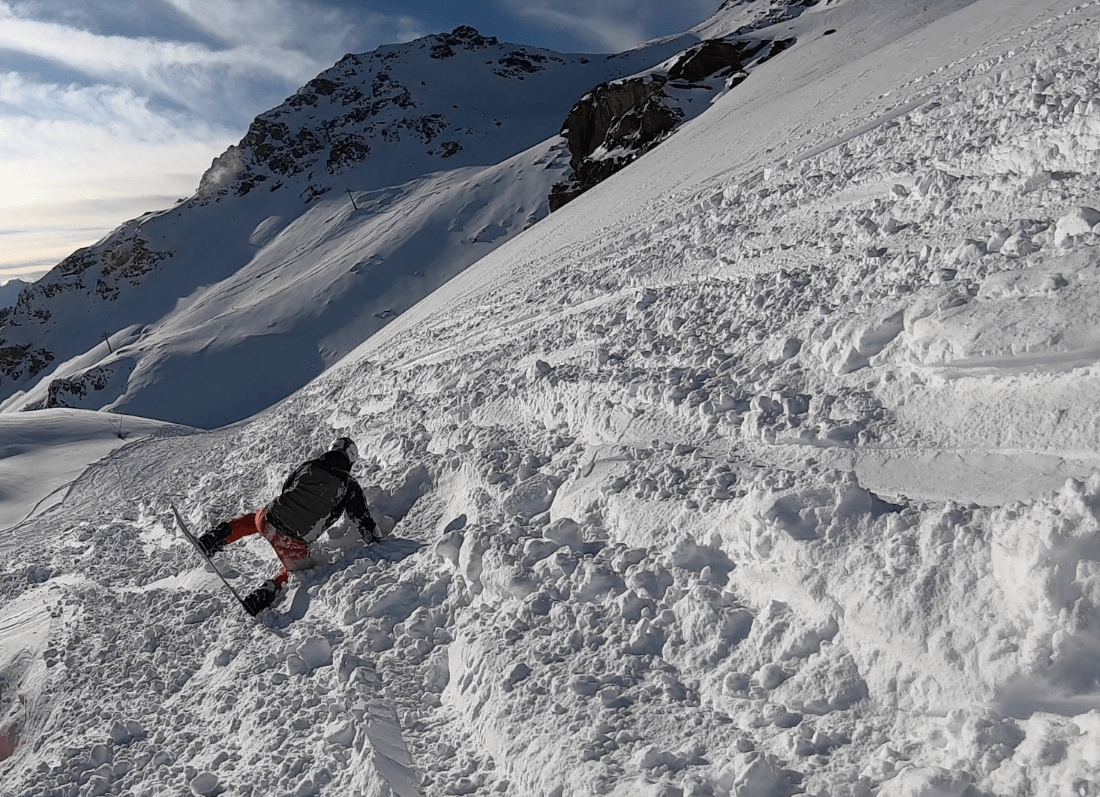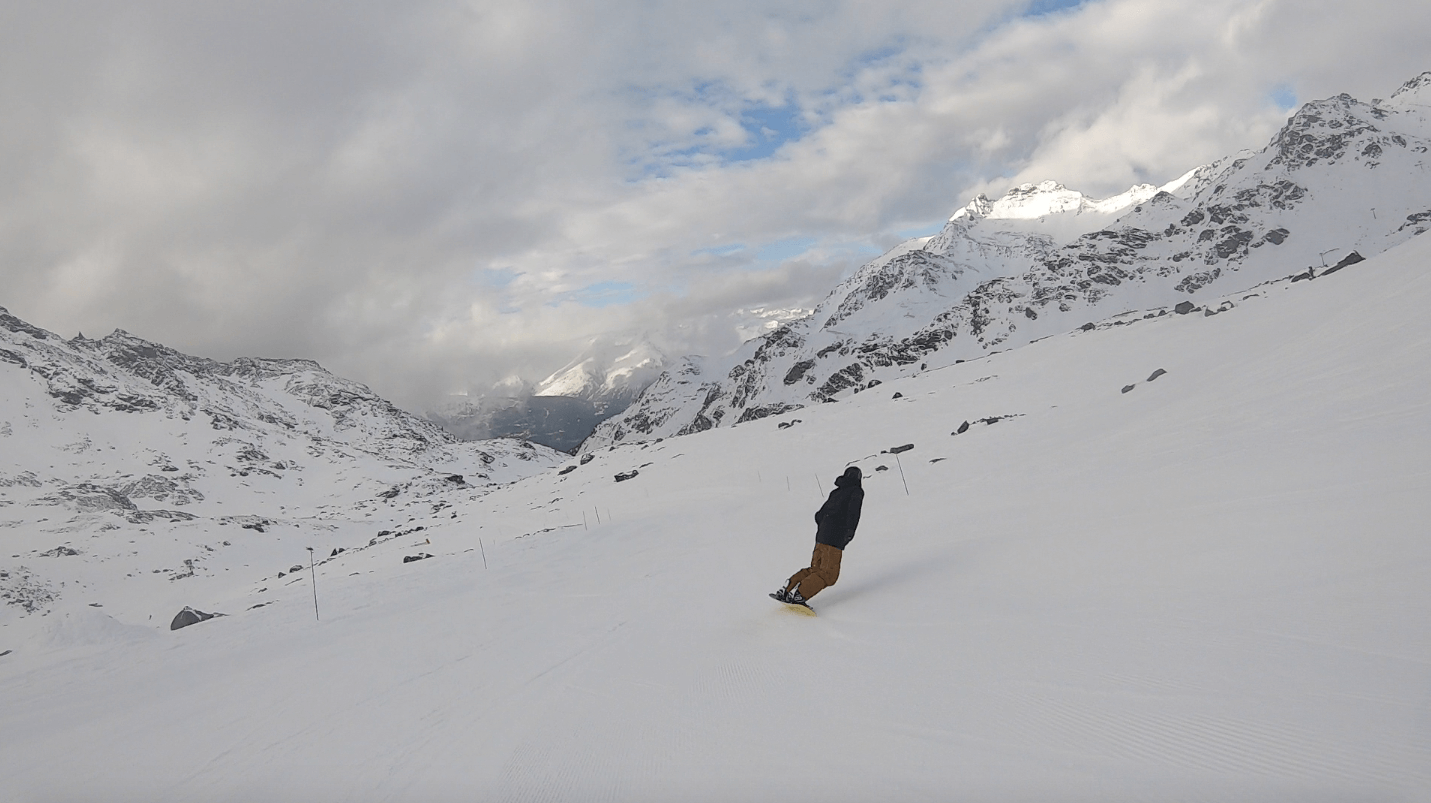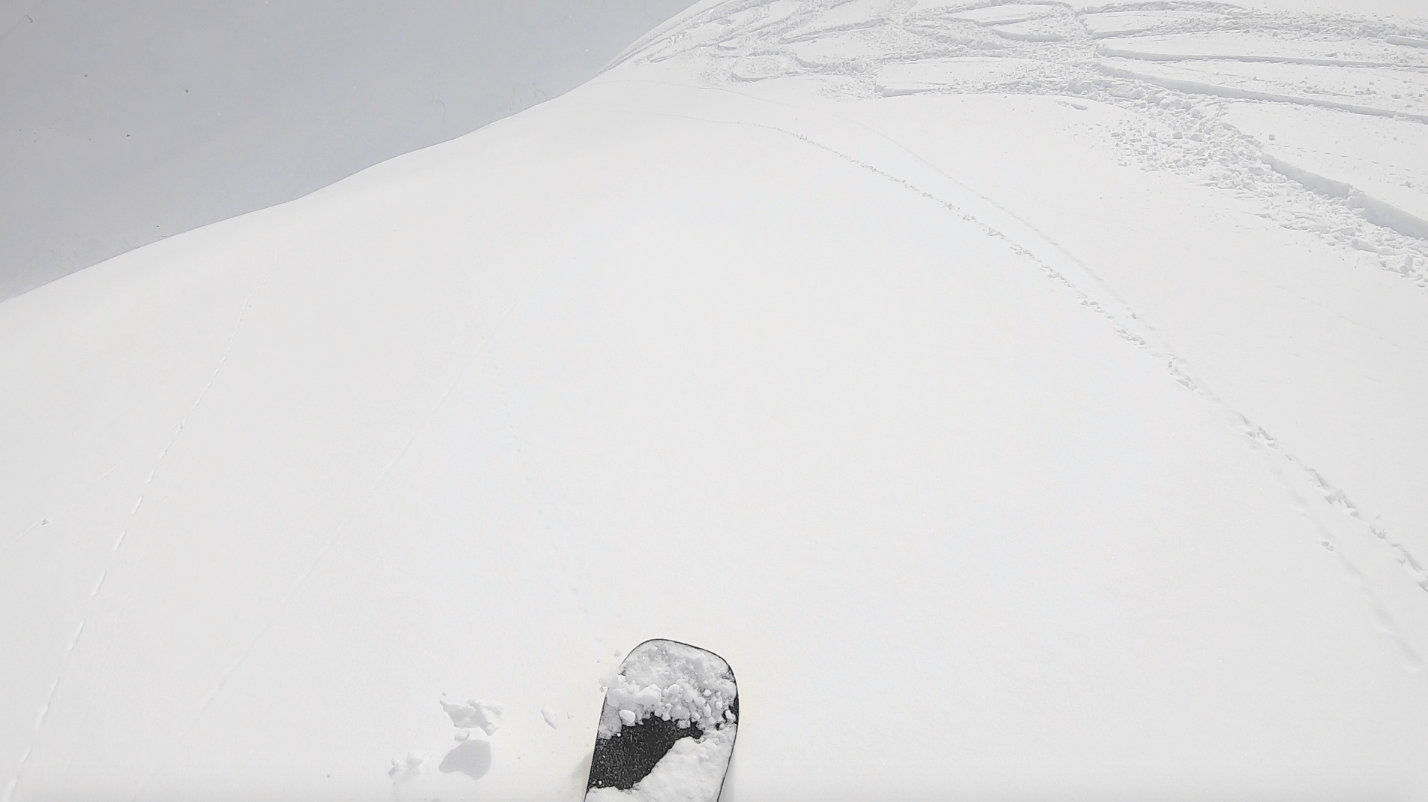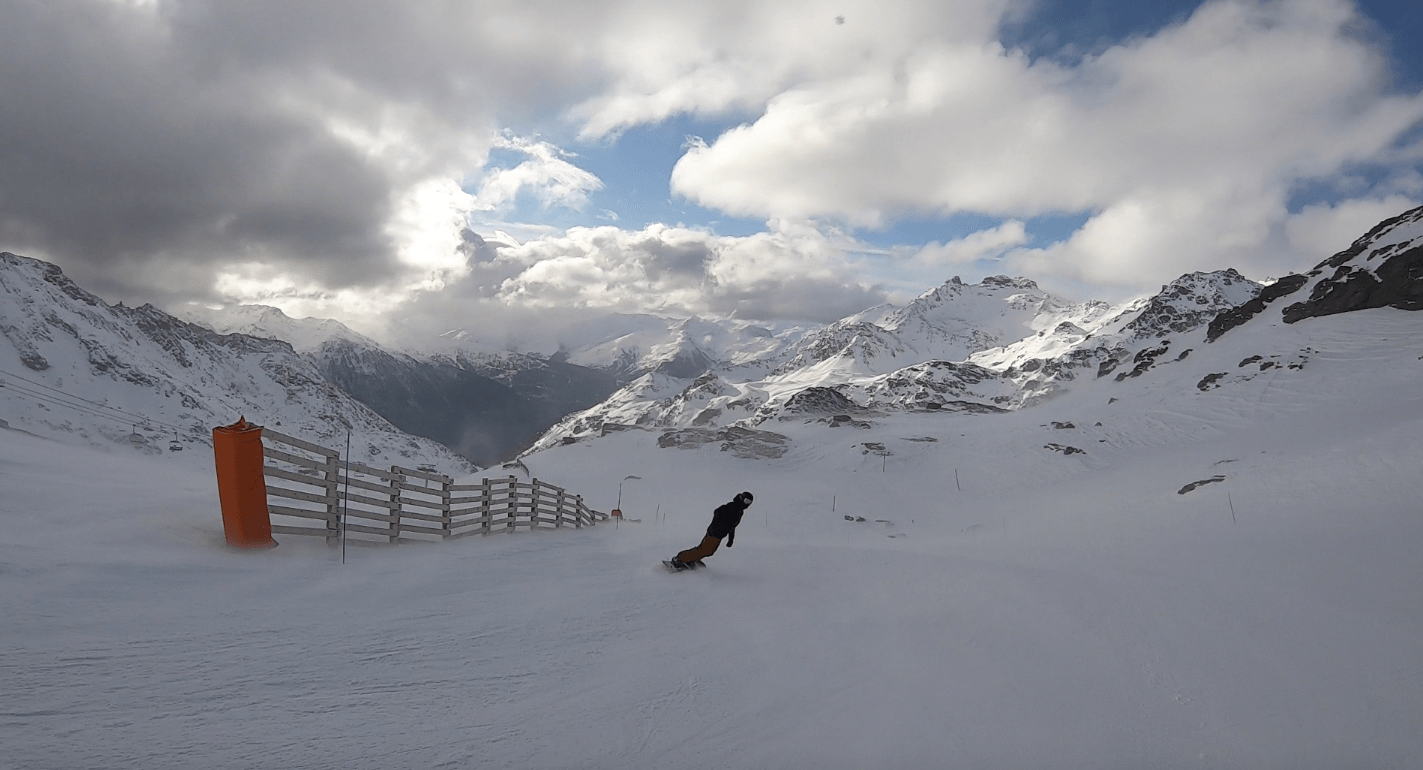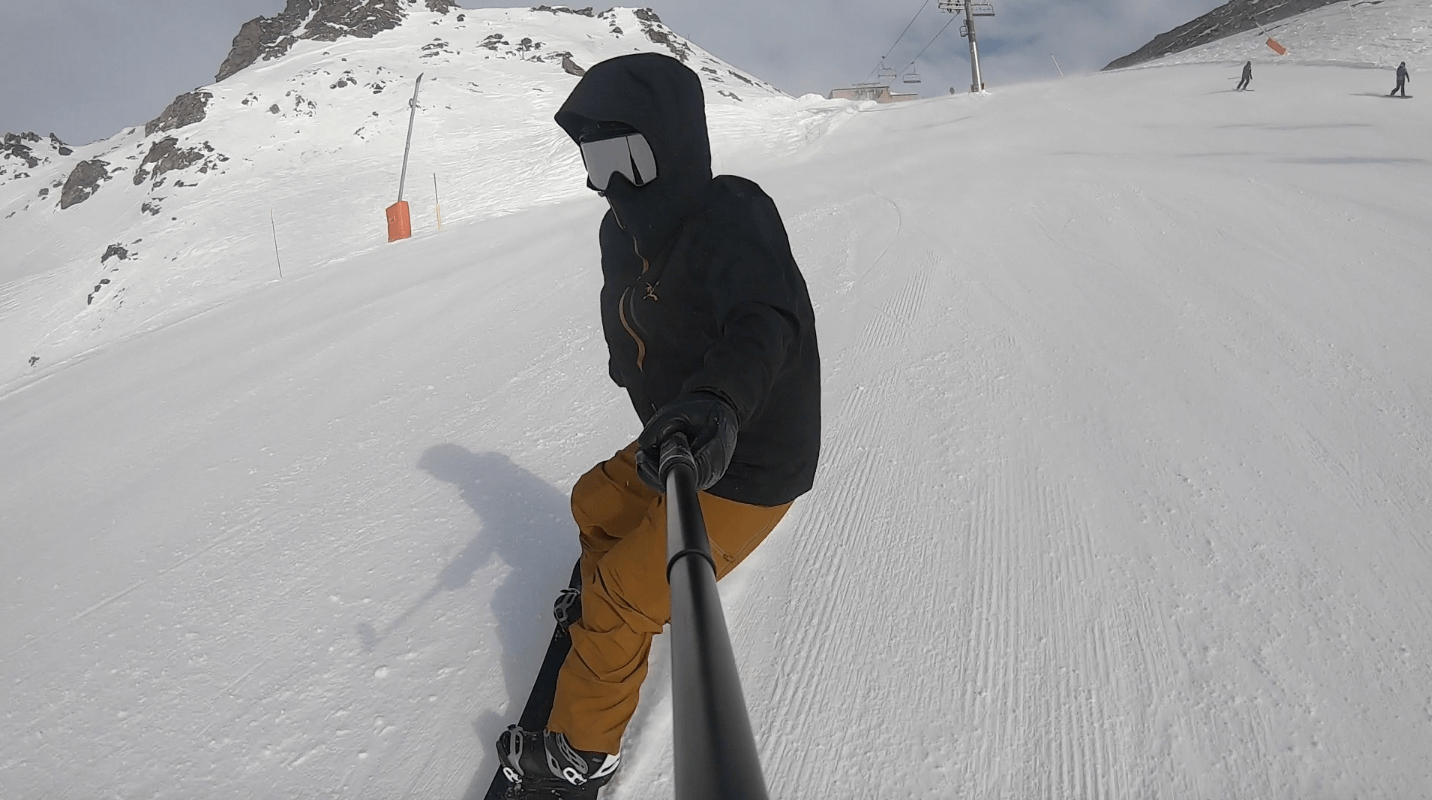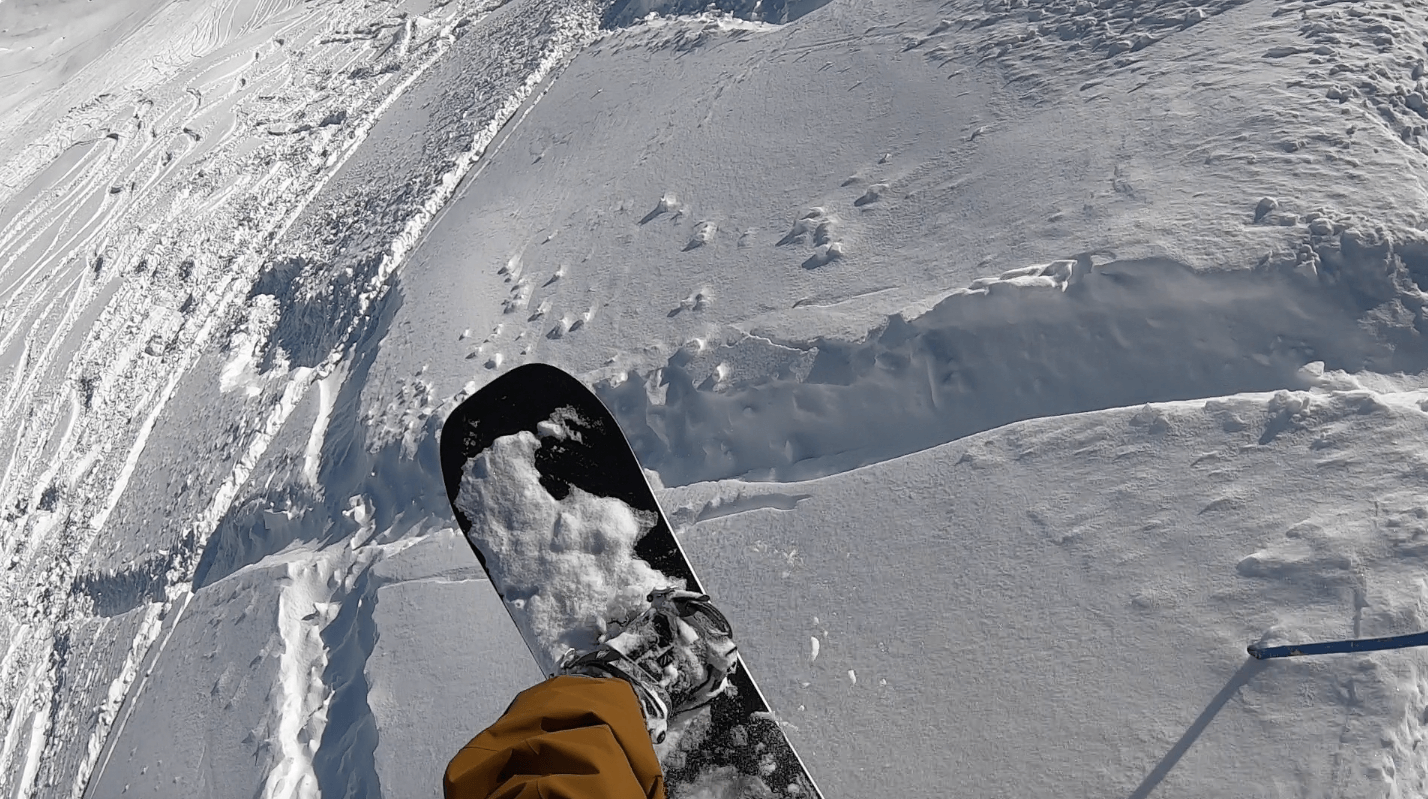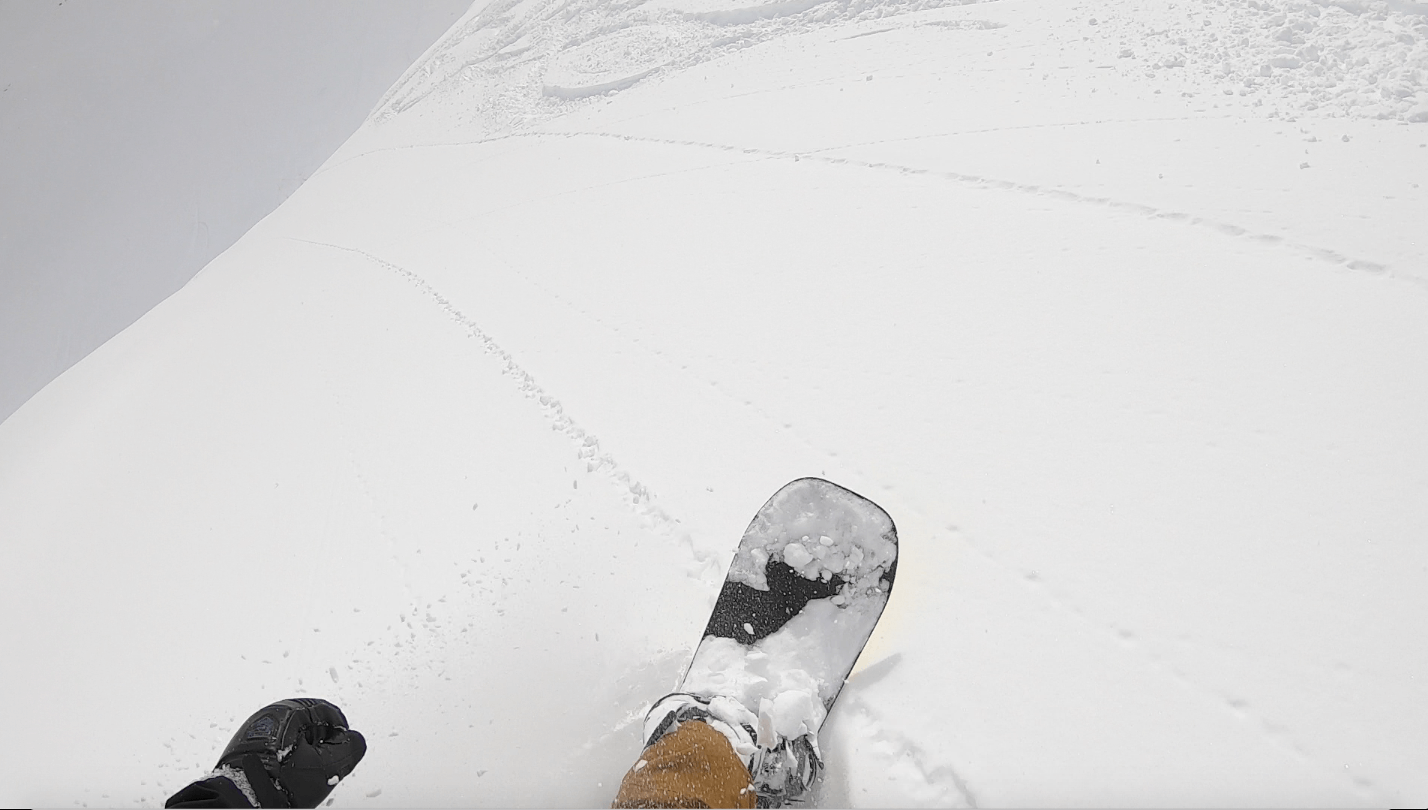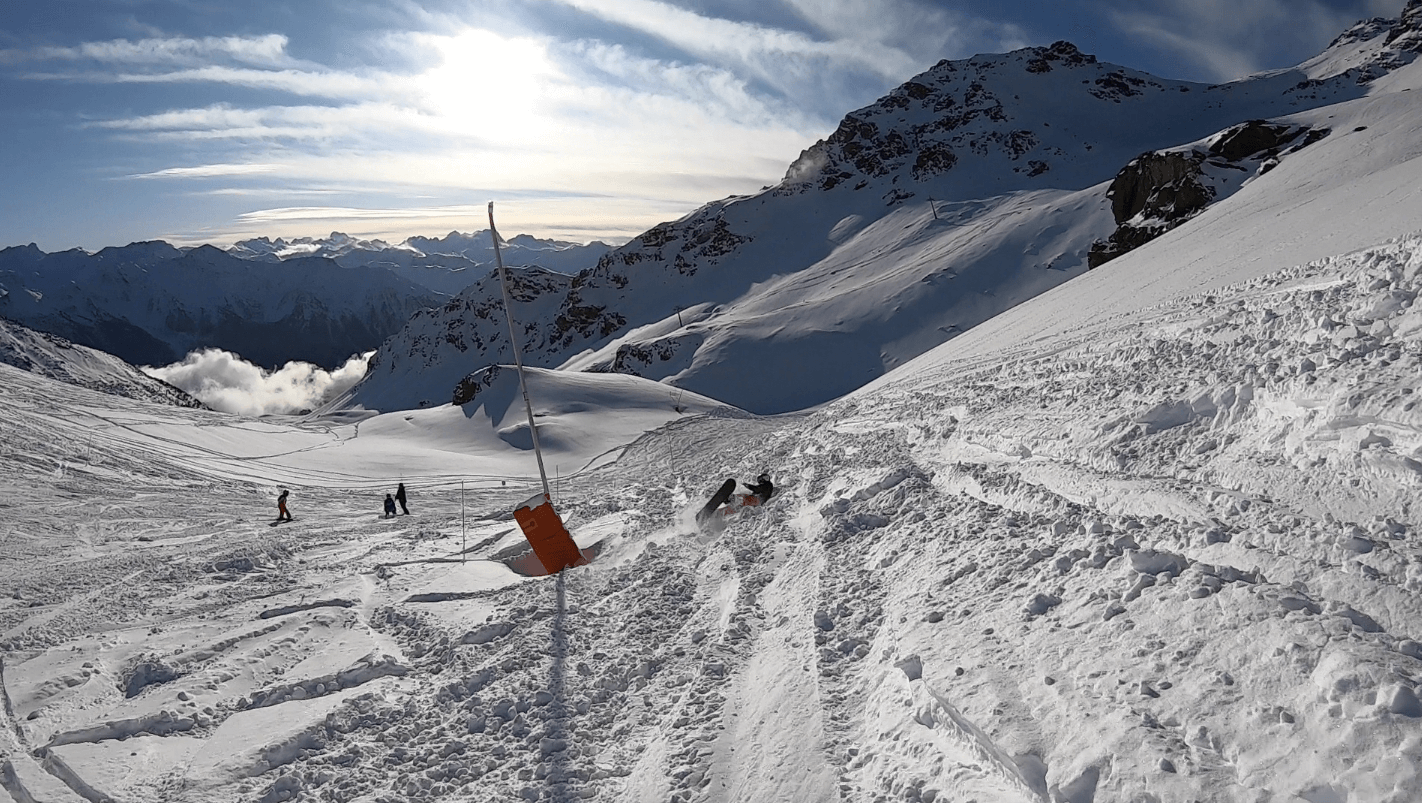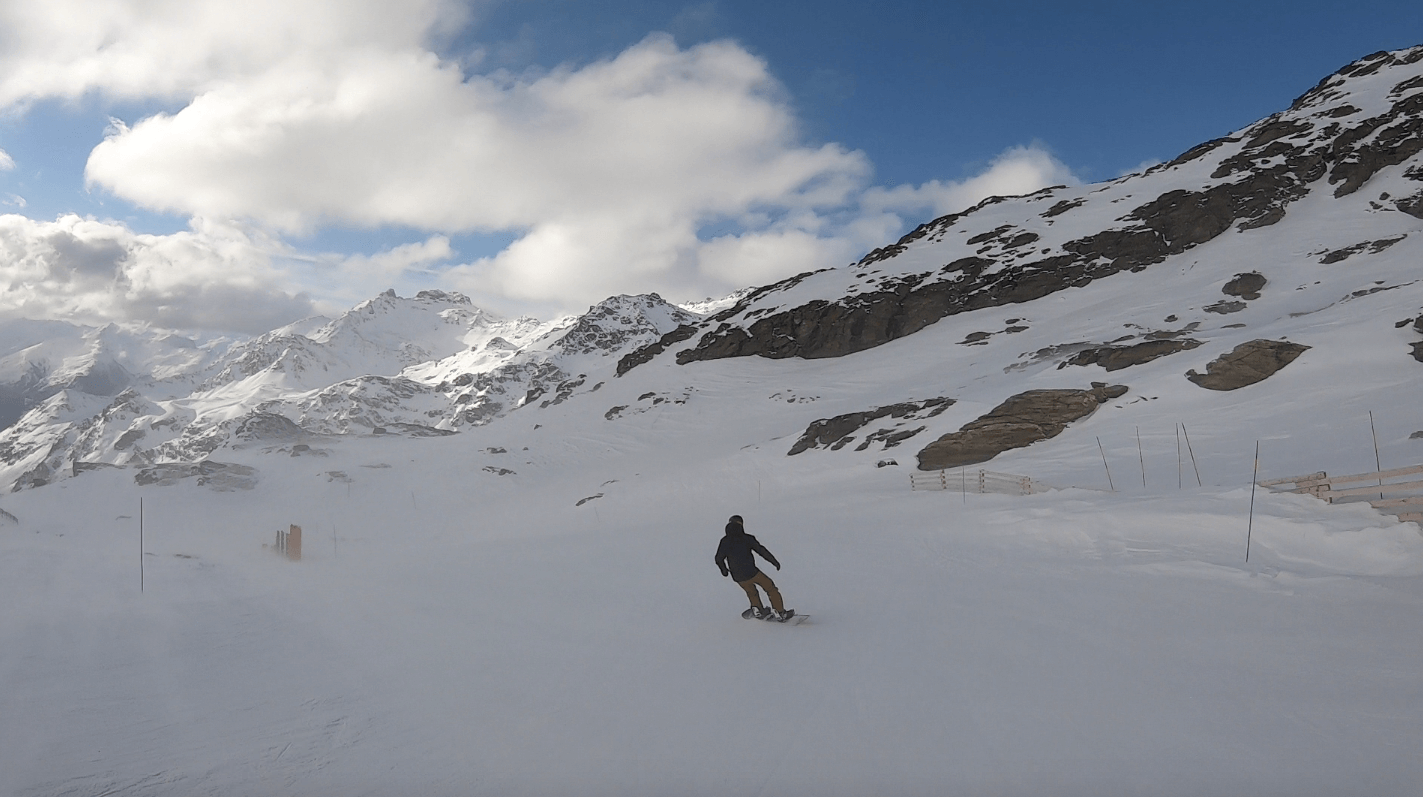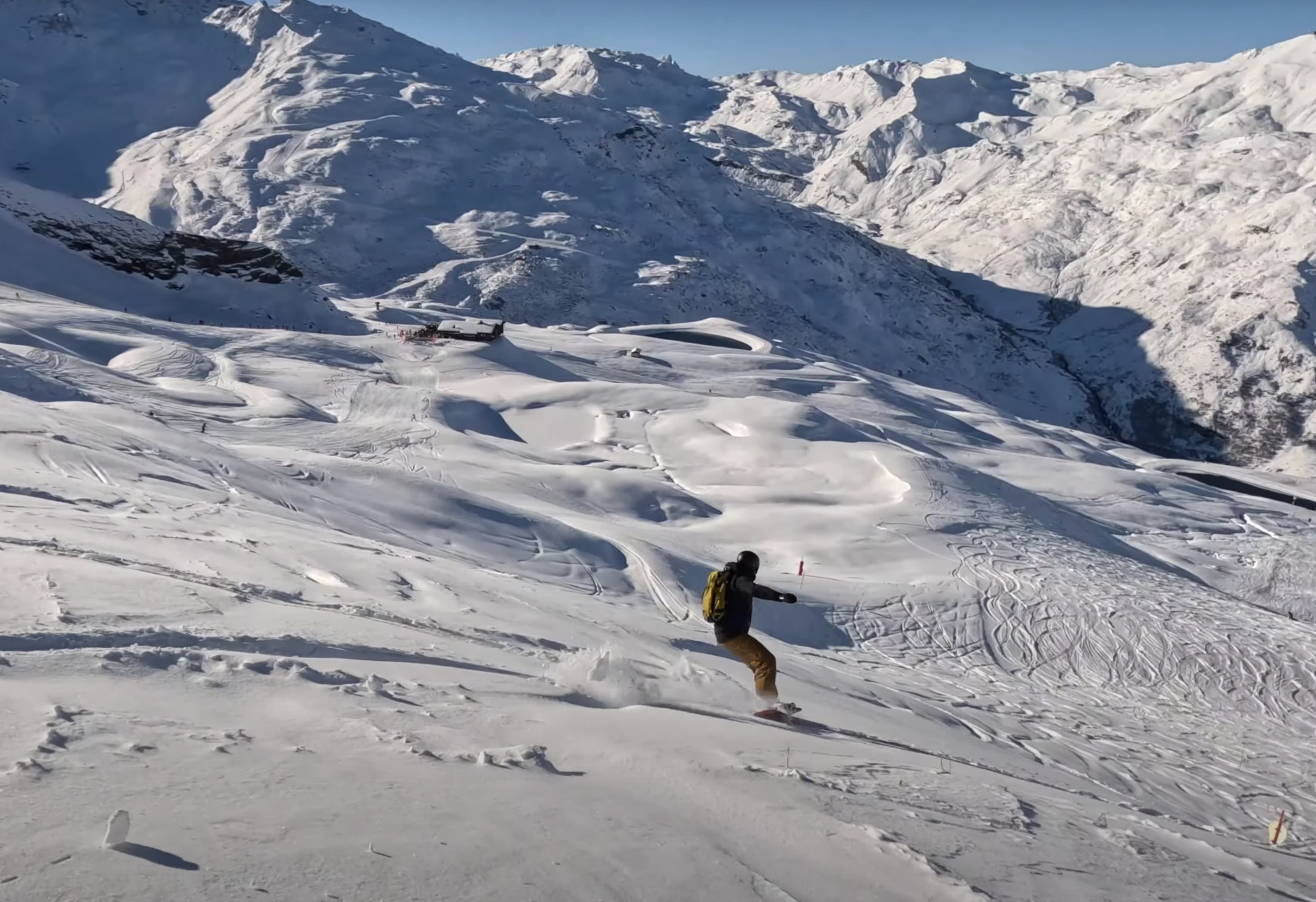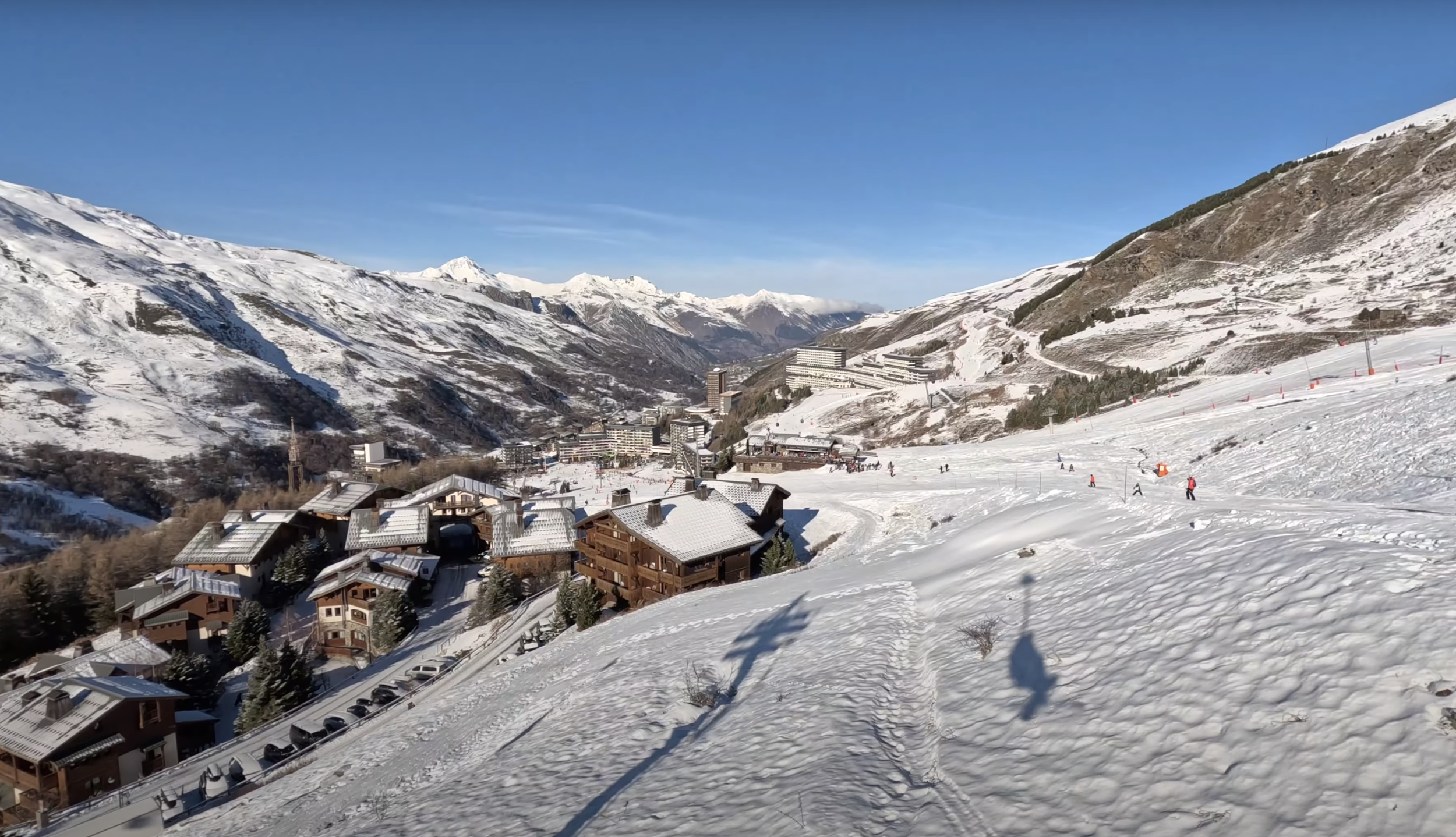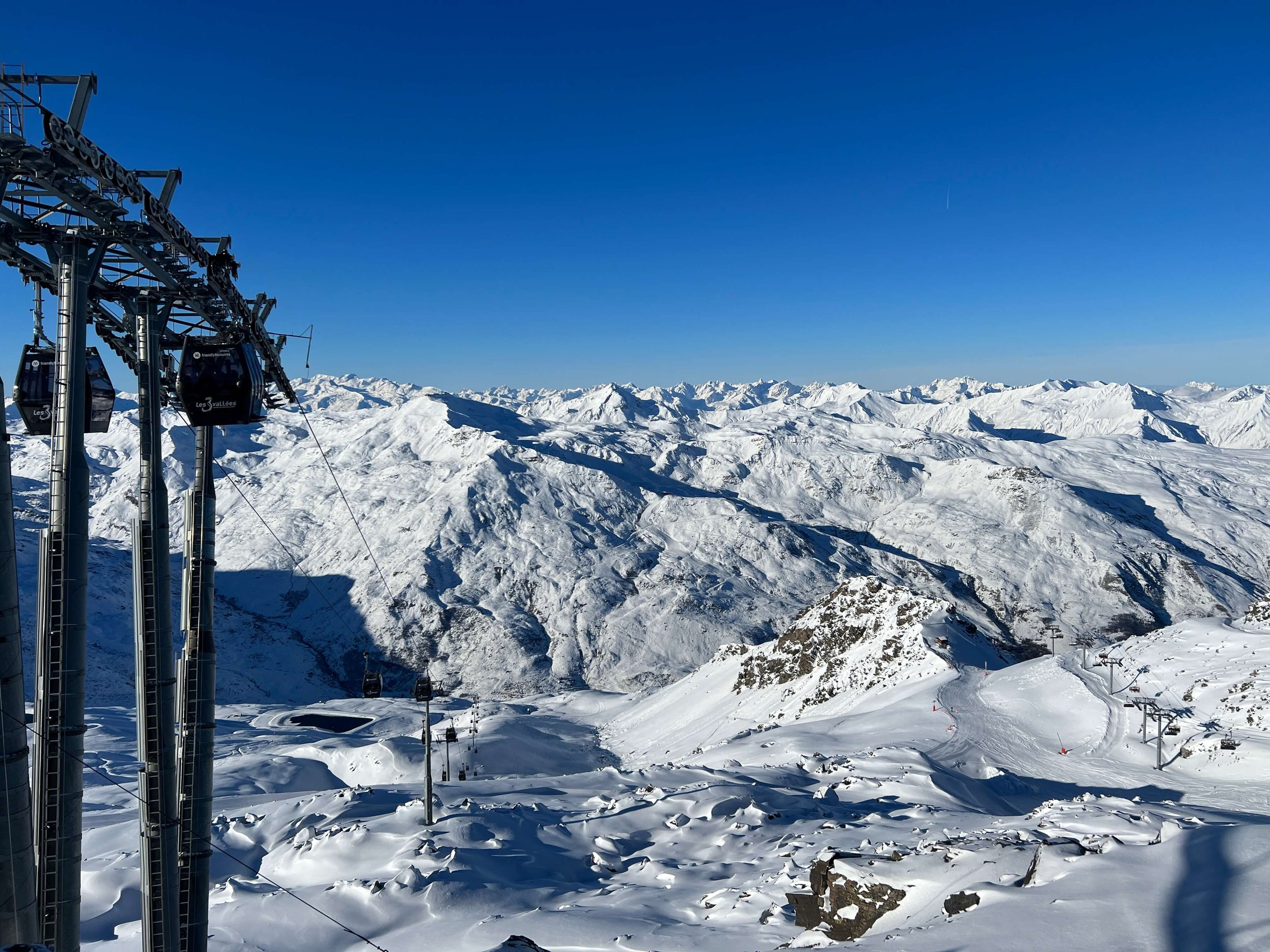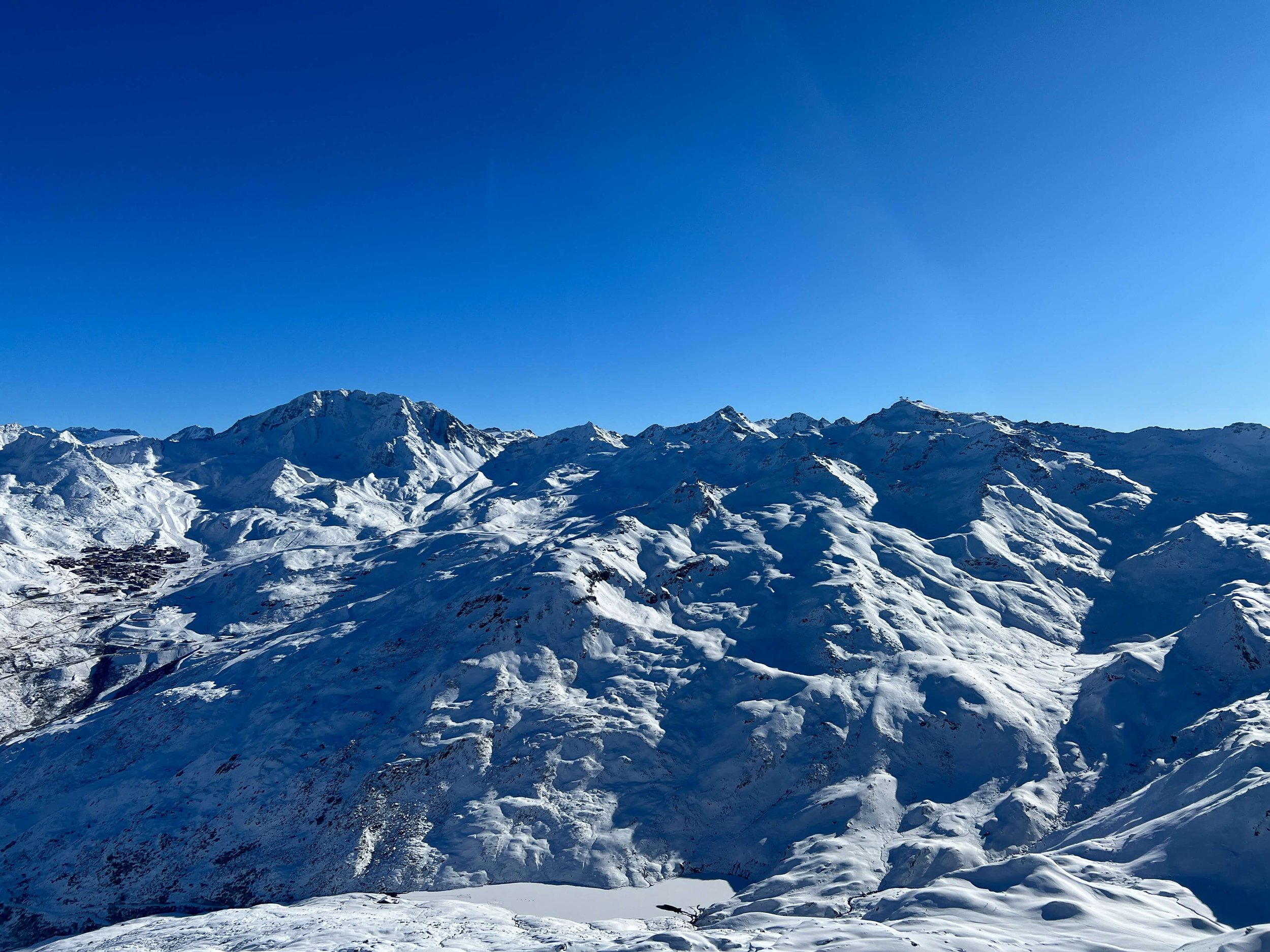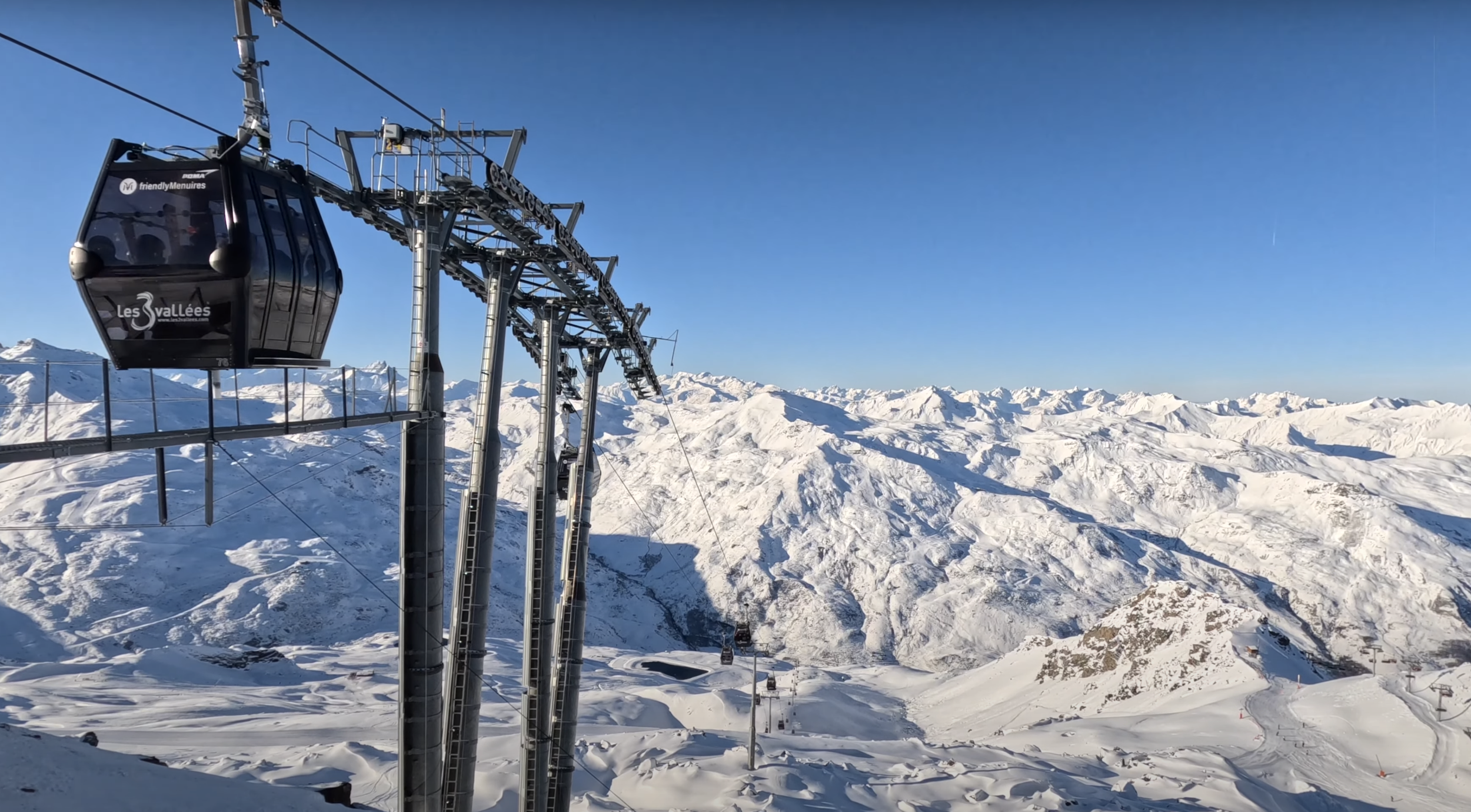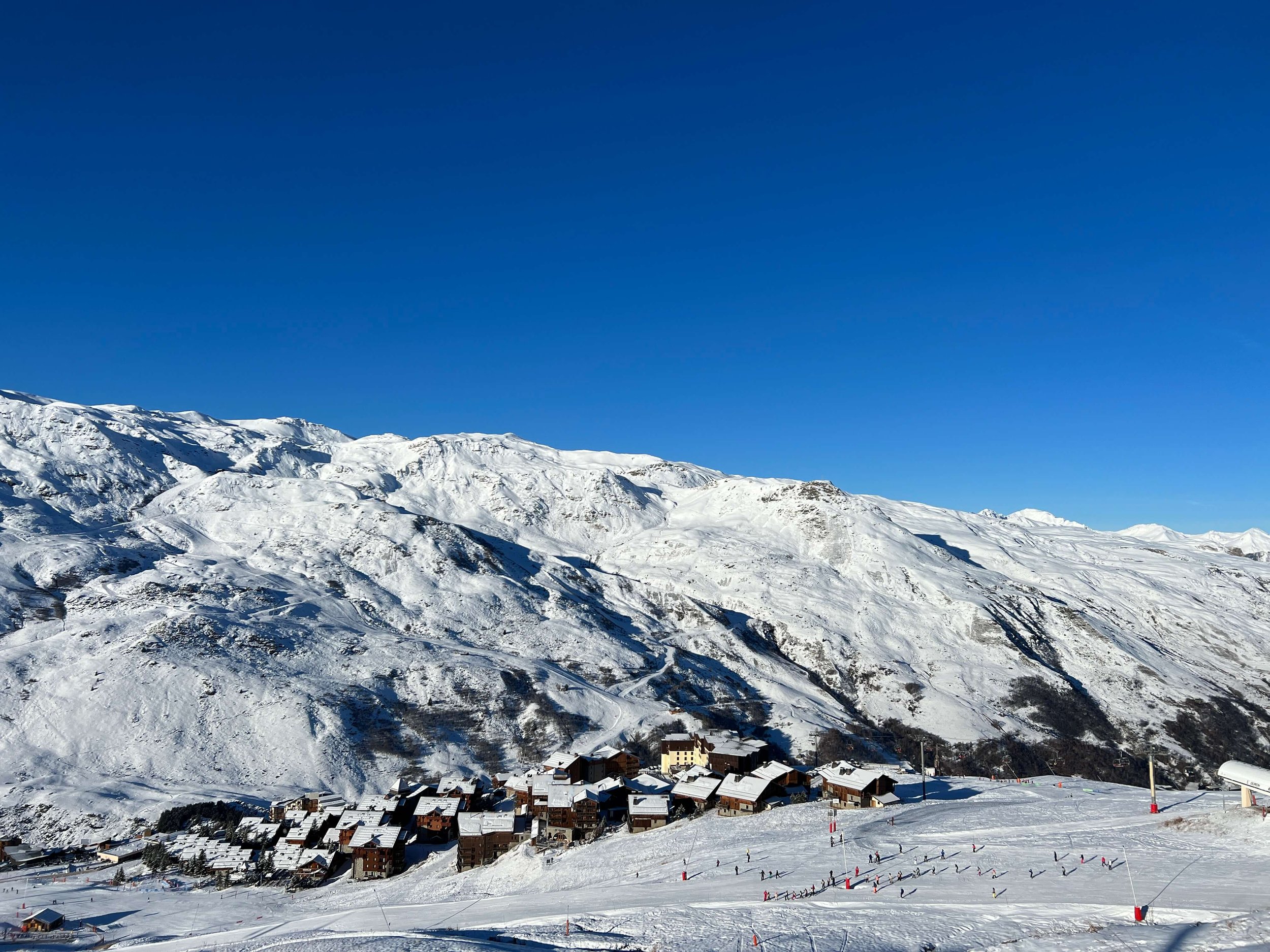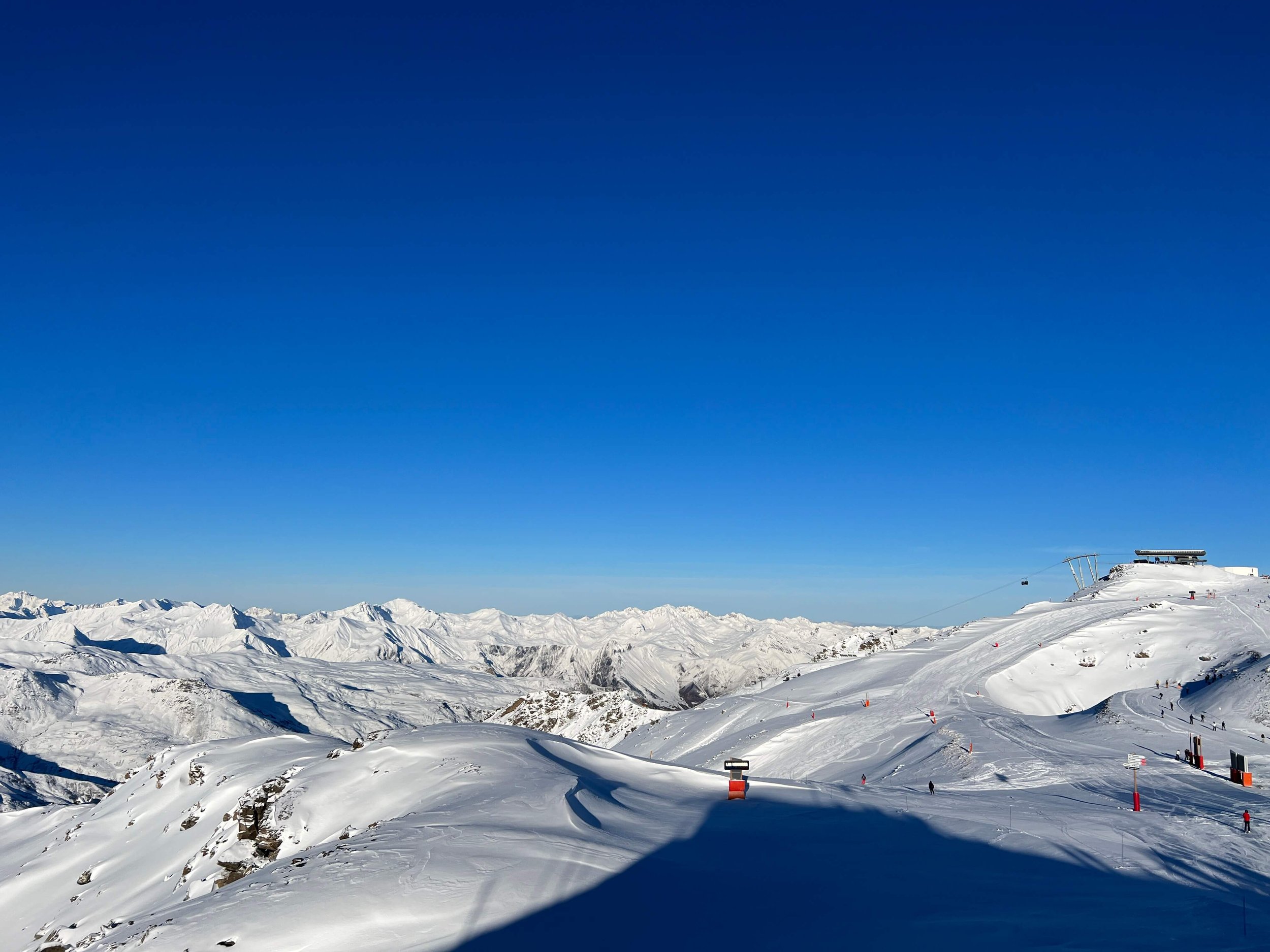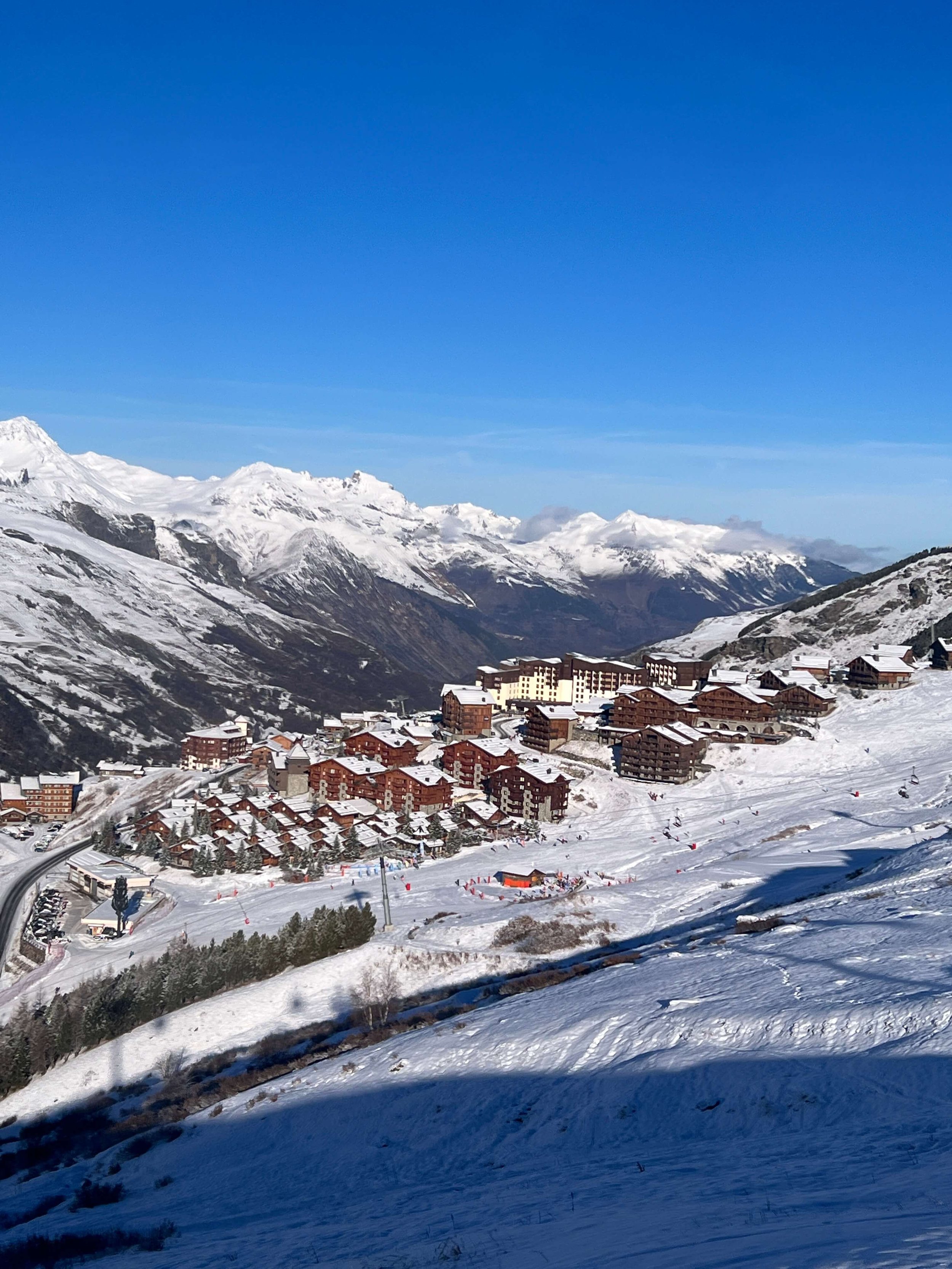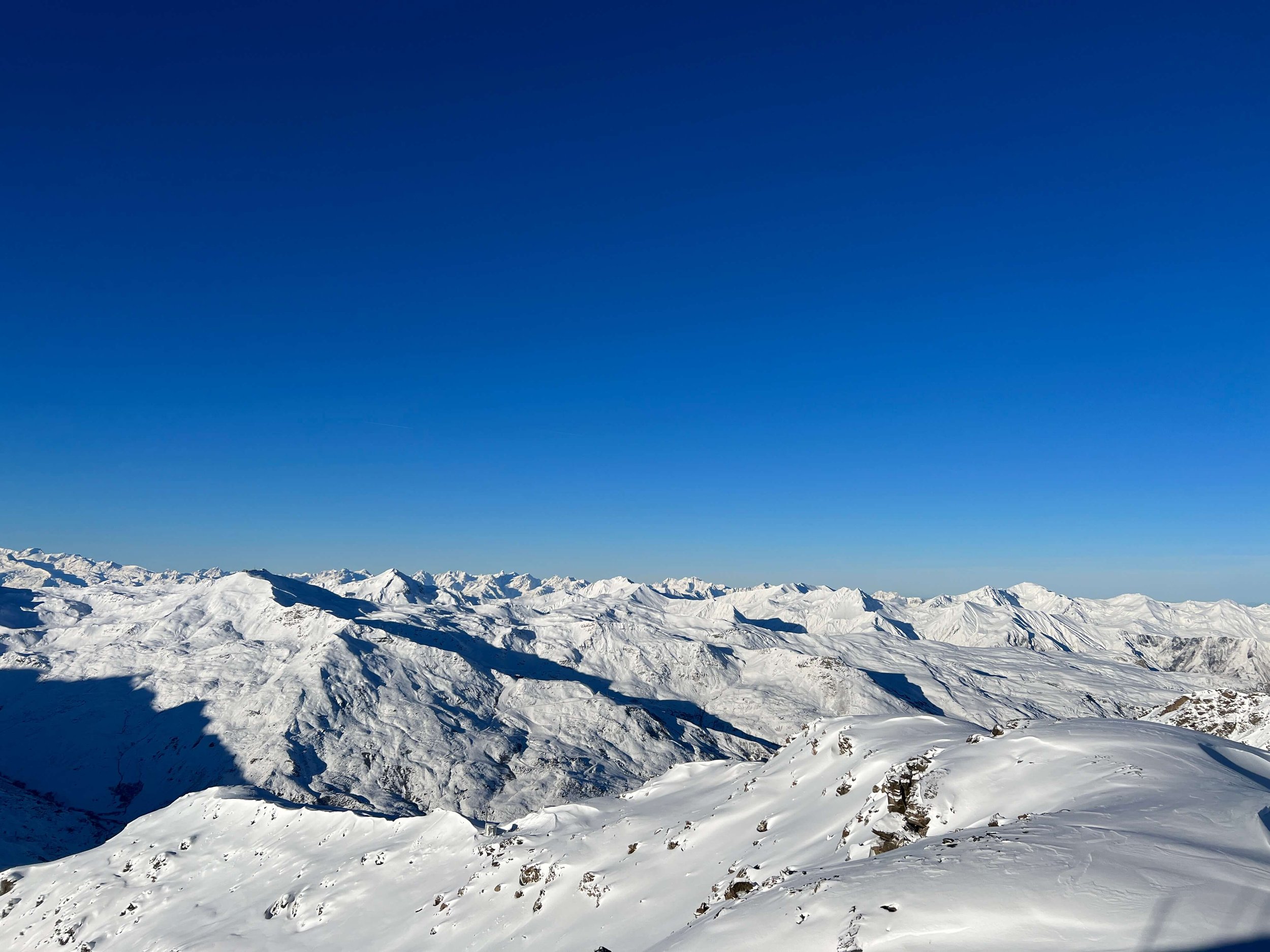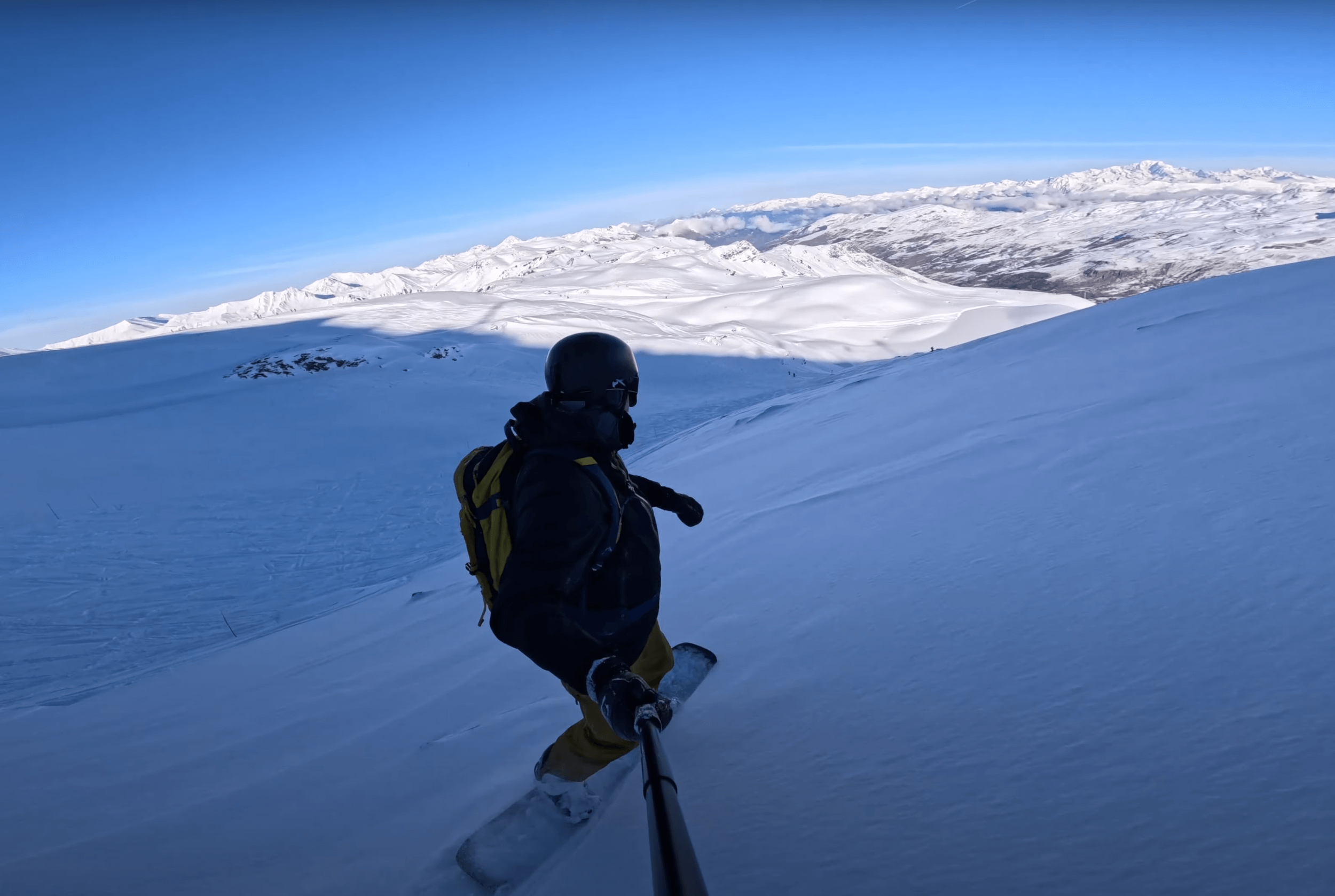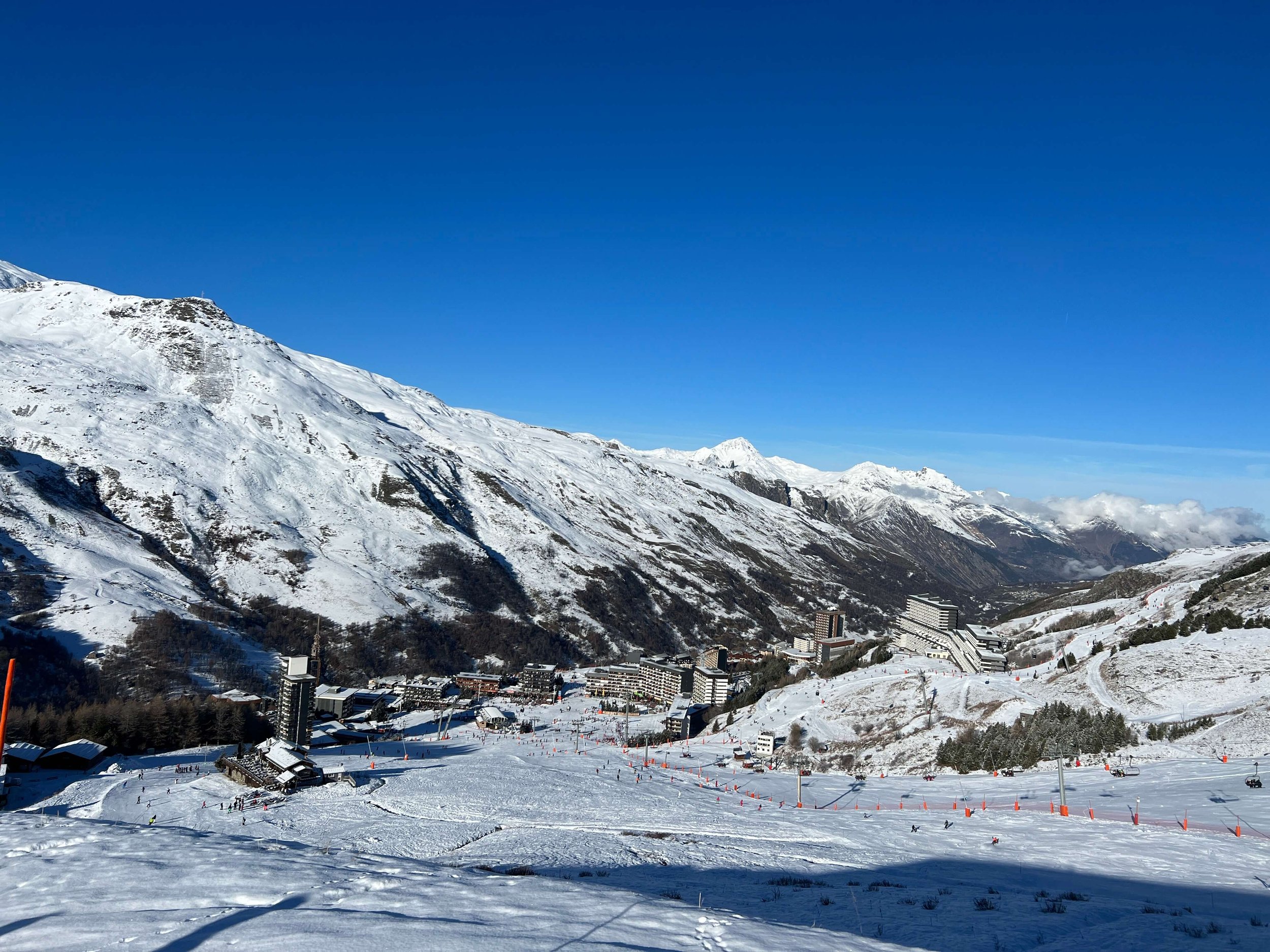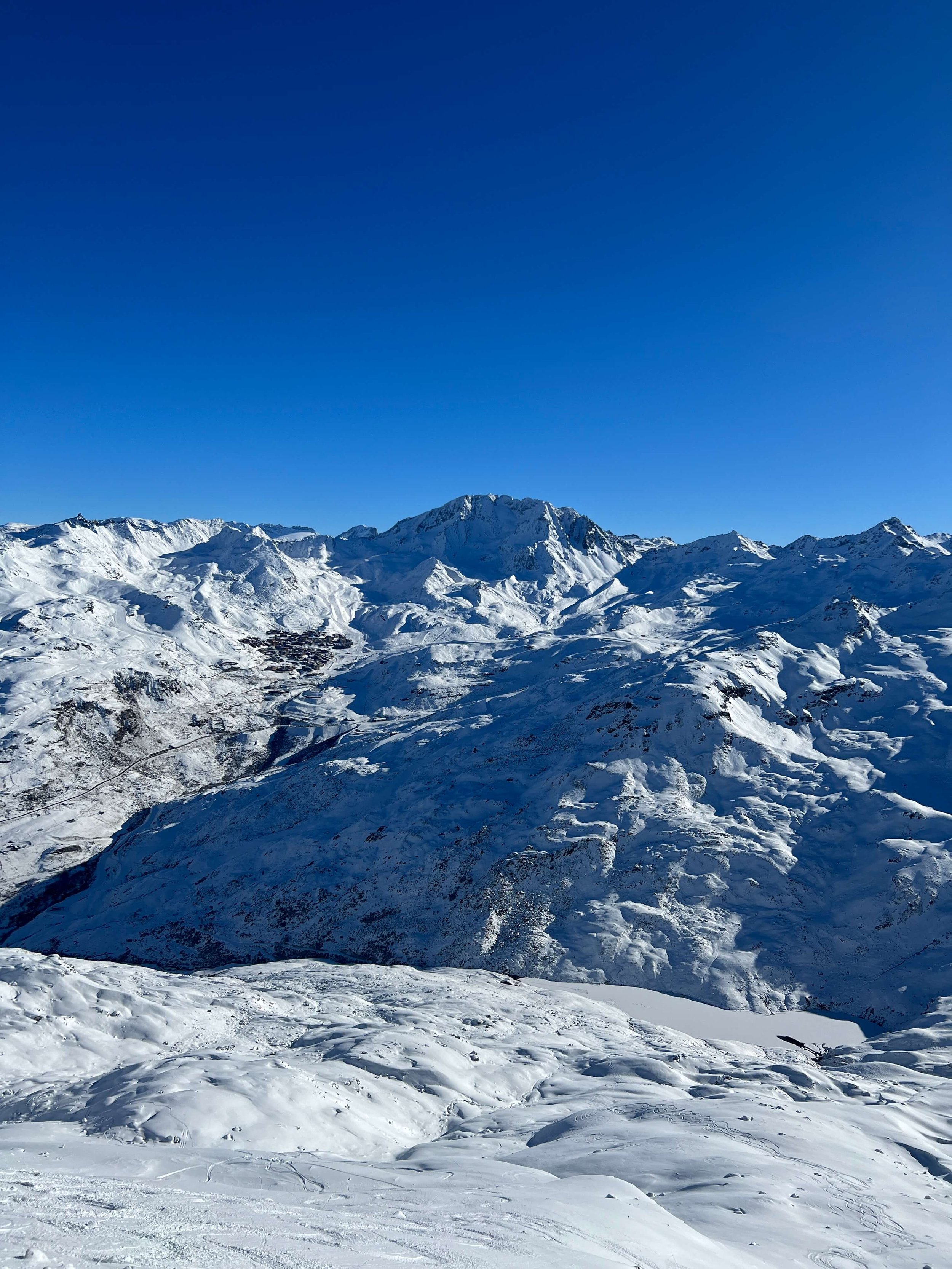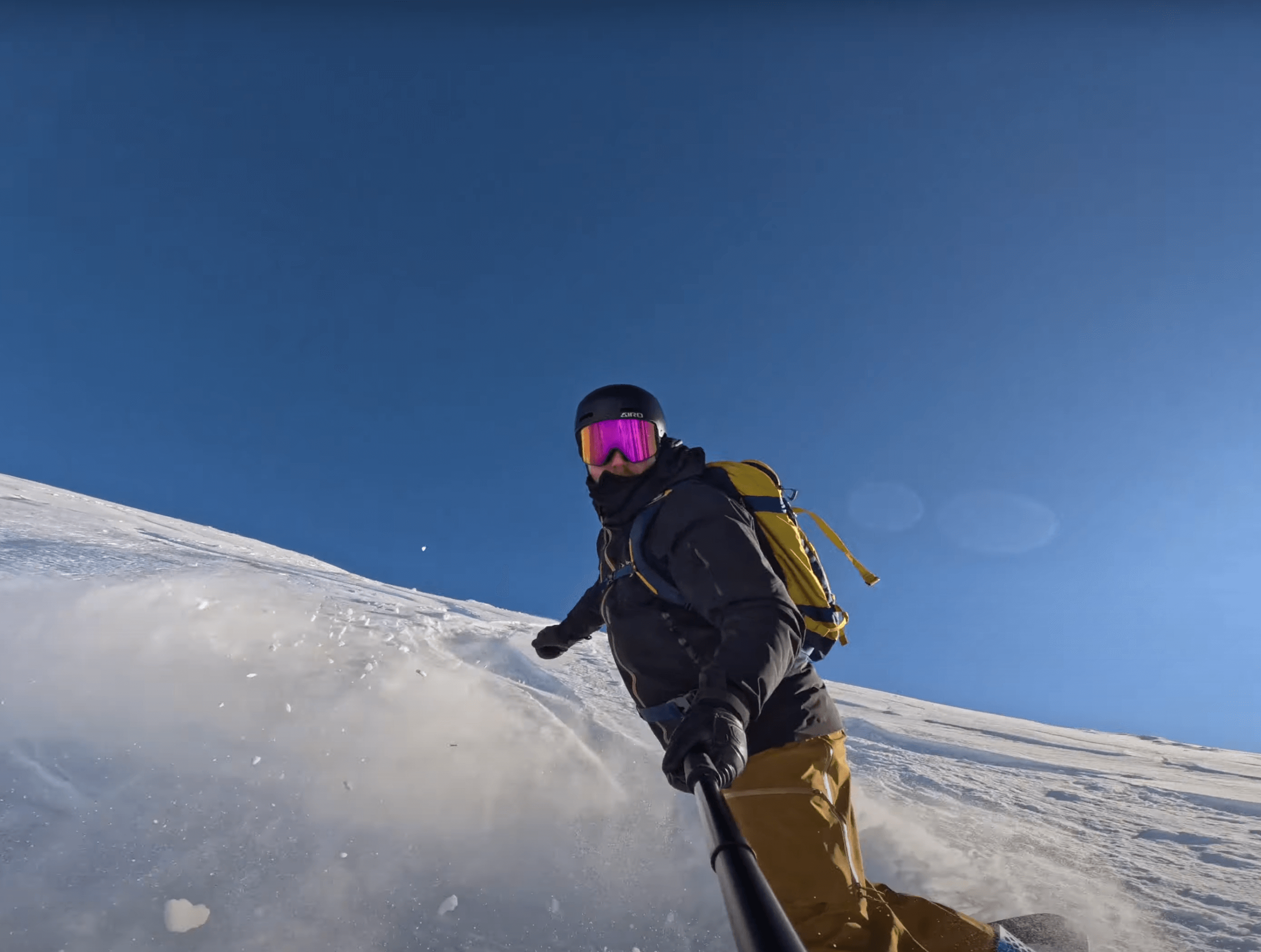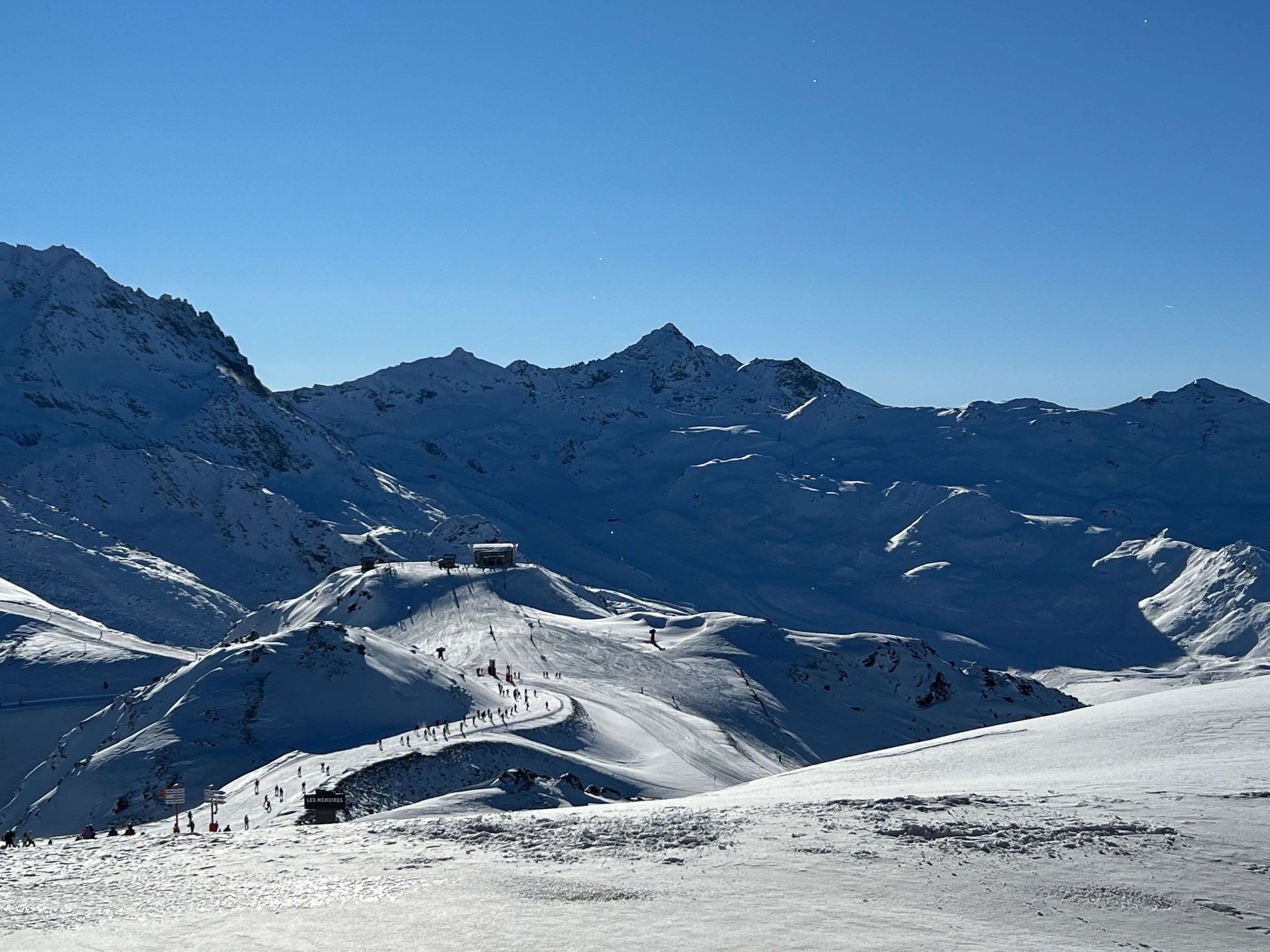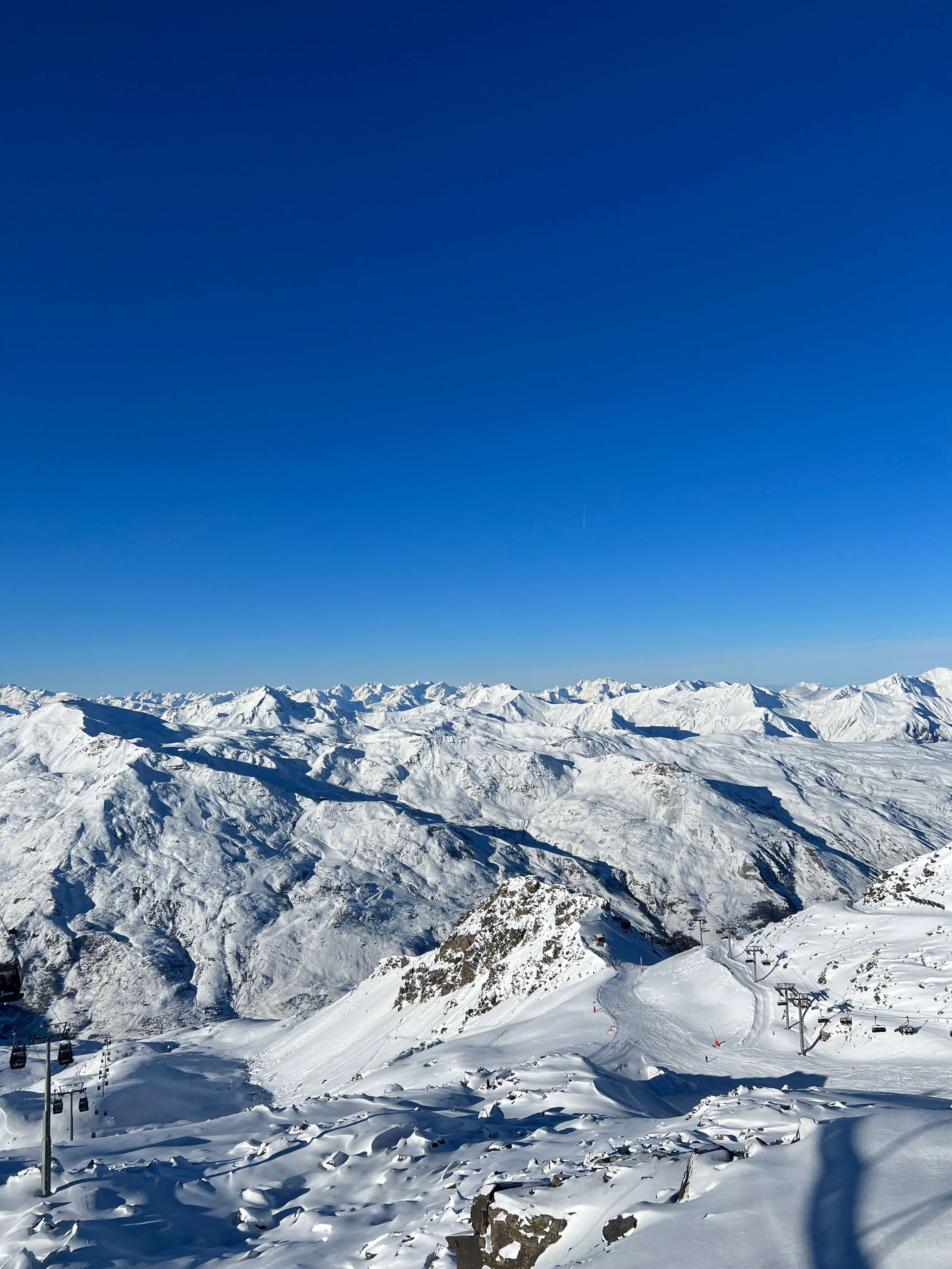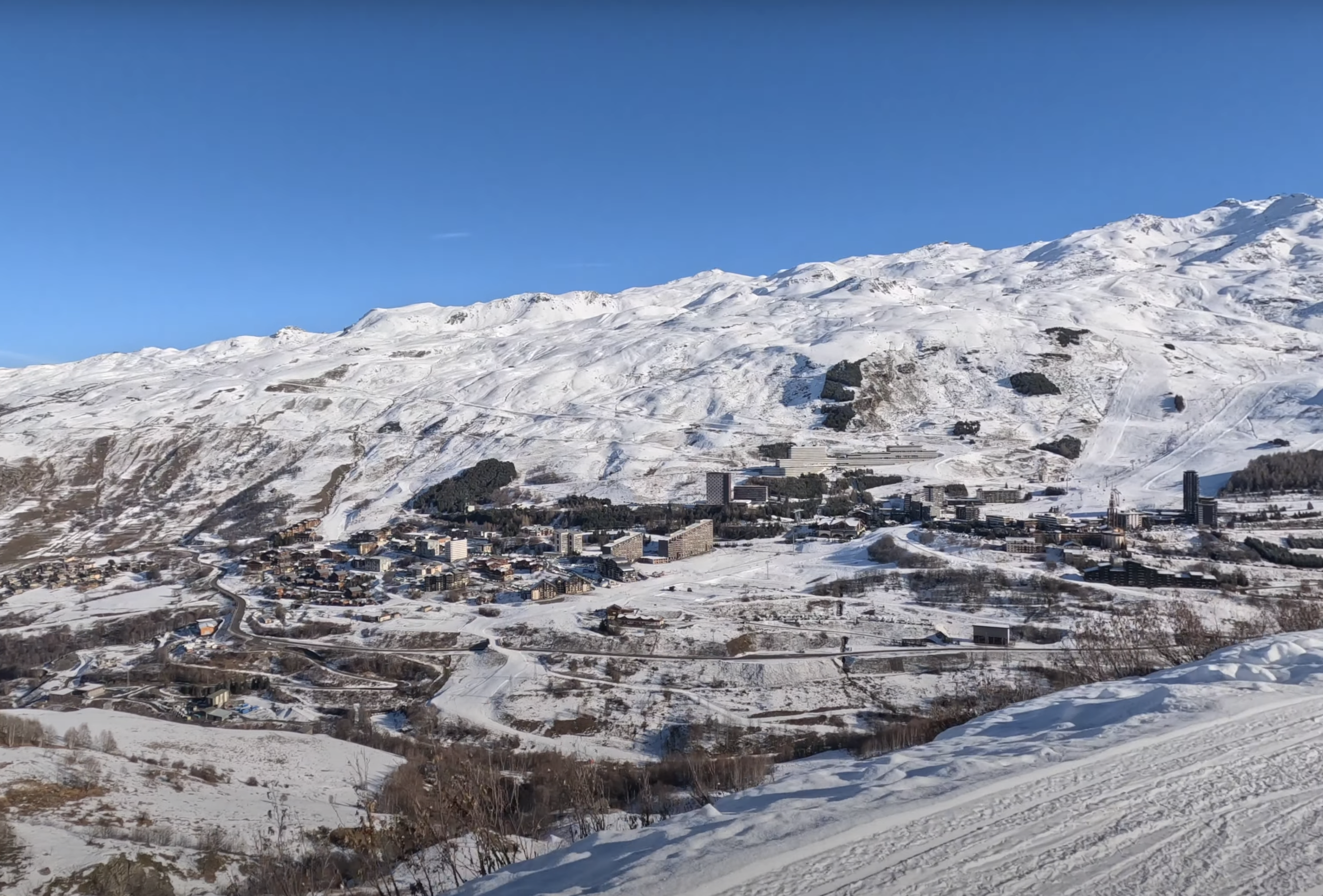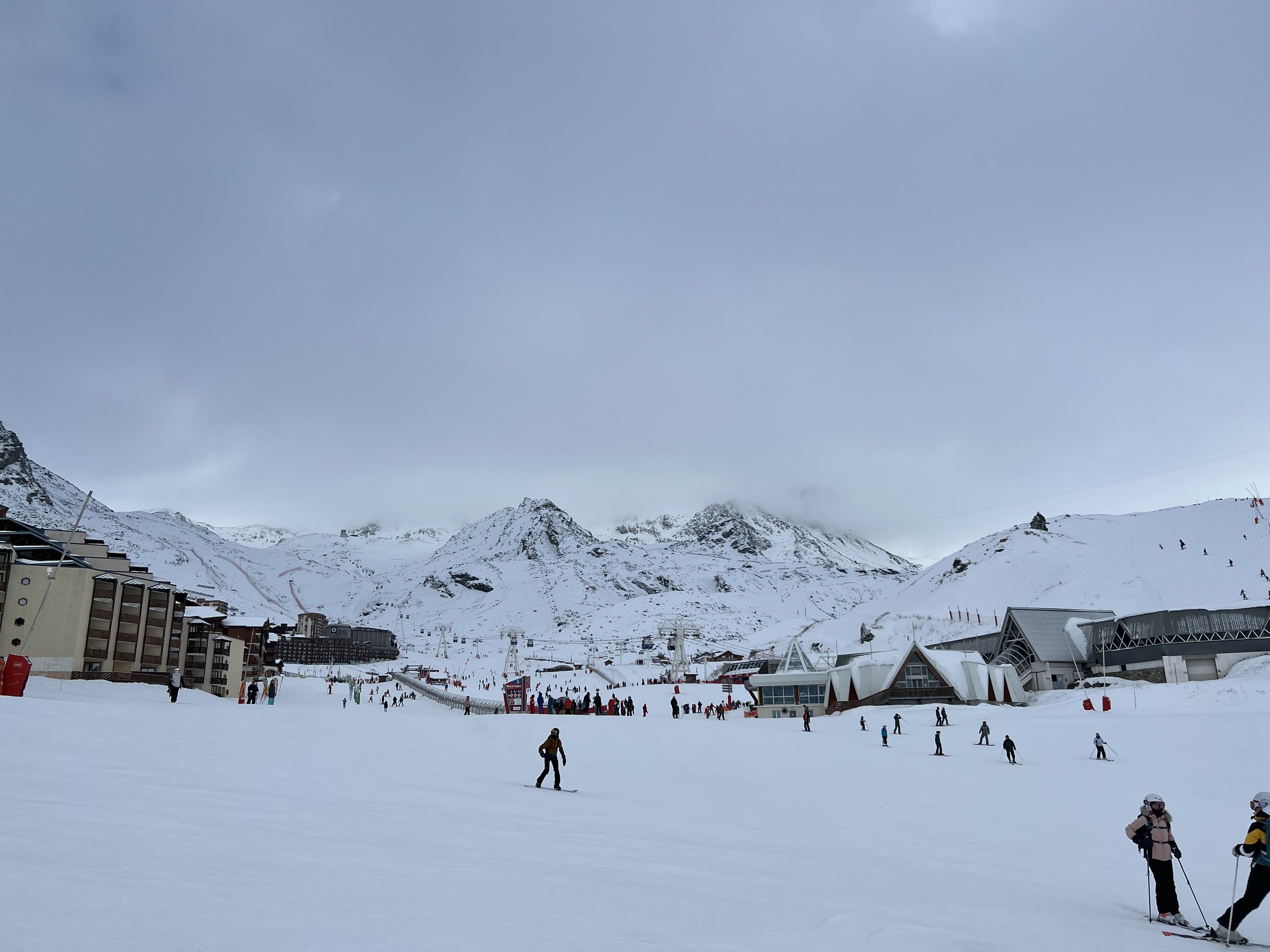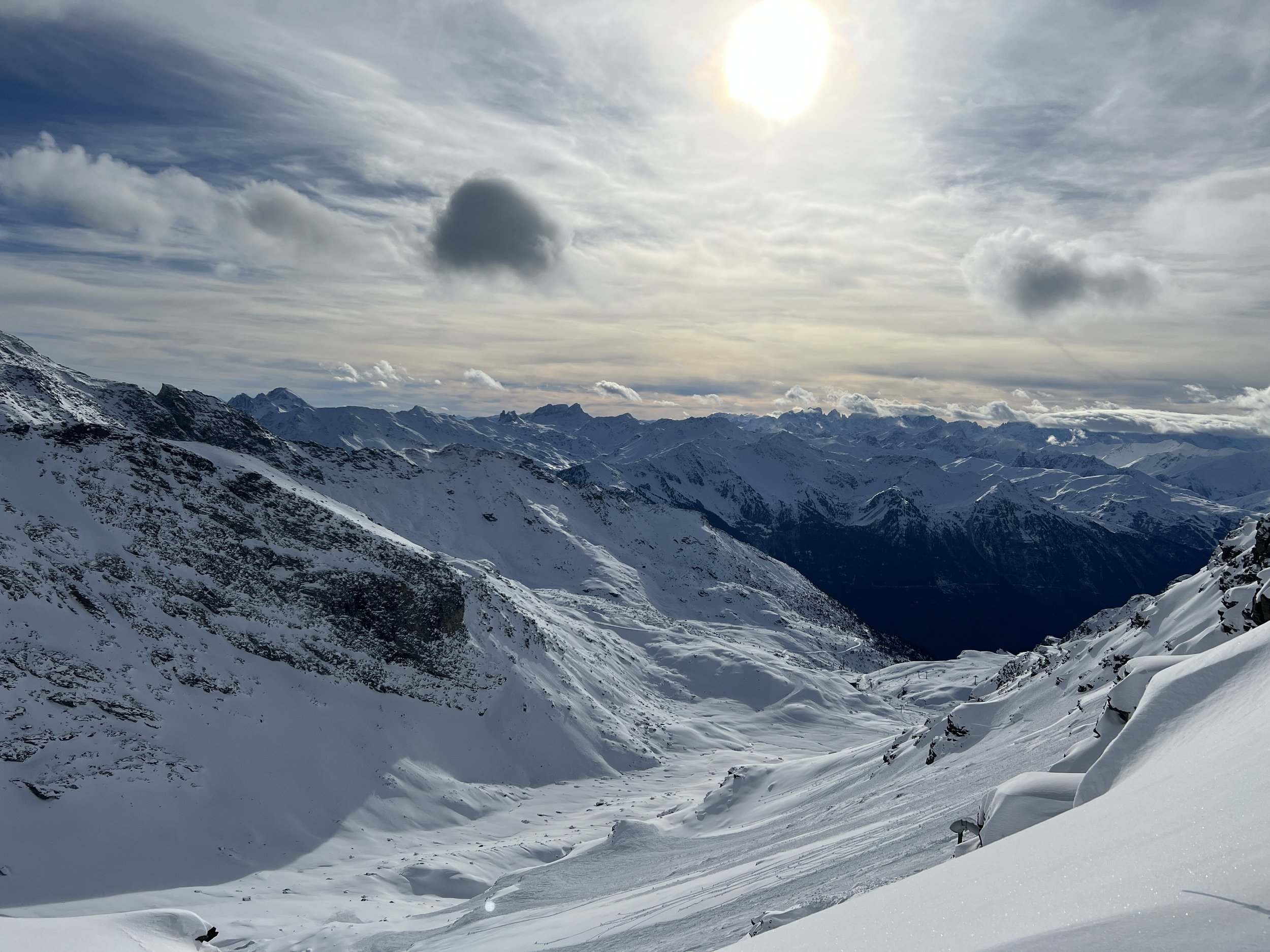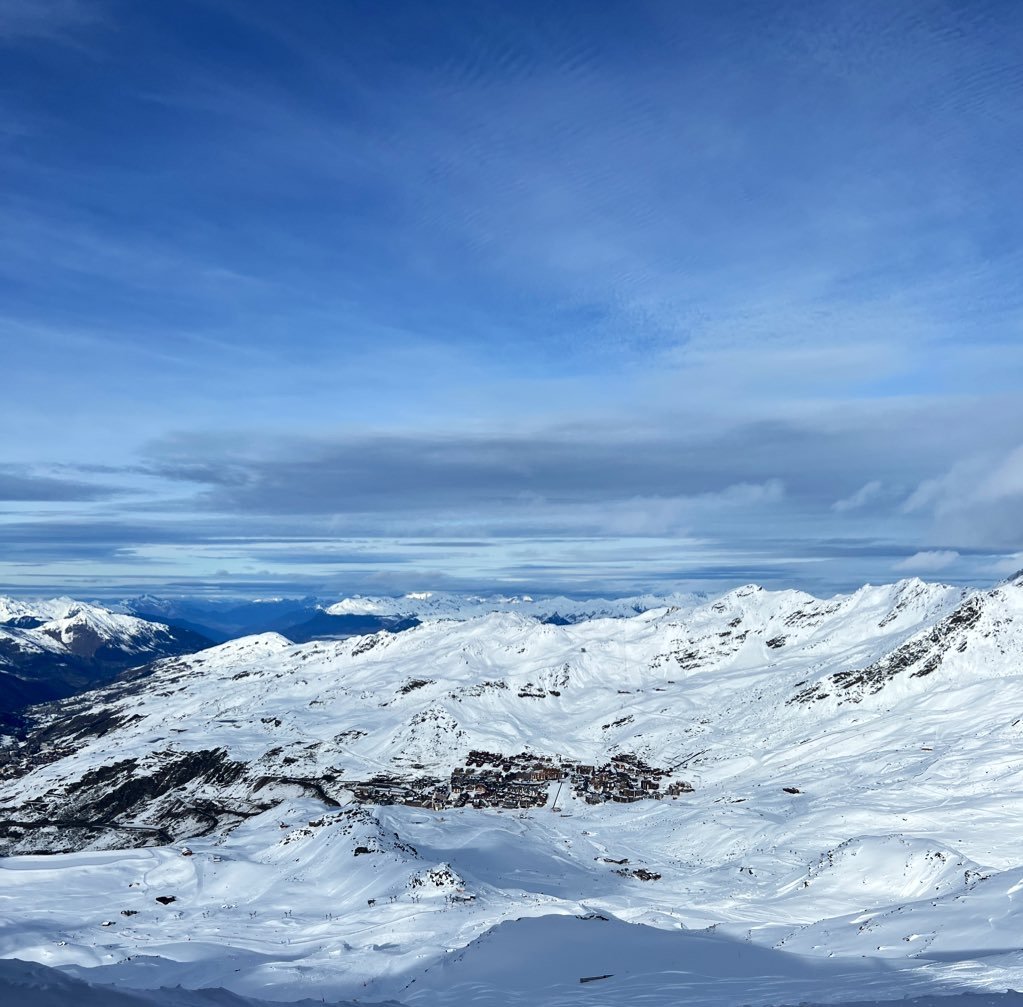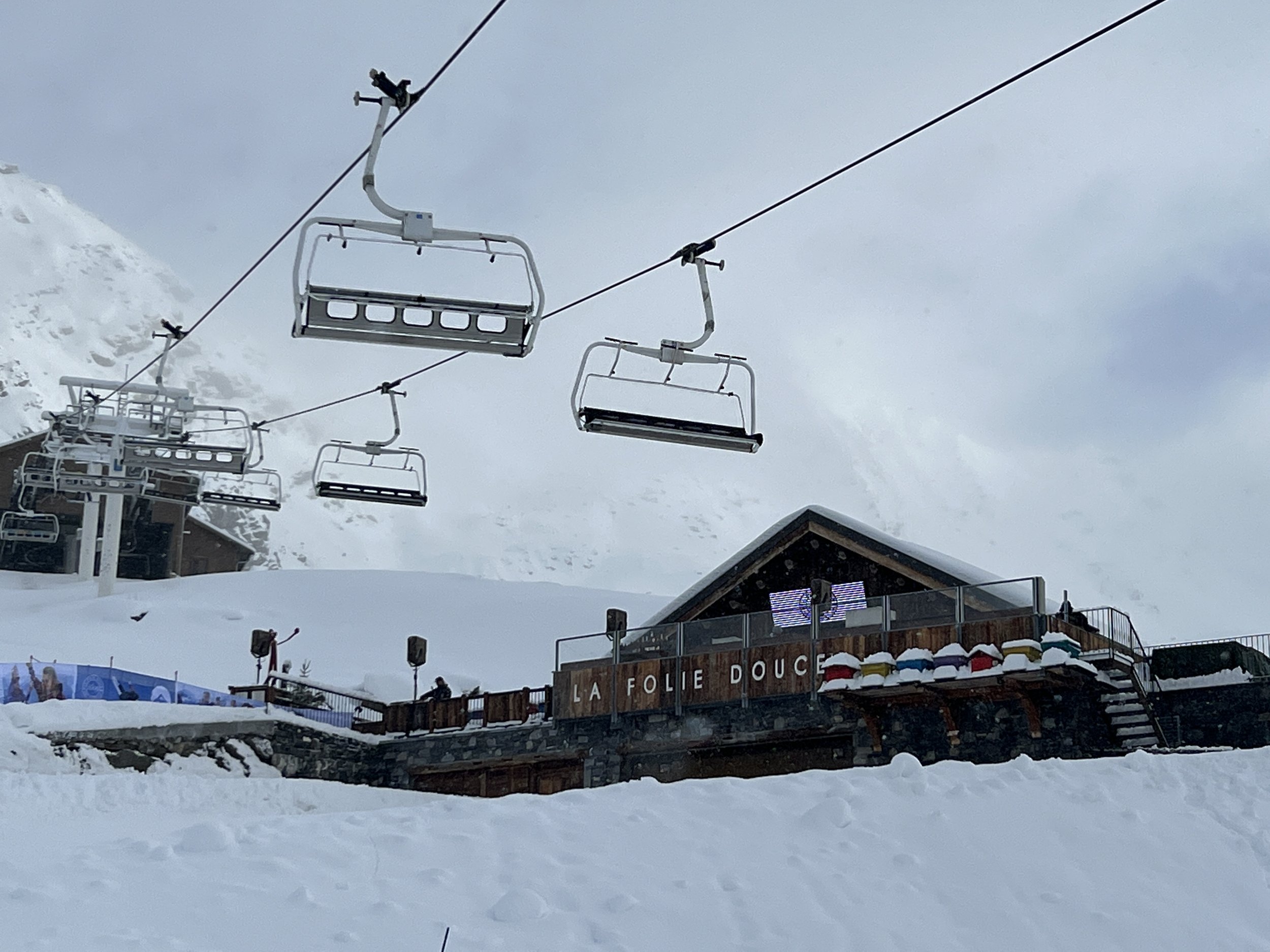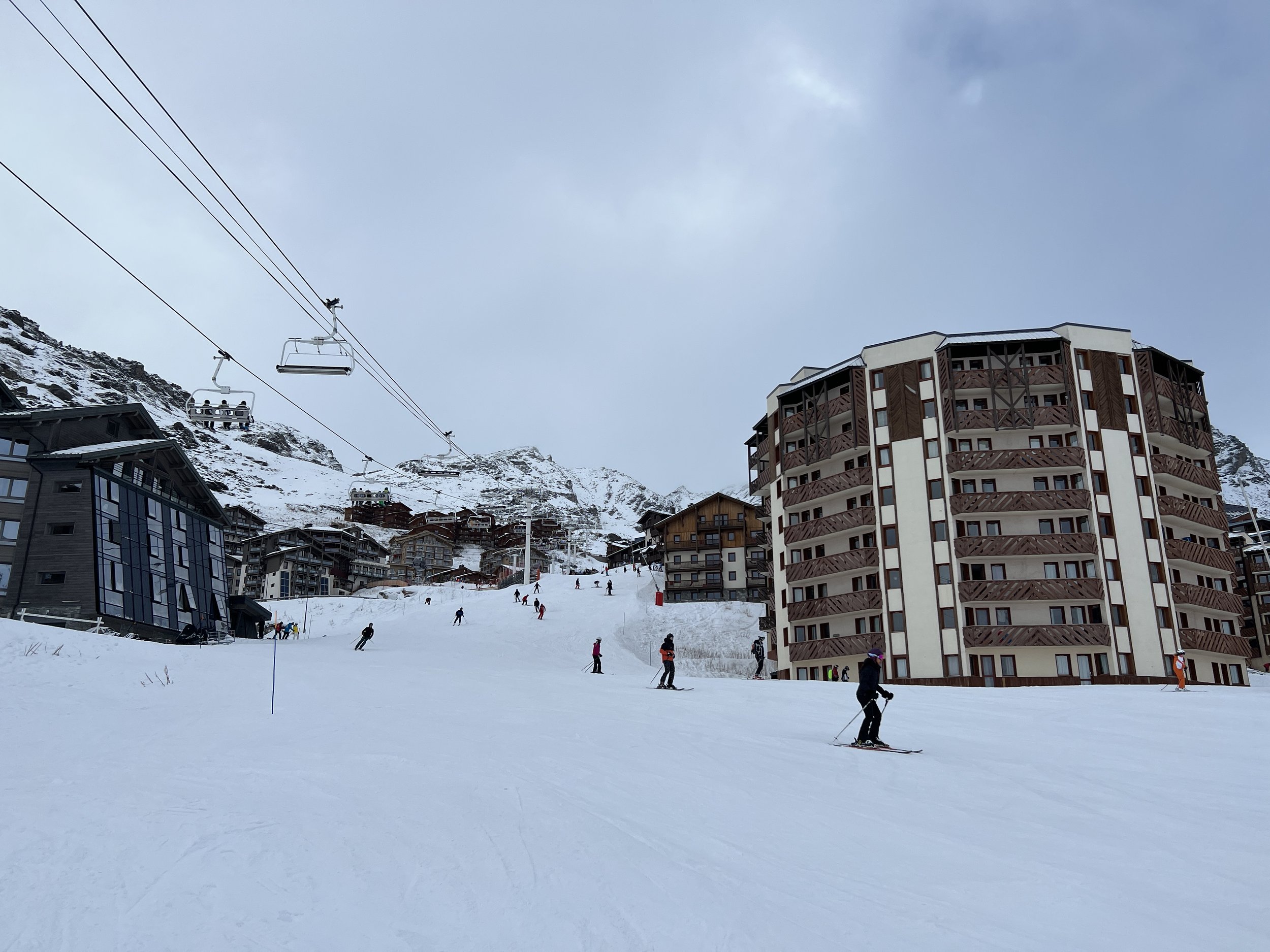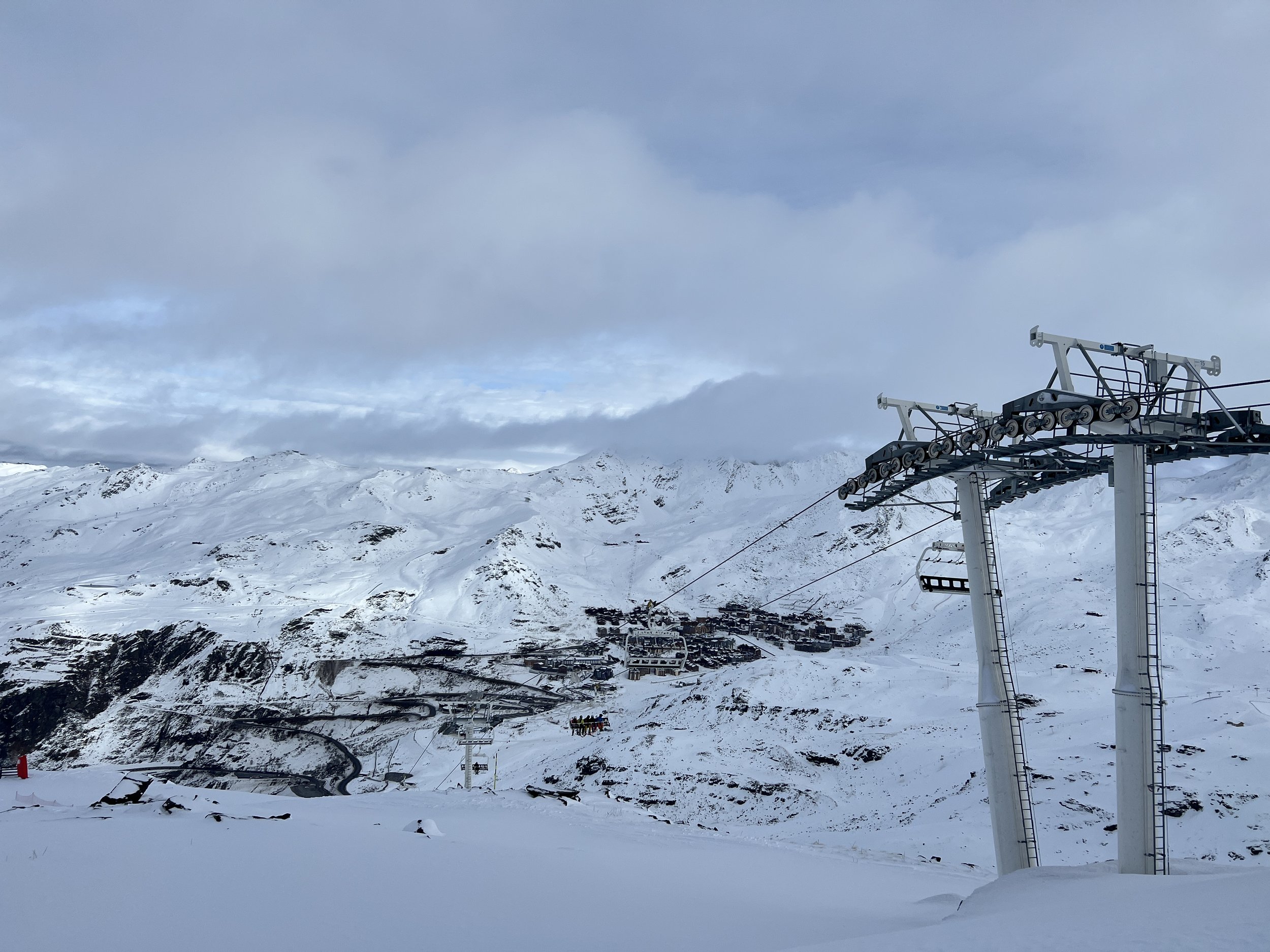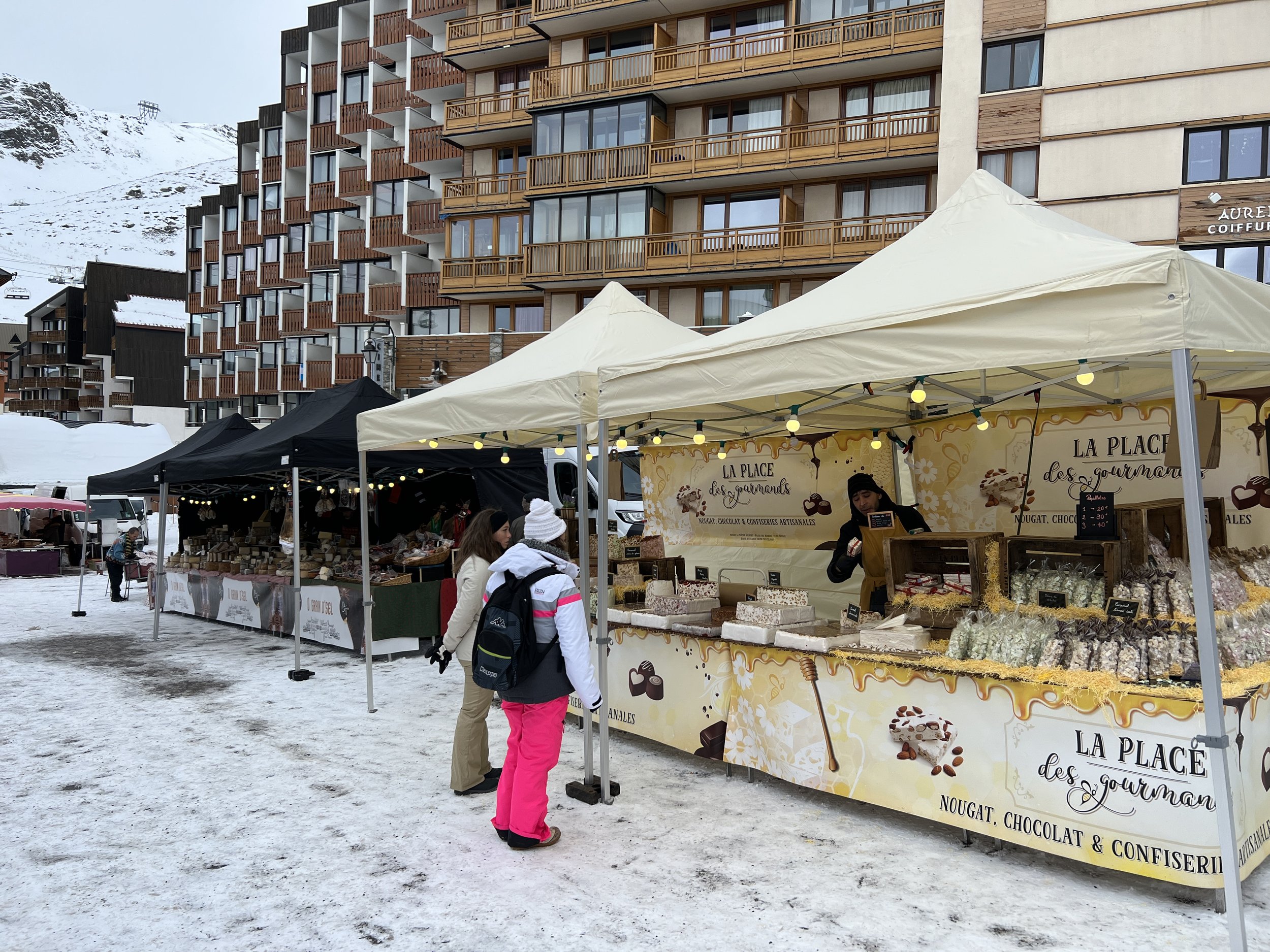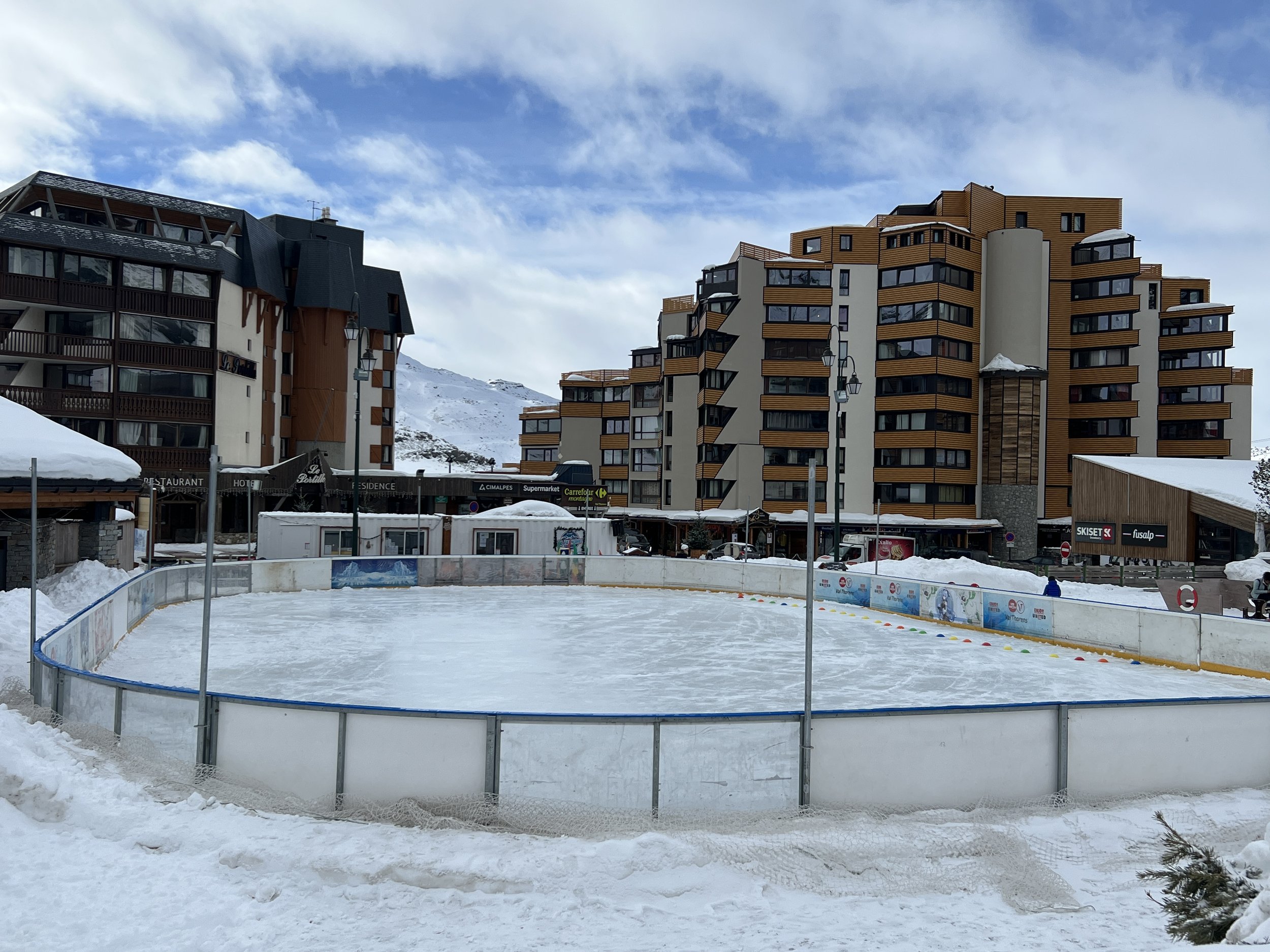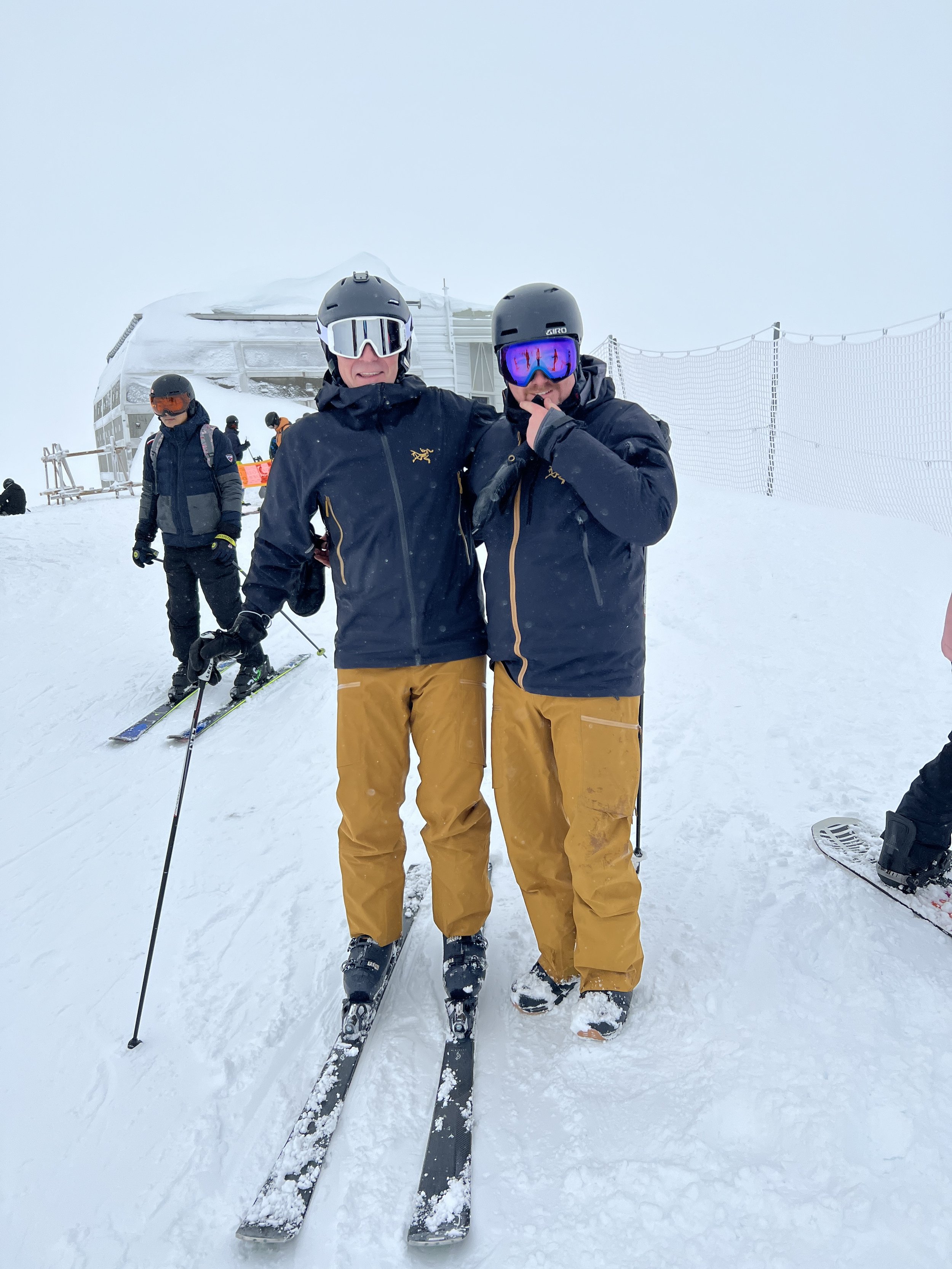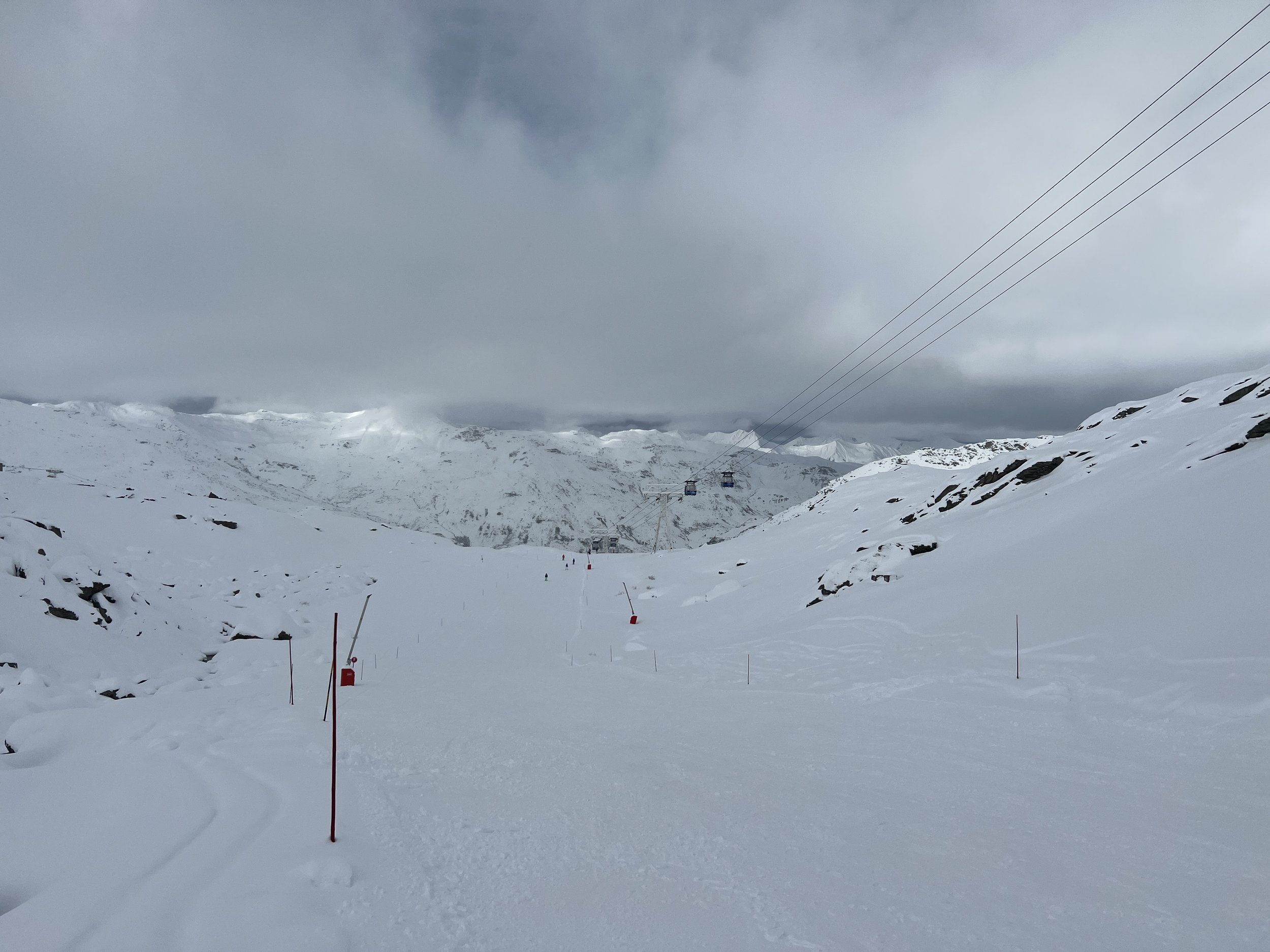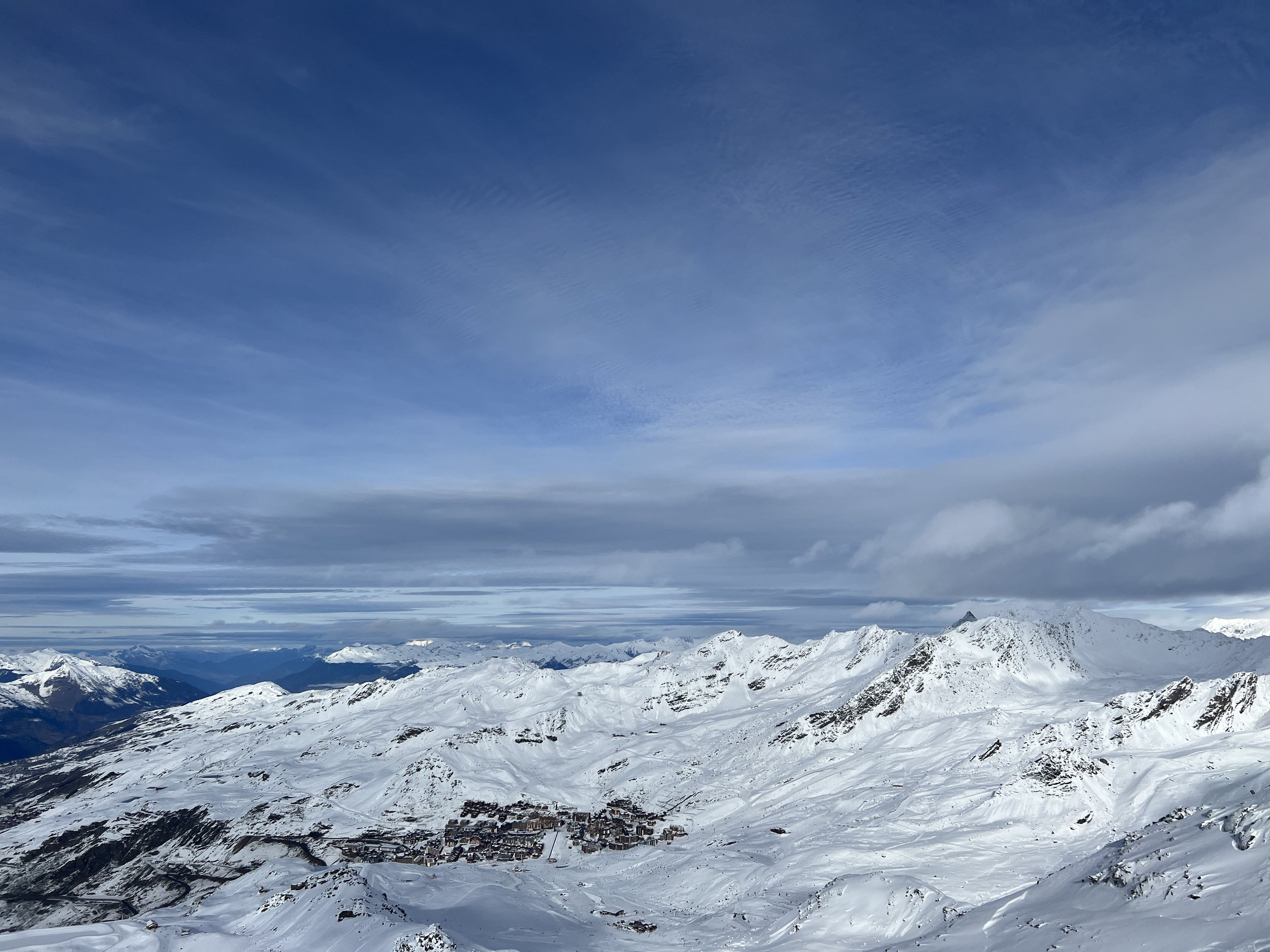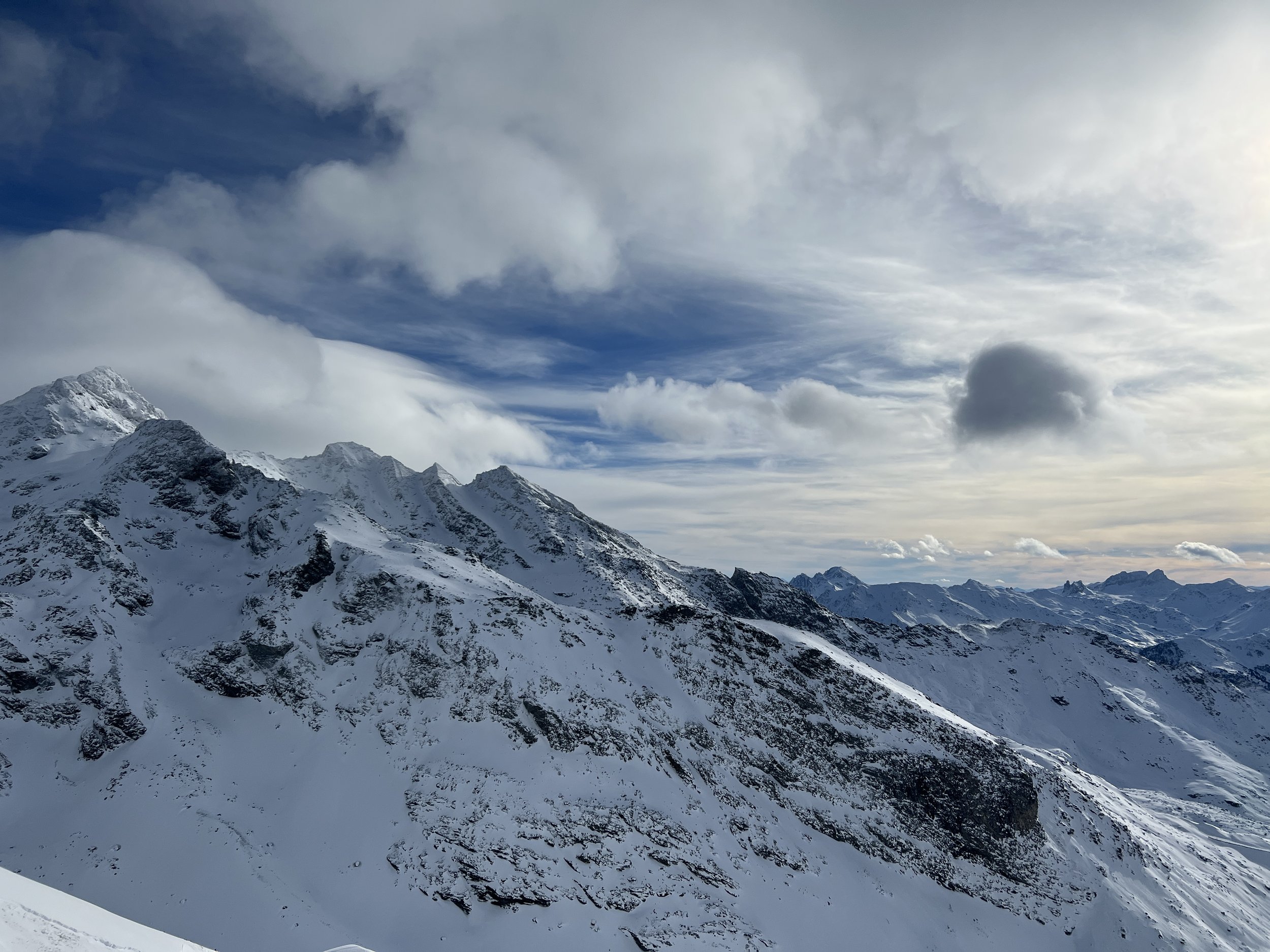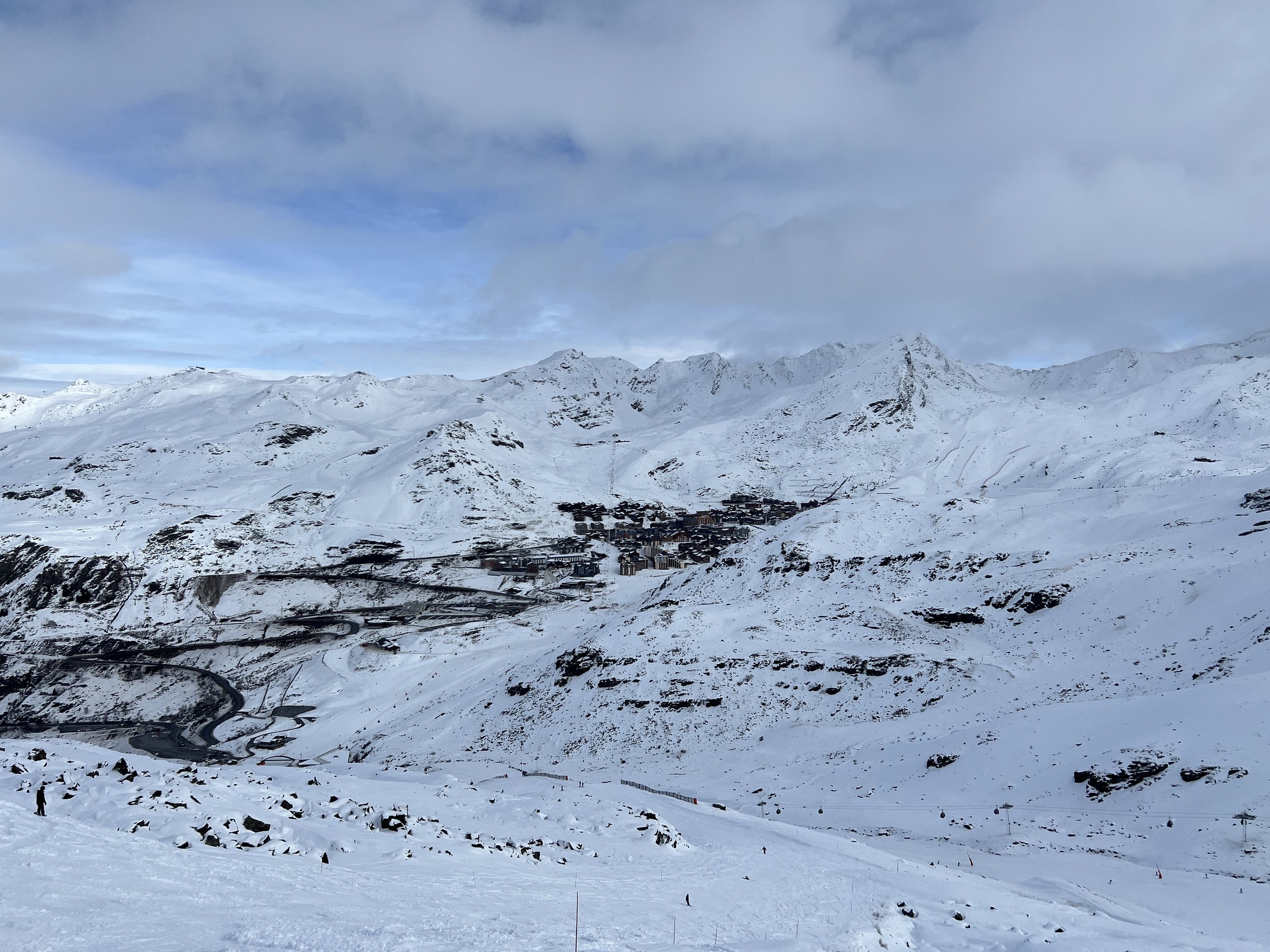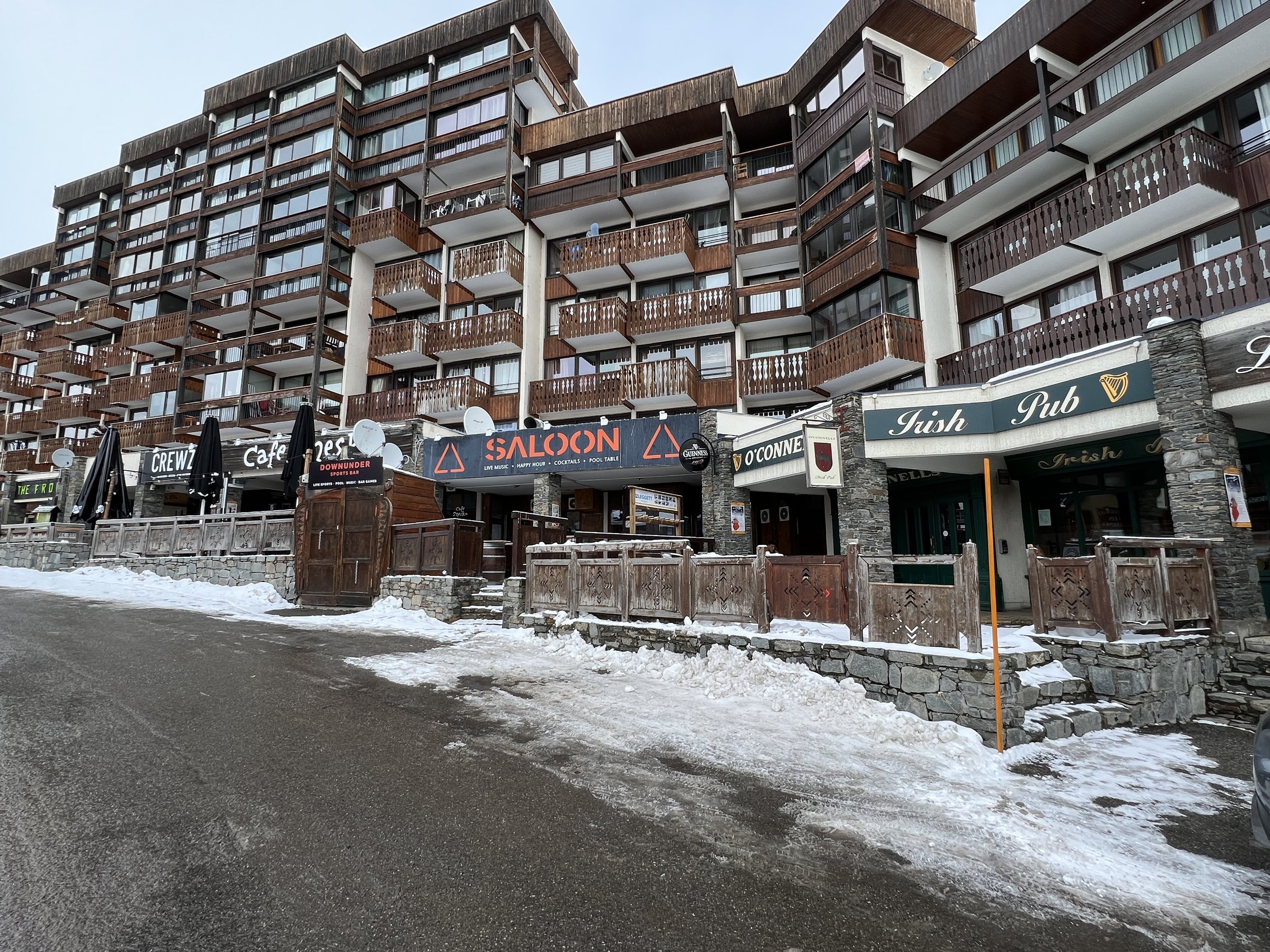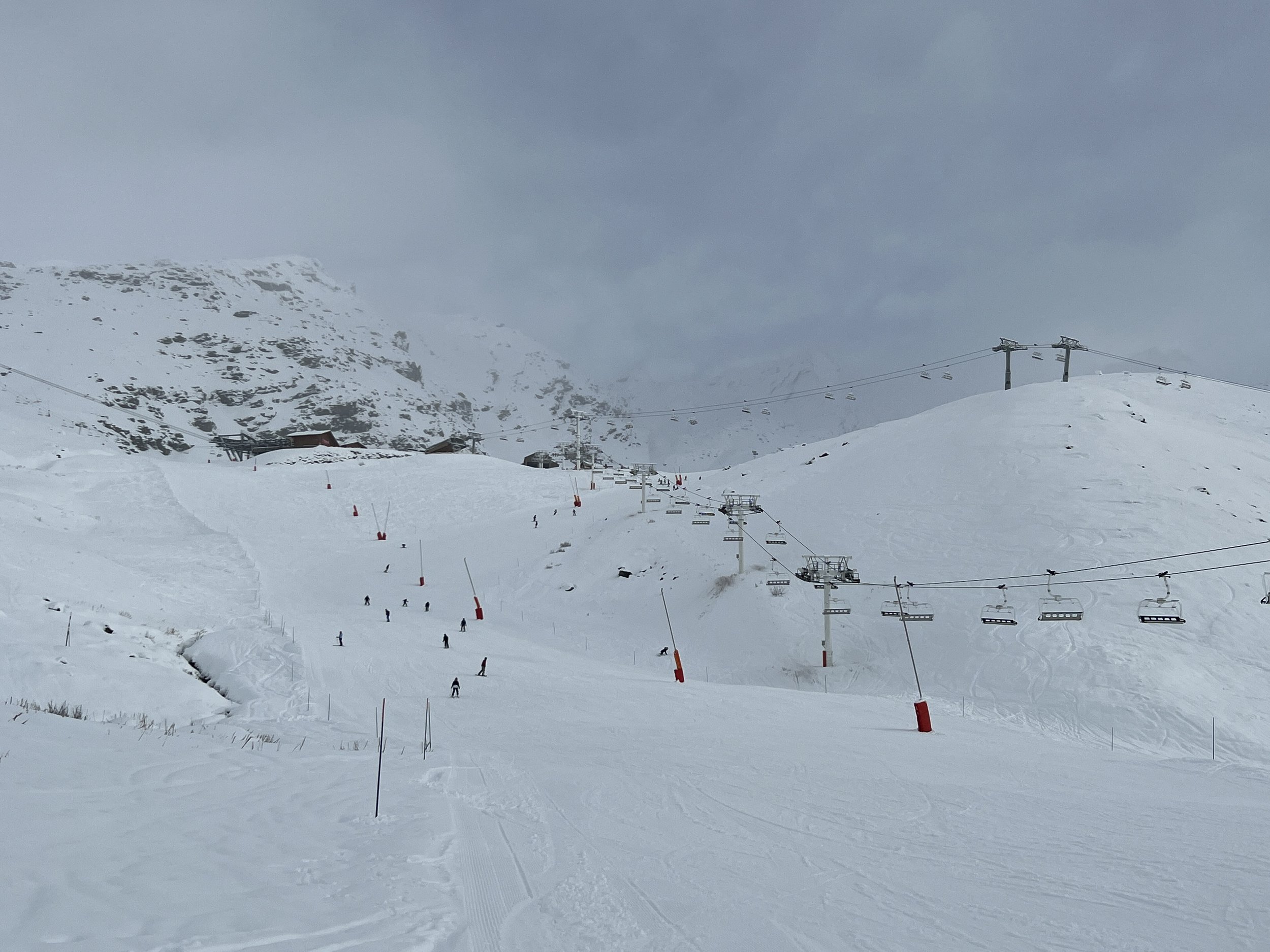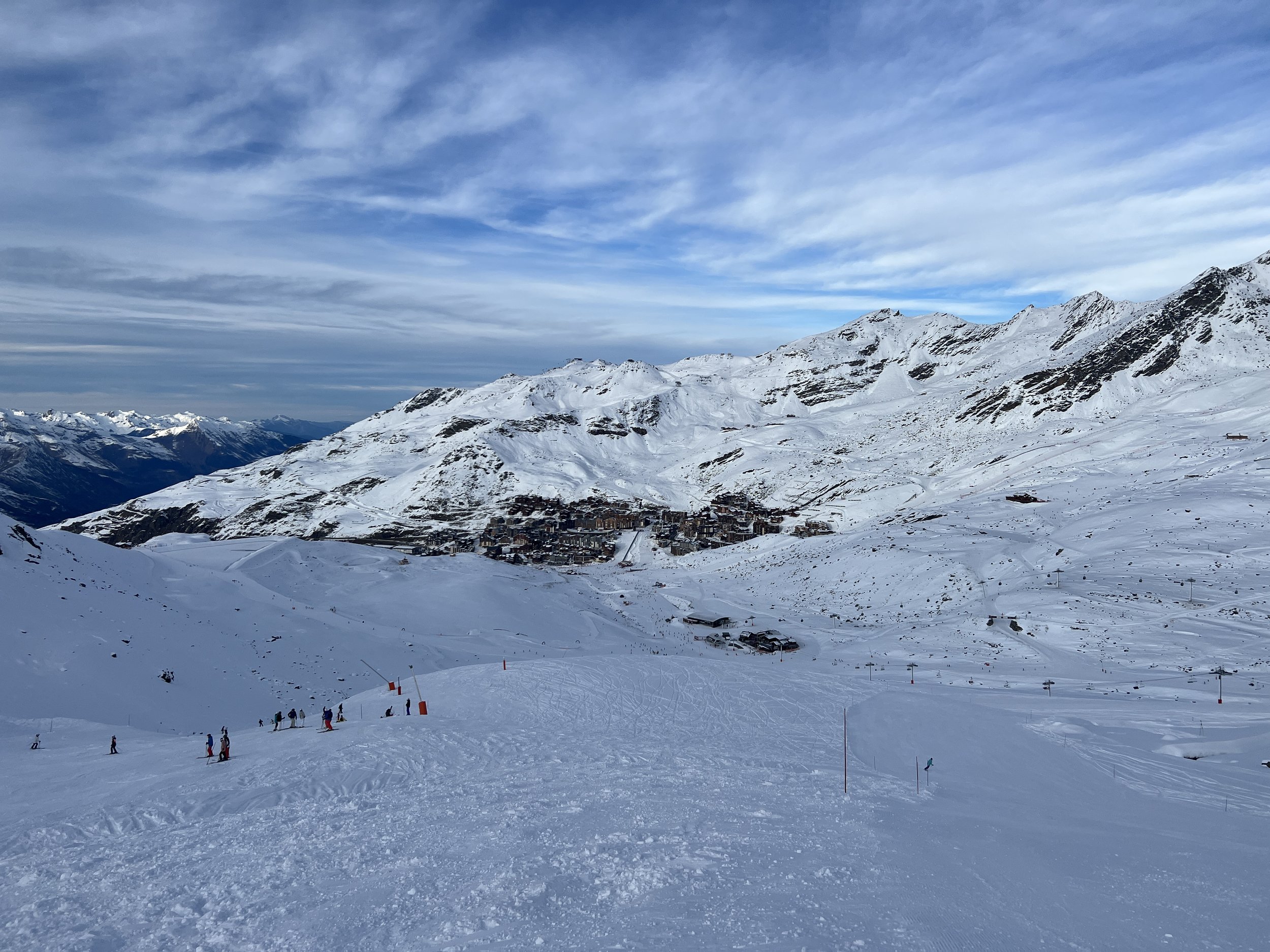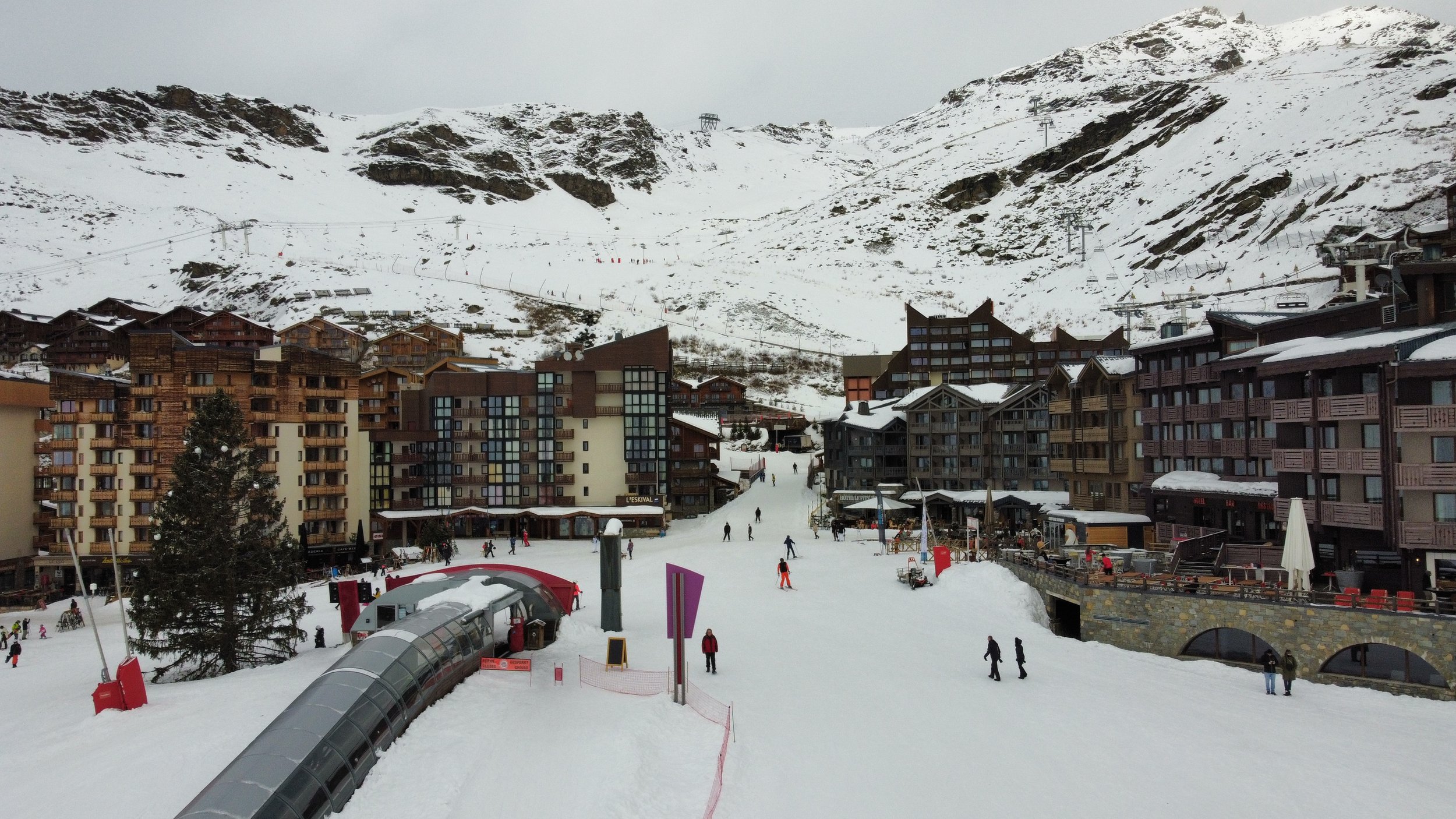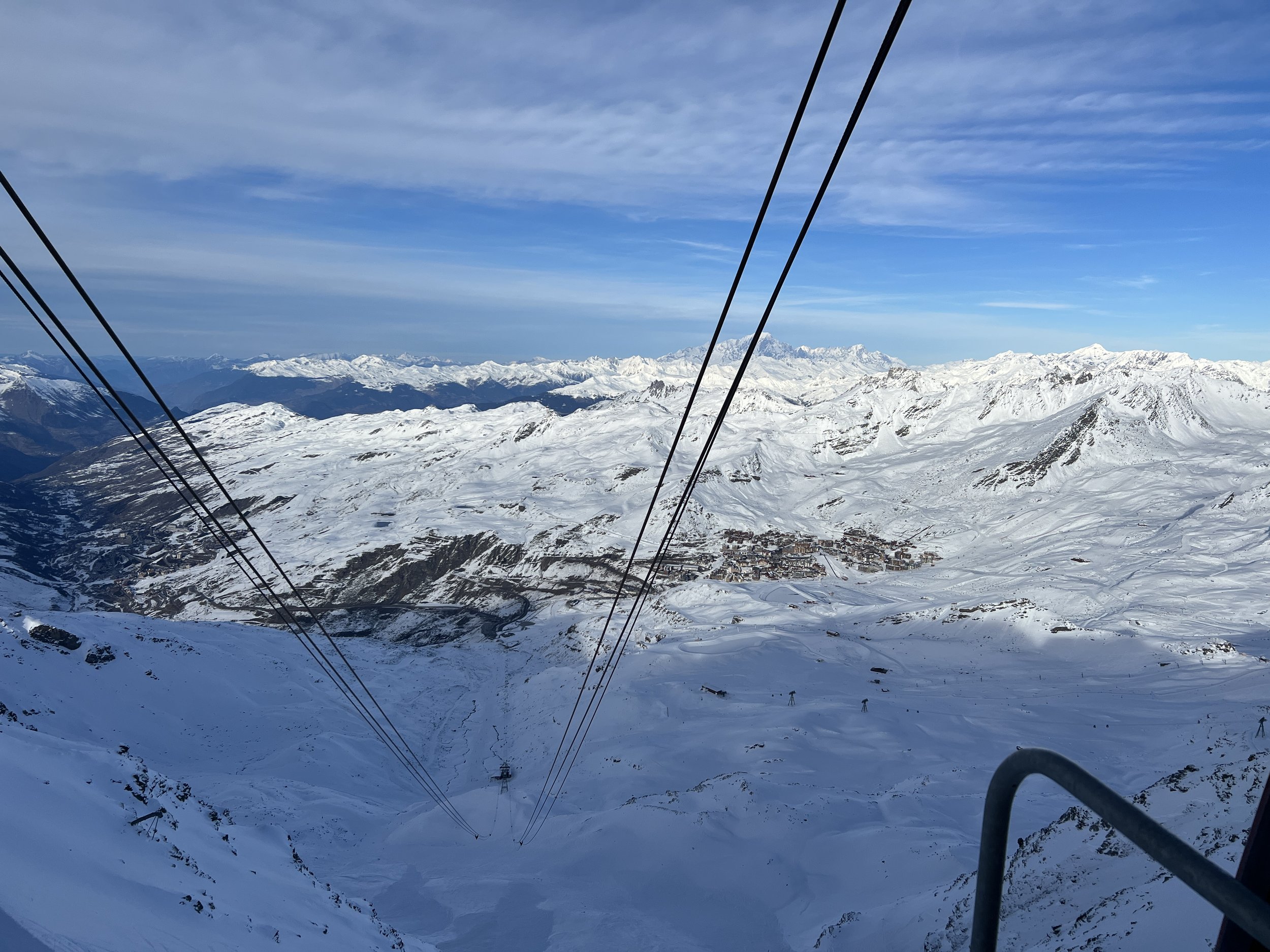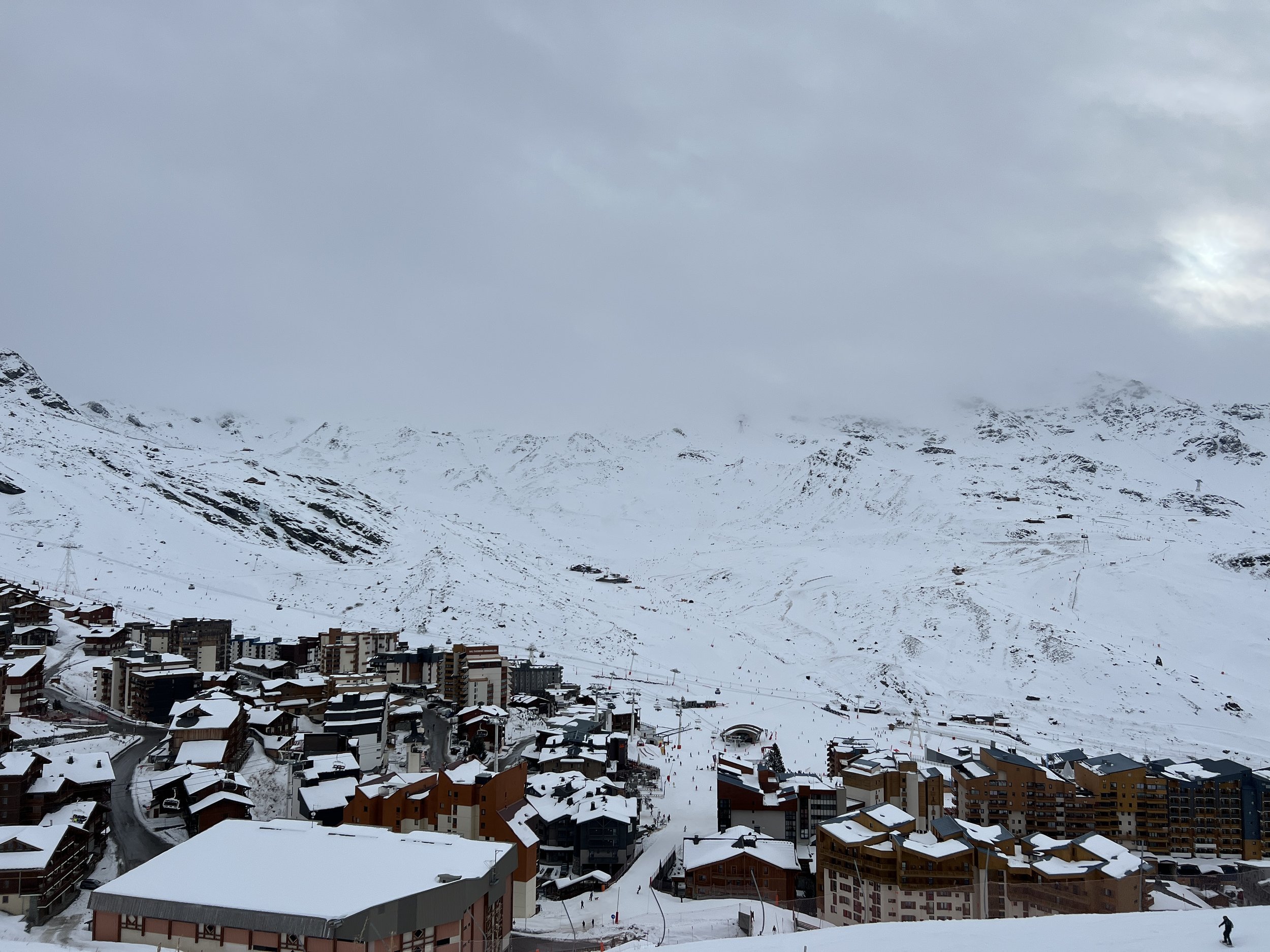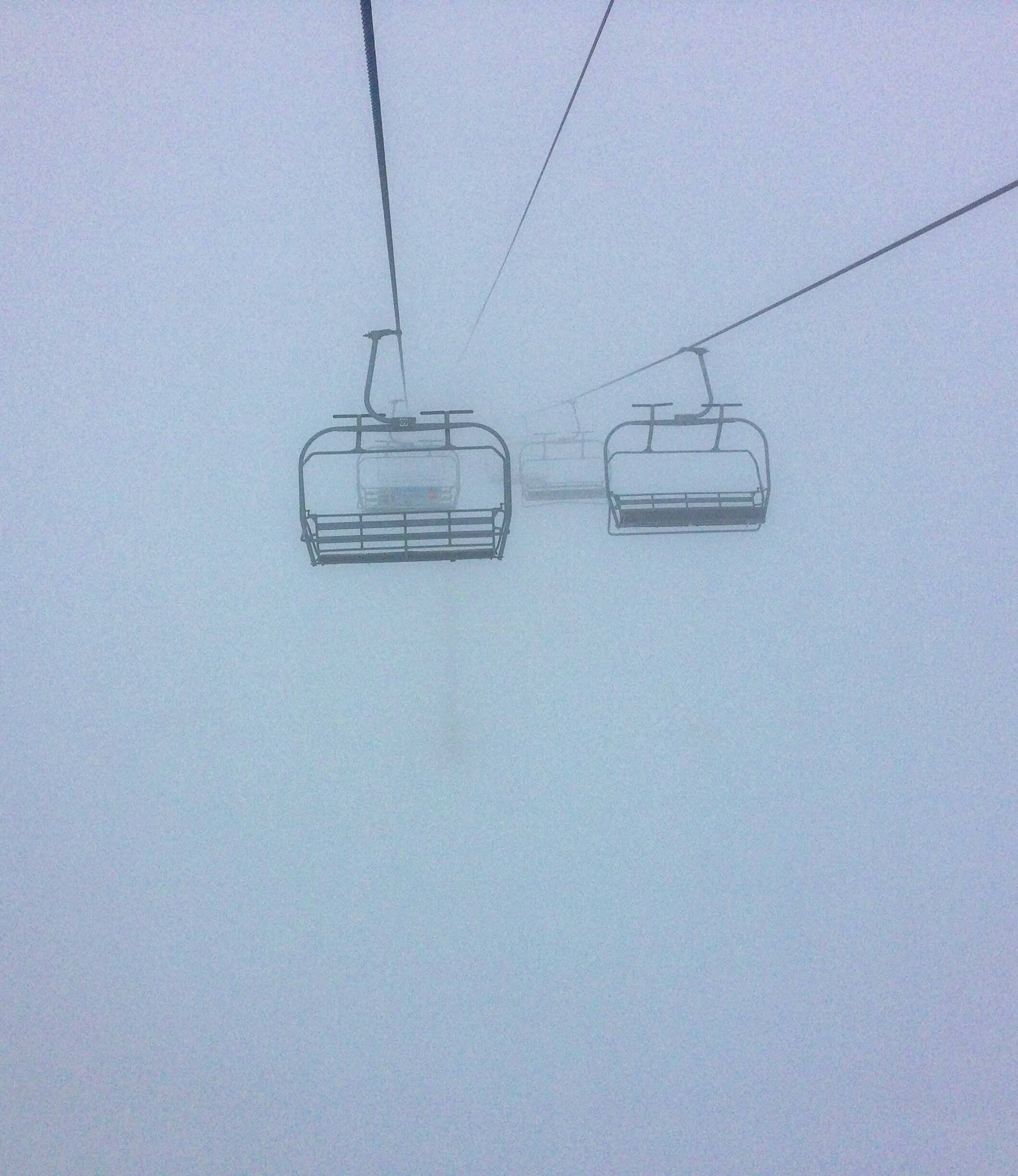Revelstoke Mountain Resort Guide
Revelstoke has the largest vertical descent in North America and if that wasn’t enough to catch your intrigue it also has some of the best terrain. The powder-rich ski resort is fairly young compared to many of the well-known Canadian ski areas yet Revelstoke is already making a name for itself. Opened in December 2007 and set amongst the Selkirk Mountains visitors to Revelstoke Mountain Resort can expect copious amounts of fluffy Selkirk powder and some epic terrain.
Photo @Takahiro
REVELSTOKE SKI AREA
With 75 trails at Revelstoke Mountain Resort, you could be forgiven for thinking Revy is a medium-sized ski area… but Revy is huge. With the largest vertical drop in North America and over 3000 acres of skiable terrain Revelstoke has plenty to offer visitors.
To access the ski area at Revelstoke you will need to take the Revelation gondola which has two stops. The mid-station is fairly low and serves the lower mountain which consists of some mellow green and blue terrain. Continuing past the mid-station the Revelation gondola continues to the Mackenzie Outpost at 1690m where skiers can head to the short Stellar chair, Ripper, or the famous Stoke chair.
Ripper chair mainly accesses green and blue trails however black Denver Dollars is in this area and runs directly beneath the chair. From the Ripper chair, there is also plenty of Revelstoke’s famous glades skiing to be found with; Powder Monkey Glades, Back 40 Glades and Glades of Glory all in this area. If you say one thing about Revelstoke they’ve got their trail names perfect!
The real interest at Revelstoke is found off the Stoke chair. The Stoke chair provides the closest access to the North Bowl and South Bowl and has some spicy black trails nearby, think Jalapeno and Hot Sauce.
REVELSTOKE LIFTS
Revelstokes main lift is the Revelation gondola. The Revelation gondola runs from the resort base area to the Mackenzie Outpost. The Revelation gondola is a two-part lift that skiers will need to depart and re-enter at the mid-station. Above the upper station of the Revelation gondola, there are three further lifts; Ripper, Stellar and Stoke. These chairs access the upper mountain with Stoke accessing the famous North and South Bowls.
REVELSTOKE LOCAL
Friend of the channel Matt, better known for his Youtube channel BRAMSKI, has been a Revelstoke local for the last couple of seasons. Because of Matt’s extensive local knowledge, I’ve enlisted his help to ensure you get the best information on Revy. If you find the information Matt provides in this section useful then why not hit this link and subscribe?
REVELSTOKE FIRST IMPRESSIONS
MATT WHAT WERE YOUR FIRST IMPRESSIONS OF REVELSTOKE?
I first noticed the gentle rumble of the trains passing through. But surprisingly it didn’t keep me up at night, it rocked me to sleep! Being from the UK, the street signs took some getting used to. It's all just numbers by North, South, East and West. All the shops, bars and restaurants are on two streets and roughly a 5 minute walk to get to. Very few of the tourist workers had arrived yet so it was very quiet, but the locals were super friendly.
There were still two months before the resort opened for skiing but taking the 10-minute drive from town was worth it. I was curious to see only one gondola at the base, a big hotel, two restaurants and some very nice private lodges (or chalets). You cannot see the top of the mountain, so your imagination runs wild on what it is actually like up there. Immediately I was trying to picture the snow falling and carving my first turns. Opposite the resort, the scenery of the Columbia River and Monashee Mountain Range is breathtaking.
REVY IS WELL-KNOWN AS AN EXPERT RESORT, BUT WHAT DOES REVELSTOKE OFFER FOR BEGINNERS?
It is true that 45% of the resort terrain is suited towards advanced skiers. But there is an entire area of the mountain designated for beginner riders. The Stellar Chairlift serves its own zone making it perfect for those learning to ski. Any traffic uphill has to go around the area.
WHAT DOES REVELSTOKE OFFER FOR INTERMEDIATES?
If you like long, rolling blues then Revelstoke has tonnes of them. I love the deep powder the resort offers but I can’t help myself when I see fresh corduroy on a blue groomer, (aka piste for the European readers). A personal favourite is “Hot Sauce” and if you ever get the opportunity to experience it on the first tracks program, it's an unforgettable experience. It's worth mentioning some of the intermediate runs start off as blacks due to the steepness at the top of the mountain before changing to blues as they stretch out. Snow Rodeo is another recommendation, and it's exactly like it sounds.
WHAT IS THE BEST ADVANCED TERRAIN AT REVELSTOKE?
I’ve already mentioned the steepness. The resort is also renowned for its high-quality snow and there’s lots of it. 10.5 metres of snow falls on average in winter here. To put that in perspective, a high-altitude resort in Europe might get 3.5m in a good year. The ‘Champagne Pow’ pulls many expert skiers in from across the world. Riders have four different powder bowls to choose from, divided by chutes and endless glades. But that's just for starters.
REVY IS FAMOUS FOR ITS GLADES SO WHERE IS THE BEST PLACE TO SKI DURING A SNOWSTORM IN REVELSTOKE?
It depends on which way the wind is blowing during the storm and if ski patrol has opened the terrain. Safety is a big priority at the resort and avalanches do happen. If it's the ‘perfect storm’ then head to North or South Bowl for the magic.
WHERE IS THE FIRST PLACE YOU HEAD ON A REVELSTOKE POWDER DAY?
That’s a secret Simon! But it really does vary depending on the conditions. Tally-Ho Glades is a personal favourite for a morning warm-up in the trees.
When the legs are pumping, I love a hike to the Sub-Peak before dropping down into South Bowl.
DOES REVELSTOKE HAVE ANY FREESTYLE TERRAIN?
The main terrain park features medium to large jumps with rails and boxes. If you are looking for something more gentle the ‘Gnome Zone’ next door has small-medium jumps with rails and boxes too. I don’t venture in the parks often, but the Gnome Zone can be fun skiing in fresh powder.
REVELSTOKE SNOW HISTORY
As mentioned earlier Revelstoke gets an average of 10.5m of snow during a winter. This makes Revy an exceptional destination to head for powder turns!
Photo @BRAMSKI Youtube
REVELSTOKE SEASON DATES
As with most Northern Hemisphere ski resorts, Revelstoke is open for skiing between December and April with exact dates for each season depending on conditions. For the latest hours of operation at Revelstoke Ski Resort check this link.
REVELSTOKE PISTE MAP
Revelstoke Piste Map
REVELSTOKE PROS
A young and active community in an isolated town.
The locals are very passionate, getting ‘Revelstuck’ is an actual thing.
The resort is a relatively new resort, only opening in 2007, and has huge growth potential.
It’s an all year round tourist destination.
REVELSTOKE CONS
Housing, of all kinds, is the biggest challenge facing the town and many others like it. I don’t have the answers but would always recommend people book or move well in advance for the best options.
REVELSTOKE GALLERY
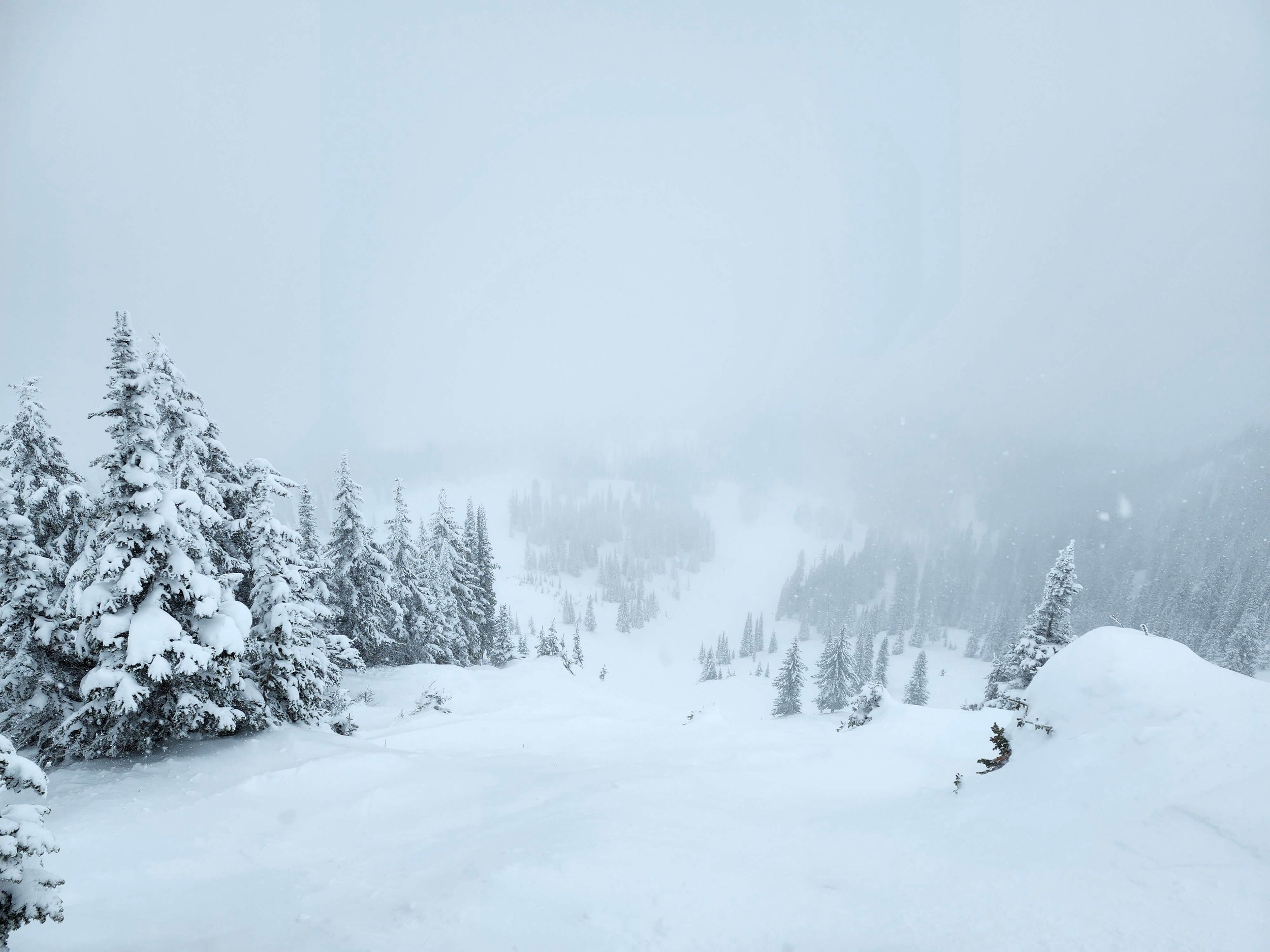

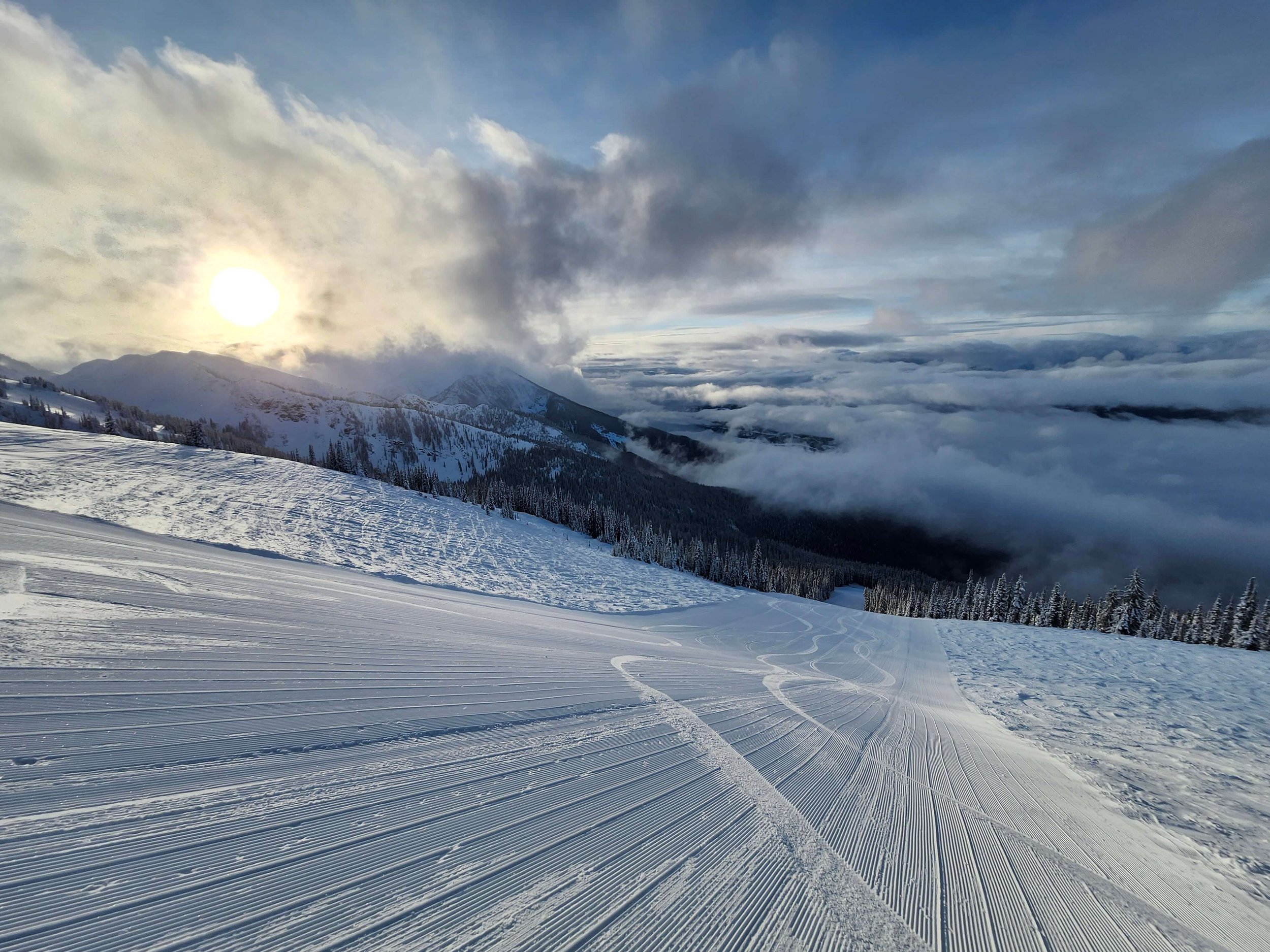
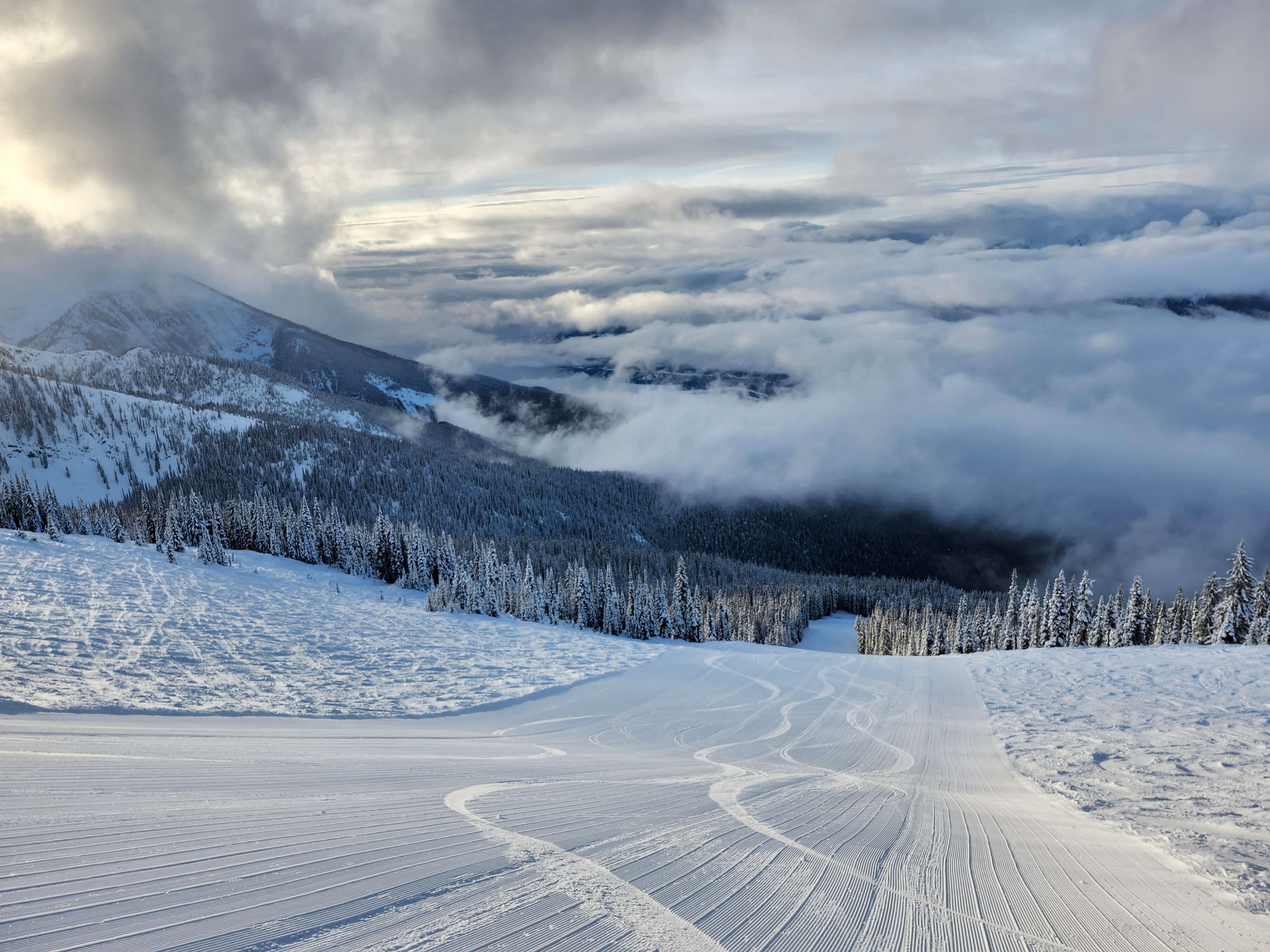

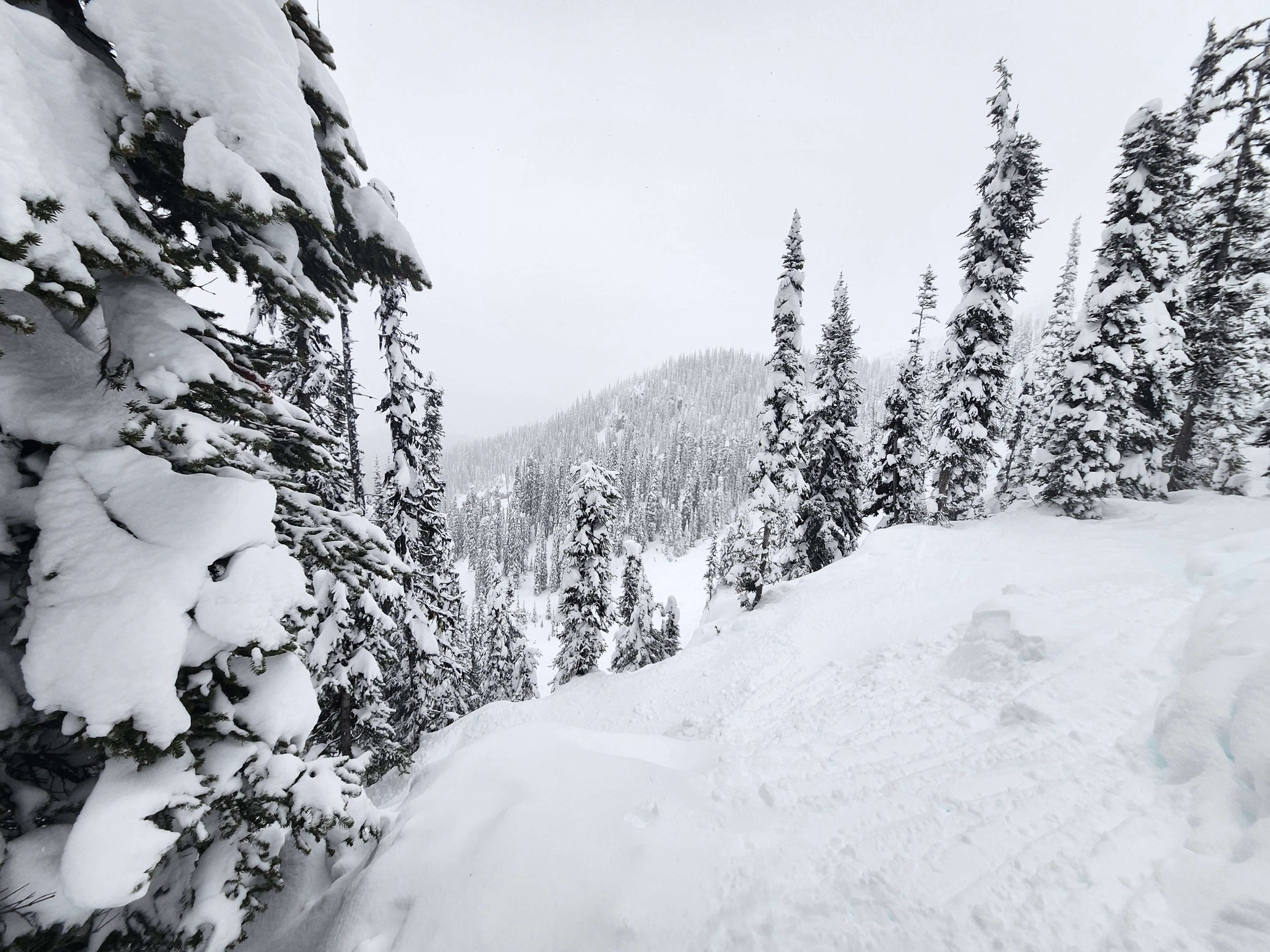
REVELSTOKE LIFT PASS
For the latest Revelstoke lift pass prices check here however at the time of posting a 6-day adult pass will set you back 884CAD with a 1-day pass at 179CAD. Revelstoke Ski Resort is also included as part of the IKON Pass with 7 days of access available for full IKON Pass holders.
GETTING TO REVELSTOKE
The closest airport to Revelstoke is (YLW) Kelowna International Airport which is a large hub for flights into BC with daily flights from the major cities across Canada. Kelowna is still 2.5 hours drive from Revelstoke so you will need to rent a car or utilise the Revelstoke Transfers service.
If you are staying in downtown Revelstoke and do not have access to a car, you can utilise the local Resort Shuttle which cost 2CAD for each ride. The Resort Shuttle runs daily between downtown and Revelstoke Mountain Resort.
MATT’S FINAL THOUGHTS
Despite Revelstoke being the hottest commodity on the ski circuit, it is the only ski town where I have felt there was an opportunity to begin laying down routes. Perhaps that was due to the two-year work holiday visa, I don’t know. The word ‘community’ gets used a lot in town, that’s because it's what makes Revelstoke so special. Everyone who lives in Revelstoke came from somewhere else and is trying to make a go of it long-term. Work, housing and food costs are all huge challenges to the ‘Canadian Dream’, and yet Revelstokians still find the time to contribute through projects, performances and activities.
Bansko Ski Resort Guide
Bansko holds an international reputation that stakes a claim to be Bulgaria’s premier ski resort. Offering something different to rival Borovets, Bansko is split distinctly into two areas; the modern village and the UNESCO heritage site of Old Town. In recent times Bansko has seen investment and improvement in facilities on and off the ski hill that makes it a worthwhile ski destination on a budget. Skiing and snowboarding in Bulgaria are underrated and great value compared to large-scale European resorts. This ski resort guide will cover everything you need from the Bansko piste map to the best time of year to visit Bansko, let’s drop in.
BANSKO FIRST IMPRESSIONS
Being my second trip to Bulgaria to snowboard I had some prior expectations for my trip to Bansko. Bulgaria is known for being a cheap ski holiday destination but that often goes in hand with the attitude that the experience cant be good. That's just not the case, with Bansko offering enough terrain to keep beginners and intermediates occupied without breaking the bank. Going to Bansko as an experienced snowboarder I was worried that there might not be enough challenge to keep me interested. The FIS course was certainly fun and there was some really nice red graded trails.
BANSKO SKI AREA
Bansko ski area has a total of 48km of pistes making it a decent size for a weeks ski holiday. Around 10km from the base of the gondola and the town you will have to endure a 30-minute gondola ride to reach the slopes at Bundarishka. Installed in 2003, the gondola still feels dated and ambles it’s way up to 1635m. At the top of the gondola, you will find some restaurants a beginners area and lifts to whisk you around the rest of the resort. Fortunately, the chairs run faster than the gondola so you should be able to get your laps in.
The more confident will want to head towards Todorka and Banderitza chairs. These lifts will lead you to some brilliant red graded pistes. Head here first thing in the morning to make the most of the grooming. The Tomba is the only notable black piste in Bansko. If you are looking to venture off-piste you may be disappointed. There isn’t much within the confines of the resort and you may wish to book a ski-touring excursion. However, it is not all bad news. Bansko beginner reputation tends to scare away interested freeriders so when the conditions are good you can have it all to yourself.
Intermediates skiers and snowboarders will appreciate the Bansko terrain the most. There are plenty of interesting blue runs that will fill you with confidence to try the reds. Wide pistes are a theme at Bansko and make cruising about really fun. The highlight has to be the long 16km piste from Todorka Peak to the base area.
Beginner terrain makes up about 40% of the skiable runs in Bansko. This makes Bansko the perfect place for beginner skiers and snowboarders. The local ski schools in Bansko are excellent and offer more affordable packages then French or Swiss ski resorts. Learning to ski or snowboard in Bulgaria is a good way to gain confidence without breaking the bank.
The Resort
Bansko town offers a large town with a choice of accommodations. Choose from large spa hotels or self-servicing apartments. Bansko hotels are good value with half-board options if you want an easy holiday. The resort is known for its apres-ski with Bansko nightlife attracting the stag/hen crowds. It is worth keeping this in mind as the parties can last into the early hours. Luckily if that isn’t your thing Bansko has plenty of other activities to keep you occupied. The resort is also home to a number of decent restaurants where eating out will not cost a premium.
The Old Town
Offering a different pace the cobbled streets of Bansko Old Town seem a world away from the fluorescent streets and bars surrounding the ski centre. A UNESCO World Heritage site, Bansko’s Old Town has a special feel. Its Bulgarian Renaissance houses that line the backstreets offer a charm not found elsewhere in Bulgaria. The Holy Trinity Church is exquisite in design and noticeable by its tall bell tower is a symbol of Bansko’s history.
The Bansko ski map below gives a good overview of the resort. The highlight has to be the 16km blue run from Todorka Peak back to the base of the gondola. This is one of the longest runs I have snowboarded and it is such a good way to end the day. Bansko slopes cover 48km.
Bansko Ski Resort Piste Map
SEASON DATES
Snow cover in Bansko is good with snow from December until April. The upper slopes generally stay in a decent condition throughout the season, however, if help from snow-making is required, Bansko has those facilities. The best time to ski in Bansko is January through March where the conditions are the most stable.
HOW MUCH IS A LIFT PASS IN BANSKO?
Further discounts are available on Bansko lift tickets with family passes available at discount. To check the latest pass prices click here
Below are my ratings for Bansko ski resort. All categories are scored out of five with higher scores being better. The only exception is crowds, a higher score in this category means the resort is busier. These scores are based on my experiences in the resort and I’d love to hear your views and experiences in the comments.
TRAVEL TO BANSKO
Where is Bansko
Bansko ski area is located in the Pirin mountain range around 160km from Bulgaria’s capital city Sofia. The transfer to Bansko is around 2 hours.
Getting To Bansko
From the UK low-cost airlines fly fairly regularly into Sofia (don’t get done by baggage fees). Flights to Sofia are regular and affordable from UK airports. A Sofia to Bansko ski resort airport transfer is 2hrs. Most people book their Bulgaria ski trip through a travel company that will be on hand to organise your transfer.
Self-Drive
If you do not have an organised transfer then self-drive is possible with hire cars available in the airport arrivals area. Car rental is easy but the journey can be more stressful. Fair to say in Bulgaria the overtaking can be hairy at times so if you are wanting ease… take a transfer.
Taxi
Taxi or private hire is also available from Sofia airport but be sure to pre-arrange this with an agreed price. The is a Bansko App that allows you to book taxi transfers in advance. The earlier you book the better the price you will get. Private transfers will cost around €120 for the round trip.
Public Bus
The most affordable way to access Bansko is on the public bus service from Sofia. A ticket will cost you 15BGN and you have two departure points. For up-to-date departure times check here
How long is the transfer from Sofia to Bansko?
The transfer time between Sofia International Airport and Bansko is two hours by coach although during busier periods this can take longer.
BANSKO ACCOMMODATION
When considering Bansko accommodation you have plenty of choices but make a smart decision. If you don’t want to be involved in the apres scene search for accommodation that is further away from the gondola base area. It is here that the noise can be loud and may disrupt your sleep. Although staying in a Bansko hotel near the ski lifts gives you prime access to the gondola in the morning.
The Bansko hotels have decent facilities with pools or spas commonplace. Hotel food in Bulgaria is a bit basic but there are plenty of places to eat out if you fancy a change. That being said, a Bansko hotel all-inclusive option makes for a hassle-free holiday. All-inclusive in Bansko can include; food, ski hire and lessons so look for these deals.
If you would prefer the self-catering experience then consider staying in an apartment with many conveniently located for the gondola and restaurants.
BANSKO PROS
Incredible value as a European skiing holiday
The ski school offers a good service at low prices (please tip your instructor)
Bansko has a good apres ski scene
Bansko has 48km of pistes which should suit most people for a weeks holiday
BANSKO CONS
Longer transfer time then Borovets
Bansko ski area has little for advanced skiers or snowboarders
The 30-minute gondola from the base area gets tedius.
Other Activities In Bansko
When booking a ski holiday It is always worth considering what other activities are available locally. Bansko doesn’t disappoint with plenty to do and see should you fancy a day off the snow.
OLD TOWN
Already mentioned but worth repeating, Bansko’s Old Town is a UNESCO World Heritage site. More relaxed than the area around the gondola, head into the Old Town for a stroll around the cobbled streets. Unique houses and interesting matsurev’s (restaurants) will keep you occupied.
SPA DAY
Bulgaria is home to over 800 natural mineral springs so it’s fair to say Bulgarians know a thing or two about relaxing. Taking a trip to the spa in the evening is the perfect way to recover those weary muscles for another day of snowboarding. Most Bansko hotels will be able to arrange for you to receive a spa treatment with the luxury hotels hosting good facilities.
ICE SKATING
Ice skating in Bansko is the perfect winter evening activity. Bansko’s Ice rink is located on Pirin St in the centre of town. Tickets cost 12BGN for a two-hour ticket. Including skate hire.
ESCAPE ROOM
If you are hoping not to leave Bansko just go and hide out in one of the escape rooms. Found at Aparthotel Lucky Bansko and open to hotel guests and visitors there are two escape rooms to try. Prices vary depending on how many people are in your team. There are two themes, the Egypt room and the Hacker room. Let me know if you got out.
FREQUENTLY ASKED QUESTIONS
Is Bansko good for skiing?
This is probably the most common question and comes up because of the low cost holidays to Bansko. Cheap holidays doesn’t mean bad holidays, just a different experience. Honestly, I really enjoyed visiting Bansko. Would I go back.. probably not. That is only because I feel like I have seen it now. I know families who go to Bansko each year and it is more than ideal for their needs. The 48km of pistes is ample terrain for a ski holiday and Bansko town has everything you need.
Which is better Bansko or Borovets?
This is ultimately down to opinion and will vary from person to person. For me, there isn’t too much difference in the actual skiing between Bansko and Borovets. Bansko does have a world cup run which offers more challenge than anything you will find at Borovets, but Borovets offers more terrain. Away from the slopes both Bansko and Borovets have a lively nightlife. I like that you can get away from this in Bansko with a trip to the old town, a Unesco heritage site. In the Old Town, you will find restaurants and bars that are quieter and set in a beautiful setting. The closer you get to the gondola in Bansko it gets more modern and more nightlife oriented. Borovets also has a good nightlife scene, but you will find the hotels in Borovets offer great entertainment for kids with games rooms etc.
Are Bansko Lift Tickets Cheap?
Normally one of the biggest expenses on a ski holiday, lift tickets in Bansko are very reasonable. A 6-day Bansko ski pass will cost £180 for adults. That is £100 cheaper than a 3 Vallees 6-day lift ticket.
Is Bansko Snow Sure?
Bansko’s upper slopes are high enough to maintain good snow coverage throughout the season. The season runs into April with the best conditions found in January and February. Bulgaria and therefore Bansko tends to receive less snow than the Alps but combat this with extensive snowmaking.
How Much is Beer In Bansko?
The standard measure of how expensive a destination is can always be related to the cost of a pint. In Bansko, a beer costs 3BGN or £1.35 for a pint which represents decent value. This price can get even better with many bars offering happy-hours deals as the lifts stop turning. The Happy End is a good place to start and finish your night with live music.
FINAL THOUGHTS
Bansko is a destination that ticks a lot of boxes. The terrain is big enough to keep most people occupied although advanced riders may want more. As a beginner, there is plenty of reason to go to Bansko with a good ski school, cheap ski hire and nice blue terrain to progress onto. Intermediates will probably love Bansko the most with the majority of terrain being blue or red graded runs. Bansko is a ski destination that offers it all but at a fraction of the cost. why not?
DISCOVER BANSKO
Tsugaike Kogen Ski Resort Guide
Tsugaike Kogen ski resort may still be the best-kept secret in the Hakuba Valley. Nicknamed ‘Powder Heaven’ but often overlooked by the more popular Happo One or Hakuba Cortina, Tsugaike Kogen is the place to go for uncontested powder turns.
One of 10 ski resorts on the Hakuba Valley Pass, Tsugaike Kogen ski resort is a Japanese ski resort that retains a local feel. Tsugaike receives an average of 12 metres of snow each winter season which makes it popular with snowboarders in search of fresh turns. Tsugaike Kogen lies along the same shuttle bus route as Hakuba Cortina and with most skiers opting to remain on the bus to its final destination, Tsugaike is the place to go to avoid lift lines on a powder day.
TSUGAIKE KOGEN FIRST IMPRESSIONS
Tsugaike has its own village with a number of hotels, pensions, restaurants and rental shops. As you approach you can tell that you are somewhere with a different feel to Happo. Tsugaike is pretty subdued in terms of its nightlife or apres scene and it’s clear that people are here for one reason and one reason alone… the powder.
Queuing for the bottom gondola at Tsugaike you see powder chasers with wide-waisted skis and fat snowboards adorning swallowtails. This sets the tone for what to expect. Taking the gondola from station one to the mid-station leaves little to get excited about for more advanced skiers and snowboarders. But from the mid-station to the top station, the gondola hovers over the famed DBD tree riding zone. It is from here that you can see why people flock in search of Tsugaike's famous well-spaced trees.
TSUGAIKE SKI AREA
Having spent more days snowboarding at Tsugaike ski resort than any other Hakuba resort on my trip, it’s hard to argue against it being my favourite as I kept going back. The Tsugaike Kogen tree access is the main draw with the DBD offering everything from quite mellow terrain at the top of gate 1 to steeper runs through gates 3, 4 and 5.
The terrain at Tsugaike Kogen is divided into two main zones, upper and lower Tsugaike. The total vertical drop of Tsugaike ski resort is over 900m which is great when considering the size of other local resorts. Tsugaike Kogens highest point is about 1700m.
TSUGAIKE LOWER MOUNTAIN
The lower mountain at Tugaike Kogen includes anything found beneath the mid-station of the gondola. The majority of this terrain is mellow beginner’s terrain with 5 short chairlifts and the gondola accessing beginner’s trails to the base. The lower mountain at Tsugaike Kogen would make an ideal place to learn with the mellow terrain feeling the opposite of intimidating.
TSUGAIKE UPPER MOUNTAIN
There are still entry-level green pistes on the upper mountain and this is one of the reasons why Tsugaike is so popular with beginners. If learners are feeling confident enough to take the gondola to the upper mountain then the winding green course through the forest makes an exciting edition for beginners.
The upper mountain however is mostly home to the intermediate and advanced terrain at Tsugaike Kogen ski resort. The pinnacle of this is the Tsugapow DBD courses. In this area, there are five separate gates that you can take to enter the designated tree-skiing zones. If the snow conditions are good then this area is unrivalled and is one of the best zones I have ever snowboarded in.
In addition to the DBD Tsugaike Kogens upper mountain has a number of red-graded terrain and one black (Horseback Course). The upper mountain is also home to TG Parks, Tsugaikes freestyle terrain. The terrain park at Tsugaike is well worth a visit and has the benefit of running underneath the No.3 Quad Lift.
BEGINNERS TERRAIN AT TSUGAIKE KOGEN
The lower mountain at Tsugaike Kogen is perfect for beginners. All of these runs are wide, mellow slopes that have suitable lift access.
On the upper mountain, there is an interesting green trail that winds its way along a Cat Track trough the Tsugaike trees.
INTERMEDIATE TERRAIN AT TSUGAIKE KOGEN
The upper mountain consists of mainly intermediate terrain. There are a couple of long red-graded pistes with the steeper Champion slope also of note.
ADVANCED TERRAIN AT TSUGAIKE KOGEN
Advanced skiers and snowboarders will love the tree skiing found in the Tsugaike Double Black Diamond gates. To access this area you need to take a course (more info follows in this post).
Also of note is the run Uma no see which follows a narrow ridgeline.
FREESTYLE TERRAIN AT TSUGAIKE KOGEN
Tsugaike Kogen has 2 terrain parks which is fantastic for a Japanese ski resort. The main Tsugaike Park is decent and is one of the longest in the Hakuba Valley. The parks consist of jumps, rails and lots of great side hits and banks.
TSUGAIKE DOUBLE BLACK DIAMOND GATES
To access the Double Black Diamond or DBD you will first need to attend a safety lecture, sign a disclaimer and then collect your armband. The courses run out of Jacky’s kitchen, a diner near the top lift station. It’s best to head to Jacky’s Kitchen early so that you can beat any rush on a powder day.
The DBD course provides you with information about local hazards within the designated tree-riding zone and although many skiers I spoke with found it pointless, I appreciated the extra safety precautions. The courses are run by local skiers who ride at Tsugaike Kogen regularly, their first-hand knowledge was useful.
In the Tsugaike DBD there are five gates. Gate 1 is closest to the chairlift and offers the easiest terrain. In fresh snow plenty of fun can be had in gate 1 without heading into the more challenging areas. The remaining 4 gates access terrain with more hazards such as cliffs. The DBD area is an incredible place on a powder day!
TSUGAIKE KOGEN PISTE MAP
TSUGAIKE KOGEN SKI PASSES
The Hakuba Valley lift pass is valid at Tsugaike Kogen and may represent your best option if you want to explore more than one Hakuba ski resort.
As a beginner, you can purchase a lower mountain lift pass at a discounted rate. This beginner’s lift pass will allow you access to the base area lifts and some very mellow green terrain.
Tsugaike and the Hakuba Valley is also valid on the somewhat controversial Epic Pass from Vail Resorts. Personally, I love the Epic Pass and have made many videos about it in the past.
If you just want to pay as your play then a 1 day lift pass at Tsugaike will cost around 5000 Yen.
LIFTS AT TSUGAIKE KOGEN
The main lift you will use at Tsugaike Kogen is the gondola which links the base area with the top of the resort. The gondola journey takes a while but it is travelling a fair distance in the process. Actually, after the leg-burning tree runs a long rest in the gondola was quite welcoming.
Tsugaike has a further 9 high-speed chairs and some that are much slower… 19 lifts in total service the resort although only the lower mountain is open for night skiing.
SEASON DATES TSUGAIKE KOGEN
Tsugaike Kogen has a long season opening the resort in mid December and remaining open until the beginning of May.
TSUGAIKE KOGEN SNOW RECORD
Tsugaike Kogen is located in Northern Hakuba at the snowiest end of the valley. The resorts in this region get absolutely pounded with snow and Tsugaike Kogen averages 12m of snowfall every winter. This means the top of the resort and tree skiing gets ample amount of snowfall for any powder skier.
VILLAGE AT TSUGAIKE KOGEN
Despite Tsugaike having a quieter village than Happo, it is fair to say that it has been commercialised. You will find a high ropes course on the slopes and fast food restaurants surrounding the mid-gondola station. This isn’t necessarily a bad thing but won’t be to everybody’s taste. A popular stop at the end of a day on snow is the bar near the base gondola station. You will recognise it from its uniquely Japanese foot spa, the perfect way to rejuvenate your feet at the end of a day on snow.
TSUGAIKE KOGEN PROS
Tsugaike Kogen receives an abundance of snow! 12m on average per season.
Tsugaike tree skiing is fantastic and although you have to take a course to enter this isn’t too much hassle.
Despite the combination of a great snow record and incredible tree skiing, Tsugaike is much less crowded than the nearby Hakuba Cortina resort.
Getting to Tsugaike ski resort is really simple using the Hakuba Valley shuttle buses that are provided free with your lift pass.
Tsugaike is great for beginners and provides English instruction through their snow sports school.
Due to transport links, it is easy to ski at Tsugaike and the resorts of Iwatake, Norikura or Cortina on the same day.
TSUGAIKE KOGEN CONS
On-piste skiing at Tsugaike is fairly mellow so may not suit a more able skier or snowboarder
Night skiing at Tsugaike Kogen is available but only accesses the beginner terrain which is quite dull.
Taking the course to enter the DBD area will take up some valuable on snow time and you will need to wear an armband each time you wish to enter the trees.
TRAVEL TO TSUGAIKE KOGEN SKI RESORT
Tsugaike is easily reachable from all main transport hubs in Hakuba with regular shuttle buses running throughout the day. Tsugaike ski resort is further out of Hakuba than some of the other resorts with the journey taking between 20-30 minutes depending on conditions.
The resort of Tsugaike Kogen is located between Iwatake and Norikura ski resorts. This makes it perfectly placed to be able to ski at more than one Hakuba resort on the same day. The resorts are linked by shuttles and this makes navigating the area fairly straightforward.
ACCOMMODATION AT TSUGAIKE
Tsugaike Village is an option for accommodation close to the slopes in Hakuba. Staying in the village would represent a more laid-back option where you can get away from the more western restaurants and bar scene. Be aware that around Tsugaike it is likely that you will encounter less spoken English and not every shop or restaurant will accept credit cards.
Alternatively, you can stay closer to the main hubs and commute to Tsugaike on the days that you would like to ski or snowboard there. I stayed at Nori’s sharehouse, which is a no-frills share home in the Hakuba Village. The location was good and I had no complaints about my stay. The house even had a workstation to tune your gear. There are plenty of other accommodation options in and around Hakuba
TSUGAIGE KOGEN VIDEOS
ACTIVITIES AT TSUGAIKE KOGEN
In addition to skiing and snowboarding at Tsugaike Kogen there are many other ways to stay entertained. The high ropes course at mid-mountain will be popular with families and children, as will the tubing area.
A Japanese ski holiday wouldn’t be complete without a trip to a local Onsen. At Tsugaike there are a coupe of Onsens in the village that you can visit after your day on snow.
NEARBY SKI RESORTS
FINAL THOUGHTS ON TSUGAIKE KOGEN SKI RESORT
Tsugaike featured regularly in my discussions when choosing which resort I wanted to ride at during my trip. I really enjoyed the DBD trees area but sadly on a couple of occasions, this area was closed. For me when the DBD was closed there wasn’t enough to keep me entertained so I would normally take a bus to another resort. When the DBD was open Tsugaike represents one of the best tree skiing zones in the Hakuba Valley.
A Guide To Snowboarding In Japan
Japan quite simply is a snowboarding trip like no other. If the idea of perfect trees, untouched powder and unwinding in an onsen sounds like your dream, well you can live it in Japan! Japan is a mix of the best skiing you are likely to experience and a cultural holiday in a country that is full of surprises. Everything from endless snowfall to the stunning Japanese Alps and a journey on a bullet train make Japan a place every skier and snowboarder should visit.
Skiing and snowboarding in Japan is amongst the best powder skiing in the world. Known worldwide for the copious amounts of snowfall falling between December and March, Japan is the perfect powder ski trip. What makes snowboarding in Japan even better? The trees! In Japan, you will discover glade skiing unlike elsewhere in the world.
Regulars to Japan will speak of the incredible snow conditions with resorts receiving upwards of 10m of snowfall. Some Japanese ski resorts even report DOUBLE that. Regular big dumps of snow are expected during late January and February so these are great months to plan your visit. What’s more, Japanese snow is incredibly light and dry making it perfect for throwing up into those face shots.
Face Shots Hakuba Cortina Trees
Skiing and snowboarding in Japan is split between the North and South islands. Hokkaido on the North Island is where people head in search of major powder stashes. The ski resorts of Niseko and Rusutsu are probably the most popular resorts in the north of Japan with copious amounts of snow falling between January and March. Niseko is very popular with tourists and if you prefer a quiet resort vibe Japan always has some smaller local resorts to explore.
The South Island offers skiing within a few hour’s train ride from Tokyo airport with Hakuba being amongst the most popular. The Hakuba Valley is a combination of ten ski resorts that are all available on the same lift pass. Each resort offers something different, from Happo One (former Olympic hosts), Sanosaka (a small local resort with no crowds) and Tsugaike (some of the best tree skiing). Away from Hakuba, the resorts of Myoko, Shiga Kogen and Nozawa Onsen are gaining popularity.
Japanese ski resorts are not just about powder laps through the trees….there is also a big freestyle scene. Terrain parks in Japan are well thought out with a good range of features. One example is Hakuba 47 which makes the most out of a small space with a full park set-up including; a small, medium and large jump line, a half-pipe and some small rail features. Japanese skiers also love bumps leading to resorts developing purpose-built mogul lines. Norikura has a freestyle moguls course and Goryu has a mogul line down its steep frontside.
After a full day of riding leg-burning powder, you may want to find a way to relax. Luckily the Japanese have just the answer, the onsen. Onsens are an incredibly important part of Japanese culture. An Onsen is a Japanese thermal bath or hot spring that can be found in every region. There are strong rules involved in onsen use that need to be adhered to. Most onsens operate a no swim-suit policy and you will need to wash thoroughly before entering. This can put some people off but you can find private onsens to protect your modesty.
Equally Japanese food is a huge part of the experience. There are plenty of international options for the less adventurous but be sure to try some local dishes as well.
Japan ski holidays can be taken during the months of December through to April. The Japanese ski season is longer in the southerly resorts with Hokkaido receiving its huge snowfall during January to March. The famous Japan powder skiing is made possible by resorts receiving between 10 - 18 metres of snowfall throughout the winter. To put that in perspective, famous European resorts such as Verbier, known for its freeride, receive an average of 6 metres of snow in winter.
Away from the snow, Japan offers plenty of cultural experiences. The numerous temples and historical sites can provide an insight into Japanese culture, whereas trips to visit the snow monkeys are well worth it!
TRAVELLING TO JAPANESE SKI RESORTS
FLYING TO JAPAN
To arrive in Japan you will most likely transit through Tokyo’s Narita International Airport. Depending on whether you will be snowboarding on the North or South Island will determine your next steps.
HONSHU
For international visitors, Honshu may be a more favourable destination. Flying into Tokyo is easy from pretty much all around the world and the transport links are fabulous. Depending on your budget coaches run from Tokyo Narita to most major ski areas or if speed is important the bullet train will get you there faster. There are even options direct from the airport that allow you to send your baggage ahead so you can get the train hassle-free.
HOKKAIDO
Getting to Hokkaido generally means taking a connecting flight from Tokyo. The most popular airport for Hokkaido arrivals is Sapporo New Chitose Airport. New Chitose Airport is the closest to Niseko United which is the most popular of the Hokkaido ski areas. There is the opportunity to transfer to New Chitose Airport from other international airports such as Singapore.
If you would prefer to take a journey to Hokkaido on the famous Japanese rail network then this is also possible. The North and South Islands of Japan are linked via an underground rail tunnel. Taking the train to Hokkaido from Tokyo will be a much longer journey (7-8 hours) but it will be the best way to see Japan.
RESORT REVIEWS
FREQUENTLY ASKED QUESTIONS
Is skiing in Japan expensive?
In general ski holidays are pretty expensive but there are always ways to cut costs. Japan in itself can be considered an expensive country to visit but in terms of skiing, there are certainly ways to cut costs. Currently, skiing in Japan is available on the Epic Pass in Hakuba and Rusustu which will be music to the ears of American readers. Getting five days in both areas will already see Epic Pass holders saving money when using their pass. Lift tickets in Japan are considerably cheaper than some European or American ski resorts. Bearing this in mind it is possible to save on the cost of your Japanese ski trip. My advice, spend less on your accommodation as in Japan you will want to spend as little time there as possible!
What is the best month to ski in Japan?
The best month to snowboard in Japan is probably February if you want to have your best chance of epic powder conditions. Late January is also great with an incredible snow record as well. If you are looking for a bargain consider heading to Japan for spring skiing in April although some resorts will be closed by this time.
Does Japan have good ski resorts?
Simple answer, Yes. Forgetting the epic conditions for a minute, Japan has plenty of great ski resorts with fantastic facilities. You will find base lodges and restaurants, ski rentals and stores that will serve all your needs. There are modern lifts in resorts, although a number of old single or double chairs still remain. Sometimes a slower lift is needed in Japan to help you recover from the last powder lap!
Is skiing in Japan good for beginners?
Japan has plenty of beginner-friendly ski resorts that would be perfect for learning to ski or snowboard. Sanosaka has nice gradients for learners and Happo has a number of popular ski schools. Learning to ski or snowboard in Japan would be pretty interesting with the opportunity to learn on a pow day! Even less reason to be worried about falling over!
What is better Niseko or Hakuba?
Probably the two most popular Japanese ski areas; Niseko and Hakuba offer something different. Hakuba combines skiing and snowboarding across 10 resorts on the same pass making it incredibly diverse. Hakuba has a longer season with a good quality of snowfall although Niseko tends to receive more snow. What is obvious to me is that both ski areas are worth visiting.
Where do you fly to ski in Japan?
Arriving in Japan from international destinations means it is likely you will transit through Narita International Airport in Tokyo. If heading to the North Island there are plenty of international transits that have connecting flights to Sapporo. If staying on the South Island, from Narita you can take the train or bus to reach your final destination.
How cold is skiing in Japan?
Really guys? How is this a most asked question? Skiing in general is going to happen in cold conditions. Dress for it and you will be fine. That being said Hakuba averages temperatures of zero to minus five degrees throughout the winter! That’s perfect for Japan’s quality of snow! The cold is a blessing!
What is the largest ski resort in Japan?
Ski resorts in Japan tend to be smaller than European ski resorts. That’s a huge benefit of ski areas like Hakuba which have a number of resorts combined on the same lift pass. The largest stand-alone resort is Shigakogen Mountain Resort which has over 80km of slopes.
WHY SKI OR SNOWBOARD IN THE JAPAN
Planning a ski or snowboard trip to Japan is a no-brainer. The quality of the snow conditions in Japan tends to be better than anywhere else in the world. If powder is your thing, just book now. Japan also offers a decent variety of skiing experiences from the well-developed modern ski areas of Niseko and Hakuba to the more locally orientated yet-to-be-discovered ski areas.
Away from the snow, Japan could just open your mind to a whole different way of life. The culture in Japan varies dramatically from the one back home and learning more about Japan was certainly worth it. Taking time away from the snow to discover Tokyo, ride a bullet train or participate in Onsen will be well worth the effort.
JAPAN SKI RESORT SNOW RECORD
More snow than anywhere else on the planet on a more regular basis. That is a pretty fair assessment of the snow record at Japanese ski resorts. Japan tends to receive between 10m-18m of snowfall throughout the winter. The North Island resorts will reach the upper end of that number whereas Hakuba Cortina and Tsugaike tend to receive around 12m on average.
MULTI RESORT PASSES
Both the main American multi-resort passes include ski days in Japan. Epic Pass allows 5 days of skiing in Hakuba and 5 days at Rusustu. The IKON pass includes 7 days of skiing at Niseko. Even Indy Pass is getting in on the act by including skiing in Japan!
Within Japan, there are a number of multi-resort passes that you should consider if you are planning a Japanese ski trip.
The Hakuba Valley is home to 10 ski resorts which are all included on the same pass. Olympic host Happo One is probably the biggest name on this pass, but don’t miss out on Tsugaike and Cortina for the tree skiing.
Niseko has its own 4 mountain pass called Niseko United. The interconnected resorts of; Niseko Annupuri, Niseko Village, Grand Hirafu and Hanazono are all included on this pass making it perfect for those heading to these world-renowned ski areas.
The Kamori ‘K Winter’ Pass includes some of the best of the best ski resorts in Japan. Rusustu is a popular destination on the Kamori pass with Sahoro and Sapporo also worth noting.
THE JAPANESE SKI SEASON
The ski season in Japan runs between December and April with the South Island having a longer ski season than the North Island.
JAPAN GALLERY
JAPAN VIDEOS
COST OF A JAPANESE SNOWBOARD TRIP
The cost of skiing in Japan can be as cheap or as expensive as you intend to make it. Japan is home to some premium resorts with lavish hotels but it doesn’t have to work out that way. It is also possible to ski in Japan on a budget. Let’s take a dive into the costs of skiing and snowboarding in Japan.
LIFT TICKETS
Generally, lift tickets in Japan are available as daily tickets. There is also the availability for half or even hourly lift tickets! Day passes at Japanese ski resorts normally cost around 4000 yen (£30). Weirdly, around Hakuba, it was possible to find discounted lift tickets at convenience stores. So keep an eye out for coupons.
A multi-resort pass like the Hakuba Valley pass could also cut down costs, as this also includes the cost of all inter-resort shuttles.
ACCOMMODATION
Japan has plenty of premium hotels and lodges surrounding their ski areas and who could resist staying at the Hakuba Green Plaza Hotel with its Tudor styling and slope-side location? Well for £1200 for 4 nights maybe a few might resist.
Don’t fret as there are plenty of budget-friendly options like the Guest House I stayed in during my time in Hakuba.
FLIGHTS
A major stumbling block for many when it comes to planning a Japanese ski trip will be the cost of flights. Direct flights from London into Tokyo Narita will set you back around £800. When you consider that flights from London to Geneva can be found for less than £100 that is sure to put some people off.
JAPAN EXCURSIONS
FEATURED POSTS
The Best Argentine Ski Resorts For Your Bucket List
It’s the middle of summer and your feet are itching to get back on your snowboard. You try to distract yourself by watching a couple of snowboard movies but you know the reality… the only thing that can satisfy that urge is to get back on that board and Argentina is calling you, but where do you go? With ski resorts spread throughout the Andes, there are plenty of choices. So please sit back, relax, and let’s break down the best ski resorts in Argentina.
La Laguna @ Cerro Catedral
CAVIAHUE SKI RESORT
Have you ever dreamed about snowboarding on an active volcano? Well, a visit to Caviahue ski resort in Argentina could just be your opportunity to do just that. Copahue Volcano is still active and it is possible to be snowboarding down the slopes at Caviahue and see large ash deposits flying through the air. Everything about the setting of Caviahue is pretty awesome, with the town set on the banks of Lake Caviahue at the base of the volcano.
In terms of terrain, Caviahue has a rather modest vertical drop at 420m with around 20 pistes across the resort. For advanced riders, the most interesting line is hiking to the top of the Volcano, conditions permitting… obviously. Caviahue is best suited to beginner and intermediates with 70% of the terrain dedicated to these abilities. Caviahue has a decent snow record and receives over 6m of snow per season.
Caviahue Ski Resort Piste Map
CERRO BAYO
If epic views are your thing then Cerro Bayo ski resort has you covered. From Cerro Bayo, there are panoramic views across Lago Nahuel Huapi and into Chile that will have your friends frantically taping the like button. The views from Bayo across the lake make for a rather surreal experience, at times you feel like you are snowboarding on a postcard.
Cerro Bayo is a small ski area, especially in comparison to its nearby bigger brother Cerro Catedral. With only 14km of pistes, equal to The Remarkables in New Zealand, you could be forgiven for deciding to give Cerro Bayo a miss but hat would be foolish. Similarly to The Remarks, the fun at Cerro Bayo is on the off-piste. It is in the off-piste where you will have the best time hunting down those powder stashes.
Cerro Bayo Ski Resort Piste Map
CERRO CASTOR
Here is one for the bucket list, snowboarding at the most southerly ski resort in the world, Cerro Castor. If that tickles your fancy then be sure to read on as Cerro Castor ski resort offers a pretty unique experience. Outside the town of Ushuaia, Cerro Castor is a mid-sized ski resort that has the lowest ski resort base in Argentina at 195m. If you were in Europe, a lower base might have you worried but not here where the harsh conditions and cold climate ensure that Cerro Castor receives over 5m of snow per season. In the event of a bad season, Cerro Castor has invested in snow-making to ensure it can keep operations flowing.
Cerro Castor Ski Resort Piste Map
Cerro Castor has a vertical drop of over 850m which opens up some decent terrain. The figures will tell you around 30 marked trails with the majority of the terrain suited to beginners. It is outside of the resort’s boundary where the terrain comes alive for the more advanced skiers and snowboarders. There are plenty of touring opportunities at Cerro Castor so bring your split-board.
CERRO CATEDRAL
The closest ski resort to Bariloche, the gateway to Patagonia, Cerro Catedral has some of the most immense views we have ever seen at a ski resort. Looking down on Lago Nahuel Huapi and across into Chile almost distracts you from actually snowboarding. The resort itself is no less impressive with the top of the resort covered in large granite rock formations that form an imposing landscape.
Cerro Catedral is a large commercial ski resort that has seen lots of development on lifts and infrastructure. There are still modernizations needed with a number of slower, older lift installations in place, however, it is moving in the right direction. If you want to stay closer to the action than Bariloche, Cerro Catedral has a purpose-built village at the base. The village is lively with a number of places to eat and an exceptional chocolate shop.
Cerro Catedral is second to none in terms of South American terrain. The largest ski resort not just in Argentina but in South America, Cerro Catedral Alta Patagonia has it all. The 120km of pistes are mostly suited to intermediates, with around 30km of that making up advanced terrain. The best part of snowboarding at Cerro Catedral has to be the side country. La Laguna is a short hike or tour from the main lifts and offers numerous off-piste options. The area at the top of the Nubes chairlift is also great when conditions are right, although this will close on high wind days. Cerro Catedral also has a pretty decent terrain park, fairly modest in size but is serviced by its own chairlift and has a line for jibs and jumps.
La Laguna @ Cerro Catedral
CERRO CHAPELCO
The town of San Martín de Los Andes is along one of the most scenic drives in Argentina, The 7 Lake Route or Los 7 Lagos Ruta. This road is worth driving without the possibility to snowboard but with Cerro Chapelco en-route it would be silly to miss the opportunity.
Cerro Chapelco Piste Map
Cerro Chapelco has some great facilities and is fairly modern compared to lots of South American ski resorts. There is a gondola to take you from the base to the mid-mountain where you can take further chairlift’s to the highest lift points at 1980m and 1970m respectively. The terrain at Chapelco ski resort looks quite small on paper with around 20 trails. There is a considerable vertical drop of 730m which at least guarantees you a long run to the base area. If you are looking for a challenge you will need to head to the upper areas of the resort where it is possible to find bowls and chutes just outside the resort’s boundary. Inbounds, there is off-piste riding that can be really fun in the right conditions.
Beginners will be happy at Chapelco with some rather mellow beginners terrain accessible. There is a long winding green run from outside Refugio Graeff at mid-mountain that ambles its way down to the base area.
LA HOYA
La Hoya is found outside of Esquel, an old mining town nearly 200 miles south of Bariloche. The vibe in Esquel is completely different from that of bustling Bariloche. Similarly, La Hoya is nothing like the much larger Cerro Catedral but that’s ok. At La Hoya, you will find a small ski area with a small terrain park. The resort only has around 20km of pisted terrain but this is much more when you consider the off-piste.
Freeriding at La Hoya is opened up by taking the ‘Traversía Del Filo’ which opens up a much larger area of terrain. Following the traverse, you can have your pick of steeps, chutes, and powder lines in the wide bowl. La Hoya will treat you to enough days to make the most of the traverse with an exceptional 8m of snow falling per year in the resort.
La Hoya Ski Resort Piste Map
LAS LEÑAS
Possibly the best-known ski resort in Argentina, Las Leñas is a freeride mecca. The definition of big mountain snowboarding, Las Leñas has plenty of terrain dedicated to expert skiers and snowboarders. Its butt-clenching lines are what attracts many pro riders from around the globe.
At Las Leñas you will find a number of large gated off-piste zones that can make the resort seem huge. Unfortunately, a lot of this terrain is accessed at the top of the Marte chairlift that can spend a long time closed, with the resort staff said to be quite slow at opening the Marte chairlift after a storm. When everything is open at Las Leñas ski resort there is a pretty impressive 1,200m of vertical drop which shows there is plenty to get those thighs burning. On the pistes, you will find some excellent groomed runs which are great in the mornings. Intermediates/advanced snowboarders will enjoy making the most of these whilst the Marte is closed.
Similar to most Argentinian ski resorts Las Leñas can receive around 6m of snow per season, although it does go through bad seasons. When the conditions are right there are not many better places to be. To avoid disappointment consider a longer trip to Las Leñas to make the most out of the resort.
Las Lenas Piste Map
LOS PENITENTES
Close to the border and the famous Chilean ski resort of Portillo, you could be forgiven for driving straight past Los Penitentes. Los Penitentes ski resort doesn’t receive a large amount of international tourism but that shouldn’t put you off. If you make the journey to Penitentes you will be rewarded with some interesting terrain and decent snow.
With the highest lift point at 3,190m, Los Penitentes ski resort is high in the Andes but is still dwarfed by the surrounding peaks. The ski area is rather small with 25 pistes but half of the trails are dedicated to red and black runs which means there is plenty of challenge to be discovered. In addition to the pisted terrain, there are splitboarding opportunities available and off-piste to be explored.
GET IN TOUCH
As always thanks for reading and know it is your turn to have your say! Let me know in the comment section which of these resorts you have visited? Are any on your bucket list? Or have I missed out on the best of the lot.
PIN IT FOR LATER
CARE TO SHARE?
IF YOU FOUND THIS POST USEFUL AND YOU THINK IT MAY ALSO HELP OTHERS, PLEASE LIKE, SHARE AND COMMENT TO PROMOTE IT TO OTHERS
Les Carroz Ski Resort Guide | Grand Massif
Les Carroz may be my favourite of the Grand Massif ski resorts. The resort is well-located within France’s fourth-largest ski area ensuring from Les Carroz you can explore everything the Grand Massif has to offer. The local Les Carroz ski area offers everything from pristine pistes, to fantastic off-piste and the best terrain park in the Grand Massif. Les Carroz is a great base for any Grand Massif ski holiday.
Looking over Les Carroz from the Tete de Saix
Located in the heart of the Grand Massif ski area in the French Alps, Les Carroz village is a charming alpine destination that offers a perfect blend of traditional Savoyard architecture and modern amenities. Surrounded by stunning mountain scenery, Les Carroz is the perfect base for skiers and snowboarders wanting to make the most of their trip to the Grand Massif. From world-class skiing and snowboarding in the winter to hiking, mountain biking, and paragliding in the summer, Les Carroz delivers for everyone.
LES CARROZ FIRST IMPRESSIONS
Arriving at Les Carroz village had a different feel to many French ski resort villages. The traditional town square with restaurants and bars was welcoming and the access to the ski area was easy. Depending on your base in the village, a free navette shuttle will take you to the base of the Kedeuze gondola. When on the slopes my overriding first impression was how good the groomed pistes were with plenty of blue and red runs to keep the majority happy.
LES CARROZ SKI AREA
Les Carroz ski area is part of the Grand Massif ski area in the French Alps, offering a variety of terrain for skiers of all levels. Les Carroz offers access to 265km of pistes inclusive of the wider Grand Massif resorts of Samoëns, Flaine and Morillon.. Locally, Les Carroz offers 37 km of slopes, including some of the best red and blue-graded trails across the entire Grand Massif.
It’s fair to say that Les Carroz is well-suited to intermediates with 15 blues and 7 reds on the piste map. This matches nicely with the rest of the Grand Massif which caters well for skiers and snowboarders who are looking for nicely groomed pistes, however, Les Carroz is much more than this. There are 4 black trails which offer substantial challenge and the off-piste and tree runs here are incredible. Don’t believe me? Well check the videos here and here which were both filmed in Les Carroz. Beginners will find a Magic Carpet at the base of the Kedeuze gondola with a mellow learners slope. Additionally, the Coin Coin area at the top of the Kedeuze gondola has another Magic Carpet and drag lift with an ideal learners slope.
BEGINNERS TERRAIN LES CARROZ
Beginners heading to Les Carroz will not be disappointed. Never evers have two dedicated learner areas within Les Carroz at the bottom and top of the Kedeauze gondola. As beginners find their legs, the Plein Soleil piste is perfect for testing your skills on its rolling terrain. As confidence grows, beginners should consider heading to nearby Morillon to take the fantastic Marvel ski run.
INTERMEDIATES TERRAIN LES CARROZ
Les Carroz delivers for intermediates with the majority of its terrain red or blue-graded. Intermediates visiting Les Carroz will have fun exploring under the Gron and Les Molliets chairs where there is a good mix of trails including the the short Rhodos red (my favourite) and the long Marmottes blue (long but busy).
Intermediates who want to test themselves should try the Chamois red, near the Tete de Saix, which has a prolonged steep section and leads to the Oasis Snowpark. Timalets is another favourite red in Les Carroz but can suffer later in the season as it is closer to the base area.
Intermediate skiers and snowboarders should certainly make the most of the effective links between Les Carroz and Samoëns and Morillon where there are further exceptional red and blue runs.
ADVANCED TERRAIN FLAINE
With only four black trails on the piste map it is fair to assume that some advanced skiers may not get too excited about a visit to Les Carroz. This would be unfair as there is certainly challenge to be found within Les Carroz and the wider Grand Massif ski areas.
Corbalanche black is popular with many as soon as there is fresh snowfall, possibly because you can view skiers and snowboarders enjoying their pow turns from the Tete de Saix lift. This run is great after fresh snow but equally, it offers another challenge when the powder has turned to large moguls. The area close to Cobalanche is also home to some fantastic tree-skiing and those who know head here when the snow falls.
Felire Run Les Carroz
Elsewhere the Felire black trail is tucked away and is easily missed, which can make it a great place to test yourself away from the crowds. Advanced skiers should venture to Samoëns and Flaine to test themselves on Aigle Noir and Diamont Noir respectively.
WHERE TO SKI IN LES CARROZ DURING A STORM
Snowboarding in a whiteout sucks, so it is important to find your context. The best place to head in a storm is always the trees; luckily, Les Carroz has a few options. Able skiers and snowboarders can enjoy the trees of Corbalanche but for a mellower experience, Plein Soleil is lined with trees. For the best experience, consider heading to Morillon which has fantastic tree-lined pistes that are a great refuge in whiteout conditions.
ACCESSING THE GRAND MASSIF
From Les Carroz it is simple to head to the neighbouring Grand Massif resorts. Taking the Tete de Saix chair from Les Carroz you will find yourself at the crossroads of the Grand Massif. From the Tete de Saix it is possible to ski directly into Samoëns and Morillon without taking additional chairs. To access Flaine, head from the Tete de Saix to the Vernant chair which will take you over to Flaine.
FREESTYLE TERRAIN LES CARROZ
Freestyle in Les Carroz is pretty decent. Les Carroz is home to the Oasis Snowpark which offers a full spread of freestyle features with everything from airbag jumps, boarder cross tracks and jump and rail lines. The Oasis Terrain Park is accessible from the Tete de Saix or via its own drag lift that runs along the side of the park.
The Oasis Terrain Park has everything from tiny ride-on features up to larger jumps. To learn more about Freestyle in Les Carroz, watch the video above where you can skip to 3:50 to see the Oasis Snowpark.
LES CARROZ SNOW HISTORY
Les Carroz has a good snow record but you need to consider that the lower slopes will vary in conditions greatly to the upper slopes in early or late season. The Kedeuze gondola runs even when Les Carroz’s lower slopes are lacking which means you can still access some great skiing in the resort. I have experienced some incredible conditions snowboarding in Les Carroz, but sadly I have also experienced the worst. Luckily when you are in Les Carroz, you have the option of riding in neighbouring Flaine when the conditions suck where you will generally find more consistent snow conditions.
LES CARROZ LIFTS
The main entry point to the Les Carroz ski area for most will be the Kedeuze gondola. Kedeuze leave the village and drops skiers and snowboarders at 1800m. Elsewhere in Les Carroz, you will find Les Molliets, Tete de Saix Express, Gron, and Plein Soleil serving skiers. These four lifts vary greatly with the Tete de Saix being a modern six-seater that whisks skiers up to the mountain, whereas Gron is a slower 4 seater than gently ambles its way.
SEASON DATES
The Grand Massif is open between December and April with Flaine having the longest season. Les Carroz closes a week or so earlier than Flaine (conditions dependent).
LES CARROZ PISTE MAP
To see the interactive piste map click here
GETTING TO LES CARROZ
Getting to the villages of the Grand Massif is simple with lots of Transfer companies available from Geneva Airport. The short transfer time means that self-drive is also fairly straightforward forward however my personal thoughts are that you do not need a car when in the resort so transfer makes the most sense.
TRANSFER COMPANIES
Most of my transfers to Flaine have been with GO MASSIF. Go Massif have been fantastic for shared transfers between Geneva and the Grand Massif and having used their service multiple times I would recommend them.
Alpin Bus are a company that I have used for private transfers between Geneva Airport and the Grand Massif. The communication throughout has been fantastic and service came in cheaper than Go Massif for the private option.
SELF-DRIVE
If you would prefer to self-drive there are numerous counters available at Geneva Airport where car-rental is possible. From Geneva, you can expect to drive for 1 hour depending on the conditions.
ACCOMMODATION
Les Carroz Village offers many different styles of accommodation with a range of hotels and self-catering apartments. The village is a great base for families and even those without young children due to the many amenities on offer. I have always enjoyed a self-catering option when staying in Les Carroz as there are many nice restaurants to enjoy in the evening.
LES CARROZ LIFT PASS
Lift passes in Les Carroz represent exceptional value. If you think you will ski more than one week in a season then consider getting the Grand Massif season pass, if purchased online before 30th November you save 50% meaning a whole season of skiing for €552. You can even add summer access so you have access to all the summer hiking and mountain biking.
If you are only visiting for one week then you can see all the options for lift passes here. I would always recommend getting the Grand Massif pass rather than the local area pass as it represents better value.
LES CARROZ PROS
Les Carroz is central to the Grand Massif ski area meaning it is very easy to access the whole of the wider ski area from Les Carroz.
Les Carroz has several modern lifts including the Tete de Saix and Kedeuze.
Les Carroz ski resort offers a good variety of terrain to suit all-abilities
The beginner’s ski areas in Les Carroz are great with Magic Carpets and gentle drag lifts.
The tree-skiing in Les Carroz is fun with further challenges found near Corbalanche.
LES CARROZ CONS
The lower slopes in Les Carroz can have dodgy snow conditions in early and late season.
Les Carroz doesn’t offer ski in ski out accommodation like Flaine, Morillon Les Esserts and Samoëns 1600.
Locally Les Carroz is the smallest of the Grand Massif ski areas.
LES CARROZ VIDEOS
NEARBY SKI RESORTS
FINAL THOUGHTS
Les Carroz may be my favourite of the Grand Massif villages. I love its central location to the other ski areas and how easy it is to explore the wider Grand Massif from here. But Les Carroz itself is home to some of my favourites… Rhodos red is one of my favourites across all the resorts despite its short length, The Oasis Terrain Park has more going for it than freestyle in Flaine, and the off-piste near Corbalanche is among my favourite in the whole Grand Massif. Les Carroz and it’s village have lots to offer and I would head back without hesitation.
Multi-Resort Lift Passes in Japan
Multi-resort lift passes have been all the rage ever since EPIC and IKON waged their war on the US ski scene. Whatever you feel about partner ski resorts versus independent ski hills it is undeniable that these passes can offer some of the best value skiing and snowboarding across the globe. It is fair to say that there are now a number of really great products across the world from Switzerland’s Magic Pass, Europes Snow Pass and Austria’s Tirol Snowboard… but what are the best value ski passes for snowboarding in Japan?
YOUR EXPERIENCES
Before I get into it I would love to hear from you on your experiences of using the below lift passes in Japan? Have you taken your IKON or EPIC pass to Japan? Are you planning to hit the INDY resorts this winter? Let me know in the comments.
EPIC AND IKON PASSES
Let’s start with the big players in the world of multi-resort ski passes EPIC and IKON. The EPIC and IKON passes could rightly consider themselves amongst the best multi-resort ski passes in the world. Both passes entitle holders to skiing across multiple continents. This was the reason I chose Epic back pre-pandemic as my plan was to ski in Europe, North America, Asia and Australasia all on the same lift pass.
In terms of Japan, Epic Pass offers holders 5-days of skiing and snowboarding at the 10 Partner resorts in the Hakuba Valley. Further to this EPIC has also partnered with Rusustu to offer a further 5-days of additional lift privileges. IKON has added Niseko United to its offering with 7days of access to the 4 mountains in this area.
INDY PASS
Not on the same scale as IKON and EPIC but certainly making a name for itself is North Americas INDY pass. The INDY pass offers 2 days riding at 76 resorts, four of which are in Japan. Get Kogen, Okunakayama Kogen, Shimokura and Tazawaka are all accessible on this pass that costs less than $300.
HAKUBA VALLEY PASS
The Hakuba Valley pass is great value if you intend to make the most of the 10 resorts in this area. Including world renowned Hakuba Cortina and Happo One this pass packs a punch. What I loved about this pass was the access to lesser known resorts like Sanosaka that I may not have visited had it not been for the Hakuba Valley pass. A 7 day Hakuba Valley pass will cost around £280 but remember Epic Pass holders get 5 days included for free.
NISEKO UNITED
Niseko is probably Japans most popular ski resort area famed for its endless snowfall between January and March. With 4 resorts included on the Niseko United Pass you can ski the interconnected area without having to worry about additional passes.
MOUNTAIN COLLECTIVE
Back to another American pass and the Mountain Collective is similar to INDY in that it offers 2 days skiing at its partner resorts. Niseko United is included on the Mountain Collective list of destinations but is the 2 days really worth it? This wouldn’t be my go to multi-resort lift pass of choice for Japan.
ALSO CONSIDER
It is also worth considering that lift tickets in Japan don’t always follow the same system as in Europe or America. It is possible at some ski resorts to pay by lift rather than by day. This normally works on a point system that charges points based on the list you choose. Slower lifts cost fewer points, whereas gondolas tend to charge more points as they travel further distances. Depending on whether you have a set plan for that day or are only using the lift to access a backcountry area, this could be a suitable way to access the slopes.
Jones Ultra Mountain Twin Snowboard Review
THE ONE-STOP SHOP FOR ALL-MOUNTAIN FUN
Jones has been renowned for making some of the best freeride-inspired snowboards on the market. Jones snowboards have been ridden in some of the most gnarly terrain so when they had the idea to spec up their already popular Mountain Twin snowboard I had to get one.
During this review, I will delve deeper into the Jones Ultra Mountain Twin Snowboards performance in Powder, Piste and Park whilst giving further information on its profile and the important specs.
This review is my opinion of the Jones Ultra Twin Snowboard, which I purchased with my own money. If you find the review useful consider purchasing your gear through the affiliate links in the post to support the website and future content.
ABOUT ME
Before jumping into the full review it is worth noting the following information about me as a snowboarder. I am lucky to snowboard a lot but I am not a professional. I have lots of experience riding in all terrain in all conditions and have previous snowboard shop maintenance and retail experience. I use my website to express my opinions on gear and I hope you find them useful when choosing what gear works for you.
WHAT JONES SAY
The Ultra Mountain Twin is a high-powered directional twin freestyle board built for the expert freerider who likes to throw big tricks outside the terrain park. Balanced rocker in the tip and tail deliver serious float in pow, while camber underfoot gives the Ultra Mountain Twin awesome pop and edge hold.
TEST CONDITIONS
The Jones Ultra Mountain Twin Snowboard was my board of choice for the 2023/24 winter season where I snowboarded across the Grand Massif. I chose the Jones Ultra Mountain Twin as I wanted to see if I could cut down my quiver and take only one snowboard to do it all. Throughout the winter I had the full range of conditions from incredible powder, hard icy pistes to spring slush. If you want to check out exactly what I put this board through then head to my Grand Massif Youtube playlist.
BINDINGS
Across the winter I partnered the Jones Ultra Mountain Twin with the following bindings.
Burton Cartels
STANCE
The Jones Ultra Mountain Twin has two recommended stance widths; centered and freeride. I rode this board in the freeride stance, slightly set back for the majority of the winter.
BOOTS
I partnered this board with the following boots.
Salomon Echo Dual Boa
Jones Ultra Twin Snowboard
PROFILE
The Jones Ultra Mountain Twin Snowboard has a hybrid CamRock profile that ensures it is a versatile all-mountain snowboard. The hybrid profile of the Ultra Mountain Twin combines camber underfoot with a rocker tip and tail.
BENEFITS
Camber provides a stable ride and pop
Rocker allows for a catch free turn initiation and better float in pow.
COST
The Jones Ultra Mountain Twin Snowboard isn’t cheap and at £629.95 on the Jones website can feel like a massive outlay. I managed to find one in the sales and paid around £400 so it is worth hunting for deals.
CONSTRUCTION
In terms of construction, there are some differences between the Ultra and regular Mountain Twin which account for the extra cost. A major upgrade is the responsive Power Core which is stiffer than the regular Mountain Twin which gives the Ultra a performance lift. The Power Core combines, poplar, bamboo and laulownia to make a durable and lightweight core.
In addition to the Power Core the Ultra Mountain Twin utilises tri-ax glass and Basalt stringers. This helps to deliver an improved responsiveness from the Ultra over the regular Mountain Twin.
The Jones Ultra Mountain Twin also has an incredibly fast sintered base which is one of the most high-end bases on the market.
To learn the difference between sintered and extruded bases you can check this article.
PISTE
Whether you are a powder fiend or a park enthusiast you are going to have to ride some pistes along the way. The Jones Ultra Mountain Twin was great on the pistes even on those icy days with hardpack snow.
The Jones Ultra Mountain Twin snowboard has a few key features that help it excel on-piste.
The first feature is the camber under the bindings. This is something that I will not compromise on with any of my snowboards, camber underfoot in my view is a necessity. The camber on the Jones Ultra Mountain Twin helps it feel secure in its carves and gives the board a stability that is reassuring.
Secondly, the Jones Ultra Mountain Twin snowboard has Traction Tech. This is similar to Magna traction or Underbite that you will find on Never Summer and Yes Snowboards. Traction Tech essentially adds extra bumps along the boards edge which help your snowboard cut through and grip on harder icier snow. Think about a bread knife and the serrated edge, Traction Tech works in the same way.
Finally, the Flex on the Jones Ultra Mountain Twin makes is stiffer than on the regular Jones Mountain Twin snowboard meaning it feels more stable at higher speeds.
FREESTYLE
I am not an incredible freestyle snowboarder so you can take my advice here with a pinch of salt however I enjoy heading into the park and will hit both rails and jumps.
What I am looking for in a snowboard in terms of freestyle is does it feel fun and whether it has a catch-free feel. The Jones Ultra Mountain Twin Snowboard delivers in both of these regards.
Let’s start with pop: The Jones Ultra Mountain Twin Snowboard has a camber under the feet which gives it a snap and pop which is great for boosting of rollers, jumps and side hits.
Edge Catch: The Jones Ultra Mountain Twin has a rocker on both nose and tail which meant it felt really catch-free when doing flatland spins and presses. The board felt smooth and this feeling transferred onto boxes and rails where I never felt like I was going to catch an edge.
Switch Riding: Despite riding the snowboard in the set-back stance for the majority of the winter the Jones Ultra Mountain Twin was super easy to ride switch. This isn’t a surprise for a Directional Twin snowboard but it is good to know it delivers on what is expected.
POWDER
The Jones Ultra Mountain Twin exceeded my expectations in terms of powder riding. There was no back leg burn and it seemed to float effortlessly. I’ve ridden directional snowboards that performed worse in deep snow. This was a big surprise for me because I had sized down 3cm compared to my usual directional board length so had expected powder performance to suffer.
The setback stance and rocker in the nose and tail seem to do an amazing job of keeping the board above the snow. My version of the Jones Ultra Mountain Twin Snowboard was a 156W. The wide version will have helped the powder performance due to an increase in surface area over the regular boards.
CHECK OUT THE POWDER PERFORMANCE IN THE VIDEO BELOW
FINAL THOUGHTS
The Jones Ultra Mountain Twin Snowboard has been one of my all-time favourite snowboards to ride and I truly rate it as a one board to do everything. I was really surprised by just how well the Jones Ultra Mountain Twin performed in powder, especially given that I sized down. There was no back leg burn and it seemed to float effortlessly. I’ve ridden directional snowboards that performed wor
SUPPORT FUTURE CONTENT
If you found this post useful then consider supporting future content by purchasing through the Amazon Link below or using this link to Buy me A Coffee
South American Snowboard Guide
Whether a visit to the Bolivian salt flats has been on your mind, or you want to enjoy a carnival in Rio, there are plenty of incredible reasons to visit South America. Luckily for us snowboard fanatics it is also possible to search out powder lines in the amazing Andes mountain range. Snowboarding in South America offers an opportunity for us Northern Hemisphere snowboarders to get some laps through the summer months.
Photo Credit: @hungriadb
WHERE TO SNOWBOARD IN SOUTH AMERICA
South American snowboarding is found in either Argentina or Chile in the Andes mountain range. The Andes offer an insane landscape of high mountain peaks surrounded by beautiful lakes which makes South American snowboarding some of the most scenic in the world. South America has some world-renowned ski resorts such as; Cerro Catedral, Las Leñas, Portillo, Valle Nevado and La Parva, however, it is perhaps equally well-known for its extensive backcountry terrain.
IF YOU FIND VALUE IN THIS POST CONSIDER CLICKING THE BUYMEACOFFEE LINK BELOW TO SUPPORT MY CONTENT.
SOUTH AMERICAN SKI RESORTS
ARGENTINA
Heading to Argentina to experience the Southern Hemisphere winter is one trip I will never forget. Yes, the resorts are incredible but an Argentinian snowboard trip should be about more than the on-snow experience. Argentine steak is known as some of the best in the world and the community experience of asado is both tasty and a great way to meet the locals.
Argentina has a number of quality ski resorts with Cerro Catedral and Las Leñas amongst the most famous. Cerro Catedral, near the bustling town of Bariloche, offers high-speed lifts, a decent park and most importantly some awesome freeride terrain. Inbounds at Cerro Catedral, the Nubes is great but if you are looking for more adventure consider heading into La Laguna. Las Leñas ski area is closer to the Chilean border and is best known for its freeride terrain.
Other notable Argentine ski areas are Chapelco, Cerro Bayo and Cerro Castor. Cerro Castor sits at the most southerly point of Argentina, just outside of Ushuaia and is a resort I am really keen to visit. Cerro Bayo is quieter and smaller than Cerro Catedral so offers a more relaxed experience. Also smaller but with modern facilities, Chapelco is worth the visit. Chapelco has a modest amount of trails but its 730m of vertical drop is enough to keep most satisfied. Heading to Chapelco is a must as it is situated just outside of the town of San Martín de los Andes. The town has a stunning location along the Seven Lakes Road or Ruta de los Siete Lagos which is a drive well worth taking.
Los Penitentes ski resort can be skied in the Mendoza region but is small and is more likely going to form an add on to your trip to Las Lenas. If you are looking for something more affordable then consider La Hoya ski resort. La Hoya is south of Cerro Catedral near the town of Esquel.
Hiking into La Laguna backcountry
CHILE
Does the idea of snowboarding on an active volcano appeal? Well, add Chile to your list of need to visit ski destinations. Similarly to Argentina, Chile will offer spectacular views and some pretty epic terrain. A snowboard holiday to Chile offers you the chance to chase powder laps and experience Chilean culture.
Like Argentina, you will need to take a long flight, but unlike Argentina when you arrive in Chile the main resorts are not too far away. Close to the capital of Santiago, you will find the resorts of Valle Nevado, La Parva, Farellones and El Colorado. Valle Nevado offers world-class facilities and is perhaps one of the most widely known Chilean ski resorts. A not so short 164km drive from Santiago and you can visit Portillo, home to some epic freeride terrain and noticeable by its iconic yellow Hotel Portillo. The closer the resorts are to Santiago the better the infrastructure and quality of the facilities. Sadly, this also means the more expensive the lift pass becomes.
You will find a further 15 resorts spread throughout this rather strangely shaped country. The more southern resorts mostly boast slower chairlifts or surface lifts. Of the more southern resorts, Nevados de Chillan is worth adding to the list as it receives a rather epic 10m average snowfall.
WHEN IS THE ARGENTINA AND CHILEAN SKI SEASON?
The ski season in South America begins in June and will run into October. Early and late season conditions can be incredibly variable and therefore it is much better to visit South American ski resorts in August for reliable snow cover.
LIFT PASS OPTIONS
There are some multi-resort lift passes that will offer you some summer laps in South America. The major one is the Ikon Pass from the US. The Ikon will get you 7 days of free lift access at Valle Nevado in Chile which is great if you are already using this pass in the US. Weirdly, as it stands Vails Epic Pass has no partner destinations in South America. You can also get 2 days of free skiing at Valle Nevado with the Mountain Collective Pass ... but that is hardly much to write home about.
WHY I LOVE SNOWBOARDING IN SOUTH AMERICA
South America as a continent offers some of the greatest variety of skiable terrain in the world. The Andes mountain range is epic and offers an incredible backdrop to your ski or snowboard trip. But it would be remiss to ignore the holistic aspects that make a ski trip to South America stand out. Yes, you will love your time on the ski hill but more than that, South America is about the whole experience. Inherently, South Americans are welcoming and sociable. This single trait will lead you towards many an afternoon sipping maté or evenings eating asado with new friends. My experience is that South Americans are all about enjoying life. Be prepared to throw yourself into a Latin culture that likes to party, that likes to dance, that is open to new people. My experience is that the friends you meet at asado normally make great people to ski with the next day.
IF YOU FIND VALUE IN THIS POST CONSIDER CLICKING THE BUYMEACOFFEE LINK BELOW TO SUPPORT MY CONTENT.
FREQUENTLY ASKED QUESTIONS
IS SNOWBOARDING BETTER IN ARGENTINA OR CHILE?
Due to the geographical layout of the countries, there are a lot of similarities to be found between Argentine and Chilean ski resorts. It is perhaps best to compare the snowboarding between north and south rather than by country. The southern Andes and Patagonia regions are prone to some pretty extreme weather. This can mean incredible storm cycles that dump loads of pow into the resorts of Cerro Catedral or Nevados de Chillan. Unfortunately, this extreme weather can also lead to resort closures! The further north you go the more extreme freeriding can be found with Las Lenas and Portillo being particularly famous for their terrain.
HOW MUCH DOES IT COST TO SNOWBOARD IN ARGENTINA AND CHILE?
Lift passes in South America’s premier ski resorts are not cheap! Day passes can set you back around 80USD a day at Valle Nevado or Cerro Catedral resorts. Due to the fluctuation in the Argentine Peso, your trip can be noticeably cheaper or more expensive depending on the current rate of inflation.
WHAT SKI RESORT GETS THE MOST SNOW IN SOUTH AMERICA?
The average annual snowfall for ski resorts in Argentina and Chile is around 6-7m. Nevados de Chillan and Ski Pucon receive the most snow and can hit 10m in a good year. In Argentina, Las Lenas is well known for the quality of its powder and receives 6m per year on average.
EXPLORE BY COUNTRY
Chile
Coming Soon
GET IN TOUCH
As always thanks for reading and if you want to learn more about skiing and snowboarding in South America check out some of the featured posts below. I’d love to hear from you and now it is your turn to have your say! Get in touch in the comments or via socials to tell me about your South American skiing or snowboarding experiences. Have you done something cool away from the slopes or do you have any questions that I can help you answer?
CARE TO SHARE?
IF YOU FOUND THIS POST USEFUL AND YOU THINK IT MAY ALSO HELP OTHERS, PLEASE LIKE, SHARE AND COMMENT TO PROMOTE IT TO OTHERS
PIN IT FOR LATER
A Guide To Snowboarding In The Hakuba Valley Japan
When people are writing lists of their dream ski and snowboard experiences Japan is never far from the top. The Hakuba Valley and its 10 unique ski areas may just be amongst the most sought-after ski experiences in the world. Nestled within the heart of the Japanese Alps, the Hakuba Valley has rightfully earned its reputation as a premier destination for skiers and snowboarders seeking pristine powder, breathtaking landscapes, and a unique cultural experience. If you're a winter sports enthusiast looking for your next adventure, here's a comprehensive guide to skiing in the Hakuba Valley.
Powder Days at Hakuba Cortina ski resort
HAKUBA’S MAIN INGREDIENT
When choosing your ski destination there is one really important ingredient that surpasses all other requirements, snow! Without snow, it’s not a ski holiday. Luckily for the Hakuba Valley, it just may be amongst the snowiest destinations on earth. Hakuba gets blanketed in fresh snow between December on April, with an incredible average of 12m per winter. This incredible snow record combined with the diverse terrain on offer within the Hakuba Valley makes it an exceptional place to ski and snowboard.
ABOUT THE HAKUBA VALLEY
The Hakuba Valley is a combination of 10 ski resorts set amongst the beautiful backdrop of the Japanese Alps. The 10 Hakuba Valley ski areas are all included on the same lift pass making it really easy for skiers and snowboarders to navigate the different resorts. The real beauty of this combined ski area is found in the variety of the terrain, ensuring that everyone, expert through beginner has somewhere suitable to ski for their ability.
IF YOU FIND VALUE IN THIS POST CONSIDER CLICKING THE BUYMEACOFFEE LINK BELOW TO SUPPORT MY CONTENT
GETTING TO THE HAKUBA VALLEY
The Hakuba Valley is located on Japan’s main Island Honshu. Easily accessible from the major cities of Tokyo and Nagoya, there are options to visit Hakuba by train, bus, or private car. The closest airport to the Hakuba Valley is Tokyo’s Narita airport where you can catch a direct coach or the fast trains via Nagano.
TRAIN
Popular with many visitors to Japan a trip on the fast Japanese railway is well worth doing. From Tokyo, you will want to board the Hokuriku Shinkansen (Bullet Train) destination, Nagano. This section of the journey takes 1.5-2 hours.
In Nagano transfer train to the Oito Line destination Hakuba Station. This one-hour train ride drops you in the centre of Hakuba where regular buses run. From here it is also possible for many accommodations to collect you.
When travelling by train be sure to take advantage of the luggage transfer option direct from Tokyo Airport to your Hakuba accommodation. Baggage transfer can be arranged via the counters in the arrivals area and normally takes 24 hours. Expect to pay around 2000 yen per bag but this is weight dependent.
BUS
The easiest least fuss way to reach Hakuba is by bus directly from the airport terminal. Services are available from both Tokyo Narita and Tokyo Haneda Airports. I booked with Nagano Snow Shuttle who I would recommend. The service provided by Nagano Snow Shuttle was excellent with coach transport into Hakuba Echoland and small mini bus transfers direct to my apartment.
BEST TIME TO VISIT THE HAKUBA VALLEY
The ski season in the Hakuba Valley typically runs from December to April. The region receives abundant snowfall, making it a haven for skiers. The best time to visit is usually January and February when the snow is at its peak, and the conditions are perfect for skiing.
SNOW CONDITIONS
The primary reason snowboarders flock to the Hakuba Valley is the exceptional quality of snow. The area receives a generous amount of snowfall from late November to early April, creating the perfect canvas for shredding the slopes and finding freshies in the epic trees. The peak snow conditions are typically seen between mid-December and mid-February. During this time, the valley is blanketed in a thick layer of powder, offering the best opportunity to score some Japow! The Hakuba Valley has an average snowfall of 12m per season with the resorts of Tsugaike and Cortina benefiting the most.
CROWDS AND ATMOSPHERE
The winter months of December and January tend to attract more tourists due to the ideal snow conditions. While this is great for the vibrant atmosphere and the chance to meet fellow snowboarding enthusiasts, it also means more crowded slopes and busier accommodations. If you prefer a quieter experience with fewer people, consider visiting in late February or March. These months offer a good compromise between great snow conditions and a more serene environment. You can always get away from the crowds in Hakuba with resorts like Sanosaka which are far further from the main village and the mega-resort of Happo One.
WEATHER CONSIDERATIONS
While the Hakuba Valley is renowned for its consistent snowfall, weather conditions can still influence your snowboarding experience. January tends to be the coldest month, with temperatures potentially dropping to sub-zero levels. On the other hand, March offers milder weather, longer daylight hours, and a higher chance of bluebird days, which are perfect for capturing stunning photos against the backdrop of the Japanese Alps.
EVENTS AND FESTIVALS
To add an extra layer of culture to your snowboarding trip, consider timing your visit with one of the valley's events or festivals. The Hakuba Snow Festival, typically held in February, features spectacular light displays and cultural performances. This provides an opportunity to immerse yourself in the local culture while taking a break from the slopes.
EARLY VS LATE SEASON
The beginning and end of the snowboarding season in Hakuba each have their own appeal. Early season, from late November to early December, offers the chance to catch the first powder runs of the year. While the snow cover might not be as deep as later in the season, you can take advantage of fewer crowds and sometimes discounted rates on accommodations and lift passes. The late season, from late March to early April, brings warmer temperatures and the potential for spring skiing conditions. It's a great time for enjoying sunny days on the slopes and taking advantage of end-of-season deals.
In conclusion, the best time to visit the Hakuba Valley for snowboarding largely depends on your preferences and priorities. If you're seeking pristine powder and a vibrant atmosphere, the heart of the winter season from mid-December to mid-February is your ideal window. However, if you value quieter slopes, milder weather, and potential cultural experiences, late February to March might be more your speed. Whichever time you choose, the Hakuba Valley promises an unforgettable snowboarding adventure amidst breathtaking natural beauty.
HAKUBA VALLEY SKI RESORTS
The Hakuba Valley in Nagano, Japan, is a paradise for ski and snowboarding enthusiasts, boasting a collection of ten diverse and captivating ski resorts that together form the Hakuba Valley Pass. This pass offers visitors access to an array of slopes, terrains, and experiences, making it a sought-after destination for winter sports enthusiasts from around the world.
When visiting the Hakuba Valley you can base yourself at one resort or make the most of the Hakuba Valley ski pass to visit as many of them as possible. Here is an overview of the ten Hakuba Valley ski resorts but if you require more information please check out the resort guides.
HAPPO ONE SKI RESORT
Happo-One is the largest and most famous resort in the valley, renowned for hosting downhill events during the 1998 Winter Olympics. With over 1,000 meters of vertical drop and a wide range of runs catering to all skill levels, it's a popular choice for both beginners and advanced skiers. Its bustling village features numerous accommodations, restaurants, and après-ski options.
Happo is the most popular ski resort in the Hakuba Valley and as such can fall foul of crowding during peak periods. Happo One ski resort offers the closest access to the village amenities so is the hassle-free option for Hakuba Valley skiing.
Happo One is famous for its backcountry terrain with many skiers and snowboarders alike visible from the highest lifted point heading into the backcountry.
HAKUBA GORYU SKI RESORT
Hakuba Goryu snow resort offers an ideal blend of terrains for all levels, from gentle slopes for beginners to challenging steeps for advanced skiers. The resort is also famous for its family-friendly atmosphere with Goryu village and base area a great place to stay for families. Its interconnected slopes with Hakuba 47 allow skiers to explore a variety of trails and enjoy stunning panoramic views.
Hakuba Goryu is easy to access from the main Hakuba Village with regular bus services available from Echoland, Hakuba station and the Bus Terminal. The majority of the terrain at Hakuba Goryu is best suited for beginners however, there are some challenging areas such as the adventure course.
HAKUBA 47 WINTER SPORTS PARK
Adjacent to Goryu, Hakuba 47 boasts exceptional snow conditions and a reputation for its excellent tree skiing and powder zones. It's a haven for freestyle skiers and snowboarders, thanks to its extensive terrain park with various jumps, rails, and features.
Hakuba 47 is linked to Hakuba Goryu so you can ski between the resorts throughout the day. Hakuba 47 is best known for its large terrain park which is one of the best in the Hakuba Valley. Hakuba 47 has a dedicated tree-riding zone so be sure to sign up for the Double Black Diamond Club when you arrive at the resort.
TSUGAIKE KOGEN SKI RESORT
Tsugaike Kogen is known for its vast area and long, wide slopes that cater primarily to beginners and intermediates. Its serene mountain environment and abundance of ski-in, ski-out accommodations create a tranquil experience. The upper areas provide more challenging terrain for those looking to improve their skills.
Tsugaike is a freeride haven with some of the best tree-skiing possible in the Hakuba Valley. To access the Tsugaike tree area called the DBD (Double Black Diamond) you must attend a free safety course. Tsugaike gets dumped on and this makes the tree skiing at Tsugaike some of the best in the area. Head to Tsugaike to chase powder turns without crowds.
IWATAKE SNOW FIELD
Iwatake Snow Field is an excellent choice for families and beginners, offering gentle slopes and relaxed surroundings. The panoramic vistas of the Northern Alps add to the resort's charm. It also features the Iwatake Snow Park for those interested in terrain park features.
Iwatake is a mere 10 minutes from the Hakuba station so accessing the resort is easy using the free shuttles. Once dropped at the gondola, Iwatake has mellow slopes on the lower mountain and more challenging terrain on the upper mountain. The best skiing and snowboarding at Iwatake can be found in the four tree areas near the SkyArc restaurant. From here you can find powder stashes for days after fresh snow.
HAKUBA CORTINA SKI RESORT
Cortina is celebrated for its heavy snowfall and stunning alpine scenery. Its challenging and varied terrains, including gladed areas and steep descents, make it a favourite among advanced skiers and snowboarders. The off-piste opportunities and deep powder runs are highlights of this resort.
Hakuba Cortina is more open-minded regarding its tree skiing than other Japanese resorts with no safety course needed to make the most of its wooded areas. Cortina tree-skiing is considered amongst the best in the world so it is no longer a secret. You may need to wait in line to score those Cortina powder turns but I can assure you it is worth the wait.
Make sure you take the backcountry run from the top lift that heads through the trees and across to the neighbouring ski resort Hakuba Norikura Onsen. This run was not just a favourite of my trip but also one of my favourite runs at any ski resort.
NORIKURA ONSEN SKI RESORT
Norikura Onsen is a quaint resort known for its natural hot springs and relaxed atmosphere. While it offers a mix of trails for different skill levels, it's especially suitable for those seeking a tranquil skiing experience away from the crowds.
Norikura really is the essence of what Japanese skiing should be. This local-focused resort has resisted the urge to pander to international tourists maintaining an authenticity lost in busier Hakuba ski resorts. The local area at Norikura Onsen is varied enough to keep the family entertained, with boarder cross, half pipe and a moguls course added for fun!
KASHIMAYARI SKI RESORT
Kashimayari stands out for its serene setting and excellent snow quality. It caters to a wide range of abilities with a mix of groomed trails and off-piste options. The resort's focus on nature and relaxation is perfect for families and those looking for a peaceful escape.
Kashimayari is disconnected from the main Hakuba village meaning accessing the resort takes longer and there are less frequent services. Although this may sound like a negative it actually plays into Kashimayari’s favour as if you make the journey you will be certain to have a more serene experience.
HAKUBA SANOSAKA SNOW RESORT
Hakuba Sanosaka is favoured for its family-friendly environment and affordable pricing. The resort's slopes cater mostly to beginners and intermediates, and its relaxed atmosphere is perfect for those seeking a laid-back skiing experience.
The views from Sanosaka over Lake Aokiiko are a highlight of snowboarding at Sanosaka. The views combined with empty pistes ensure that Sanosaka will remain one of my Hakuba highlights.
Lake down trail at Sanosaka is one of my TOP 5 HAKUBA VALLEY SKI RUNS.
JIGATAKE SKI RESORT
Jiigatake offers a more off-the-beaten-path experience, with fewer crowds and a focus on natural beauty. While its ski terrain is limited compared to larger resorts, it's a great option for those looking to enjoy the tranquillity of the mountains and explore less-travelled slopes.
WHERE TO STAY IN HAKUBA
With the variety of ski resorts and village bases on offer in the Hakuba Valley where to stay can become quite the headache. In the next section of the Hakuba Valley Guide, I will provide you with an overview of the main areas you could stay at on your visit to the Hakuba Valley.
HAKUBA VILLAGE
The central hub of the valley, Hakuba Village offers a mix of accommodations, dining options, and entertainment. This area is perfect for those who want easy access to the slopes as well as the convenience of nearby amenities. Hakuba Village provides a good balance between the buzzing energy of a resort town and the tranquillity of the mountains.
By staying in Hakuba Village you guarantee good transport links to all Hakuba Valley ski resorts and shops and amenities within walking distance.
HAPPO ONE
Happo-One is not only a popular ski resort but also a prime location to find lodging. Offering a variety of ski-in/ski-out accommodations, it's an ideal base for skiers and snowboarders who want to maximize their time on the slopes. The area boasts stunning views of the iconic Happo-One mountain and is surrounded by cosy restaurants and shops.
Staying at Happo One provides direct access to Hakuba’s largest ski area. The downside to residing in this area is that you will find it busier, but for some this will be a positive with access to plenty of bars and restaurants.
GORYU & 47
These interconnected resorts provide a wide range of accommodations suitable for families, couples, and solo travellers. With convenient access to the slopes and a friendly atmosphere, Goryu and Hakuba 47 are great choices for those looking for a relaxed stay while still having plenty of outdoor activities at their doorstep.
By staying close to Goryu and Hakuba 47, you guarantee close access to two ski resorts within the Hakuba Valley with accommodation within walking distance from the lifts. Additionally, ski resorts elsewhere in Hakuba have fantastic links to Goryu & 47 so if you want to be able to access all resorts but from a quieter village, this could be your best option.
ECHOLAND
If you're seeking a vibrant après-ski scene and a variety of dining and entertainment options, Echoland is the place to be. Situated just a short distance from the ski resorts, this area offers a mix of boutique hotels, guesthouses, and lodges. It's a fantastic option for those who want to unwind after a day on the slopes with lively nightlife and a diverse culinary scene.
Echoland is ideal for those who want to be amongst the thick of the action. Whether it is access to the resorts, buzzing bars or access to western or local cuisine, Echoland makes a fantastic base.
TSUGAIKE KOGEN
For a quieter and more secluded experience, Tsugaike Kogen provides a serene atmosphere away from the bustling crowds. The accommodations here range from traditional Japanese ryokans to modern lodges. This area is ideal for those looking to connect with nature and enjoy a peaceful escape.
Basing yourself in Tsugaike can feel disconnected from the main Hakuba Village however, this is overcome by being in the midst of the best powder in the valley. The area close to Tsugaike and Cortina gets the best snow in Hakuba and as such staying here means you are closer to being first in the lift lines.
CORTINA
If you live for deep snow, consider staying near Cortina. Known for its heavy snowfall, this area attracts avid skiers and snowboarders looking to explore the Cortina tree runs. Cortina offers limited accommodations, but its unique terrain makes it a must-visit destination for serious winter sports enthusiasts.
If searching out powder is your only concern than staying at Cortina could represent a good option. Cortina is linked to Norikura via slopes so it is possible to ski at both resorts. Furthermore, Cortina has good links to Tsugaike meaning Tsguapow is around the corner.
The negative to staying in Cortina is that you will have less choice in accommodation and fewer options for food and activities after the lifts have closed.
No matter where you choose to stay in the Hakuba Valley, you'll be treated to breathtaking scenery, incredible snow conditions, and warm Japanese hospitality that will make your trip unforgettable. Remember to book your accommodations well in advance, especially during the peak winter months.
IF YOU FIND VALUE IN THIS POST CONSIDER CLICKING THE BUYMEACOFFEE LINK BELOW TO SUPPORT MY CONTENT.
APRES SKI AND ACTIVITES
Away from the world-class skiing and snowboarding Japanese culture is a major attraction for skiers to visit the Hakuba Valley. Après ski in the Hakuba Valley may look different to what you may be used to in European ski resorts… Let's take a dive into Japan’s after-ski culture.
ONSENS
One of the highlights of après ski in Hakuba is the opportunity to soak in the region's renowned onsens (natural hot springs). The warm, mineral-rich waters provide the perfect way to soothe tired muscles and reinvigorate the body. Many accommodations in the area feature private or communal onsens, where you can immerse yourself in the serene ambience of snow-covered landscapes while enjoying the therapeutic benefits of the water.
DINING OUT
Hakuba's après ski scene also features an array of dining options that cater to diverse palates. You can savour traditional Japanese cuisine, including hearty bowls of ramen and fresh sushi, or opt for international flavours. It will sound uncultured but I think I had the best Kebab of my life (Samurai Kebab) in Hakuba which was just what I needed at the time.
One of my favourite things about the Hauba Valley is the many snack stalls at the base of each resort, there is always a vendor offering something incredible for the pallet.
Crepe bought at Goryu base area.
BARS AND CAFES
The drinking scene in Japan is not the same as in Europe but don’t let that fool you into thinking it doesn’t exist. There are hundreds of bars and restaurants in the Hakuba Valley with a good mix of everything, including a hidden speakeasy in a cigarette vending machine.
During my time in the Hakuba Valley, I enjoyed the atmosphere and food at Blizzard before heading to Happo One For Night Skiing and the foot onsen bar at the base of Tsugaike. Both of these spots are completely contrasting so there will always be somewhere to fit your mood!
CULTURAL EXPERIENCES
For those interested in delving into Japanese culture, Hakuba offers a chance to explore beyond the slopes. You might engage in traditional tea ceremonies, learn about local crafts, or even participate in snow festivals that celebrate the magic of winter. I enjoyed exploring various temples around the village as well as visiting the Snow Monkeys.
FINAL THOUGHTS
Snowboarding in the Hakuba Valley is one of the highlights of my life, not just my snowboard journey. The rich blend of incredible snow, interesting resorts, and an ancient culture moulded this into a unforgettable experience.
If you have any questions or would like help planning your trip to the Hakuba Valley consider booking a Trip Planning session.
Union Strata Snowboard Bindings Review
GREAT BINDING THAT YOU CAN TAKE ANYWHERE ON THE MOUNTAIN
The Union Strata bindings have been one of the best-selling snowboard bindings over the past few seasons. What is appealing to many about the Union Strata is they are a binding from a household name in the binding world at a reasonable price with fantastic performance and comfort.
Let’s take a closer look at the Union Strata snowboard bindings whilst considering the following categories; Style, Cost, Flex, Comfort, and Durability.
Union Strata Snowboard Bindings
This review is my opinion of the Union Strata snowboard bindings which were purchased with my own money. If you find it useful consider purchasing your pair through the affiliate links in the post to support the website and future content.
ABOUT ME
Before jumping into the full review it is worth noting the following information about me as a snowboarder. I am lucky to snowboard a lot but I am not a professional. I have lots of experience riding in all terrain in all conditions and have previous snowboard shop maintenance and retail experience. I use my website to express my opinions on gear and I hope you find them useful when choosing what gear works for you.
WHAT UNION SAY
Union's #1 men's park and freestyle snowboard binding. The soft and surfy ride feel of the Union Strata is perfect for snowboarders looking to cruise the park or surf the whole mountain. Strap in and unlock your snowboards true flex.
TEST CONDITIONS
These bindings have been part of my binding rotation since 2020 and therefore have been put through their paces in a number of conditions.
BOARDS
I have partnered the Union Strata with the following all-mountain freestyle snowboards over the years.
Prior Wildcard
Prior AMF
STANCE
Mostly I run with +12 -9 but have recently switched to 0 on the back foot. My stance width is 21.5inches.
BOOTS
Salomon Synapse
Salomon Echo Dual Boa
JUDGEMENT
The Union Strata snowboard bindings have been perfect as a one-binding choice to ride everything The 6/10 flex offers enough response for freeriding but also subtlety for comfort. My riding style ensures I see a wide variety of terrain and these bindings’ biggest complement is that I never thoughts about them when riding… they just do the job and do it well.
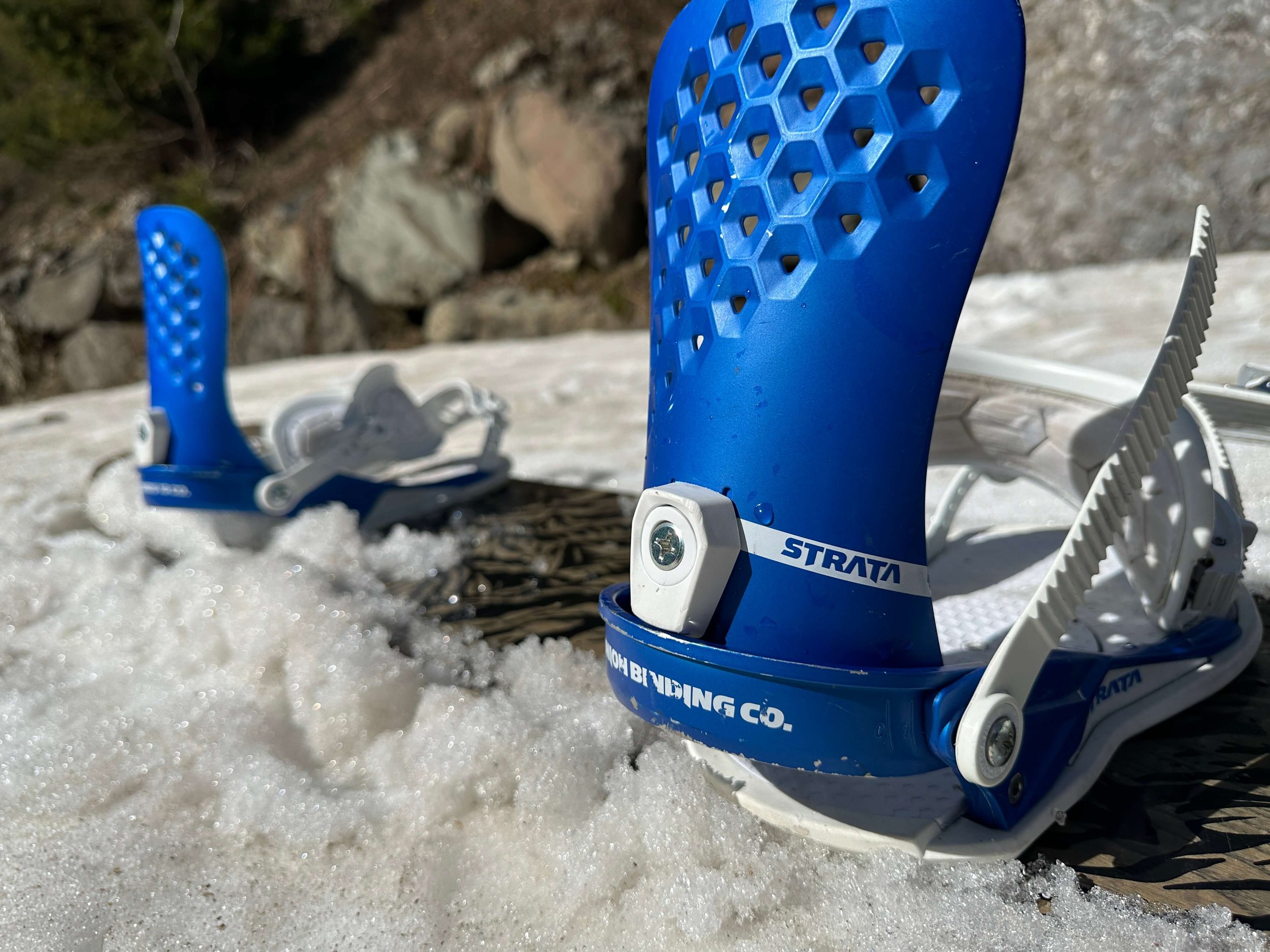
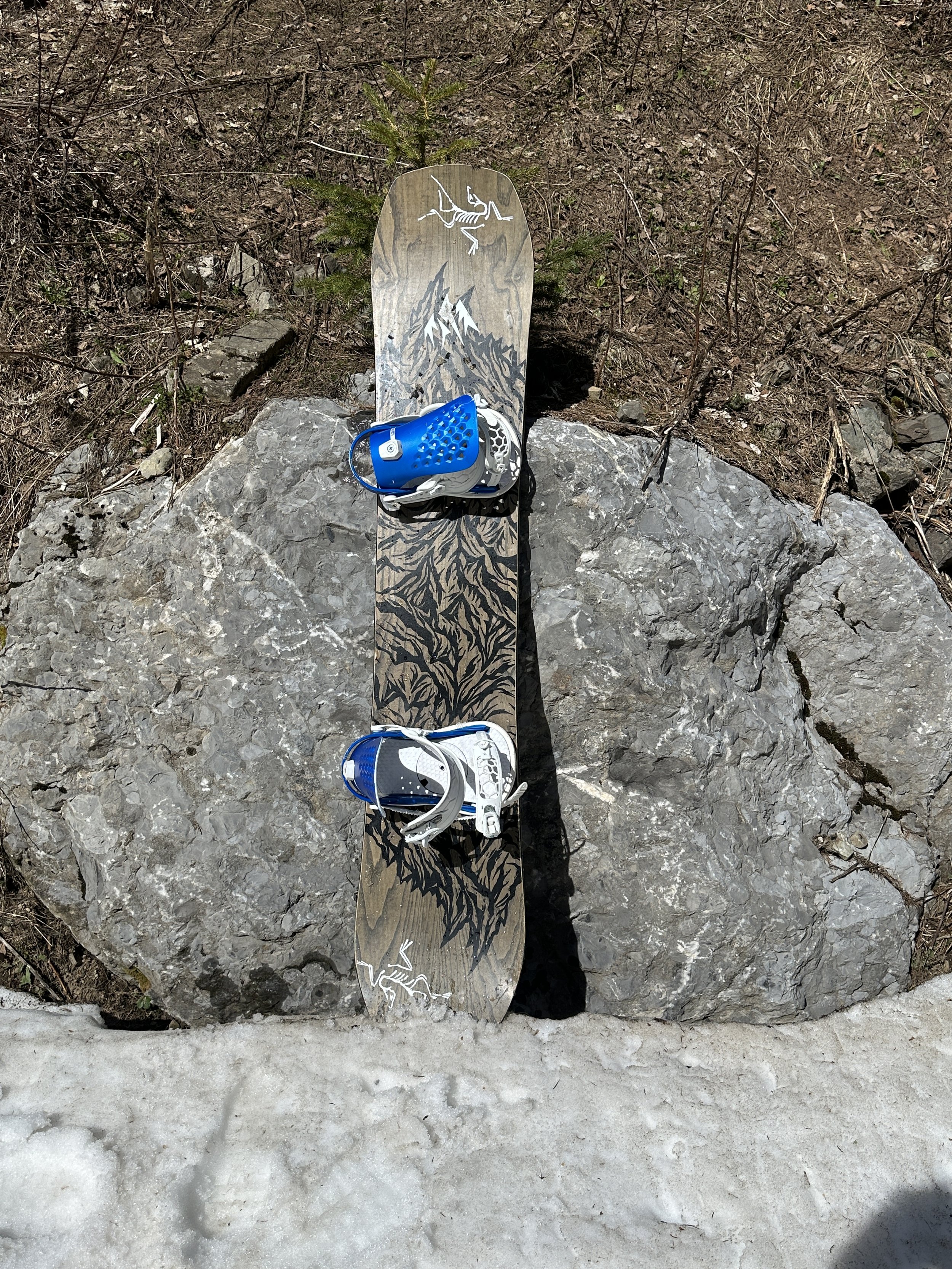
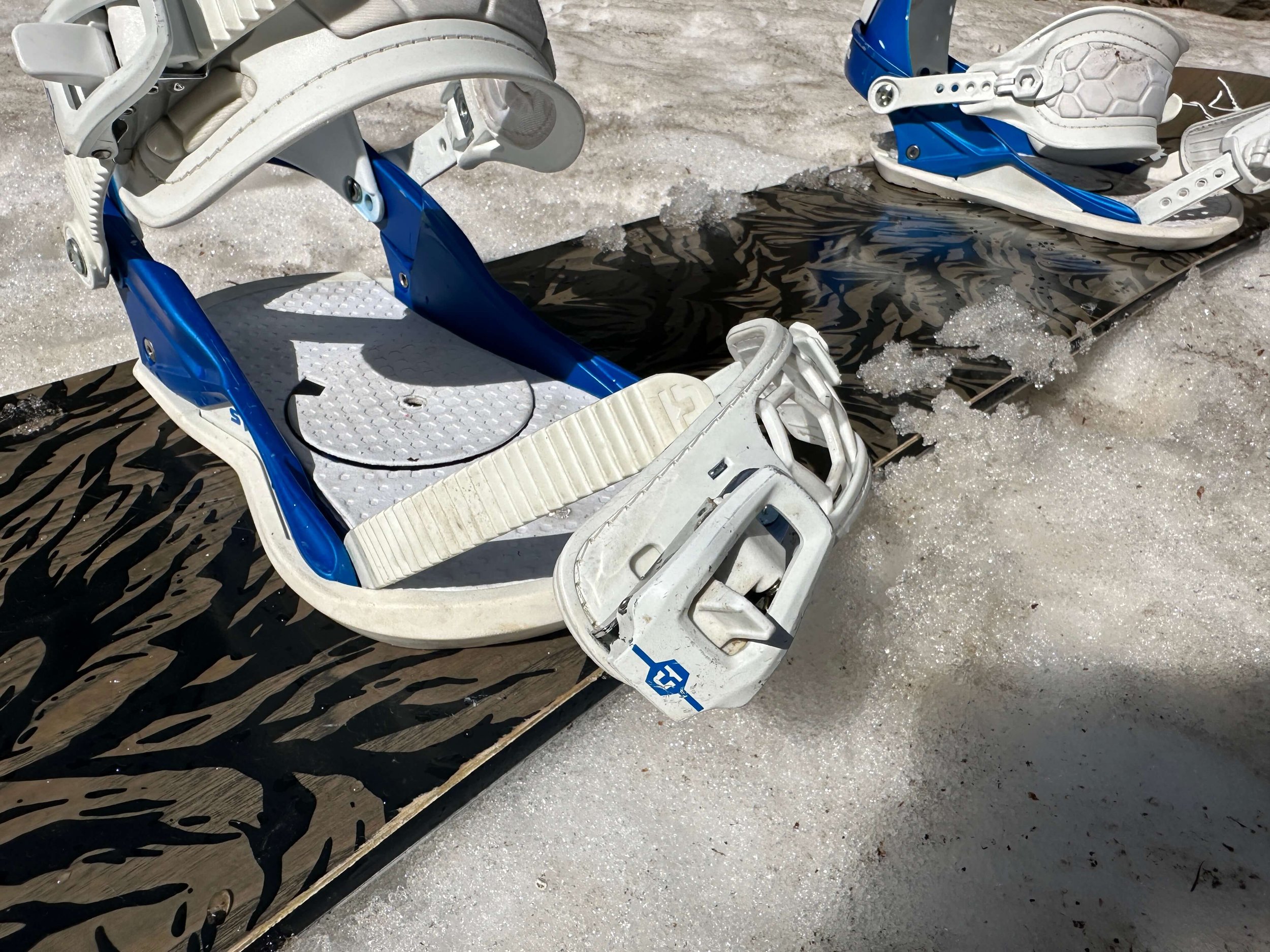
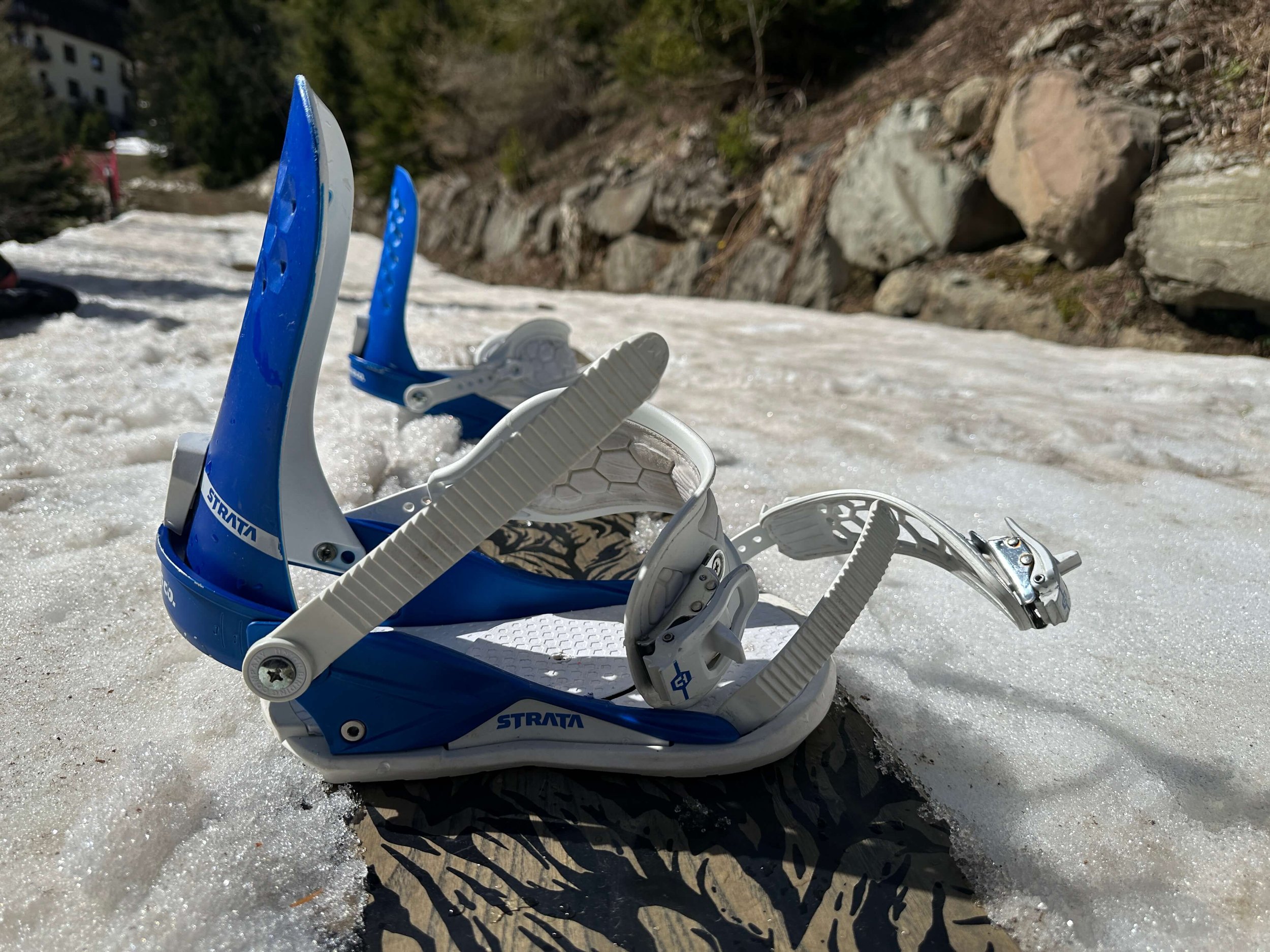

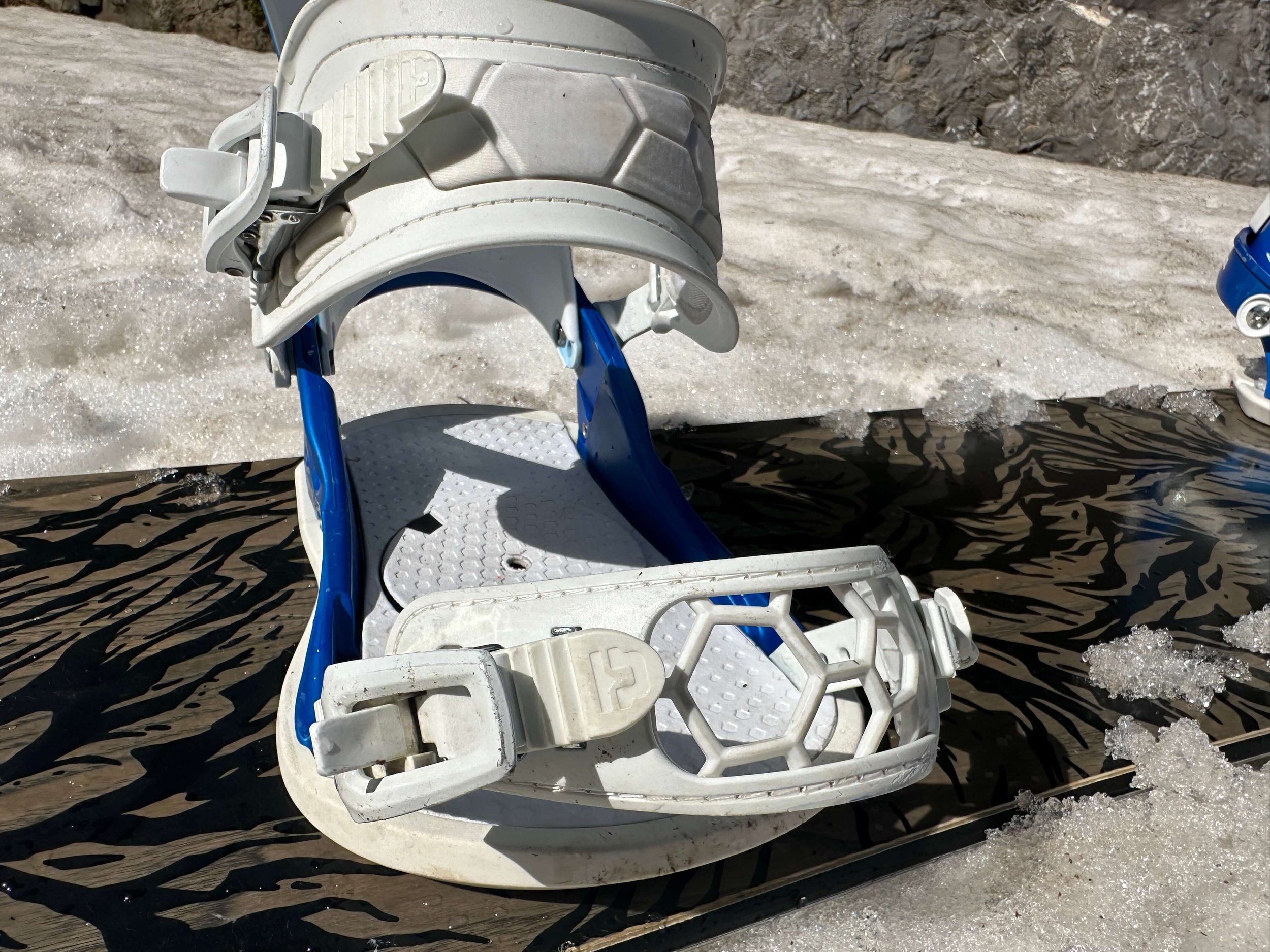
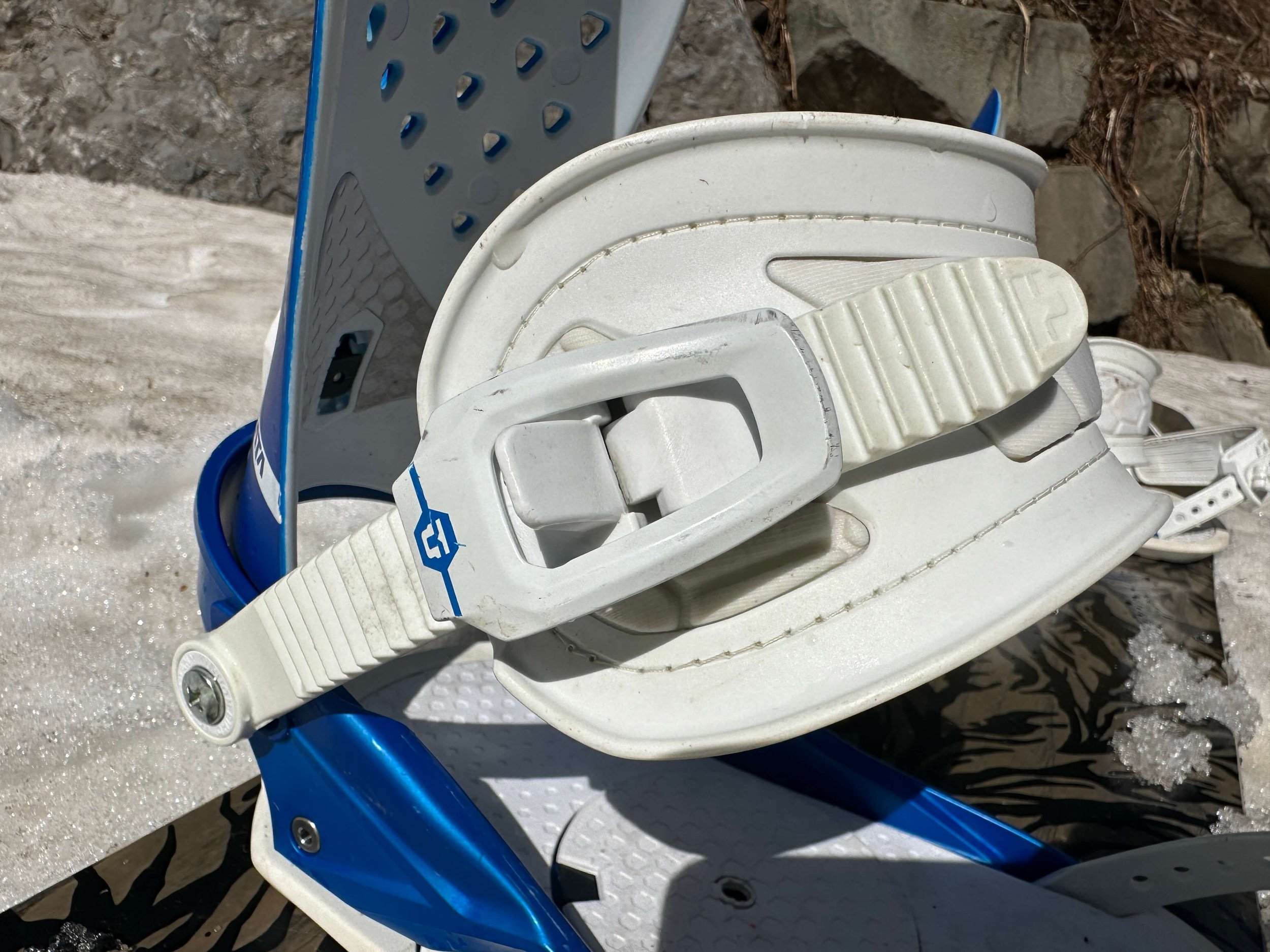
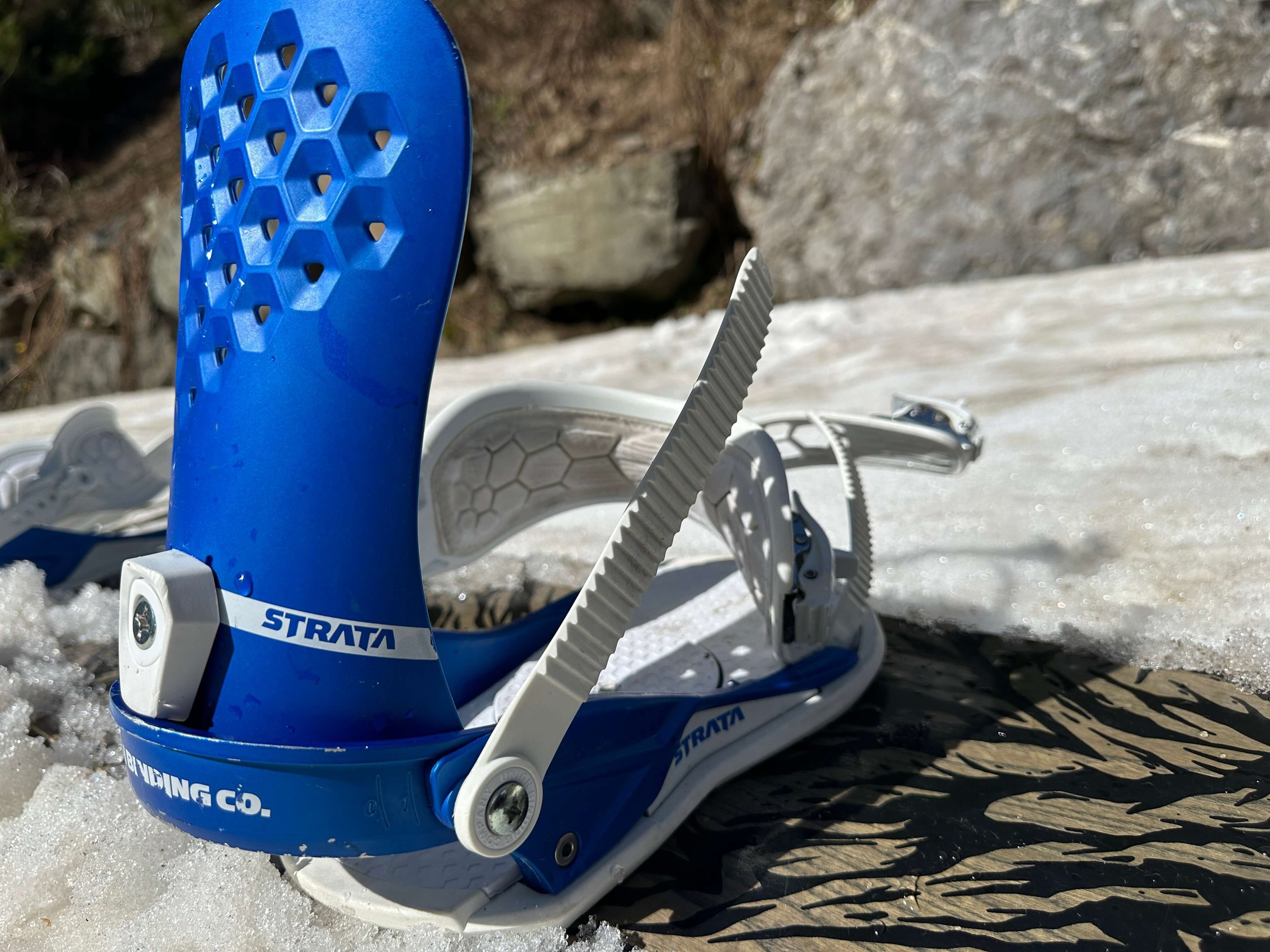
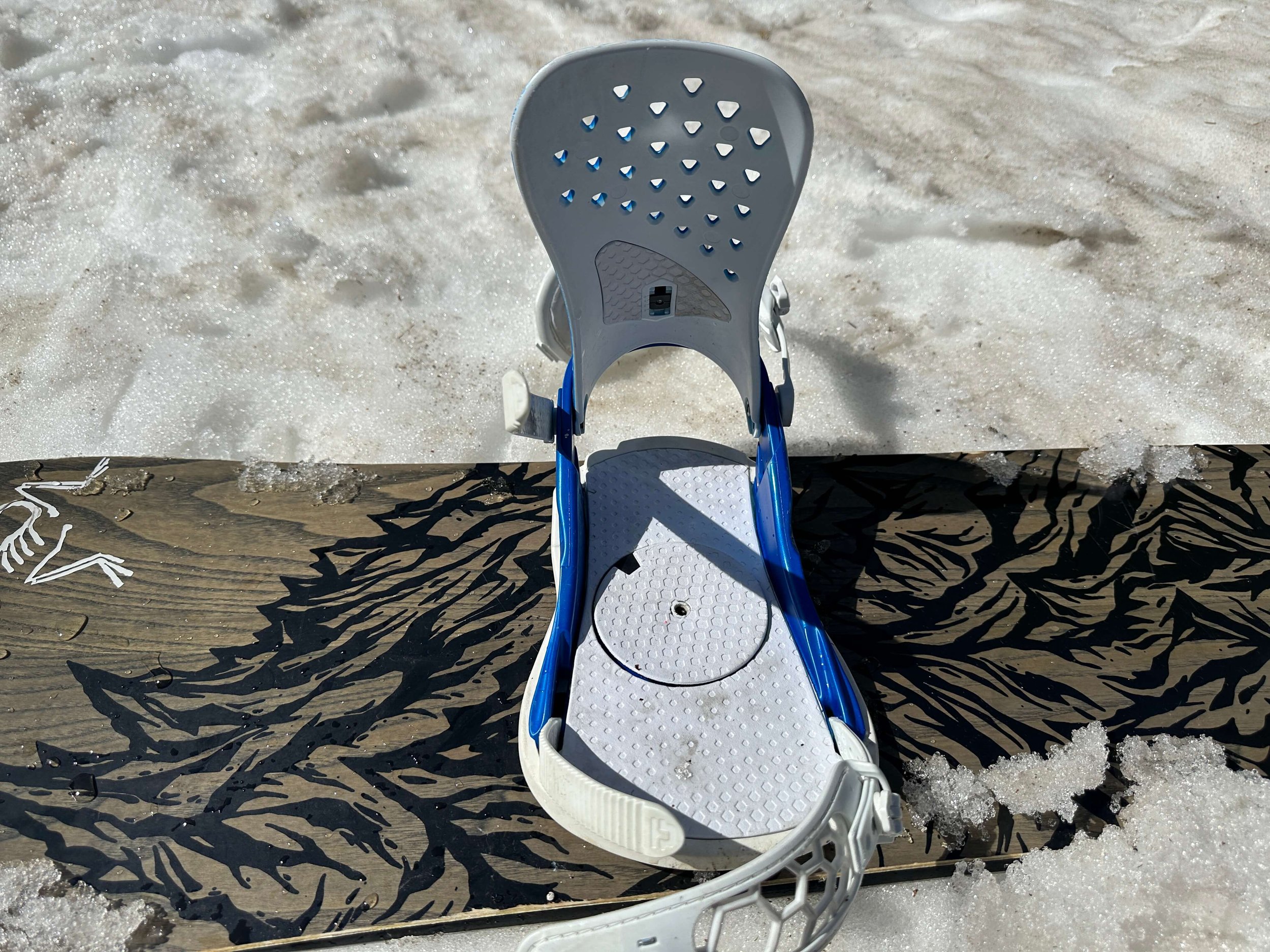
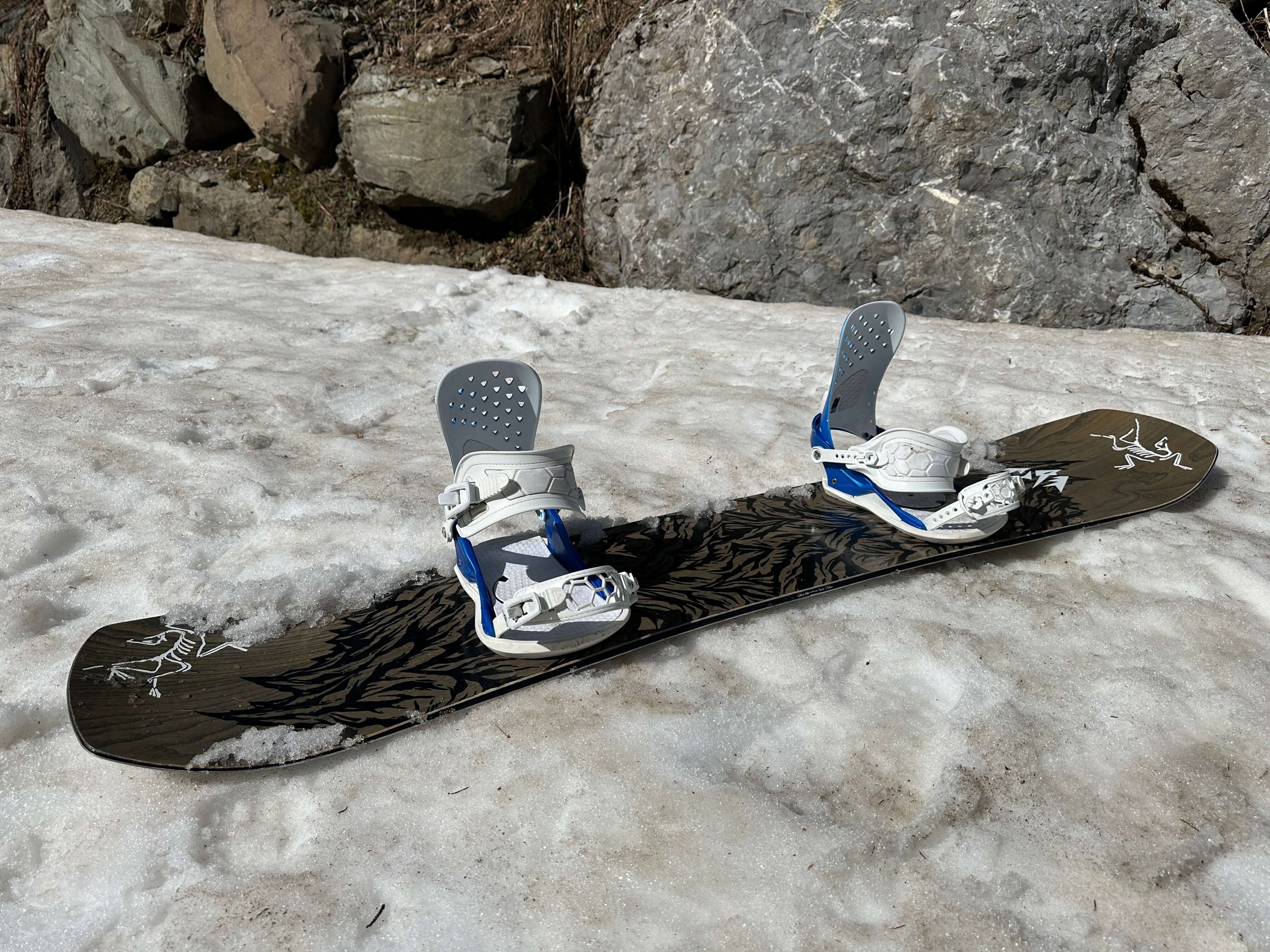
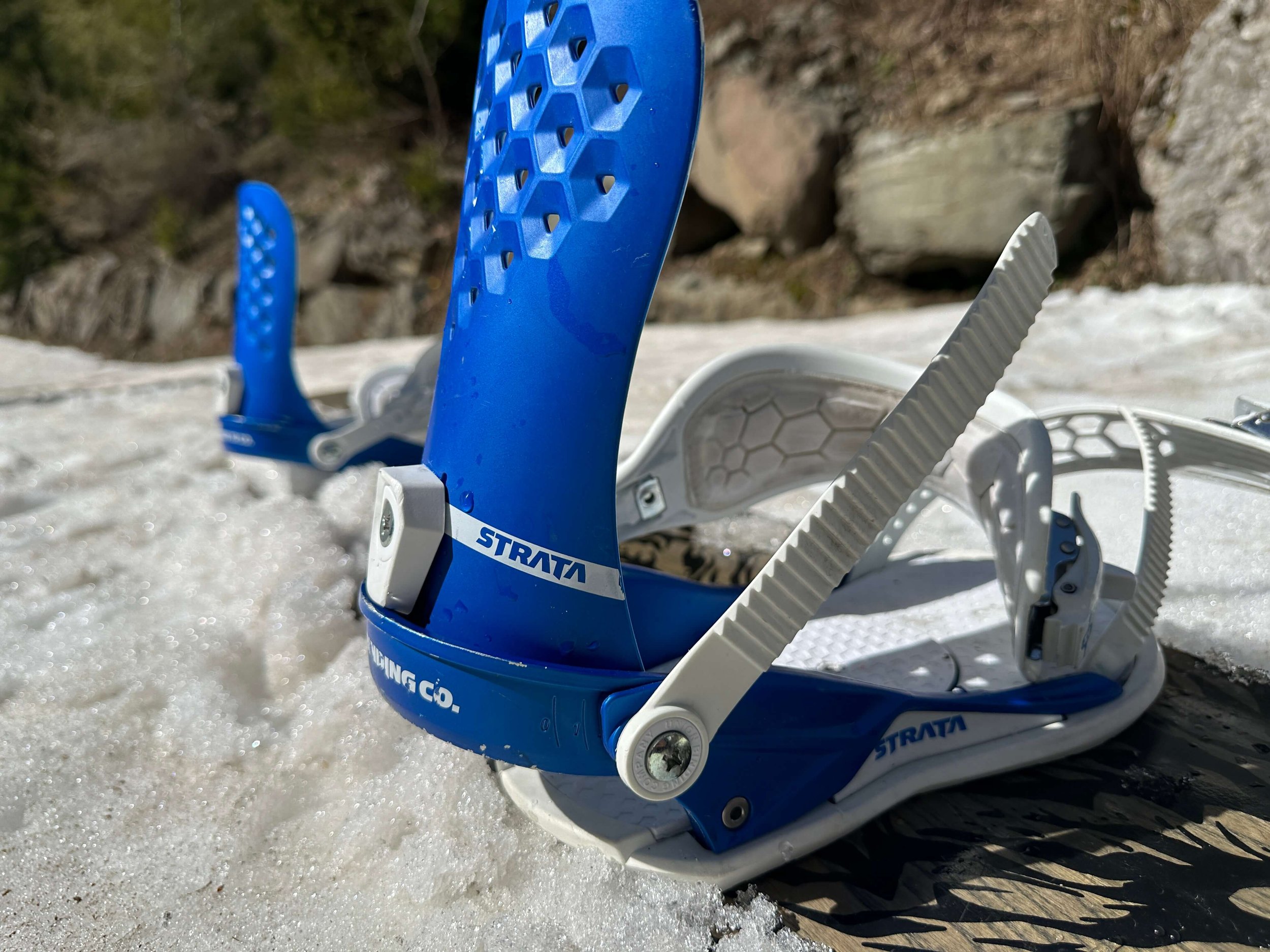
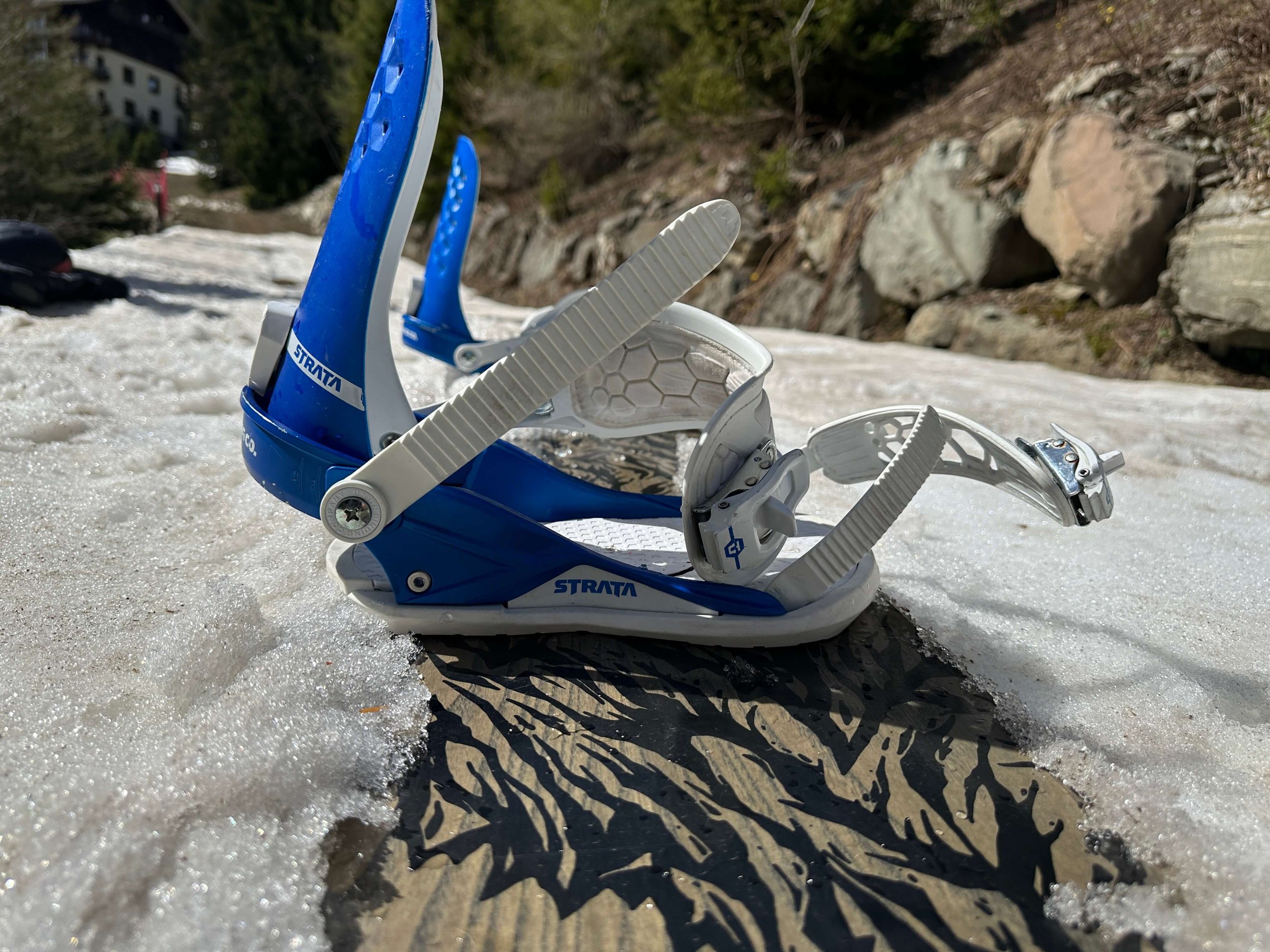
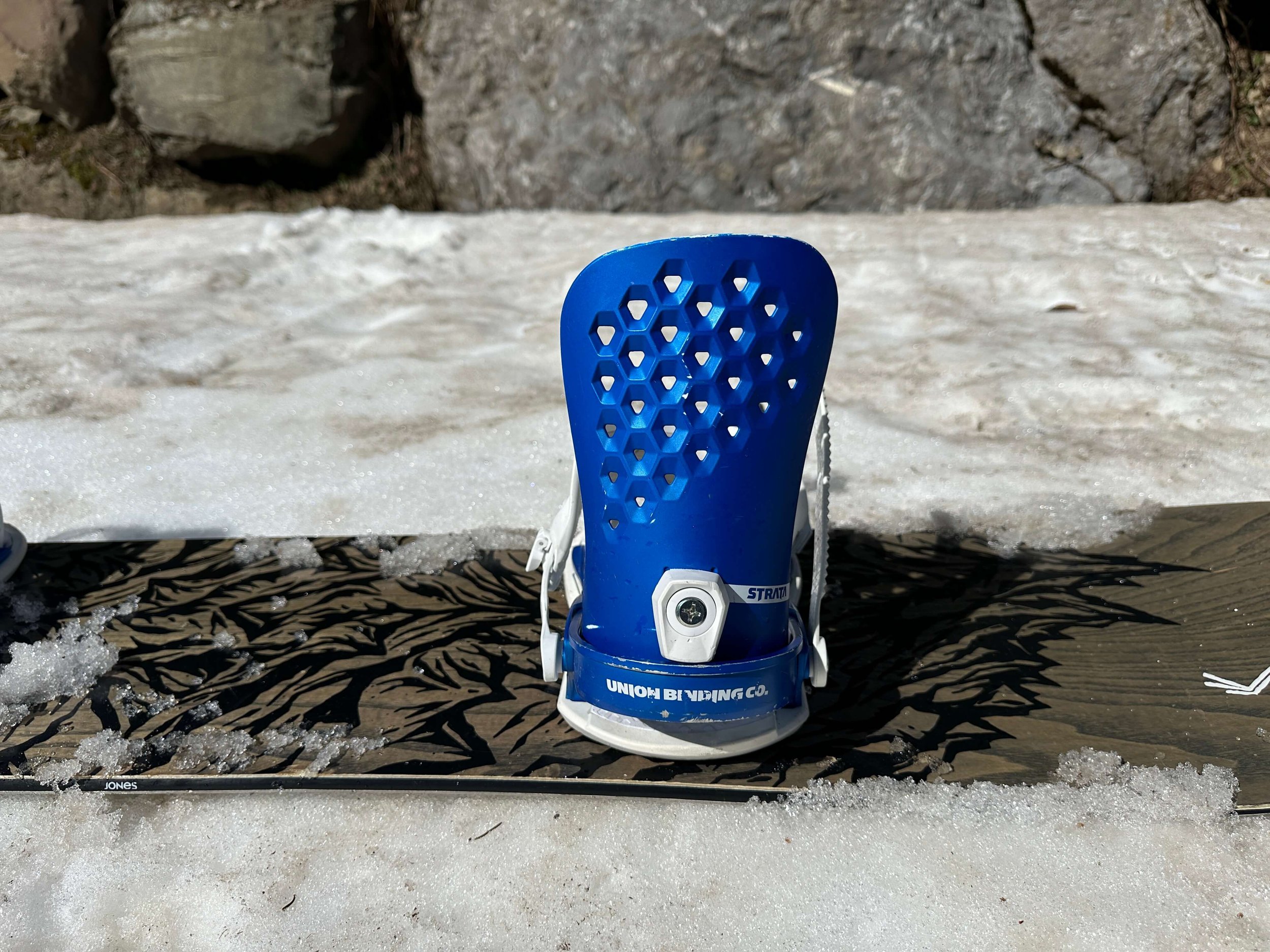
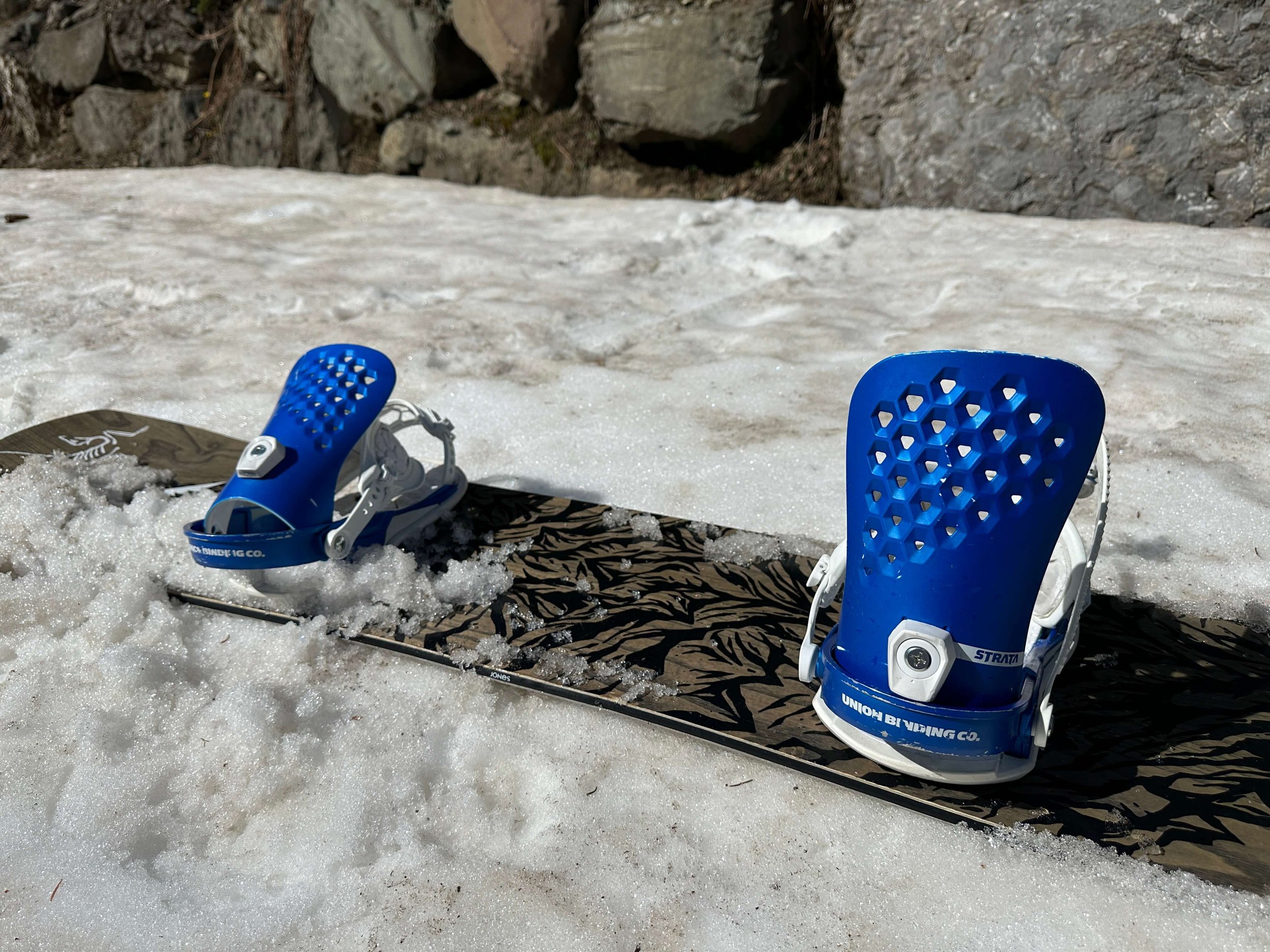
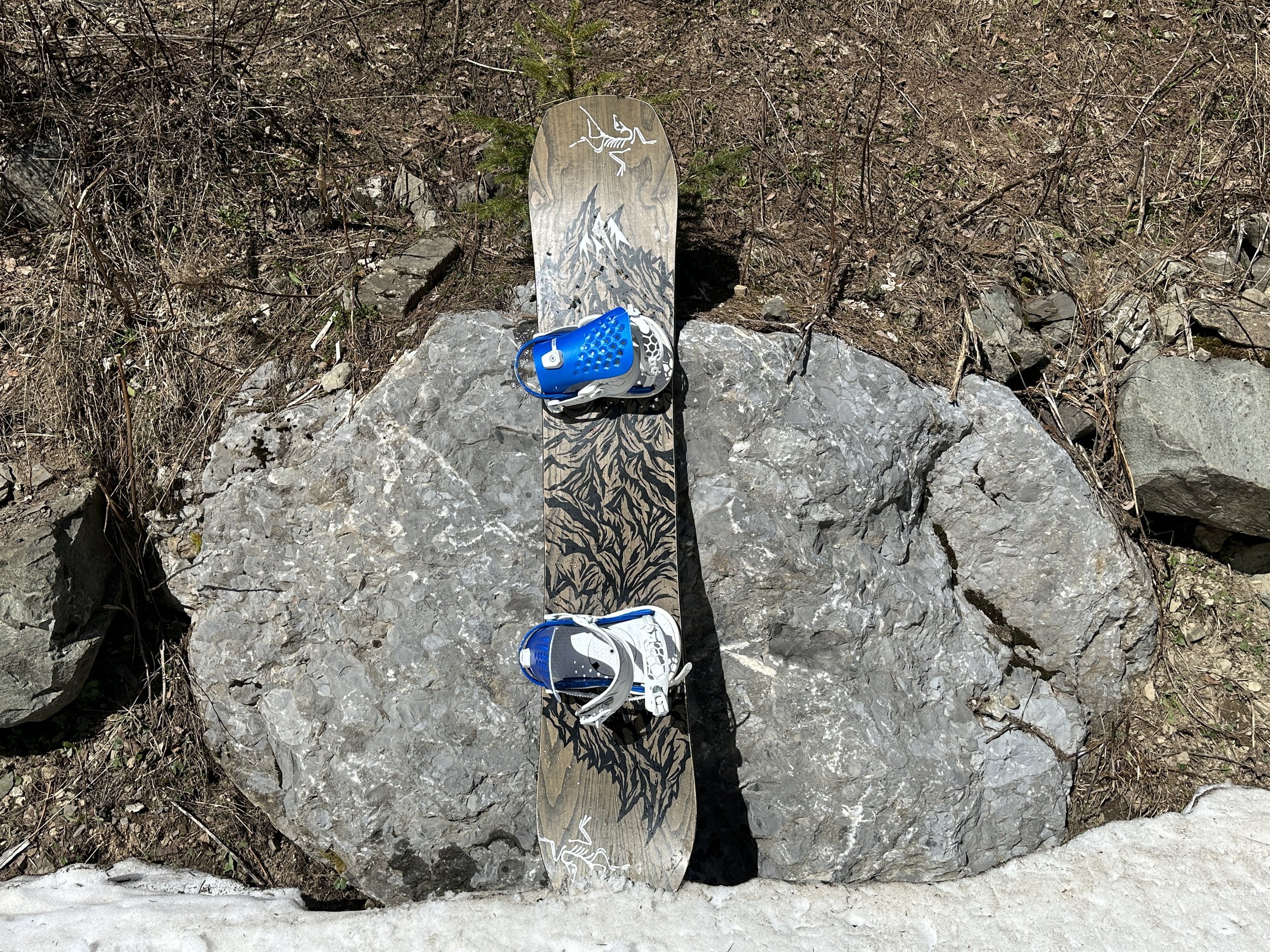
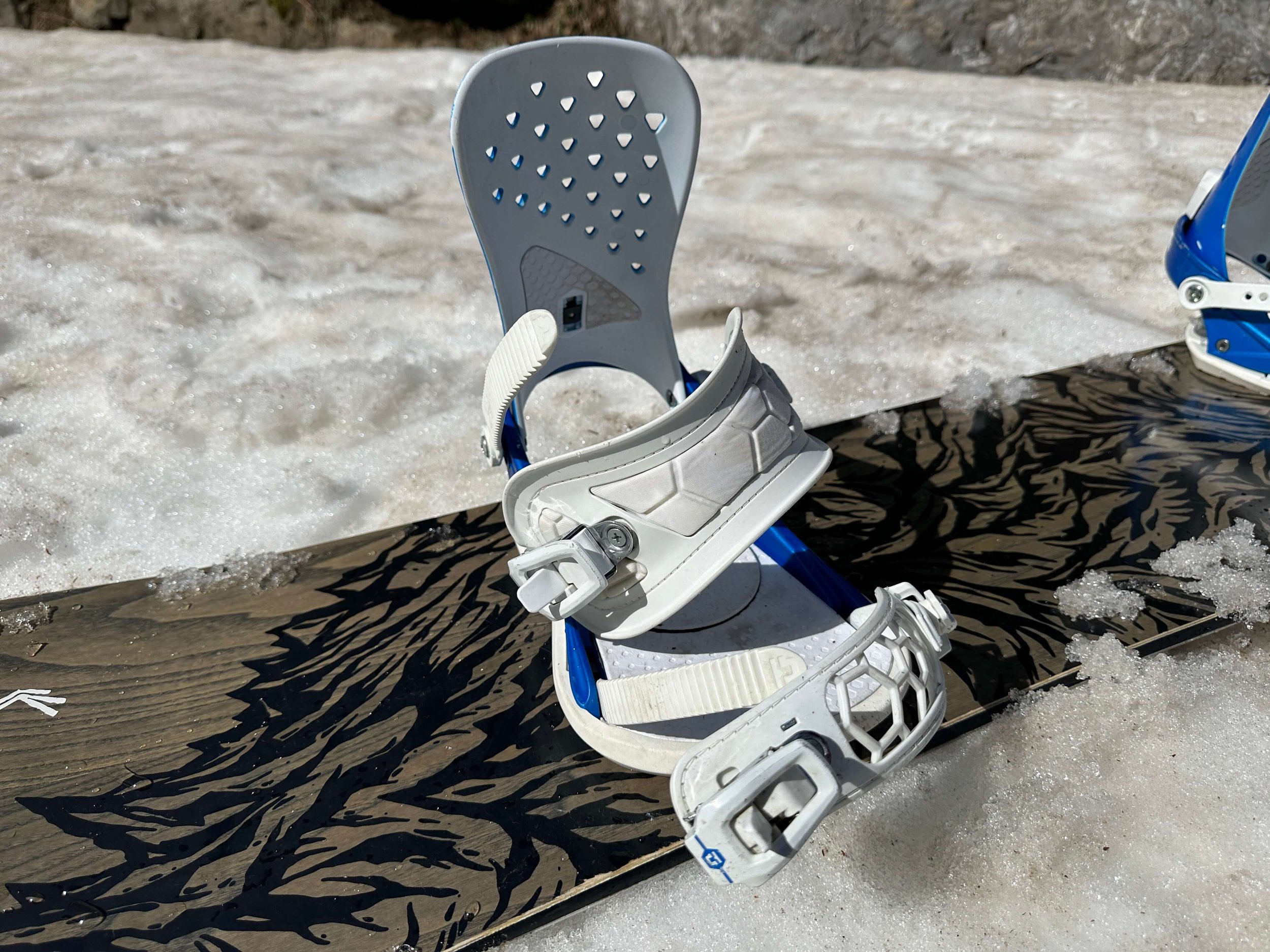
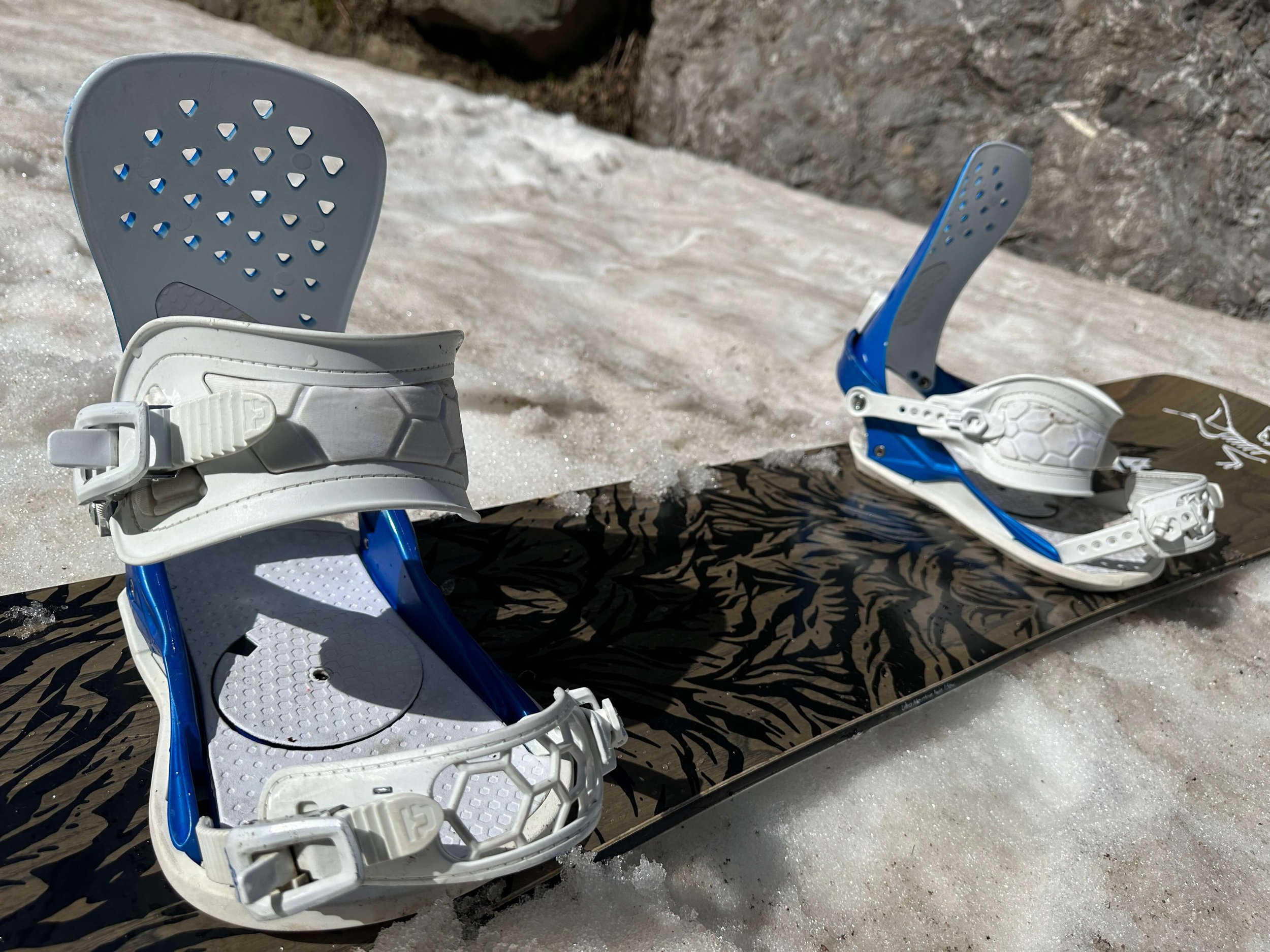
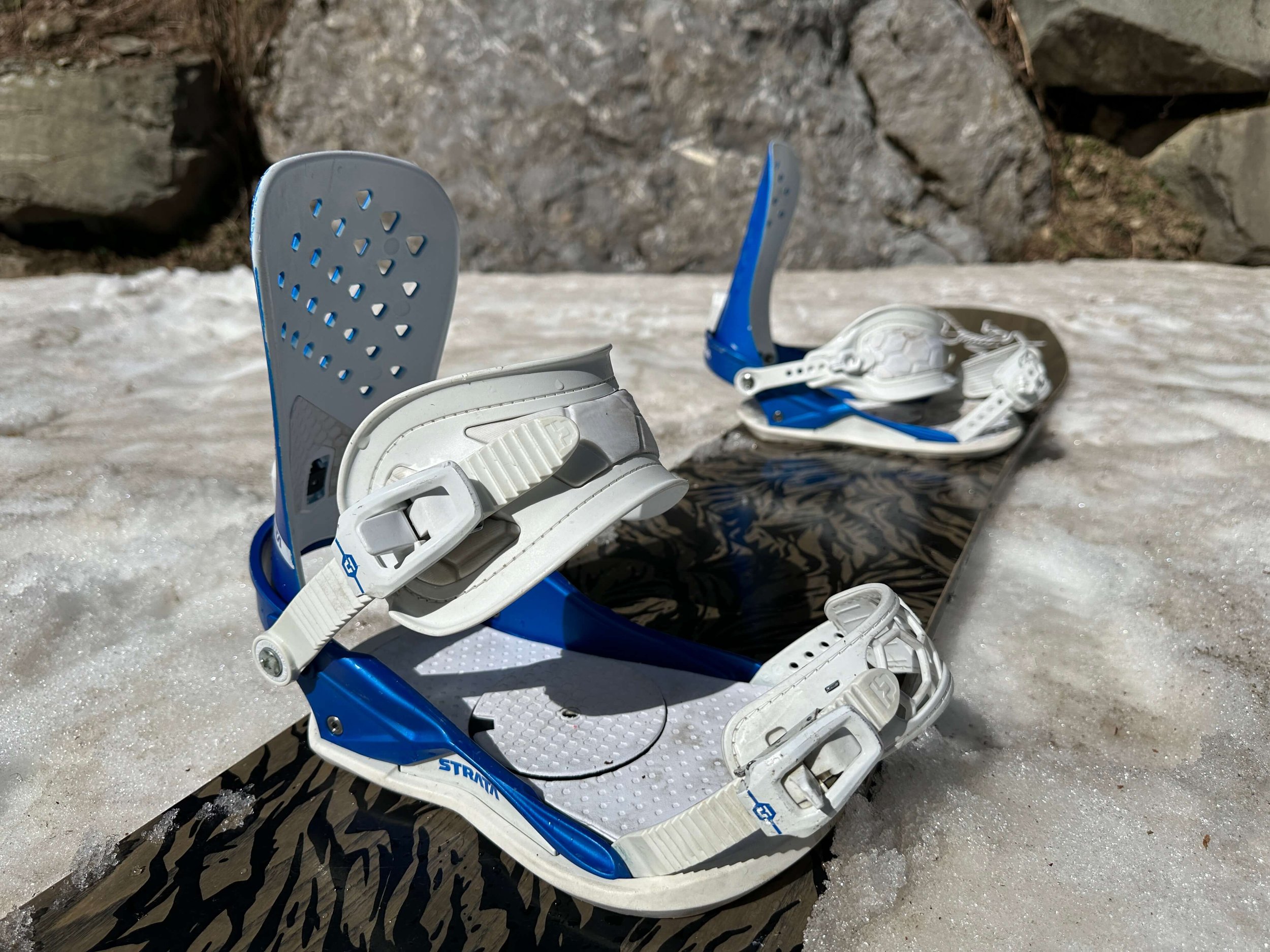
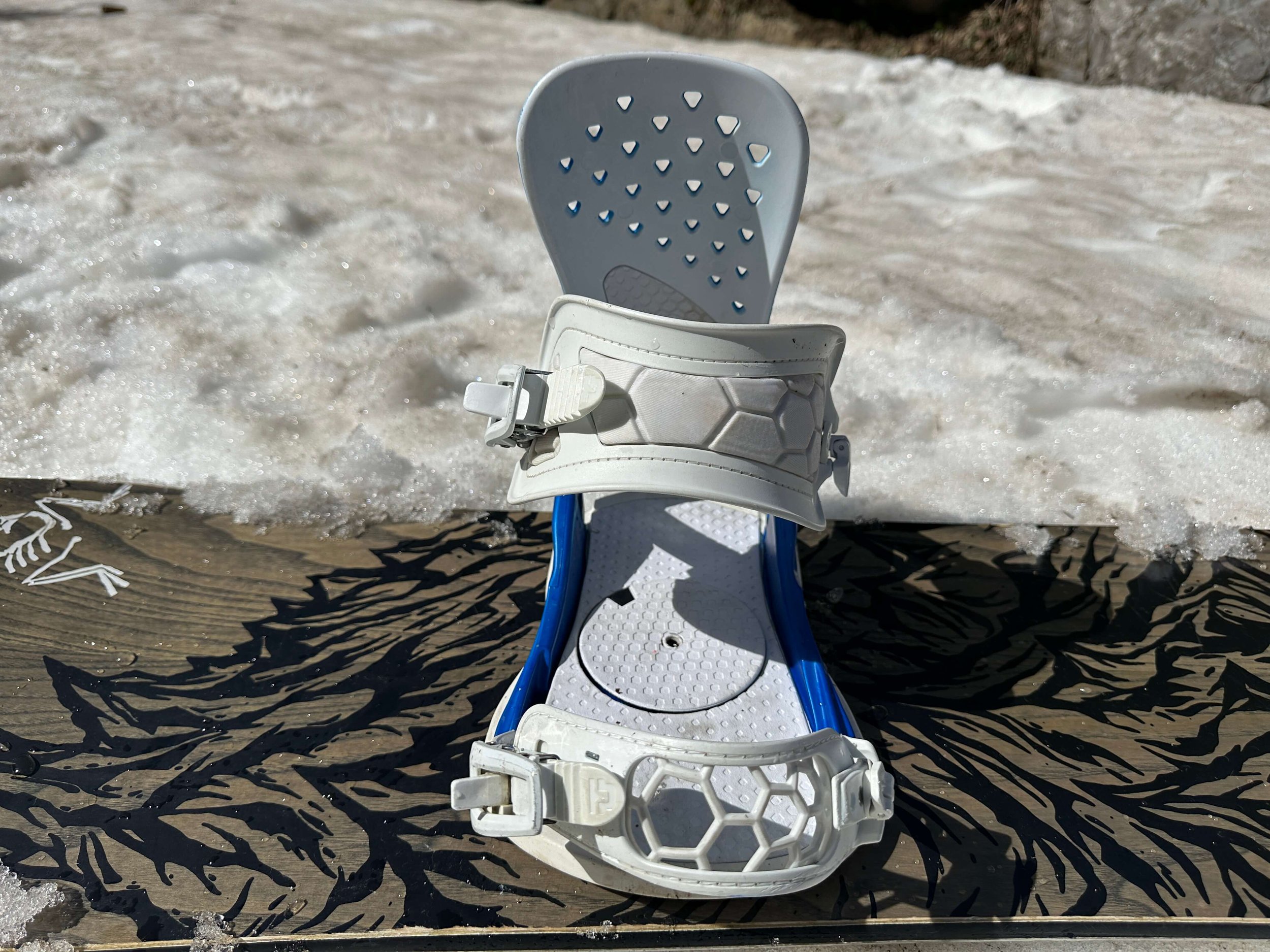
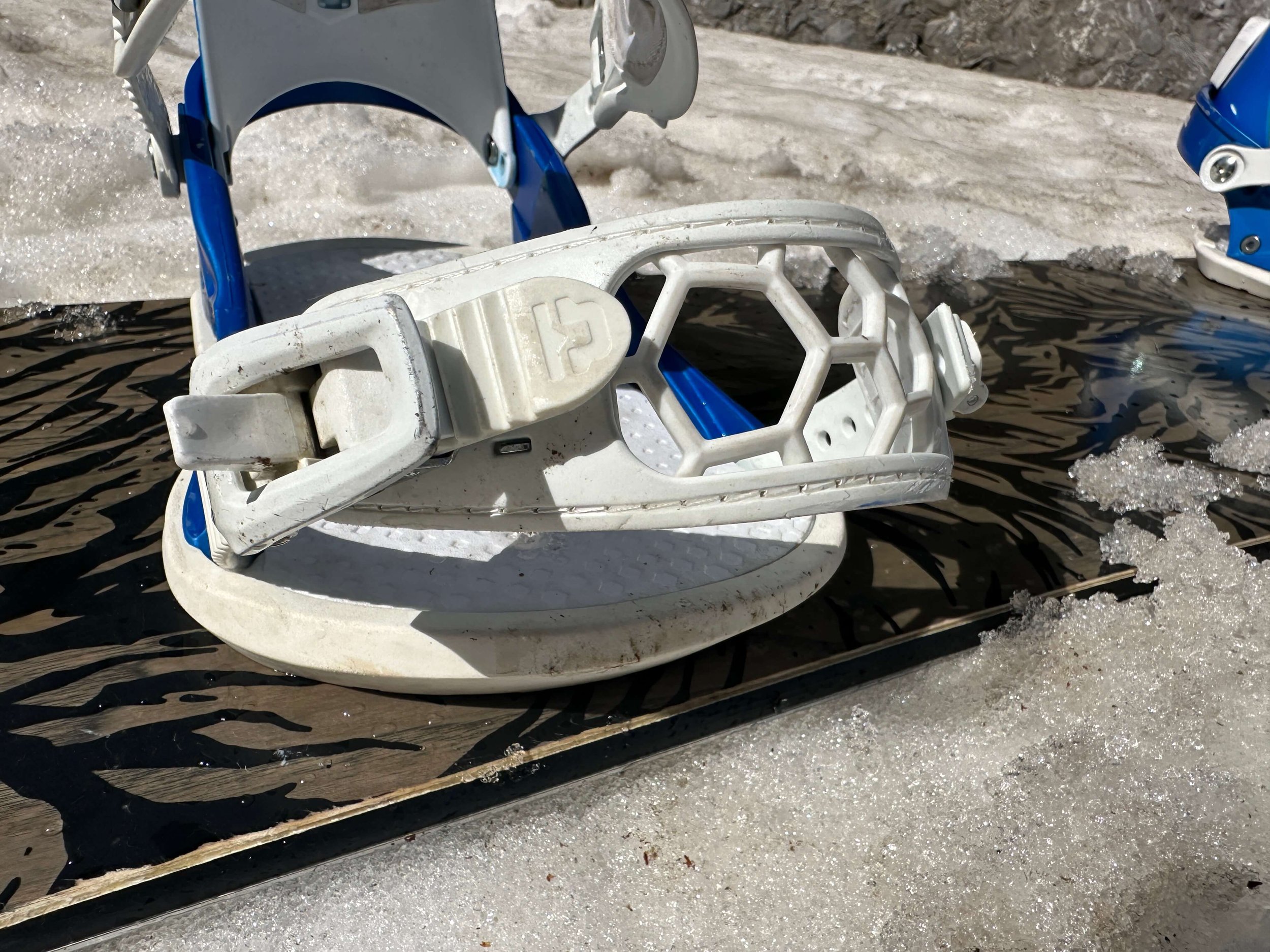
STYLE
The Strata snowboard bindings from Union are an all-mountain binding with a freestyle feel. These are not the stiffest binding but neither are they wishy washy, the Union Strata is capable of exploring everywhere. Both videos below were filmed whilst wearing the Union Strata Bindings, from park to pow they deliver.
COST
The Union Strata snowboard binding has a RRP of £240 in the UK which sits it in the moderately priced category. The Union Strata is £70 cheaper than the popular Union Atlas and £170 cheaper than the Union Atlas Pro. When you factor in that the Union Strata is regularly available in the sales for closer to £160/£170 they represent great value.
COMFORT
The comfort of the Union Strata snowboard bindings is fantastic. I love the straps and how they hug your boots in a secure but not straight jacket way. The straps have some give/flex which means you don’t get any pressure points across the boot. Similarly, the high-back doesn’t bite the back of your boots so comfort has never been an issue for me in these.
Union Strata Comfort
The footbed is cushioned and adds some great shock absorbtion to these bindings further adding to the comfort of riding the Union Strata bindings.
FLEX
Union rates the Strata as a medium flex 6/10 and I’d say this feels true. The Strata highback feels firm for a freestyle-inspired binding but this also helps its all-mountain appeal.
DURABILITY
Long gone are the days of losing ankle straps on Union Bindings with any issues regarding the screws well and truly resolved. The Union Strata snowboard bindings have stood the test of time.
The baseplate and highback are in great condition with only the expected scratches from multiple seasons of use. The straps are dirty but function like day one. My only issue has been one buckle that recently had started to stick when unlocking. I tightened a screw and this issue was resolved.
Union Strata Bindings
STRAPS
To me the straps on a snowboard binding rate highly as to whether I am going to get along with the binding as a whole. A good easy to use strap with smooth buckles makes all the difference for a day on snow. The Union Strata has this smooth transition out of the binding with the quick release buckles and they are equally smooth to lock in. The Union Strata toe strap is one of my favourites across different bindings with the webbing really wrapping around your boots and pulling the boot back into the binding.
FINAL THOUGHTS
The Union Strata bindings have been a fantastic addition to my gear room and I never worry about them when out on the hill. The Union Strata will take you anywhere on the mountain and ultimately that’s what I am looking for in a snowboard binding. These Union bindings are comfortable and have lasted the test of time. A win for me.
SUPPORT FUTURE CONTENT
If you found this post useful then consider supporting future content by purchasing through the Amazon Link below or using this link to Buy me A Coffee
Hestra Heli Ski Glove Reviews | Hestra Gloves
For the harshest weather and the deepest storms, the Hestra Heli Gloves will keep you warm and dry lap after lap.
The Hestra Heli Ski Gloves are part of the Alpine Pro range which is the Swedish company’s attempt at delivering products that will stand up to the test in the harshest environments. To give them their full name, the Hestra Army Leather Heli Ski Gloves are an all-time classic. These gloves are the go-to for many ski instructors, mountain guides and all-out powder enthusiasts.
If you are looking for an under-the-cuff alternative to the Heli Ski Gloves, consider the Hestra Fall Line Mittens or Fall Line Gloves.
Hestra Heli Gloves Powder Protection
This review is my opinion of the Hestra Heli Ski Gloves which were purchased with my own money and have been worn on rotation since 2017. If you find it useful consider purchasing your pair through the affiliate links in the post to support the website and future content.
ABOUT ME
Before jumping into the full review it is worth noting the following information about me as a snowboarder. I tend to run warm, I have a tendency on all but the coldest days to remove gloves frequently due to overheating and feeling warm. This may skew my thoughts on these gloves warmth.
WHAT HESTRA SAY
Hestra's best-known ski glove is a modern classic with well-thought-out functionality. A long model suitable for those seeking powder snow and who need a warm, reliable comrade on the mountain. Removeable liner makes it easy to adapt to different temperatures and activity levels.
JUDGEMENT
The Hestra Heli Ski Mitt is my choice for powder days and when the temperature drops. These gloves are the ultimate barrier to the elements and have kept my hands warm and dry in the most extreme conditions on the mountain.
Below I will provide a more detailed review based on the following categories; Warmth, Dexterity, Waterproofing, Durability, Breathability, and Comfort
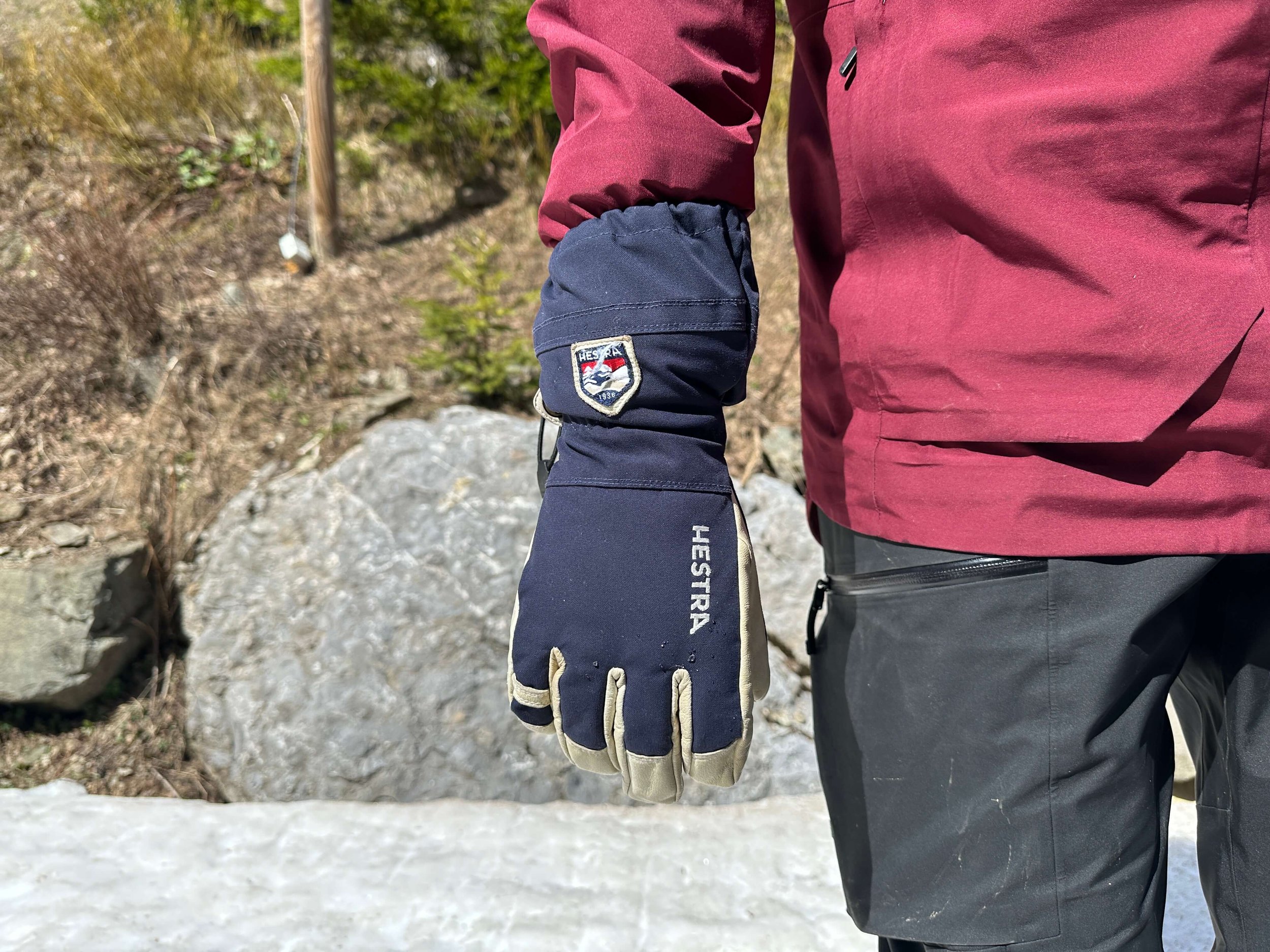
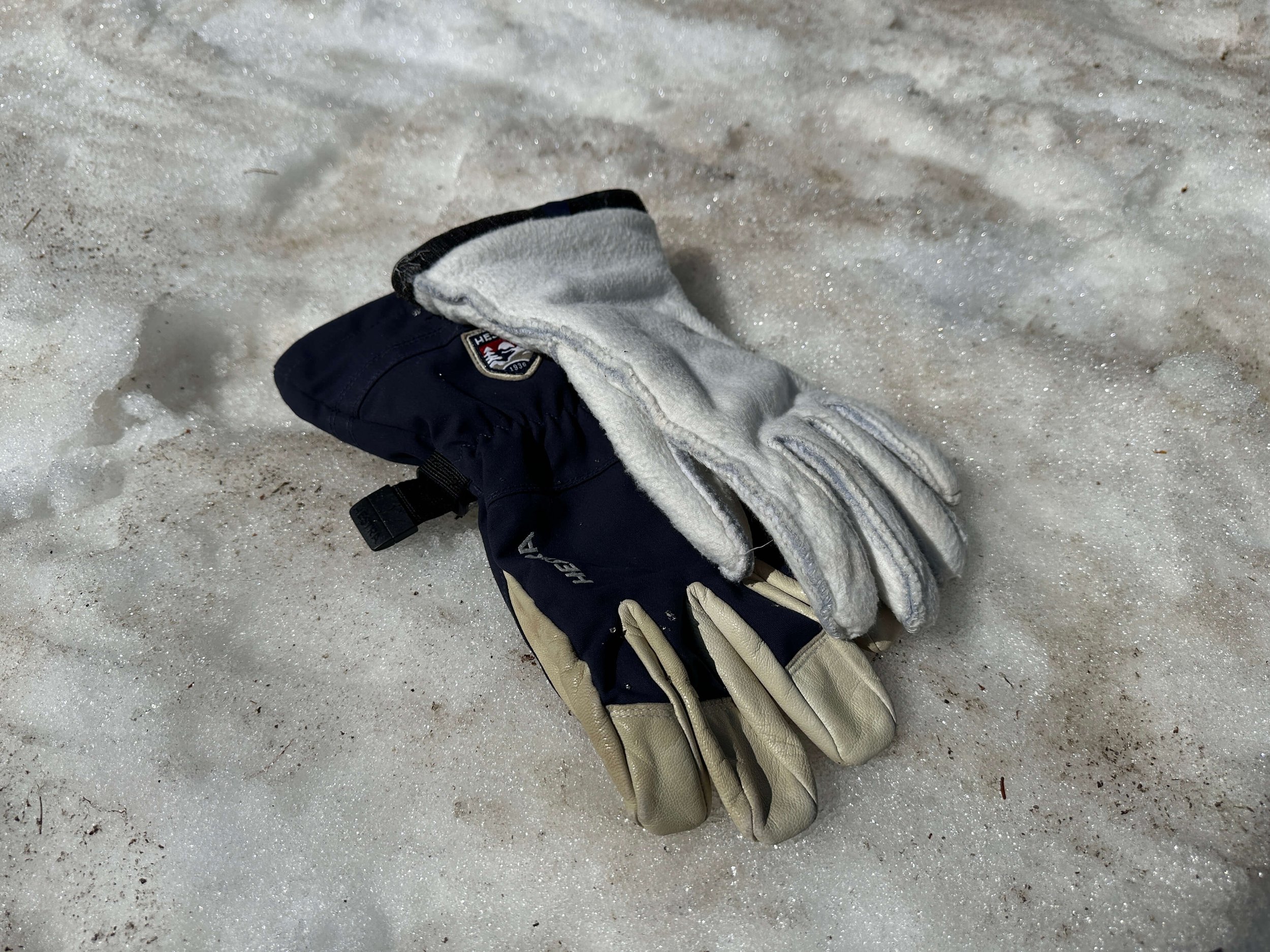
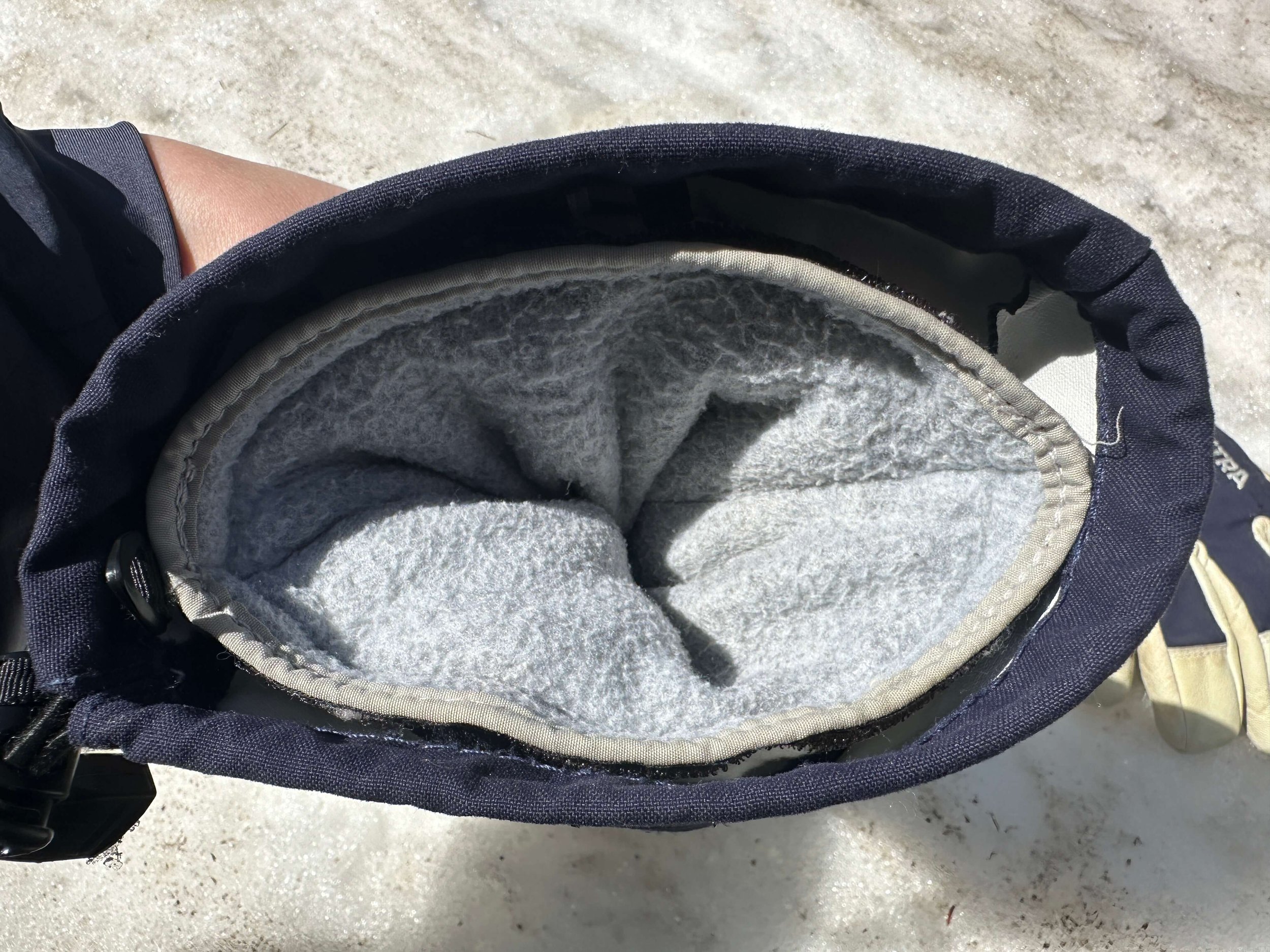
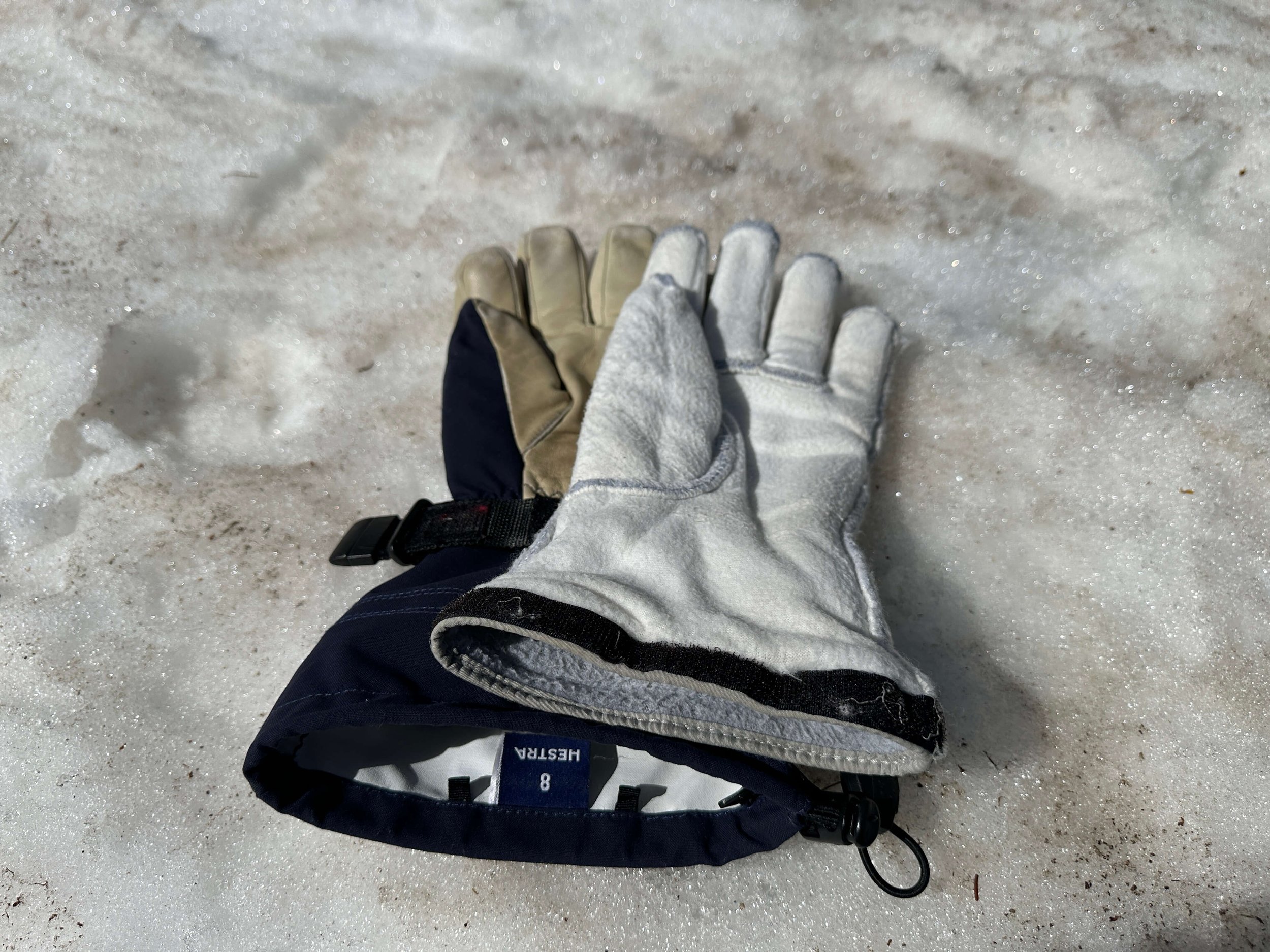
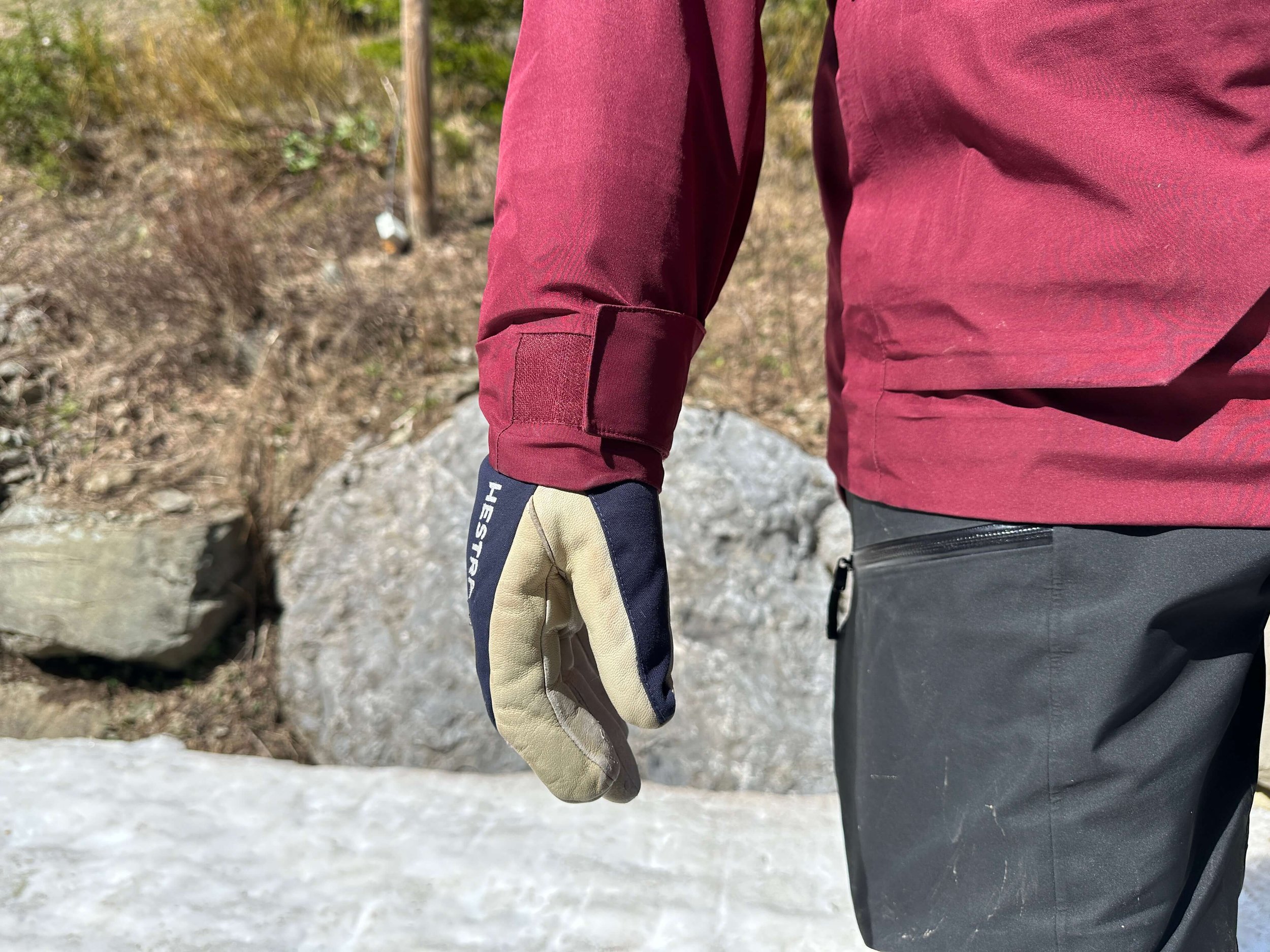
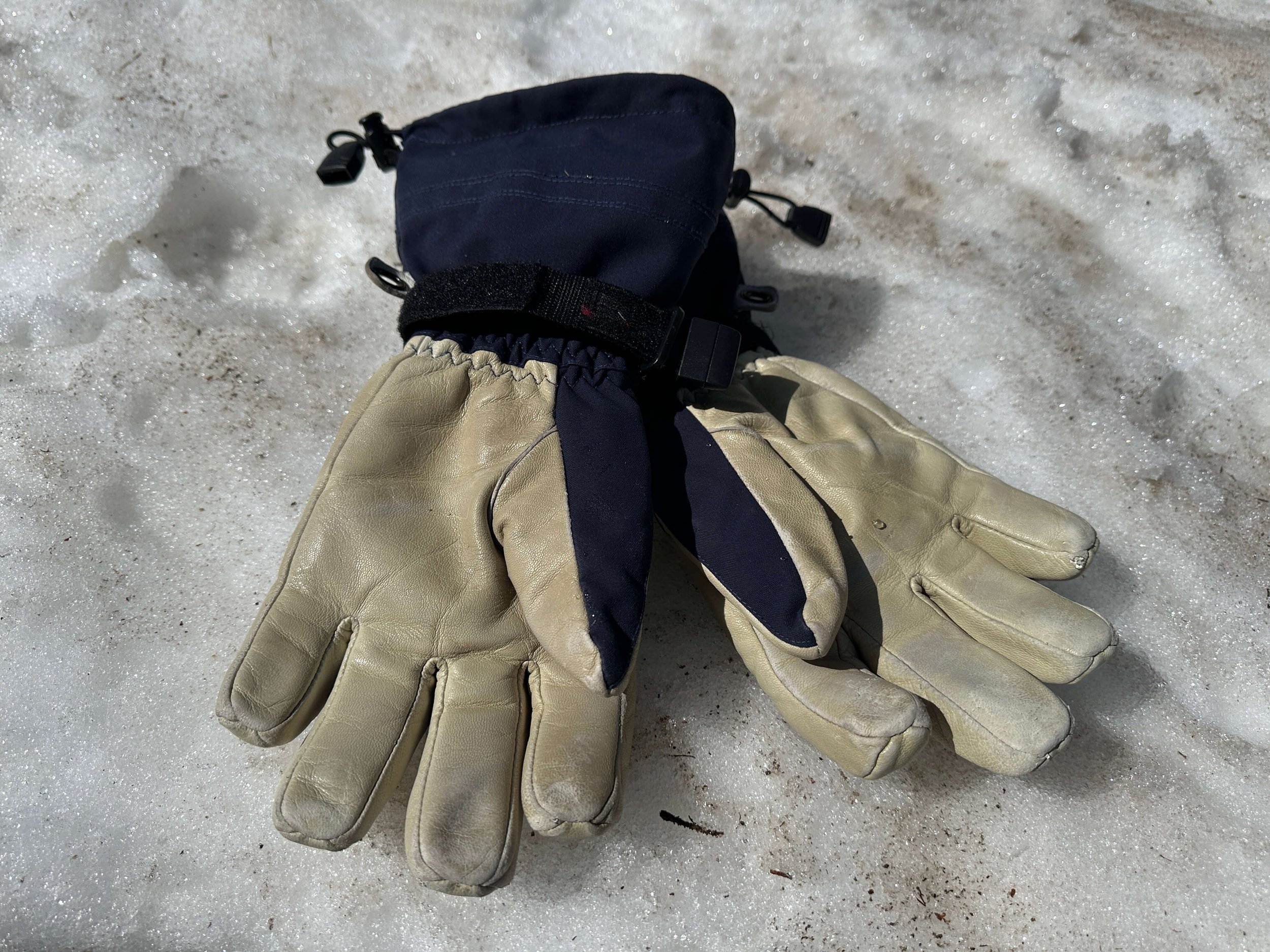
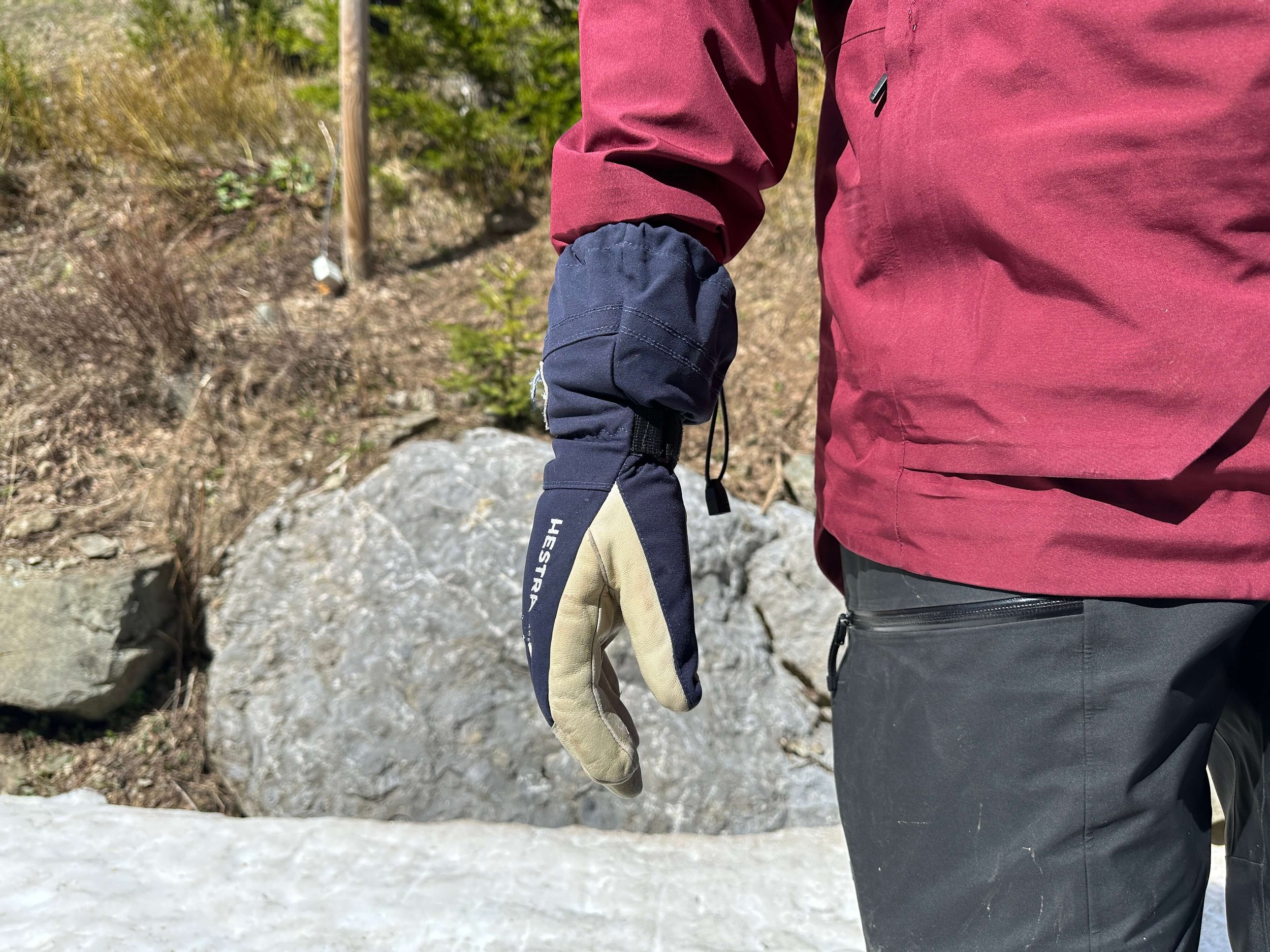
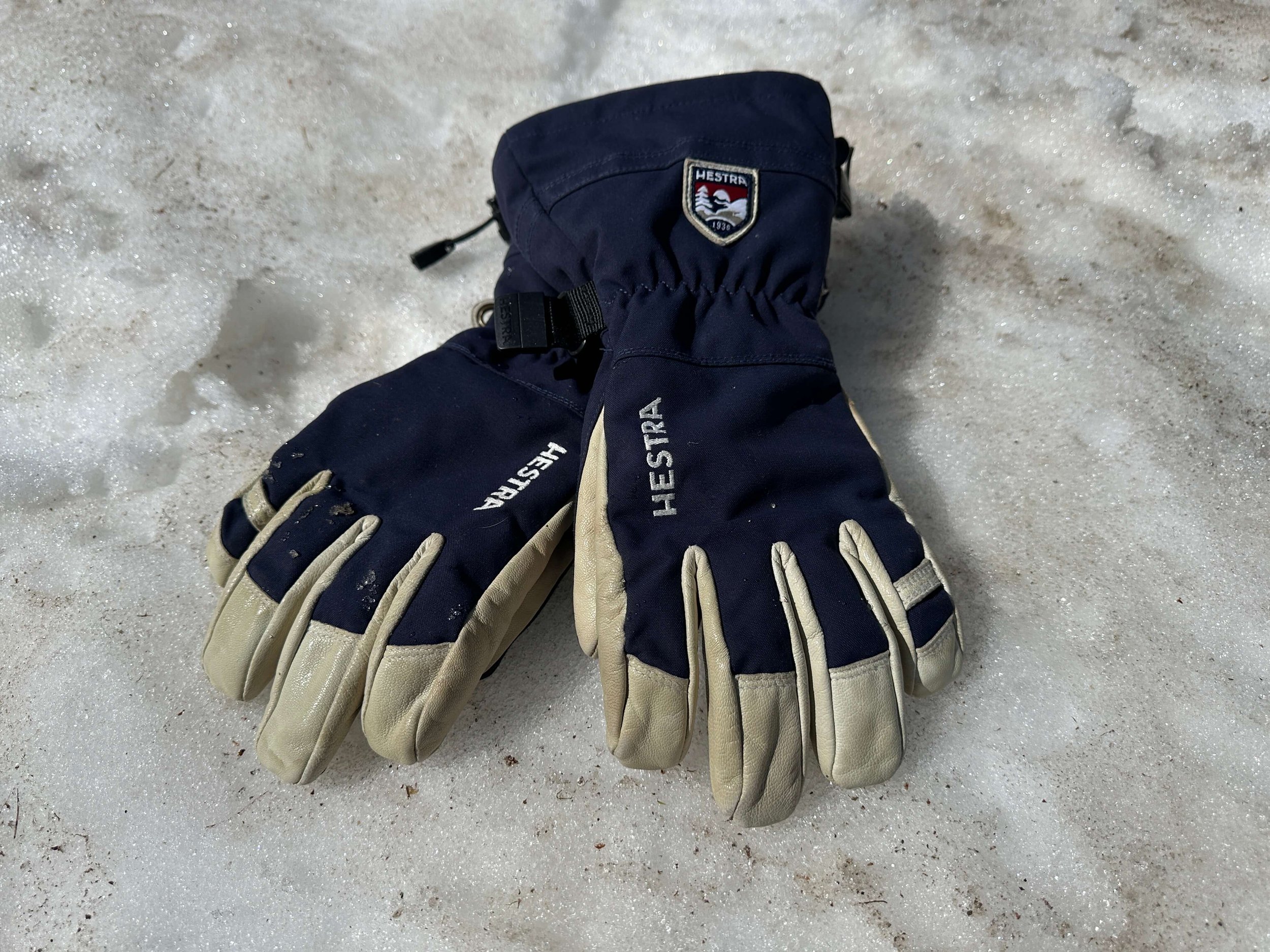
WARMTH
The Hestra Heli Ski Gloves were originally created for ski guides in Western Canada who deal with some of the coldest and most difficult winter conditions a daily basis.
The removable fleece liner is warm and comfortable and has kept my hands warm throughout the coldest days. I love that this warm liner can be removed, and spares can be purchased to keep a spare in your backpack to change out on those wetter days.
The Hestra Heli Glove is my only choice when I know it is going to be a cold day out in the ski resort and that’s why I rate it 5 stars for warmth.
DEXTERITY
Dexterity is an important factor for me when choosing gloves to snowboard in as I need to operate a camera and tighten bindings (preferably without removing my gloves). I have no issues using the Hestra Army Leather Heli Ski for either of these requirements. These gloves are fine for the daily tasks of zipping pockets and jackets.
That being said, the Hestra Heli Ski Gloves have a thick liner which means these gloves are not as dexterous as other models… therefore 4/5.
COMFORT
The fleece liner on the Hestra Heli Ski Glove make it an incredibly comfortable glove to wear, the fleece is soft and warm against the skin so no complaints from me.
The wrist strap allows you to secure the glove in place meaning they do not slide about which also adds to the comfort factor.
Hestra Heli Ski Glove Wrist Gaitor
Finally, with the Hestra Heli Ski Gloves being having a long write gaitor you can be sure to keep the elements out ensuring all day comfort even on the stormiest of days.
WATERPROOFING
To ensure waterproofing remains at maximum performance Hestra leather gloves will require maintenance over time. If treated using the Hestra Leather Balm or an alternative you will see good waterproof performance. As these are not a daily driver for me I have applied the leather balm at the start of each season and this has ensured good waterproofing performance.
As with all leather gloves, you will need to ensure maintenance to keep the glove waterproof over time. Using Hestra leather balm or an alternative will keep the gloves performing their best throughout the season.
BREATHABILITY
The Hestra Heli Ski Gloves have a 3-layer fabric which sits on the backhand of the glove. The front and palm are made from goat’s leather. Both the 3-layer fabric and goat’s leather offer breathability however the warmth of the glove can make these sweaty on temperatures above freezing.
Pro Tip: On the warmer days remove the liner and just wear the shell as a cooler waterproof/wind barrier.
DURABILITY
The goat’s leather palms on the Hestra Army Leather Heli Ski Gloves is extremely durable. I purchased these gloves in 2017 and they are still going strong. Yes, they are no longer my daily driver but they once were. If you look after these gloves and maintain them with the leather balm they will last.
Hestra Heli Gloves Powder Day
FINAL THOUGHTS
These gloves from Hestra are at the premium end of the market and the outlay may put many off purchasing them. However when you consider the longevity of the gloves and how many seasons they will last with proper care then the outlay for the quality seems negligible.
The Hestra Heli Ski Glove will always have a place in my snowboard bag.
SUPPORT FUTURE CONTENT
If you found this post useful then consider supporting future content by purchasing through the Amazon Link below or using this link to Buy me A Coffee
Hestra Fall Line Mittens Reviews | Hestra Leather Mitts
Durable, warm and the perfect companion for most days on the mountain.
The Hestra Fall Line Mittens are part of the Alpine Pro range which is the Swedish company’s attempt at delivering products that will stand up to the test in the harshest environments. These gloves first came to my attention when working as an instructor and noticing most of my colleagues had a pair of either the Fall Line Mittens or Fall Line Gloves. I had to try them. Years later this post gives an honest review of a glove I never go on a snowboard trip without.
Hestra Fall Line Mitts
This review is my opinion of the Hestra Fall Line Mittens which were purchased with my own money and have been worn on rotation since 2020. If you find it useful consider purchasing your pair through the affiliate links in the post to support the website and future content.
ABOUT ME
Before jumping into the full review it is worth noting the following information about me as a snowboarder. I tend to run warm, I have a tendency on all but the coldest days to remove gloves frequently due to overheating and feeling warm. This may skew my thoughts on these mitten’s warmth.
JUDGEMENT
The Hestra Fall Line Mitt is my go-to mitt for most days on the mountain. I enjoy the comfort and ease of the under-the-cuff design and appreciate the added touches like the finger sleeves on the interior of the mitt. The leather of the mitt is supple enough to ensure comfort but has remained extremely durable over time.
The Hestra Fall Line Mitt has features such as the wrist clip. This ring near the wrist allows you to clip your mitts to your pants or jacket. For me, this has been brilliant for those warmer days when I can clip the mitts to my pants and ride without gloves, but keep them close in case I need them.
Below I will provide a more detailed review based on the following categories; Warmth, Dexterity, Waterproofing, Durability, Breathability, and Comfort
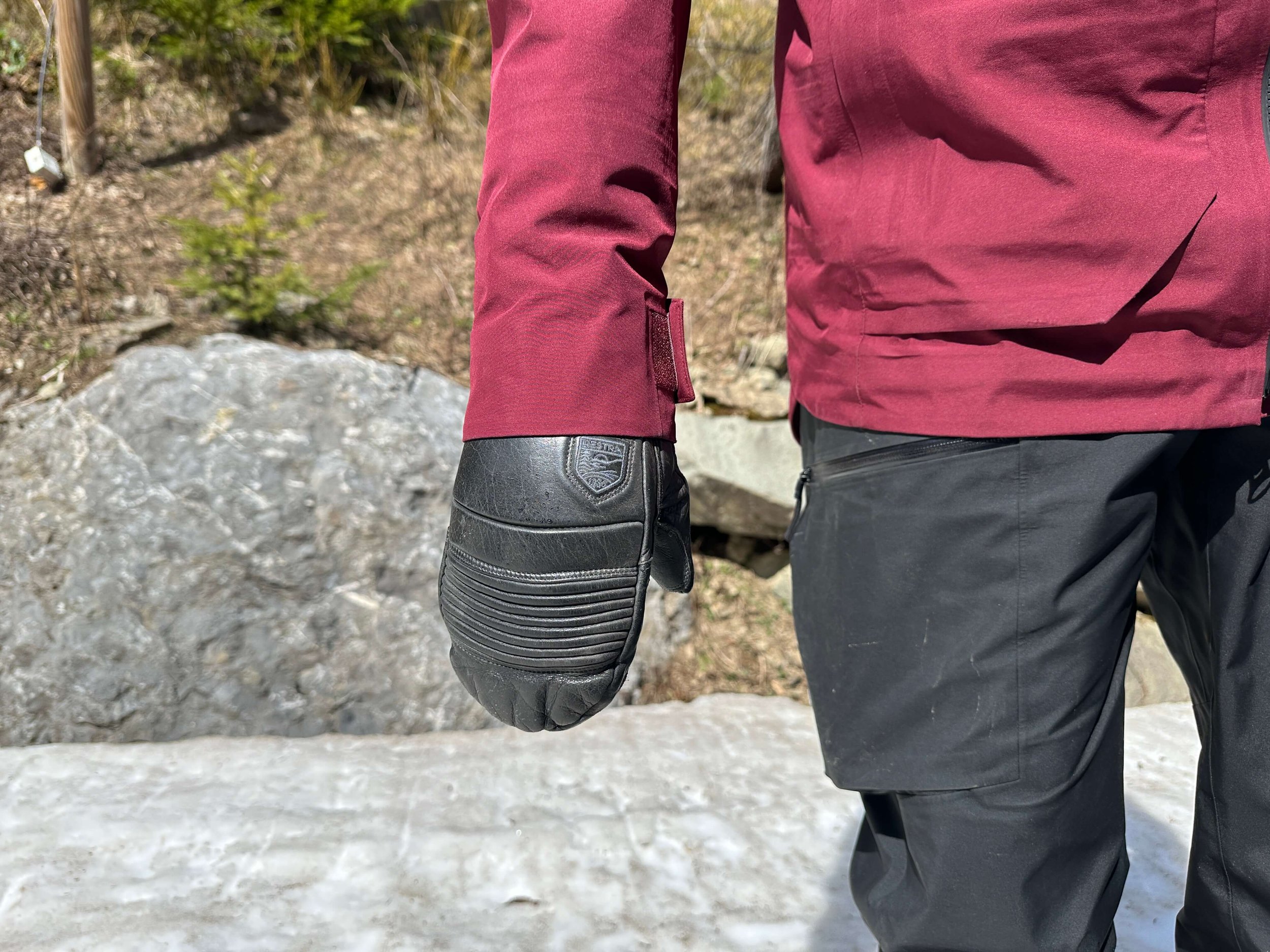

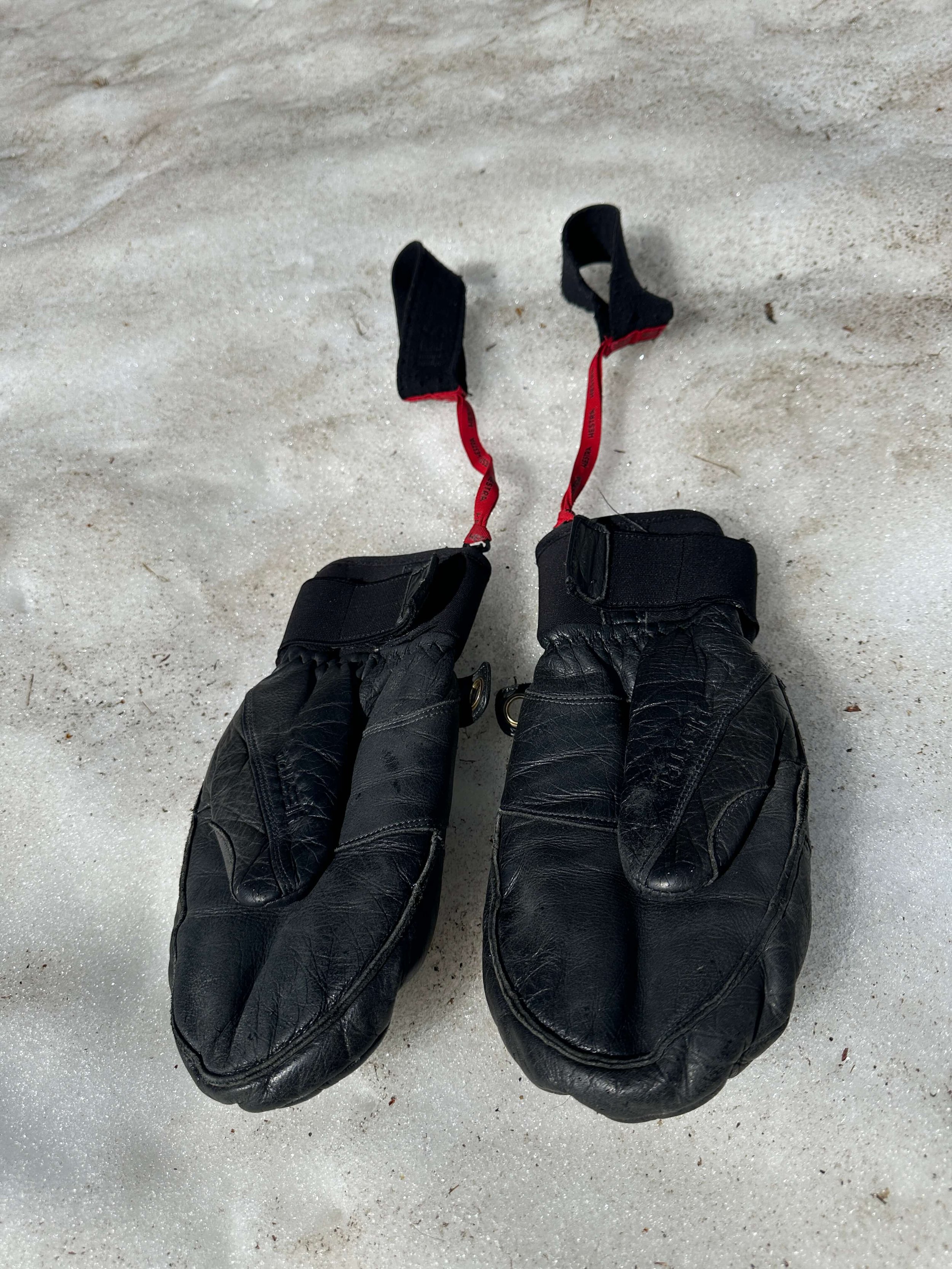
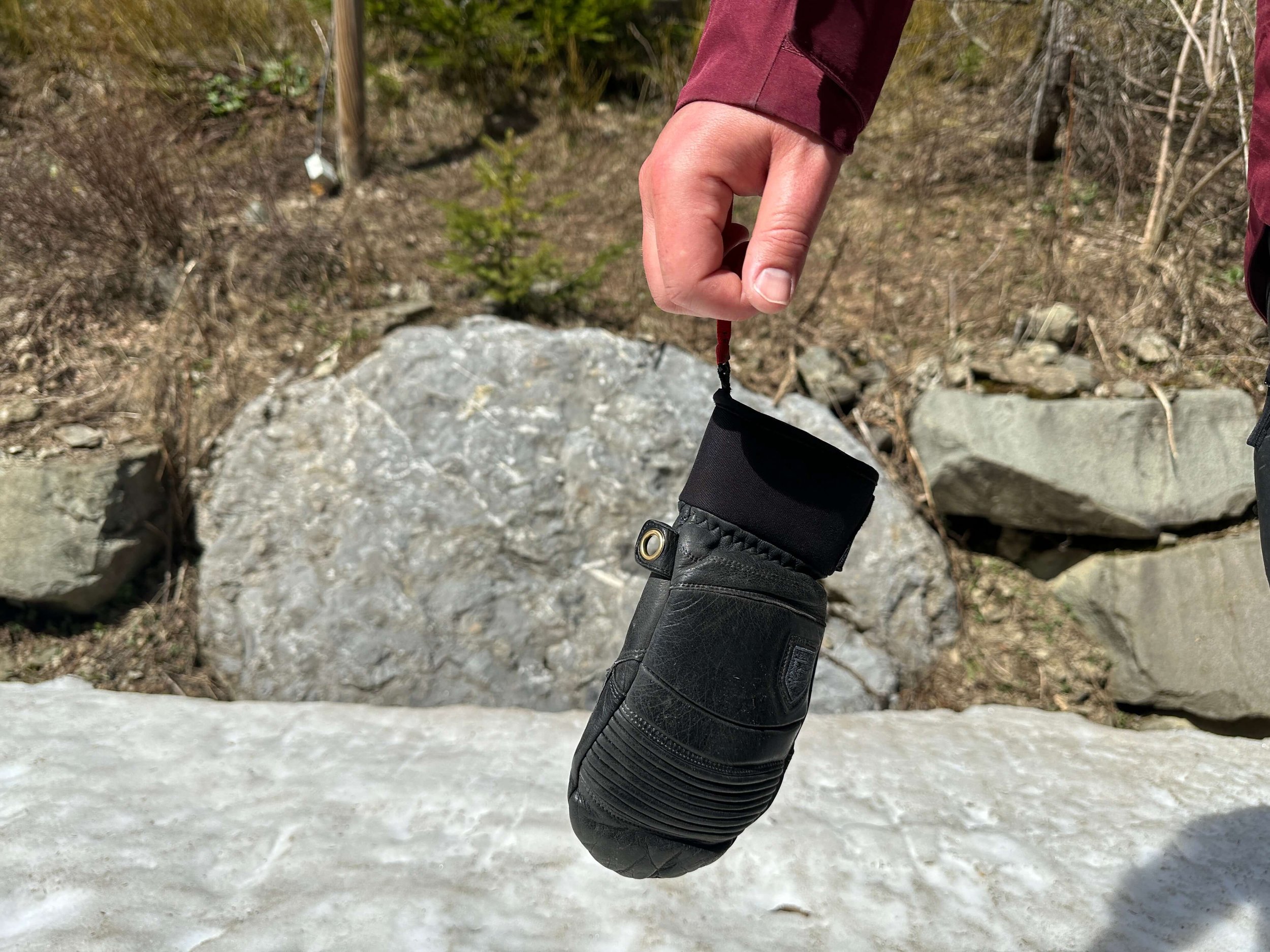

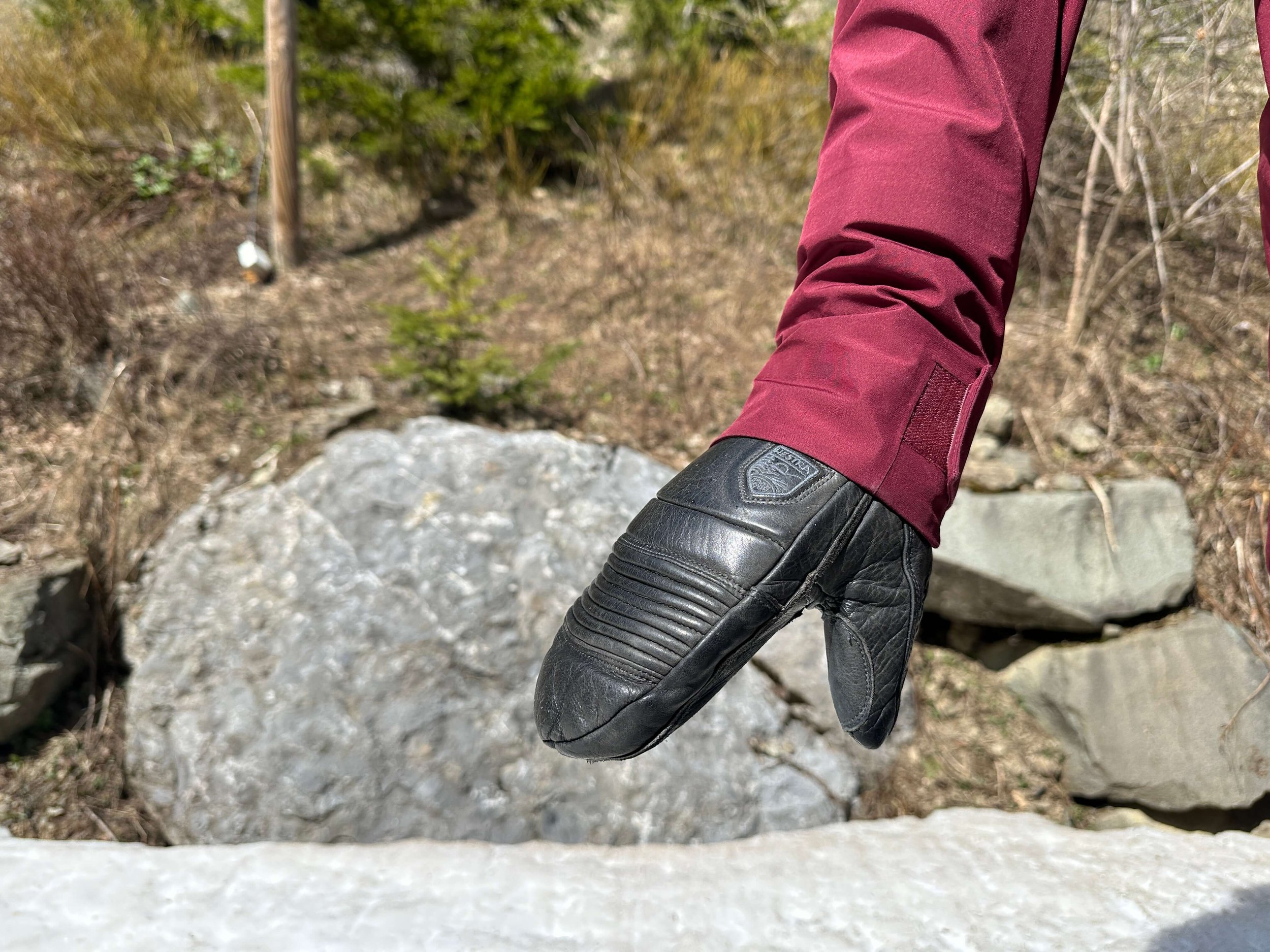
WARMTH
Most people’s concern when choosing a pair of ski gloves or mittens is whether they keep their hands warm whilst on the mountain. For me, the warmth factor has to be combined with other aspects such as variability and dexterity to choose the perfect warmth glove.
As someone who snowboards throughout the season, I have faced variable temperatures and conditions. The Fall Line Mittens are not the warmest glove I own and if warmth is the only consideration for you then consider my go-to for the coldest days, the Hestra Heli Glove which has a thicker liner.
For me, the Hestra Fall Line Mitts have kept me warm on most days and have been comfortable in the minus temperatures. The foam inserts which line the fingers on the inside of the mitt have been huge for ensuring fingers stay warm and not sweaty within the mitten.
DEXTERITY
Talking about dexterity in a mitt may seem silly as your fingers are confined to one space however without dexterity I couldn’t wear the mittens as I am always using cameras when I ride.
The high quality of the materials and construction ensures that the Hestra Fall Line Mitten has as much dexterity as possible in a mitten. The placement of the stitching in smart areas allows for the hand to move freely and the leather is soft and flexible without sacrificing durability.
Consider partnering the Hestra Fall Line Mittens with the Hestra wrist straps to allow for more flexibility on the mountain.
COMFORT
The Fall Line Mitts are amongst the most comfortable gloves I have ever worn. A combination of high-quality leather, a comfortable liner and the neoprene cuff make them top-of-the-line for comfort. One bonus of leather gloves is the more you wear them the more comfortable they feel as the leather softens and moulds to your hand. Putting on these gloves is one less thing to worry about as you can just enjoy your day knowing your hands are fine!
WATERPROOFING
The waterproofing on Hestra leather gloves and mittens will require maintenance over time if you want to keep performance to a maximum. If treated using the Hestra Leather Balm or an alternative you will see good waterproof performance. I treat my gloves at the start of the season and then again around February and have had no issues with waterproofing.
As with all leather gloves, you will need to ensure maintenance to keep the glove waterproof over time. Using Hestra leather balm or an alternative will keep the gloves performing their best throughout the season.
BREATHABILITY
I often end up taking these mitts off as my hands get too hot and on those warm spring days, you can get sweaty hands. The foam finger liners do a good job of keeping hands dry and wicking sweat away in all other temperatures.
One thing I miss from my previous mitts from Swanny is the zip which is intended for placing hand warmers in however, I used to open to vent the gloves.
Breathability is one area these gloves could improve.
DURABILITY
These mitts from Hestra have been incredible in terms of durabilty. Whether just enduring the conditions or being dragged through snow doing tripods the Hestra Fall Line Mitts have stood up to the tests. As with all leather gloves they need maintanence and if you keep on top of that TLC then these gloves will look after you for the foreseable.
Tripod testing the durability of the Hestra Fall Line Mitts
FINAL THOUGHTS
The Hestra Fall Line Mitts retail around the £100 mark in the UK, although deals can always be found, placing them at the top end of most peoples glove budget. For the cost, you are getting an extremely durable and comfortable glove that I have found to be perfect for most days on the hill.
SUPPORT FUTURE CONTENT
If you found this post useful then consider supporting future content by purchasing through the Amazon Link below or using this link to Buy me A Coffee
Flaine Ski Resort Guide | Grand Massif
Flaine is the most popular resort and flagship destination in the Grand Massif ski area. Flaine’s access to the fourth largest interconnected ski area in France is exceptional but it can also stand alone as a ski holiday destination. A purpose-built village ensures Flaine has everything you could want on your doorstep including a long ski season with guaranteed snow.
Flaine’s marmite village
Although the buildings in Flaine offer great ski slope access and amenities they also lack charm. This however doesn’t detract from Flaine being a fantastic base for a French ski holiday. With the highest base area in the Grand Massif, Flaine remains snowsure from Dec - April. A Flaine ski trip guarantees great quality snow, on-slope accommodation and modern facilities.
FLAINE FIRST IMPRESSIONS
Flaine is an acquired taste with some (only my opinion) hideous buildings in the village. Forget French alpine charm, think large concrete facades but Flaine’s village wouldn’t put me off visiting again. The resort of Flaine is well positioned to access the 265km of terrain spread throughout the Grand Massif with fast access to Les Carroz, Samoëns and Morillon, not to mention the 14km Cascades run to Sixt.
FLAINE SKI AREA
Flaine is a well-rounded resort that offers great value for families. Flaine’s main bowl ensures whichever direction you take a lift, you will end up back in the purpose-built village. This makes Flaine ideal for families of different abilities who can spread out, and find their own challenges but easily meet up again for lunch.
Flaine boasts the majority of the Grand Massif terrain with 145km of pistes to explore in the local area. This is good as sometimes the links to Les Carroz close due to high winds but you will still have access to the local ski area.
The ski area in Flaine offers a huge vertical drop with skiing possible between 2561m and 1600m within the resort and down to 700m if you include the links to Morillon. Flaine is a key part of the Grand Massif ski area with its huge bowl offering not only some fantastic in-bounds skiing but in the right conditions, exceptional off-piste.
Flaine has some other claims to fame, like views of Mt Blanc from Les Grandes Platieres and an incredibly enjoyable 14km blue run descending 1720m into the smallest Grand Massif resort of Sixt. The Cascades blue run between Flaine and Sixt is one of the longest in the Alps!
BEGINNERS TERRAIN FLAINE
The beginners area in Flaine is good with a nice wide piste serviced by a magic carpet. This allows people to learn without the space feeling overcrowded. The location of the beginner’s areas is close to the accommodation and some on-mountain restaurants in case you need to take a break. The best thing about being a beginner in Flaine is that you do not need to pay to access the magic carpet so you can save on lift passes. When you find your confidence exploring, Flaine is a breeze with some nice cruisey green and blue graded slopes, this theme is continued around the rest of the Grand Massif.
Magic Carpet near Grand Vans Chairlift at the top of Telebenne
INTERMEDIATES TERRAIN FLAINE
Flaine and the wider Grand Massif ski area are great for intermediates who are building that confidence to explore. With 66 blues and 48 red pistes spread across the Grand Massif, 50 of which are in Flaine, there is plenty for the confident intermediate to explore. Flaine offers numerous high-quality groomed pistes across its expansive bowl and these can also offer substantial vertical drop back to the resort.
Away from the pistes, Flaine has plenty of easily accessible slackcountry to explore just off the lifts, making for a fun first powder day. Those with a willingness to explore can find treelined runs on modest gradients which can be confidence-boosting.
Exploring the trees to the side of the pistes in Flaine
ADVANCED TERRAIN FLAINE
The more confident will love exploring Flaine and the rest of the Grand Massif. Flaine itself offers ample opportunity for off-piste and some interesting tree skiing. To add further challenge there are some steep black slopes and Flaine is great for free riding. The valley that drops between Flaine and Les Carroz offers awesome skiing after fresh snowfall as does the area off the Veret poma lift. I was also fond of the runs alongside the Gers drag-lift which was not the easiest lift but well worth the effort once at the top. On a powder day, this is a must!
Those who are able should consider the run beneath the Vernant chair which leaves the lift station and heads down into a Couloir before running back out to the Vernant chair.
WHERE TO SKI IN FLAINE DURING A STORM
Very few people enjoy snowboarding in a whiteout, myself included, so it is important to know where to head when the weather turns sour. Normally this means heading to the trees as the foliage provides a combination of context and cover from the storm. In Flaine, the majority of the terrain is treeless although there are some glades to be found closer to the village. You may be better served to leave Flaine and head for the treelined slopes of Les Carroz or the lower altitude of Morillon.
Flaines Aup de Veran gondola and Tete de Verdes chairlift lead to some interesting tree runs that are great fun on a bad weather day.
ACCESSING THE GRAND MASSIF
From Flaine it is easy to get between the other Grand Massif resorts and with this in mind you can make the most of the whole ski area. The Grand Vans chairlift takes you to the meeting points of Flaine, Les Carroz, Samoëns and Morillon. From atop Grand Vans (2204m) you can decide your route to sample the best of the rest of the Grand Massif. Within a couple of pistes/connections, you can be in any of the four villages that make up the rest of the ski area.
FREESTYLE FLAINE
In terms of freestyle, you have a couple of options in the Grand Massif. Flaine has a terrain park and border cross tracks that wind down skiers left of the bowl as you head towards the village. In Les Carroz there is a small park that is serviced by a poma, the layout of this park didn’t allow for good flow between jumps and rails but had some of the best features. Morillon also has a really fun terrain park. You can lap from the top of Morillon over some boxes and rails, through a border cross-track and then some awesome groomers, straight to a chairlift, repeat.
FLAINE SNOW HISTORY
Snowboard trips to Flaine can be regarded as pretty much risk-free in regards to snow worries. The Flaine ski area has a high average snowfall with a fantastic snow history. The higher reaches of the Flaine ski area have been known to receive upwards of 13m of snowfall annually. Because Flaine offers high-altitude skiing with resort accommodations around 1600m, snow conditions remain great throughout the winter. If visiting the Grand Massif in early/late season staying in Flaine is your best bet for guaranteeing suitable skiing conditions.
FLAINE LIFTS
Flaine has 24 ski lifts that cover the resort with access to a further 40 lifts across the wider Grand Massif ski area. Flaine has everything from high-speed chairs, gondolas, surface lifts and the unique Télebenne lift that was a first for me.
SEASON DATES
Due to the high altitude, Flaine is the most snow sure of the resorts in the Grand Massif. The resort of Flaine opens in mid-December and closes around the 20th of April. You can be assured of good-quality snow throughout the season but Sixt and Morillon may suffer during early and late seasons.
FLAINE PISTE MAP
To see the interactive piste map click here
GETTING TO FLAINE
Getting to Flaine is easy and pain-free with Geneva airport around an hour away. I’ve always taken a resort transfer directly into my Grand Massif accommodation which has always been smooth. Although driving is possible I have always favoured transfer to these resorts
TRANSFER COMPANIES
Most of my transfers to Flaine have been with GO MASSIF. Go Massif have been fantastic for shared transfers between Geneva and the Grand Massif and having used their service multiple times I would recommend them.
Alpin Bus are a company that I have used for private transfers between Geneva Airport and the Grand Massif. The communication throughout has been fantastic and service came in cheaper than Go Massif for the private option.
SEARCH FLAINE TRANSFERS
SELF-DRIVE
If you would prefer to self-drive there are numerous counters available at Geneva Airport where car-rental is possible. From Geneva, you can expect to drive for 1-1.5 hours depending on conditions. Other nearby airports; Chambéry and Lyon, also offer short drive times of 2 hours and 2.5 hours respectively. Driving to Flaine from Geneva represents one of the shortest ski resort transfers in the Alps.
ACCOMMODATION
The ski resort of Flaine has a purpose-built village with ski-in ski-out apartments available within walking distance of the lifts. The village architecture is not to my taste and lacks charm but the convenience of the village certainly makes up for this.
Photo @judithgirardmarczak
Flaine is car-free which makes the village very family-friendly and worry-free which can be a huge plus for families. Due to the locality of the slopes staying in Flaine can be more expensive than other parts of the Grand Massif.
If working within a budget consider staying in Sixt and using the resort bus services to access the other Grand Massif resorts. Using Sixt as a base is not the most convenient but can offer a more secluded ski holiday for those looking for a quieter experience. Staying in Les Carroz or Samoèns will give the most direct access to Flaine if staying outside of the resort with high-speed lift access.
SEARCH FLAINE ACCOMMODATION
FLAINE LIFT PASS
Lift passes in Flaine represent exceptional value. If you think you will ski more than one week in a season then consider getting the Grand Massif season pass, if purchased online before 30th November you save 50% meaning a whole season of skiing for €552. You can even add summer access so you have access to all the summer hiking and mountain biking.
If you are only visiting for one week then you can see all the options for lift passes here. I would always recommend getting the Grand Massif pass rather than the local area pass as it represents better value.
Adults can expect to pay around €48 for a day ticket to Flaine, whereas a 6 day Grand Massif lift pass costs €273 if purchased online.
FLAINE VIDEOS
FLAINE PROS
Flaine offers snow-sure skiing and a long season.
Flaine is connected to the resorts of Samoëns, Les Carroz, Morillon and Sixt which encompasses 265km of trails.
The terrain across Flaine and the Grand Massif is varied and as a result beginners through experts can have a great time here.
Flaine offers some free beginner areas that do not require a lift pass.
Ski-in Ski-out village that has everything you need for a ski holiday.
Flaine is super easy to access from Geneva.
FLAINE CONS
High winds in Flaine can close the links to the other resorts.
Flaine has updated its lift however there are still some slow chairs hanging in there.
The village aesthetic lacks that charming ski resort feel.
FLAINE GALLERY
FINAL THOUGHTS
Flaine represents a great option for a French ski holiday. The terrain is well suited to families of differing abilities and the fact the beginner’s area can be used for free is awesome. I love Flaine for its great off-piste routes and snow-sure slopes that mean you can book with confidence. It is rare that I revisit ski areas however the Grand Massif is an area that keeps drawing me back.
AROUND THE GRAND MASSIF
Morillon Ski Resort Guide | Grand Massif
Quiet and unassuming, Morillon is a perfectly placed village that offers an escape from the grandeur and excess associated with some French ski resorts. Those looking for a more relaxed vibe and a friendly village should consider Morillon as a base to access the 265km of Grand Massif Pistes. The village of Morillon is split into two, the accommodation at the base of the gondola and Morillon Les Esserts at 1100m.
MORILLON FIRST IMPRESSIONS
My first day in Morillon was accessed from Samoëns where I skied down the wide pistes to the base of the gondola. Morillon grabbed my attention immediately with the ability to just cruise and carve your way without interruption. Morillon offers a good mix of beginner and intermediate terrain but with fantastic access to the rest of the Grand Massif where you can find more challenging runs.
MORILLON SKI AREA
Morillon village is the lowest base in the Grand Massif at 700m which can mean the slopes closer to the gondola base station are patchy in early and late season. It was possible to ski to the base in April but I wouldn’t say the conditions were enjoyable.
On my most recent trip, Dec 23/Jan 24 - skiing back to the village at 700m was not possible. throughout.
The Morillon ski area is small with 22 local runs, consisting of 5 green, 12 blue, and 5 red pistes. The local area is therefore well suited to intermediates and beginners with some beautiful wide pistes to help inspire some confidence. This however wouldn’t put me off booking accommodation in Morillon as a more advanced skier or snowboarder as the links to the rest of the Grand Massif are well-established. You will be required to take the Morillon gondola and then the Sairon chairlift which opens up the rest of the ski area.
From Morillon, you have easy access to the Coulouvrier chair, which at 2.9 km is the longest in Europe! This is one of my favourite chairs in the whole of the Grand Massif as it makes the whole Grand Massif accessible. From the top of Coulouvrier, it is possible to ski back to Morillon, down into Samoëns, across into Les Carroz or over to Flaine.
MORILLON FOR BEGINNERS
In Morillon 1100 you will find the beginner’s area which is well-positioned close to some restaurants and the ski-in ski-out village. From nearby you can take Les Esserts chair which will access some green terrain for when you fancy exploring for the first time. Morillon is also home to the green Marvel slope which is a 7km green trail that runs through the Morillon trees.
INTERMEDIATES IN MORILLON
Intermediates will love Morillon with a selection of blues available from the top of the Biollaires chairlift, Sairon is a particular favourite due to its 3km length and 600m vertical drop. Morillon is also home to several nice red pistes with Paccoty being an enjoyable route to the Coulouvrier chair. A much overlooked route is the short Freres blue route which can be lapped using the Vielle drag lift. This blue is tucked away near the start of the green Marvel run so is often overlooked.
Outside of Morillon, intermediates can explore the whole of the Grand Massif with some beautiful trails spread throughout the neighbouring resorts of Samoëns, Les Carroz and Flaine. If intermediates would like to experience a big day out… they should consider heading to Flaine and taking the 14km blue trail Cascades that runs to Sixt. From Sixt, you can return to Morillon using the free Navettes bus service.
ADVANCED SKIERS MORILLON
There isn’t much for advanced skiers and snowboarders in Morillon ski resort but with easy access to Samoèns and Les Carroz, you will be able to find a challenge. Head to Les Carroz which offers some fantastic tree-skiing. Like most people in the Grand Massif, you will also want to explore Flaine which offers brilliant off-piste within its large bowl.
Within Morillon, the excellent Stade Morillon red is an opportunity to open the lungs and get some speed, when it isn’t reserved for the race kids. Morillon is also a good spot to find uncontested freshies on a powder day.
FREESTYLE TERRAIN MORILLON
Morillon has a small but fun terrain park that runs alongside a drag lift Vielle. The run has several banked turns, flat boxes and small jumps. The Morillon Ze KidzPark is aimed at a blue level of run and is intended to provide an intro to freestyle.
Morillon is sheltered from the wind so the lifts here remain unaffected when the resorts of Flaine, Les Carroz and Samoëns need to close their upper installations.
On a bluebird ski day, Morillon is one of my favourite resorts. The slopes here get ample sun coverage and there are a few nice restaurants where you can enjoy a beverage on the sun terrace.
LIFTS MORILLON
Morillon has a total of 9 lifts in the resort with the longest being the Coulouvrier. From the village of Morillon, you will need to take the Morillon Gondola that will drop you at the satellite village of Morillon 1100 Les Esserts. From Morillon 1100 you have the option of Sairon or the shorter Les Esserts chairs. The Les Esserts chair only serves the lower part of Morillon so if you want to reach the summit you will need to take Sairon chair.
From the top of the modern Sairon chair, it is possible to ski across to Les Carroz and the Gron chair and Le Kedeuze gondola. Alternatively, you can ski towards Coulouvrier and the links to Samoëns and Flaine.
The lifts in Morillon could do with some updating but actually, this is part of the appeal of staying in Morillon. The slower lifts can make Morillon less popular than some of the other Grand Massif villages so is a fair price to pay for quieter runs.
@geoffreyarduini Biollaires Chairlift
SKI SHOP RECOMMENDATION
Located in Morillon 1100 next to the Les Esserts chairlift is the shop Ski One. During my stay, I received fantastic service from the store which repaired quite a bad core shot in my snowboard. Morillon doesn’t have many great ski shops with some of the equipment being quite dated across the other stores. Therefore if you are looking for ski rental, repairs or to pick up some gear I would recommend Ski One.
You can book rental online by using this link. This is NOT an affiliate link but a recommendation based on fantastic service.
SEASON DATES
The ski season in Morillon opens in December and closes in late April. Early season conditions have been variable over the past couple of seasons so be aware the whole area may not be open in December. If this is the case, skiing will still be possible above 1100m and in the nearby Grand Massif resorts.
MORILLON VIDEO
MORILLON GALLERY
GRAND MASSIF PISTE MAP
GETTING AROUND THE GRAND MASSIF FROM MORILLON
MORILLON TO SAMOËNS
Getting from Morillon to Samoëns is possible via skiing between the resorts or taking the local Navettes (free shuttle service). Information and timetables on the Navettes can be found by clicking the picture below.
Using the buses between the ski stations is not a necessity as all resorts can easily be skied between however they can be a lifesaver if you have tired legs and can’t face the ski commute back.
TRAVEL TO MORILLON
Most international guests to Morillon will arrive at Geneva Airport where a short transfer to the village is possible. Depending on traffic and weather conditions your transfer should take no longer than 1 hour.
Alternatively, you can take the train from Geneva to Cluses whether you will then need to take a local bus service.
NEARBY SKI RESORTS
MORILLON ACCOMMODATION
As previously mentioned Morillon has two main bases; the village of Morillon at 700m and Morillon 1100 Les Esserts.
MORILLON VILLAGE
Staying in Morillon 700m will mean that you need to make the morning commute up the gondola however this could be well worth it. Although Morillon village is a quiet village, staying at Morillon 700m does give you access to several restaurants, bars and other amenities. I enjoy staying in Morillon village as it also provides flexibility in case you would prefer to take a Navette and start your ski day in another ski resort.
Morillon Village is also nice if travelling with family or pets. A short walk from the main street you can be down by the river where there are footpaths between Morillon and Samoëns. This area is also home to a lake, pump track, mini golf and children’s high ropes climbing area.
MORILLON LES ESSERTS
The satellite village of Morillon Les Esserts is a ski-in-ski-out village for those who would like to be as close to the action as possible. Staying at Morillon 1100 gives you more direct access to the slopes and you can avoid the morning gondola commute, however, there are fewer amenities in this part of the village.
BOOK MORILLON ACCOMMODATION
MORILLON PROS
Morillon is an affordable base for your Grand Massif ski holiday providing access to 265km at a fraction of the cost of Flaine accommodation.
The local area of Morillon has some fantastic pistes that are normally in great condition.
The Morillon ski area is fantastic for intermediates with numerous blue and red trails.
Morillon is home to Marvel a 7km long green run fantastic for beginners.
Morillon has great access to the other Grand Massif resorts and from the top of Sairon you can be straight into Les Carroz, one lift from Samoëns and two lifts from Flaine.
MORILLON CONS
Morillon has been suffering in the early season meaning its lower slopes have not been open. The resort run back to the base of the gondola is fantastic so this has been a real shame.
The lifts in Morillon are slower than in other parts of the Grand Massif and could do with updating.
The village of Morillon is small and quiet, for me this can be a positive, but many would prefer Samoëns or Les Carroz for their busier towns.
FINAL THOUGHTS
Overall, I feel that Morillon offers a good option for a holiday in the Grand Massif. Getting from Morillon to the other Grand Massif ski areas is not a problem and the local area has enough to offer. However, I can see why many would prefer to base themselves in a busier village and visit Morillon on a ski day.
I am fond of Morillon however the issues it has faced over the past couple of seasons with early season snow would make me think twice about basing myself here for a Dec-Jan trip.
AROUND THE GRAND MASSIF
Orelle Ski Resort Guide
Orelle is a small village in the Maurienne Valley that is linked to the world’s largest ski area the Three Valleys. From Orelle, the new Orelle gondola whisks you to high-altitude skiing and snowboarding above 2,000 m. Direct links between Orelle and Val Thorens ensure the local area has access to 150km of pistes to keep you occupied.
Referred to as the Fourth Valley, Orelle has an exceptional snow record with the ski area base really starting at 2350m. In addition to an excellent snow history, Orelle has 870m of vertical drop between the top of Bouchet chair and Plan Bouchet. There is a limited number of pistes in Orelle however the area has plenty of opportunity for off-piste and easy access to Val Thorens with a more extensive piste map.
ORELLE IN VIDEOS
ORELLE FIRST IMPRESSIONS
Arriving at Orelle is strange for French skiing because you arrive at the bottom of a gondola not close to the ski area. The area around the gondola has a car park, ticket office and small ski shop where ski and snowboard hire is possible.
View from the 3 Vallees Express gondola.
The Orelle gondola, formerly the 3 Vallees Express gondola, takes you to the base of the Orelle Ski Resort at 2350m. This journey takes 13 minutes and has some incredible views. Within 20 minutes from the car park, you can be on top of the Cime Caron at 3200m where you see the real beauty of skiing in the Three Valleys. Orelle feels small, but within minutes you can be skiing in the world’s largest ski area, this is a small ski area with a Mary Poppins bag full of surprises.
Ticket office in Orelle, next to the now replaced 3 Vallees Express gondola.
ORELLE SKI AREA
Locally the skiing in Orelle is based around Plan Bouchet your arrival point in Orelle. From Plan Bouchet it is possible to take two lifts, the Rosael or the Peyron. Both lifts access brilliant intermediate terrain with some fantastic blue trails leading back to Plan Bouchet. You can also continue to the Cime Caron using the new Orelle - Cime Caron gondola.
Taking the Rosael chair you can opt to remain in Orelle and descend via blue or red trails from the Col de Rosael. Alternatively, you can use this chair to drop into nearby Val Thorens where between the two resorts 150km of trails are shared.
The Peyron chair and trail are perfect for beginners and intermediates. Those looking for more challenge are encouraged to take the Bouchet chair to the highest point in Orelle, Sommet des 3 Vallees at 3230m. From the top of Bouchet, you can access two stunning red trails, however the more adventurous can also find great off-piste in this area.
Finally, the new Orelle-Cime Caron gondola links the village of Orelle with the Cime Caron at 3200m. From here it is possible to ski over to Val Thorens or take the Combe Rosael black trail back towards Orelle.
The ski area of Orelle is small in terms of pistes with 8 runs listed on the trail map. This doesn’t really do a good job of explaining the appeal of snowboarding in Orelle with plenty of fantastic off-piste options, links to Val Thorens, and high altitude snow-sure skiing.
ORELLE FOR BEGINNERS
A green nursery slope awaits at the top of the Orelle gondola, which is also the meeting place for the local ski school. Orelle does have nice wide blue trails that will be good for skiers and snowboarders developing the confidence to ski around the mountain.
On my trip to Orelle, a few of my friends were beginners and they found the area a good place to progress with blues to explore.
ORELLE FOR INTERMEDIATES
Orelle is perfect for intermediates, especially with the wide selection of blue and red runs shared between Orelle and Val Thorens. As an intermediate Orelle is a ski area where you can clock up the miles as you nail down that technique and gain confidence linking your turns.
For the more advanced intermediate, Orelle is a good place to explore to the side of the piste getting confidence in riding in changing snow conditions. My pal Mark made the best of the fresh snow making his first forays into the off-piste within the Orelle ski area.
ORELLE FOR ADVANCED
Snowboarding for the more advanced in Orelle is centred around the off-piste that is available. Yes, the reds from Bouchet and the Col de Rosael are excellent but the best terrain is found between the pistes. At every point of the resort you can look to the side of the piste and see something fun to ride. If you manage to combine your trip to Orelle with fresh snowfall, there is little need to head into the rest of the Three Valleys.
Combe de Caron
FREESTYLE ORELLE
There is no terrain park specifically in Orelle, however, the VT Park in Val Thorens is within an easy ride from the Col de Rosael. Within Orelle, you will find a boardercross track.
VT Park Val Thorens
OFF-PISTE ORELLE
Between Orelle and nearby Val Thorens there are many options to explore the off-piste. I enjoyed the off-piste from the Cime Caron and Bouchet chair specifically. From the Bouchet chair, the adventurous may want to attempt the Pierre Lory itinerary that you can read about here.
LIFTS ORELLE
As discussed previously, Orelle has recently upgraded the 3 Vallees Express gondola to a two-stage gondola between Orelle and the Cime Caron. This major lift investment is reflected across the Three Valleys where you will find excellent lift infrastructure throughout.
Besides the new gondola taking skiers from the village of Orelle to the Cime Caron in 20 minutes, there are three other lifts in Orelle; Rosael, Bouchet, and Peyron. I can not remember standing in a lift queue in Orelle and this is down to the quality of lifts.
Orelle Chairlifts
One issue that I had during my visit to Orelle was that the weather closed the resort for one and a half days. For me this wasn’t an issue as I was able to drive to another part of the Three Valleys that was open. It is worth noting that this can happen anywhere so maybe my timing was unlucky in this regard.
WHERE TO SKI IN BAD WEATHER ORELLE
As mentioned above the weather can greatly affect your experience during a ski trip and sadly my first trip to Orelle was hit by wind closures. Orelle is also way above the treeline so there is little in the way of places to hide out during whiteout conditions. This is similar for nearby Val Thorens so if you are in Orelle during a whiteout consider heading down to St Martin de Belleville.
ORELLE PISTE MAP
Piste Map Orelle
ORELLE GALLERY
ORELLE VILLAGE
Orelle is located in the Maurienne Valley and can make for a quieter more affordable base to access the Three Valleys ski area. Orelle’s location is fantastic as a gateway to Val Thorens and the wider Three Valleys.
The village itself is divided into 10 hamlets that are spread between 880m and 1200m. The hamlet of Francoz is where you will find the gondola access and most tourist activity with the ticket office, ski rentals and more. The village of Orelle offers a different type of holiday to the purpose-built villages of Val Thorens, Meribel and Courchevel. In Orelle, you will find narrow cobbled streets and traditional houses set amongst a mellow atmosphere which is perfect for that more chilled ski trip vibe.
ORELLE SKI SEASON DATES
Orelle joins Val Thorens with having one of the longest ski seasons in Europe closing around three weeks after Courchevel and Meribel. Access to Val Thorens and Orelle is from Nov 25th and the ski area remains open until the first week of May.
TRAVEL TO ORELLE
WHERE IS ORELLE SKI RESORT?
Orelle is very accessible by car, rail and plane. The closest airports to Orelle are Lyon and Chambéry however access is still possible from Geneva. Geneva Airport is popular with British skiers who appreciate it for the regular flight schedule during the winter season, and the numerous ski resort transfer companies.
GETTING TO ORELLE
If your plan is to fly and self-drive, you can reach Orelle within one hour from Chambéry and two hours from Geneva. Fly and drive arrivals are also possible from across the border in Italy with Turin under two hours from Orelle. One benefit of self-drive holidays to Orelle is that the parking at the Orelle gondola is free!
Visiting Orelle via train is possible with connections via Paris and Milan on the TGV. The nearest train stations to Orelle are St Michel/Valloire and Modane. Train tickets can be purchased on RailEurope and are not cheap. However, travel by train does offer a certain freedom and is a fantastic way to travel to a ski resort.
Self-drive direct from the UK is possible with the most popular channel crossings via Dover and Folkestone to Calais. From Calais, the drive to Orelle takes around 9 hours when utilising the French toll roads. Driving to French ski resorts is great for when travelling in groups and wanting to bring extras for self-catering accommodation.
ORELLE LIFT PASS OPTIONS
There are multiple ski pass options for Orelle and choosing the right one for you and your group can be confusing. Let’s take a look at the best options below.
LOCAL AREA PASS - VAL THORENS/ORELLE
The local area pass is enough for most skiers and snowboarders visiting Orelle/Val Thorens for a 7-day period. The area encompassed by Val Thorens and Orelle includes 150km of pistes and some pretty epic off-piste terrain. By purchasing the local area ski pass you will be unable to venture further into the Three Valleys, but for many first-time/intermediate skiers, you won’t need to.
Purchasing the local pass will save you around €7 each day.
VALLEE DES BELLEVILLES PASS
This pass similar to the above does not offer full Three Valleys ski area access but it is a good medium point. This pass includes 300km of terrain shared between; Val Thorens, Orelle, Les Menuires, & St Martin de Belleville. With 300km of pistes, this pass covers 50% of the available pistes in the Three Valleys ski area.
Purchasing the Vallee des Bellevilles pass will save around €5 per day.
THREE VALLEYS LIFT PASS
Those looking to explore the full ski area should look to purchase the full Three Valleys ski pass. This pass covers the 600km of pistes across all Three Valleys ski areas. Although €7 more expensive than a local Val Thorens lift pass, this extensive pass is a great option for the more able who may wish to explore the entirety of the combined ski area. Using this pass from Orelle can account for some long ski safaris between Orelle and the resort of Courchevel at the far end of the Three Valleys.
EPIC PASS HOLDERS
If like me you visited the Three Valleys using an Epic Pass then you are entitled to a 7-day Three Valley ski pass which covers the entire 600km and all resorts in the Three Valleys. Epic Pass holders will need to take their Epic Pass and photo ID to the ticket office in Orelle where you will be given your free pass.
ABILITY
Beginners and early intermediates visiting Orelle should consider purchasing the local pass. There is plenty to keep you entertained whilst you are honing your skills within the local area. Access to Orelle could be considered adventure enough for your early trips to Val Thorens.
BUDGET
If budget is a consideration then meeting midway and getting the Vallee des Bellevilles pass could be your best option. 300km of pistes within this area should be enough to satisfy even the most ardent skiers and snowboarders on a week’s trip to the Three Valleys.
RETURNING VISITOR
If you are returning to Orelle and want to escape the local area then having the Three Valleys lift pass is ideal. You can still ski within the local area but the Three Valleys pass allows you to make the most of the connections to the nearby ski areas.
To check the latest prices and buy your lift pass click here.
ORELLE PROS
Orelle offers cheaper accommodation than Val Thorens but has quick access to the epic terrain shared between the two resorts. The new gondola ensures you are close enough to the action in Orelle.
Orelle is quieter than Val Thorens meaning you can often have no rivals for freshies on those powder days.
Orelle has access to 600km of pistes depending on your choice of lift pass, meaning that you can access the largest combined ski area in the world.
ORELLE CONS
Orelle is not central within the Three Valleys, therefore it can take a while to ski to the resorts of Meribel and Courchevel. Orelle however does have good access to Val Thorens and Les Menuires.
Orelle doesn’t have the amenities of Val Thorens or Apres scene…. actually for me this is a positive but some will rate this as a negative.
If you find value in this content please consider supporting the website by clicking the image below and buying me a coffee.
ORELLE FREQUENTLY ASKED QUESTIONS
CAN YOU SKI FROM ORELLE TO VAL THORENS?
Yes, the resorts of Orelle and Val Thorens are linked from the top of the Cime de Caron. From here, you can ski between the two resorts. Orelle and Val Thorens share 150km of pistes and are accessible on the same lift pass.
WHAT IS THE SKI ALTITUDE IN ORELLE?
Although the village of Orelle sits below the ski area, within minutes you have access to high-altitude skiing via the new gondola. The ski area in Orelle is situated between 3,230m and 1,100m offering 2,130m of vertical drop. The ski area of Orelle is very snowsure with the majority of its skiing above 1,800m.
ORELLE FINAL THOUGHTS
When heading to Orelle for the first time I made the decision to stay in Orelle due to budget constraints. Honestly, I was worried that I would be heading to the Three Valleys but wouldn’t get the proper experience. I can say now from experience that I would happily base myself in Orelle again as it delivered on so many levels.
The recent improvements with an upgraded gondola ensure that links to Val Thorens are seamless and efficient. Add to this some of the best off-piste areas in the Three Valleys and Orelle has to be high on most skiers and snowboarders watch-list.
Les Menuires Ski Resort Guide
Les Menuires is often overshadowed by its neighbours within the Three Valleys. With nearby Val Thorens being the highest ski resort in Europe, Courchevel being the playground of the rich and famous, and Meribel being the centre of the world’s largest combined ski area, Les Menuires can often be an afterthought. Honestly, that is a MASSIVE mistake and overlooking Les Menuires could just hurt your experience and your wallet.
Les Menuires is a fantastic family ski holiday destination with affordable ski-in-ski-out accommodation in a major ski area. Locally the 150km of local pistes combine with some excellent off-piste snowboarding to ensure Les Menuires has enough to entice visitors on its own. Les Menuires combines a great local ski area with excellent connections to Val Thorens, Meribel and St Martin de Belleville that help it pack a punch for skiable terrain and value.
WATCH THE FULL REVIEW
LES MENUIRES FIRST IMPRESSIONS
Driving to Val Thorens I passed through Les Menuires and was impressed by what I could see of La Masse from the road. This was reason enough to make Les Menuires one of my first stops on my most recent trip to the Three Valleys ski area.
LES MENUIRES SKI AREA
The ski area of Les Menuires is split across both sides of the Valley de Belleville with the village at 1850m. This lower base makes for a shorter season than nearby Val Thorens but there are plenty of areas in the resort that have great snow throughout the season with skiing possible to above 2800m.
The layout of Les Menuires offers a good variety of skiing and scenery with everything from wide-open pistes, to freeride zones, and high alpine skiing at Pointe de la Masse.
The area between the village at 1850m and the Col de la Chambre at 2850m offers 1000m of decent via mostly mellow beginner and intermediate terrain. The runs on this side were really fun, however the closer to the village you got crowds formed, especially close to the Sunny Express lift.
On Pointe de la Masse, you will find the more challenging terrain, including the Liberty Ride Zone and Dame Blanche. The terrain on both the La Masse side and closer to the village offers 1000m of vertical drop so Les Menuires is fantastic for long descents.
Within Les Menuires, there are 150km of pistes locally that combine with Val Thorens and St Martin de Belleville to form 300km of pistes within the Valley de Belleville. Further aside, the Les Menuires ski area also combines with Meribel, Courchevel, and Orelle to form the world’s largest combined ski area Les Trois Valley (3 Valleys).
LES MENUIRES FOR BEGINNERS
Les Menuires caters really well for beginners with a number of magic carpet learning areas dotted around the village. Dedicated beginner’s pistes help to make the process of learning easier for first-time skiers and snowboarders in Les Menuires, but beware these can be busy during peak weeks. Beginners in Les Menuires will appreciate the mellow green trails around the village, as well as the opportunity to progress onto the wide blues that spread across the eastern side of the Valley de Belleville.
LES MENUIRES FOR INTERMEDIATES
Les Menuires comes into its own for intermediates, especially those who have either the Valley de Belleville lift pass or the Three Valleys lift pass. Both locally and throughout the Three Valleys there is an extensive selection of blue and red terrain for intermediate skiers and snowboarders to explore. I particularly enjoyed the runs beneath the Bruyeres 1 and Bruyeres 2 gondolas that link together forming 1000m of vertical drop towards the village.
LES MENUIRES FOR ADVANCED
More experienced skiers and snowboarders visiting Les Menuires should head straight for La Masse. Pointe de la Masse, offers some of the best and most challenging terrain in Les Menuires and if you avoid the blues on La Masse you should also avoid the crowds.
View from Pointe De La Masse
FREESTYLE LES MENUIRES
In Les Menuires, there are a few freestyle areas. The Pixel Area Snowpark is the most traditional style terrain park in Les Menuires with features sized XS to L. Snowboarders and skiers can choose features in this area to suit their ability and progress accordingly. Les Menuires also has a boardercross track which can be found at the top of the Becca Chairlift. Finally, the Friendly Natural Park on La Masse offers a slalom alongside ski games.
OFF-PISTE LES MENUIRES
In Les Menuires, the off-piste snowboarding is a real draw to the area. The freeride areas known as the Liberty Ride Zones are perfect for finding untracked snow. There are two of these within Les Menuires, La Masse and Les Pylônes. La Masse is accessed via the Pointe de al Masse gondola and can be seen in my Les Menuires Ski Resort Review here (2.25). Les Pylônes Liberty ride zone is accessed from the Sunny Express chairlift.
If venturing off-piste in Les Menuires, the Park des Menuires AVD gives you the opportunity to practice search and rescue and check that your beacons are working. This can be found via the Roc 1 gondola.
LIFTS LES MENUIRES
Les Menuires lift infrastructure blends modern gondolas and fast chairlifts with some older installations like Croisette that serve their purpose. The new gondola to Pointe de la Masse is fast and quick rising 1000m in around 8 minutes. Similarly, the Bruyeres two-stage gondola is modern but can have serious queues during peak times at Bruyeres 1.
The lifts at Les Menuires ensure swift connections to the rest of the Three Valleys meaning skiers and snowboarders can be in Val Thorens or Meribel within a couple of lifts.
Network of Ski Lifts in Val Thorens.
WHERE TO SKI IN BAD WEATHER LES MENUIRES
The majority of the skiing in the Belleville valley is treeless due the high altitude of Val Thorens and Les Menuires. In whiteout conditions, consider skiing down into St Martin de Belleville or taking the links to Meribel where the trees will provide greater context.
LES MENUIRES PISTE MAP
LES MENUIRES GALLERY
LES MENUIRES VILLAGE
The villages in Les Menuires are renowned for being unattractive eyesores that blight it as one of the ugliest ski resort villages. What the village at Les Menuires 1850 lacks in looks it makes up in convenience with ski-in-ski-out accommodation throughout the village.
Photo Credit @yannallegre
Les Menuires has 5 districts or villages that are served by free shuttle buses allowing easy travel between the villages. La Croisette is as described, the ugly purpose-built village that is the centre of Les Menuires. Below Croisette is Preyerand, which is a good shout for finding affordable accommodation. If you are looking for some charm then the Grand Reberty area has nice accommodation on the slopes with good access to the pistes of Les Menuires. Bruyères has good access to Val Thorens via its gondola that departs from the village.
LES MENUIRES SEASON DATES
Les Menuires opens in December and closes in April but that shouldn’t limit your visit to these months only. Val Thorens is open for longer and can be accessed by bus or self-drive when Les Menuires is closed for the winter. This can make Les Menuires an affordable base for a Nov or May trip to Val Thorens.
TRAVEL TO LES MENUIRES
WHERE IS LES MENUIRES SKI RESORT?
Les Menuires is in the Vallèe de Bellevilles in the Savoie region of France. Located between the villages of Val Thorens and St Martin, Les Menuires is a central location to explore the Vallee de Belleville.
Les Menuires is easy to access within France’s Savoie region which is cluttered with world-class ski areas. The high proximity of ski resorts in the Savoie ensures that many facilities and businesses are geared around travel to the ski areas.
GETTING TO LES MENUIRES BY AIR
Flying to Les Menuires is the fastest and easiest way to get to Les Menuires from the UK. Flying into Geneva airport represents your best bet with regular flights and many transfer operators in the terminal building. Alternative routes into Lyon are also possible.
From both Geneva and Lyon airports you can then either self-drive, take a transfer or continue your route by train towards Moutiers.
Flying is and will remain the easiest and quickest way to reach a ski resort however, it also has the largest impact on your Carbon footprint.
GETTING TO LES MENUIRES BY TRAIN
Taking the train to Les Menuires is possible with trains from London via Paris arriving at Moutiers which is within an hour from Les Menuires. Arriving in Moutiers by train you can connect to Les Menuires via local bus services. Train and bus journeys to Les Menuires are great for minimizing your carbon footprint.
GETTING TO LES MENUIRES BY CAR
Although a longer journey, I have always appreciated the freedom that can come from driving your car to the ski resort. Driving to Les Menuires is straightforward although cumbersome driving long distances down motorways. Having driven to nearby Val Thorens when travelling with my dog, I found the journey really simple. The car journey to Les Menuires will be slightly shorter than the journey to Val Thorens.
Driving to Les Menuires will involve taking either a ferry or Le Shuttle to Calais before starting your drive to the southeast of France. The easiest route is to stick to the French toll-roads which are well-maintained and easy to navigate, although this does come at a further cost.
If you intend to drive to Les Menuires, remember it is essential to have winter tyres and snow chains.
GETTING TO LES MENUIRES BY COACH
Travelling from London to Les Menuires by coach is an affordable option but is probably most people’s least favourite method of transport. Operating from London Victoria Coach Station Snow Express operates weekly departures to Les Menuires throughout the winter season.
The coach to Les Menuires travels through the night until arriving in Moutiers where you will change onto a public bus service (included in your ticket) to arrive into the resort.
LES MENUIRES LIFT PASSES
There are multiple ski pass options for Les Menuires and choosing the right one for you and your group can be confusing. Let’s take a look at the best options below.
LOCAL AREA PASS - LES MENUIRES/ST MARTIN DE BELLEVILLE
The local area pass for Les Menuires and St Martin de Belleville allows access to the 150km of runs within these ski areas. Purchasing the local pass will save you around €10 each day when compared to the Three Valleys Pass. I would recommend this lift pass if you are a beginner or early intermediate, as 150km is plenty of terrain to get started with.
VALLEE DES BELLEVILLES PASS
This pass similar to the above does not offer full Three Valleys ski area access but it is a good medium point. This pass includes 300km of terrain shared between; Val Thorens, Orelle, Les Menuires, & St Martin de Belleville. With 300km of pistes, this pass covers 50% of the available pistes in the Three Valleys ski area. This is a great option for those looking to explore further than Les Menuires but without the need to ski in every Three Valleys ski area.
Purchasing the Vallee des Bellevilles pass will save around €5 per day.
THREE VALLEYS LIFT PASS
Those looking to explore the full ski area should look to purchase the full Three Valleys ski pass. This pass covers the 600km of pistes across all Three Valleys ski areas. Although €10 per day more expensive than a local Les Menuires lift pass, this extensive pass is a great option for the more able who may wish to explore the entirety of the combined ski area.
EPIC PASS HOLDERS
If like me you visited the Three Valleys using an Epic Pass then you are entitled to a 7-day Three Valley ski pass which covers the entire 600km and all resorts in the Three Valleys. Epic Pass holders will need to take their Epic Pass and photo ID to La Croisette (under Roc 1 gondola) to collect there free 7-day Three Valleys lift pass.
ABILITY
Beginners and early intermediates visiting Les Menuires should consider purchasing the local pass. The local area is more than big enough for beginners and early intermediates.
The more able will want to escape Les Menuires and explore the rest of the Three Valleys as it has so much to offer.
BUDGET
If budget is a consideration then meeting midway and getting the Vallee des Bellevilles pass could be your best option. 300km of pistes within this area should be enough to satisfy even the most ardent skiers and snowboarders on a week’s trip to the Three Valleys.
RETURNING VISITOR
If you are returning to Les Menuires and want to escape the local area then having the Three Valleys lift pass is ideal. You can still ski within the local area but the Three Valleys pass allows you to make the most of the connections to the nearby ski areas. The connections between Les Menuires and the resorts of Meribel and Val Thorens are fantastic, this makes the Three Valleys pass worth having.
LES MENUIRES PROS
Les Menuires has skiing above the village at 1800m-2850m making it a snow-sure ski area.
The new Pointe de la Masse gondola gives fantastic access to high-altitude skiing with a quick ride (8 mins) to 2800m.
As with the whole Three Valleys, Les Menuires is continuing to invest in its lift infrastructure ensuring that connections within Les Menuires and between the resorts of the Three Valleys remain excellent.
The area around the village of Les Menuires is great for learning to ski and snowboard with wide trails and mellow gradients.
The village of Les Menuires is perfect for ski-in-ski-out accommodation… even if it is a bit ugly.
The area at the top of La Masse in Les Menuires has some great off-piste.
LES MENUIRES CONS
The area around the village can be busy with lift queues at key times of day. The slopes around the village can feel overcrowded. Once away from the village this is less of an issue.
The pistes around the village can have much different conditions to those at the top of the resort. The higher traffic and lower elevations can make village runs slushy and bumpy.
If you find value in this content please consider supporting the website by clicking the image below and buying me a coffee.
LES MENUIRES FREQUENTLY ASKED QUESTIONS
IS LES MENUIRES FOR BEGINNERS?
Les Menuires is perfect for beginner skiers and snowboarders. The slopes close to the village are mellow and there are a number of beginner areas with magic carpets to help you learn. The majority of the terrain on the village side of Les Menuires is suitable for beginner skiers and snowboarders with plenty of long blues and some green runs close to the village.
IS LES MENUIRES EXPENSIVE?
Les Menuires is one of the more affordable places to stay within the Three Valleys. The village of Les Menuires offers ski-in-ski-out apartment-style accommodation within easy access to the rest of the Three Valleys making it a great base for those on a budget.
WHAT IS THE CLOSEST AIRPORT TO LES MENUIRES?
The closest airport to Les Menuires is Chambery but it is more likely that you will fly to Geneva airport which has a more regular flight schedule than Chambery. Chambery Airport however offers the closest access and, therefore the shortest transfer journey to Les Menuires.
HOW LONG TO SKI FROM LES MENUIRES TO COURCHEVEL?
Skiing between Les Menuires and Courchevel is possible although it is the longest commute from Les Menuires. Expect to spend a couple of hours skiing between the resorts depending on your ability level.
IS LES MENUIRES CONNECTED TO VAL THORENS?
You can ski between Les Menuires and Val Thorens via Mont de la Chambre. From Val Thorens, it is possible to ski back into Les Menuires, simply continue to head down the valley.
LES MENUIRES FINAL THOUGHTS
Les Menuires remains a fantastic base for your Three Valleys ski holiday. As someone who always has an eye on the budget staying in Les Menuires appeals for good value accommodation without sacrificing access to the Three Valleys ski area. I enjoyed the skiing on La Masse and would opt to spend the majority of my time in La Masse when returning to Les Menuires.
Val Thorens Ski Resort Guide
Val Thorens is Europe’s highest ski resort and as such has one of the longest ski seasons in the Alps. The extensive local terrain in Val Thorens (150km) is made better by its links to the rest of the Three Valleys and a total of 600km of pistes! Whether you are heading to Val Thorens for guaranteed snow, the endless variety of pistes or to dance the night away, Val Thorens has you covered.
Locally Val Thorens links to neighbouring Orelle to form what is commonly referred to as ‘the fourth valley’. This part of the 3 Valleys ski area offers an exceptional snow record with enough terrain to keep everyone happy. Furthermore, the resorts across the 3 Valleys are constantly improving the lift network and Val Thorens is no exception.
WATCH THE FULL REVIEW
VAL THORENS FIRST IMPRESSIONS
If you will allow me, I have two very different first impressions of Val Thorens. Initially, as a beginner I made my first turns on a snowboard in Val Thorens. On that first trip, I considered Val Thorens to be a tough experience. I struggled with the crowds and my instructor dragging me onto button lifts… there were better places to learn.
More recently returning as a snowboarder who has visited resorts across the globe I was impressed by the facilities and terrain at Val Thorens. Noticeably from my earlier visit, the beginner’s areas had received an update with new magic carpet lifts running alongside the learner’s slopes. Similarly, the impressive Cascades chair moves crowds away from the village efficiently. Val Thorens had improved its facilities and I was excited to explore more around the resort.
VAL THORENS SKI AREA
Forming a key part of the world’s largest combined ski area, Val Thorens is a big reason why people visit the Three Valleys. The ski area is about as snow-sure as can be with the majority of its terrain (99%) above 2000m and skiing possible on two local glaciers.
Val Thorens is spread between its highest lift point, Cime De Caron (3200m) and its lowest point, Plan de L’eau (1800m) offering 1400m of vertical descent within the resort. Taking the Cime de Caron allows for skiing down to Pan Bouchet in Orelle. The Orelle Valley is one certainly worth exploring on your trip especially after fresh snowfall as there is less competition for freshies.
Throughout the resort, you will find your fair share of reds (35%) and blues (43%) which make Val Thoren’s ideal for intermediates. The quality of the snow in Val Thorens ensures that the pistes stay in exceptional condition making them really confidence building.
Val Thorens sits above the treeline so can be a tough place to ski on those bad weather days. The lack of context during a whiteout can become quite challenging. If the visibility is poor consult the webcams, as a real benefit of skiing the Three Valleys is that the sun is likely to be shining somewhere. Meribel and Courchevel offer more tree-lined runs which can be a godsend in adverse conditions.
VAL THORENS FOR BEGINNERS
Half of the pistes across the Three Valleys are graded as green or blue which goes some way to explaining why this mega-resort is popular with beginners. I personally learnt to snowboard in Val Thorens however the situation has changed greatly. Consider watching the below video which explains the learning experience in Val Thorens.
The beginner's areas in Val Thorens are located in the village with the main trail being quite crowded. Personally, I found this quite daunting when learning, however, it now seems there are more segregated areas off the main trail. Beginners will appreciate the investment in magic carpets across the resort which certainly improve the beginner experience.
When venturing away from the beginner area there are a number of mellow green runs that skiers can head to. The Cascade and 2 Lacs chairs will probably be your first choice. Similarly, the Pionniers chair marks a good place for progression onto blues with Plein Sud and Corniche leading back to the village.
The Magic Carpets in Val Thorens are free of charge which again is a major positive for beginners heading to VT.
VAL THORENS FOR INTERMEDIATES
Val Thorens is perfect for intermediate skiers and snowboarders with plenty of terrain to explore. I loved the trails of the Boismint chair that were nice and wide and tended to avoid crowds. The long red that links trails Boismint and Plan de L’eau was great for picking up some speed.
Elsewhere the pick of the intermediate terrain can be found of the three main gondolas, Peclet, Grand Fond, and Cime Caron. Each gondola accesses some long red trails that provide a good amount of challenge for the advancing intermediate skier.
Intermediates looking to get off-piste after snowfall will find pockets of great snow and mellow gradients to the side of the Peclet pistes. Similarly Grand Fond had some nice areas beside Variante and Falaise. Again Boismint offers good terrain for these conditions with nothing steep to the sides of the pistes.
The pick of the lot could be blue run Jerusamlem which has been voted amongst the Top 10 ski runs in the world. The area to the side of Jerusalem can be great for those looking for a mellow entry into off-piste snowboarding.
Photo Credit @judithgirardmarczak
VAL THORENS FOR ADVANCED
Although the piste map is dominated by blue and red trails, Val Thorens is a great place to snowboard for the more experienced. Val Thorens. The obvious run is Combe de Caron where you can pick your way down the slope which on my trip remained ungroomed. In reality, there is so much more in Val Thorens with the opportunity to find great off-piste across the whole mountain.
Combe de Caron
FREESTYLE VAL THORENS
There are two terrain parks in Val Thoresn, the VT Park and the Family Park. The VT park has its own surface lift which means you can effectively lap it, rather than doing a longer loop utilising the Grand Fond. The Terrain Park was still under construction during my visit but there was a good series of entry-level freestyle features and the jump line was being shaped.
The Plateux area where the park is located is normally found in shade during the morning meaning landings can be hard and icy. Consider delaying your visit until the afternoon until the sun has softened the snow.
The family park is found off the 2 Lacs chair and has a mellow boarder cross track with hoops to ride through. Again I can see them developing upon this throughout the season.
OFF-PISTE VAL THORENS
Getting off-piste in Val Thorens is possible across the resort with lots of options depending on the weather. Turning left at the top of Boismint chair will take you into some interesting terrain with a huge bowl and chutes leading back to the pistes. The Cime Caron offers options both back towards Val Thorens and down into Orelle and easy access is possible across to Meribel and Les Menuires where your options increase further. La Masse in Les Menuires is amongst my favourites with the Liberty Ride or Freeride Zone.
If you are interested in ski-touring or splitboarding then Val Thorens offers a number of interesting options within the resort or accessible by resort lifts. Amongst the most popular routes and the Lac du Lou or The Pierre Lory.
LIFTS VAL THORENS
What can not be argued is the quality of the ski lift infrastructure in Val Thorens. Across the resort and the wider Three Valleys ski area the the lifts are fast and modern, but more importantly well placed to navigate the resort. I was impressed by the ability of the lifts close to the village to move crowds quickly away from the resort. Cascades in particular loads and moves skiers effectively preventing crowds even at peak times.
Network of Ski Lifts in Val Thorens.
Being a high-altitude ski resort, Val Thorens can get those bad weather days when high winds can threaten closures. Luckily the ski lifts in Val Thorens are able to keep turning and the resort can keep running in all but the most adverse weather conditions.
WHERE TO SKI IN BAD WEATHER VAL THORENS
Sadly when the weather does get bad in Val Thorens there is little shelter or context to be found. Heading into Meribel or down into Les Menuires provides better shelter and more context from the tree-lined slopes. If you are restricted to Val Thorens then sticking to the runs closest to the resort will provide some context from the large apartment complexes.
VAL THORENS PISTE MAP
VAL THORENS GALLERY
VAL THORENS VILLAGES
Val Thorens combines with Les Menuires and St Martin de Belleville to form the Belleville Valley. From each of the villages, it is possible to explore the Val Thorens ski area with ease. Similarly, basing yourself in nearby Orelle can also reflect a great base for a Val Thorens ski holiday. All of this could make it confusing when deciding where to stay for your Val Thorens ski trip. In this section, I look to provide you with information about each village to make an informed choice.
VAL THORENS
The most obvious choice for your Val Thorens ski holiday is of course Val Thorens. Staying in the highest ski village in Europe comes with its advantages including direct access to the slopes and ski-in-ski-out accommodation. Val Thorens now a bustling ski town with everything you would need not just for a ski holiday but for life in general. The large sports centre, a great selection of restaurants and activities for kids make Val Thorens an easy choice for your ski accommodation.
The accommodation itself varies from large hotel chains like Club Med to self-catering apartments on the side of the piste. Whatever your requirements or budget Val Thorens will have something for you. Personally, for one of my trips to Val Thorens, I stayed in the worst-rated apartment on booking dot com and had a great time. Fair the apartment was naff, but it was central, ski-in-ski-out and budget-friendly.
If staying in Val Thorens it is worth noting that the village is not car-free but you have to park in the designated parking garages. Cars left at the side of the road will receive penalty tickets and possibly be towed. The garages vary in price and you can save money by parking further from the village centre. Free shuttle buses run between the car parks and the village regularly.
LES MENUIRES
A resort in its own right, Les Menuires represents a great base for your Val Thorens ski or snowboard holiday. Locally there are 150km of pistes, but with easy access by road or chairlift to Val Thorens this skiable area doubles. Staying in Les Menuires will save you cash but not at the expense of your experience. Les Menuires is referred to as the ‘Ugly Duckling’ of French ski villages but it provides a practical base for your ski holiday.
Photo Credit @yannallegre
The Village of Les Menuires is lower down the Belleville Valley at 1850m which certainly makes it a less reliable base during early and late season.
SAINT MARTIN DE BELLEVILLE
St Martin de Belleville is like a little brother to Val Thorens. Often overlooked as it is lower in the valley, St Martin has connections straight into the heart of the Three Valleys. At 1450m St Martin de Belleville is less snow-sure than Val Thorens but its links mean this isn’t really an issue. The village itself is quieter which can offer a more chilled alternative to a Val Thorens ski holiday.
ORELLE
Another cost-effective village to explore Val Thorens from is Orelle. Orelle is more traditional and less a ski village but more actual village. From Orelle, you will need to take the 3 Vallees Express and then Peyron and Bouchet chairs to ski into Val Thorens but this is all due to change with plans for an updated gondola.
The Village itself had a really nice vibe and felt like a quieter Samoëns, with a classic stone village centre and enough shops to fulfil your needs. Orelle is a combination of budget-friendly and quieter Val Thorens ski holiday base.
VAL THORENS SEASON DATES
Val Thorens regularly has one of the longest ski seasons in the Alps with the opening of the ski resort in November and closing in May. Therefore it is possible to ski for nearly six months in Val Thorens, longer than any of the other Three Valleys ski areas. The long ski season in Val Thorens makes it a fantastic choice for early and late season ski holidays to the Three Valleys.
TRAVEL TO VAL THORENS
WHERE IS VAL THORENS SKI RESORT?
Val Thorens is in the Vallèe de Bellevilles in the Savoie region of France. Located at the top of the Valley you will pass St Martin de Belleville and Les Menuires en route to Val Thorens.
Val Thorens is easy to access within France’s Savoie region which is cluttered with world-class ski areas. The high proximity of ski resorts in the Savoie ensures that many facilities and businesses are geared around travel to the ski areas.
GETTING TO VAL THORENS BY AIR
Flying to Val Thorens is the fastest and easier way to get to Val Thorens from the UK. Flying into Geneva airport represents your best bet with regular flights and many transfer operators in the terminal building. Alternative routes into Lyon are also possible.
From both Geneva and Lyon airports you can then either self-drive, take a transfer or continue your route by train towards Moutiers.
Flying is and will remain the easiest and quickest way to reach a ski resort however, it also has the largest impact on your Carbon footprint.
GETTING TO VAL THORENS BY TRAIN
Taking the train to Val Thorens is possible with trains from London via Paris arriving at Moutiers which is within an hour from Val Thorens. Although Val Thorens itself does not have a train station arriving at Moutiers and then taking a bus/transfer to the resort is a fairly simple process.
GETTING TO VAL THORENS BY CAR
Although a longer journey, I have always appreciated the freedom that can come from driving your car to the ski resort. Driving to Val Thorens is straightforward although cumbersome driving long distances down motorways. Having driven to Val Thorens when travelling with my dog, I found the journey really simple.
There is no need for a car within the resort and you will have to factor in the cost of using the underground parking areas in Val Thorens, but driving to Val Thorens was a stress-free travel method.
Driving to Val Thorens will involve taking either a ferry or Le Shuttle to Calais before starting your drive to the southeast of France. The easiest route is to stick to the French toll-roads which are well-maintained and easy to navigate, although this does come at a further cost.
If you intend to drive to Val Thorens, remember it is essential to have winter tyres and snow chains.
GETTING TO VAL THORENS BY COACH
Travelling from London to Val Thorens by coach is an affordable option but is probably most people’s least favourite method of transport. Operating from London Victoria Coach Station Snow Express operate weekly departures to Val Thorens.
VAL THORENS LIFT PASSES
There are multiple ski pass options for Val Thorens and choosing the right one for you and your group can be confusing. Let’s take a look at the best options below.
LOCAL AREA PASS - VAL THORENS/ORELLE
The local area pass is enough for most skiers and snowboarders visiting Val Thorens for a 7-day period. The area encompassed by Val Thorens and Orelle includes 150km of pistes and some pretty epic off-piste terrain. By purchasing the local area ski pass you will be unable to venture further into the Three Valleys, but for many first-time/intermediate skiers, you won’t need to.
Purchasing the local pass will save you around €7 each day.
VALLEE DES BELLEVILLES PASS
This pass similar to the above does not offer full Three Valleys ski area access but it is a good medium point. This pass includes 300km of terrain shared between; Val Thorens, Orelle, Les Menuires, & St Martin de Belleville. With 300km of pistes this pass covers 50% of the available pistes in the Three Valleys ski area.
Purchasing the Vallee des Bellevilles pass will save around €5 per day.
THREE VALLEYS LIFT PASS
Those looking to explore the full ski area should look to purchase the full Three Valleys ski pass. This pass covers the 600km of pistes across all Three Valleys ski areas. Although €7 more expensive than a local Val Thorens lift pass, this extensive pass is a great option for the more able who may wish to explore the entirety of the combined ski area.
EPIC PASS HOLDERS
If like me you visited the Three Valleys using an Epic Pass then you are entitled to a 7-day Three Valley ski pass which covers the entire 600km and all resorts in the Three Valleys. Epic Pass holders will need to take their Epic Pass and photo ID to either Forum Joseph Fontanet or the Funitel de Pèclet ticket offices to receive your free pass.
ABILITY
Beginners and early intermediates visiting Val Thorens should consider purchasing the local pass. There is plenty to keep you entertained whilst you are honing your skills within the local area. Access to Orelle could be considered adventure enough for your early trips to Val Thorens.
Remember if you are a never-ever, then you may not need to purchase a lift pass initially as the Magic Carpets are free to use. Liaise with your instructor to discuss whether you will be venturing further than this.
BUDGET
If budget is a consideration then meeting midway and getting the Vallee des Bellevilles pass could be your best option. 300km of pistes within this area should be enough to satisfy even the most ardent skiers and snowboarders on a week’s trip to the Three Valleys.
RETURNING VISITOR
If you are returning to Val Thorens and want to escape the local area then having the Three Valleys lift pass is ideal. You can still ski within the local area but the Three Valleys pass allows you to make the most of the connections to the nearby ski areas.
To check the latest prices and buy your lift pass click here.
VAL THORENS PROS
Val Thorens offers guaranteed skiing between Nov and May making it one of Europe’s longest ski seasons.
As part of the Three Valleys, Val Thorens has access to 600km of pistes across multiple French ski resorts.
Being a high-altitude village the Val Thorens ski area mostly sits above 2000m ensuring snow quality is great.
Val Thorens has 150km of local terrain which is well suited to intermediates.
Val Thorens has an exceptional lift system with modern lifts transporting skiers quickly and efficiently around the mountain.
Purpose-built village of Val Thorens has numerous accommodation options.
VAL THORENS CONS
The learner's areas in Val Thorens are busy with the main village run being a bit of a nightmare at peak times.
Val Thorens lacks context in trees due to its altitude meaning the resort can have bad visibility days which are not fun.
Limited on-piste terrain for the more advanced skiers and snowboarders.
If you find value in this content please consider supporting the website by clicking the image below and buying me a coffee.
VAL THORENS FREQUENTLY ASKED QUESTIONS
IS VAL THORENS FOR BEGINNERS?
As someone who learnt to snowboard in Val Thorens and subsequently taught snowboarding across various continents I wouldn’t say that Val Thorens is an ideal place to learn. The positives are that Val Thorens offers free use of the Magic Carpets to beginners which is a nice touch and there are plenty of ski schools available. My main issue are the crowds which can feel daunting, so if you are set to learn in Val Thorens avoid the peak weeks.
WHAT IS VAL THORENS FAMOUS FOR?
Val Thorens is the highest ski resort in Europe making it famous for exceptional skiing conditions and a long winter season.
IS VAL THORENS A PARTY RESORT?
Val Thorens is a party town but you don’t need to feel like you are in the thick of it. If you are after Après ski well Val Thorens does it superbly with a number of bars and nightlife throughout the village. Nightlife in Val Thorens stays open until the early hours so be prepared to dance away the hangover so you can still make first lift.
IS VAL THORENS EXPENSIVE?
Val Thorens is a premium ski resort in the largest combined ski area in the world so yes it can be expensive. Within the context of the Three Valleys, Val Thorens represents great value when compared to Courchevel and Meribel which are advertised towards the more affluent clientele. There are always ways to budget and reduce costs for your ski holiday from accommodation to bringing your lunch with you on the slopes.
IS VAL THORENS HARD TO SKI?
The resort runs of Val Thorens are suitable for beginner and intermediate skiers and snowboarders with the majority of terrain rated as blue or red. There are a few black graded slopes within the resort however the main challenge is found away from the pistes.
WHICH AIRPORT DO YOU FLY TO FOR VAL THORENS?
The airport of Chambery is the closest airport to Val Thorens but the choice of flights is limited. Flying into Geneva or Lyon will result in longer transfers but cheaper and more regular flight services.
VAL THORENS ACTIVITIES
Val Thorens has plenty to keep skiers and non skiers entertained when visiting for a winter ski holiday. There are a number of activities available throughout the resort which will add to your on snow experience. Below is a selection of my favourites.
BEE FLYING VAL THORENS
Bee Flying was incredible and certainly one of the highlights of my trip to Val Thorens. The journey back to the village takes on 1800m of zip lines in three stages, where you will hover 65m above the ground. Check out the video below for a POV of my experience at Bee Flying Val Thorens.
ICE RINK
In the village of Val Thorens, you will find an Ice Rink where beginners through to experts are welcomed to put on their skates and head out onto the ice. The rink is 400m2 and is only open during the winter season.
ICE DRIVING
Ice Driving Val Thorens is exactly what it sounds like! These go karts on ice race around the 225m ice track at the base of the village in this incredible mountain setting. Check out the Ice Driving Experience here.
BEST SKI SHOP IN VAL THORENS
When visiting a ski resort I always try to find the best ski and snowboard shops to recommend to others. After spending time looking for snowboard boots in most of the Val Thorens ski shops I can highly recommend Zenith Ski Shop.
Although I didn’t purchase anything in Zenith, the assistance I was given was exceptional. Zenith is ideally located in the centre of the village and has an excellent selection of ski and snowboard gear to buy and rent. I took my board in for a service and they did a great job with a quick turn-around.
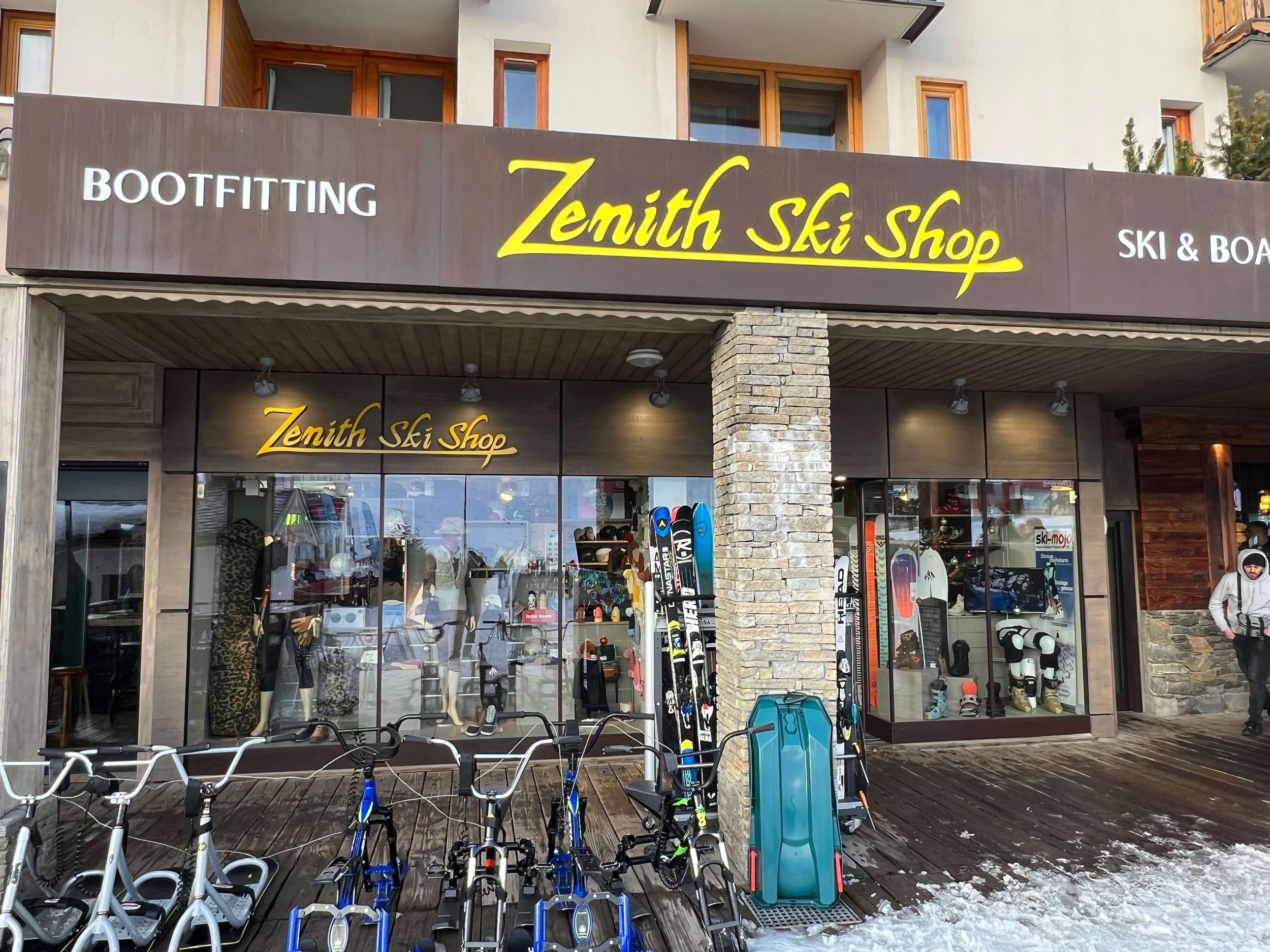
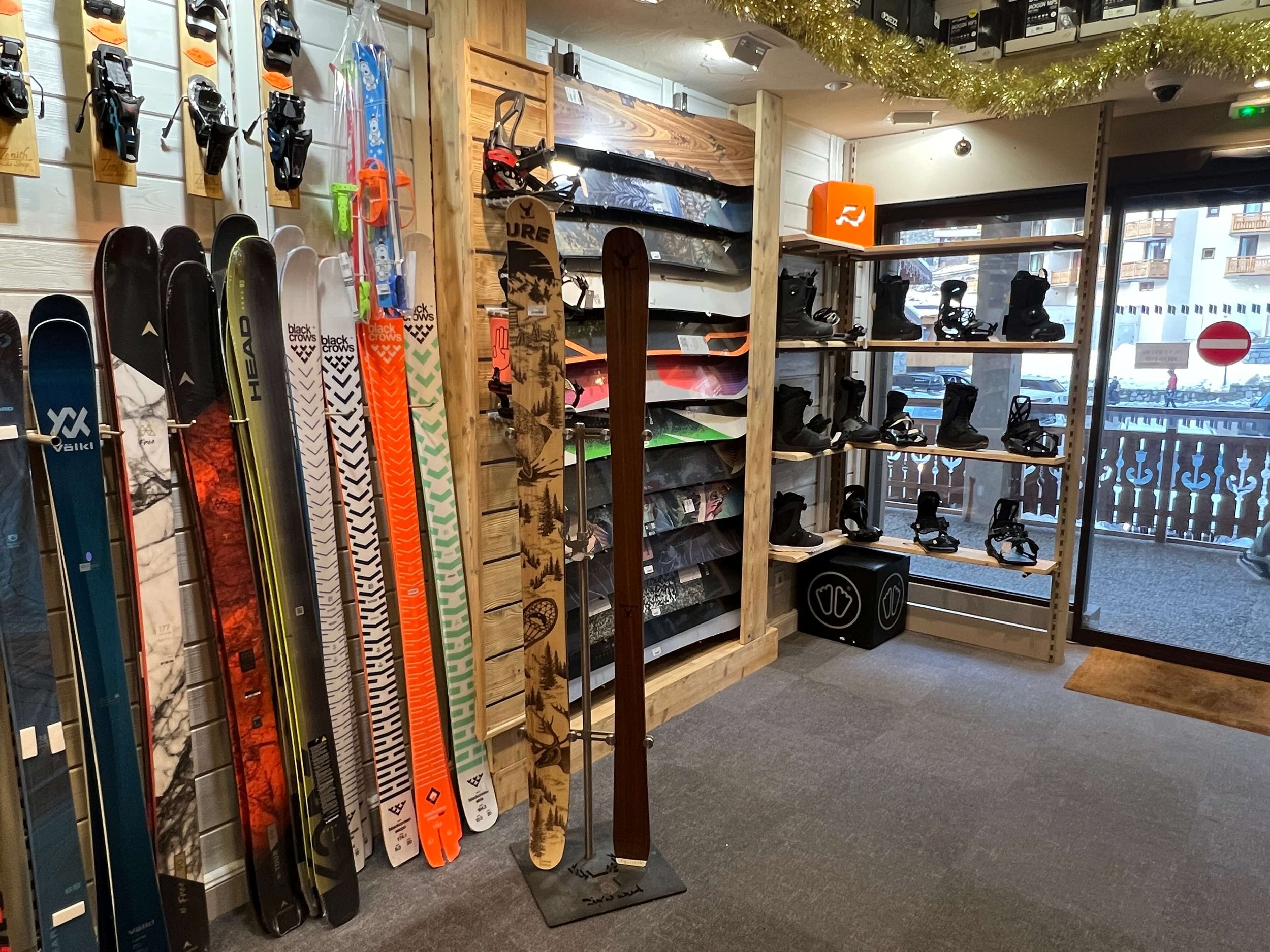
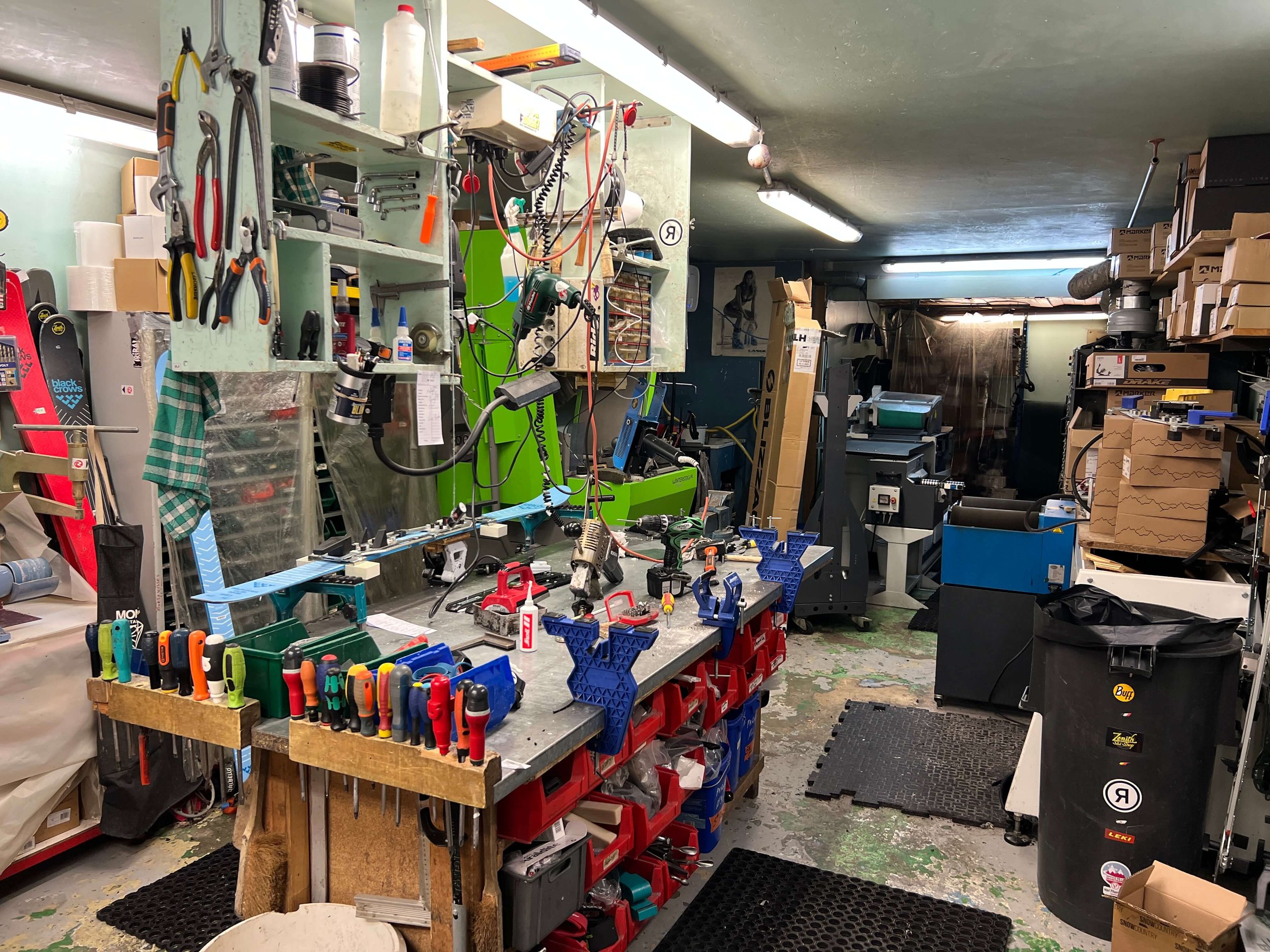
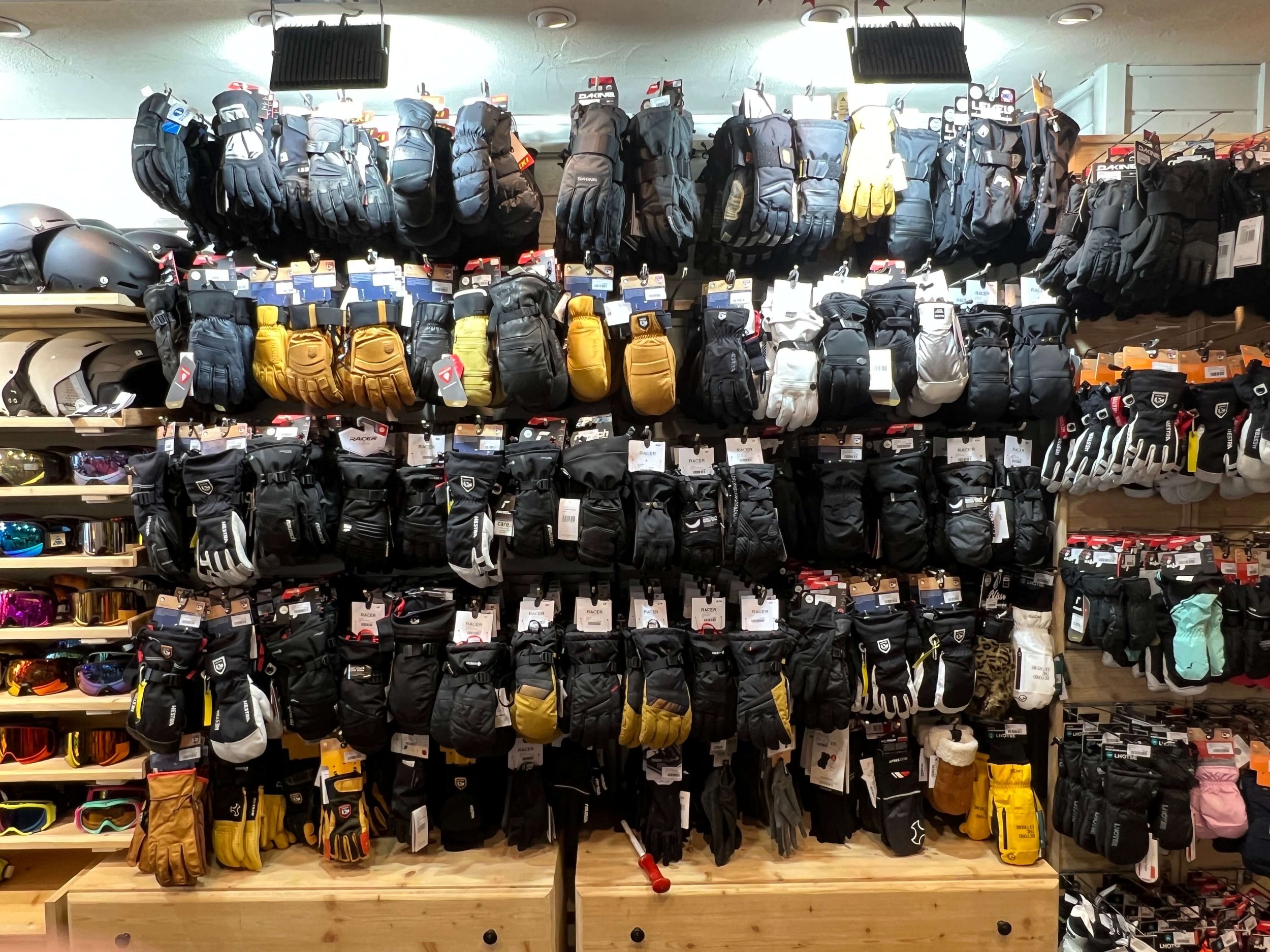
VAL THORENS FINAL THOUGHTS
Val Thorens is always going to be one of the best options for ski holidays in Europe. When you combine the highest resort village, with terrain above 2000m, and a large connected ski area Val Thorens packs a punch. The village and local area have everything you require in a ski resort base and it is hard to argue against returning to the resort year after year.
Cerro Catedral Ski Resort Guide
If you are looking for a well-developed ski resort in South America, well Cerro Catedral is your best option. The largest ski area in South America, Cerro Catedral has it all. A one-stop-shop for experiencing the best of the Argentine ski scene. At Cerro Catedral ski resort you will not only find some incredible terrain but you will find the views to match. Catedral’s location looking over Lago Nahuel Huapi is stunning and firmly cements its place amongst the most scenic ski resorts in the world.
Views from @ Cerro Catedral Across Lago Nahuel Huapi
CERRO CATEDRAL FIRST IMPRESSIONS
Flying into the local town of Bariloche it is easy to see what draws not only mountain lovers but tourists to this area. The Andes are spectacular and the location of Bariloche on the banks of Lago Nahuel Huapi is something extra special. You will need to leave the town of Bariloche and drive just over 16km to reach the resort and village base at Cerro Catedral. Now known as Catedral Alta Patagonia, the resort and village are about as modern as it comes in South America. You will find a fully functioning ski town, with accommodations and ski shops lining the pathways to the lifts. A particular highlight is the smell coming from Rapanui, a delightful chocolatier you will find both in Catedral and Bariloche.
CERRO CATEDRAL SKI RESORT
Catedral Alta Patagonia is huge and offers the largest lift accessible ski area in South America. There are over 30 lifts to transport you uphill around the 3000 acres of ski area here. There is an expanse of off-piste and sidecountry terrain at Cerro Catedral and this can make the skiable terrain seem endless. Inbounds you will find 120km of pistes that are most suited to intermediate skiers and snowboarders. Snowboarders who love to cruise the blues will really enjoy Cerro Catedral and if you are a competent red rider then Panorama will be a favourite. Panorama is a beautiful red run that winds its way from the top of Nubes chair offering (yes you guessed it,) panoramic views of Lago Nahuel Huapi and the Andes mountains.
Beginners will be happy enough at Catedral with a designated beginners area at the base and at mid-mountain. If you are learning for the first time whilst visiting Catedral aim to visit outside of the holiday season as the resort can get swarmed by Brazilian tourists making the learner slopes pretty hectic.
La Laguna Off-Piste @ Cerro Catedral
Where Catedral Alta Patagonia comes alive is in the advanced terrain. When conditions are good at Catedral this is one of the best resorts you can be at. The short hike into La Laguna is well worth it and offers up a good range of off-piste options. In La Laguna, you can hike to the imposing granite towers that give Catedral its name. This area is where we had our best days at Cerro Catedral ski resort, exploring the terrain and finding new ways to snowboard back down into the resort. Advanced skiers and boarders will also appreciate the lift accessible turns you can get straight from the Nubes chairlift. Directly under the chair, there are some steep runs lined with rocks however, these can get tracked quickly during the peak periods.
If you find value in this content please consider supporting the website by clicking the image below and buying me a coffee.
CERRO CATEDRAL FOR BEGINNERS
Beginner skiers and snowboarders will find a few areas to learn at Cerro Catedral with magic carpets and beginner’s lifts right outside Plaza Amancay and at the top of both Princesa 1 and Amancay gondolas. The beginner areas at Catedral can be really busy during holiday periods with an influx of Brazilian tourists learning to ski for the first time. Away from the never-ever slopes, Catedral ski resort has some interesting greens on the lower mountain. In the right conditions, beginners can ski from Esquiadores chair back to the base via a winding green trail 1200.
The main greens at Cerro Catedral are on the lower mountain meaning that they can be subject to poor conditions late in the season or during a lean snow year.
CERRO CATEDRAL FOR INTERMEDIATES
Intermediates will find no shortage of blue and red trails at Catedral Alta Patagonia. The reds and blues link together nicely across the mountain to ensure that intermediates can pick their preferred route down to the base.
The area underneath the Condor 1,2, & 3 chairs link together some long trails that head down to the base area. Beware, the Condor chairs are pretty old-school and not known for their speed. Elsewhere the Nubes chairlift accesses not only one of the prettiest runs on the mountain, Panorama, but also some interesting blues, Nuber and Paralela, which run alongside the Cerro Catedral terrain park.
CERRO CATEDRAL FOR ADVANCED
Although Cerro Catedral ski resort caters well to intermediates it is for the advanced skier that it comes into its own. The Nubes area was amongst my favourite hangouts with some great off-piste routes which pick their way between the rocks and are lift-accessible.
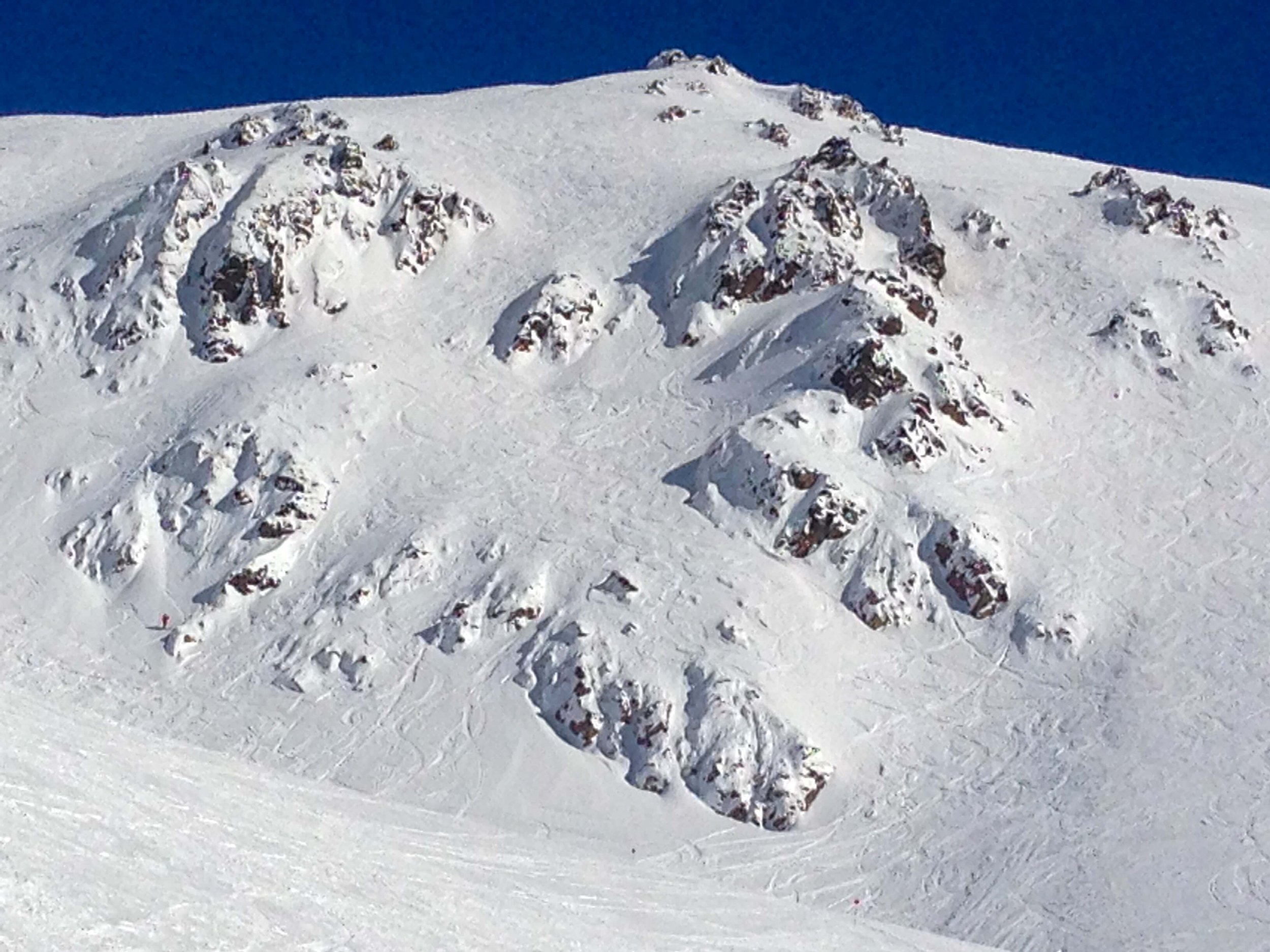
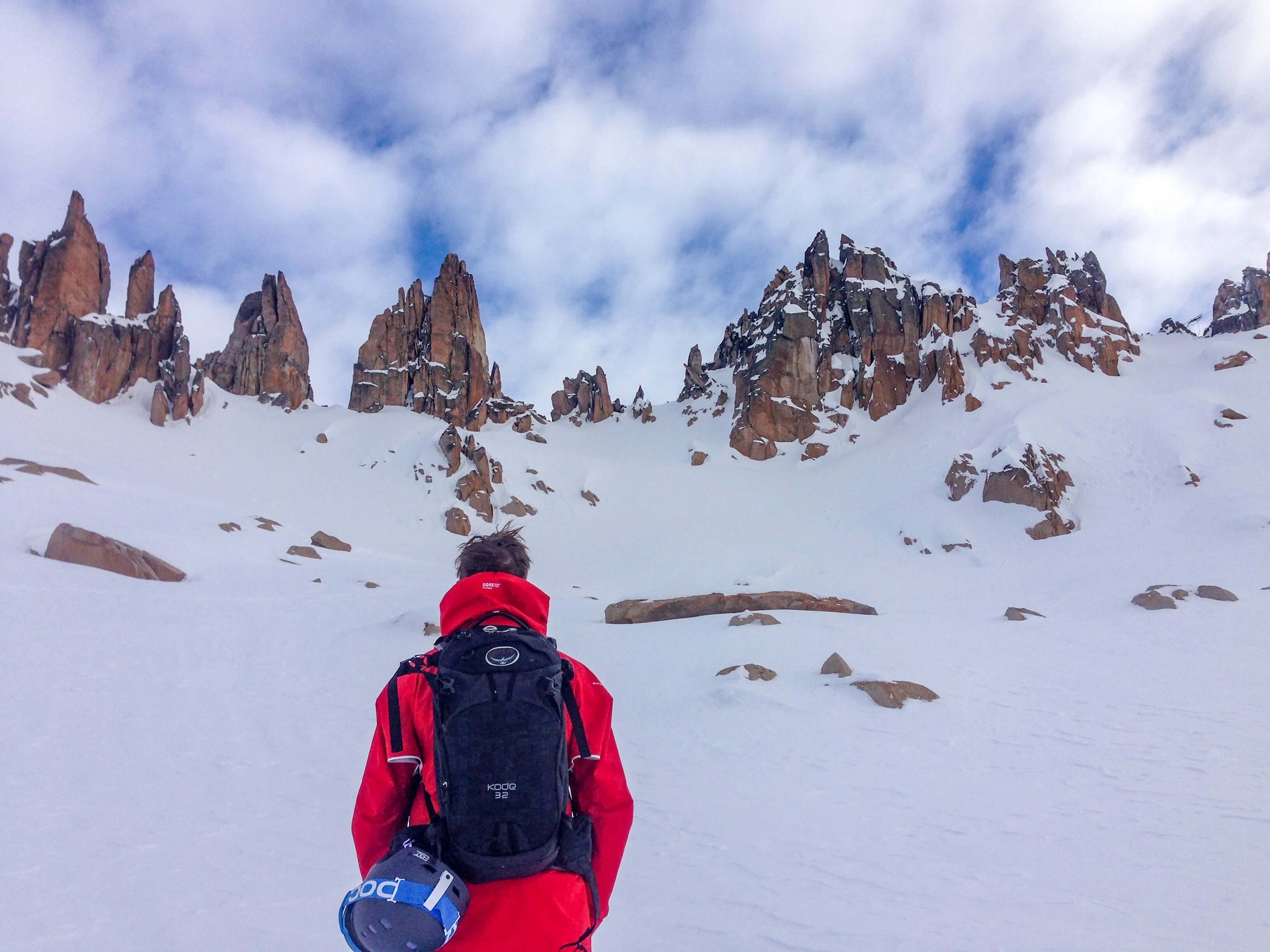
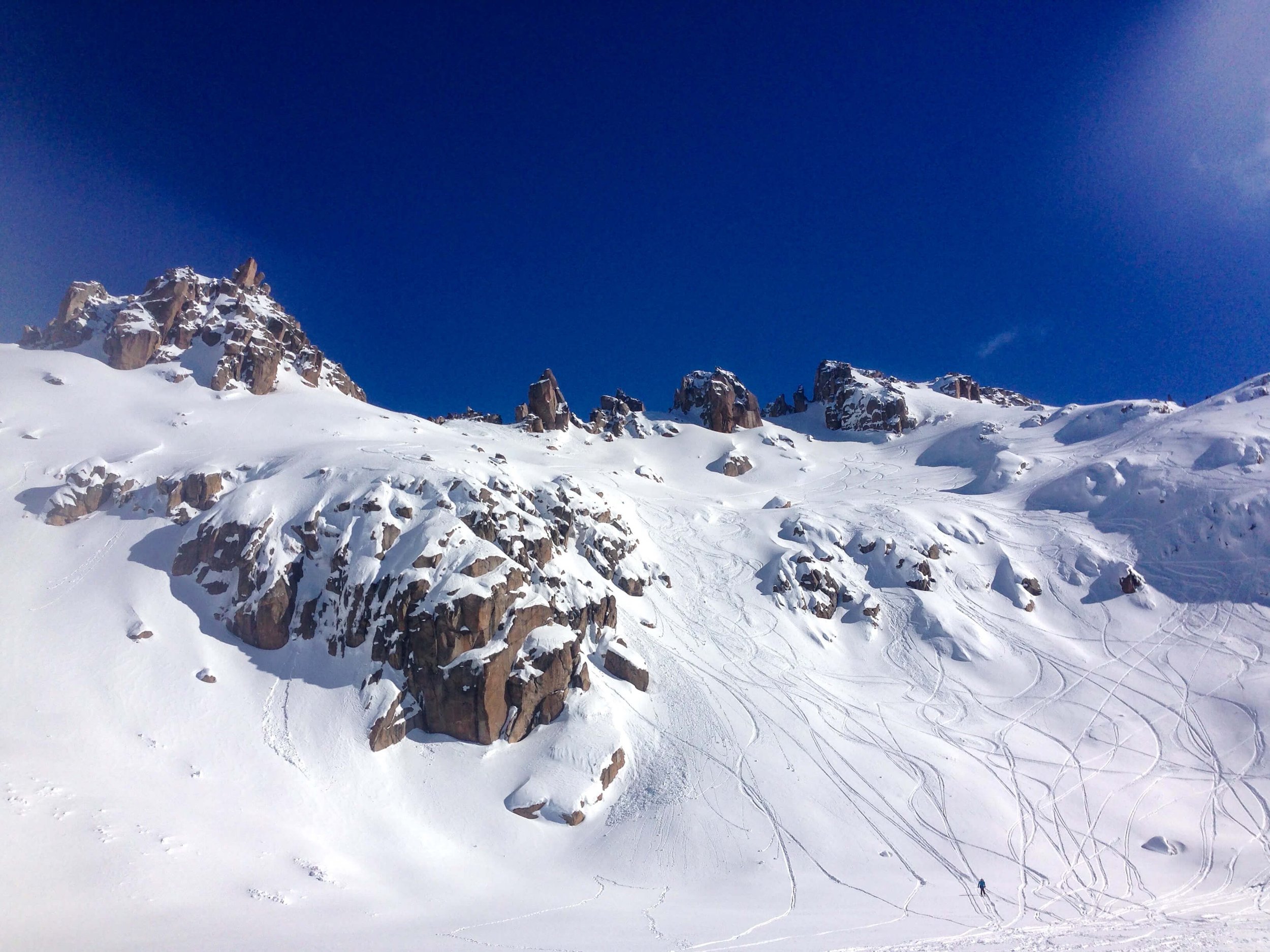
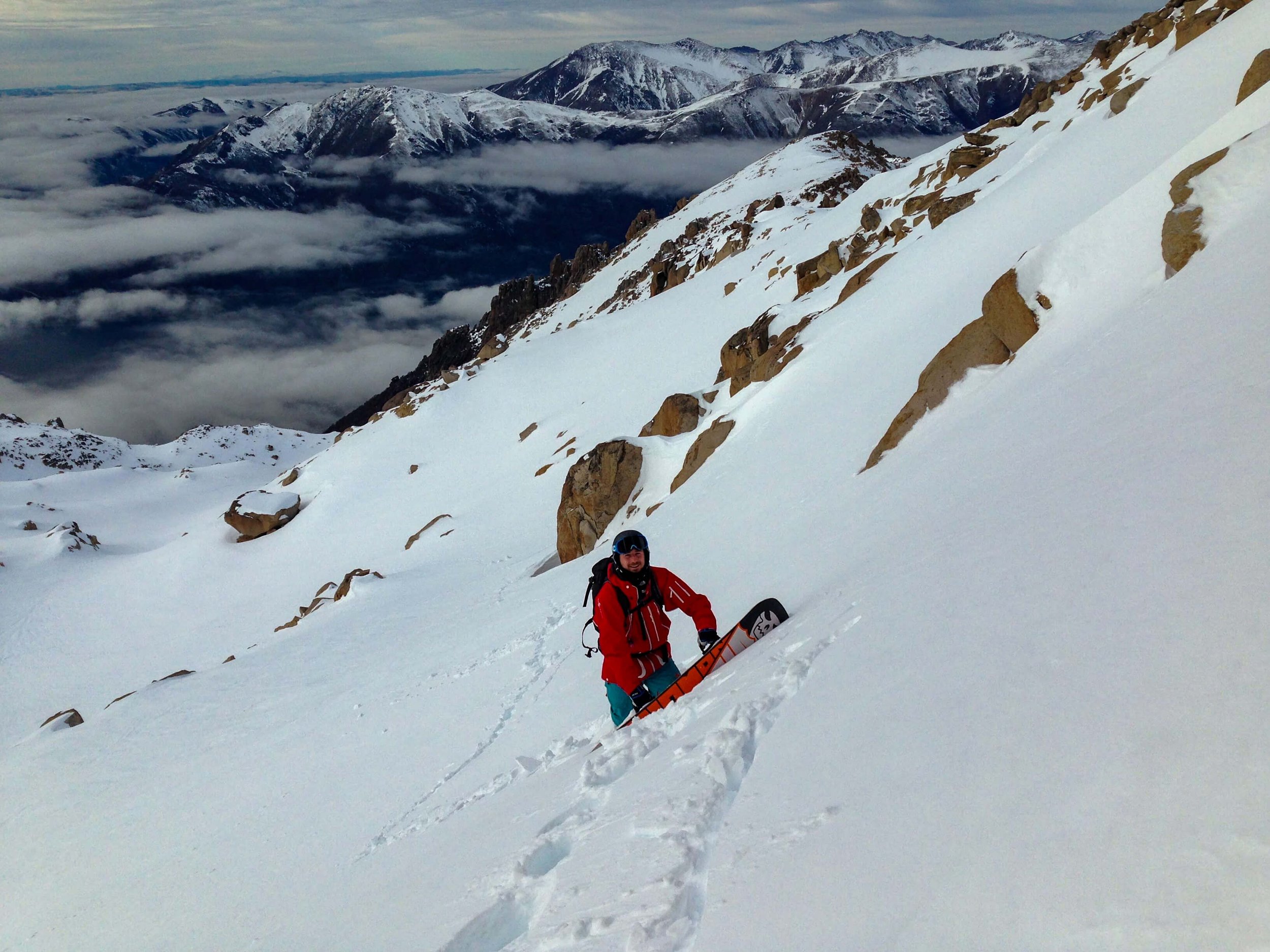
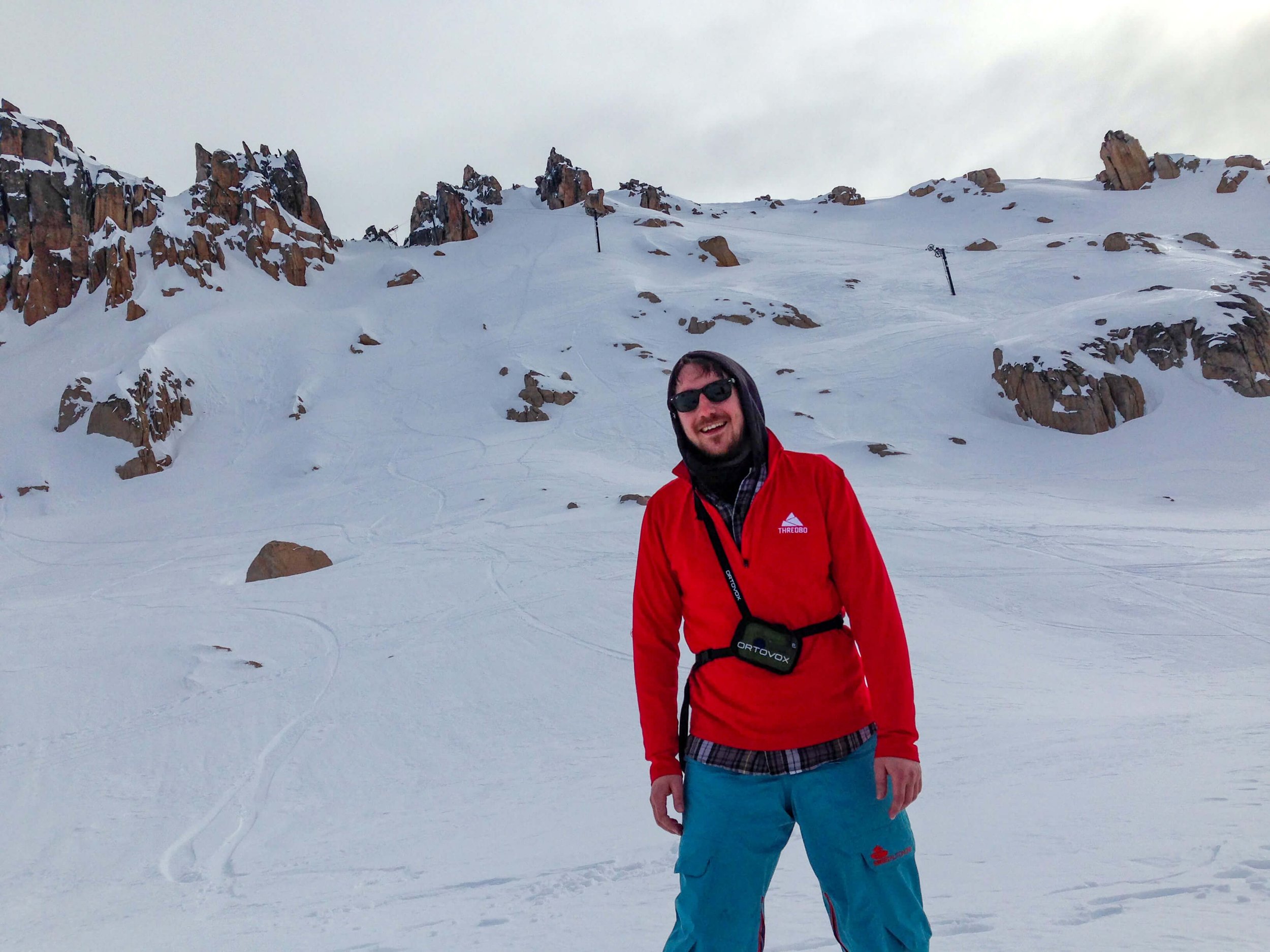
If you do not mind a short hike, then the La Laguna area is of absolute interest. It is here following the hike to 2180m and standing amongst the granite peaks that I enjoyed some of my most memorable days at Catedral.
CERRO CATEDRAL FREESTYLE
Cerro Catedral has a decent terrain park with its own quad chairlift making it simple to lap. The park has a number of freestyle features that progress in difficulty. The terrain park is located under Nubes and is well-maintained with regular staff ensuring that features are safe and fun.
CERRO CATEDRAL PISTE MAP
Catedral Alta Patagonia Piste Map
LIFTS AT CERRO CATEDRAL
The quality and speed of lifts at Cerro Catedral vary greatly. The Sextuple will be your fastest and most direct way to access the centre of the resort. Alternatively, you can take the arduous journey up the three old Condor chairs. This route is sometimes worth it when the crowds swamp the Sextuple. There is also an old gondola, Amancay, which accesses some of the beginner terrain and will get you closest to La Laguna. My favourite lift in the resort is the Nubes chair which takes you to some of the best views and runs on the mountain.
CERRO CATEDRAL SNOW RECORD
The snow at Cerro Catedral can be hit or miss and although the average snowfall in the resort is 6m per season it can be wet and heavy. The snow towards the base tends to worsen throughout the day and the season and it is possible you will be required to down lift. The upper slopes tend to stay in good condition and this is where the majority of the challenging terrain is found.
CERRO CATEDRAL SEASON DATES
The season at Cerro Catedral Alta Patagonia runs between June and October. The early and late season conditions can be fairly average so we would recommend visiting between August and early September.
CERRO CATEDRAL LIFT TICKTS
When buying your lift tickets for Cerro Catedral it is best to look in advance at the weather forecast. Patagonia is prone to some pretty serious weather systems that can cause down days. Cerro Catedral offers Flexi pass options which are great for this purpose.
For prices and the most up-to-date information on lift tickets for Cerro Catedral click here
TRAVEL TO CERRO CATEDRAL
GETTING TO ARGENTINA
Argentina is the 8th largest country in the world so getting around can involve long journeys. You will most likely enter via plane into Buenos Aires EZE or Ministro Pistarini Internation Airport. From here if you intend to take an internal flight you will need to transfer to AEP or Jorge Newbery Airport. From AEP you can fly directly to Bariloche.
WHERE IS CERRO CATEDRAL?
Cerro Catedral is the closest ski resort to the town of San Carlos de Bariloche in Argentina’s Lake District. Set within the area of the Nahuel Huapi National Park and near Lago Nahuel Huapi, Cerro Catedral is in a stunning location. To get to Bariloche from Buenos Aires the quickest route is to take a flight into Bariloche airport which will take around 2 hours. The airport is outside of Bariloche and you will need to either take the bus or a taxi into the town.
CERRO CATEDRAL ACCOMMODATION
The town of Bariloche is bustling with activity and would be a great place to base yourself during your stay at Cerro Catedral. There are plenty of accommodation options ranging from hostels to boutique hotels. If you stay in Bariloche you will need to take the bus to Cerro Catedral, hitchhike, or hire a car.
Alternatively, it is possible to stay in the village base area at Cerro Catedral. The village has a wide selection of accommodation and amenities. Most accommodation is a short walk from the slopes and the restaurants or bars in the village.
I opted to stay at a hostel halfway between Bariloche and Cerro Catedral called Alaska Hostel. We found this location great for both ease of getting to Cerro Catedral and also trips into town.
CERRO CATEDRAL PROS
Cerro Catedral has incredible lift-accessed side-country that offers plenty of challenges.
Modern lifts can be found at Catedral although the slow ones also remain… The offer is good though when compared to other South American ski resorts.
At Catedral Alta Patagonia you have the option of flexible lift passes which are a good choice with variable weather.
The resort of Cerro Catedral is stunning with some of the best views of any ski resort I have visited.
CERRO CATEDRAL CONS
July can be busy at Catedral with it being a busy holiday season. This results in queues on the lower mountain. Once up the mountain, crowds tend to spread.
Early and late season can require down lifting to the base area due to poor snow conditions.
Catedral can be expensive to visit when you factor in the cost of international flights.
CERRO CATEDRAL ACTIVITIES
There is a range of local ski schools at Cerro Catedral but if you want a proper adventure look into booking a trip with SASS Global Travel. SGT offers some intensive guided programs to help you make the most of the Cerro Catedral backcountry.
CERRO CATEDRAL GALLERY
CERRO CATEDRAL FREQUENTLY ASKED QUESTIONS
HOW HIGH IS CERRO CATEDRAL SKI RESORT?
The highest lift-accessible point at Cerro Catedral is Nubes at 2100m. You can reach higher peaks by ski-touring into La Laguna where the peak is 2180m. With Nubes standing at 2100m there is a 1070m vertical drop back to the base area.
WHAT IS THE CLOSEST AIRPORT TO CERRO CATEDRAL?
The closest airport to Cerro Catedral is San Carlos de Bariloche which is located in the nearest town. International visitors will need to enter Argentina via either of the two main Buenos Aires airports before catching a connection to Bariloche.
HOW DO YOU GET TO CERRO CATEDRAL SKI RESORT?
From Buenos Aires, you have two main options… the long coach journey or the two-hour flight to Bariloche. Once in Bariloche, you will still need to travel to the resort. You can do this by hiring a car or travelling by public bus, though the buses can be extremely packed. It is also possible to hitchhike in Argentina and we always tried our luck whilst waiting for the bus.
IS IT EXPENSIVE TO SKI IN ARGENTINA?
The answer to whether Argentina is an expensive location to ski in isn’t simple. Ultimately, the cost of your trip to Cerro Catedral will depend on how and where you exchange your cash. I know this is true for most countries but none quite like Argentina. In Argentina there are two currency rates, the bank rate and the black market rate, with the latter offering up to 33% more for your money. Changing money on the streets in Argentina is easy and for the most part safe. If in doubt, I used a company called Azimo which provided the black market rate with currency collection from a bank.
IS BARILOCHE SAFE?
Our experience of Bariloche is that it is a safe place to visit. As with most places, beware of normal tourist crimes such as; pickpocketing or thefts of unattended bags. In general, the people in Bariloche were very kind and welcoming.
WHEN CAN YOU SKI OR SNOWBOARD IN BARILOCHE?
The ski season in Bariloche runs between June and October although the optimal months to visit would be August and September. July can be extremely busy and the early and late season snow is unpredictable.
CARE TO SHARE?
IF YOU FOUND THIS POST USEFUL AND YOU THINK IT MAY ALSO HELP OTHERS, PLEASE LIKE, SHARE AND COMMENT TO PROMOTE IT TO OTHERS
If you find value in this content please consider supporting the website by clicking the image below and buying me a coffee.
RECENT RESORT GUIDES
Paradiski Ski Area Guide
A combination of three ski resorts; La Plagne, Les Arcs and Peisey-Vallandry make up the third largest ski area in the world with a huge 425km of pistes awaiting you when visiting this mega ski resort in Frances Tarentaise Valley. Paradiski is an amalgamation of high altitude skiing with slopes to suit all abilities making it a firm favourite with families.
Skier enjoying what is left of the fresh snow in Les Arcs
PARADISKI AREA GUIDE
If you are looking for a ski area that has guaranteed snow then the Paradski area could be an awesome choice. With the majority of its skiable terrain above 2000m and glaciers in both Les Arcs and La Plagne you cant do much better. Skiing and snowboarding are possible to 3250m on the glacier Bellecôte with reliable snow-fall and good snow cannon coverage complenting each other throughout the five month season. The ski area of the Paradiski opens in mid December and closes in April.
The combination of three resorts is more likely two resorts with Peisey-Vallandry blending well into the Les Arcs infrastructure. Across the 425km of pistes you will find 260 pistes and well over 100 lifts in what is a fantastic infrastructure. The lifts across the Paradiski are mostly modern with the Vanoise Express holding the world record for speeds.
It is fair to say that the resorts within the Paradiski can feel less ski resort and more individual villages with many accommodation bases spread across the mountain. This contributes to the Paradiski having villages with their individual charm and feel. As such there is no real base for Après ski across Les Arcs or La Plagne although Arc 1800 and Belle Plagne do a good job of throwing a party.
The Paradiski is one of the most visited ski resorts in the world which is in some part down to its accessibility. Train routes run from London into Bourg St Maurice and regular flights/transfers are available from Geneva.
IF YOU FIND VALUE IN THIS POST CONSIDER CLICKING THE BUYMEACOFFEE LINK BELOW TO SUPPORT MY CONTENT.
SNOWBOARDING IN THE PARADISKI
Both the Paradiski resorts of Les Arcs and La Plagne are renowned for being beginner/intermediate accessible with the majority of the terrain-wide cruisey blues. From 260 slopes there are nearly 140 blue pistes which go some way to demonstrate this point, with blue routes available across the Paradiski. This ensures that the entire Paradiski is accessible to everyone which is perfect for skiers and snowboarders looking to explore the whole area.
Beginners will also appreciate the free beginner zones that are available with nursery slopes in some Paradiski villages. Consider basing yourself in Arc 1800 or Plagne Centre if you are a never ever heading to the snow for the first time.
For those of you who struggle to wait to get your Après on, then a unique run in La Plagne is the disco tunnel. The tunnel which connects the resorts of Belle Plagne and Plagne Bellecôte features disco lights and music. This isn’t something I have experienced elsewhere so it definitely makes for a unique experience.
Freestyle skiers and snowboarders will appreciate the terrain parks across the Paradiski with large multi-line terrain parks in Les Arcs 1800 and Belle Plagne. The freestyle scene is significant in the Paradiski so expect big jumps galore. If you are looking to experience freestyle skiing and snowboarding for the first time then do not worry as there are designated beginner terrain parks and fun-cross runs across the resorts.



